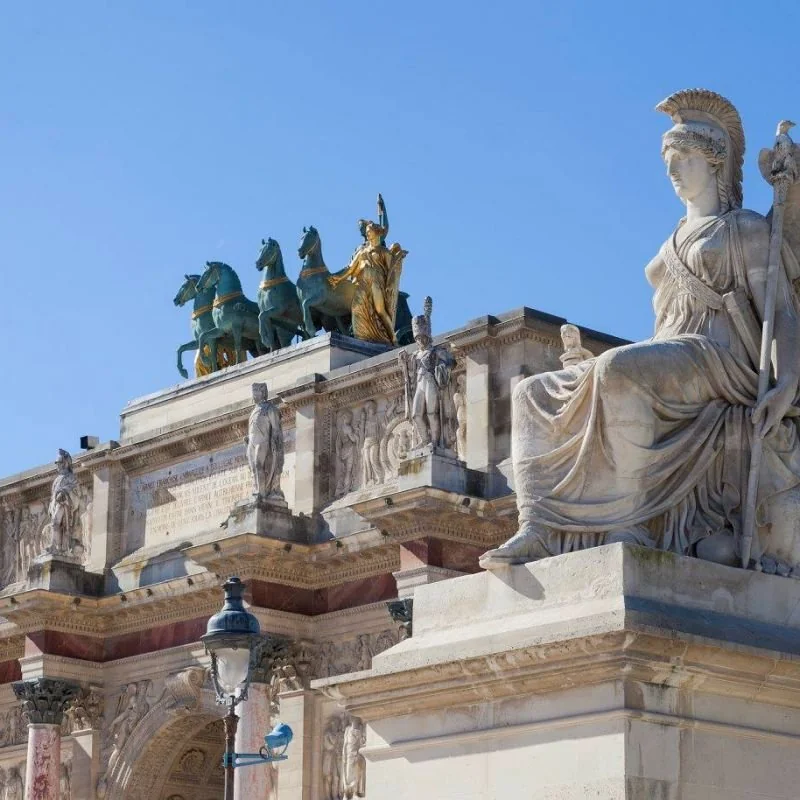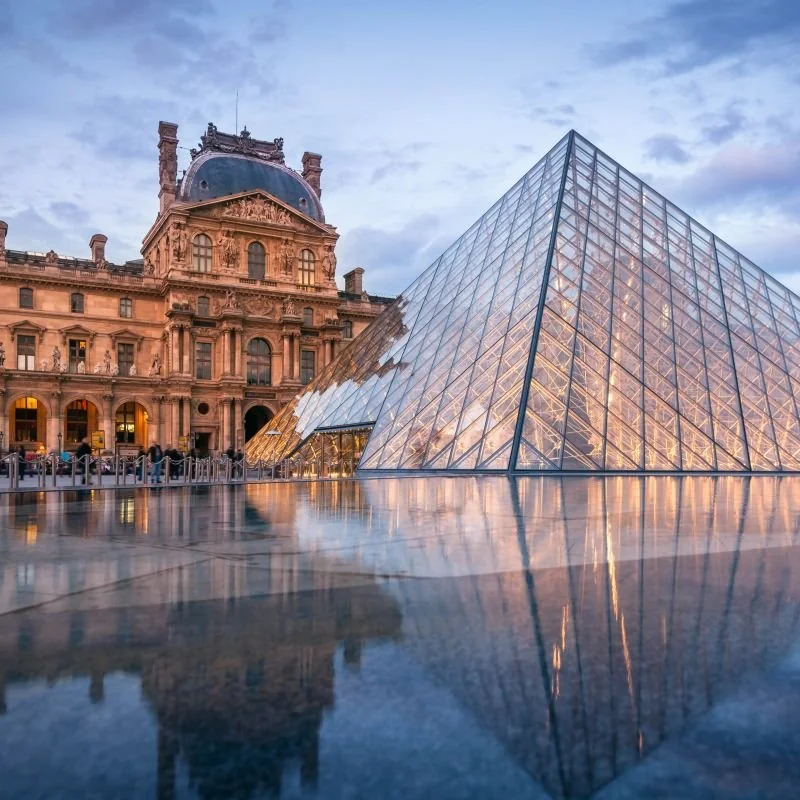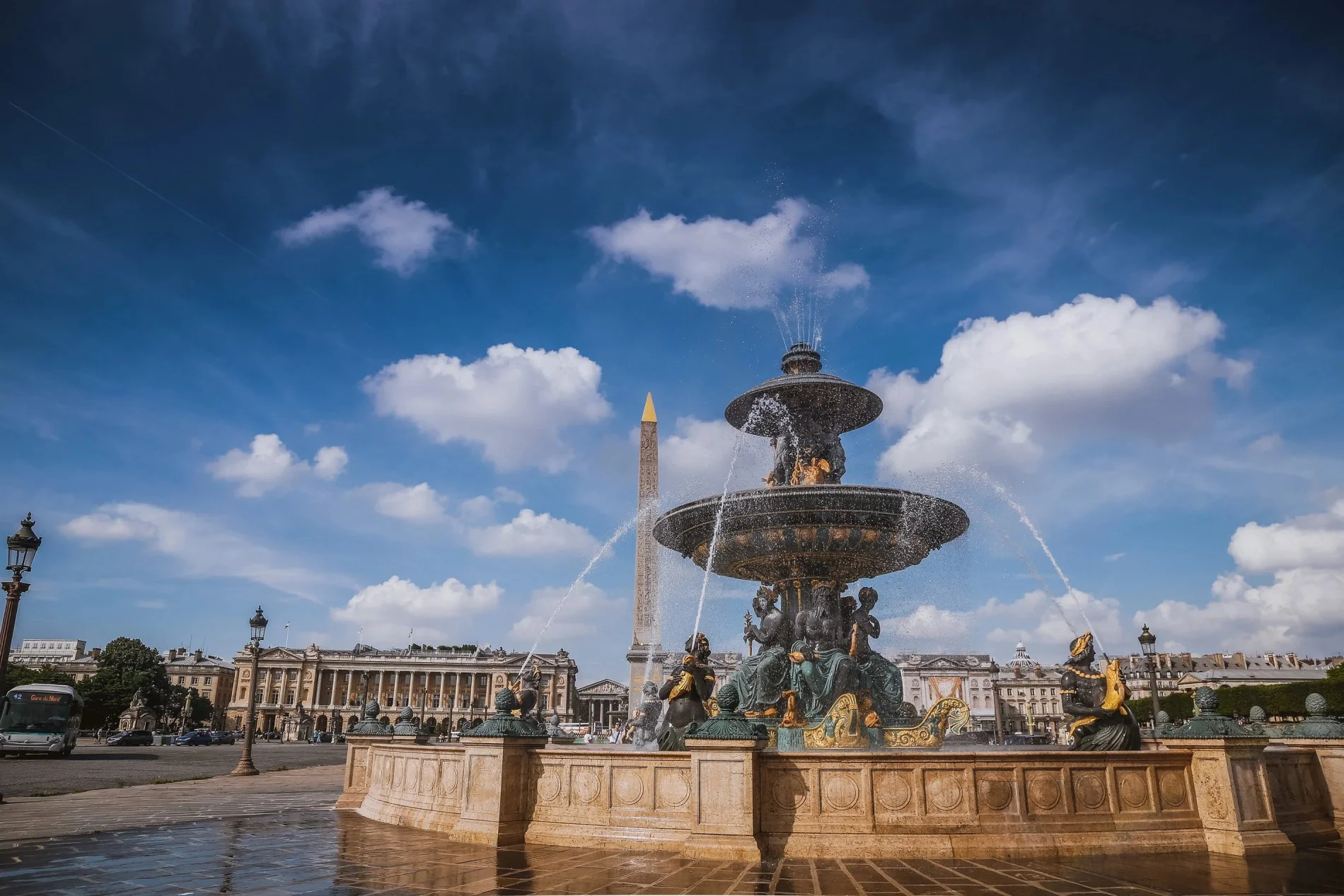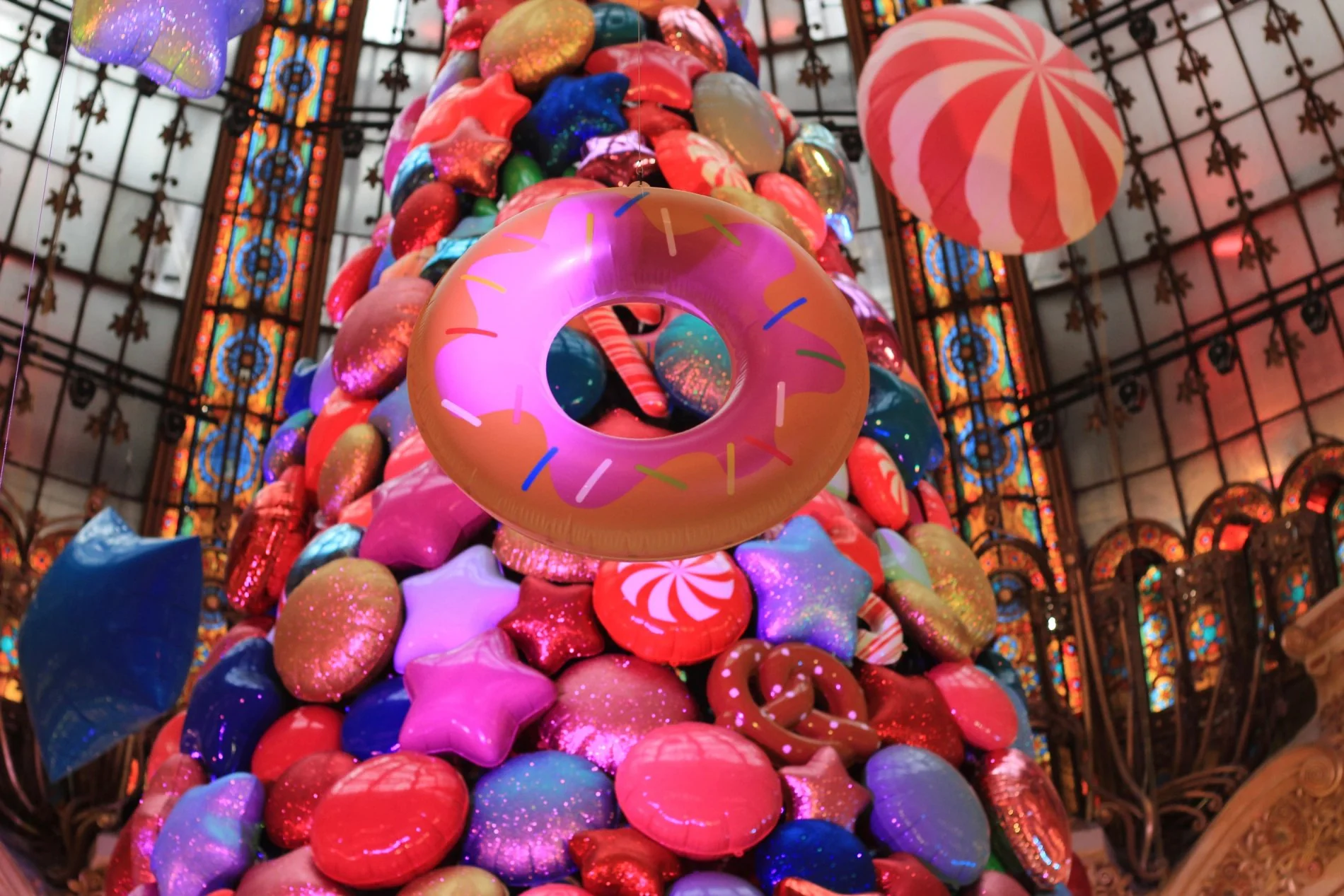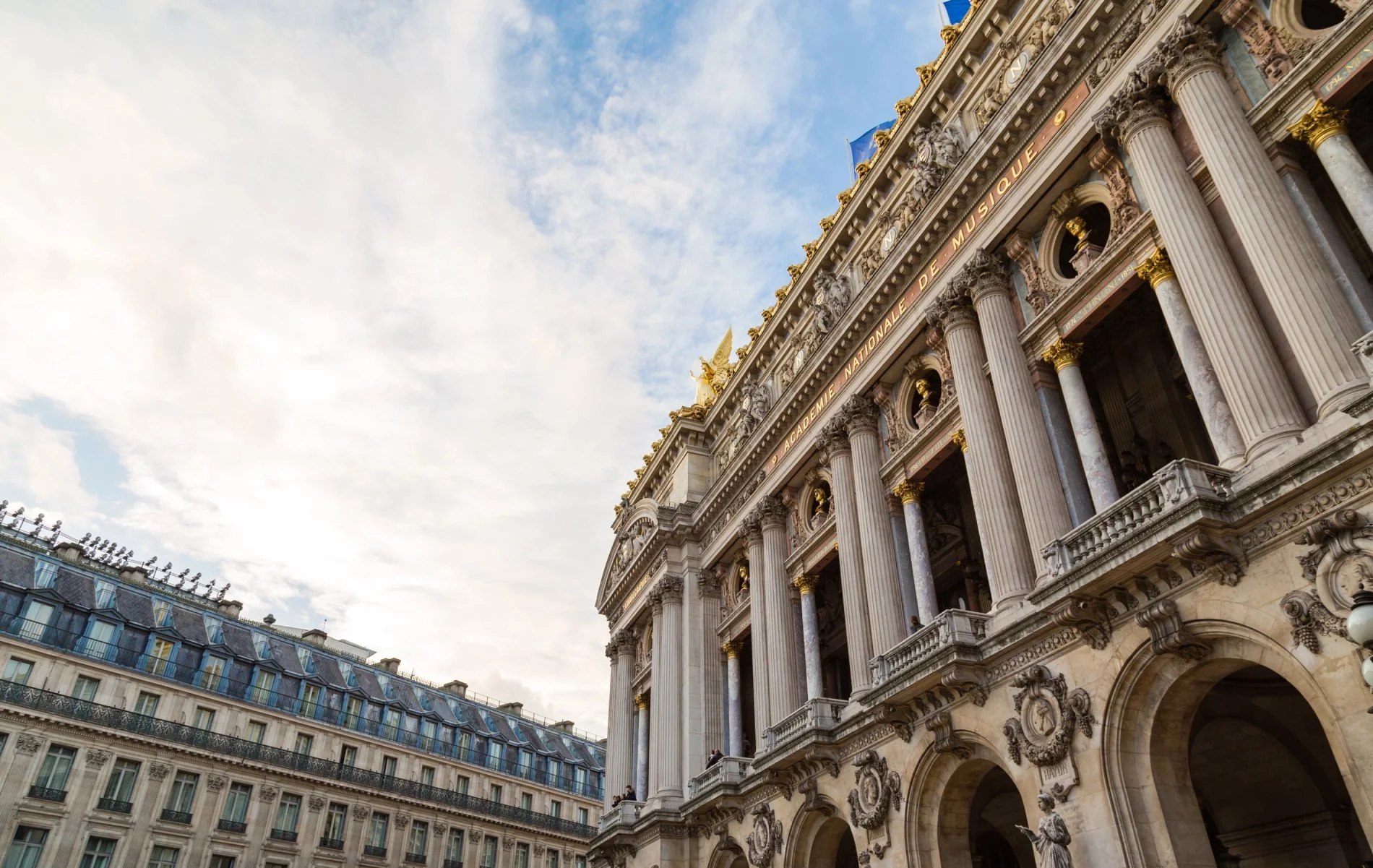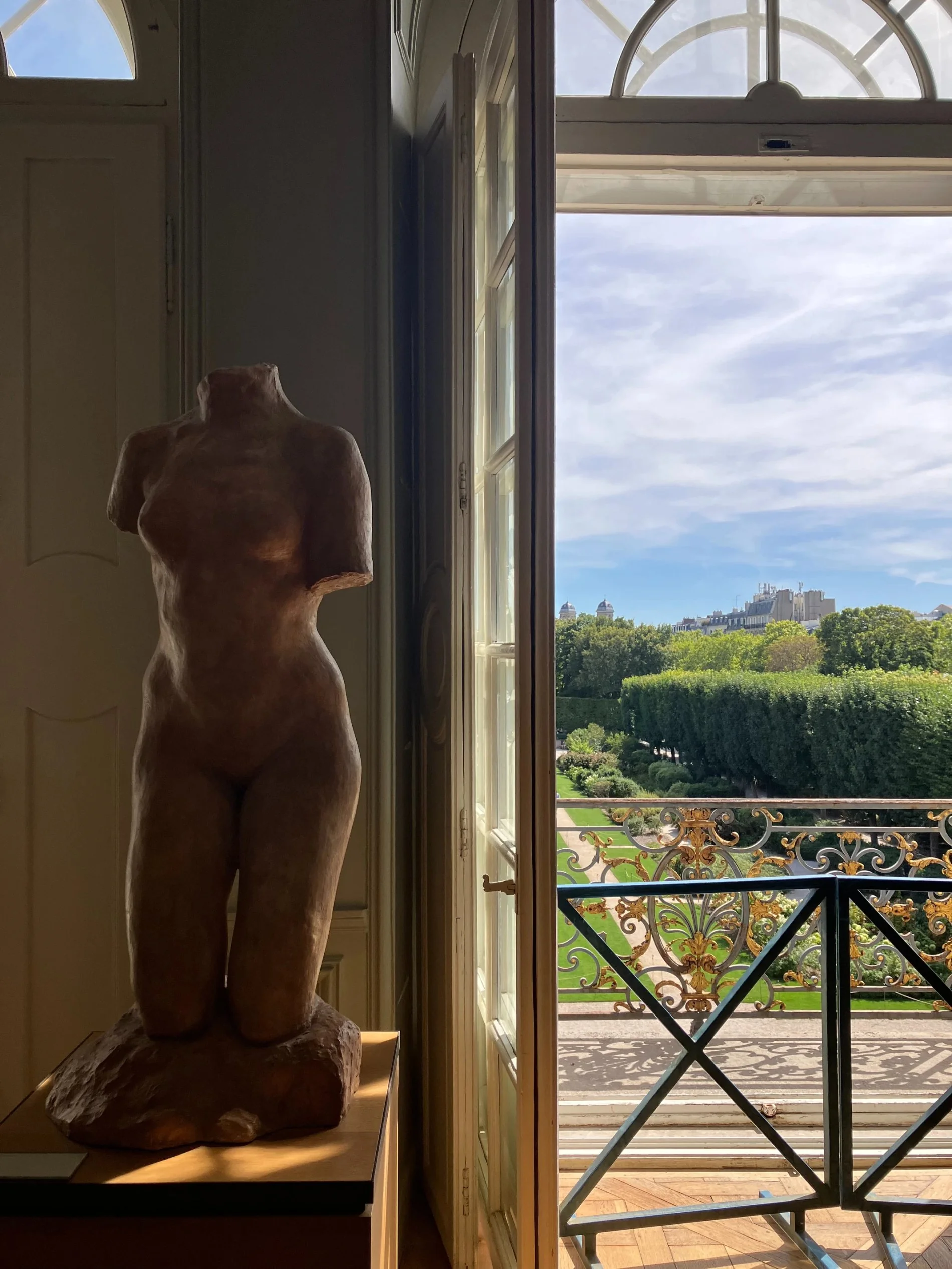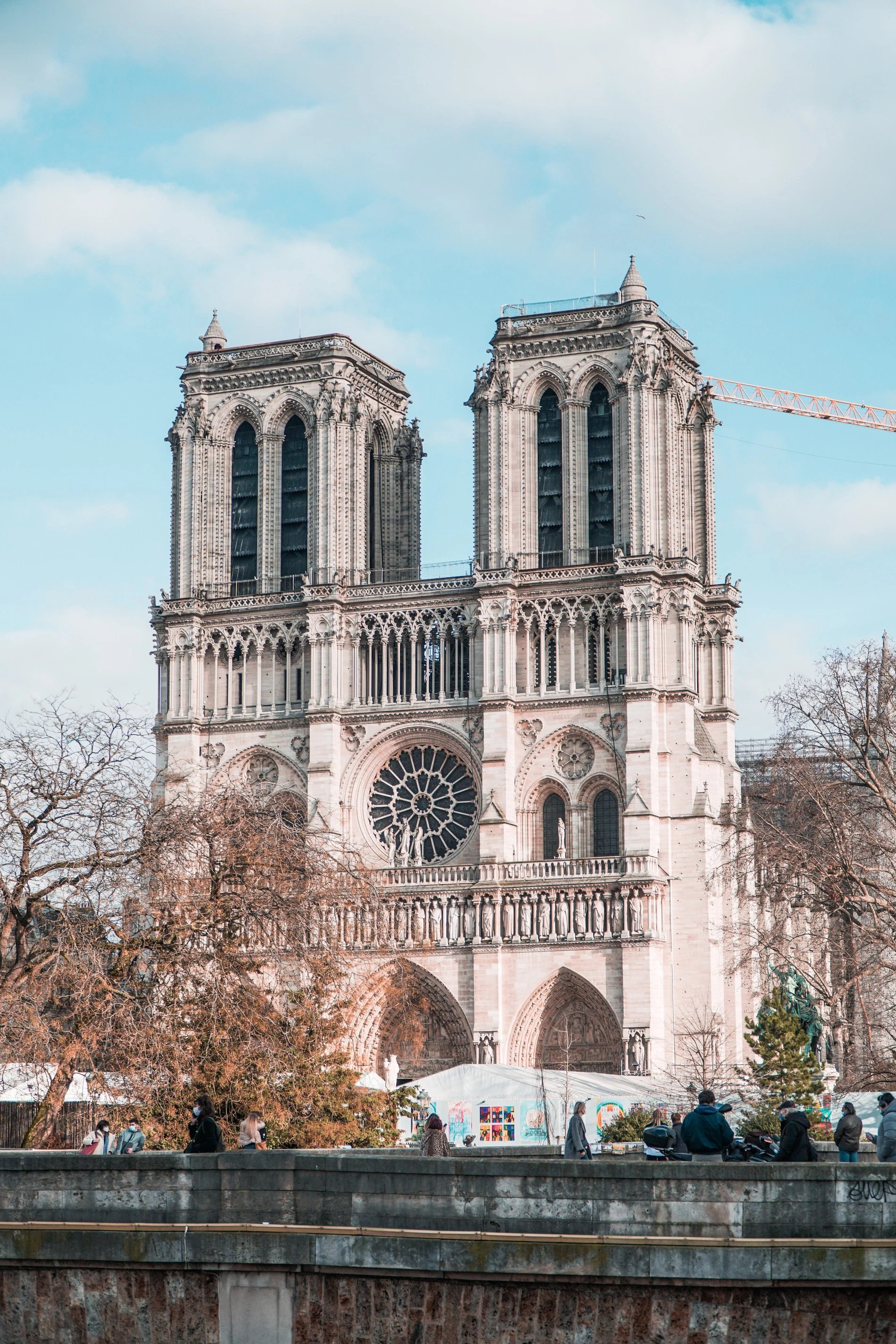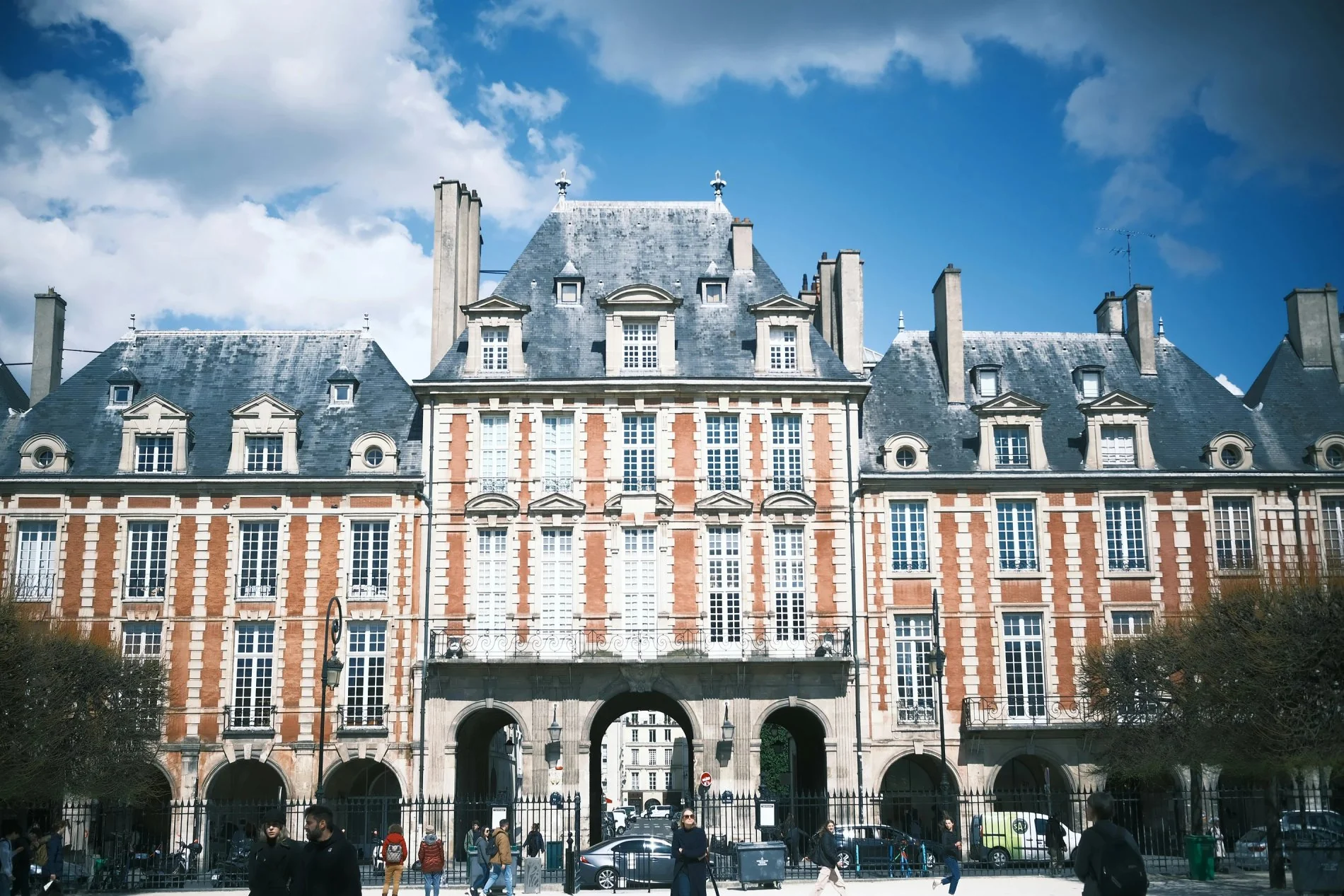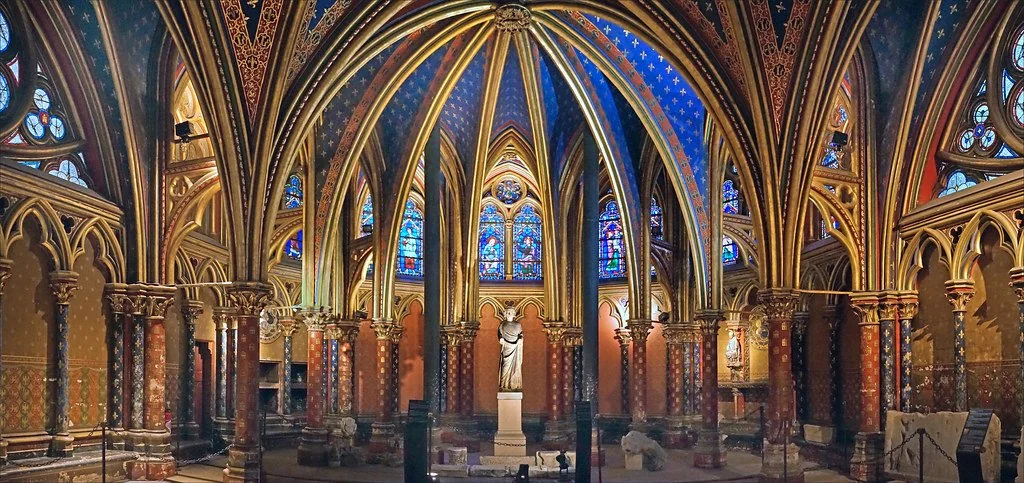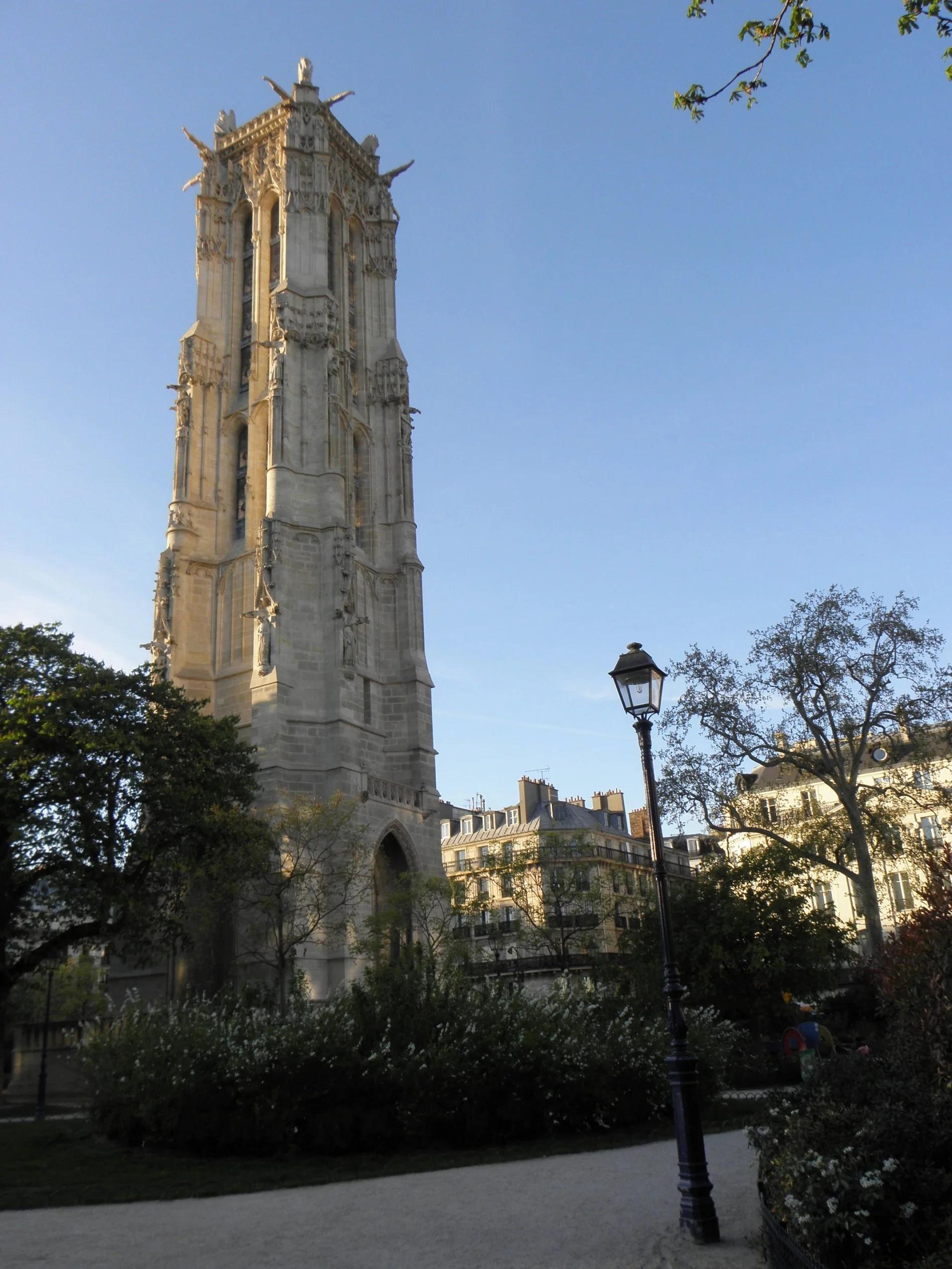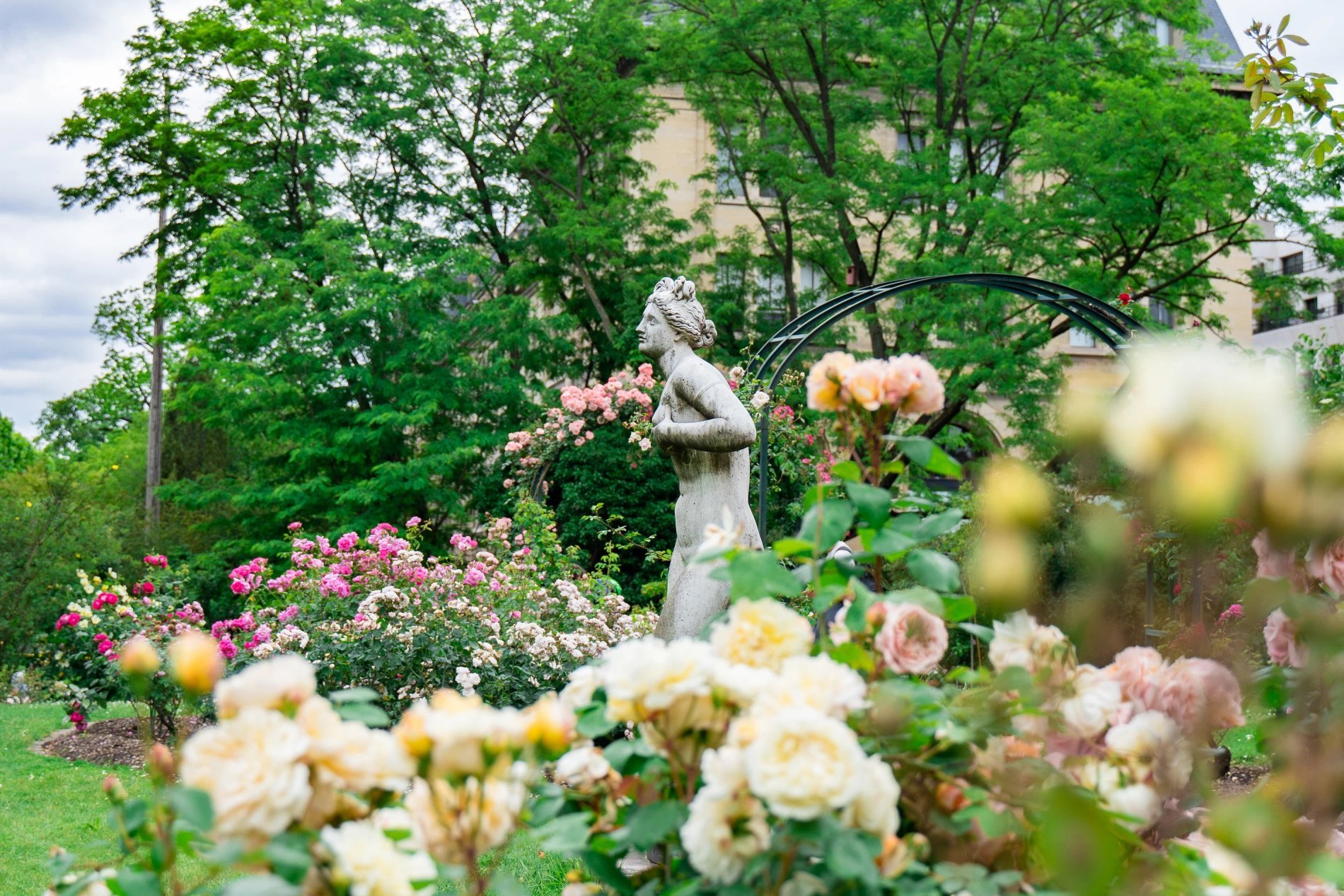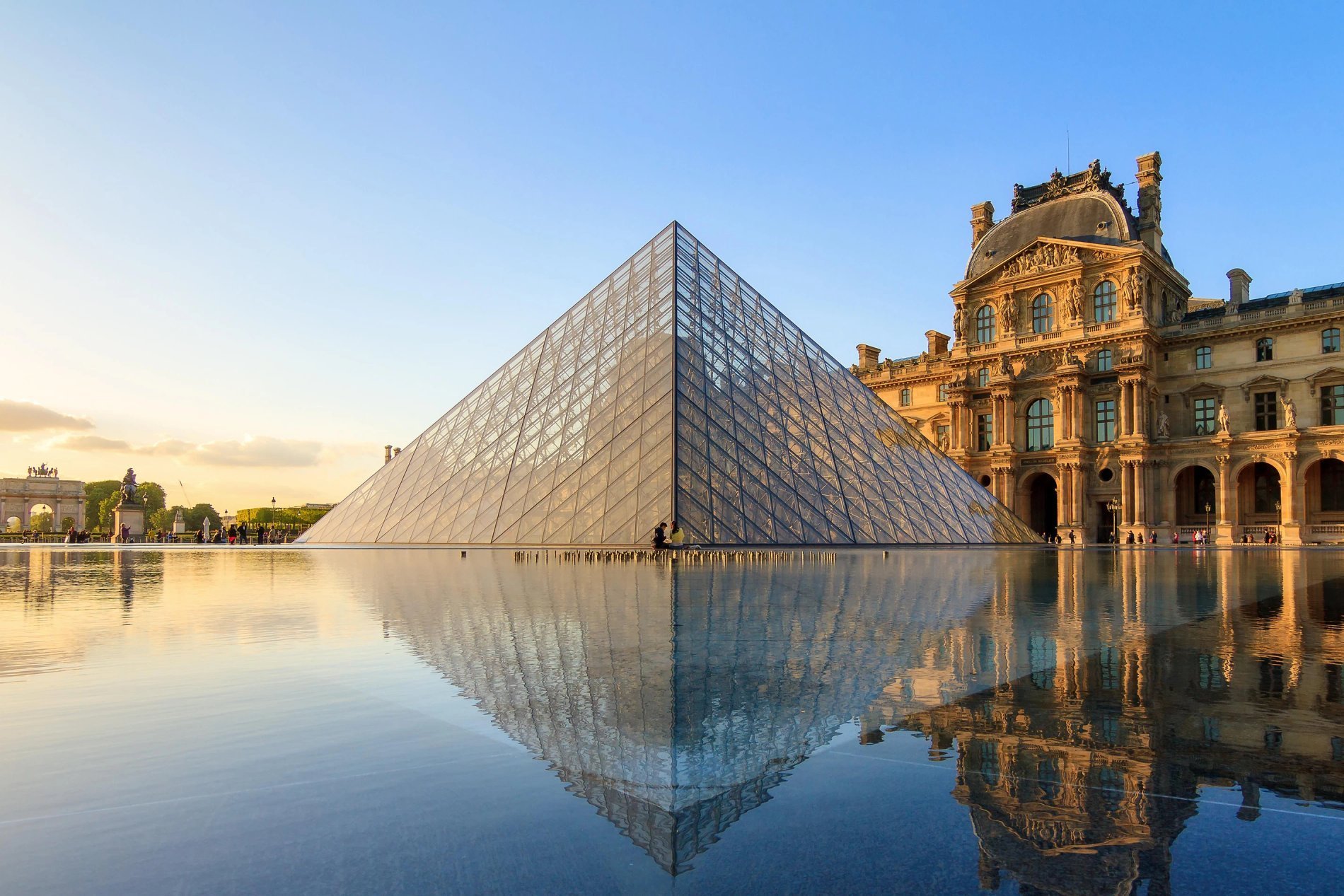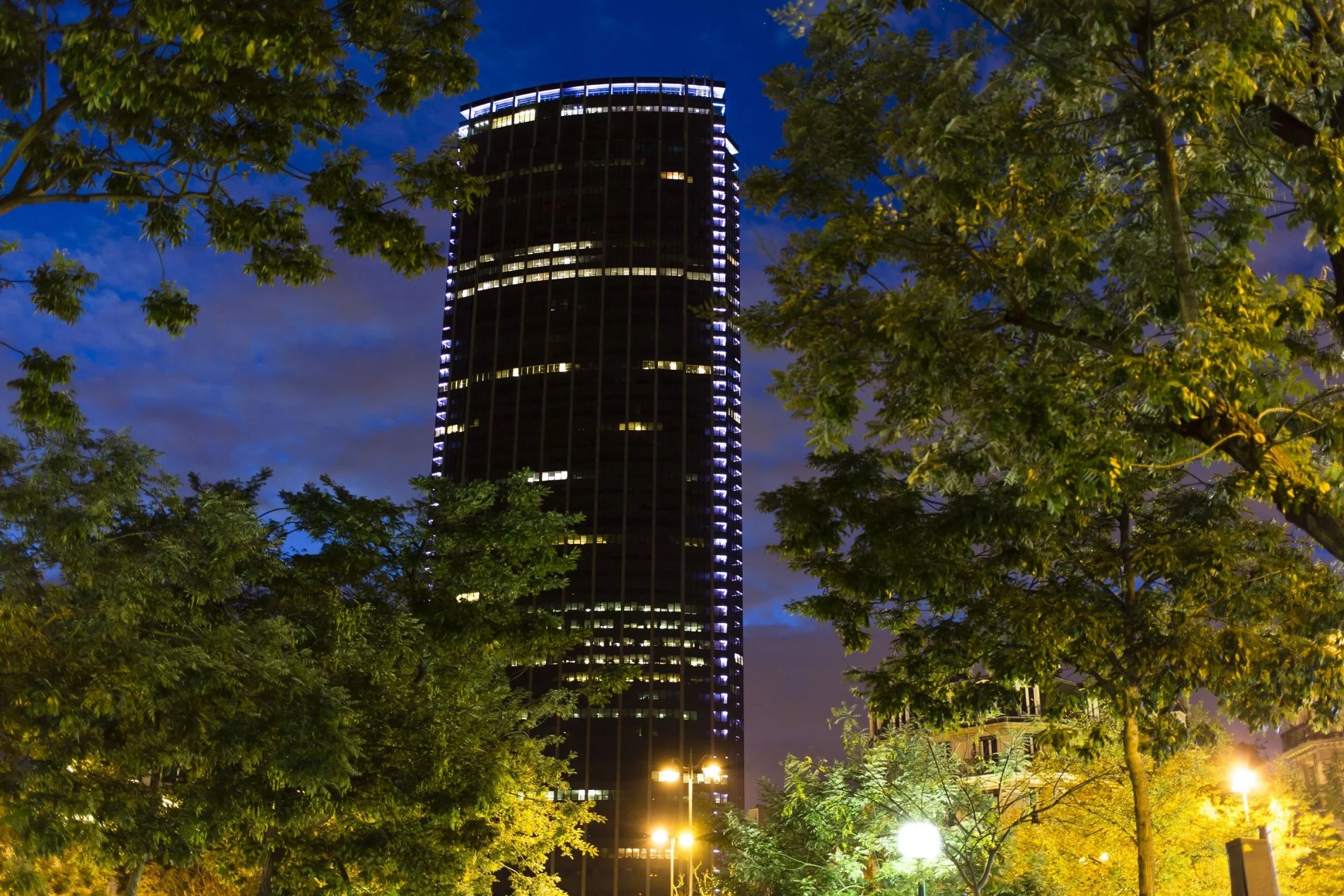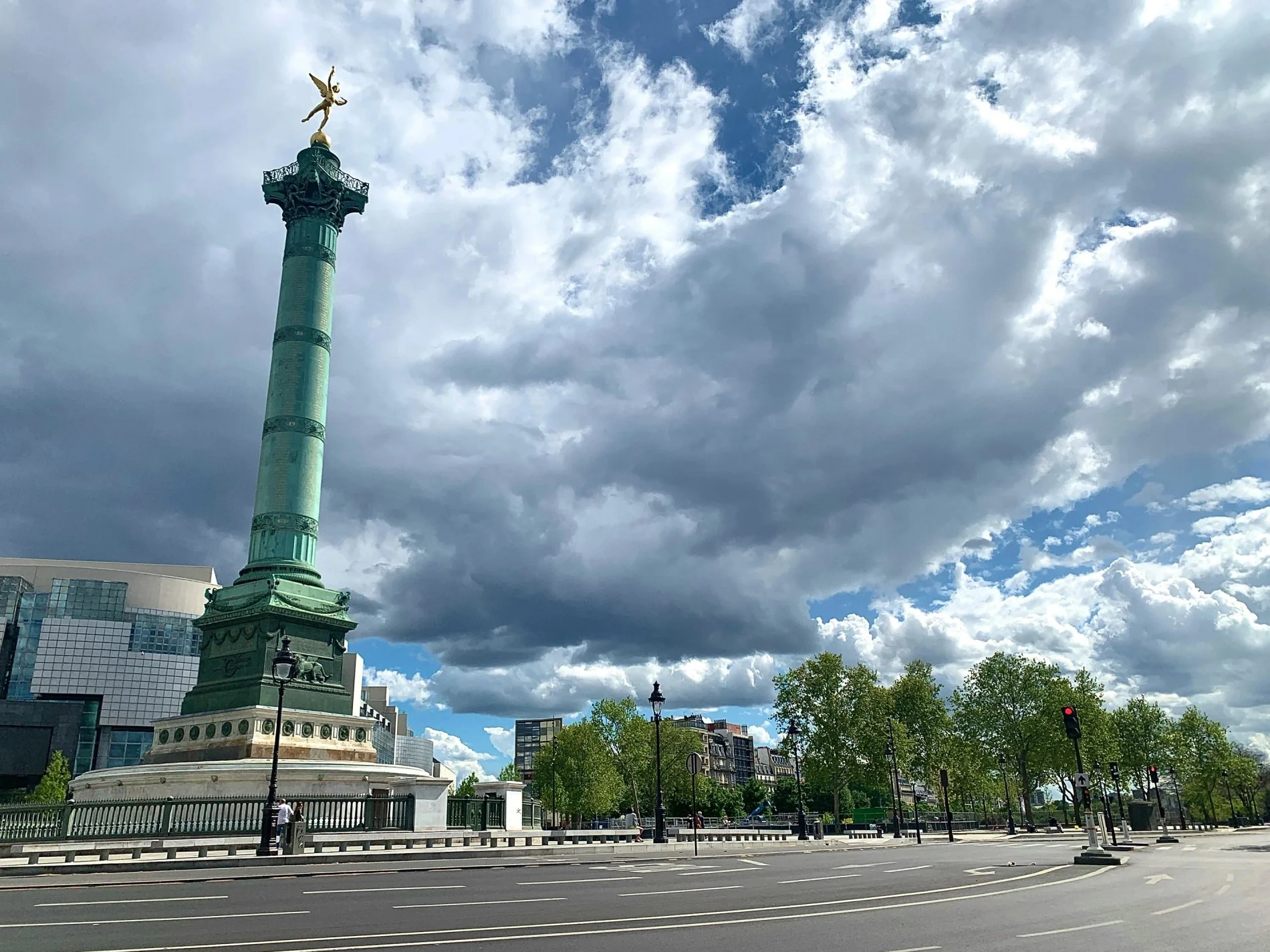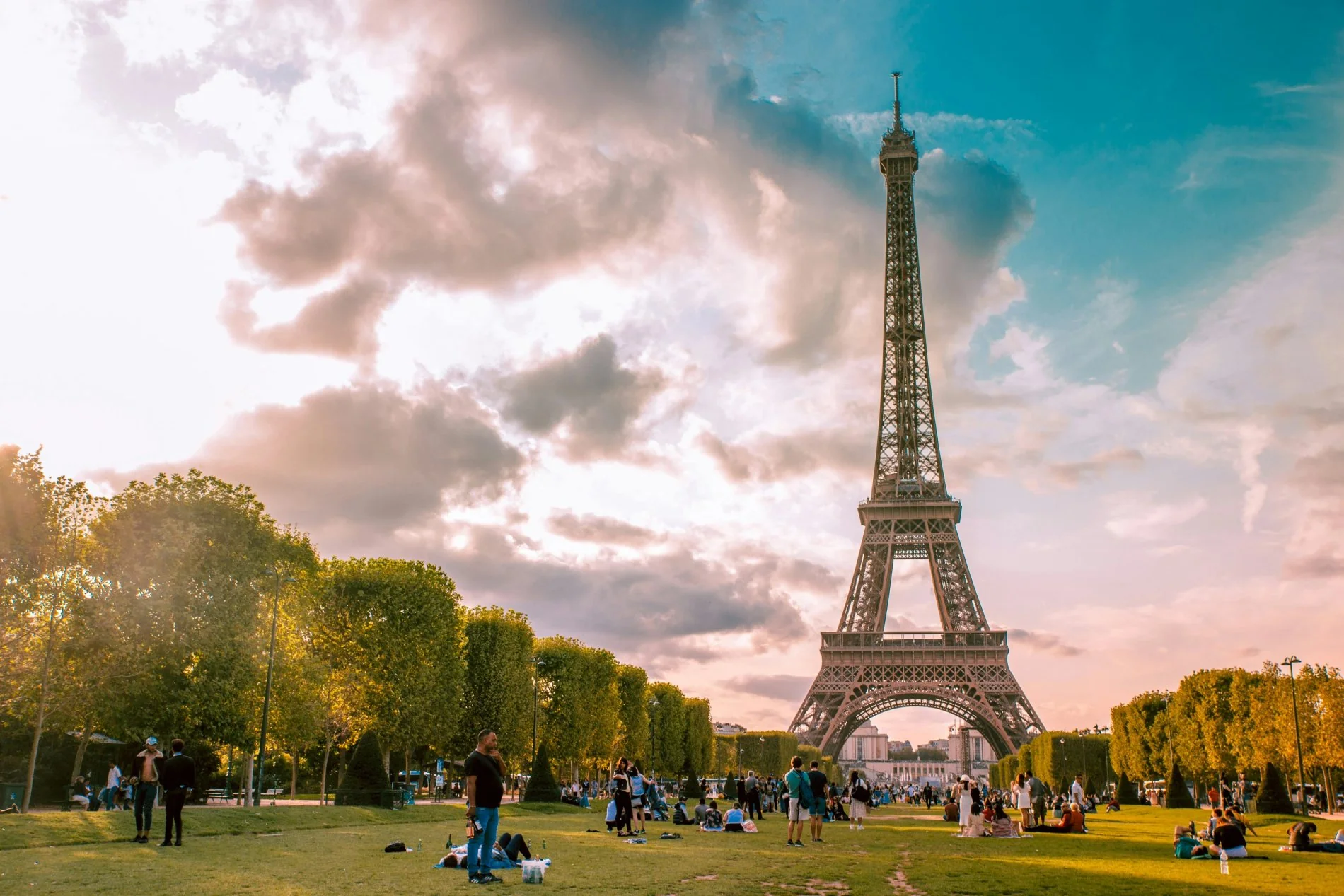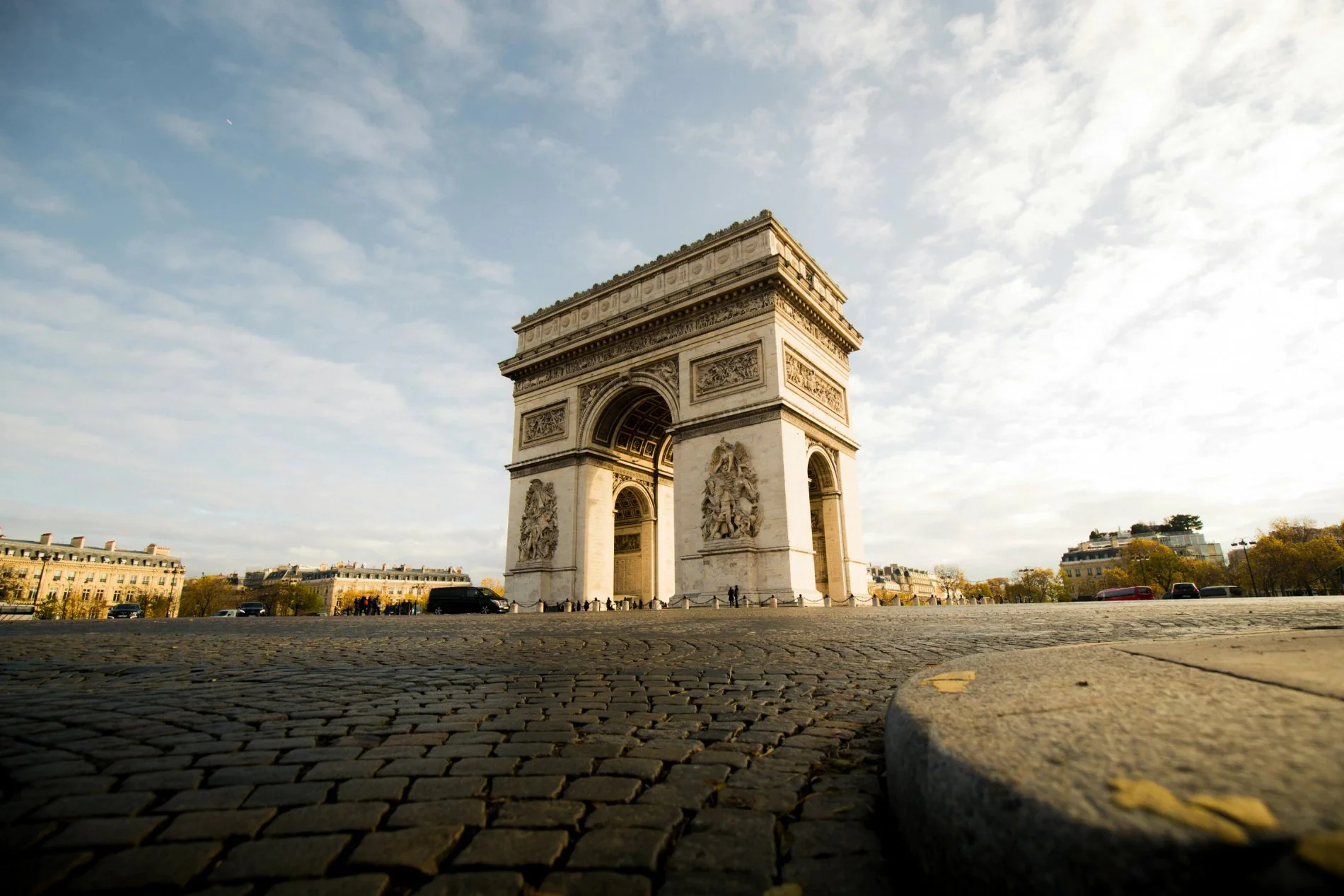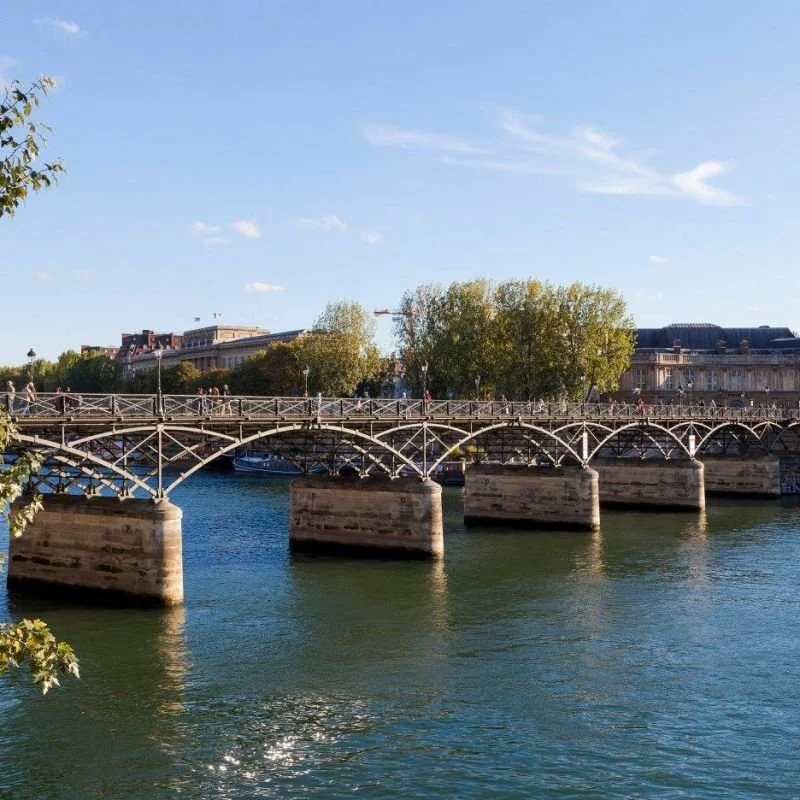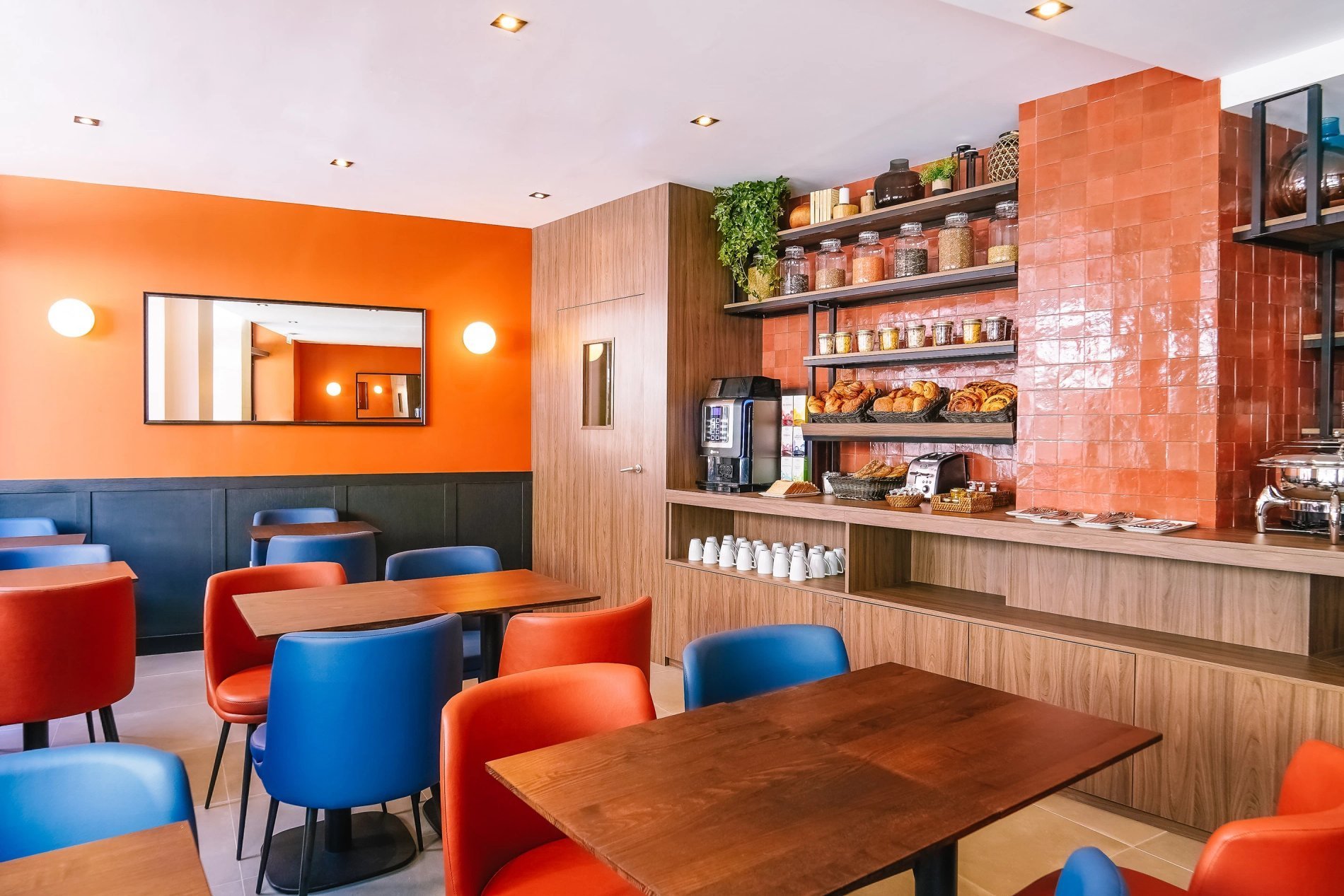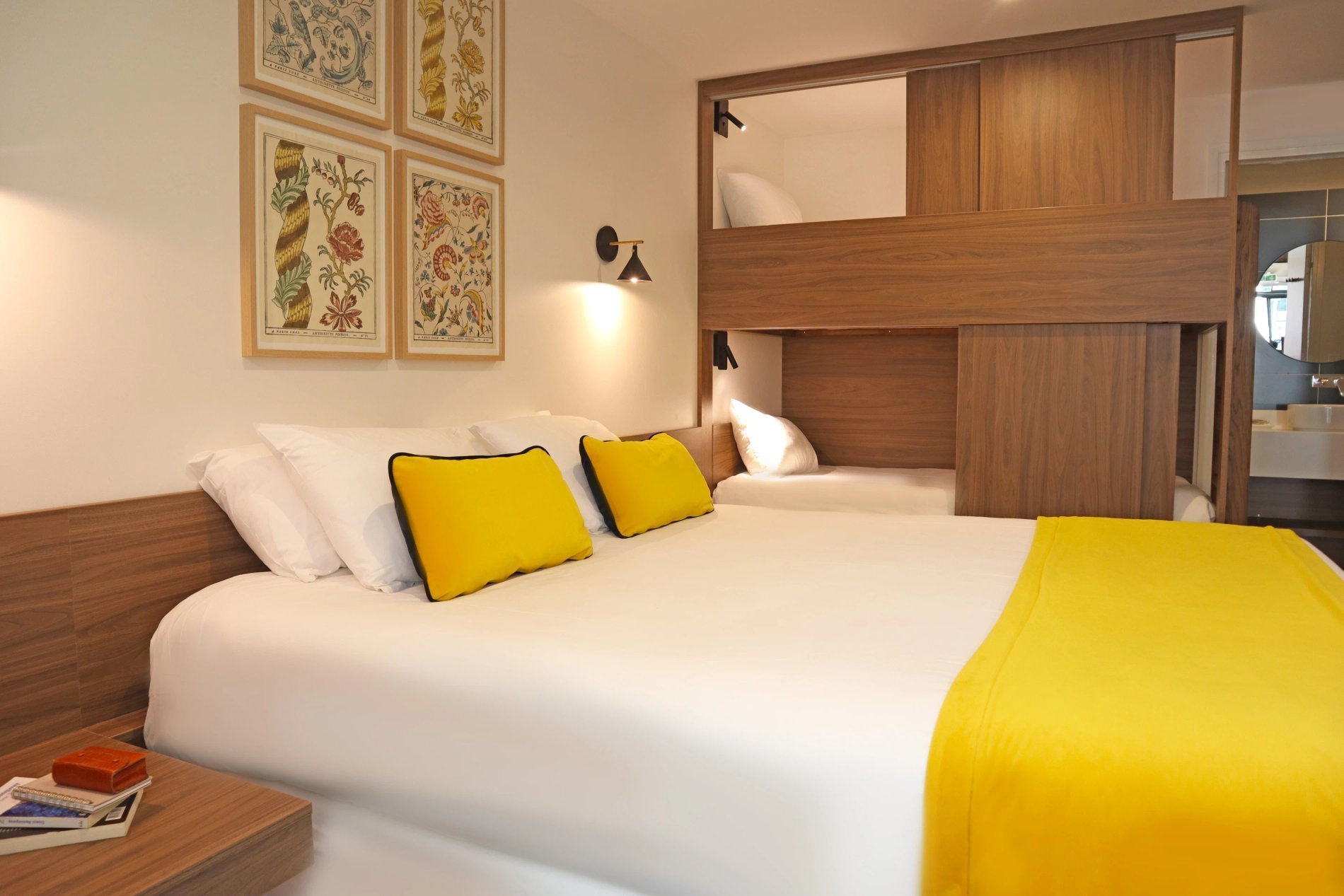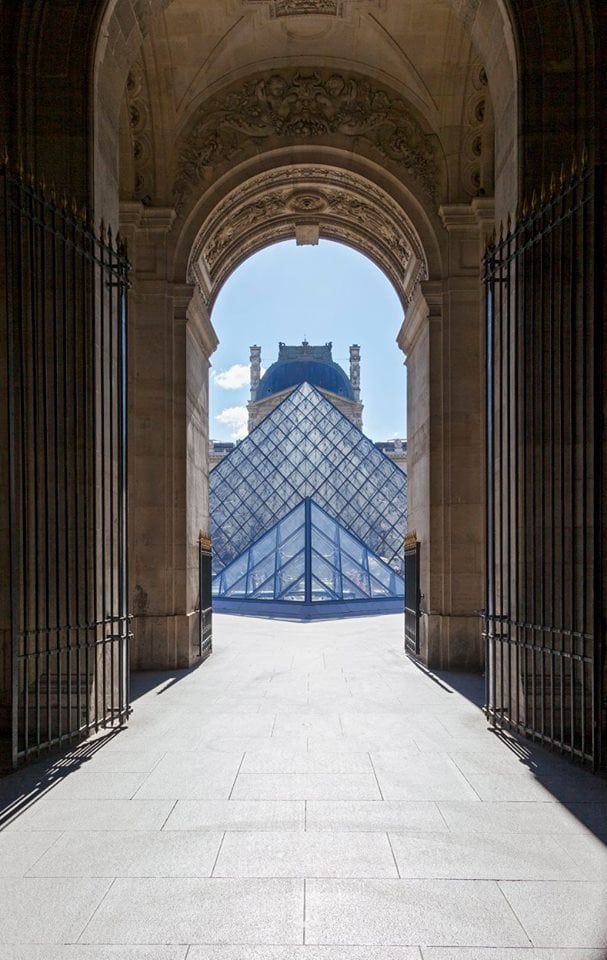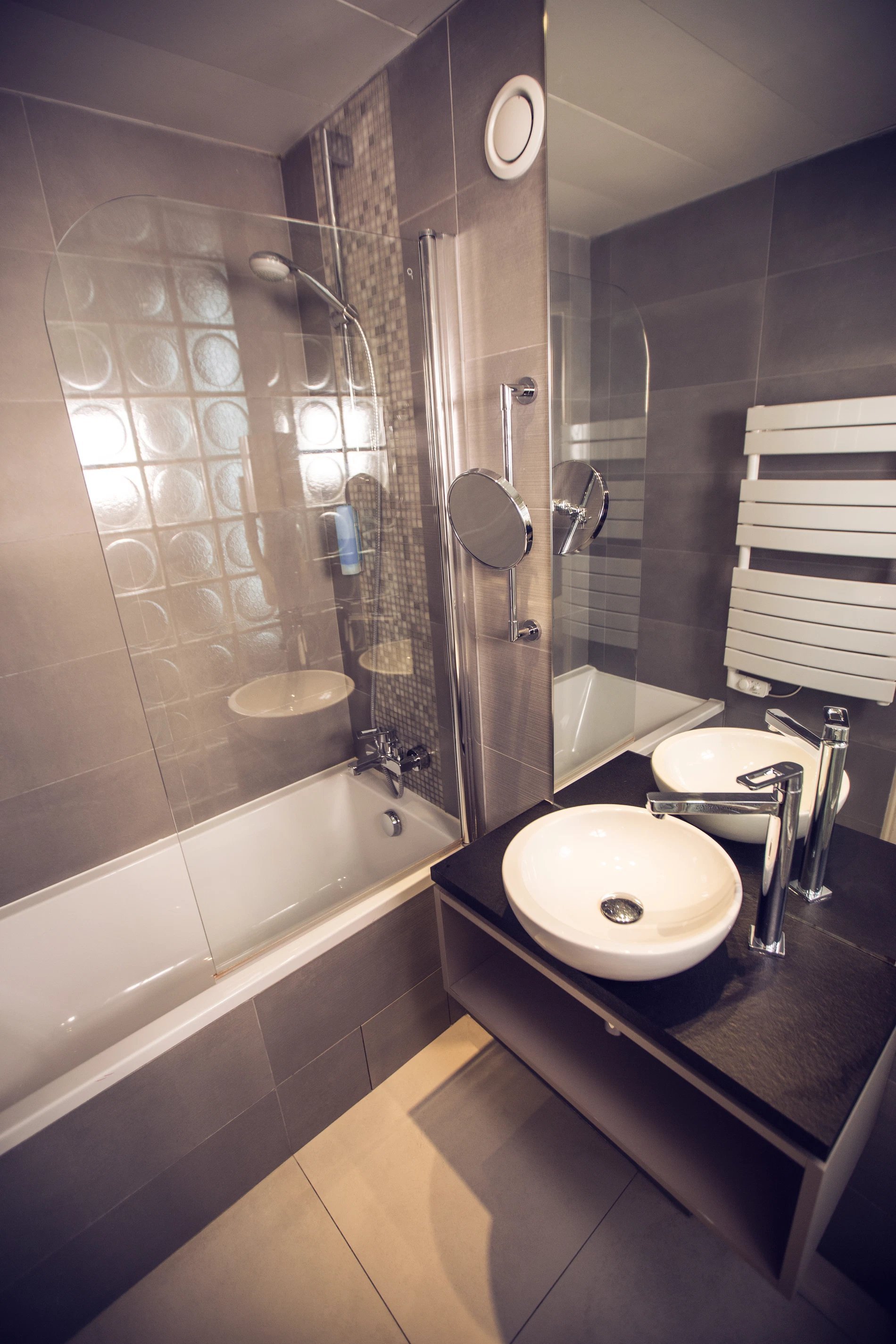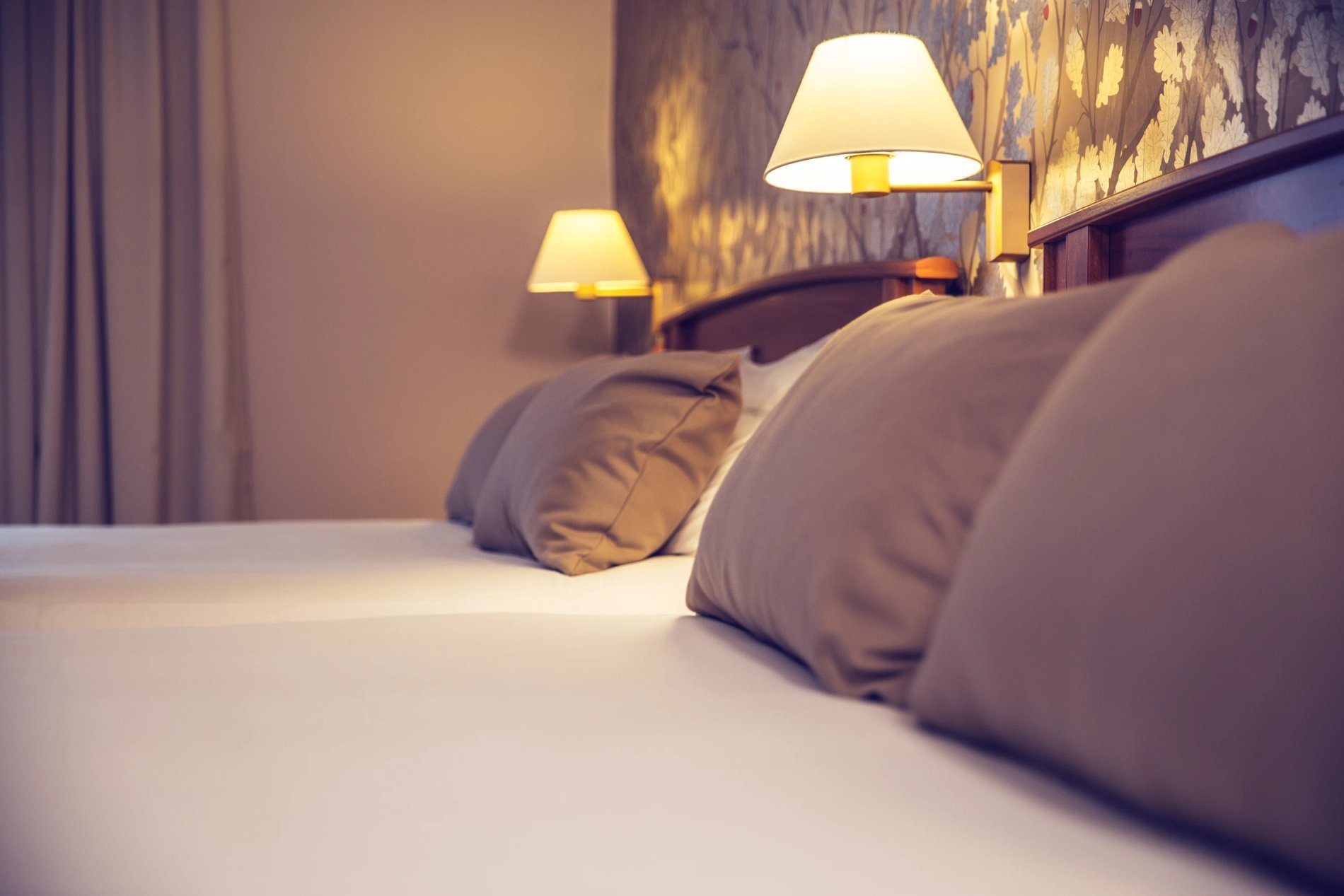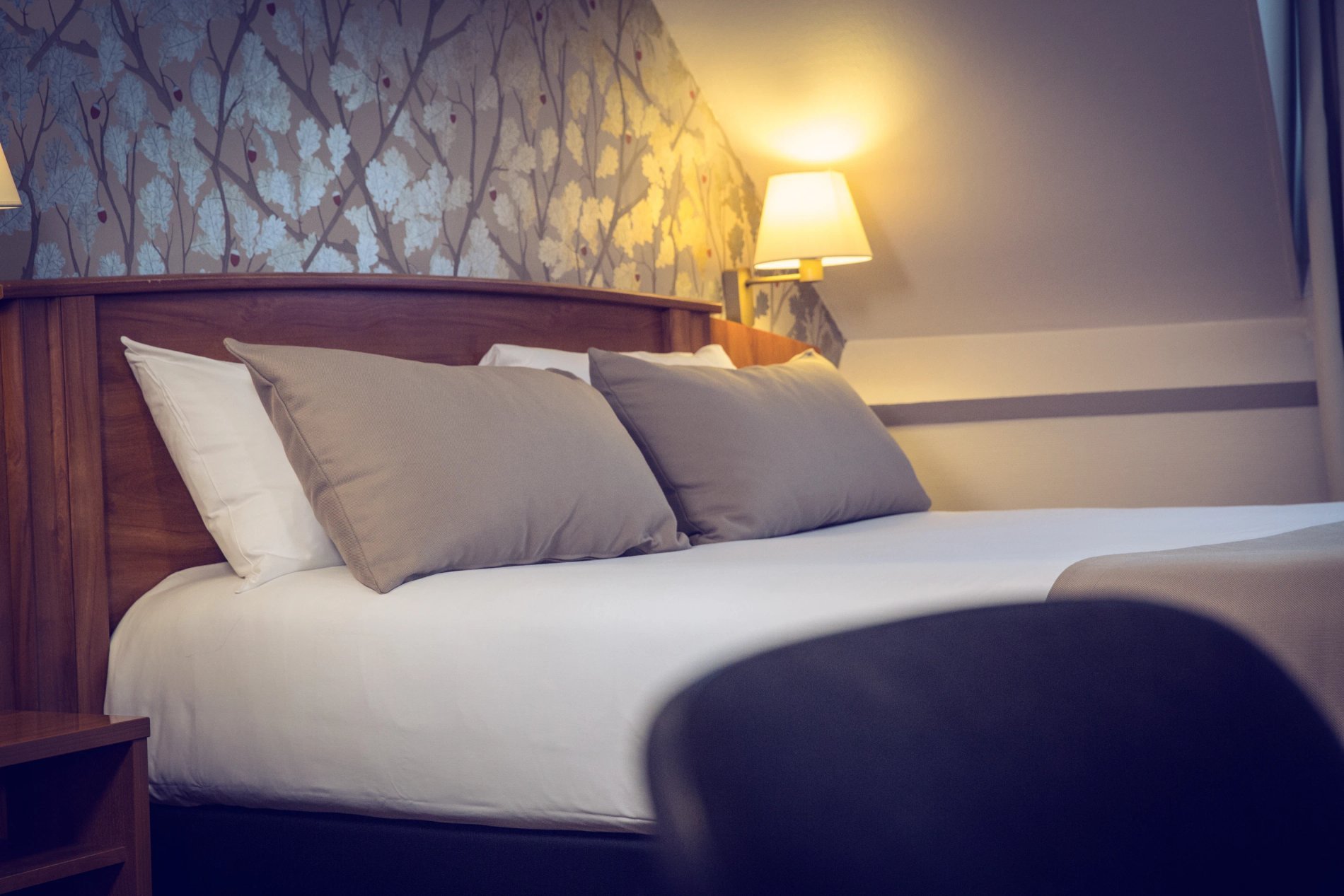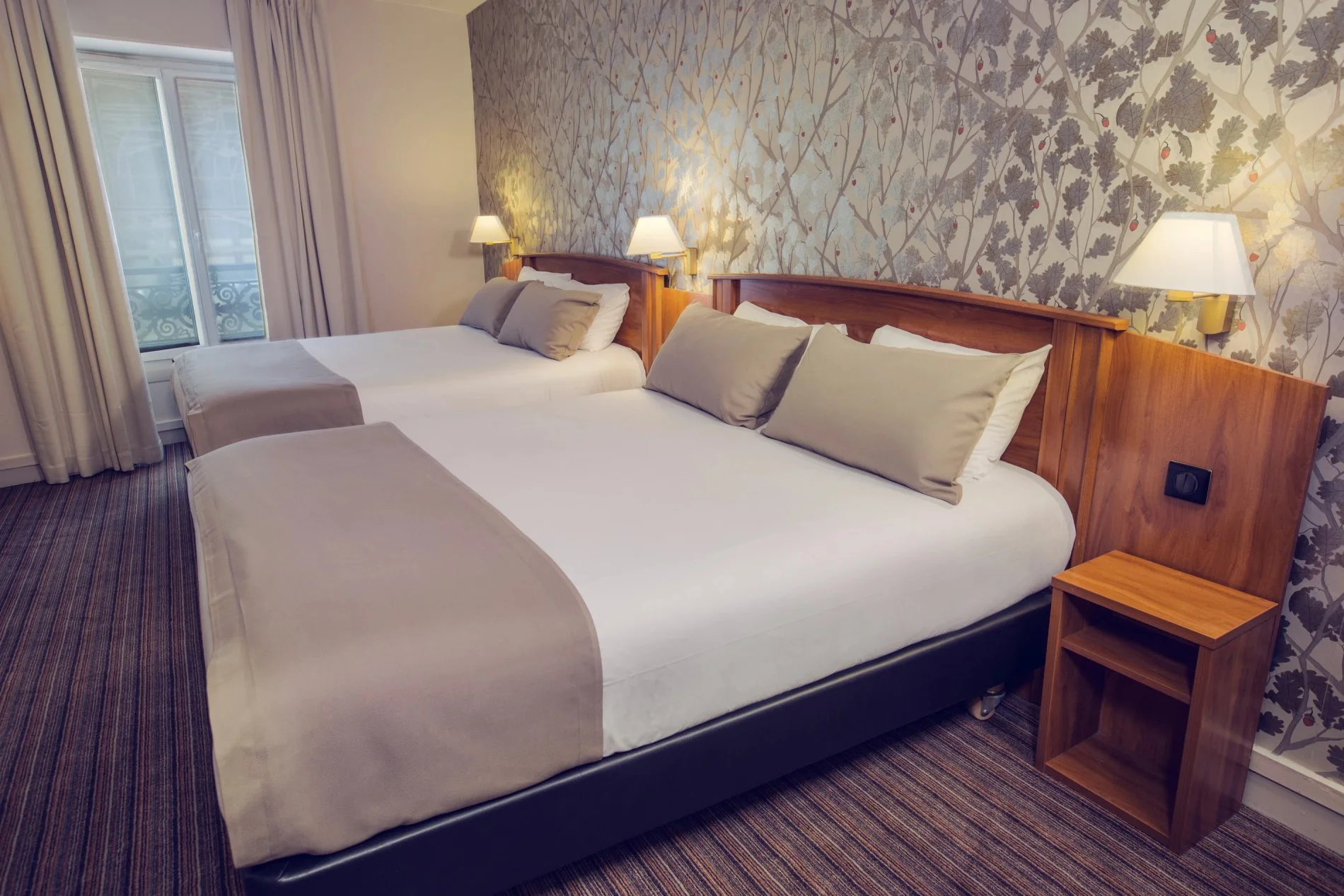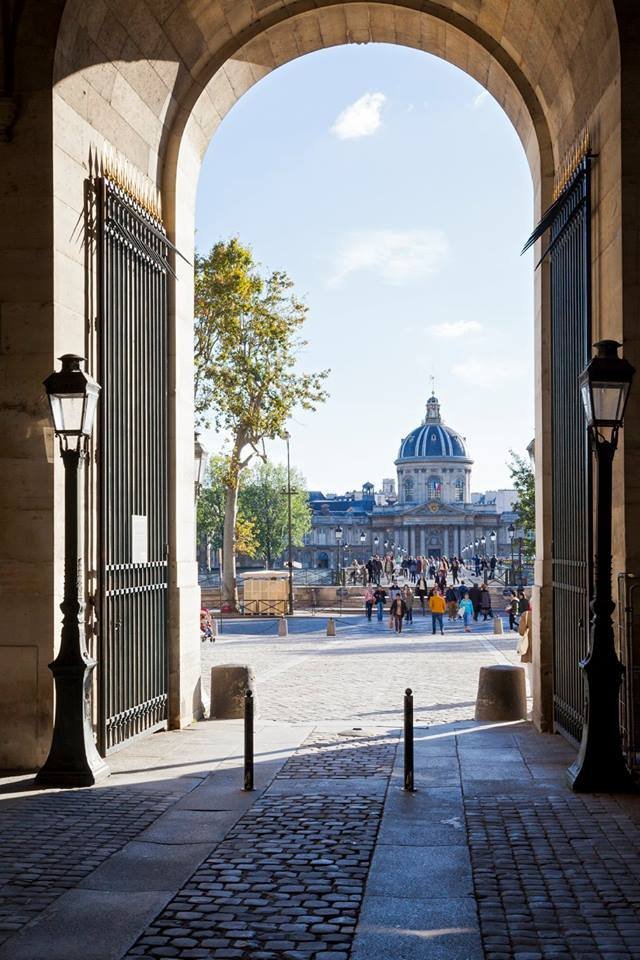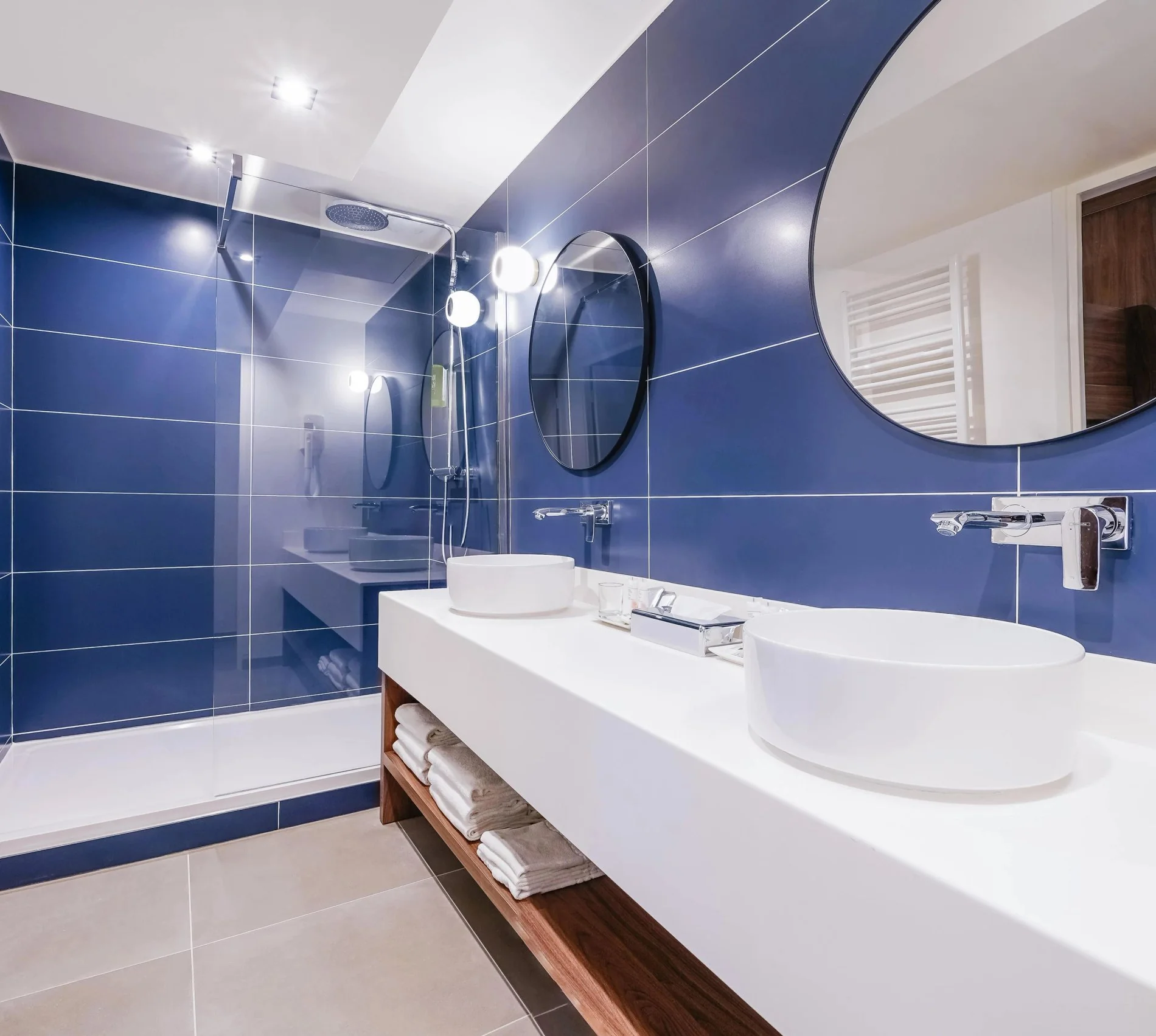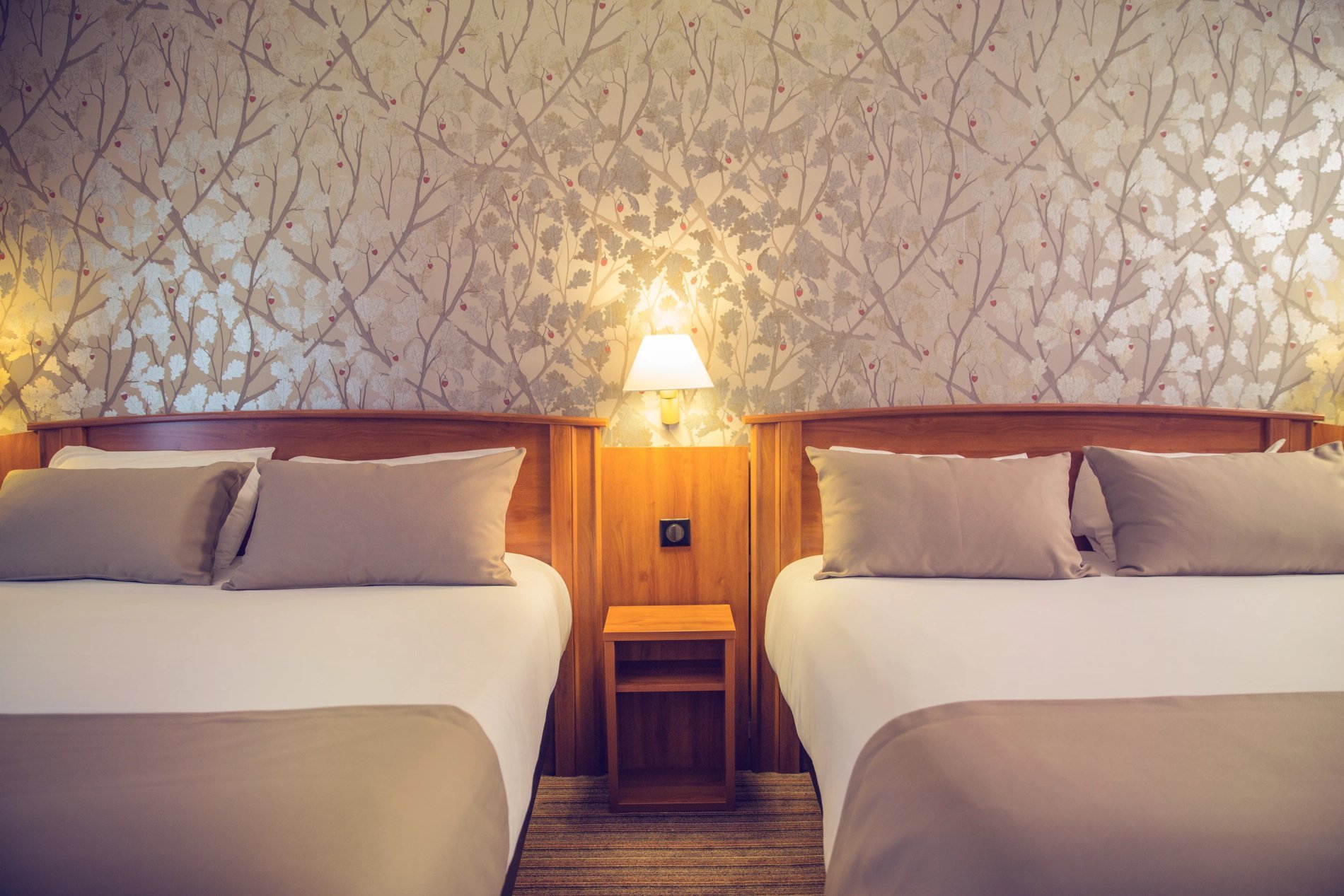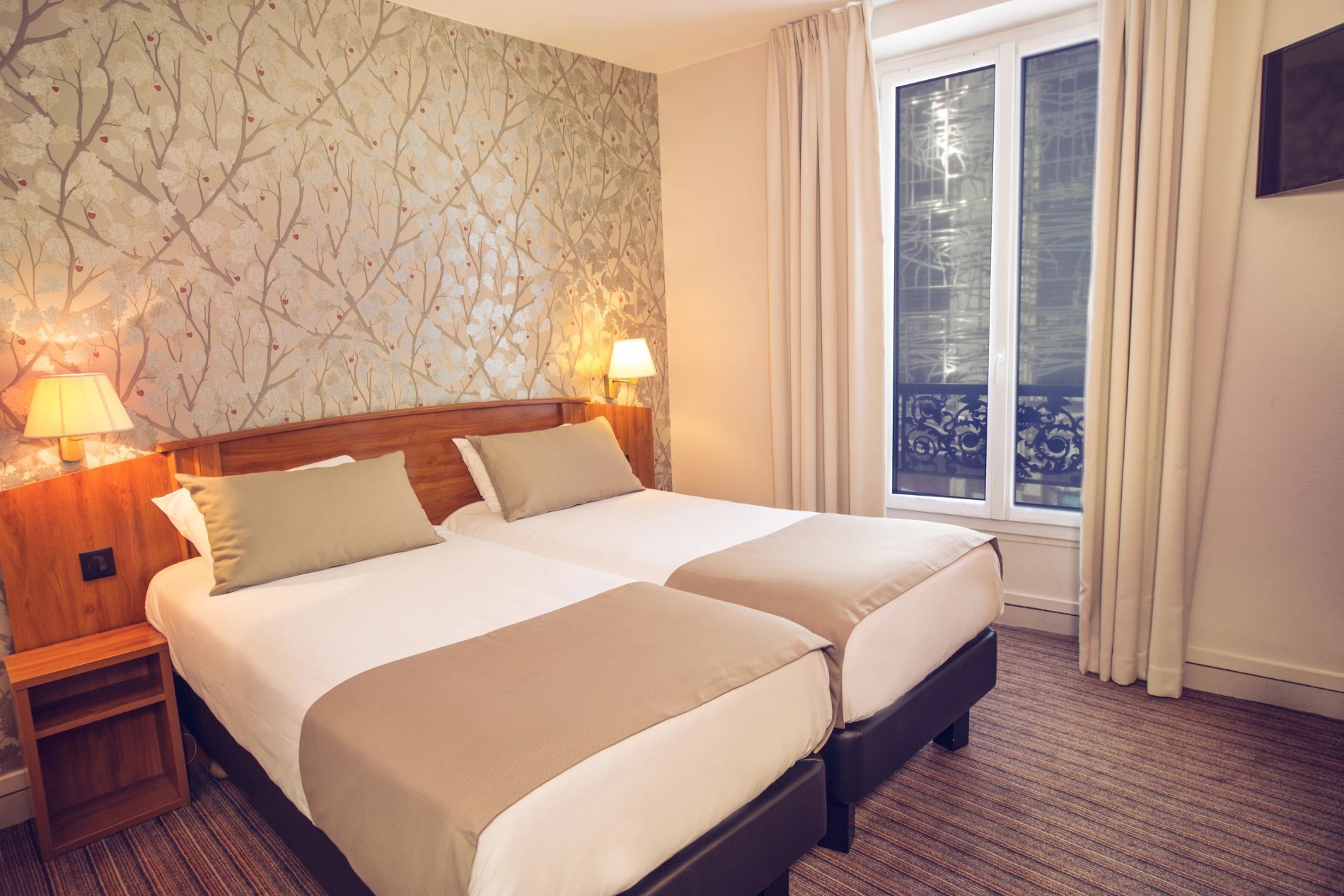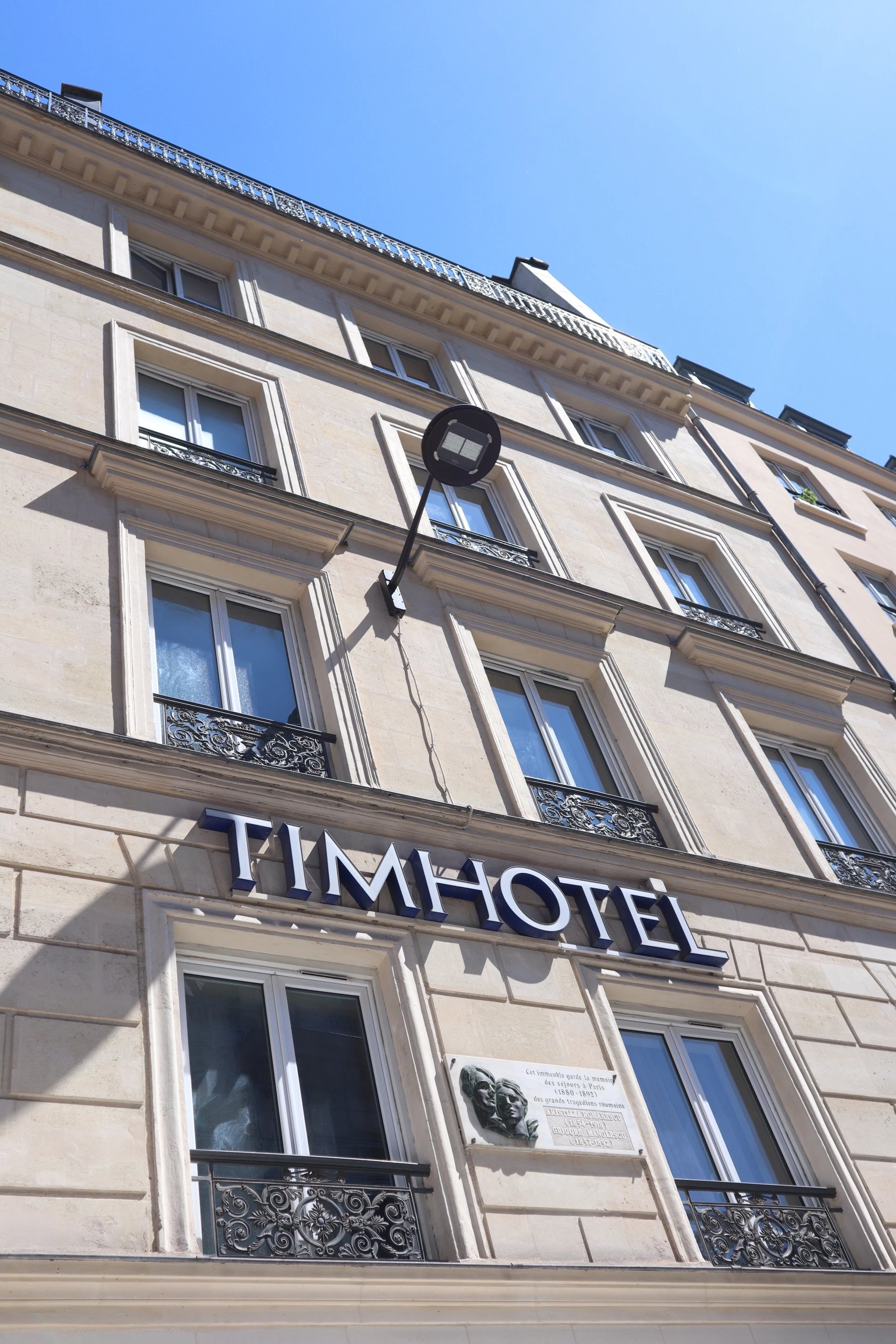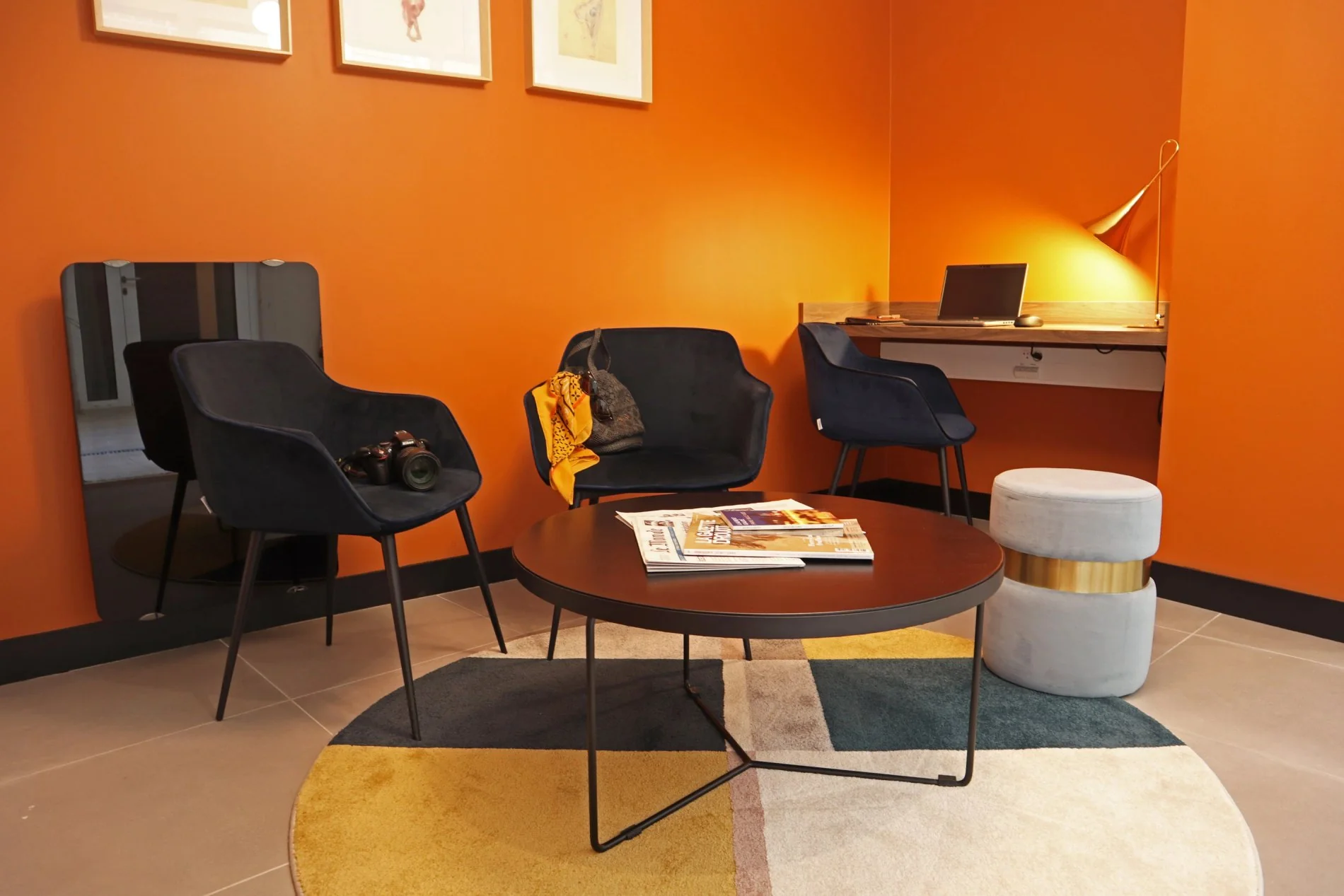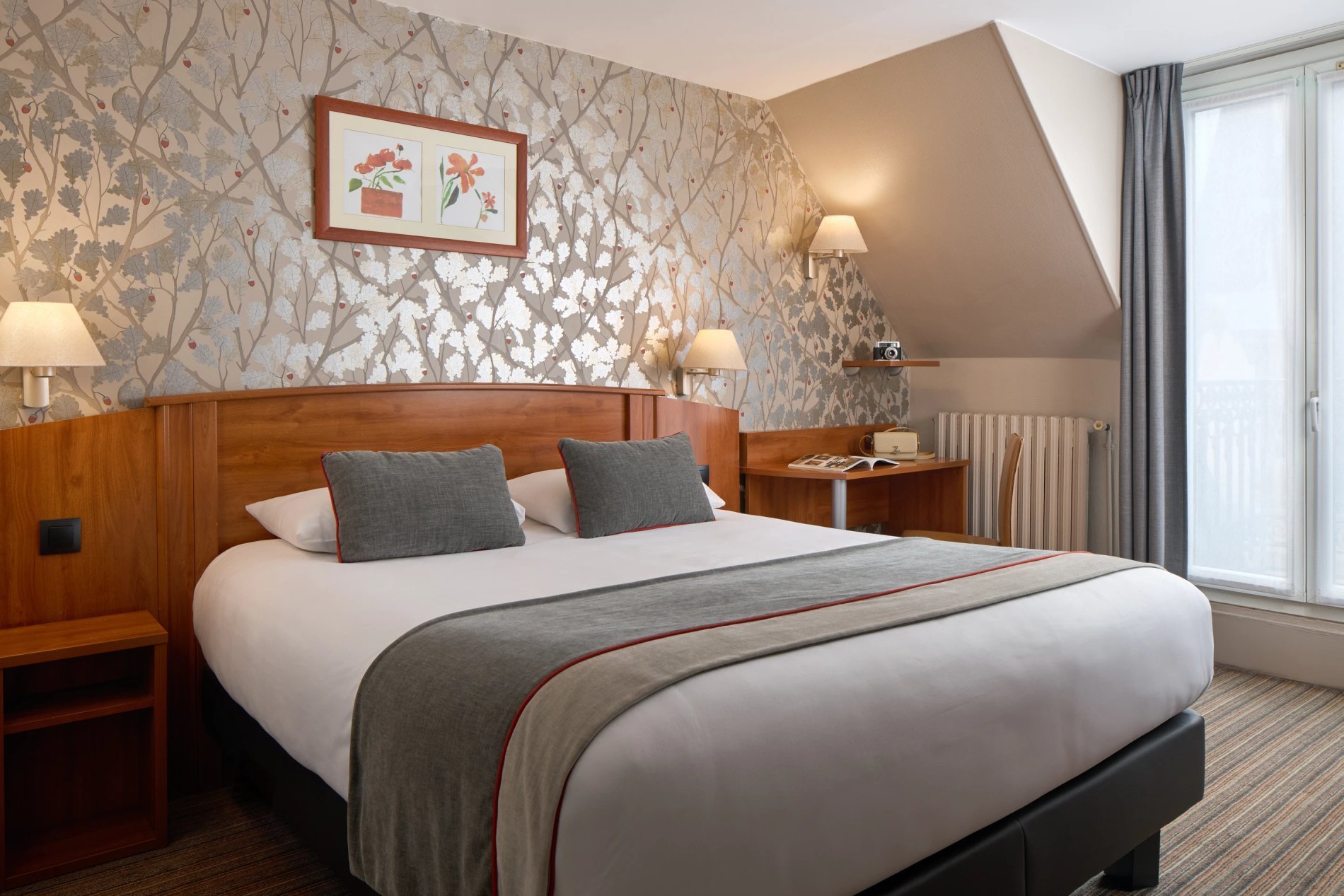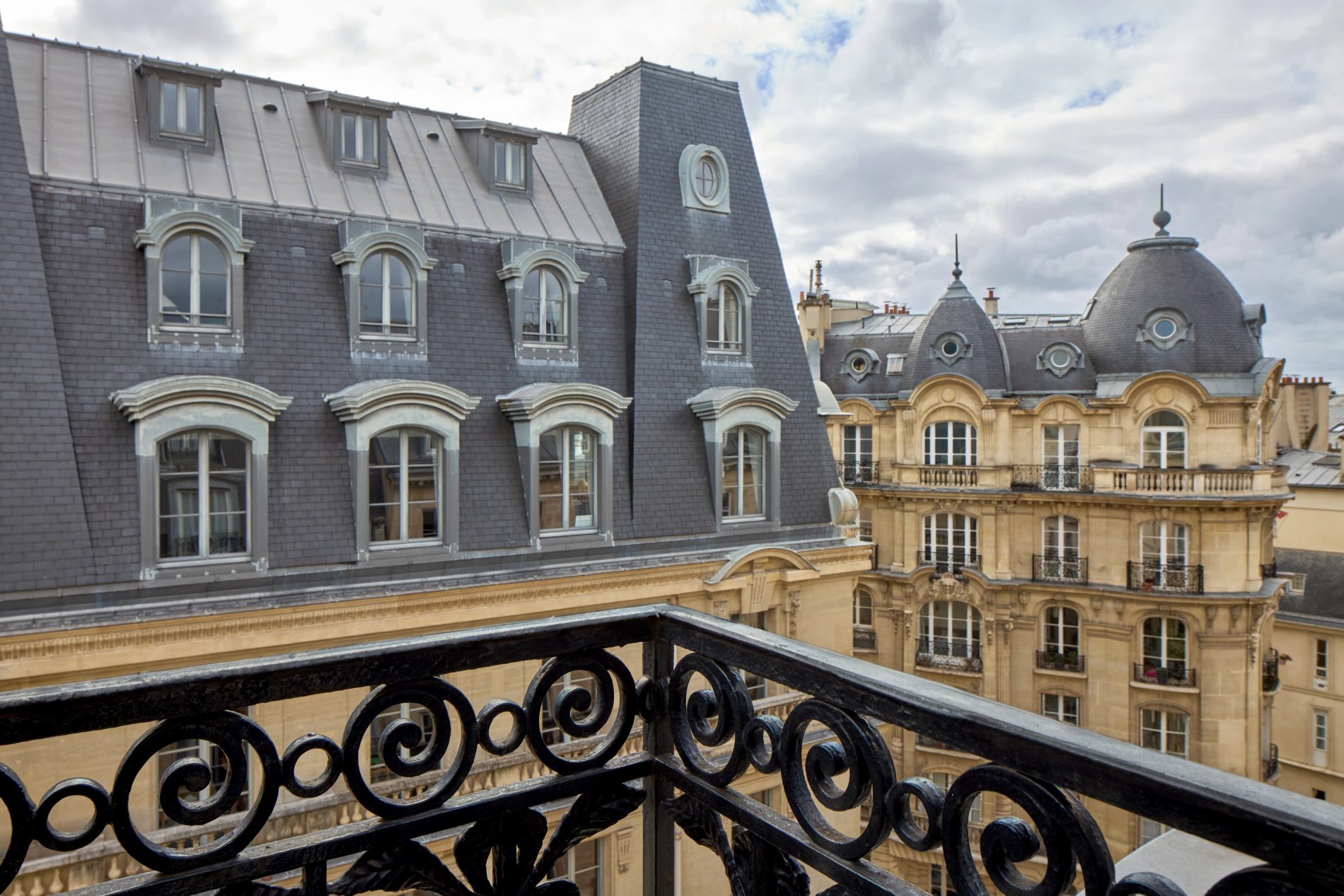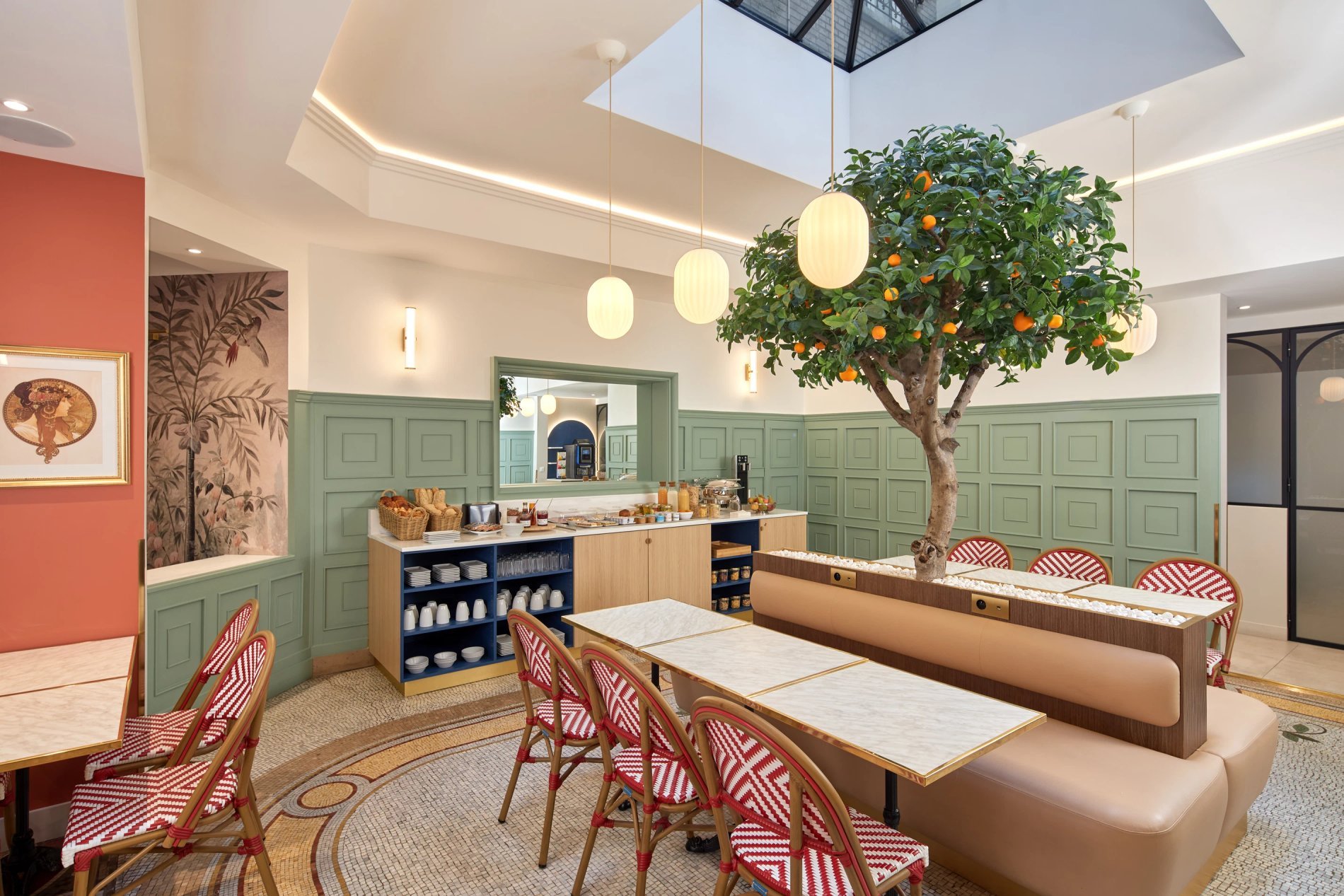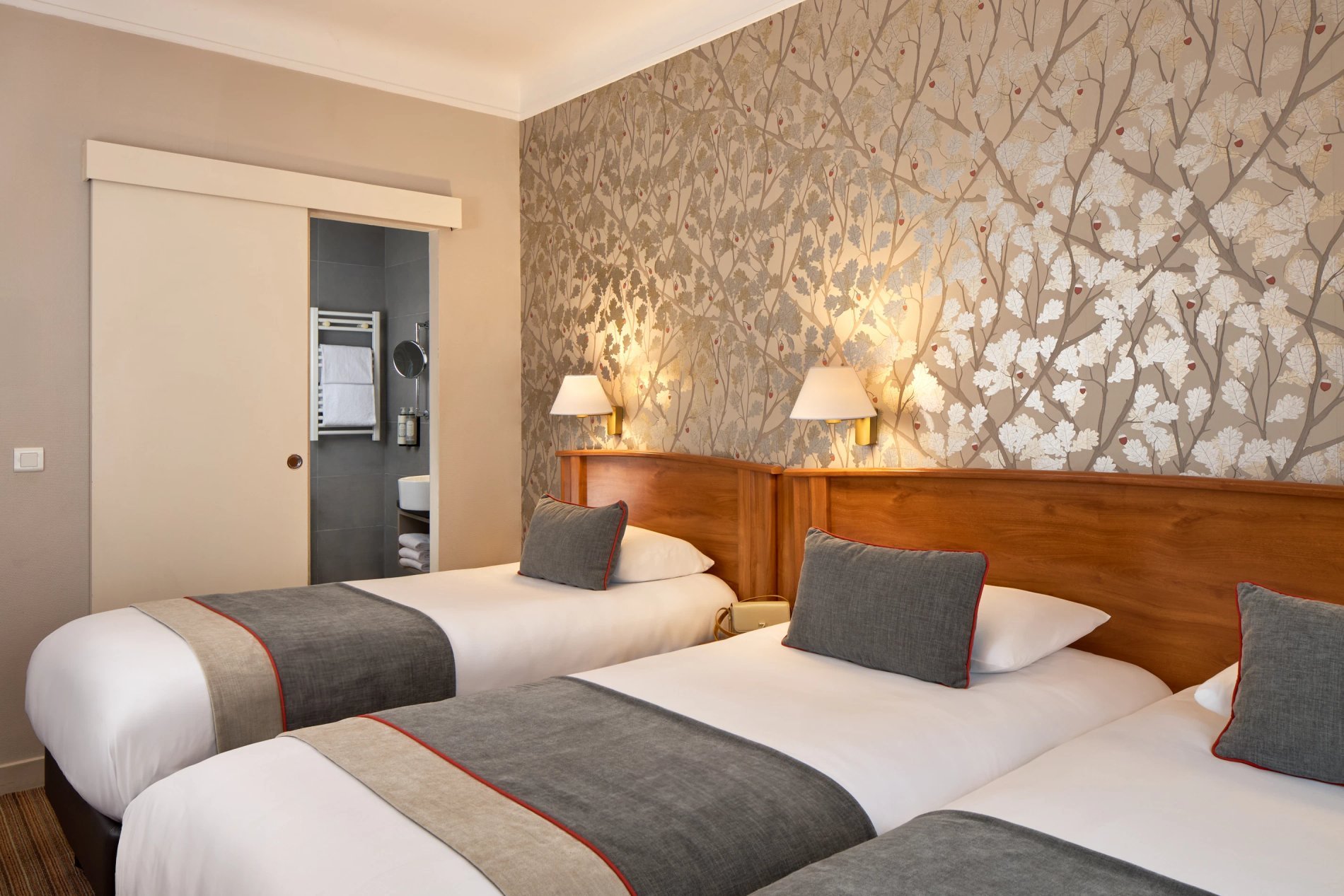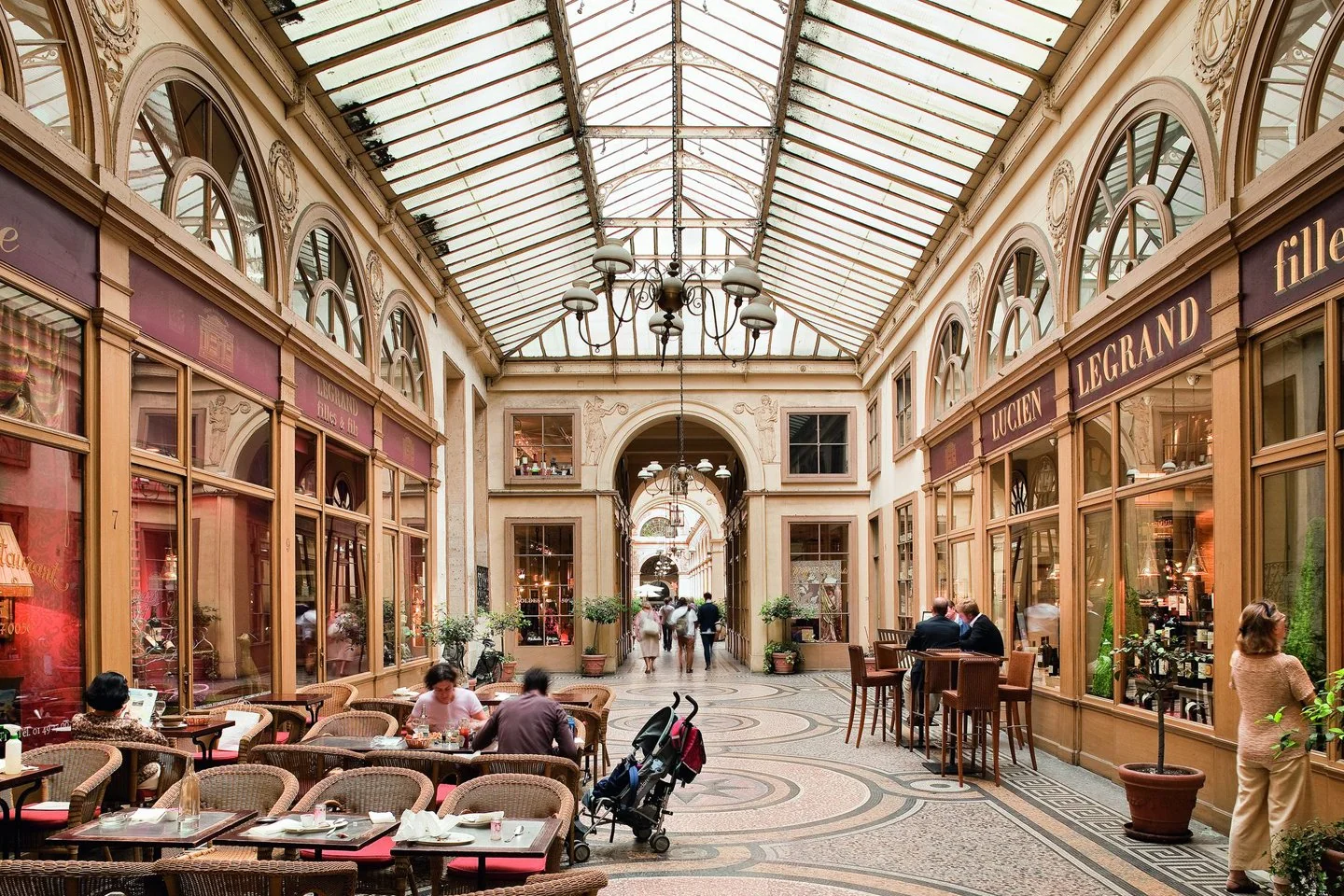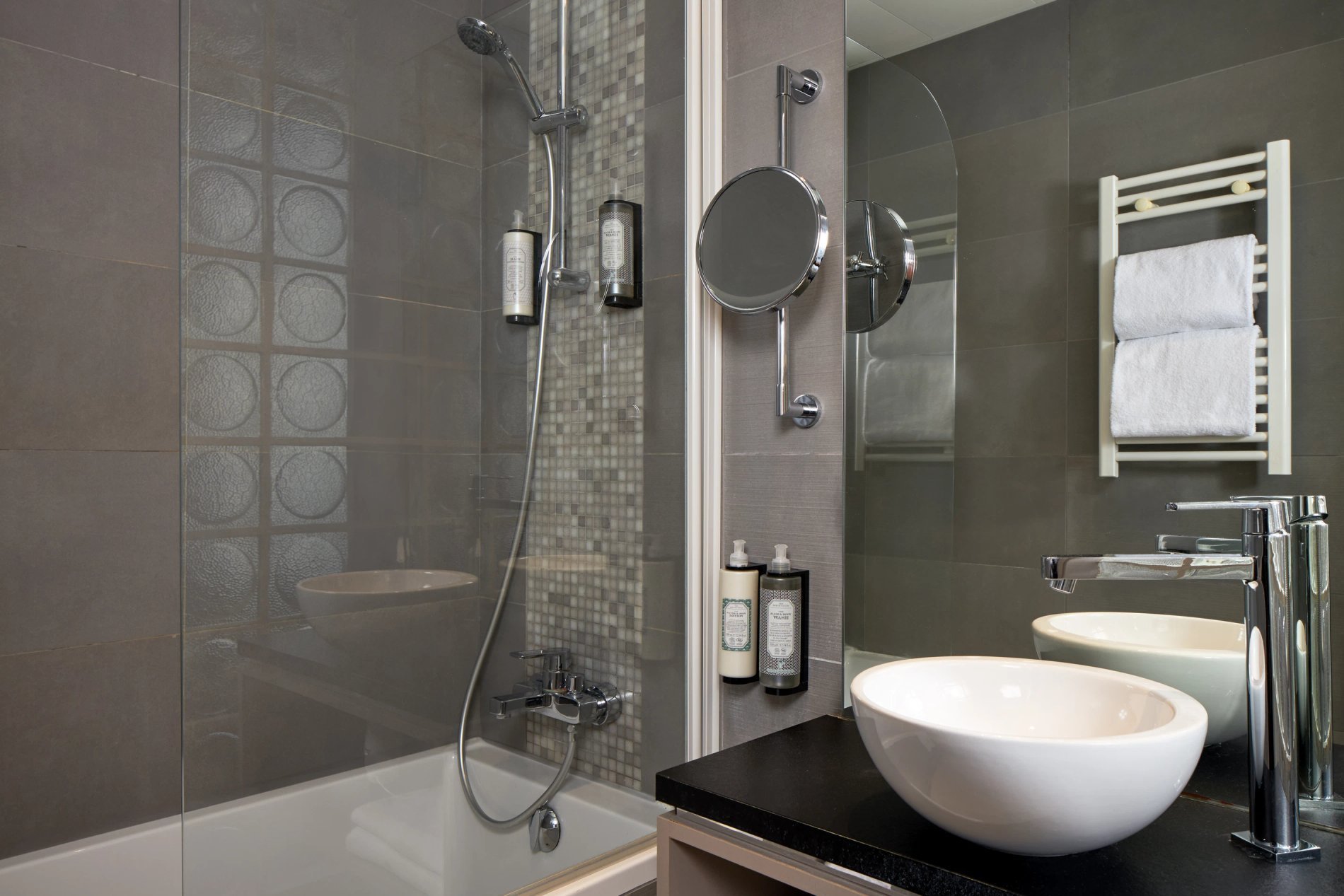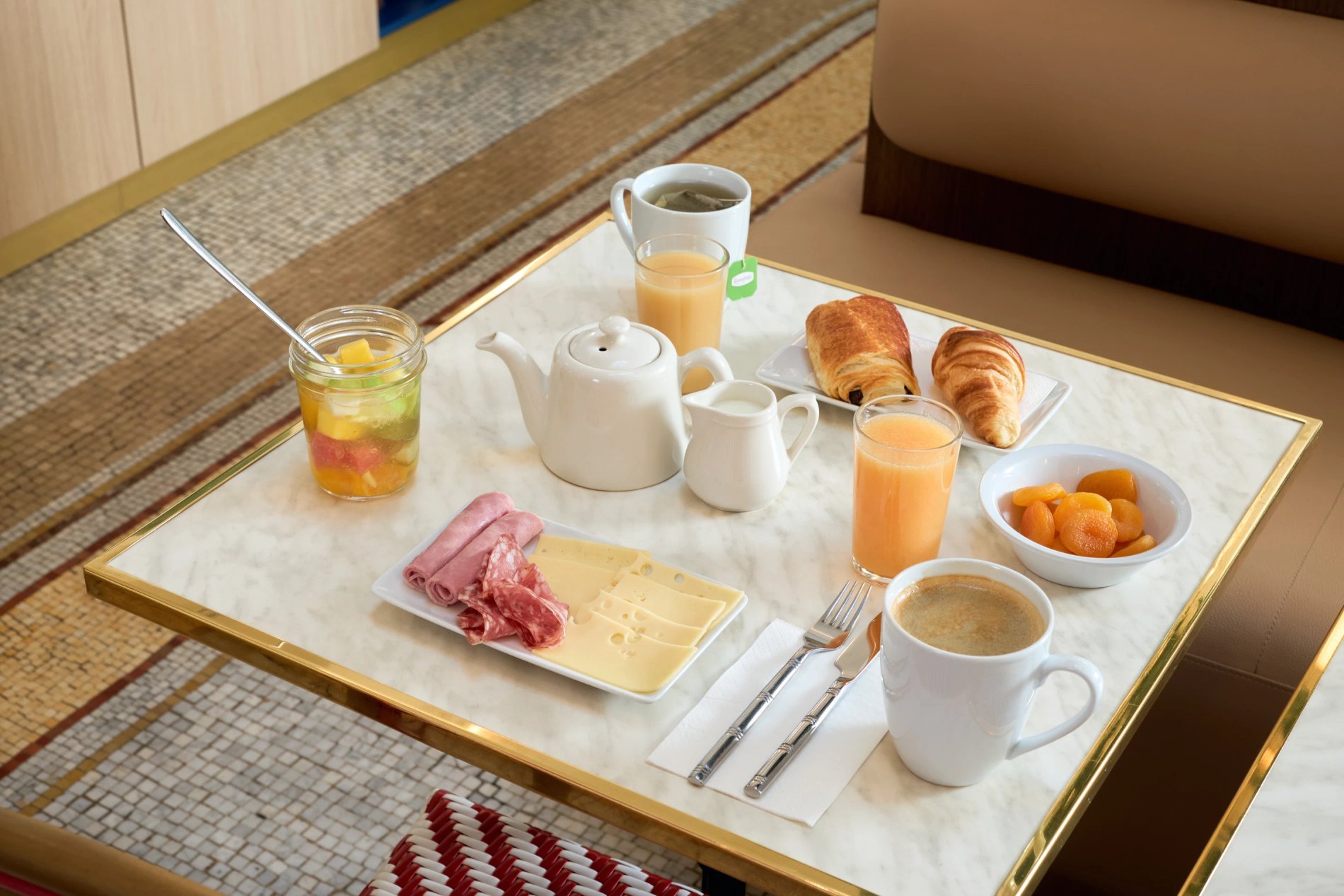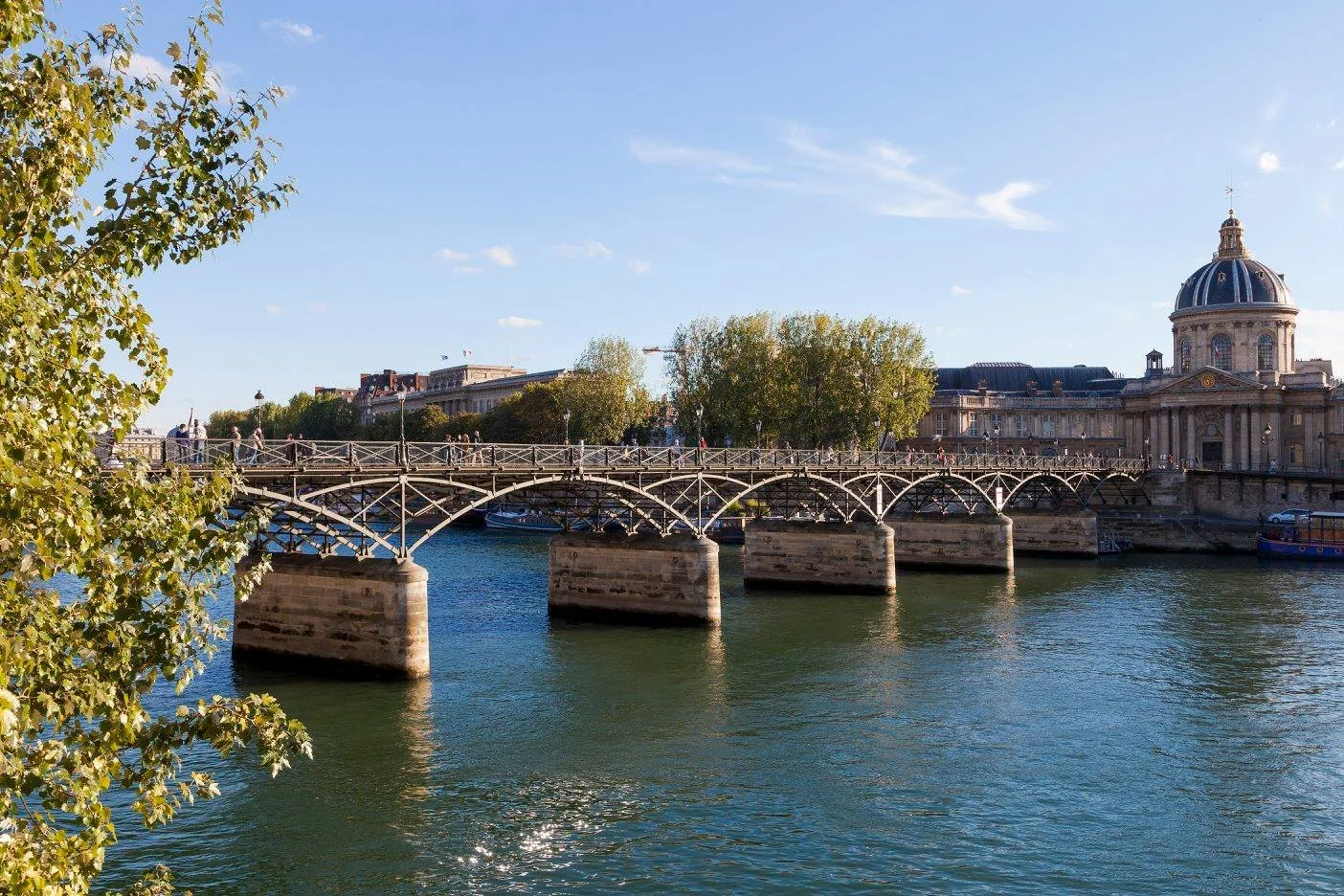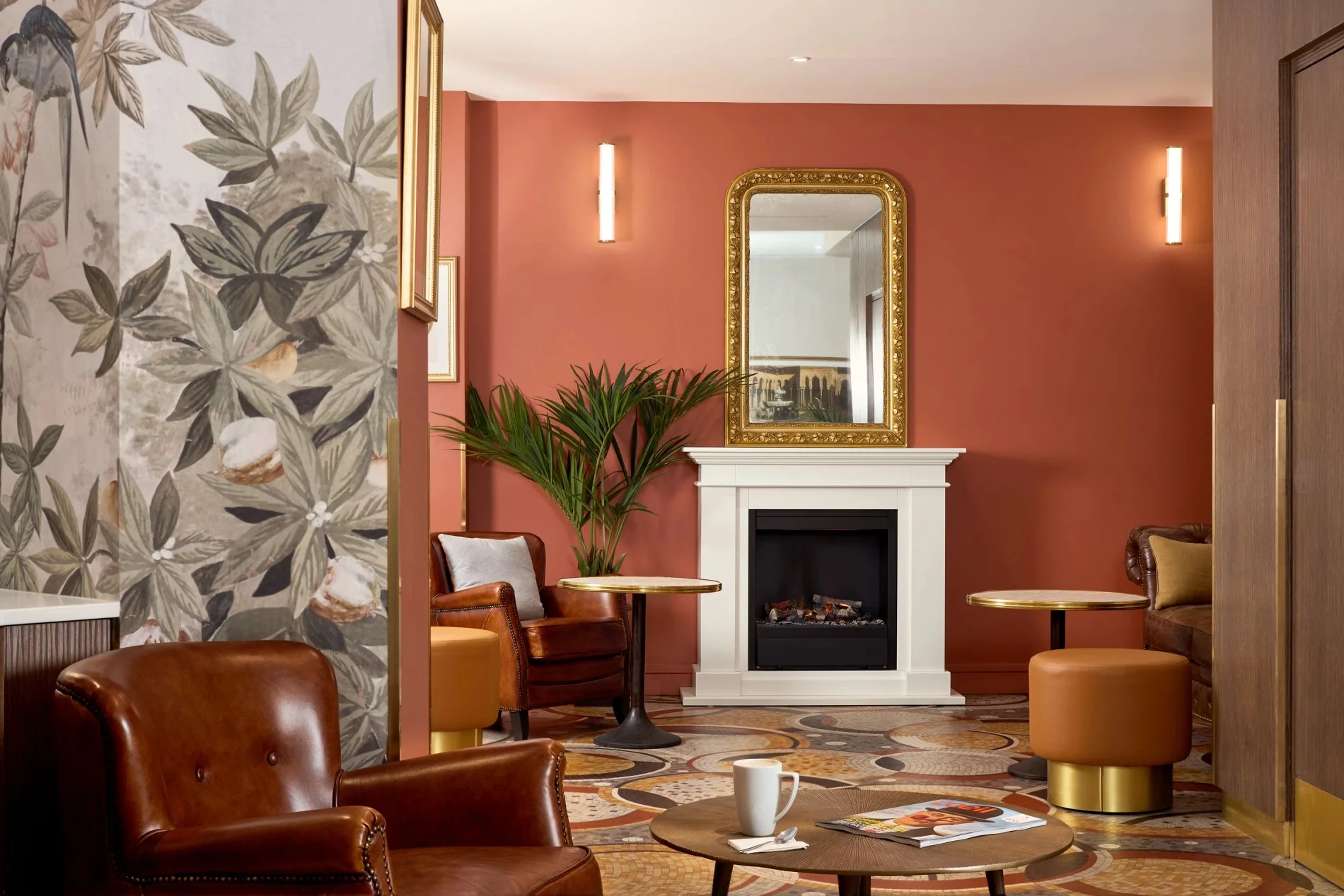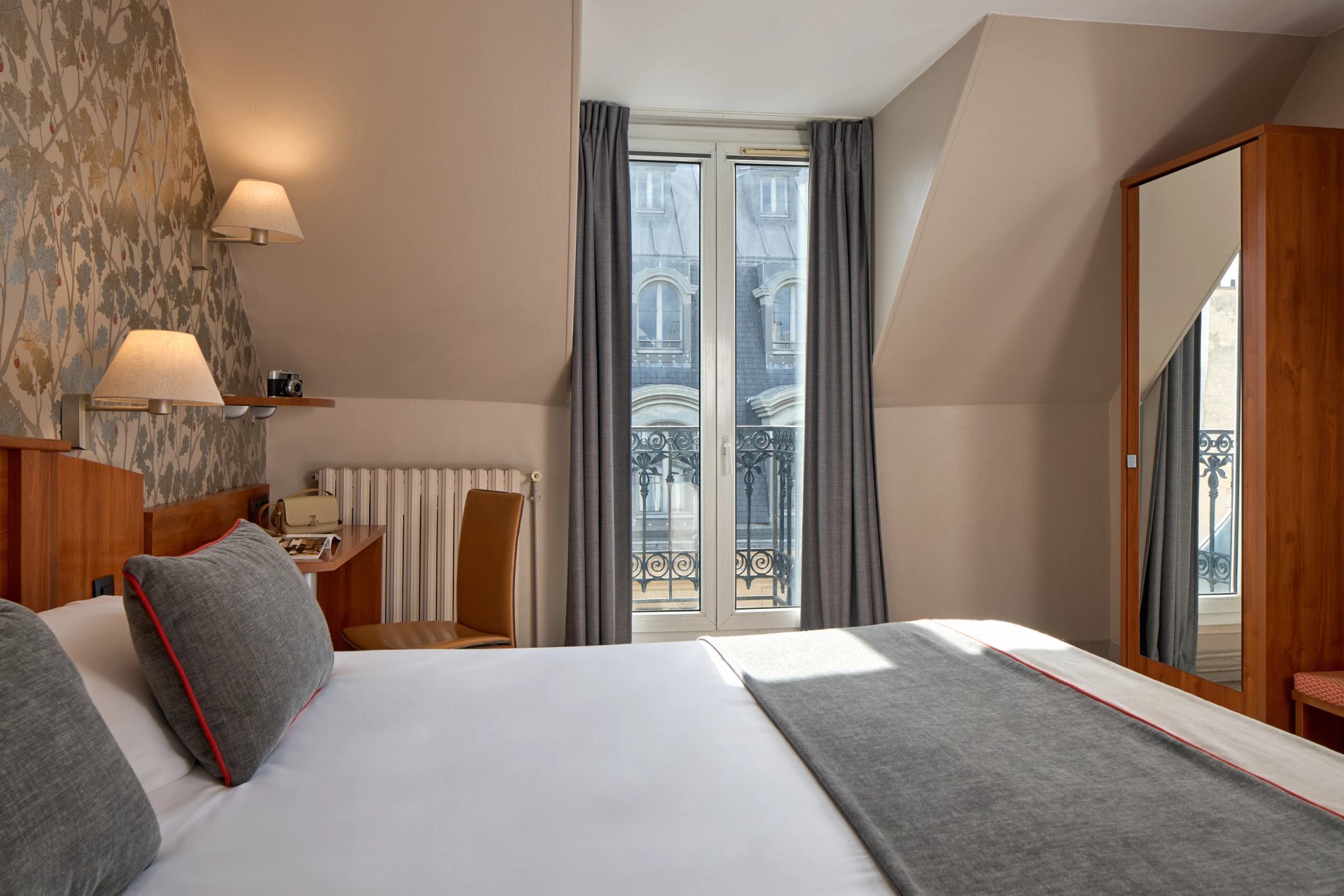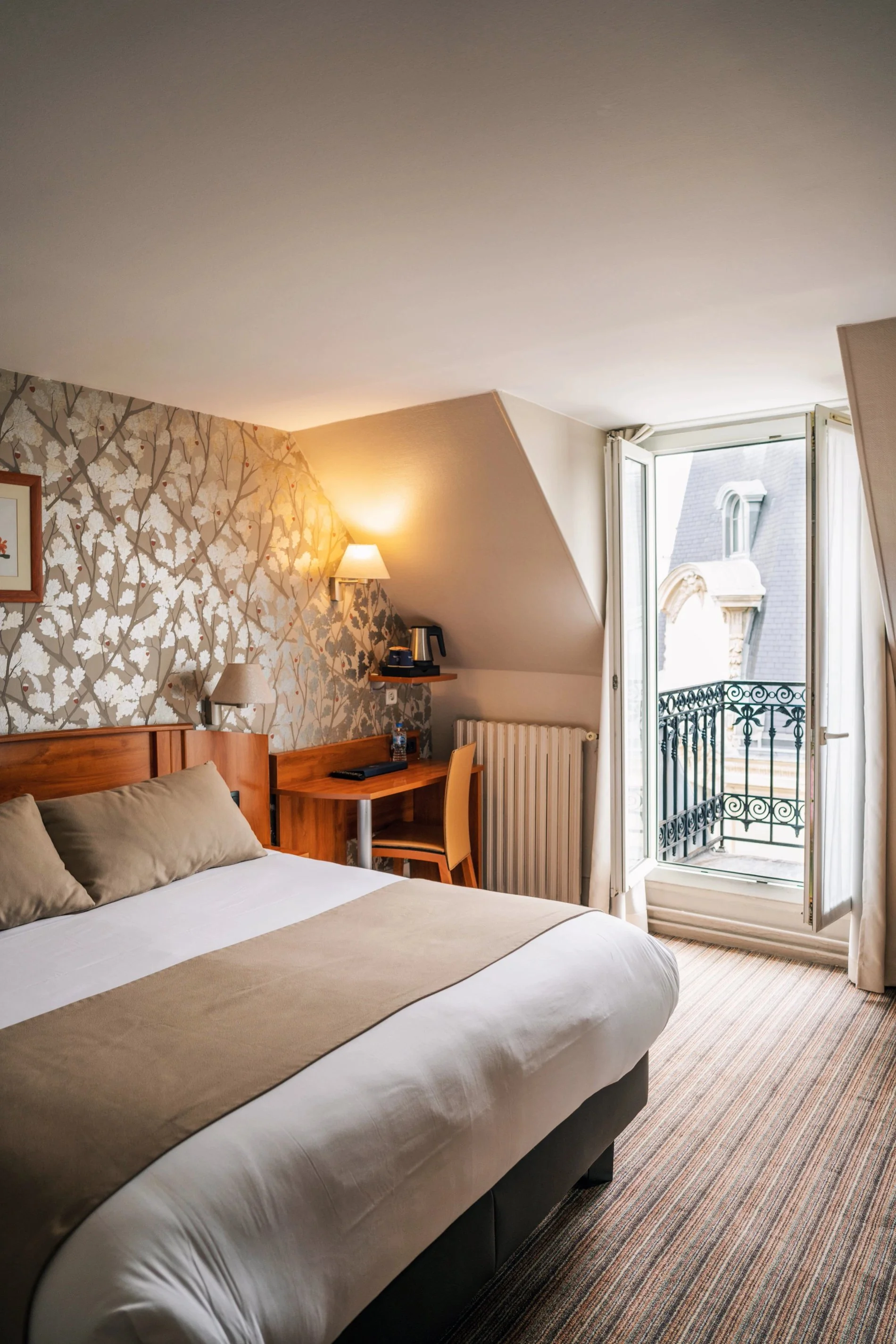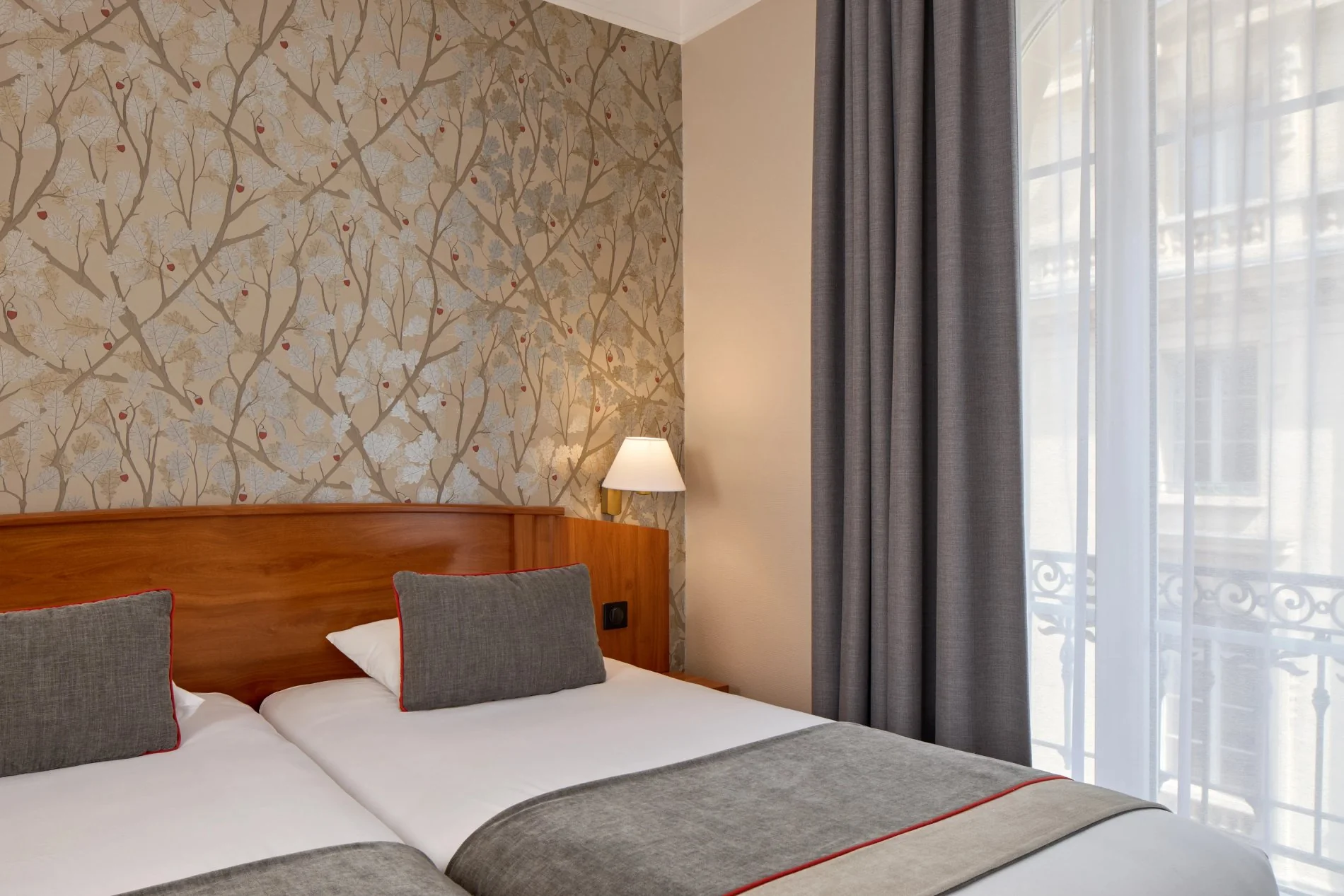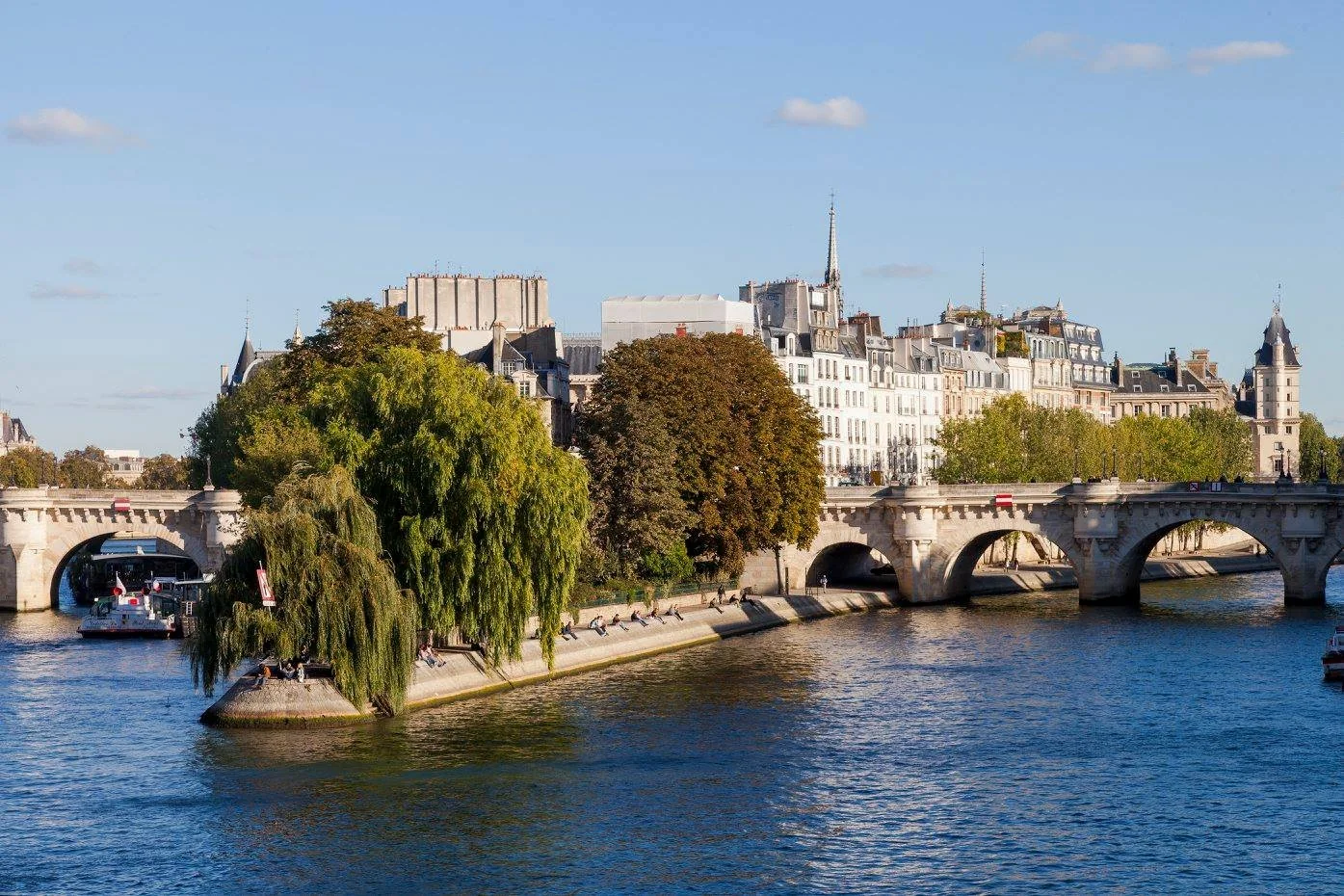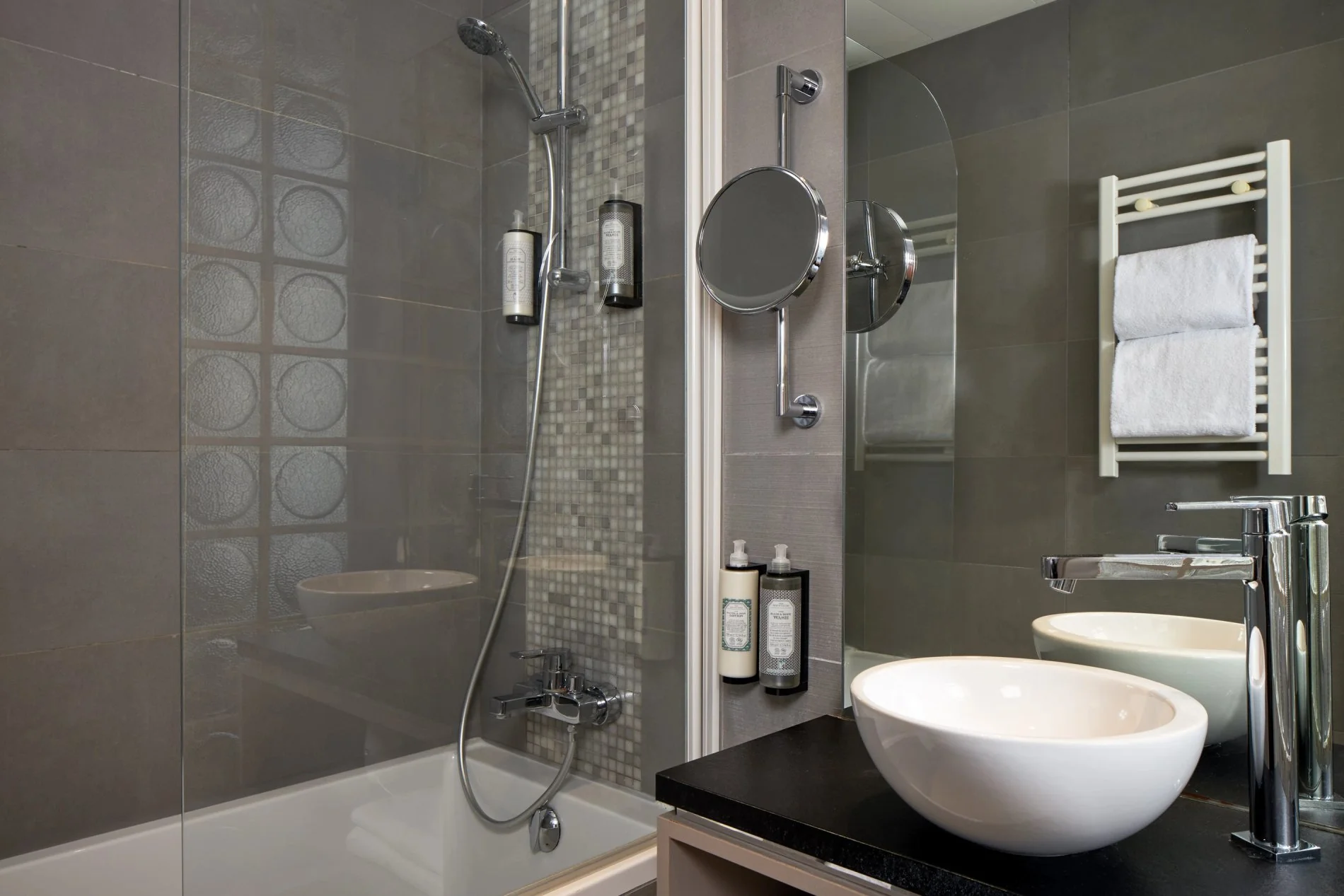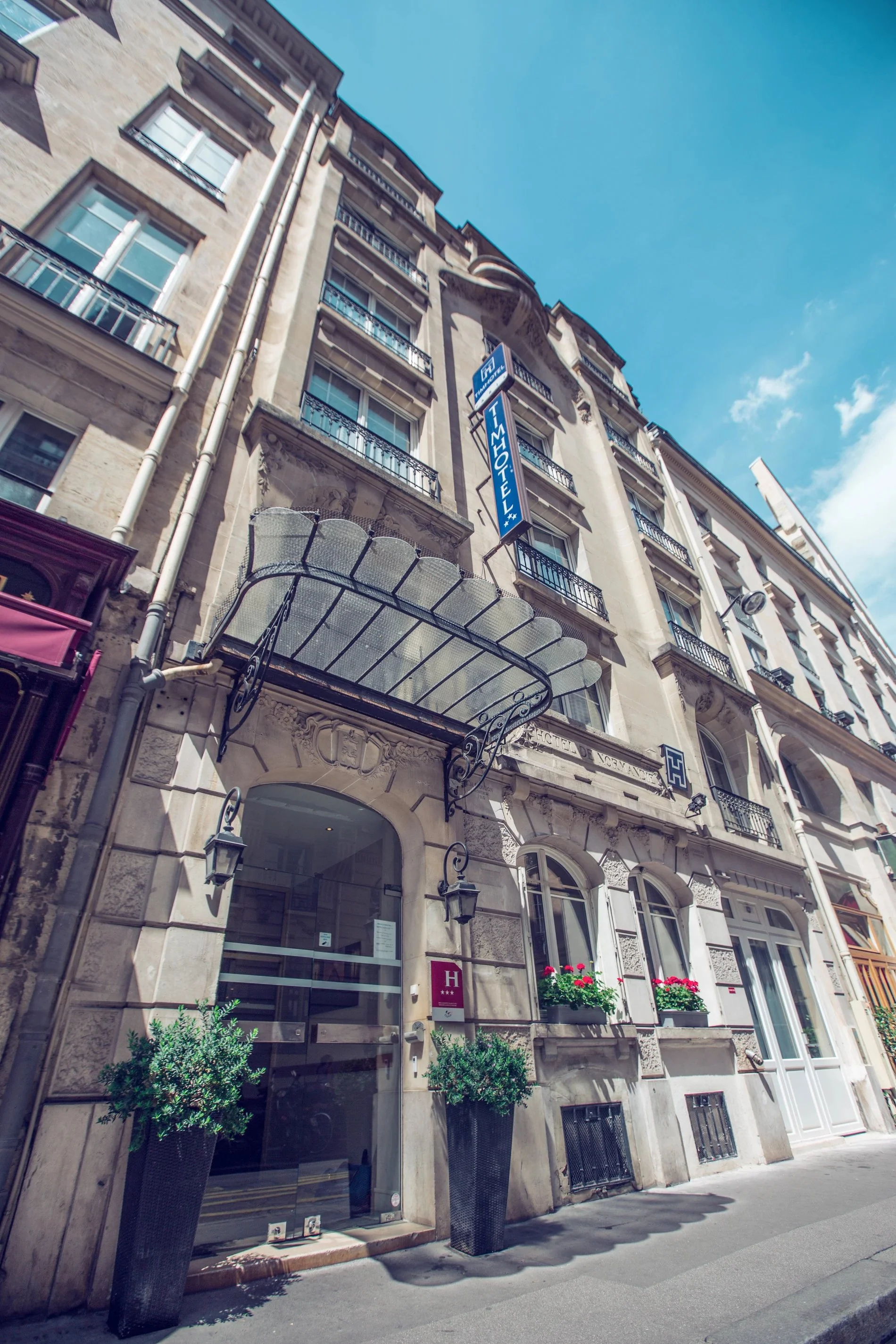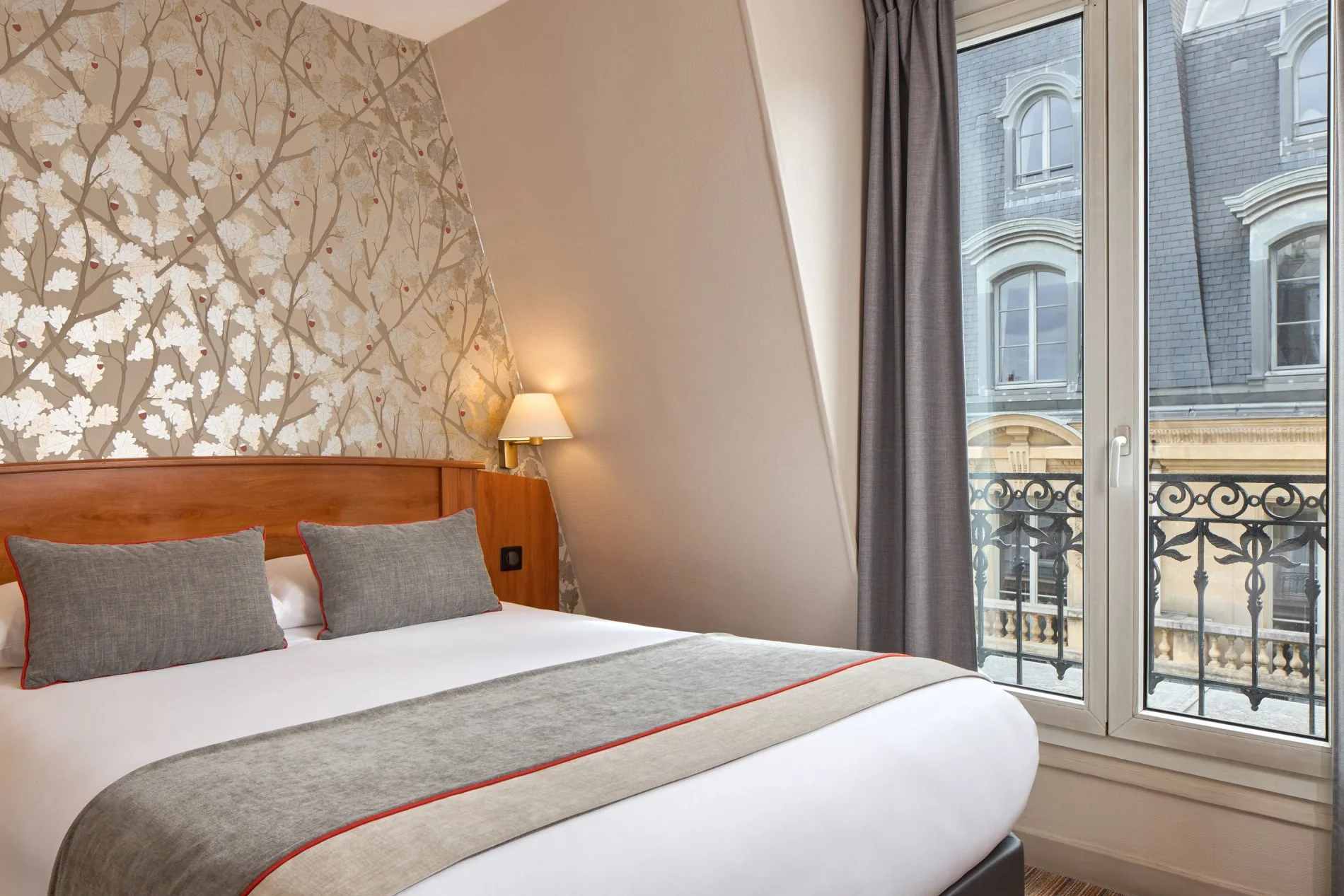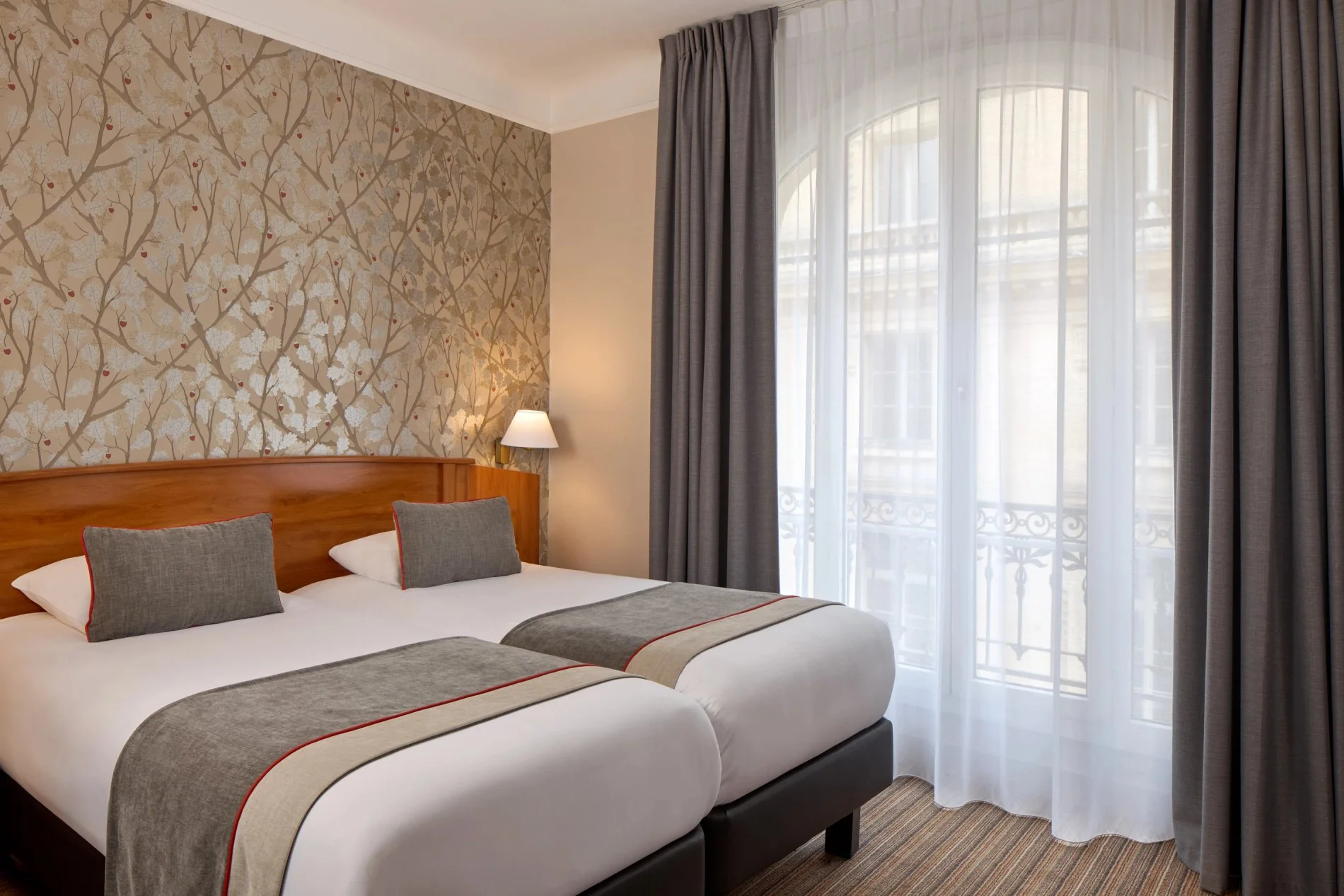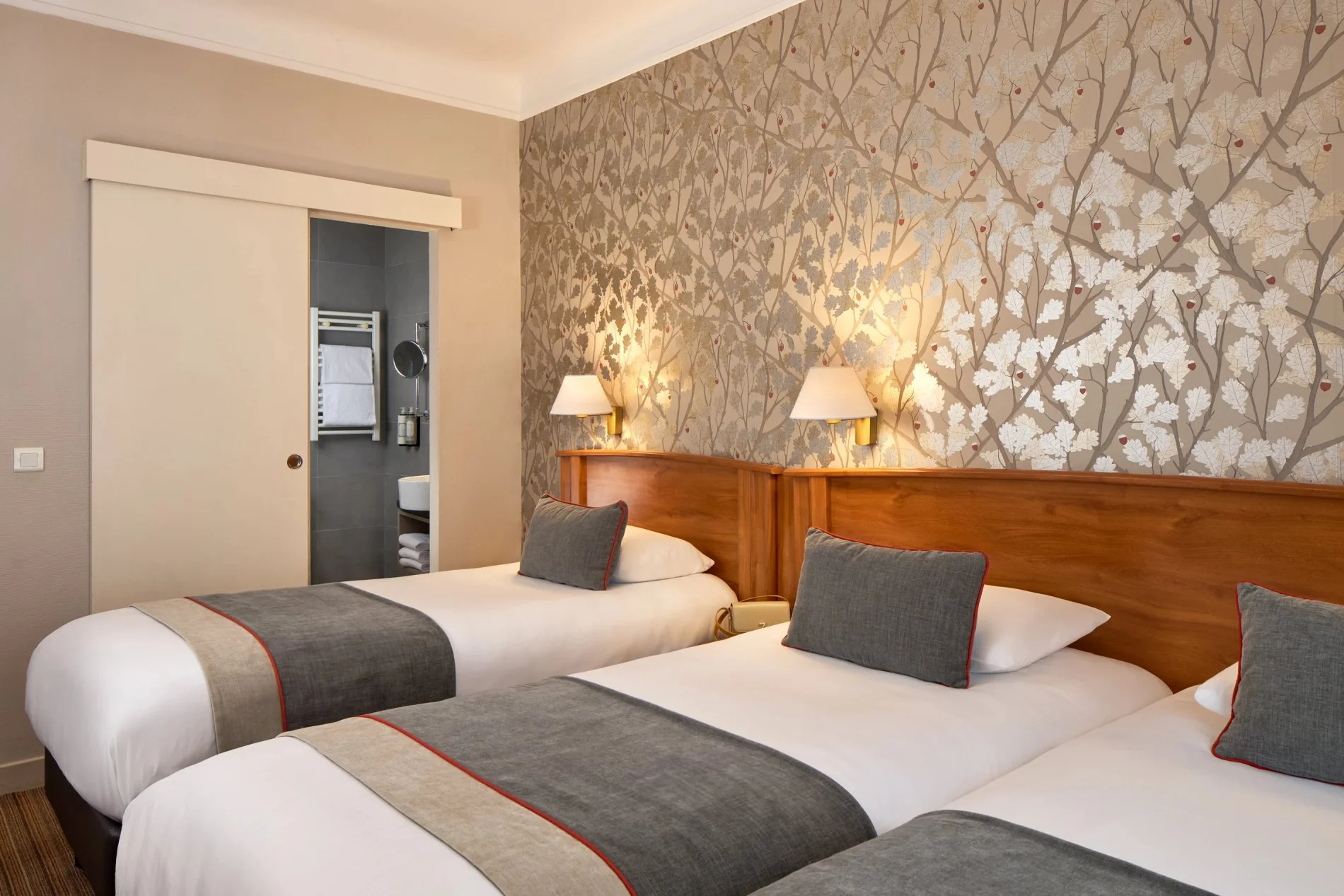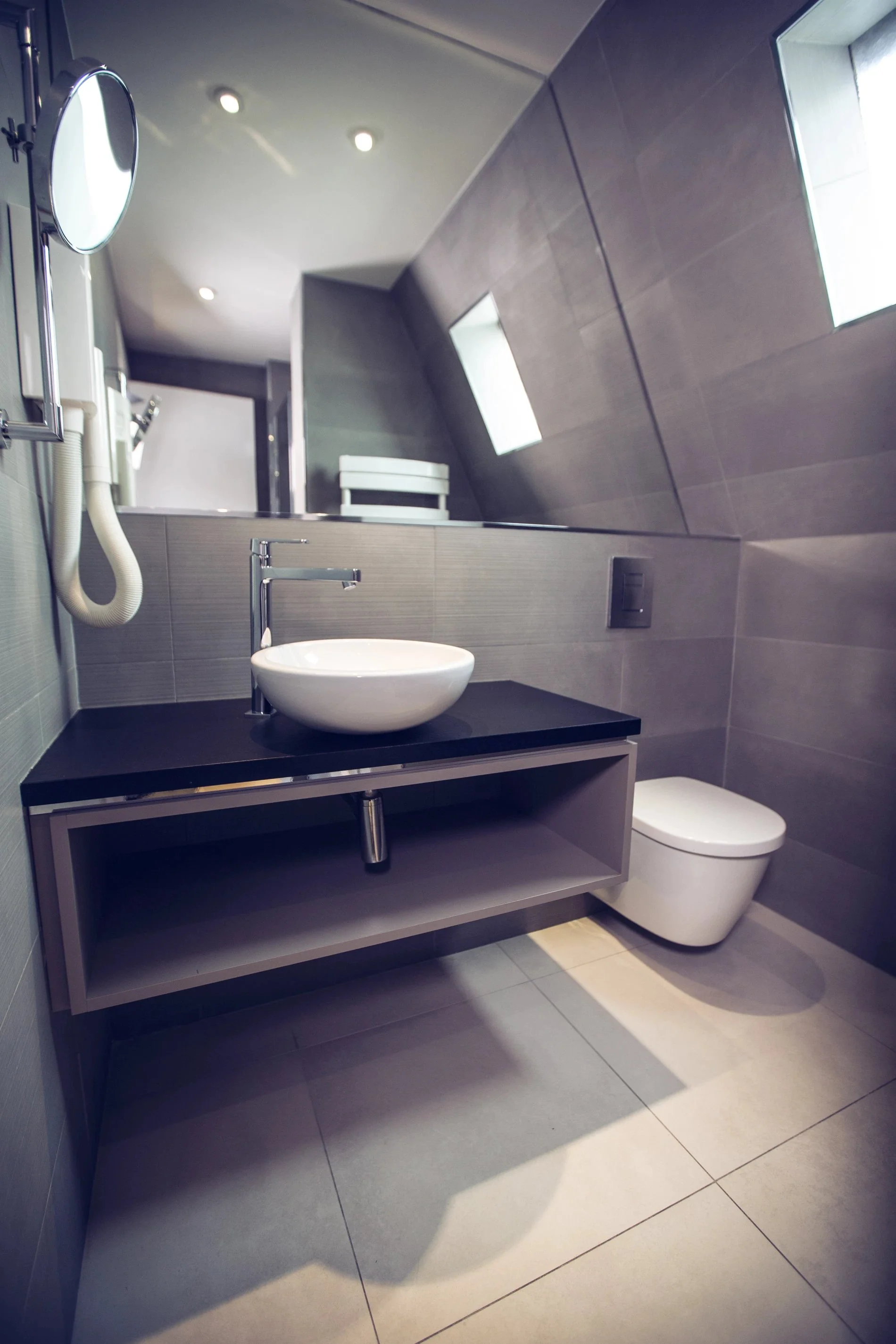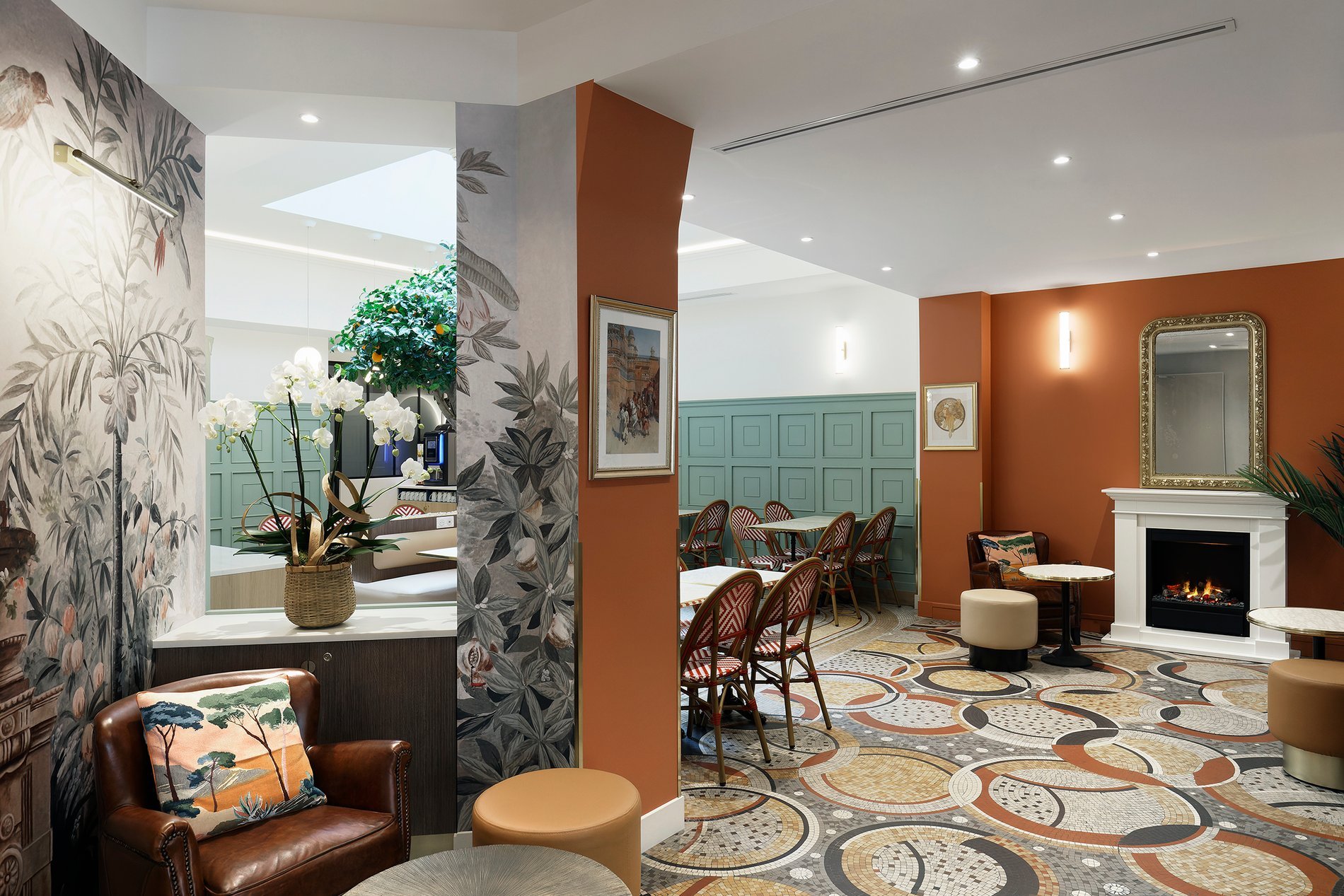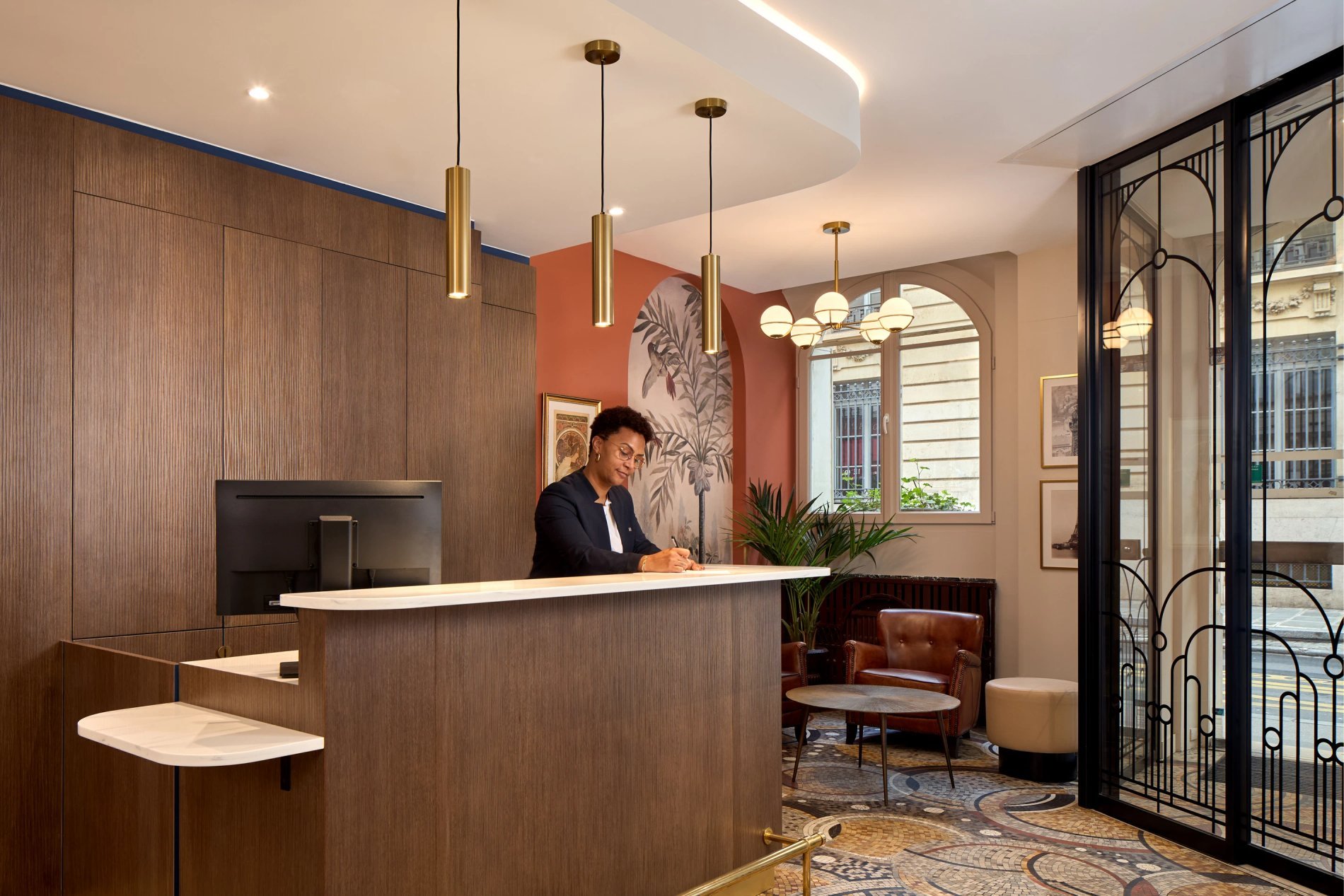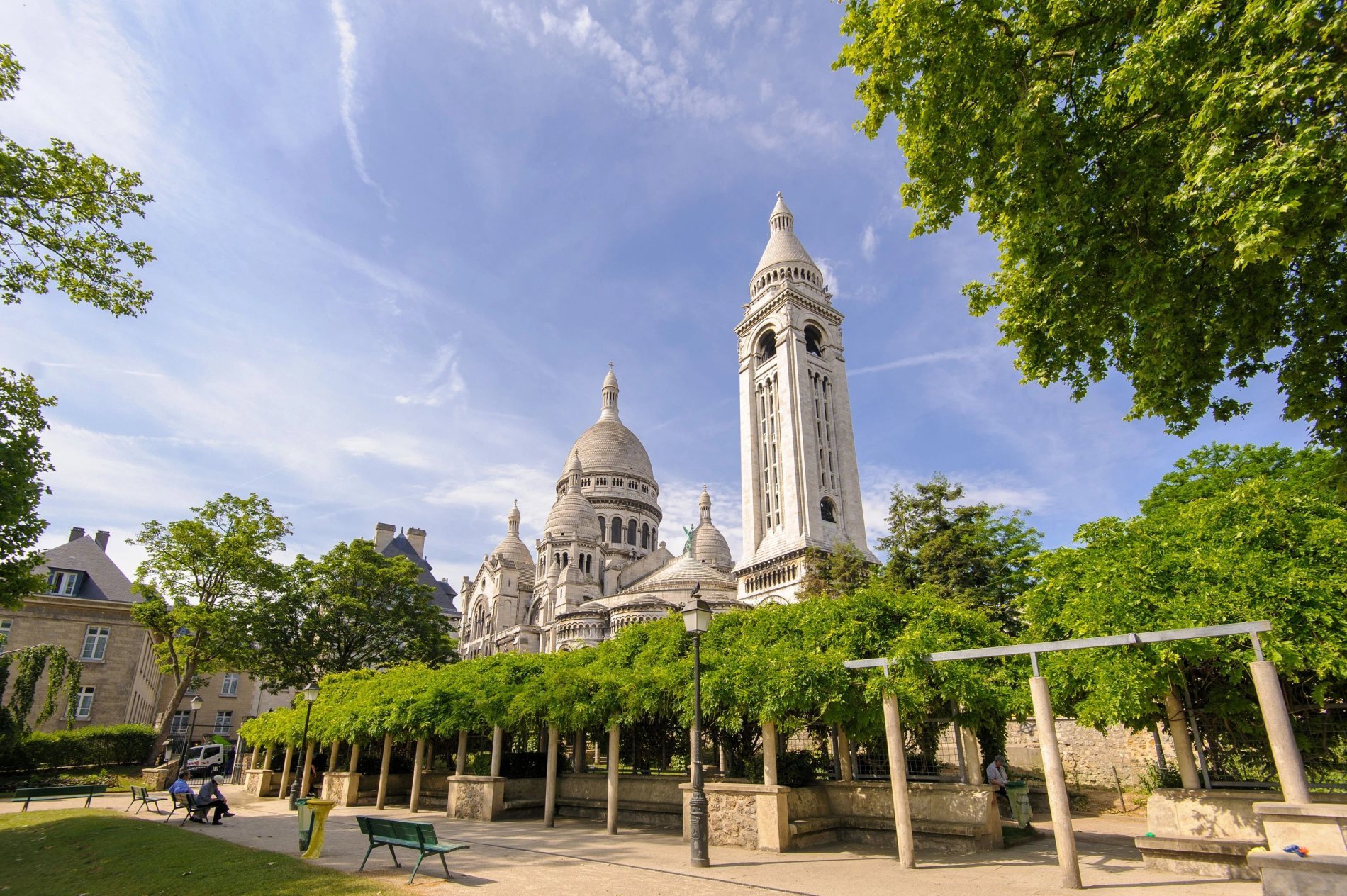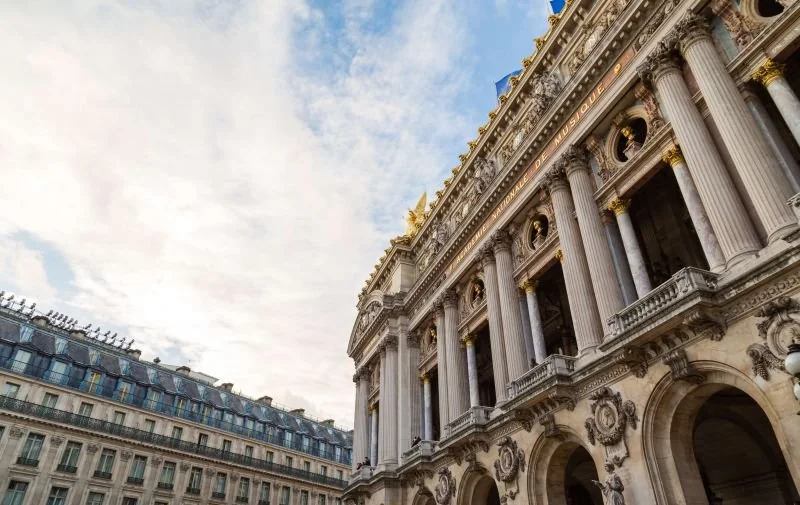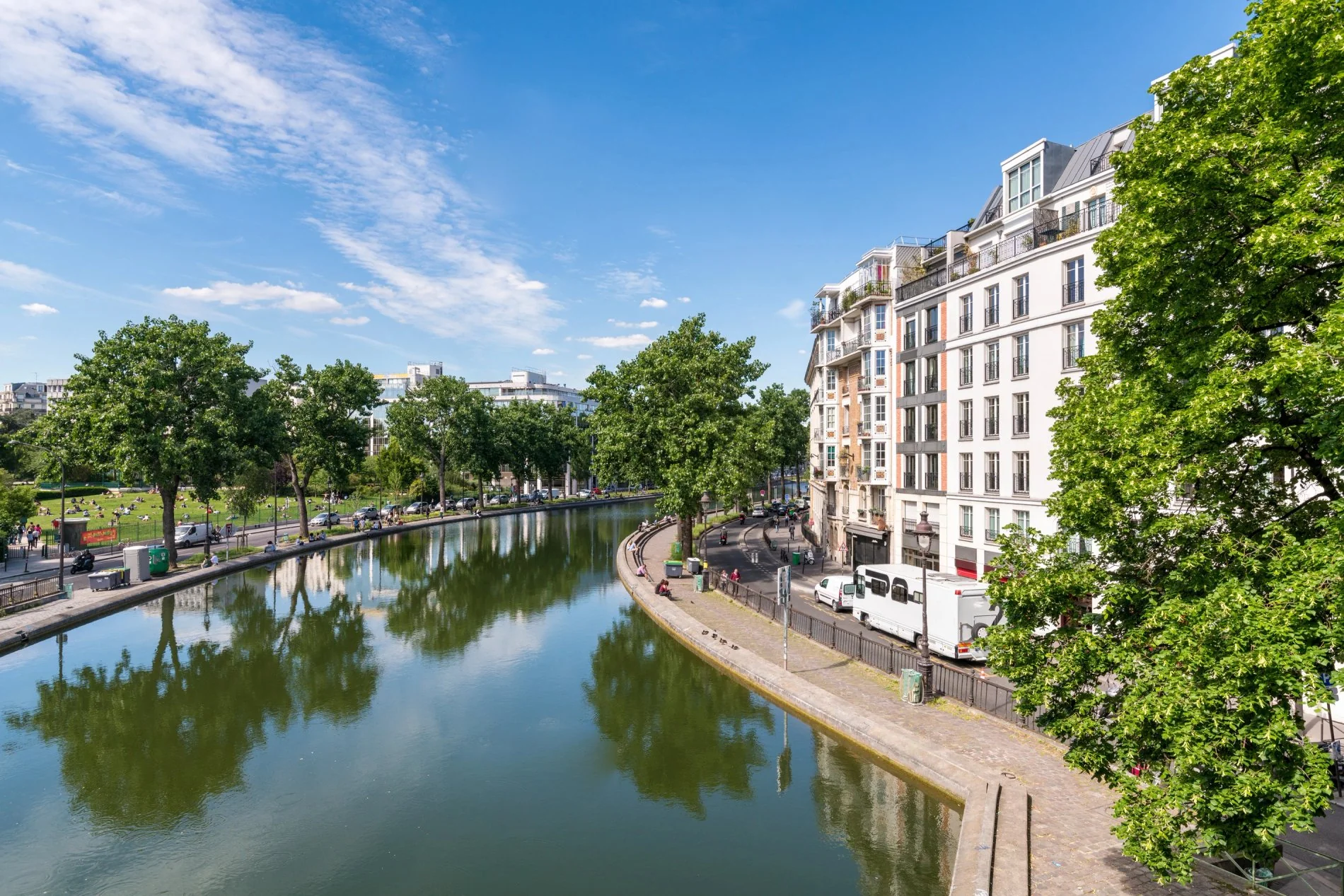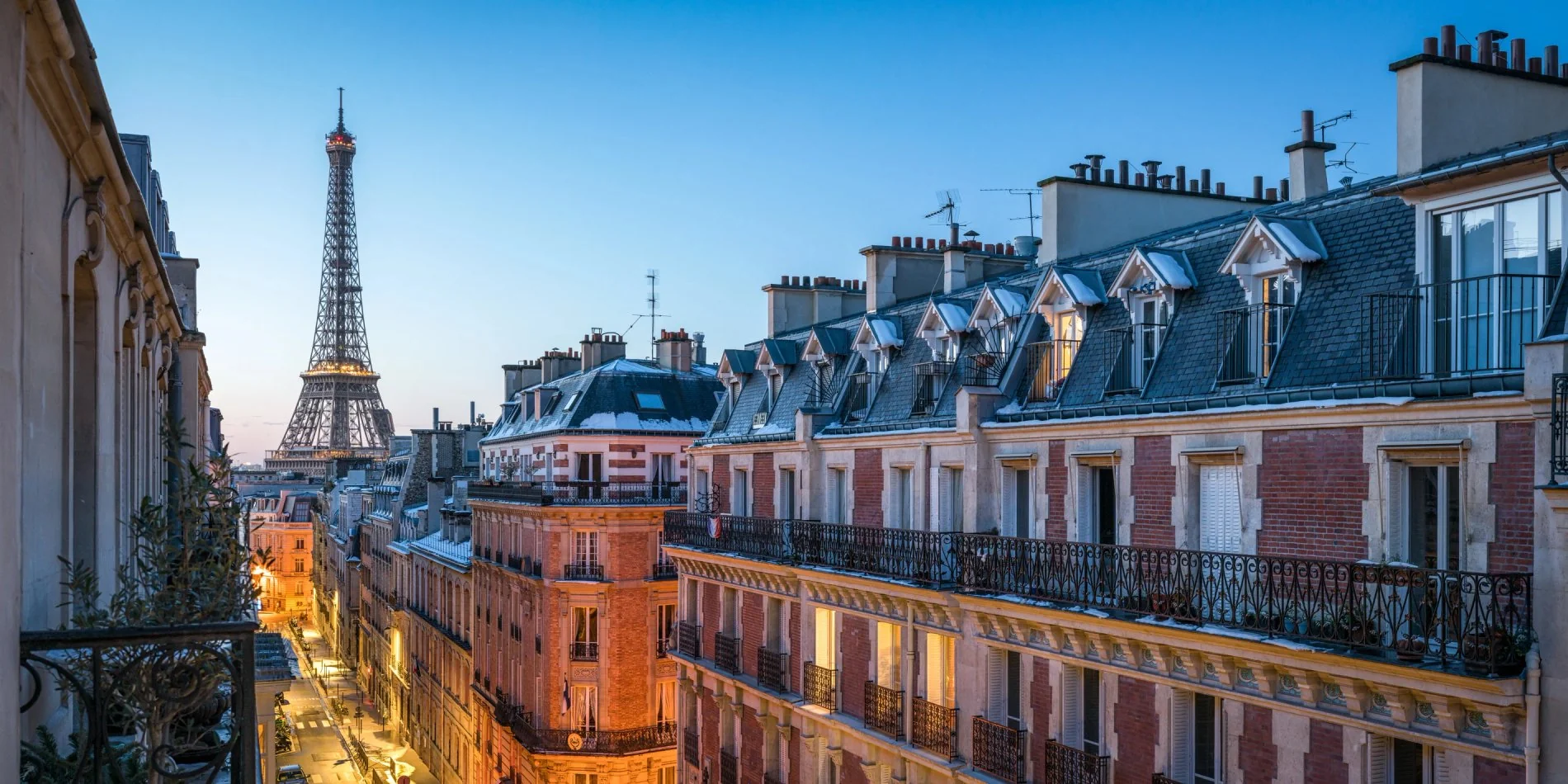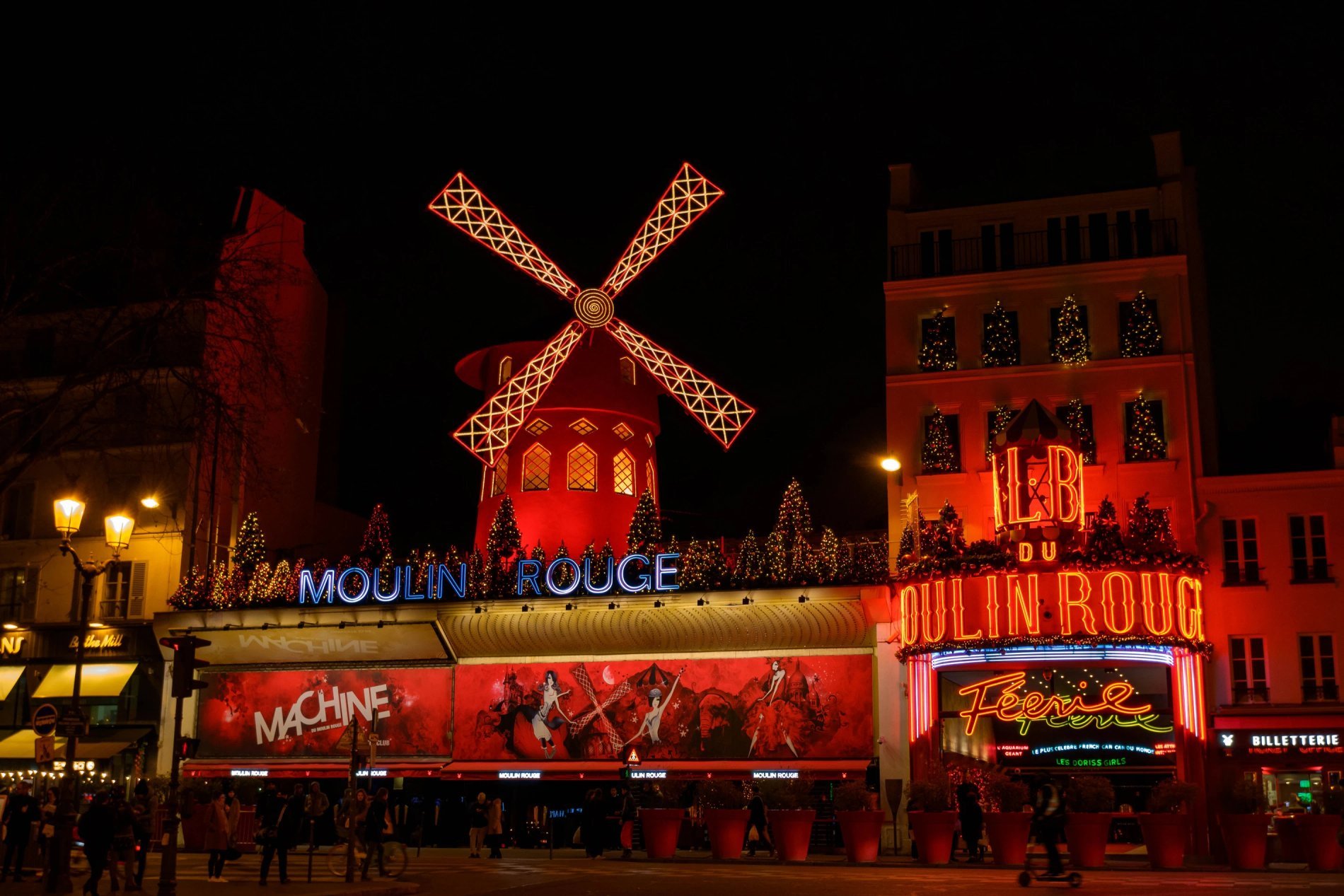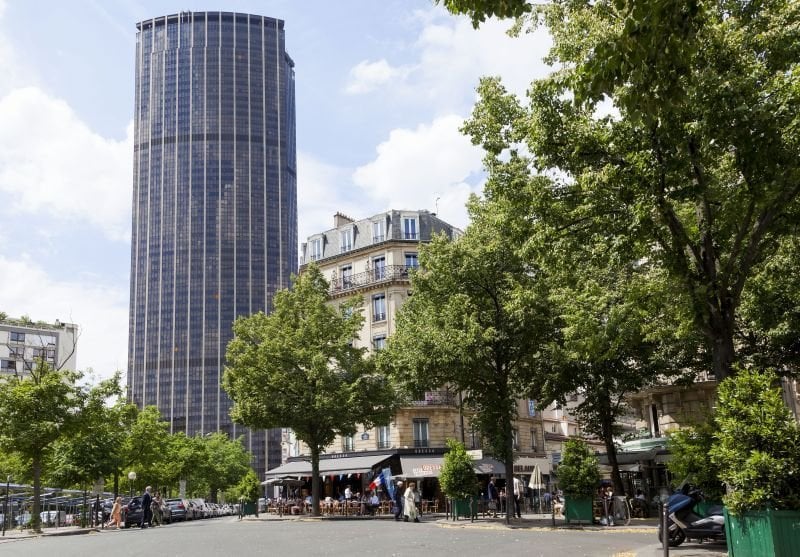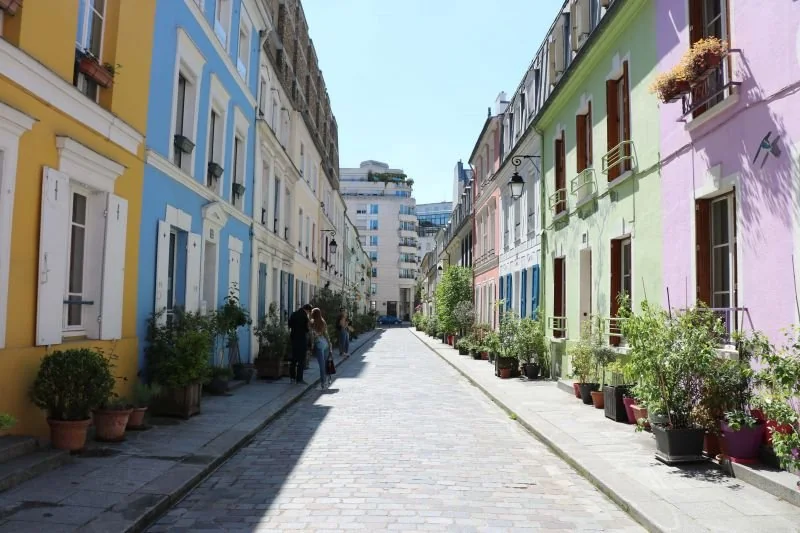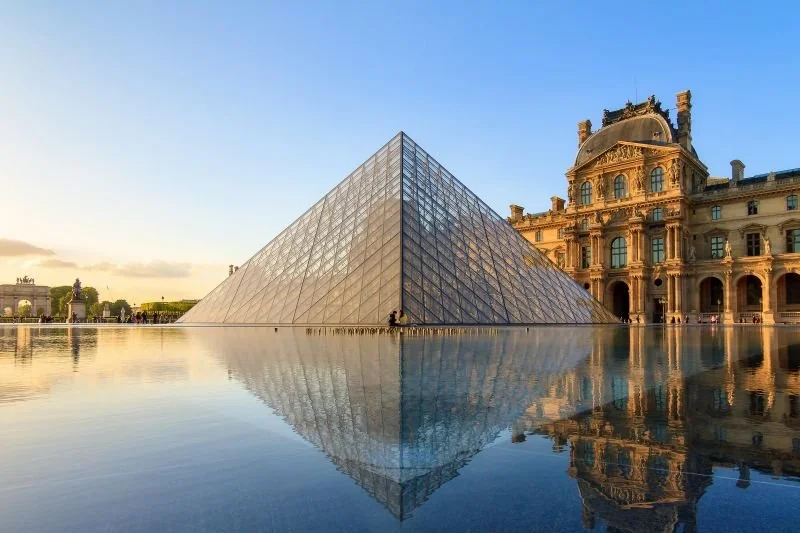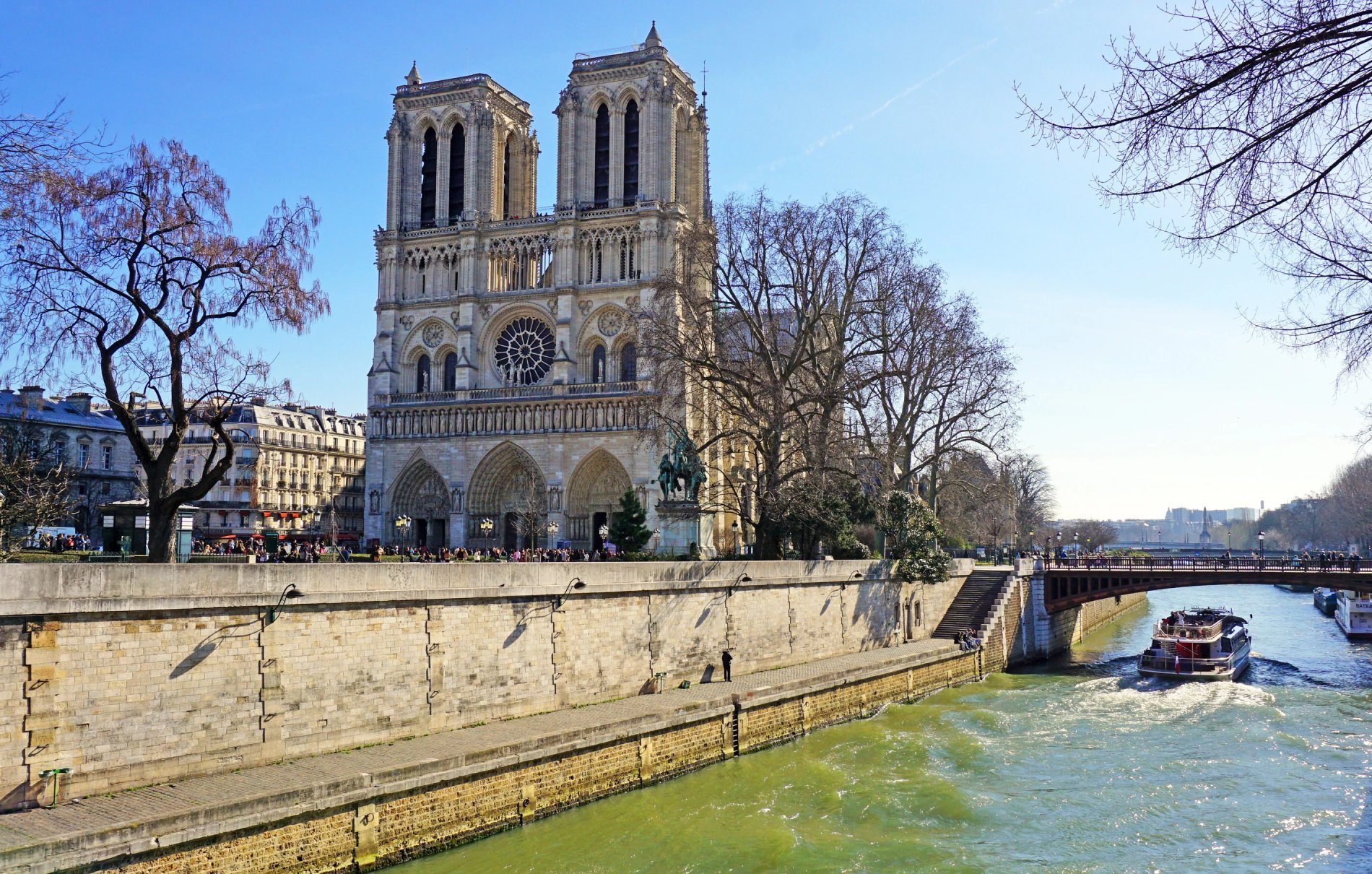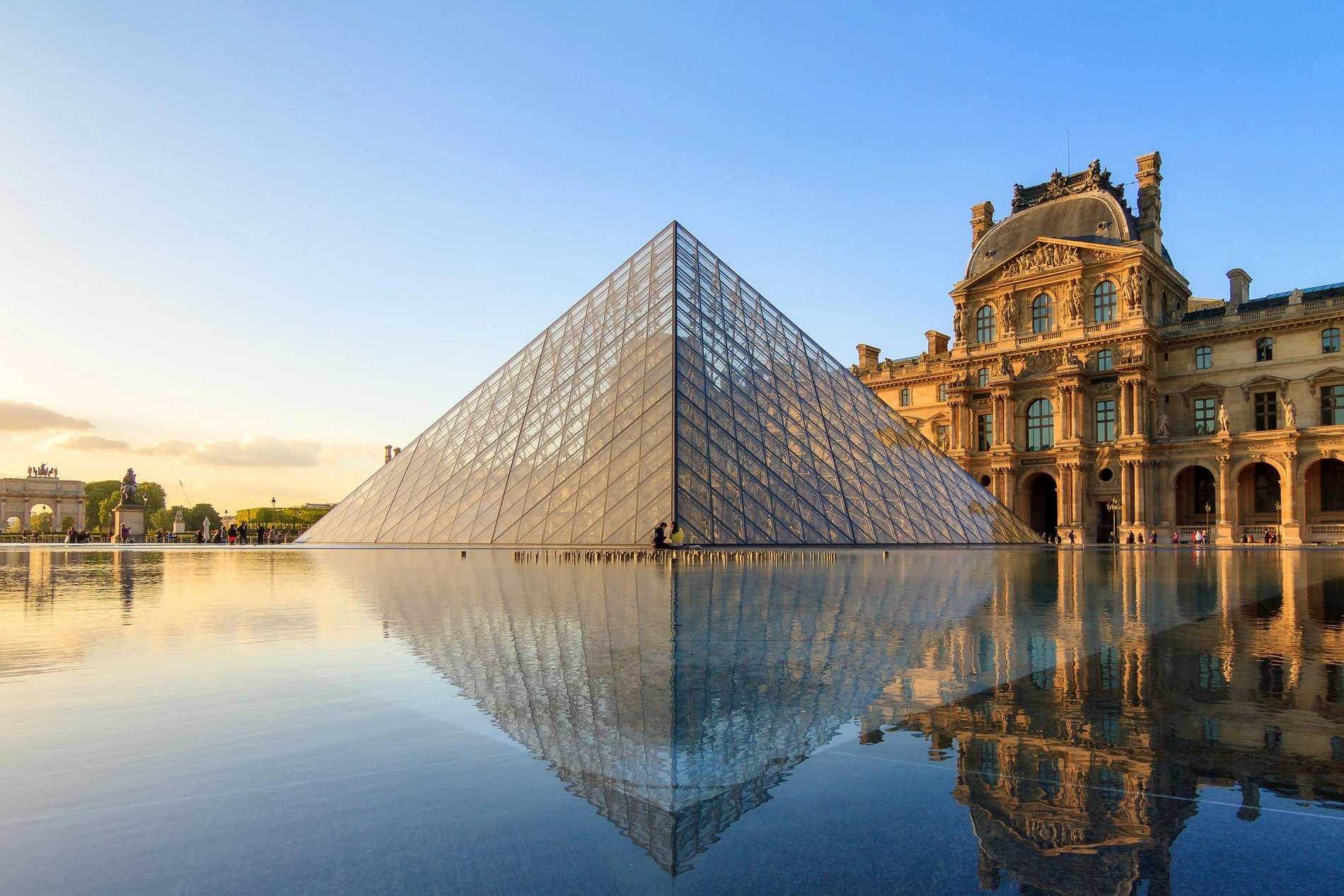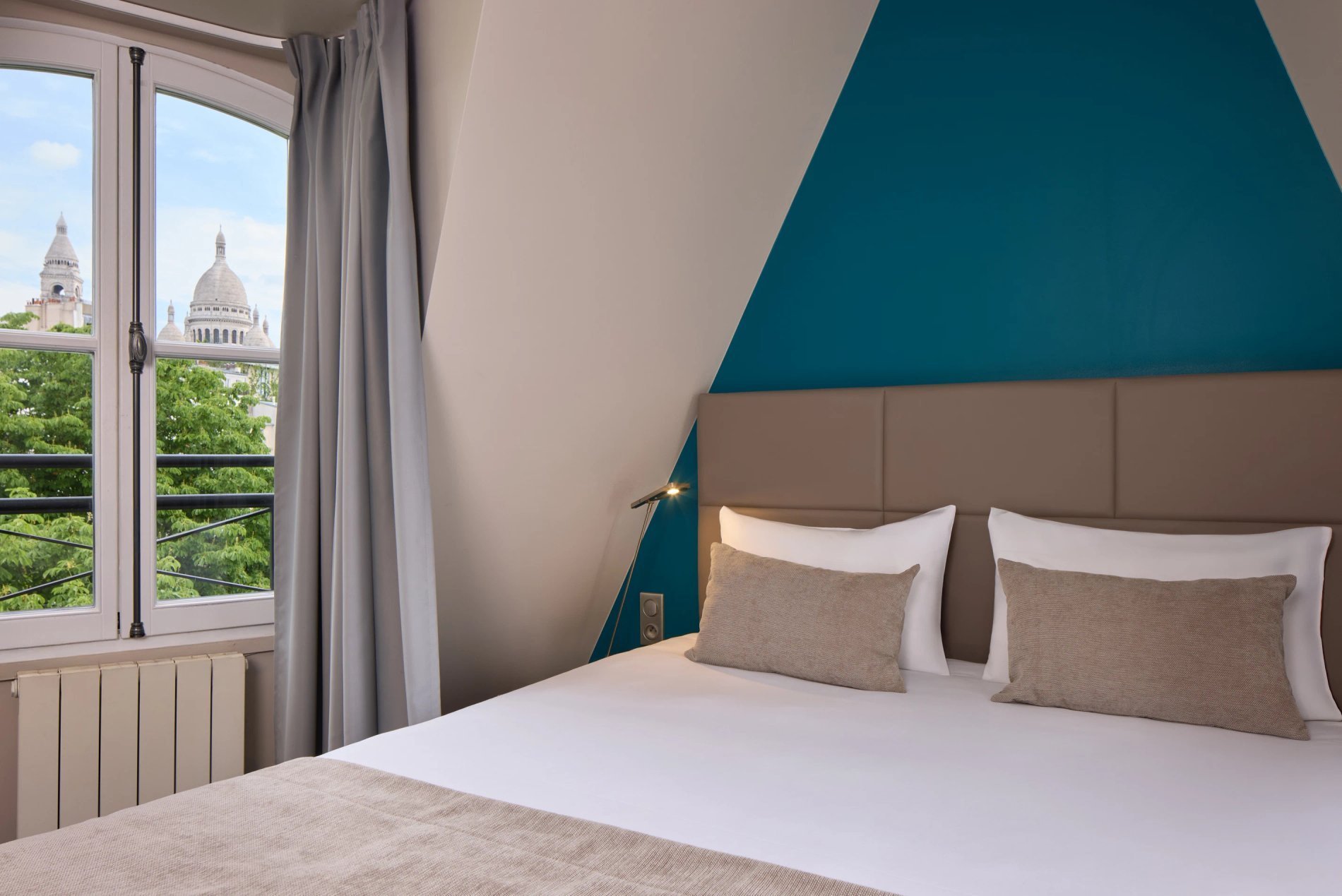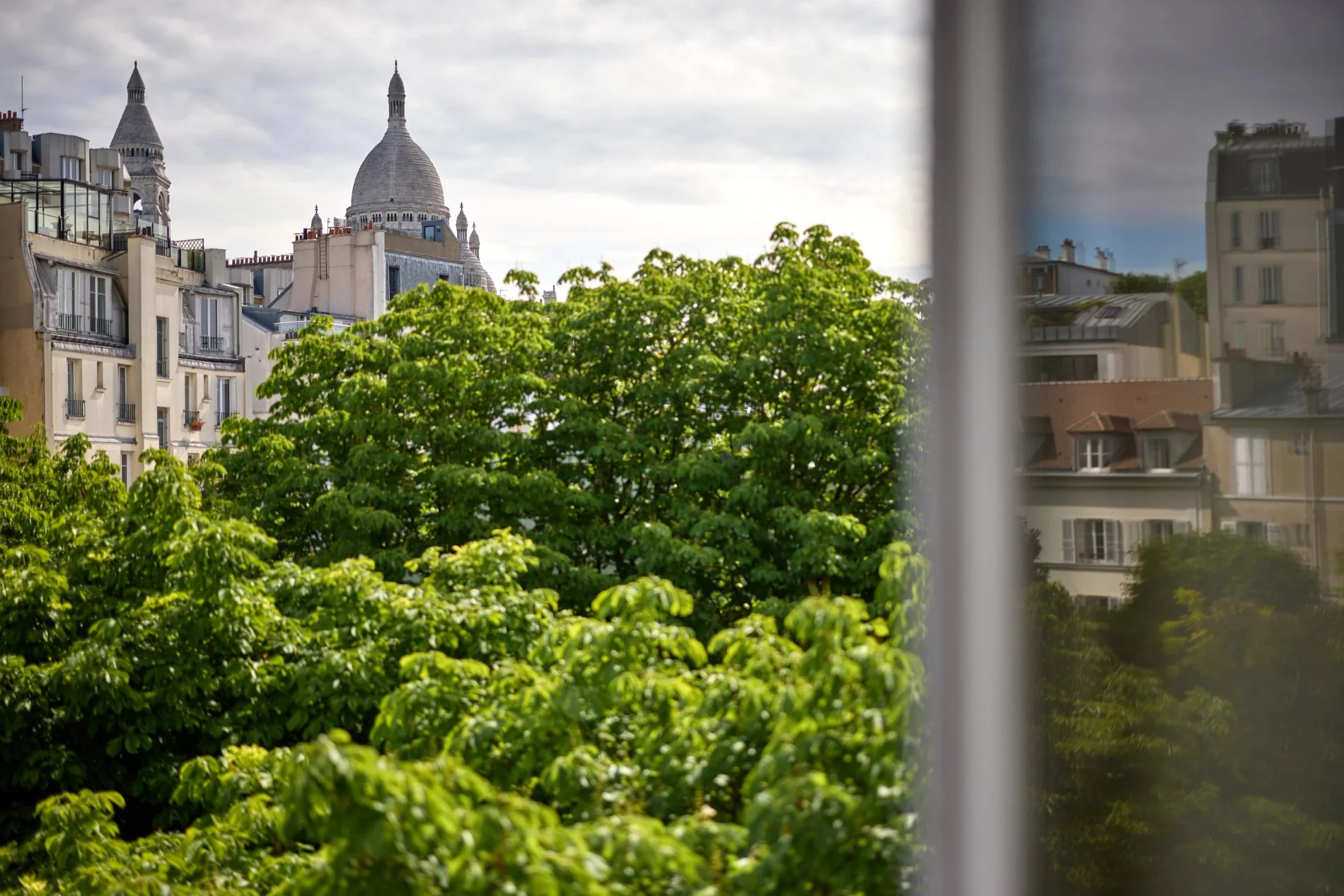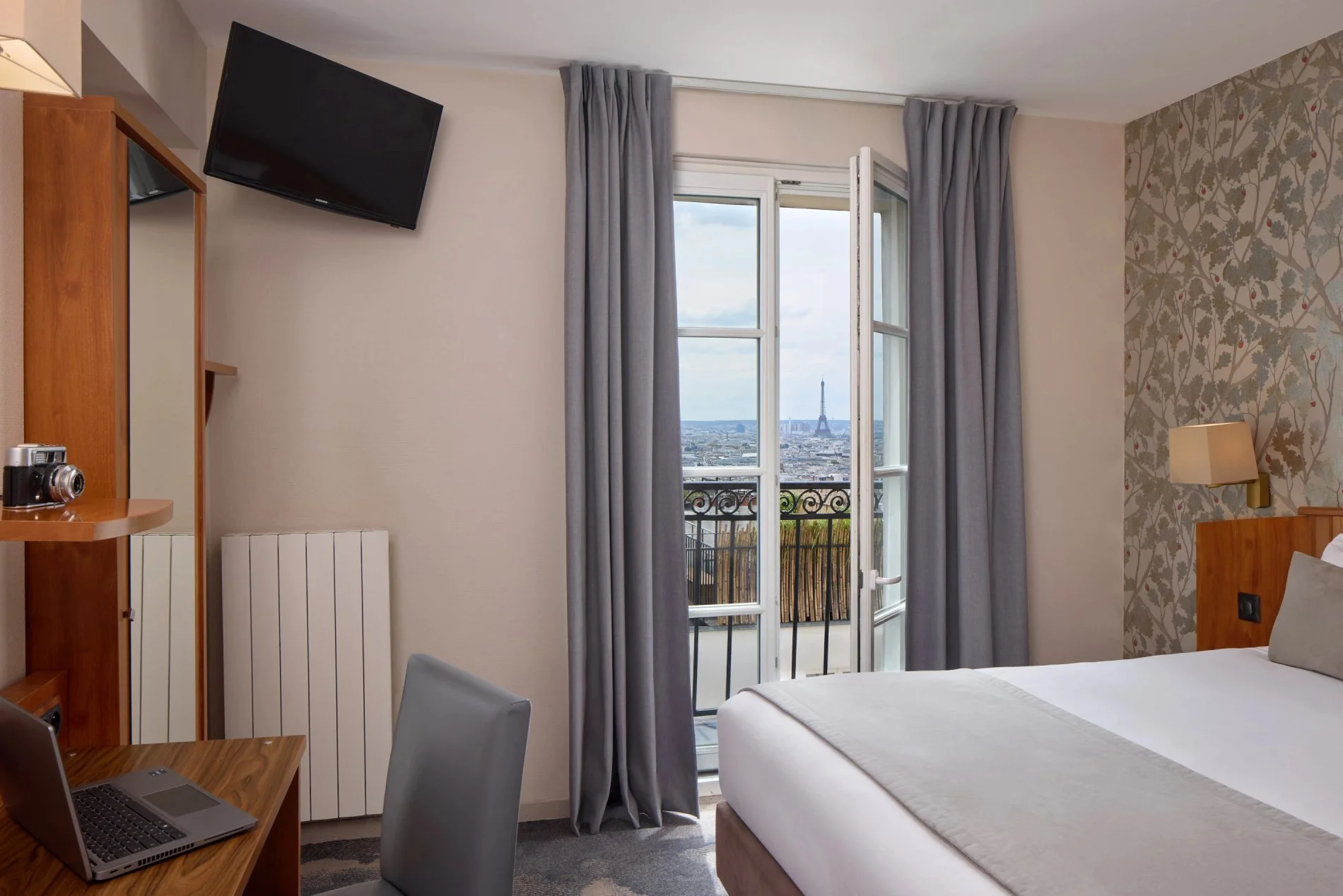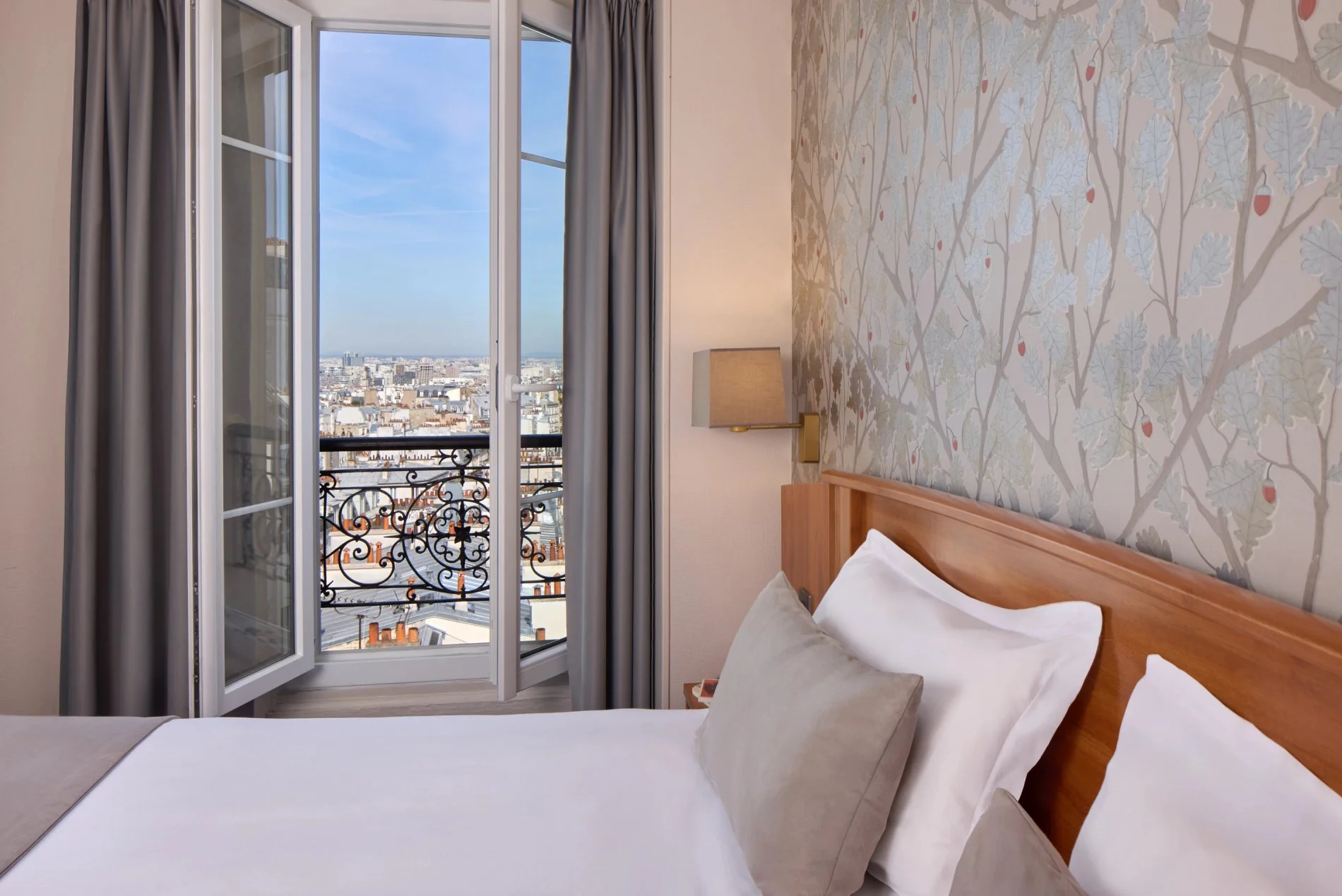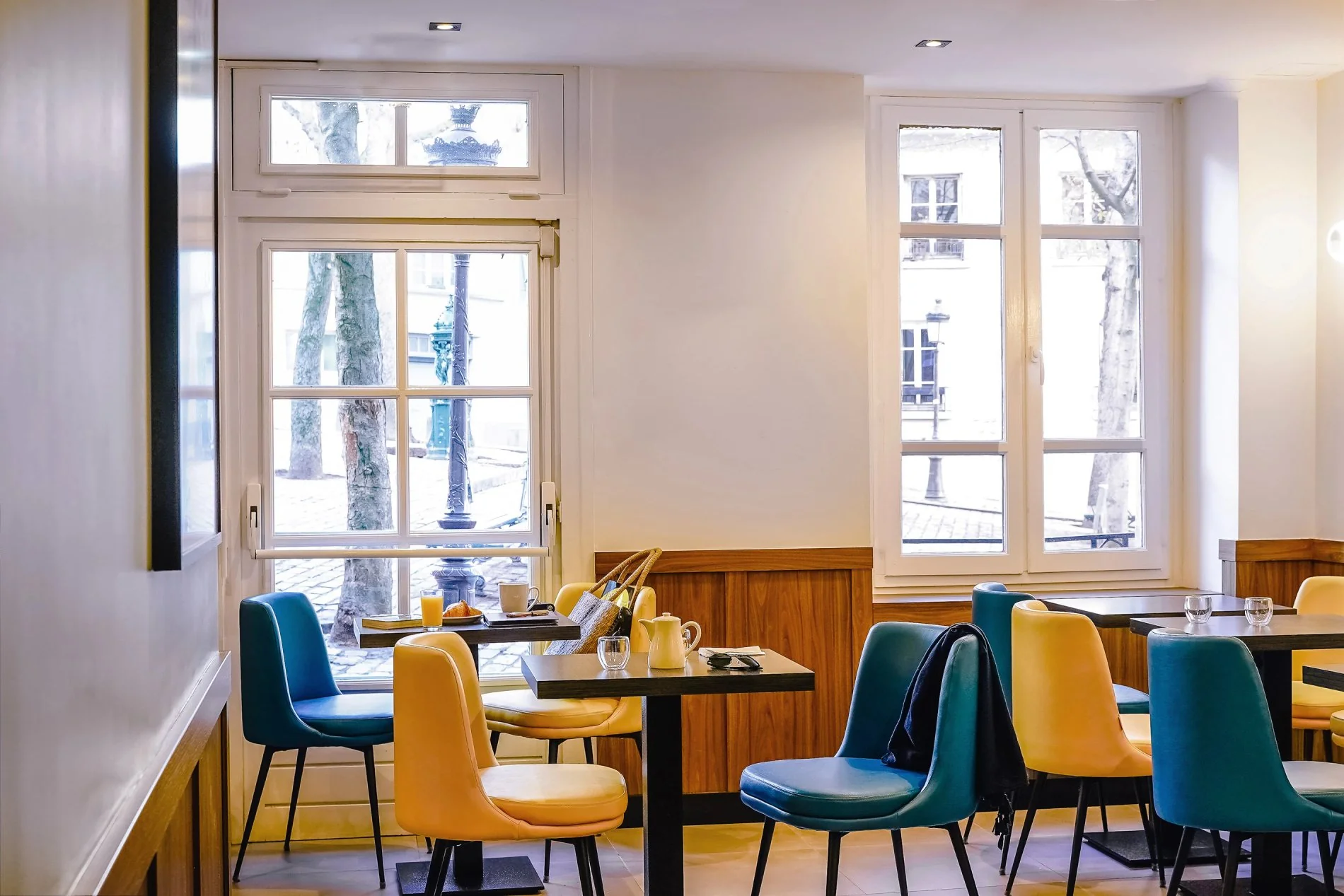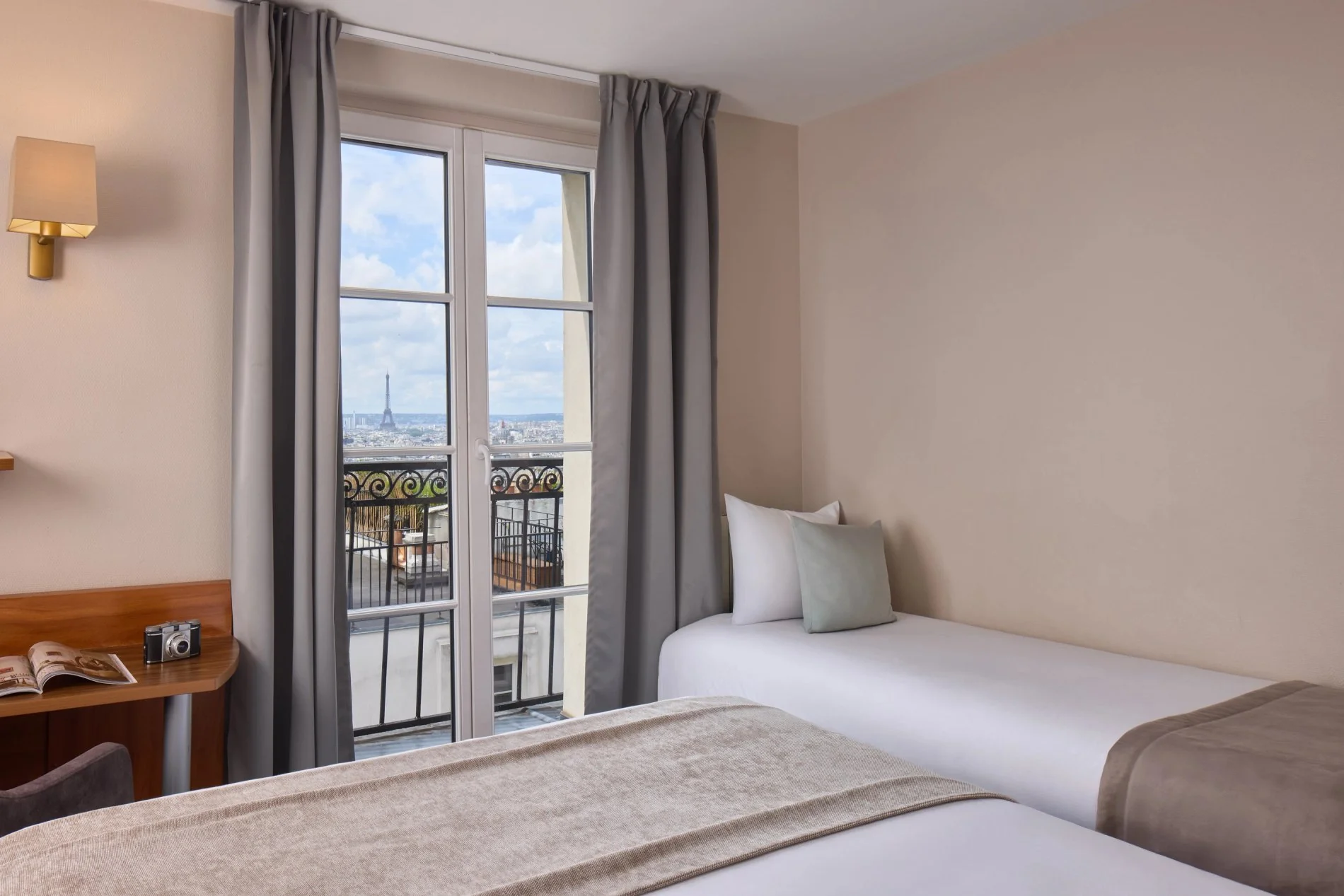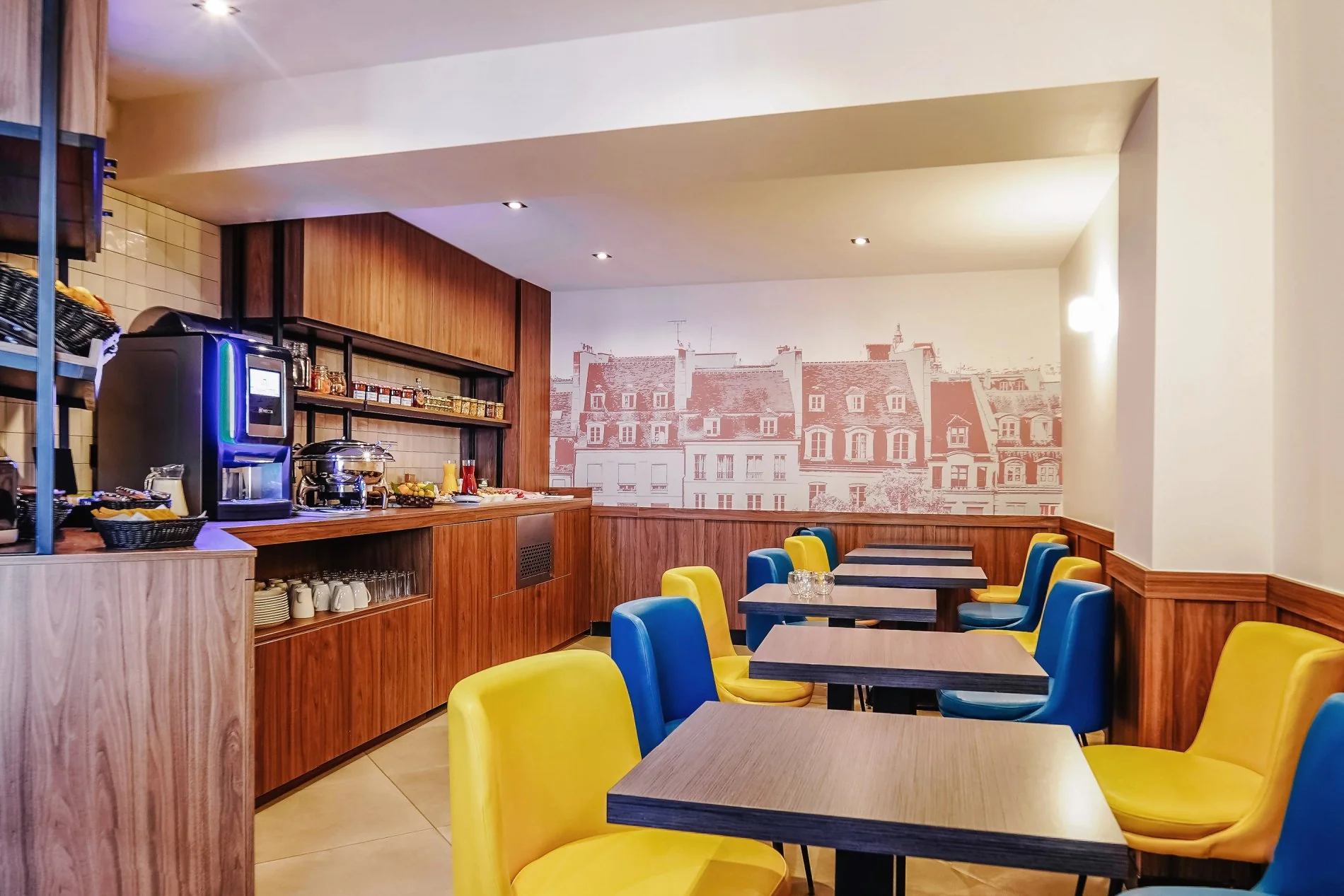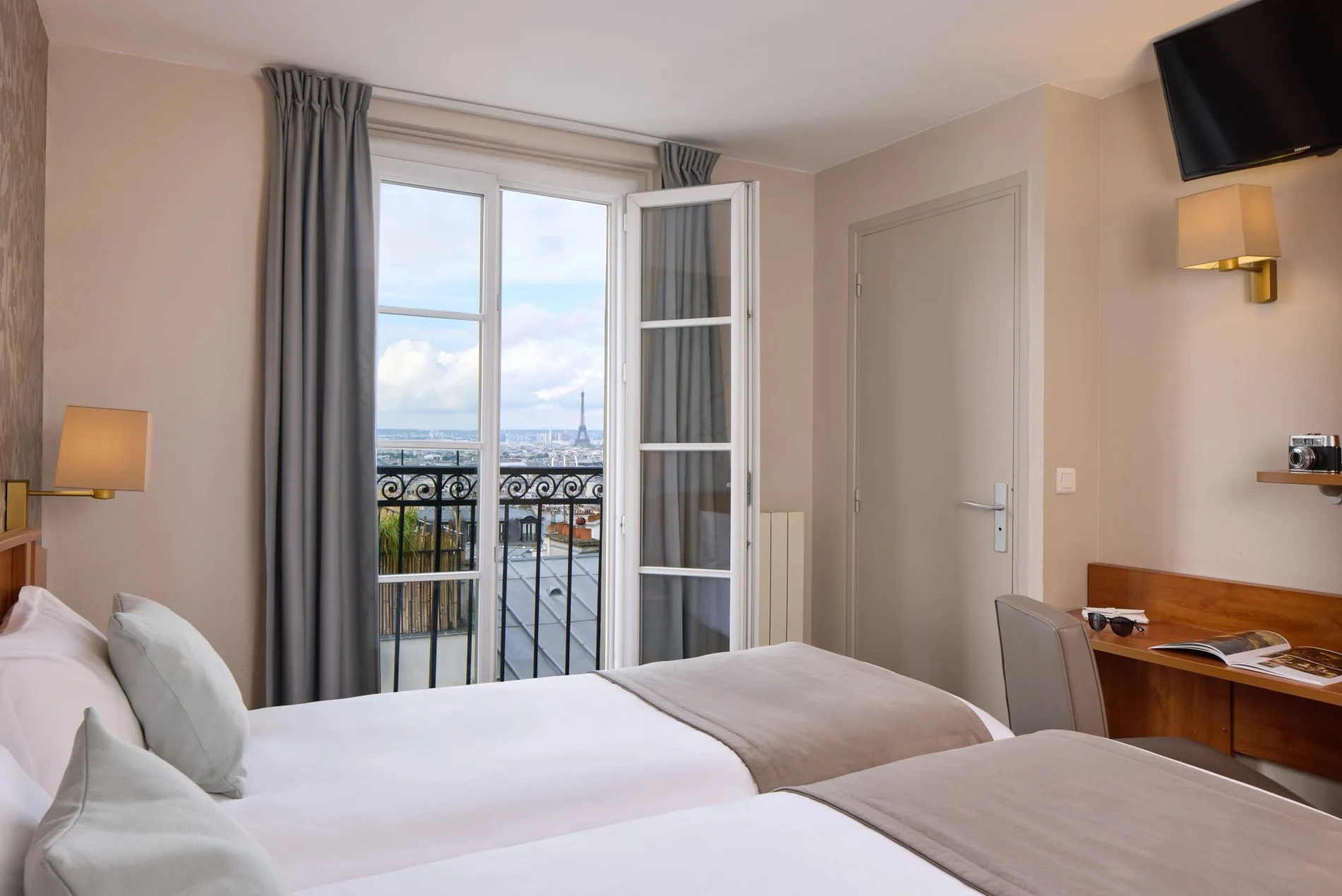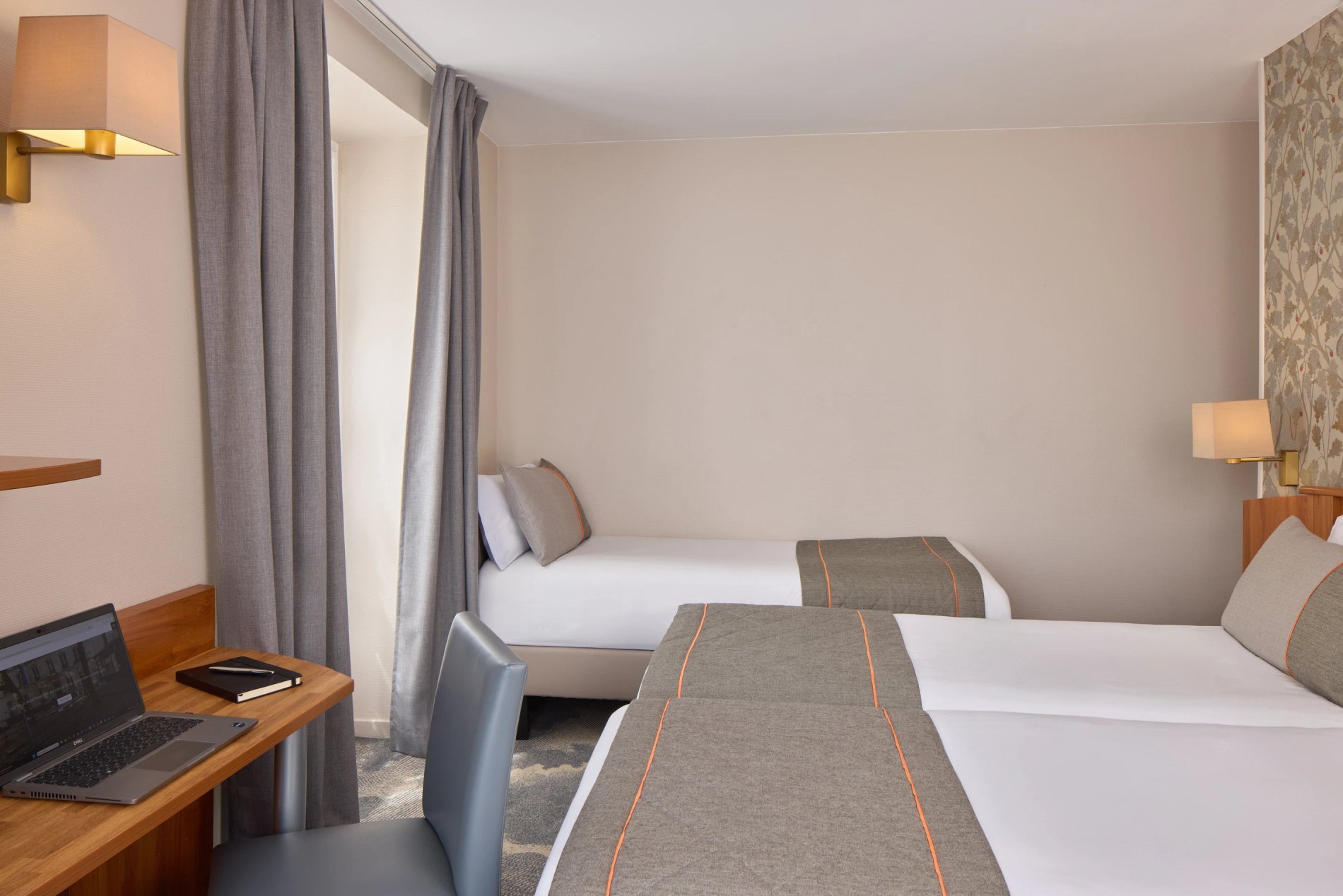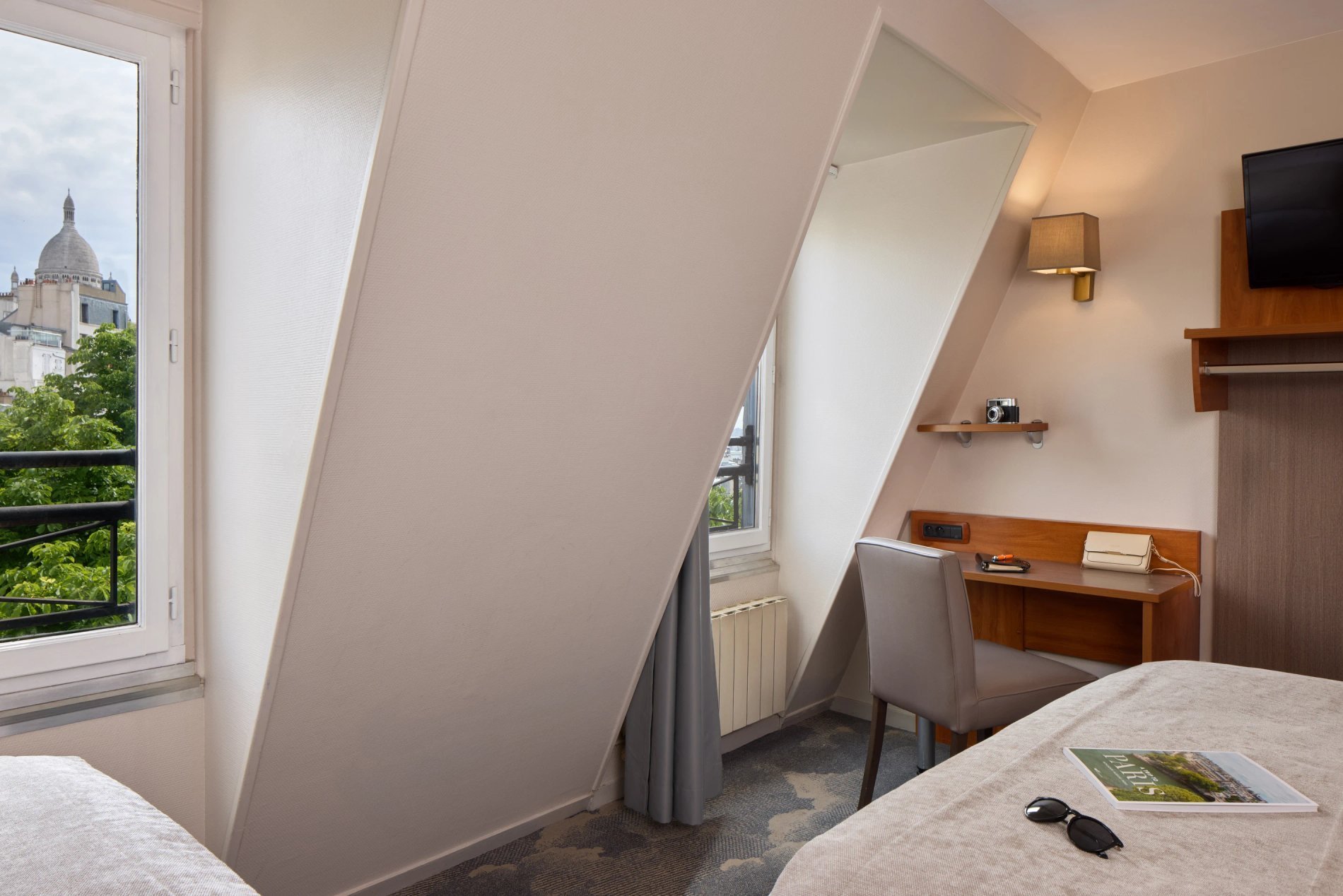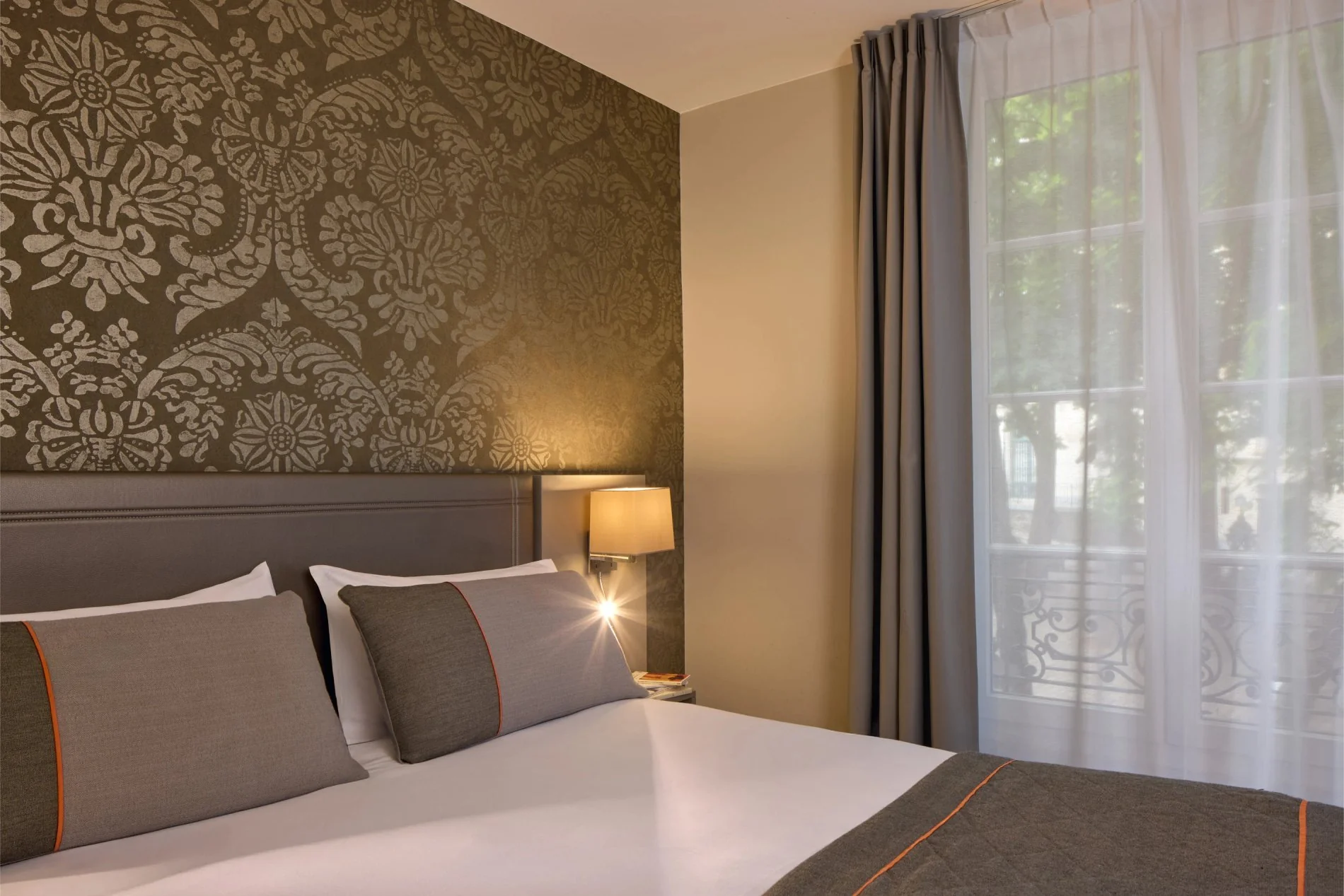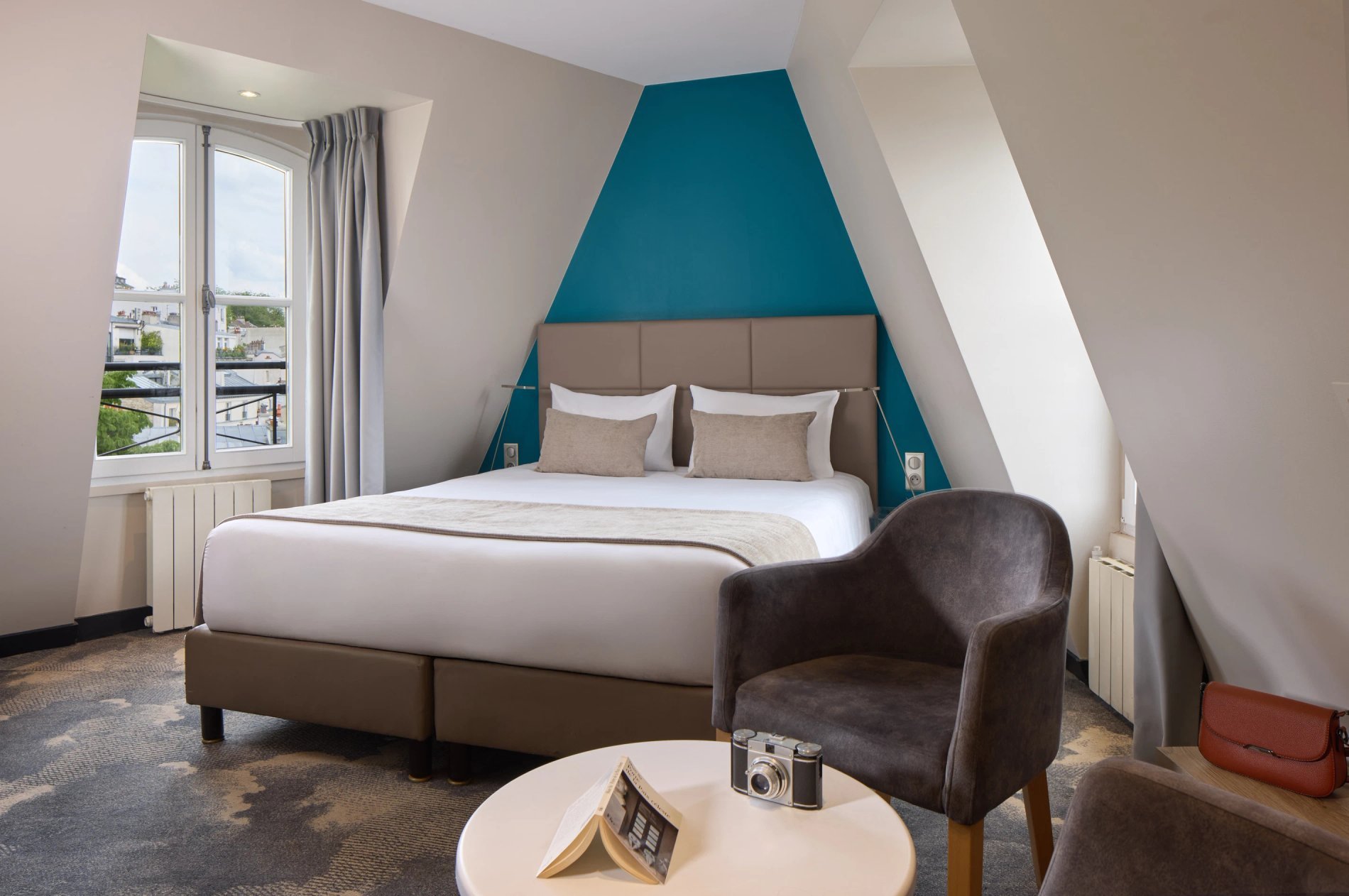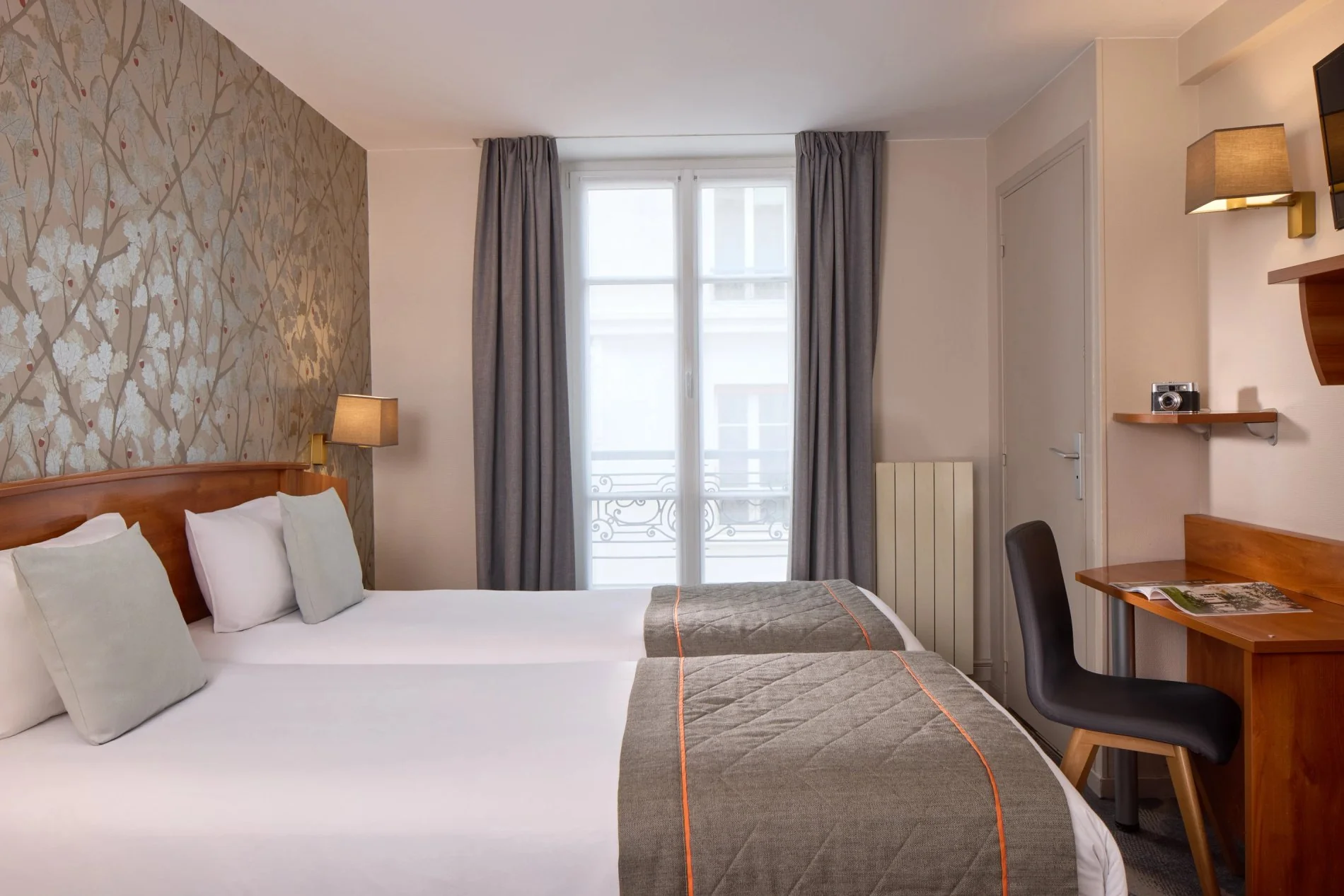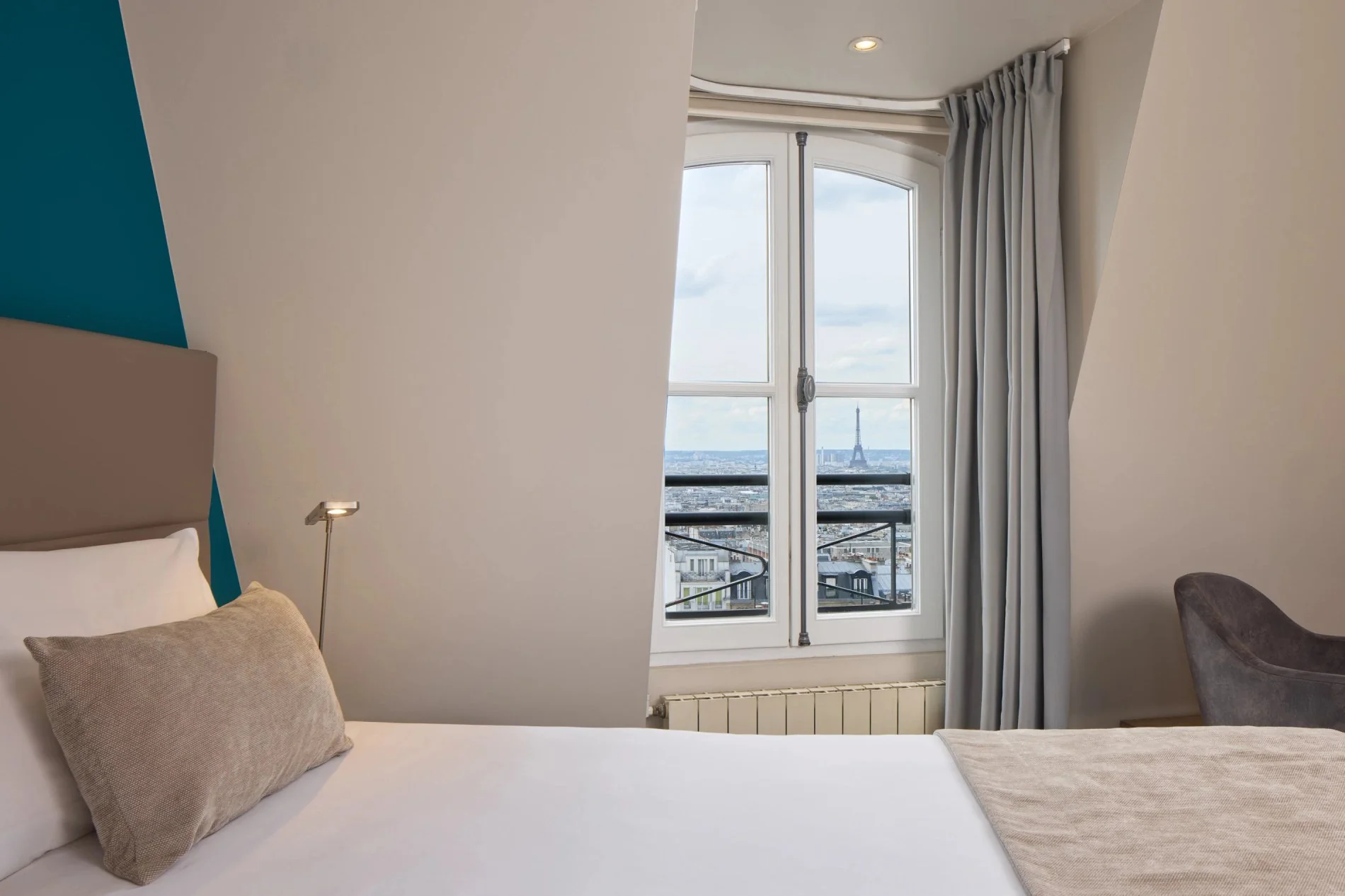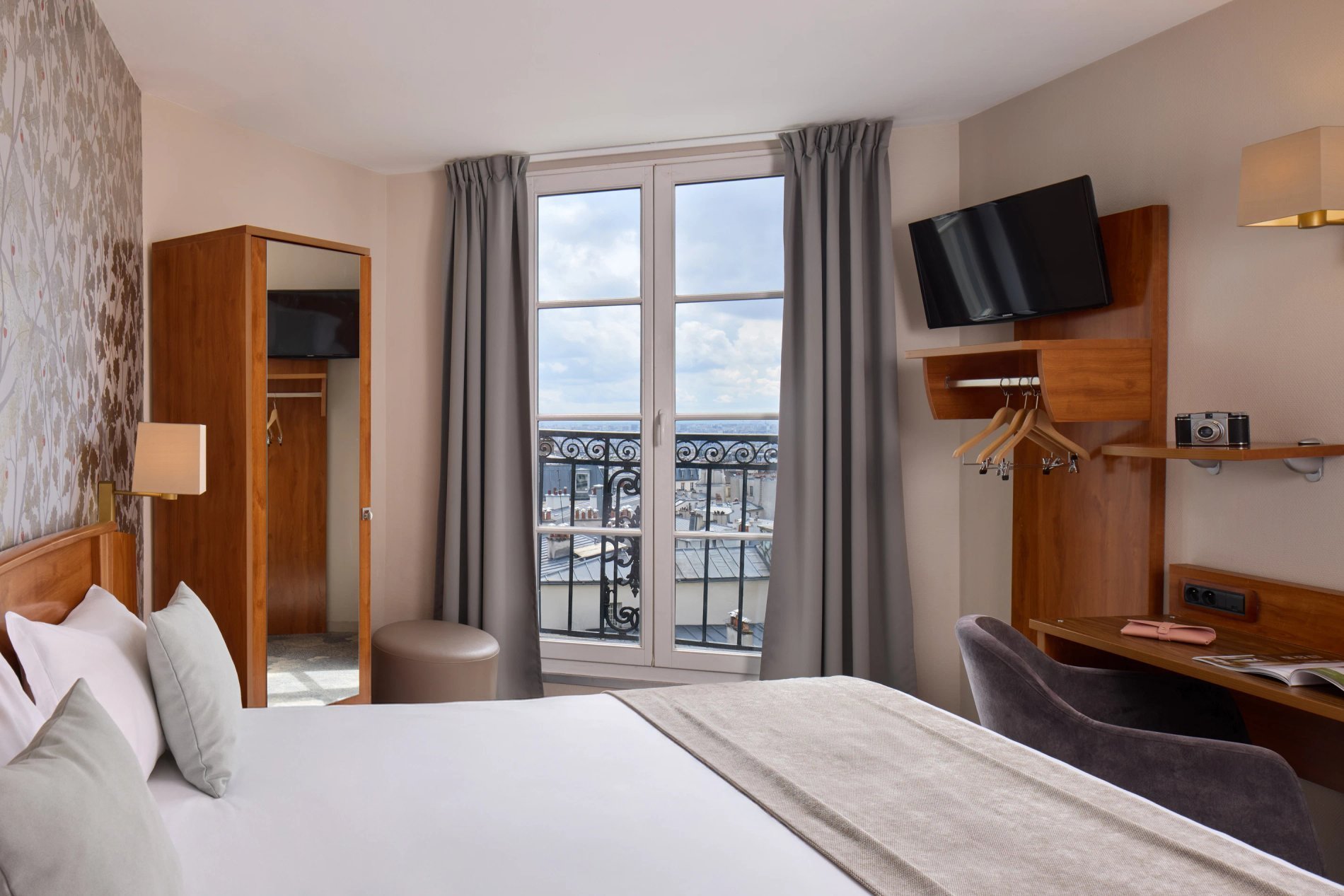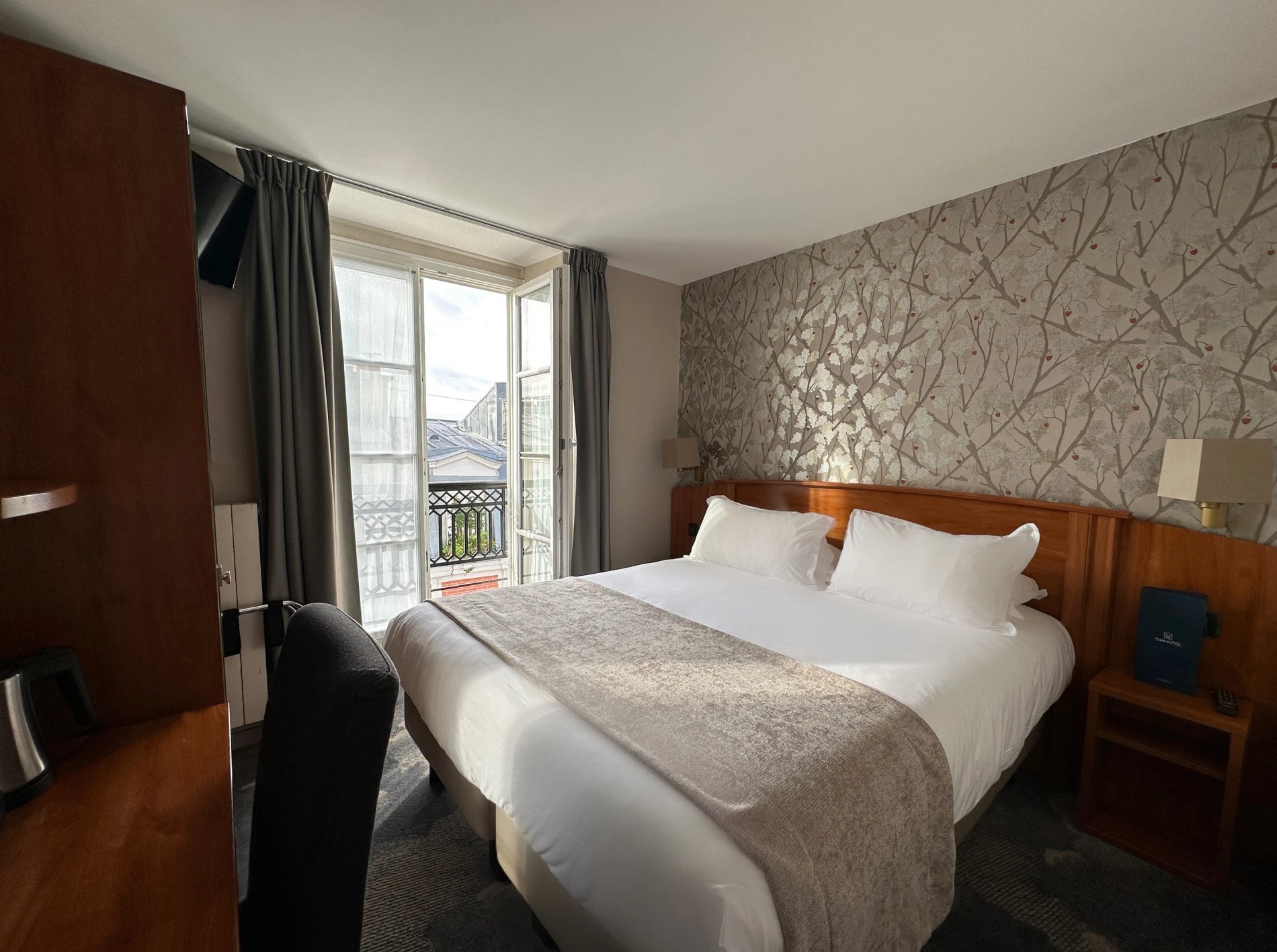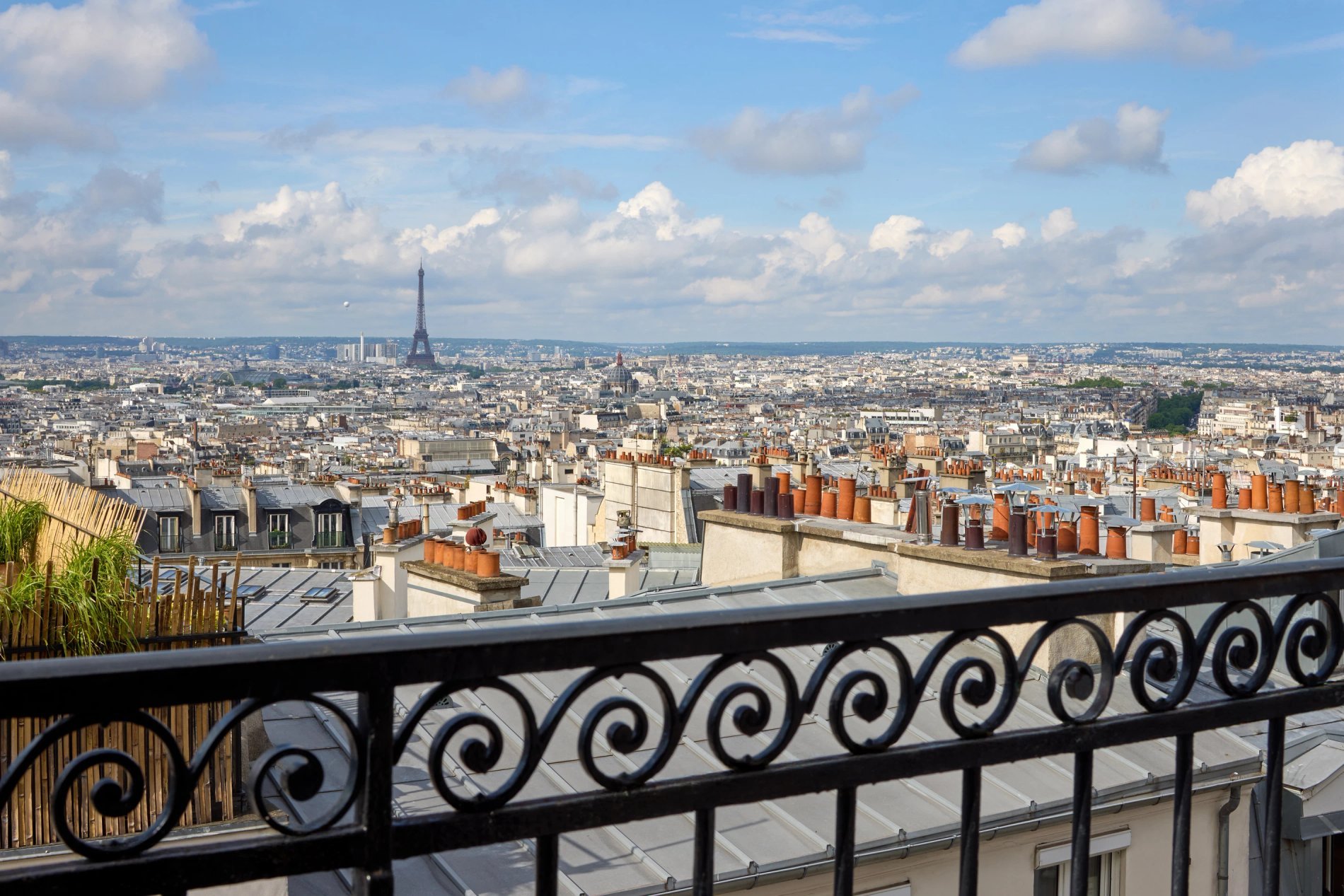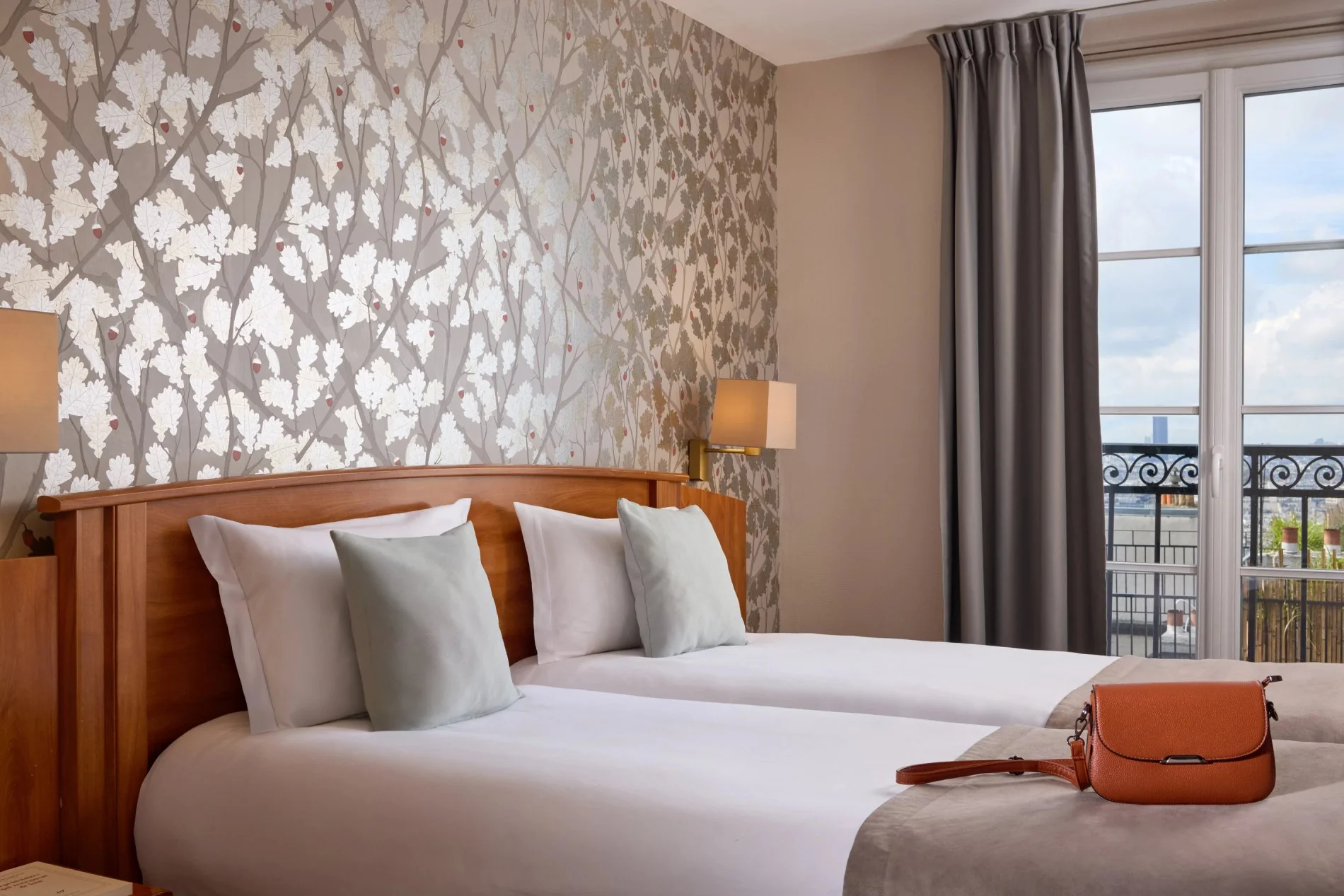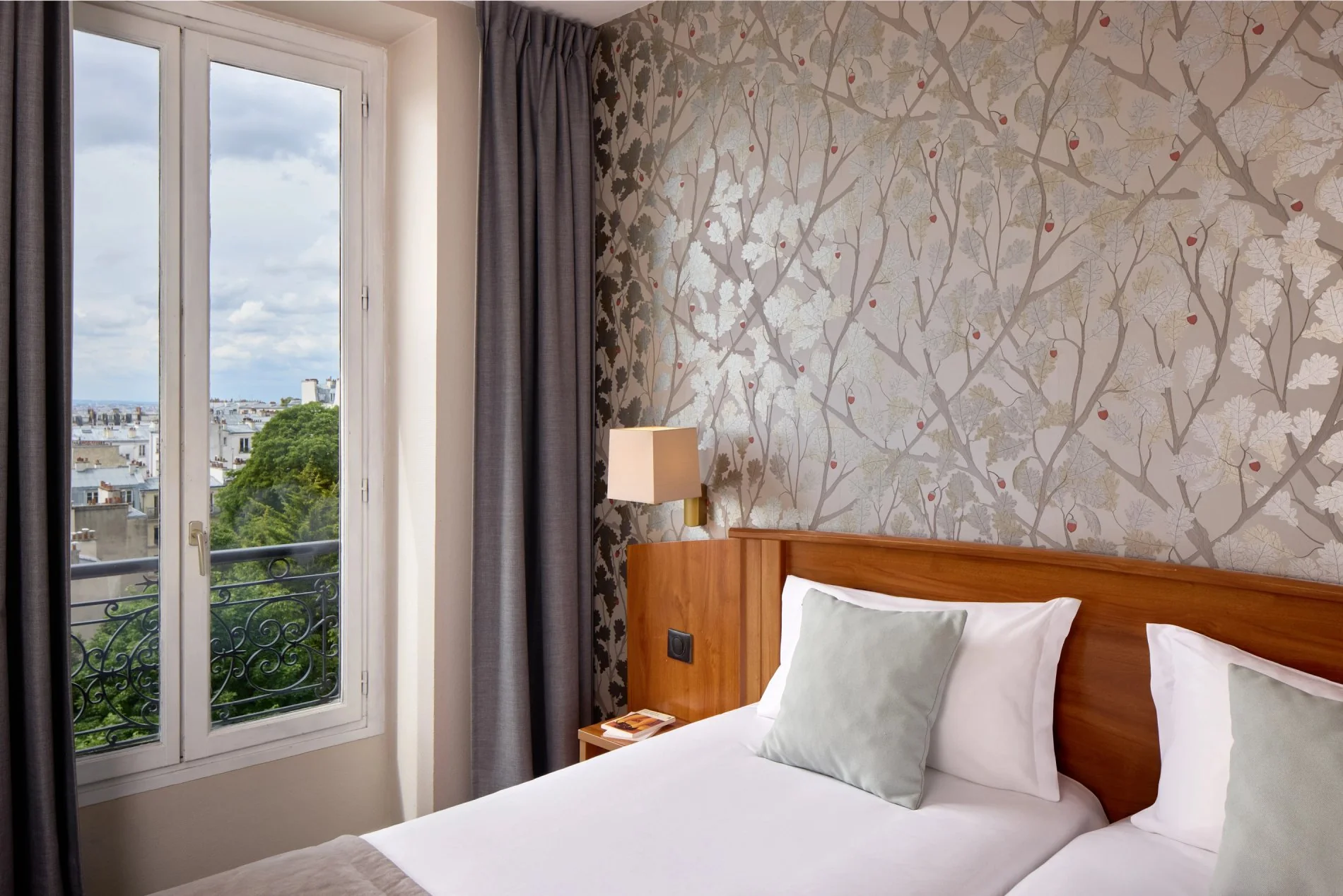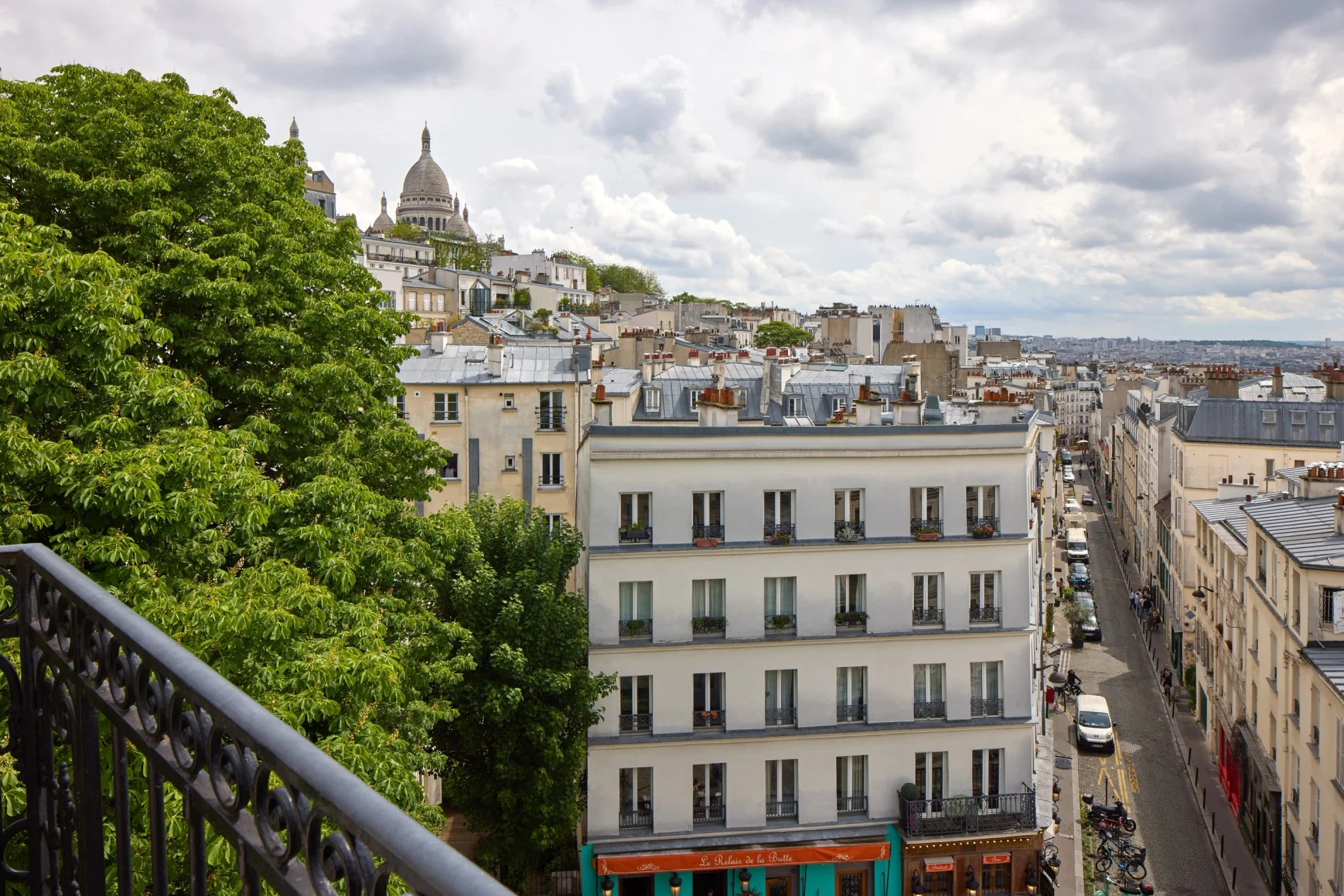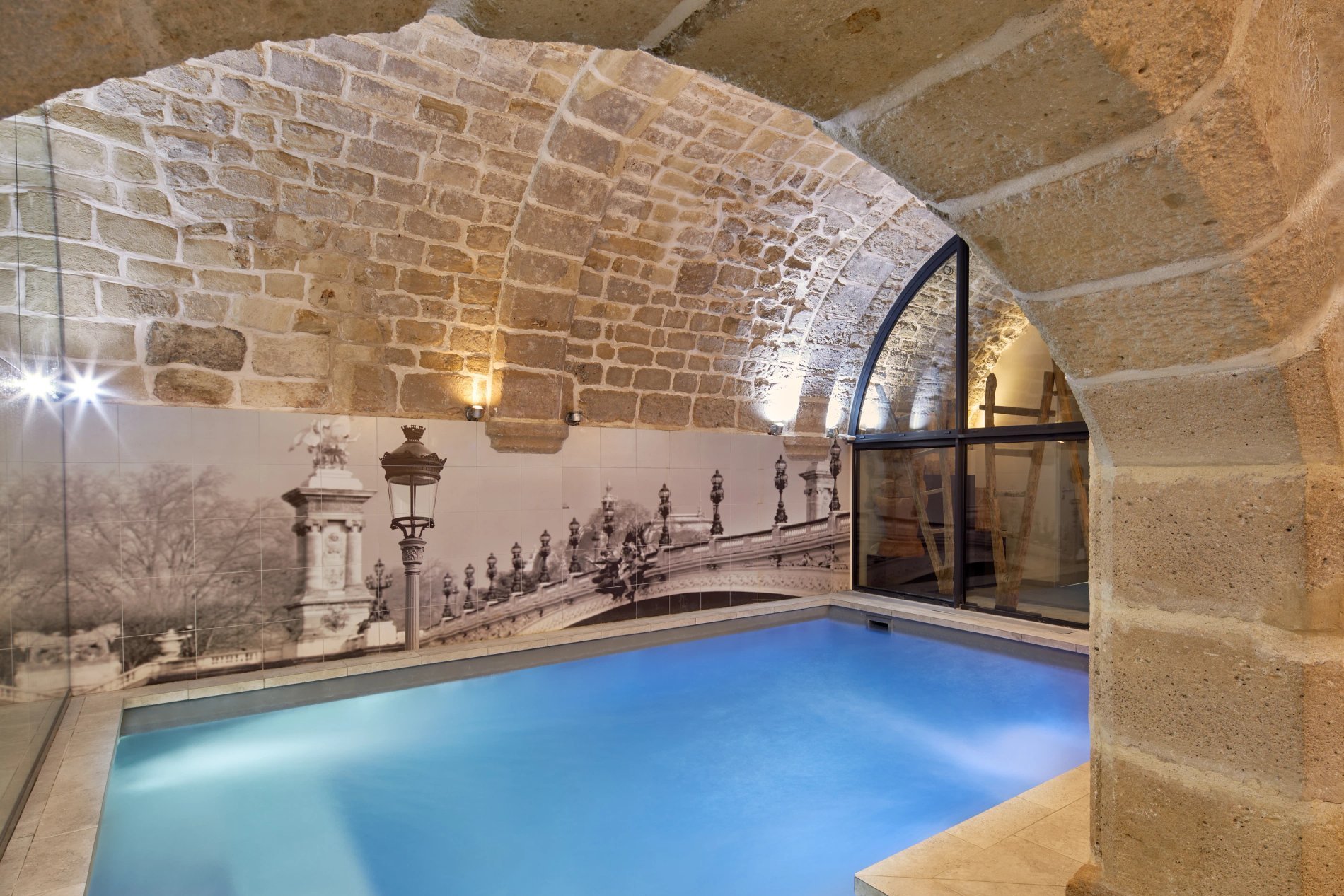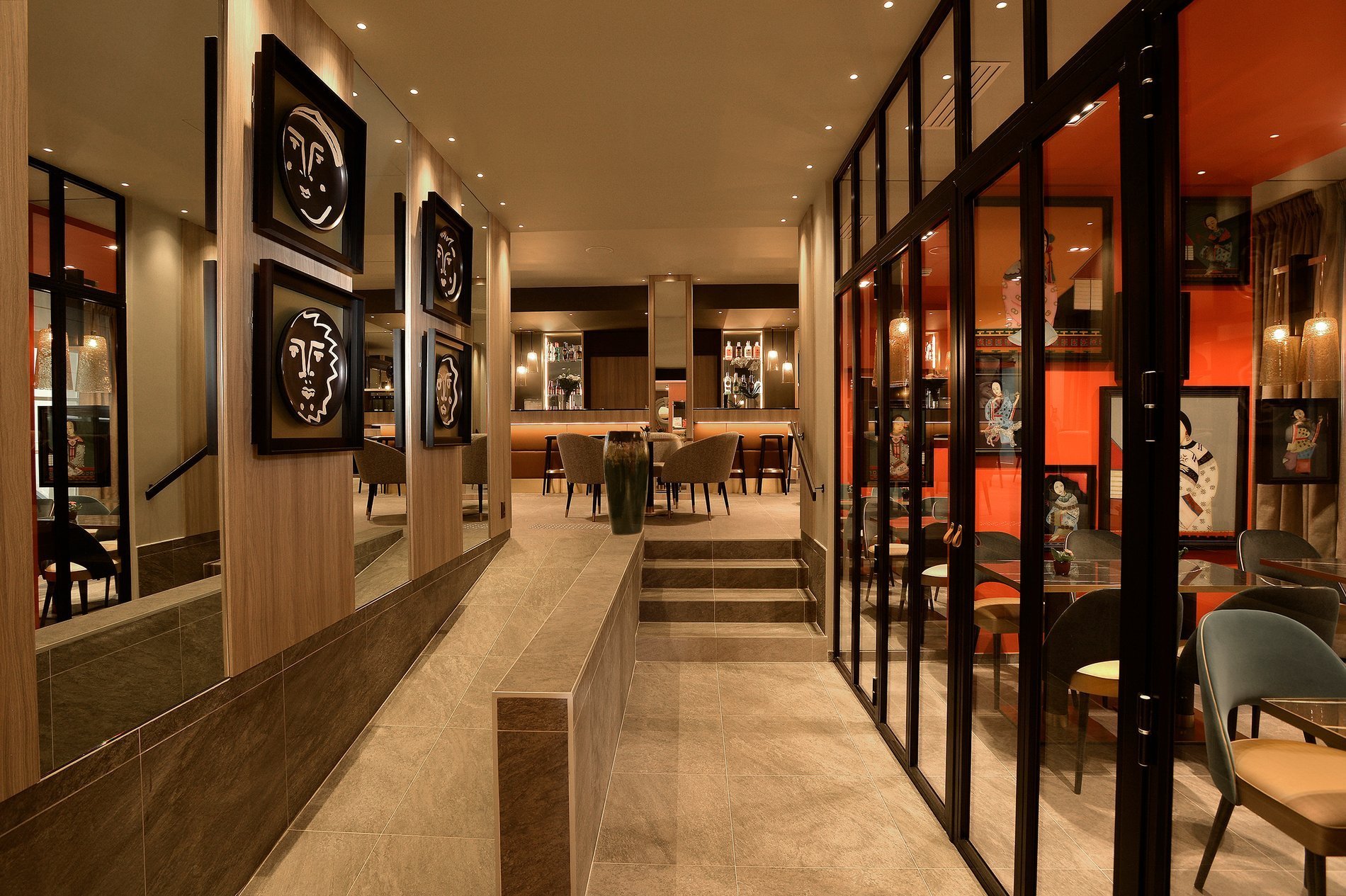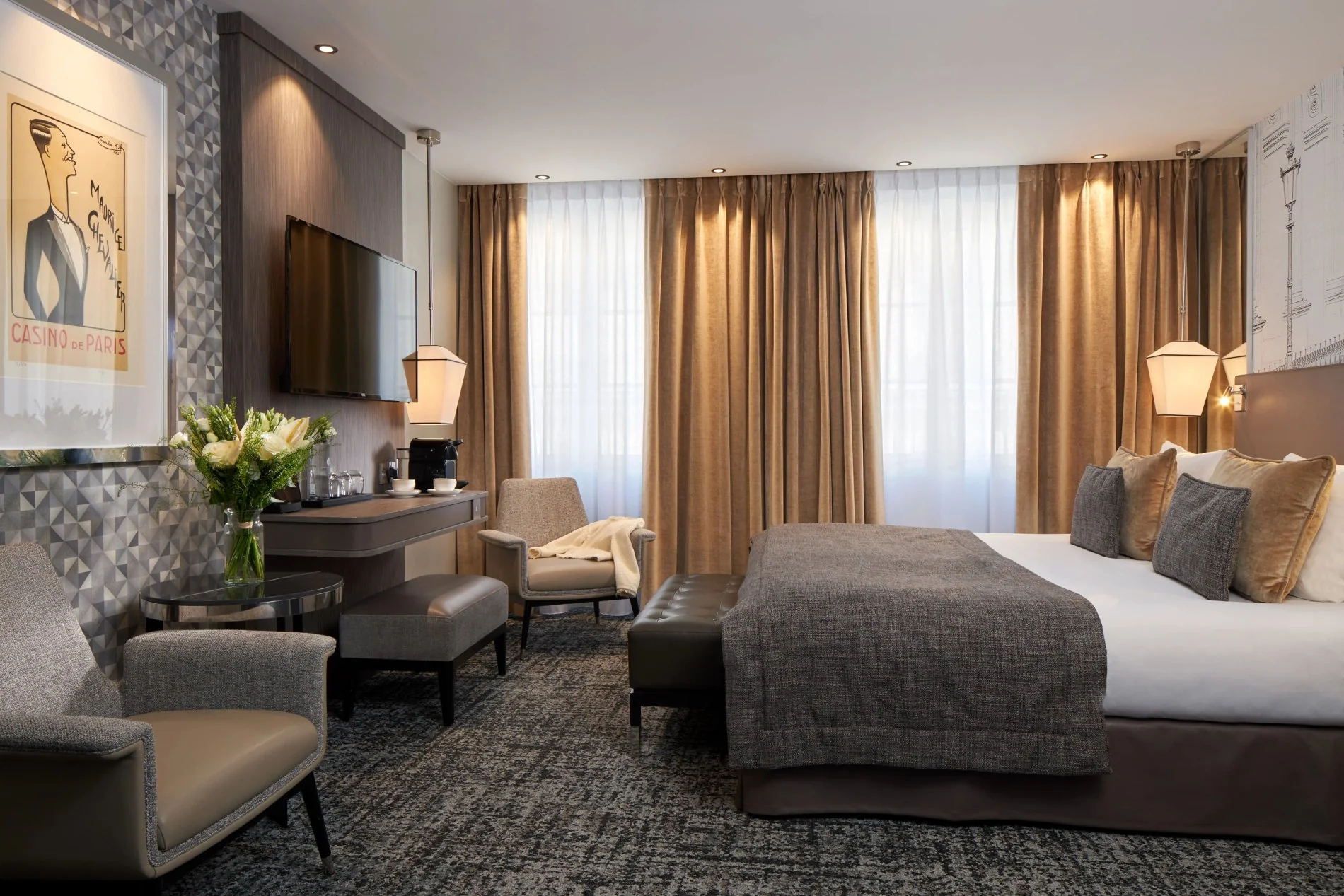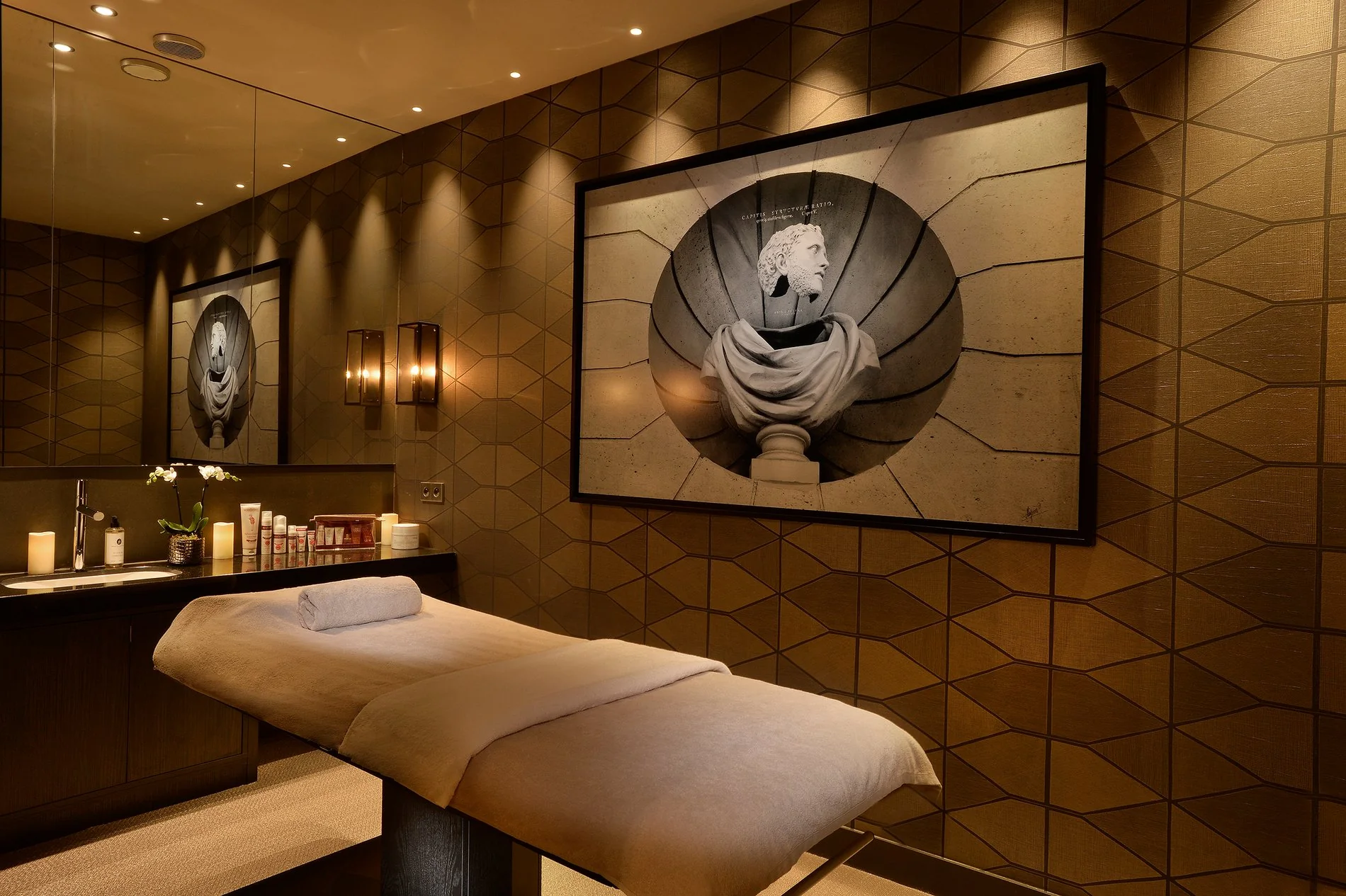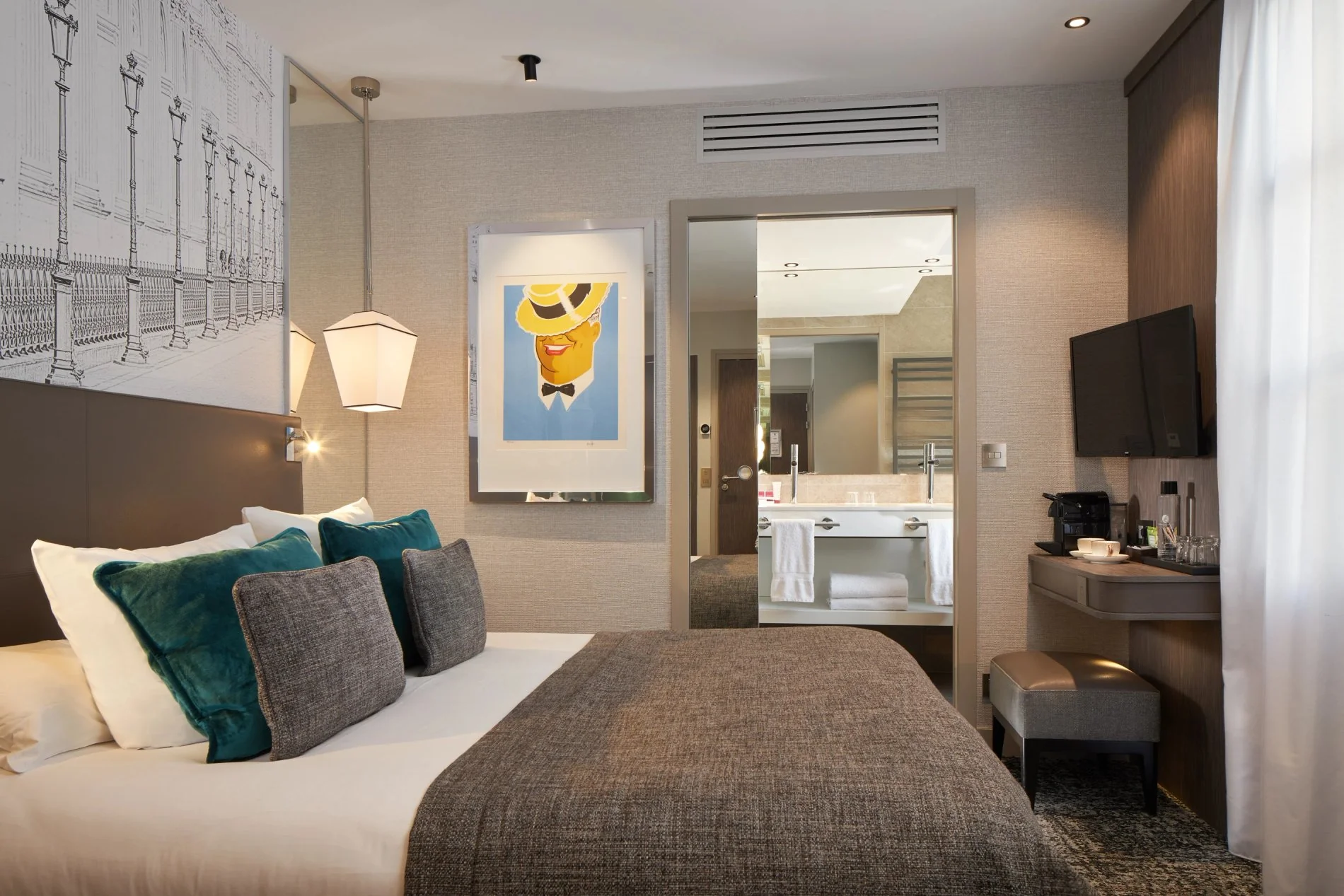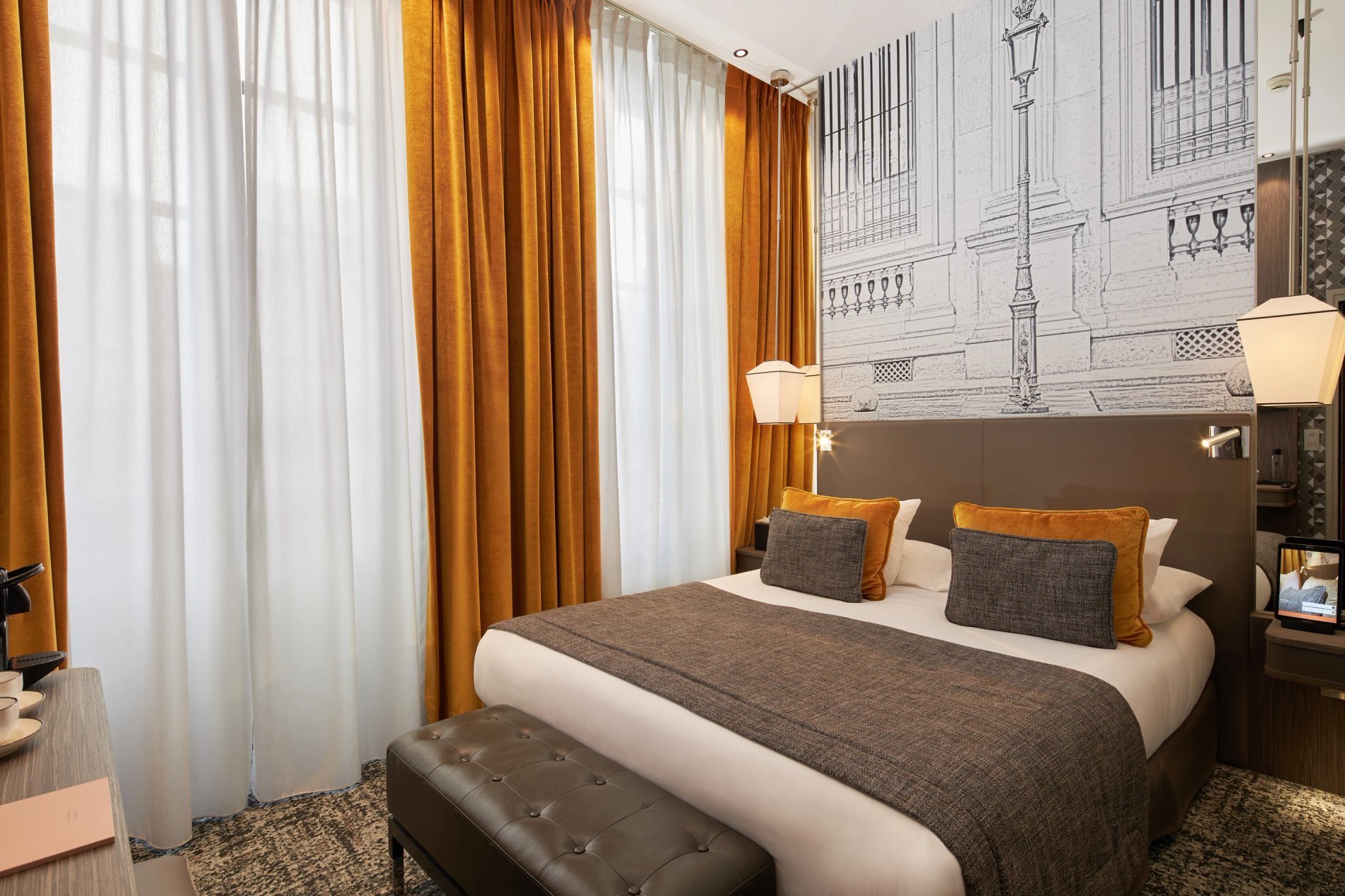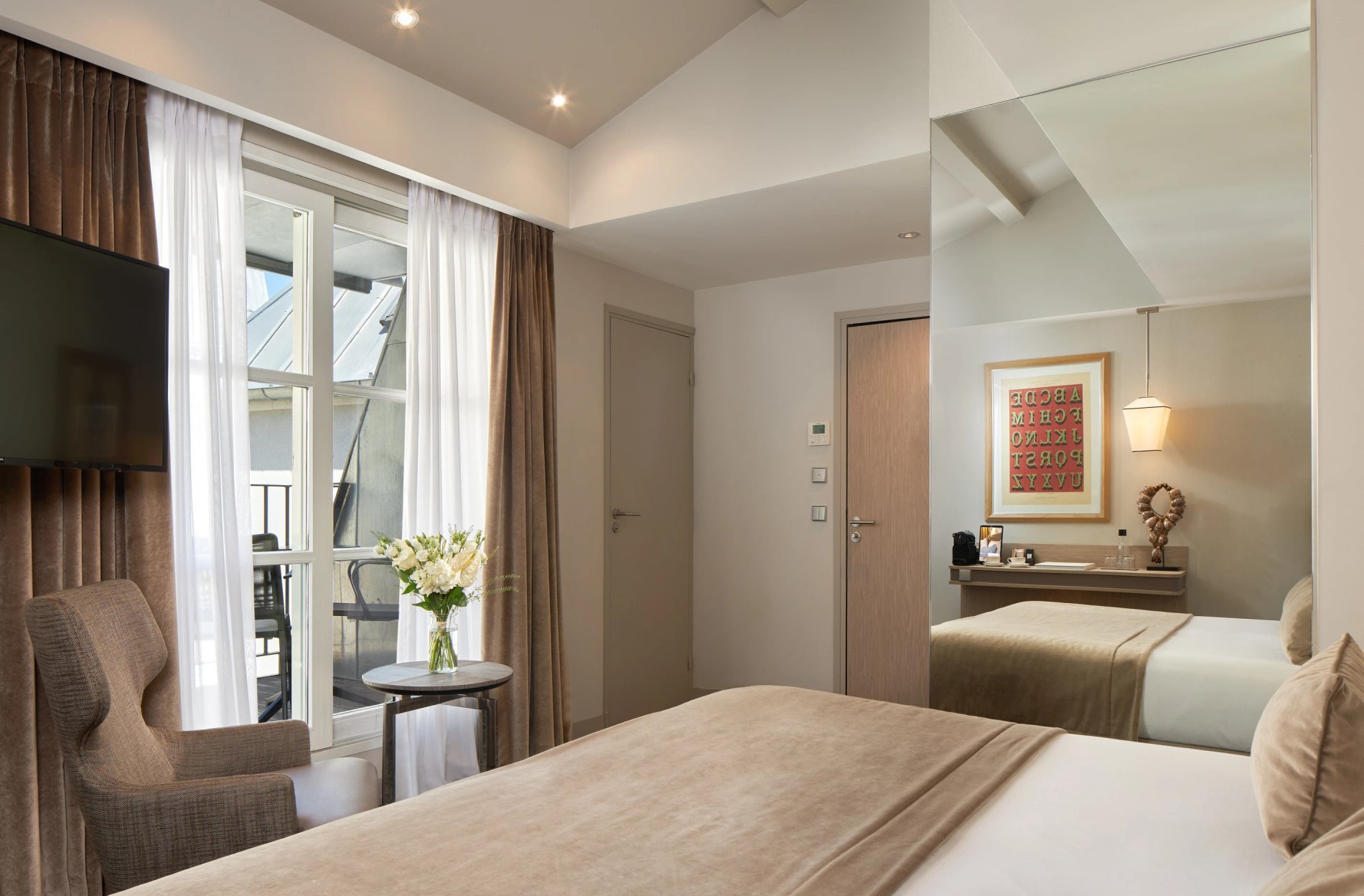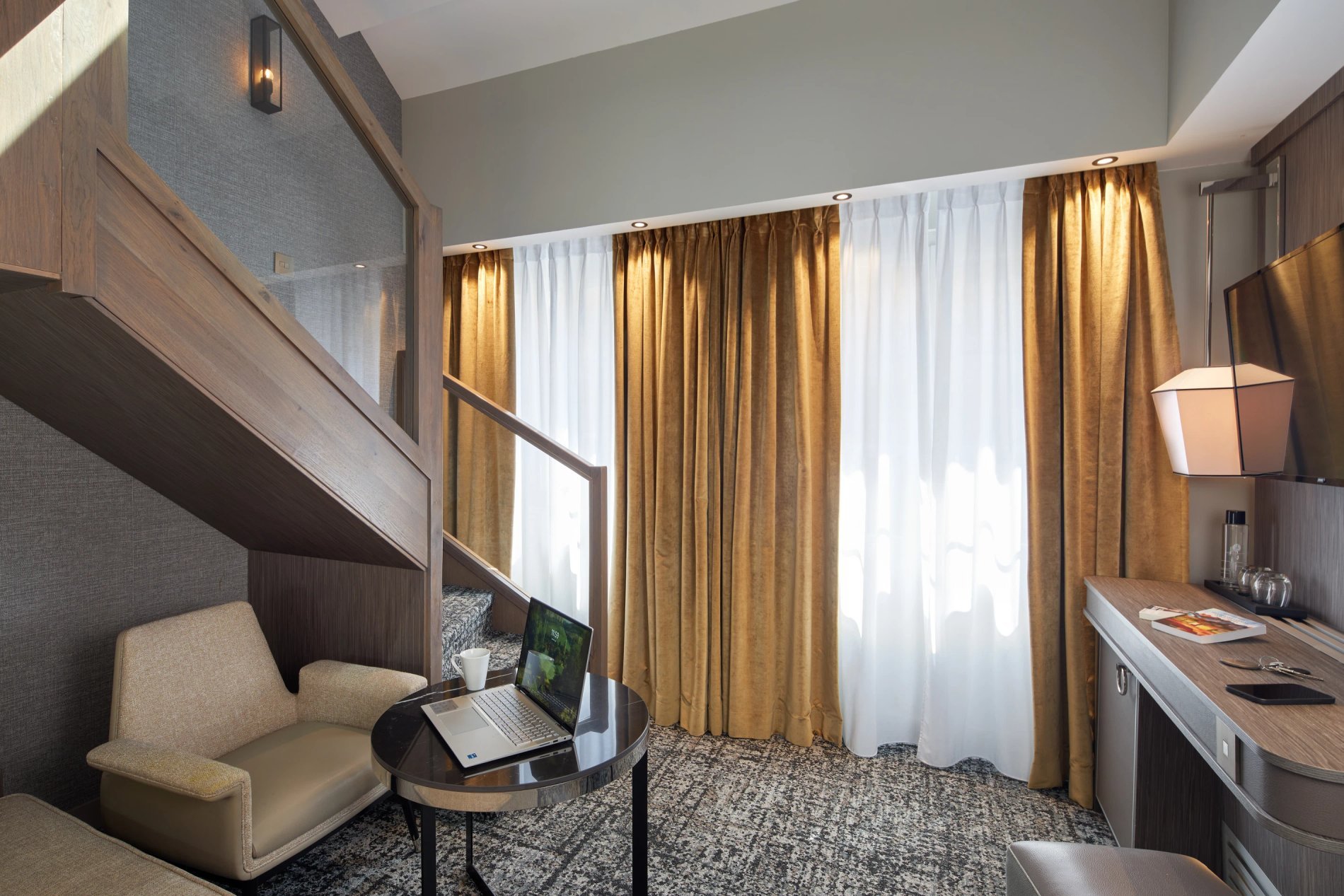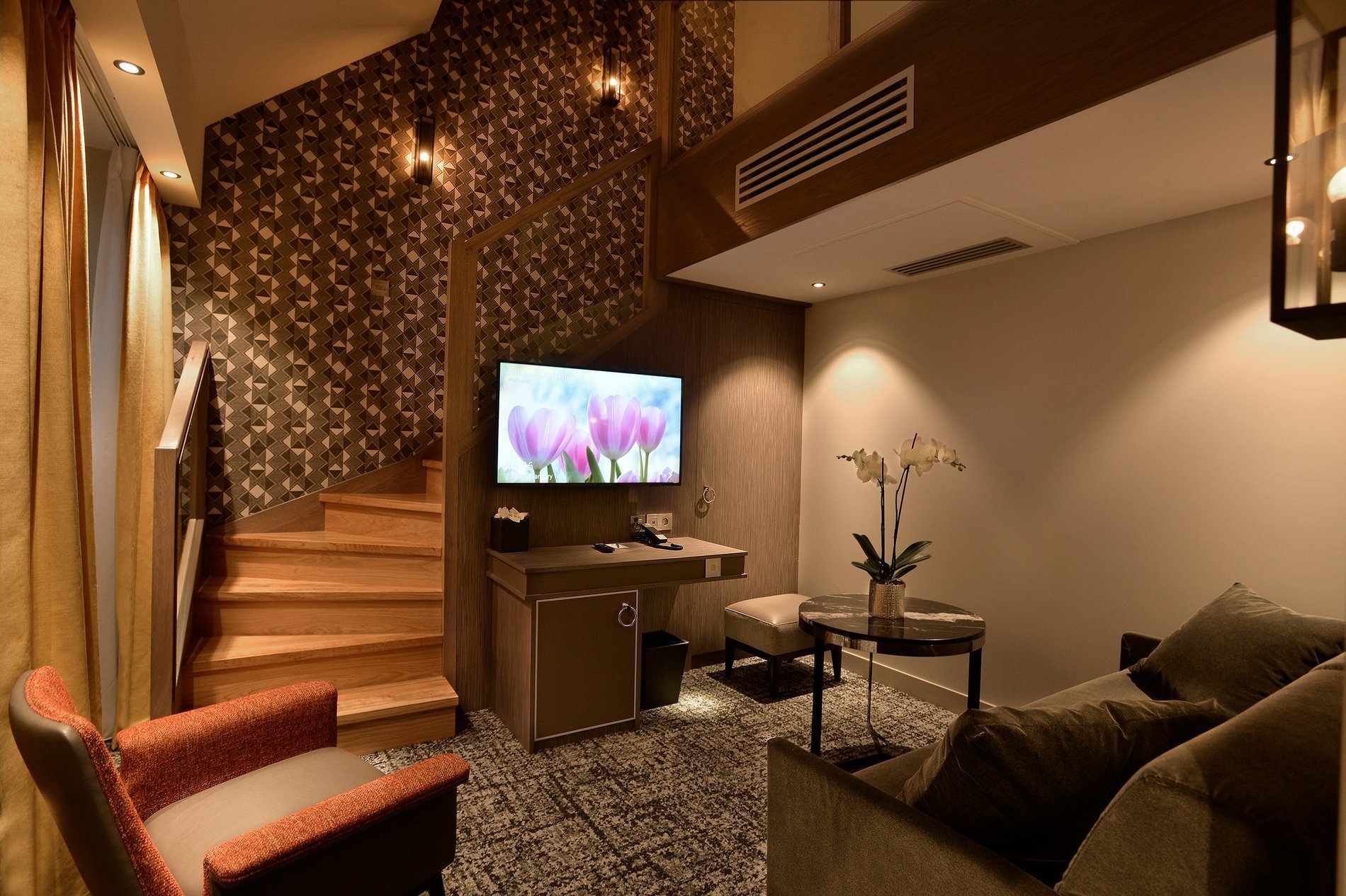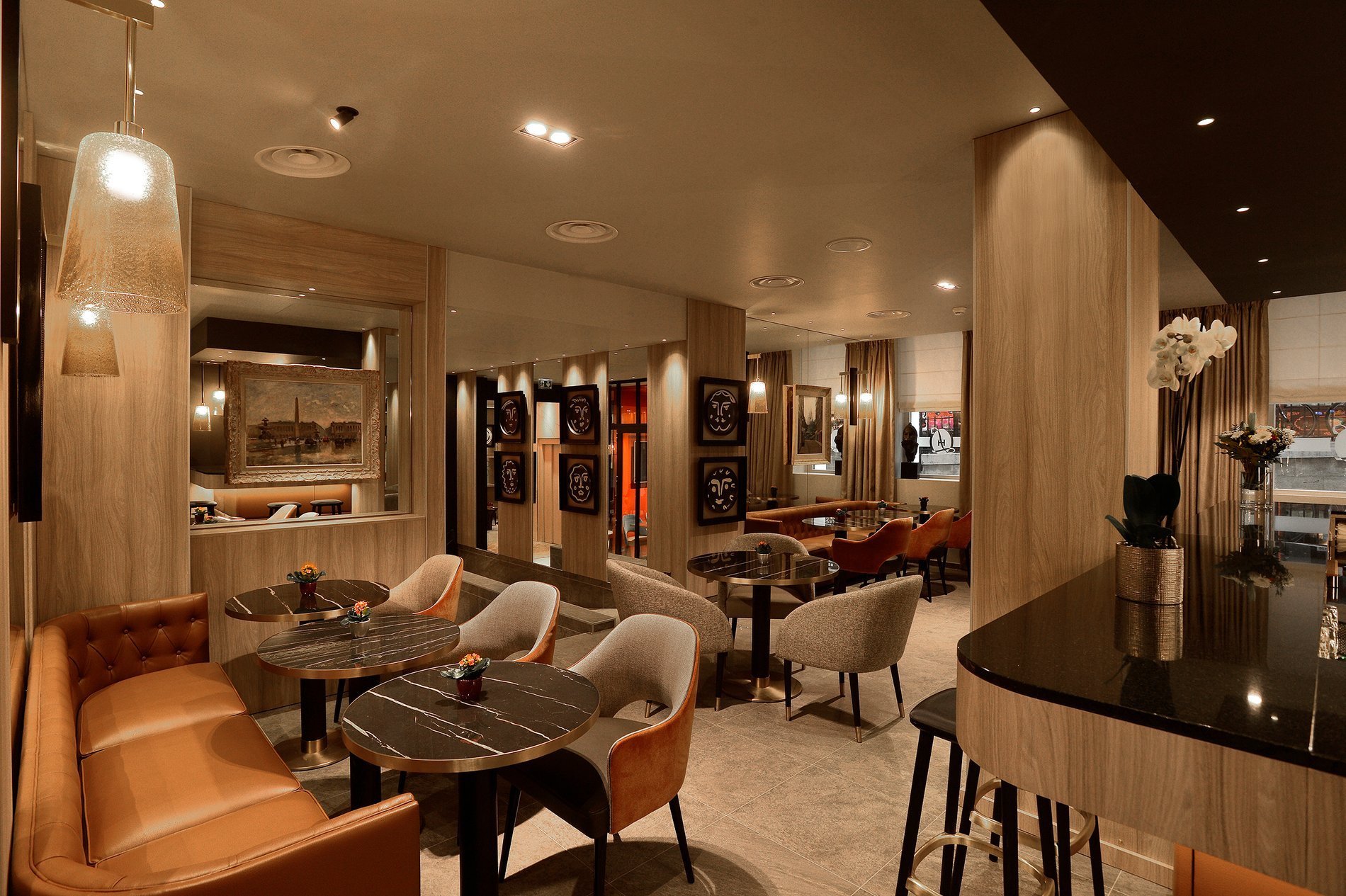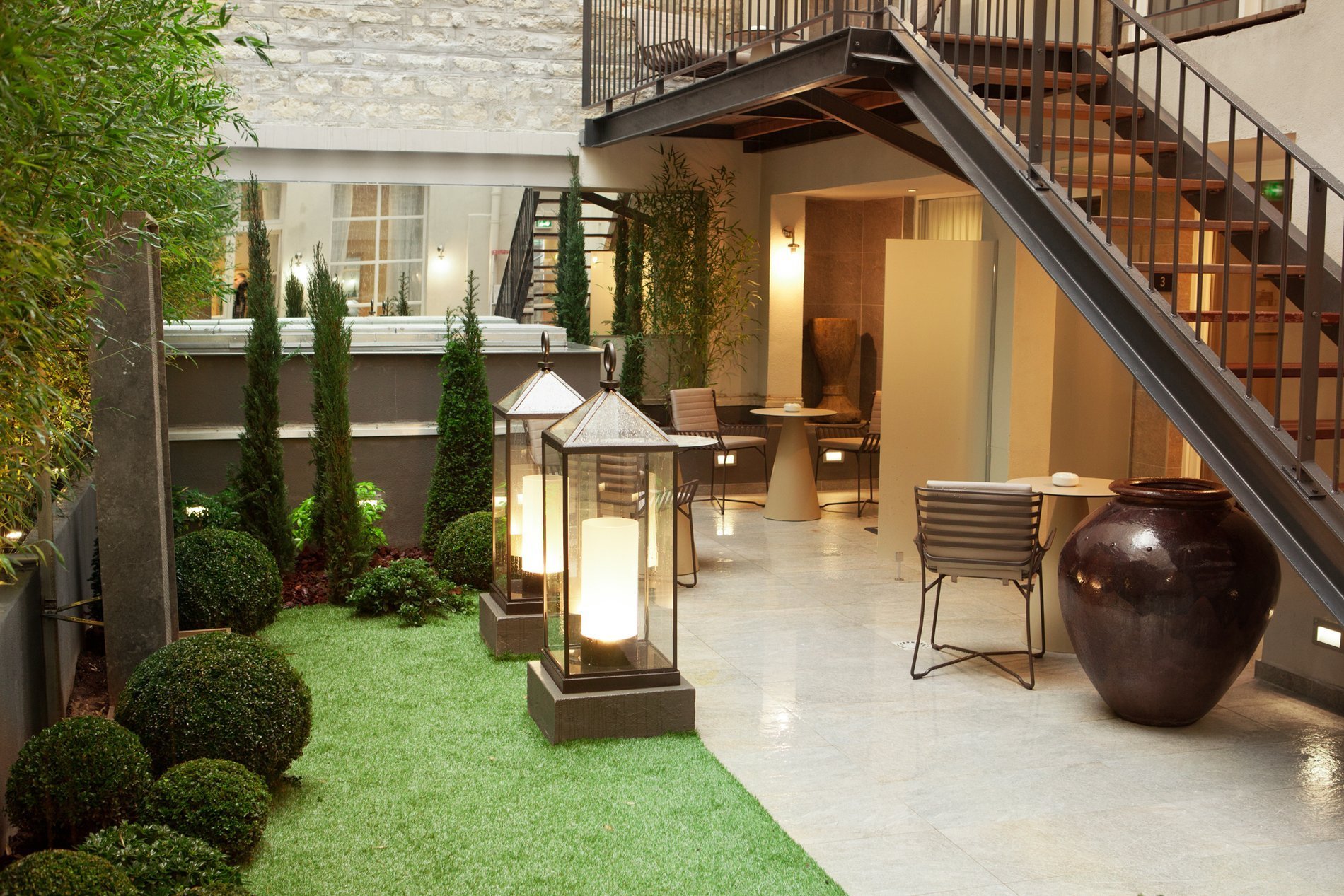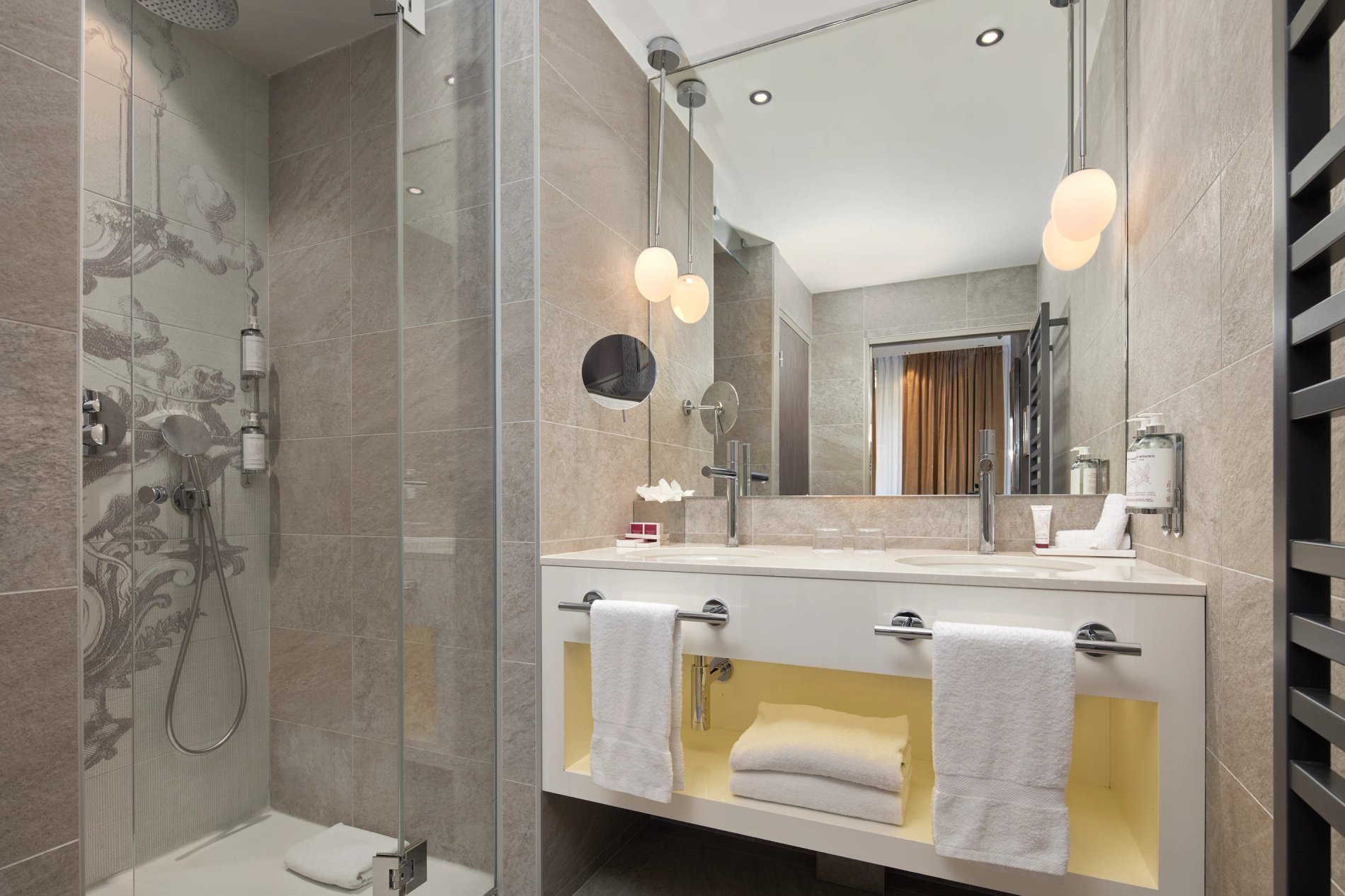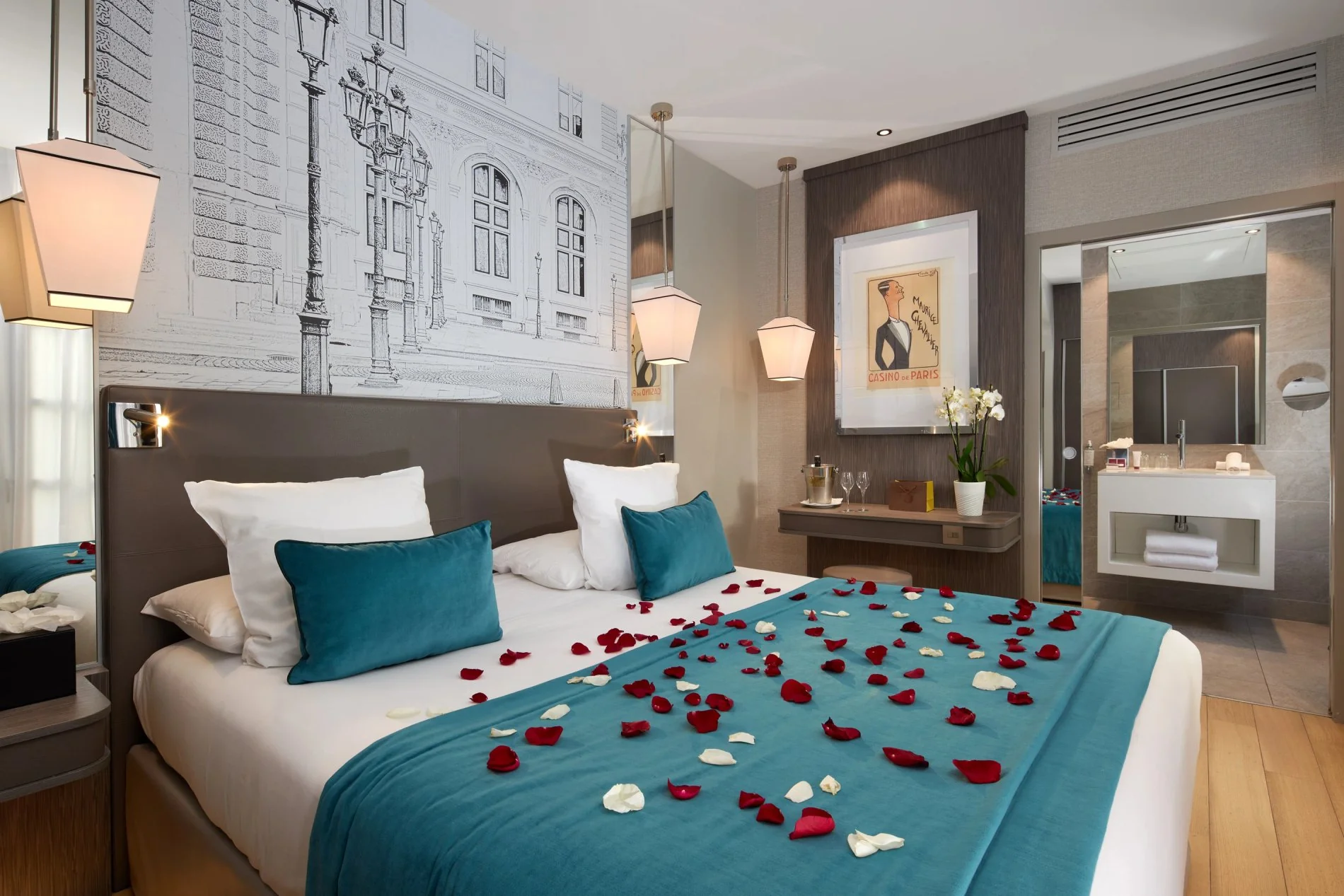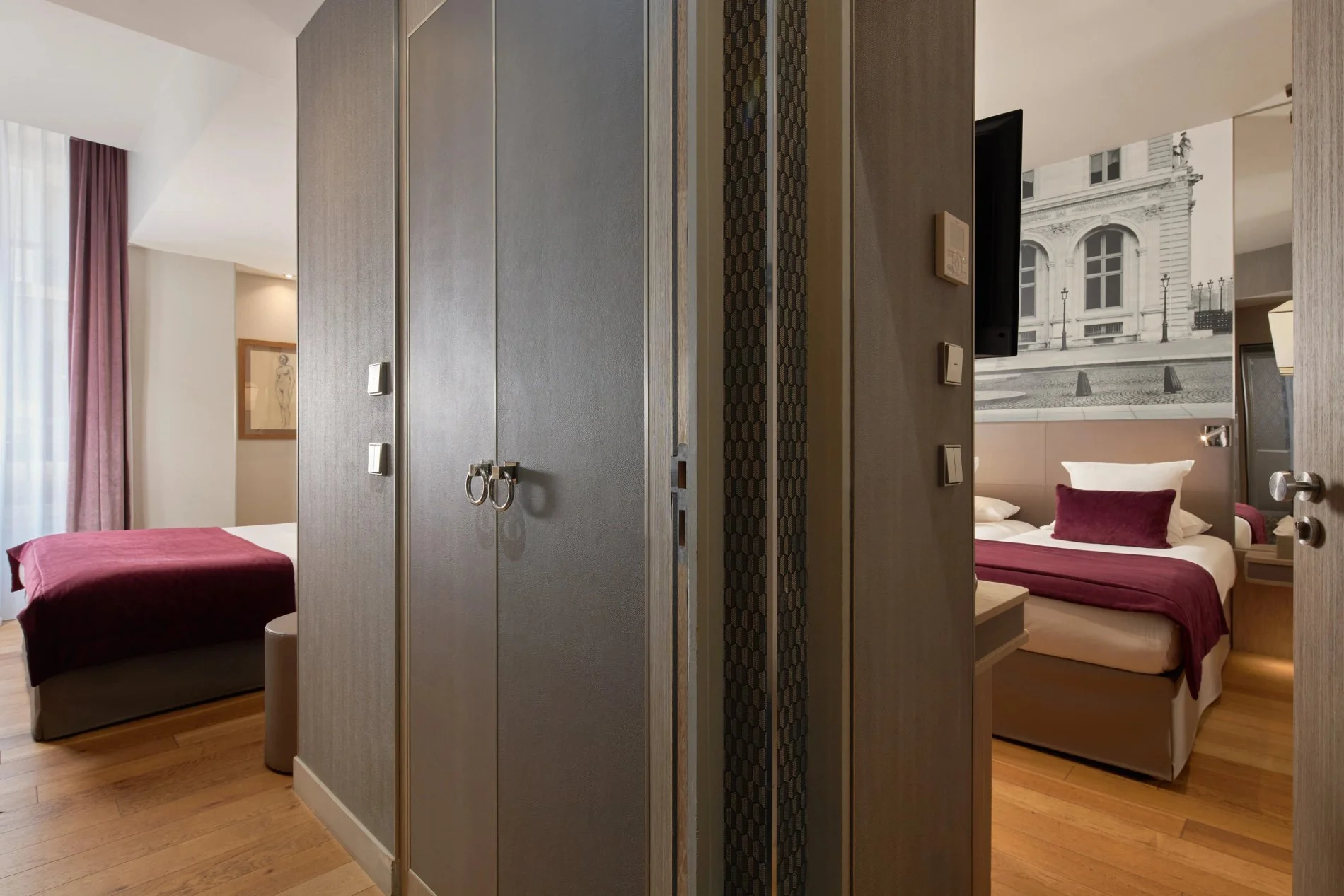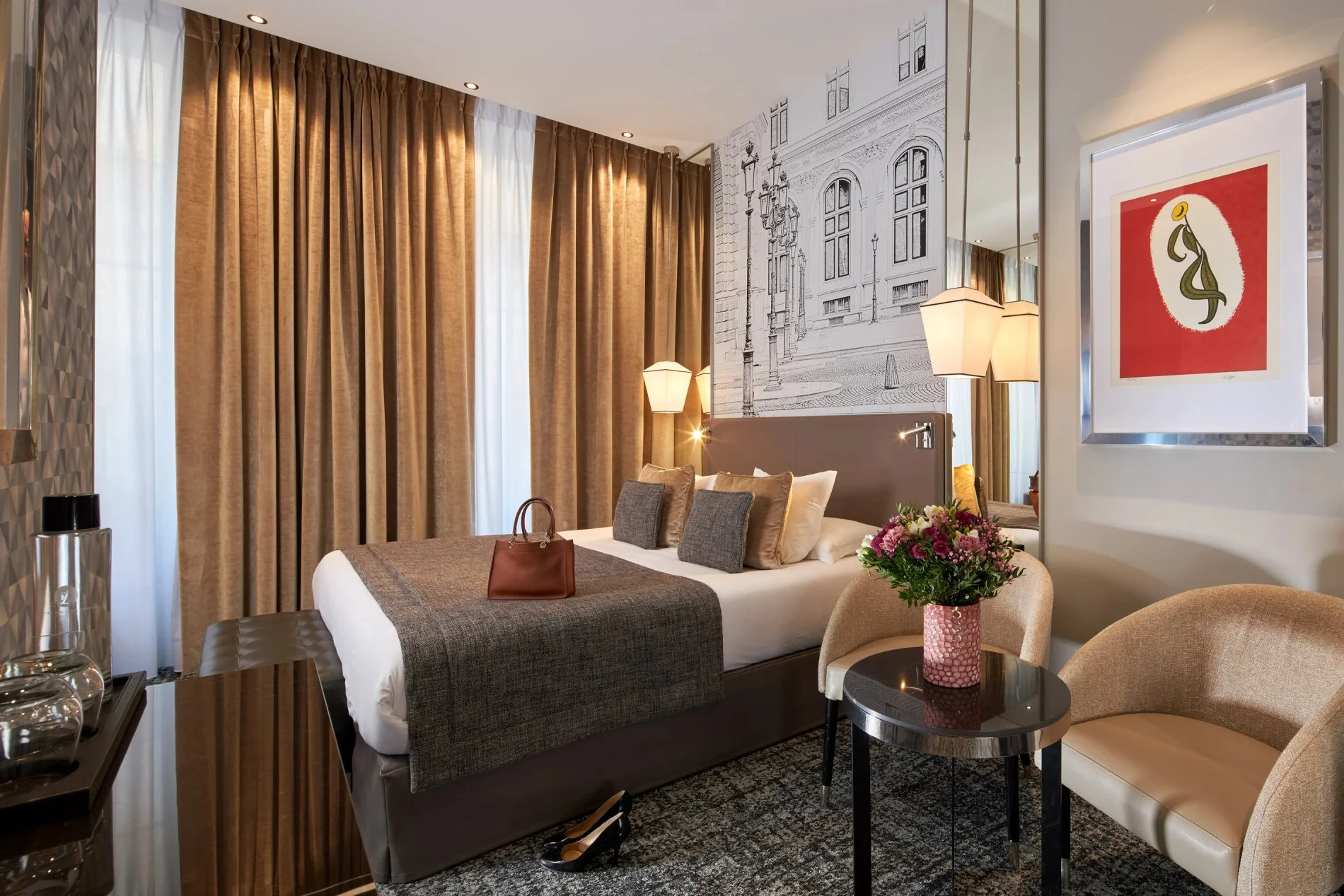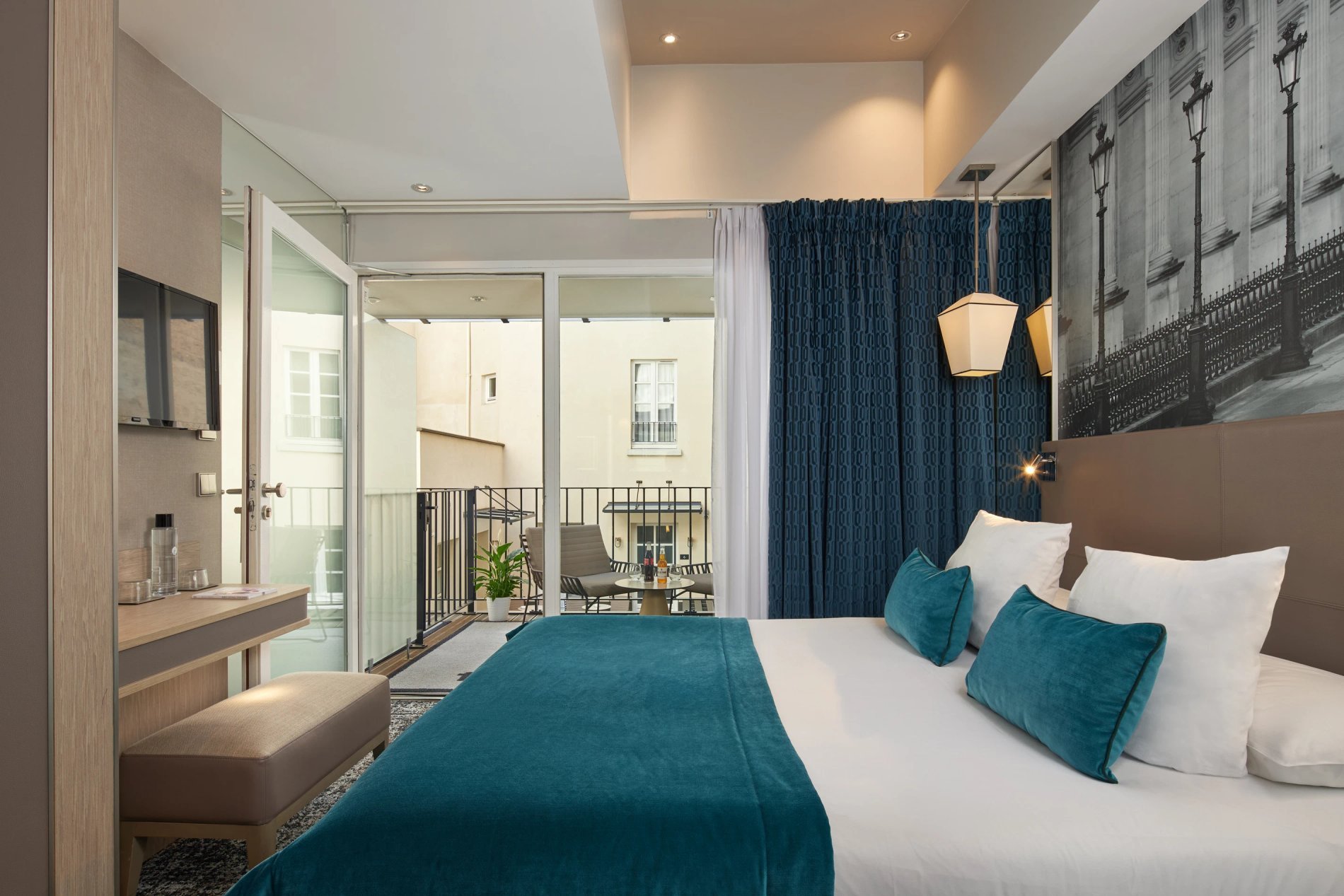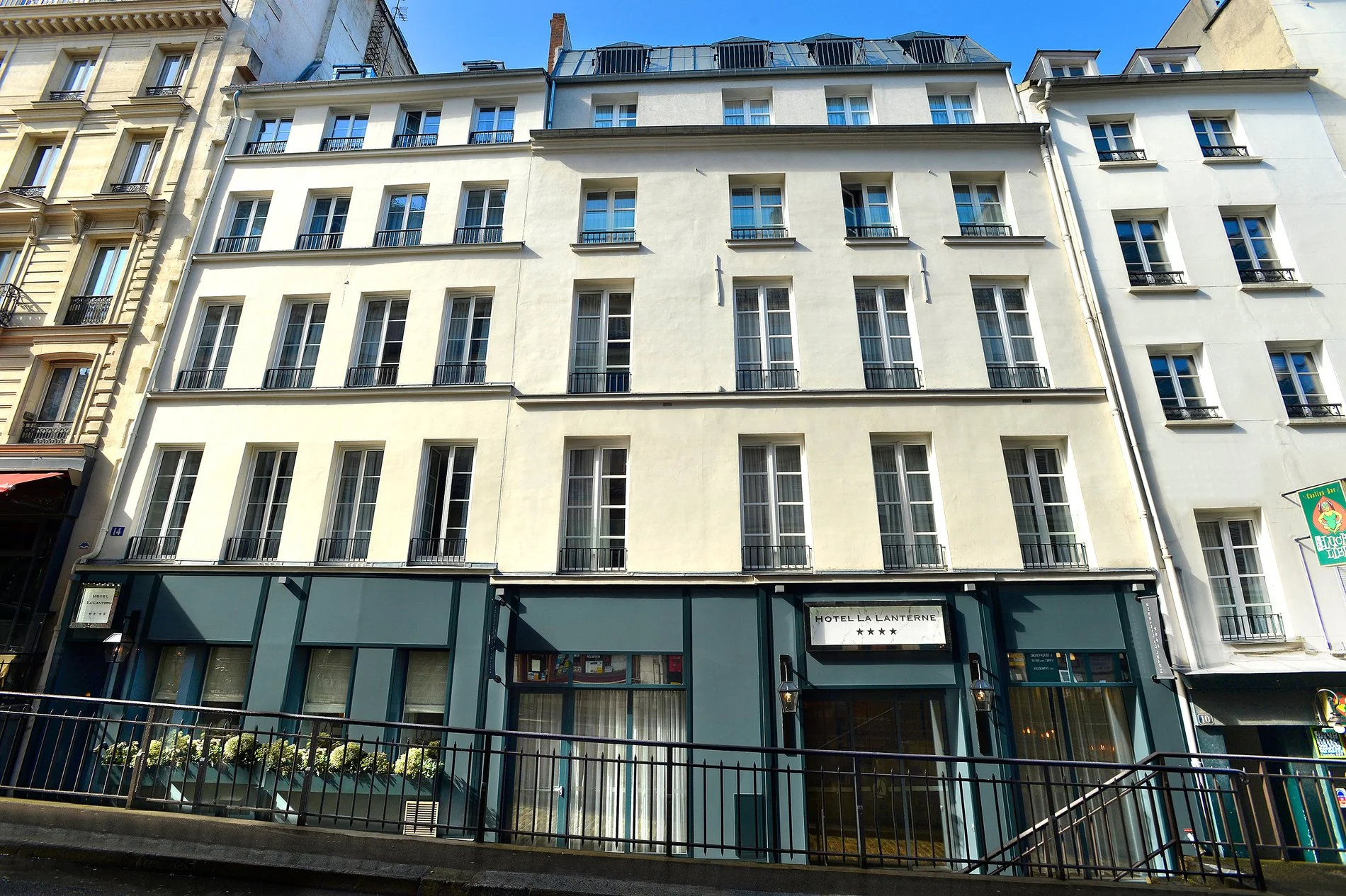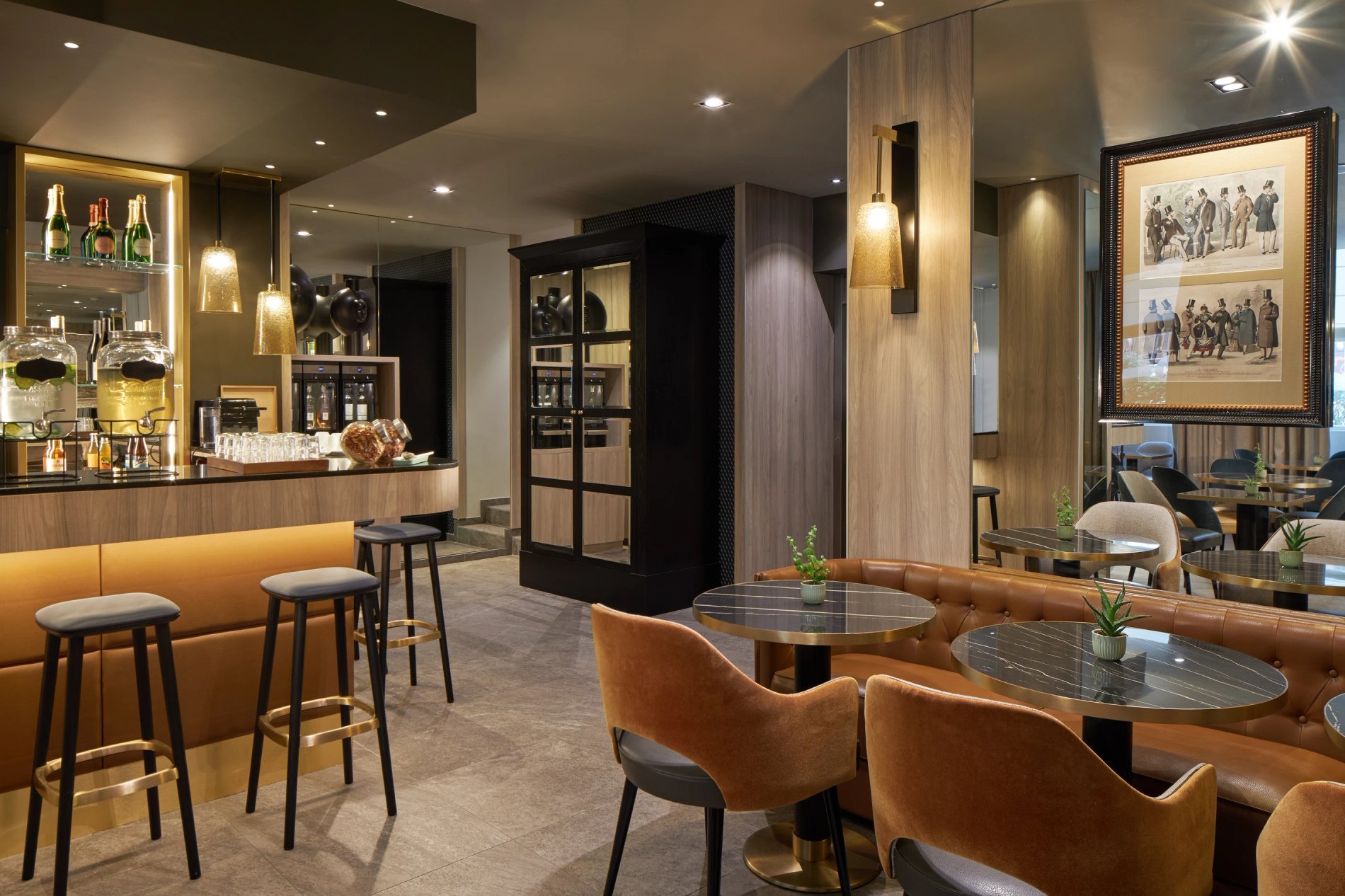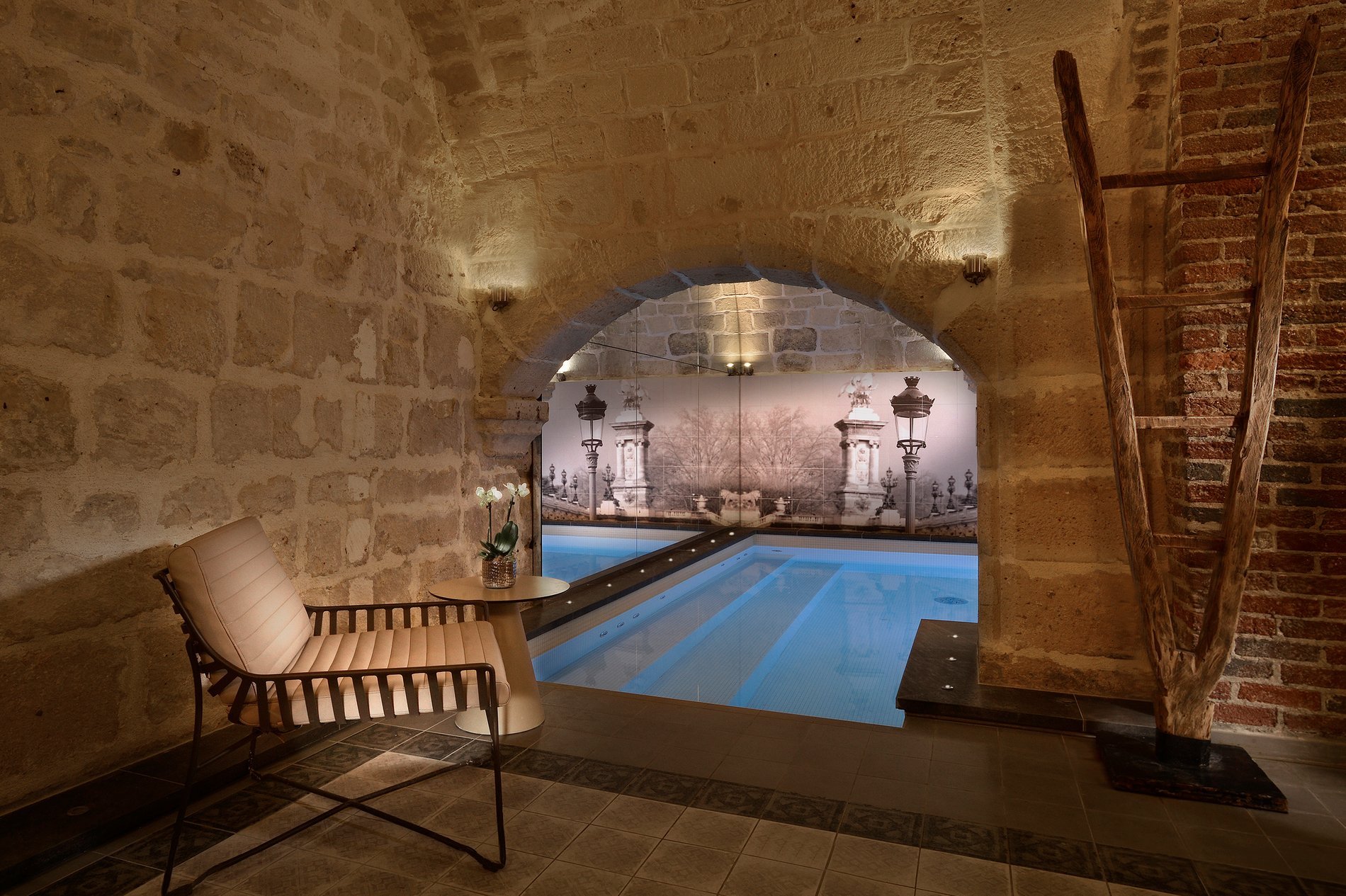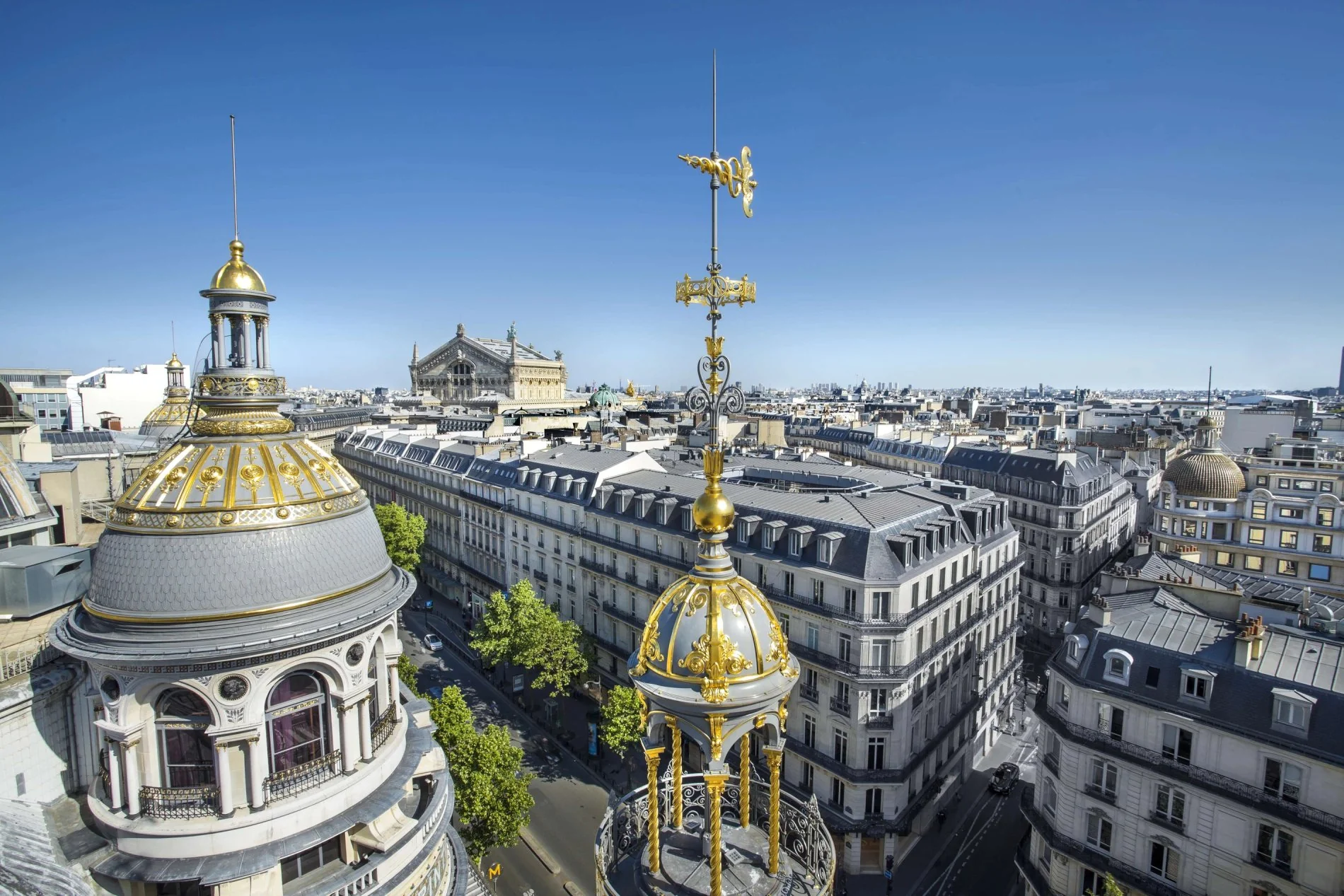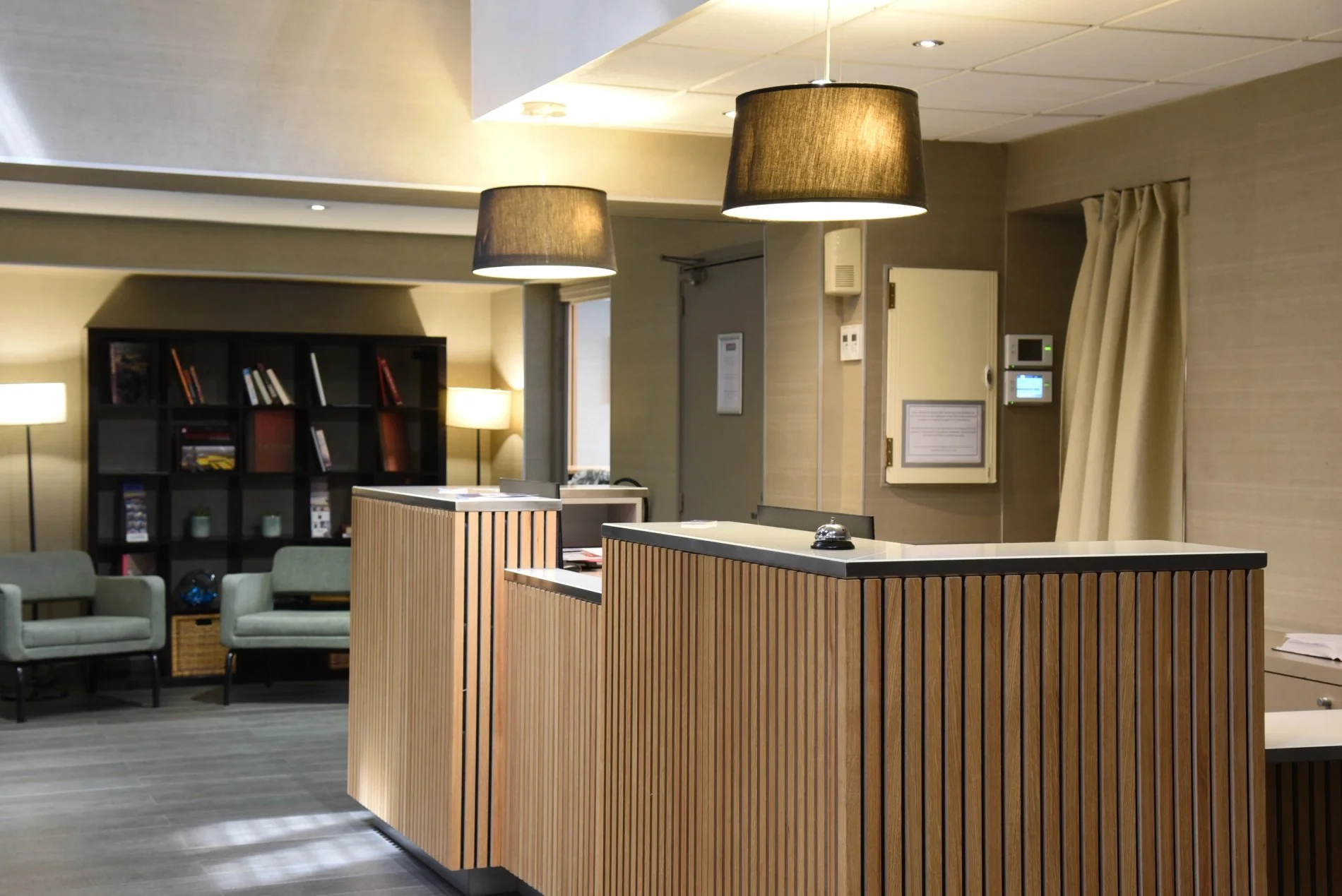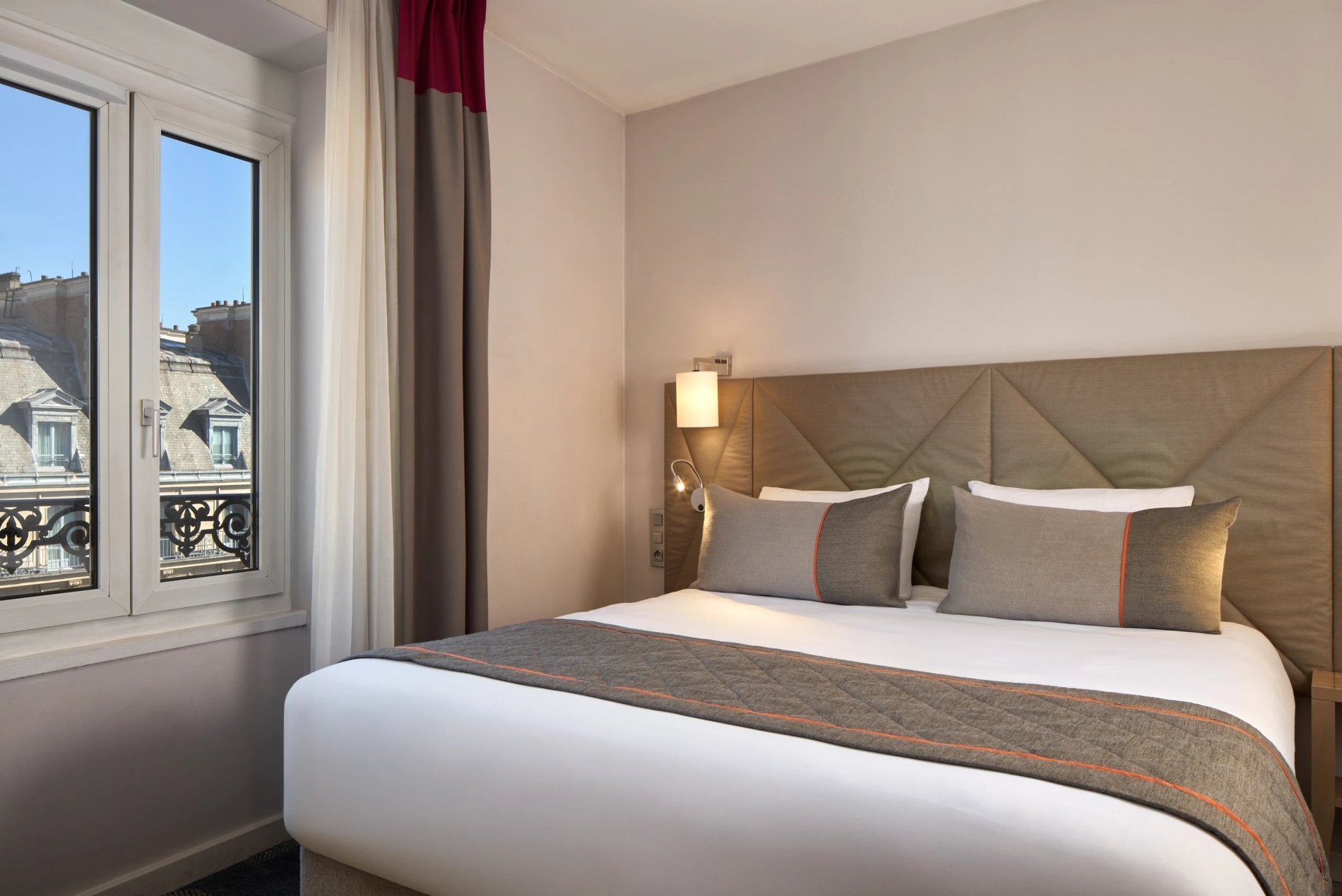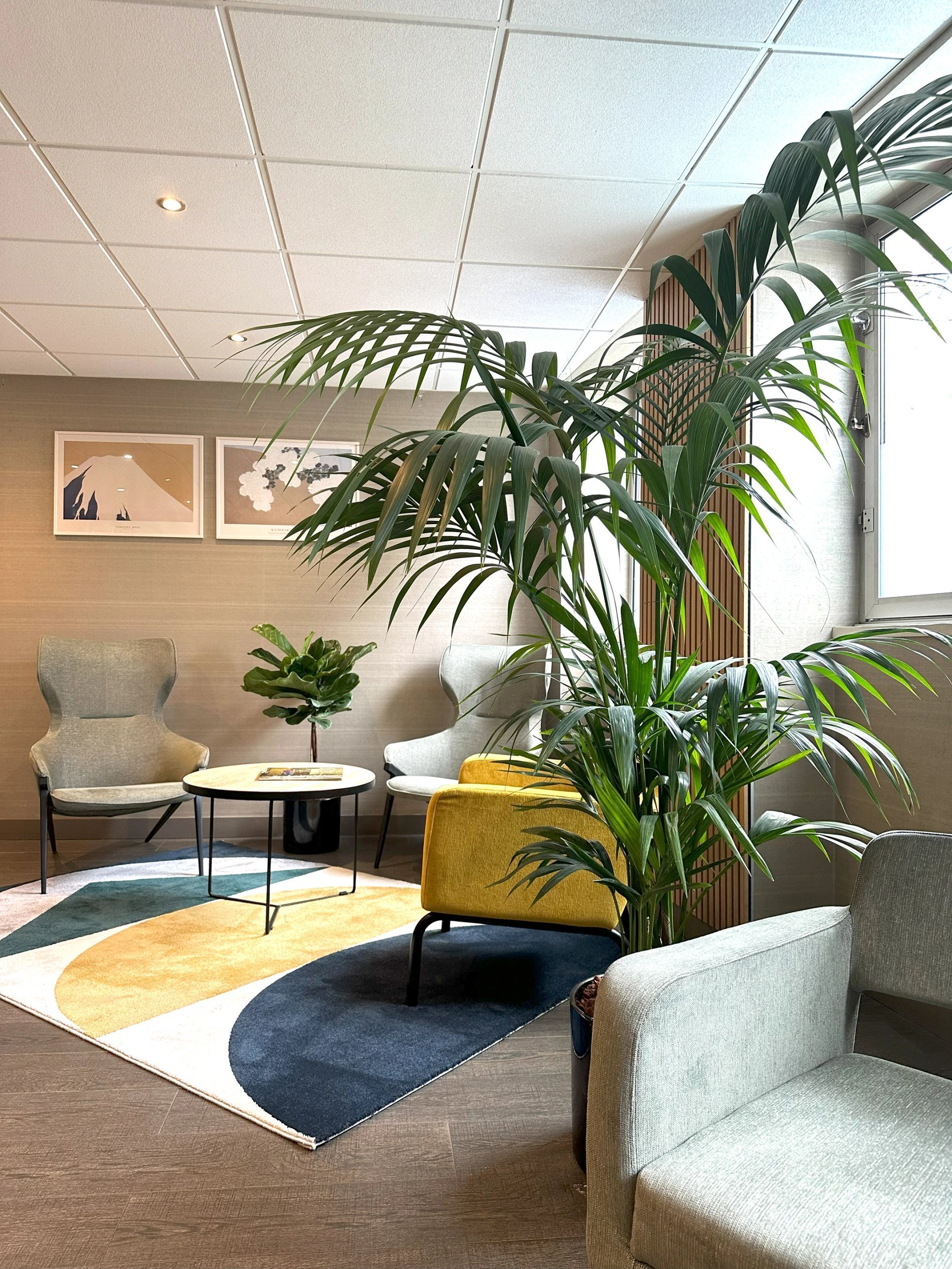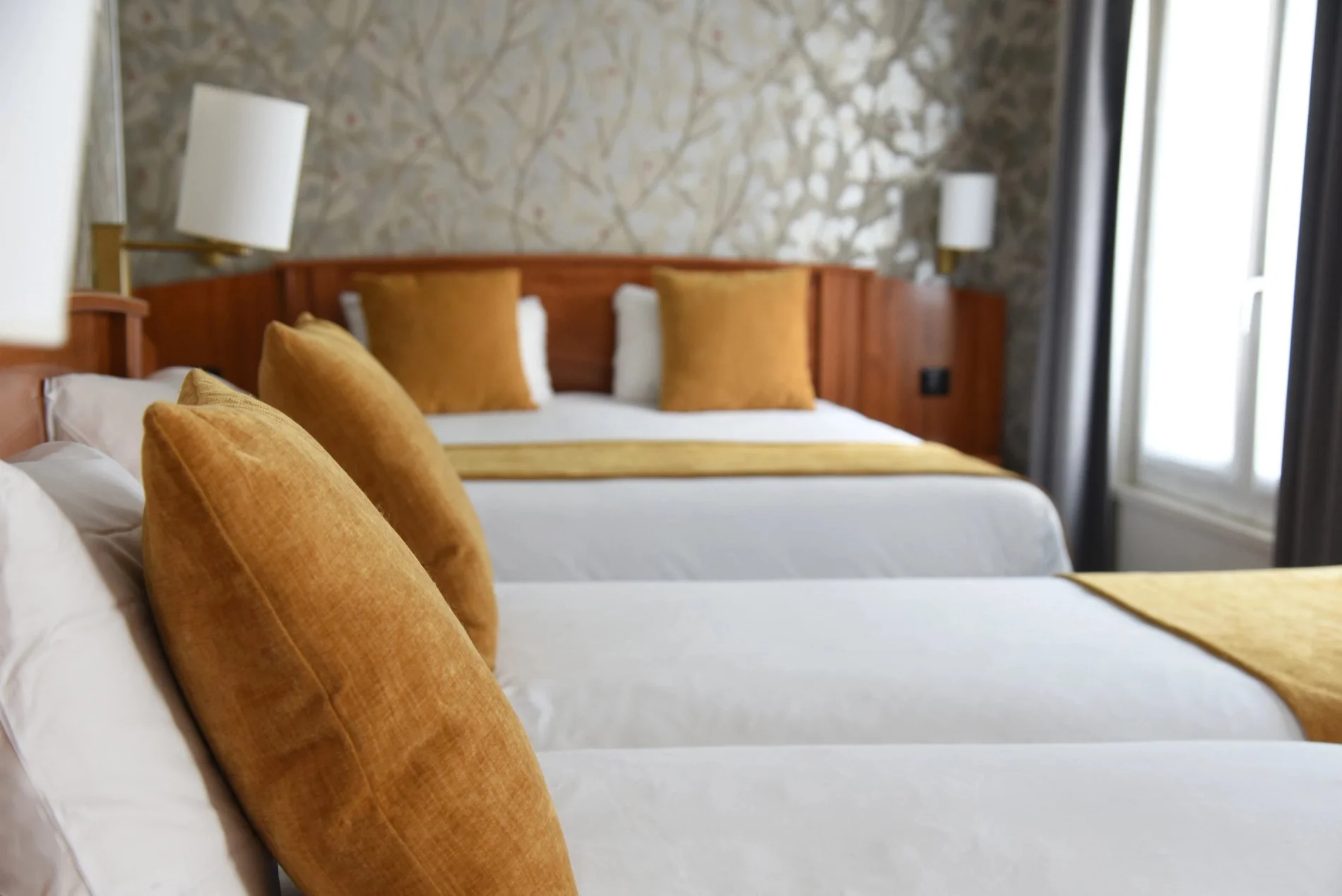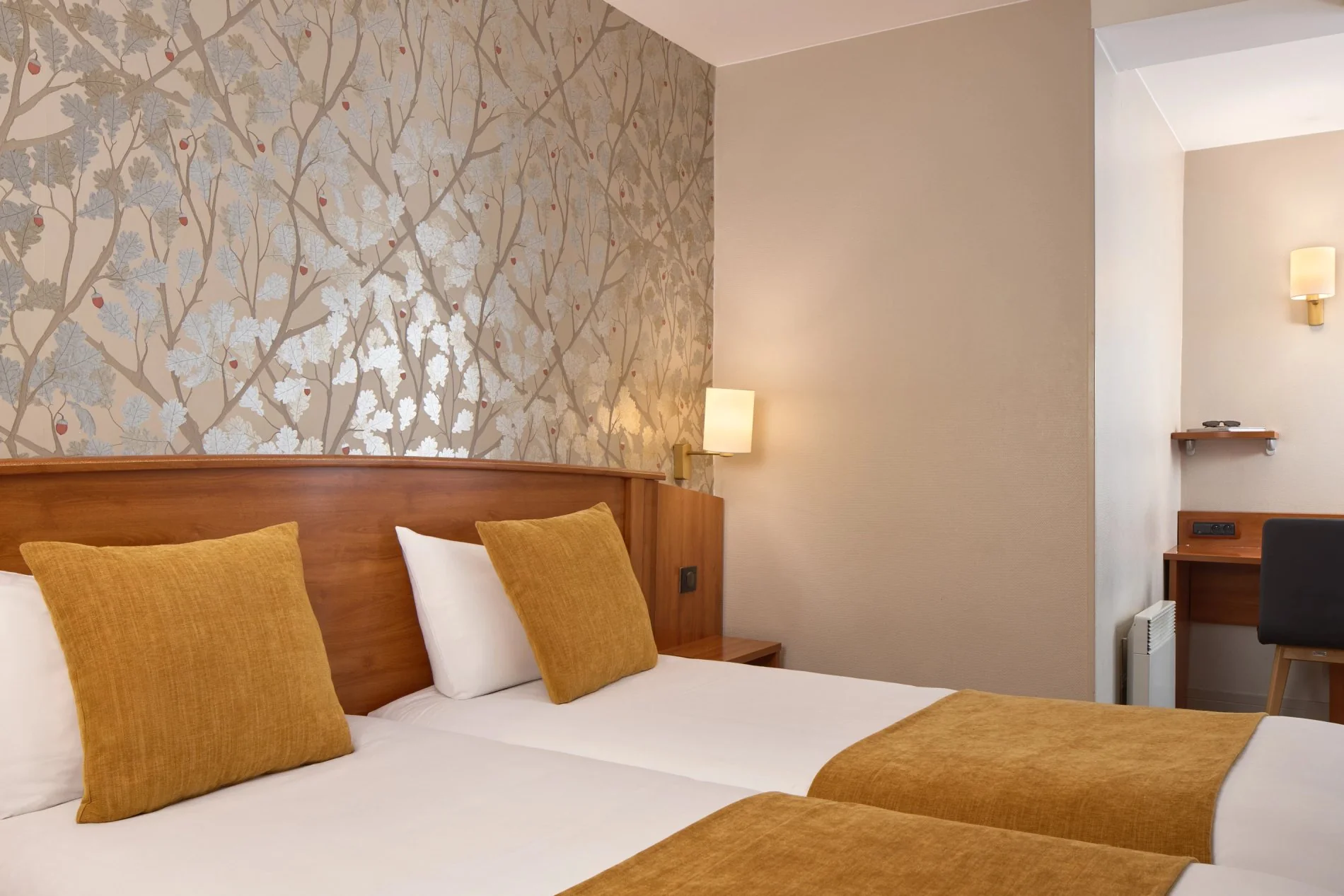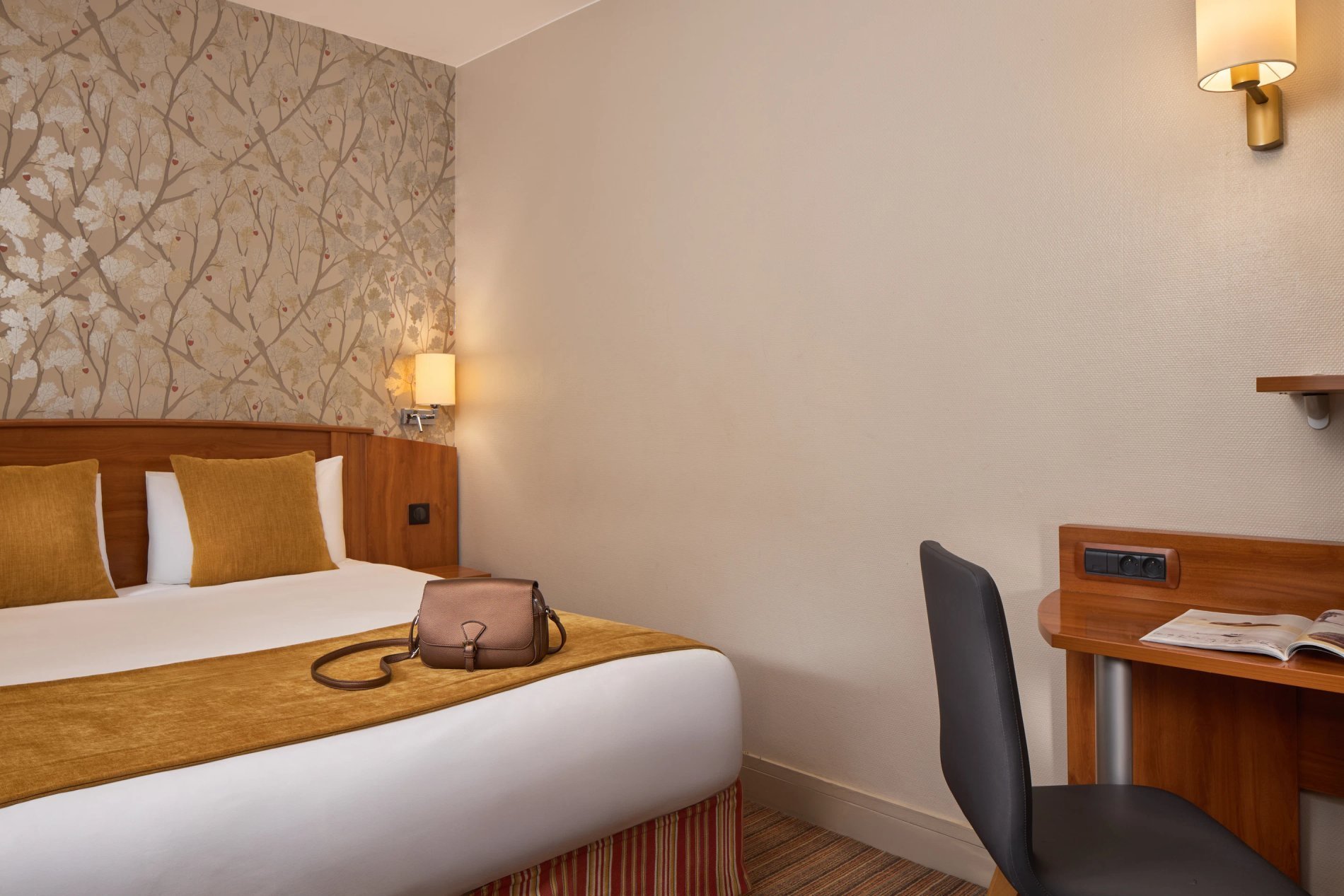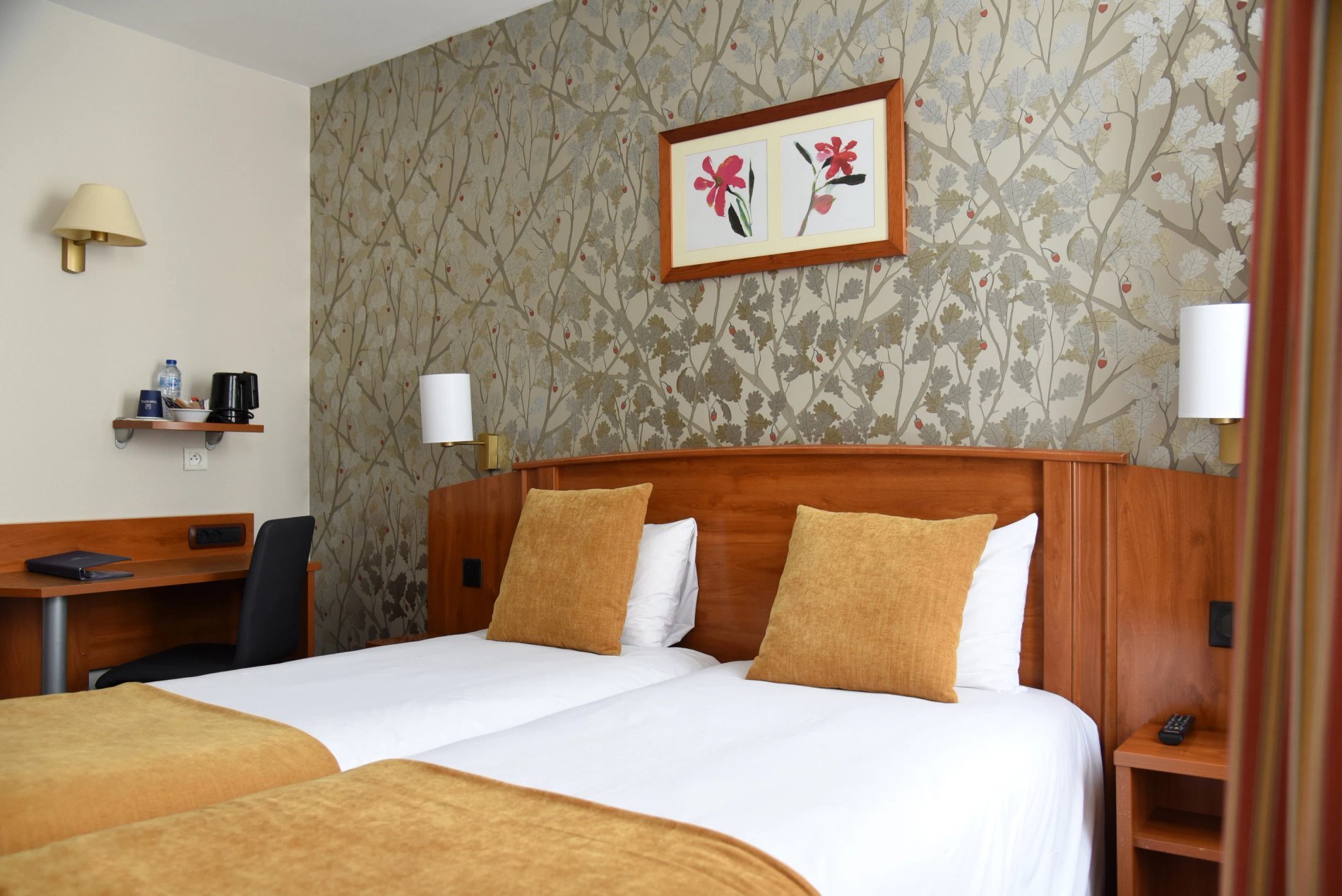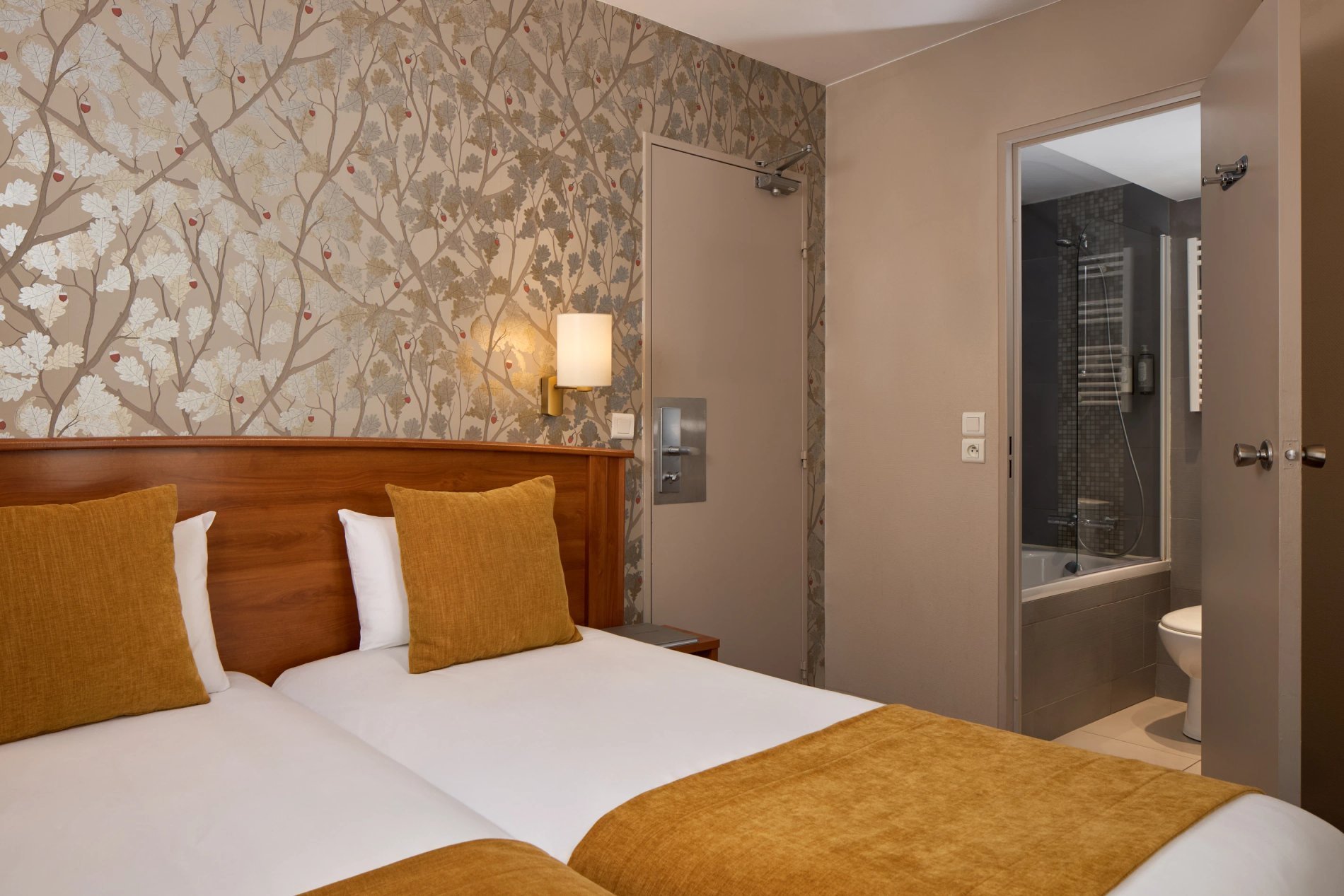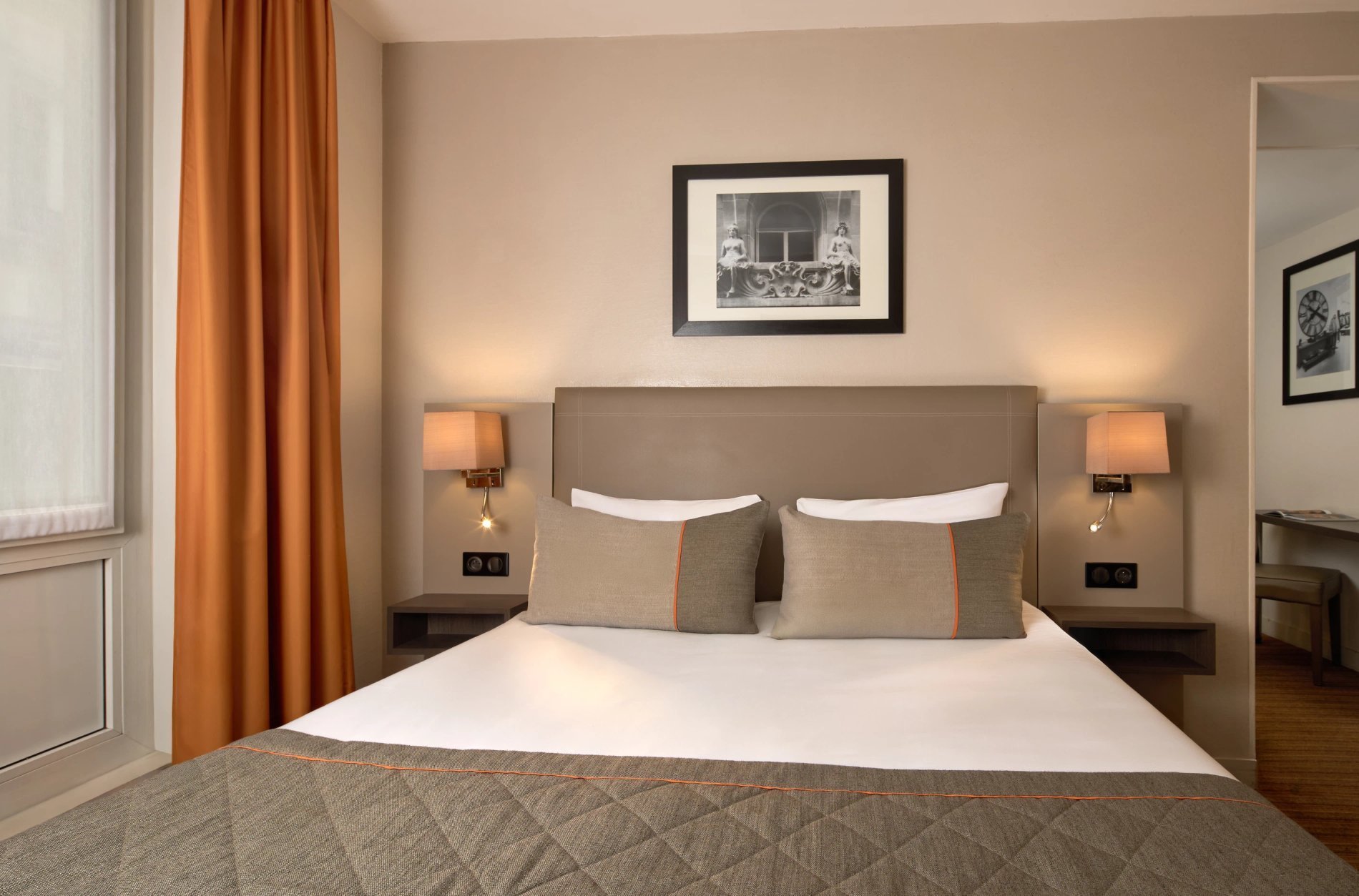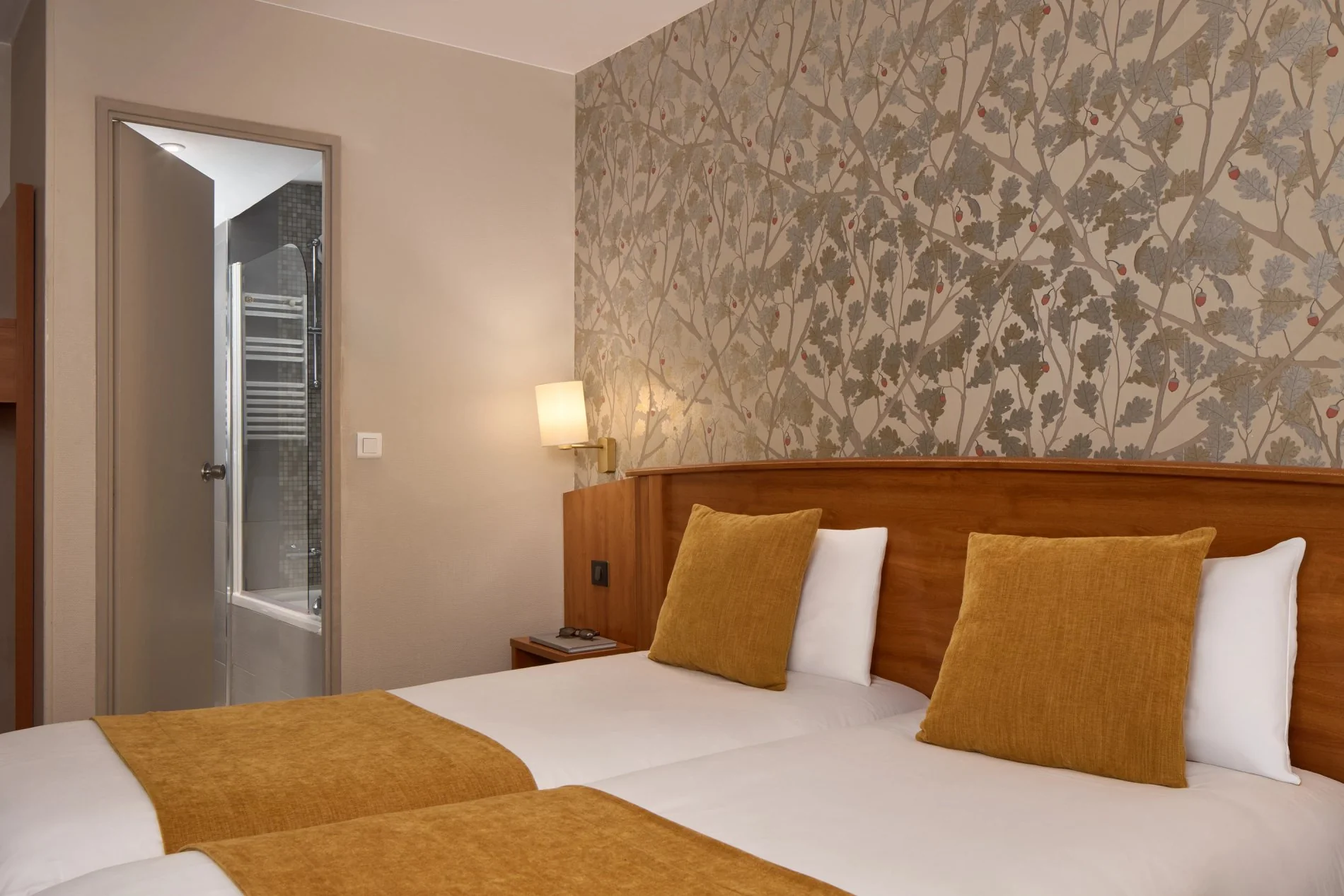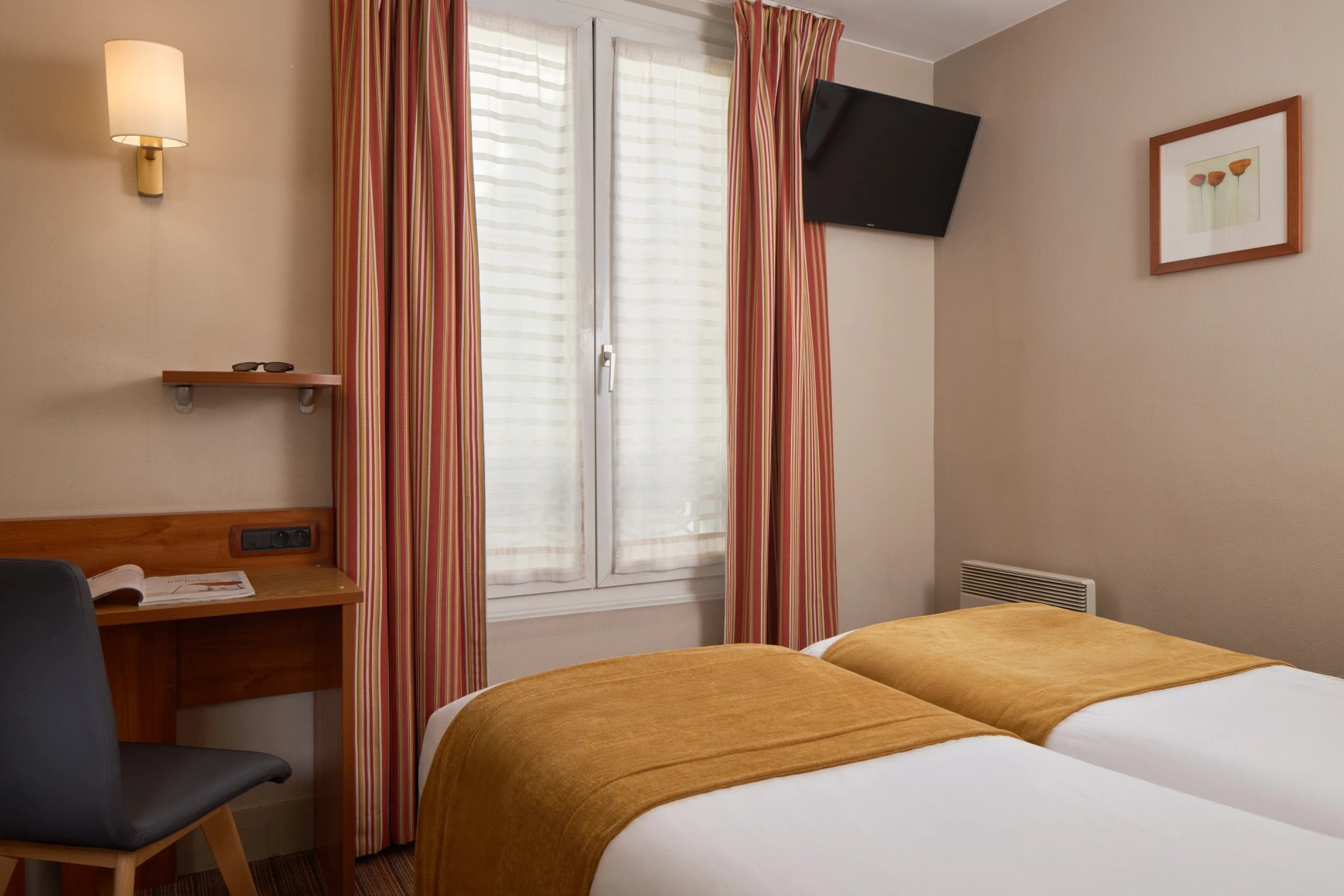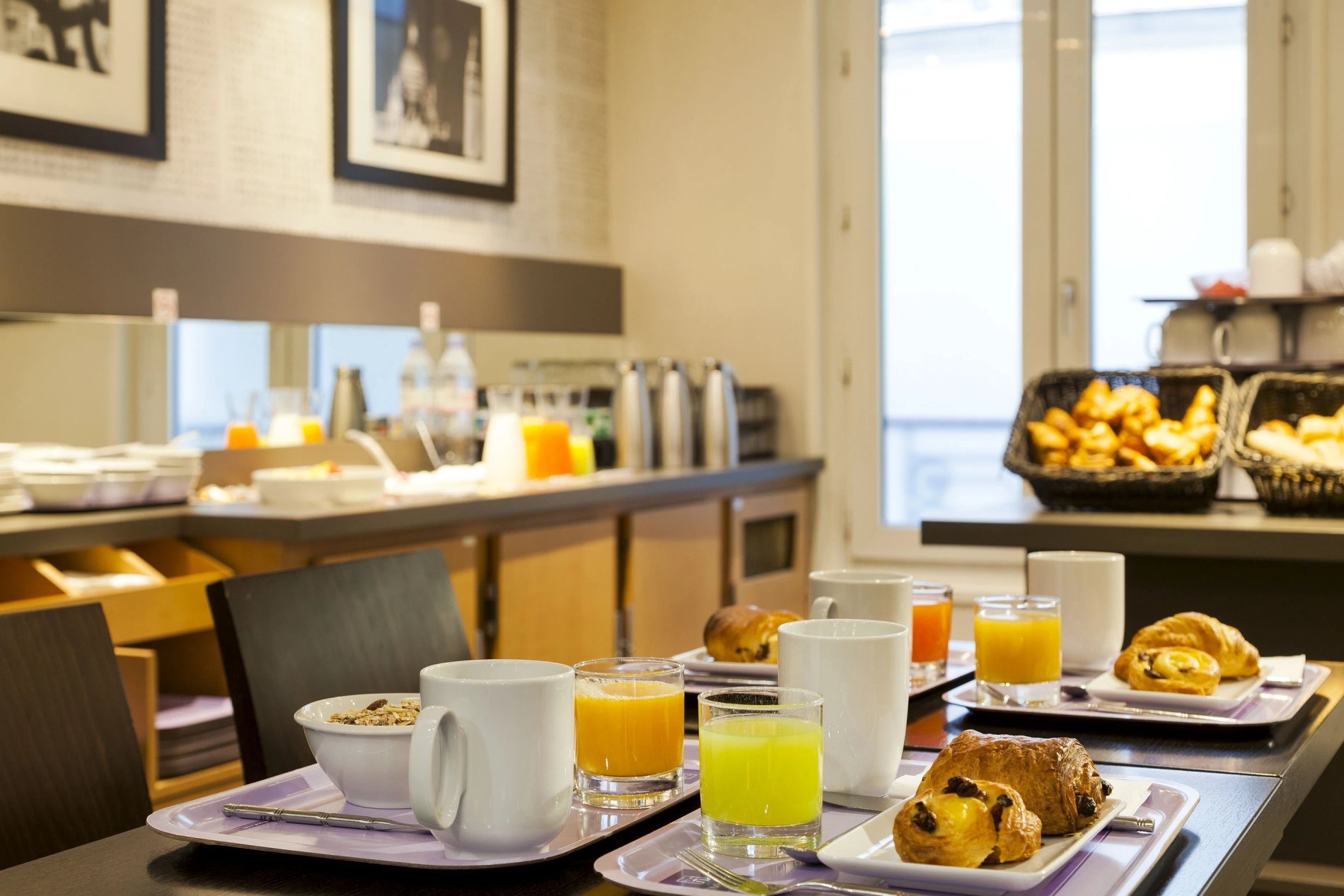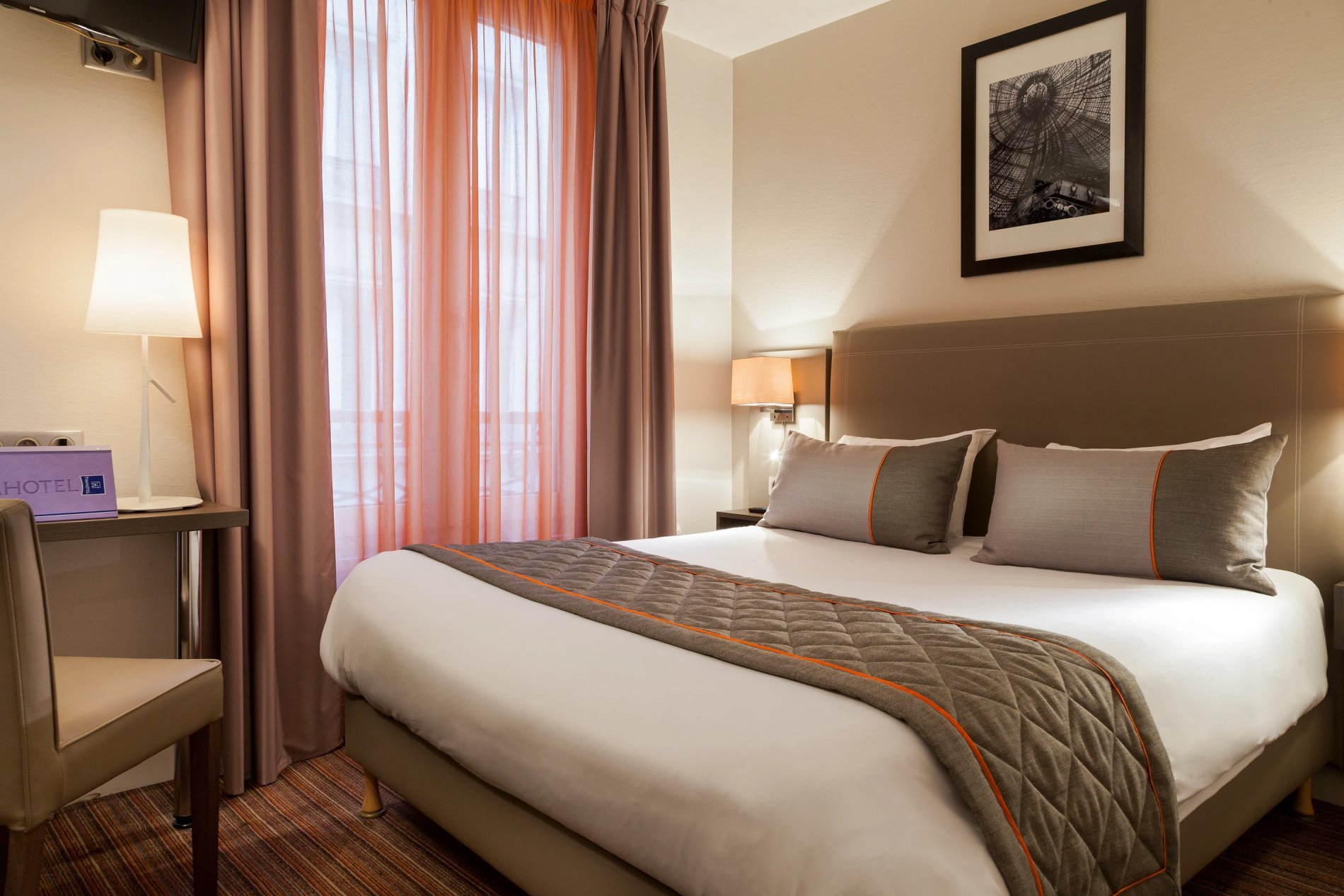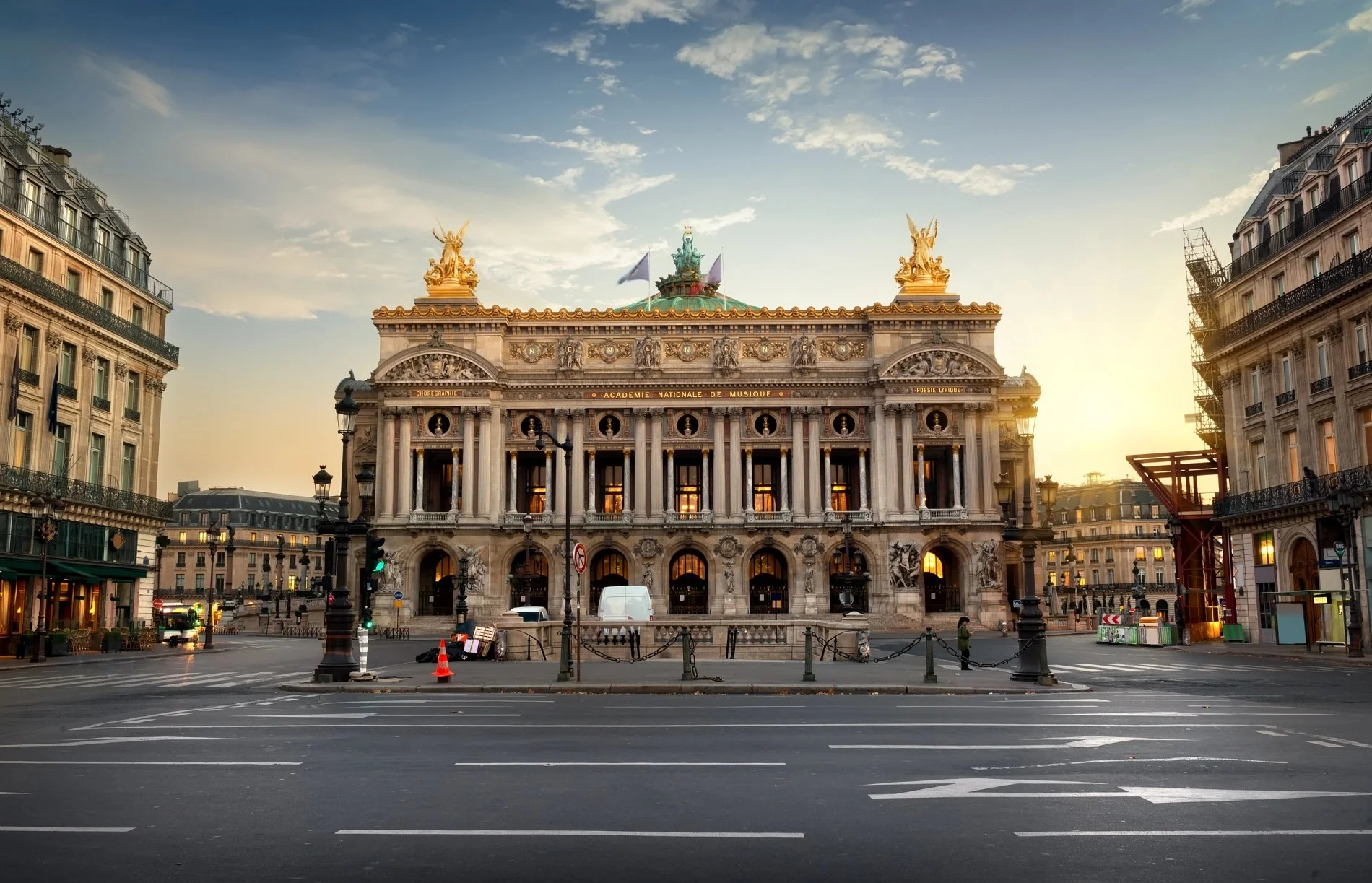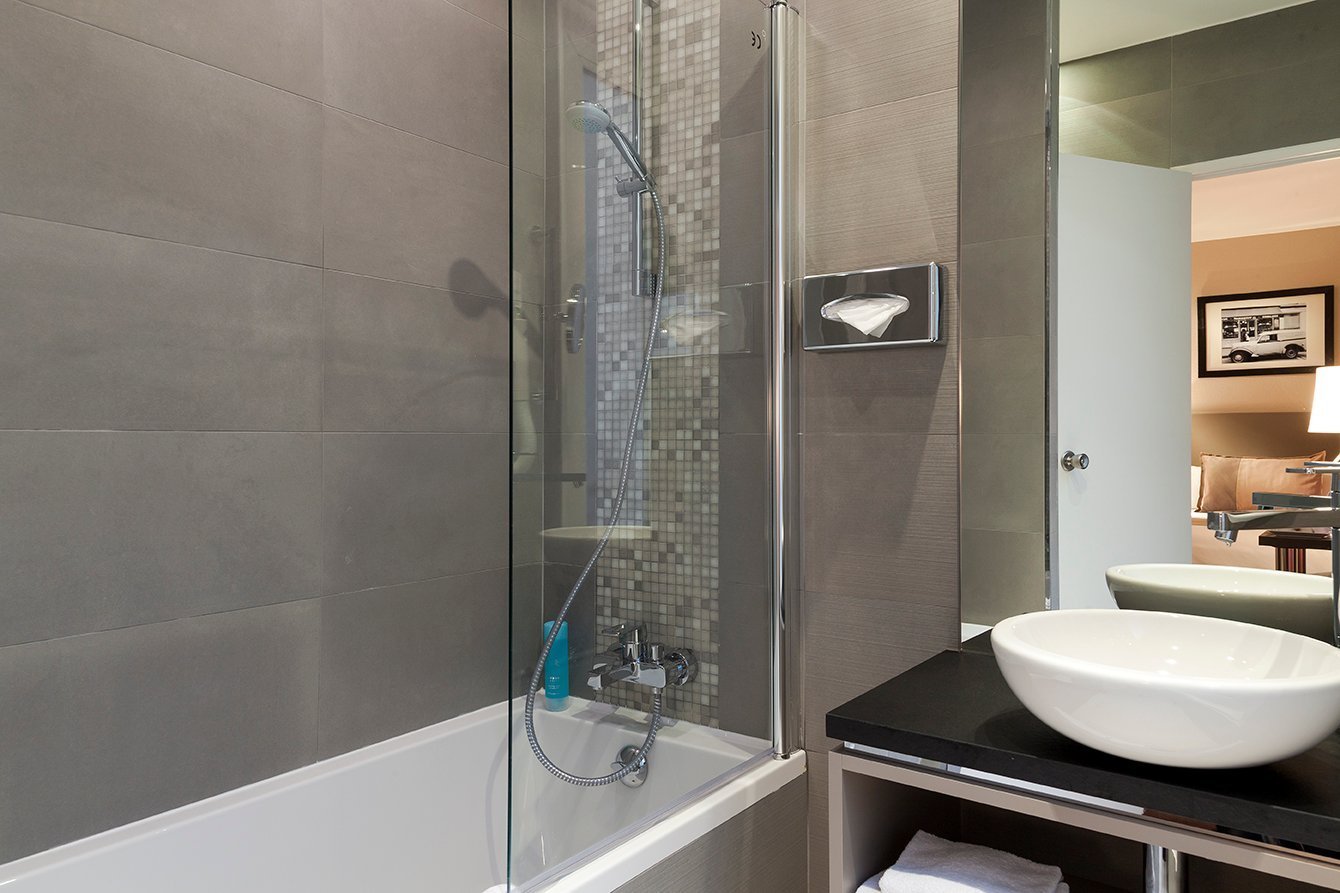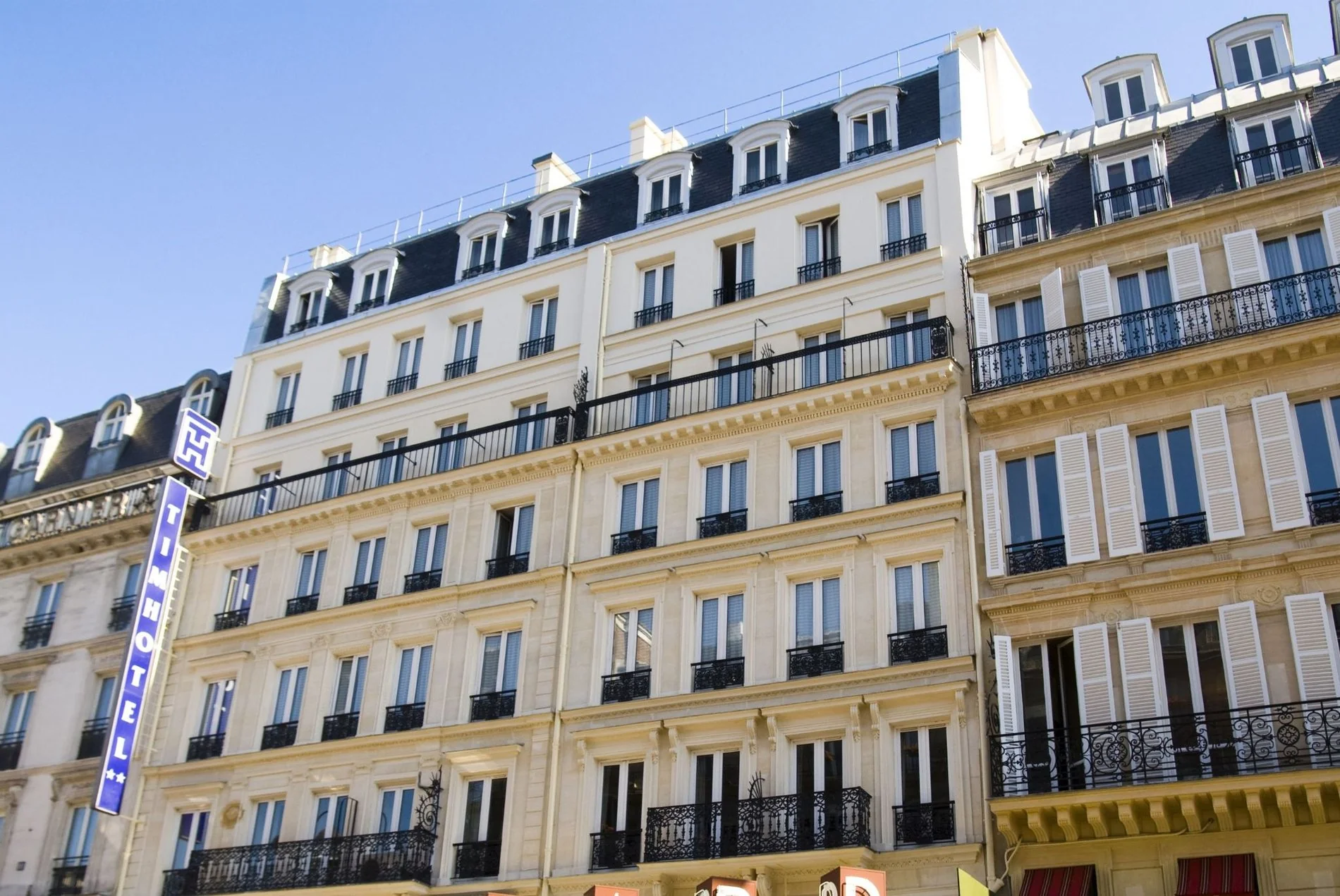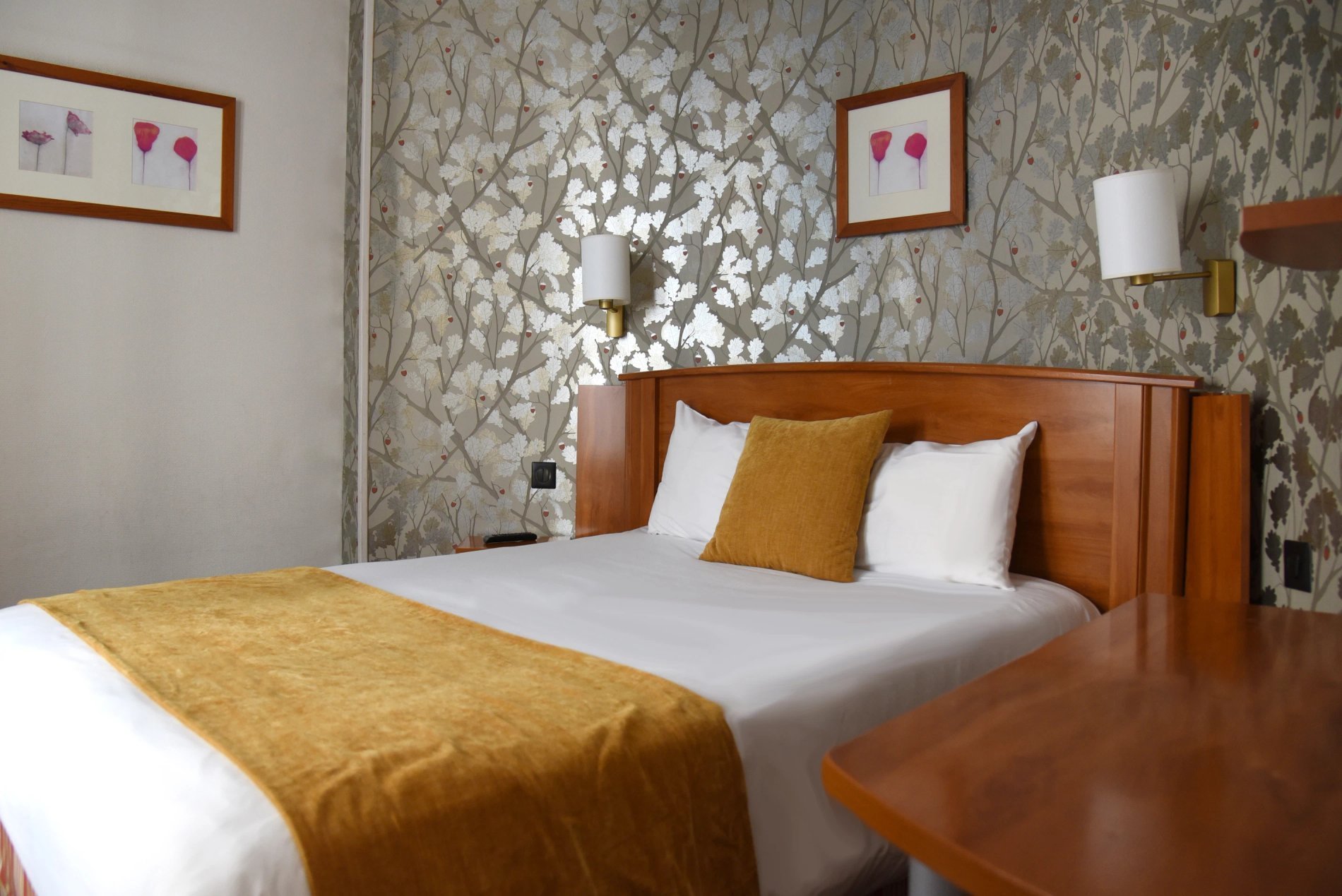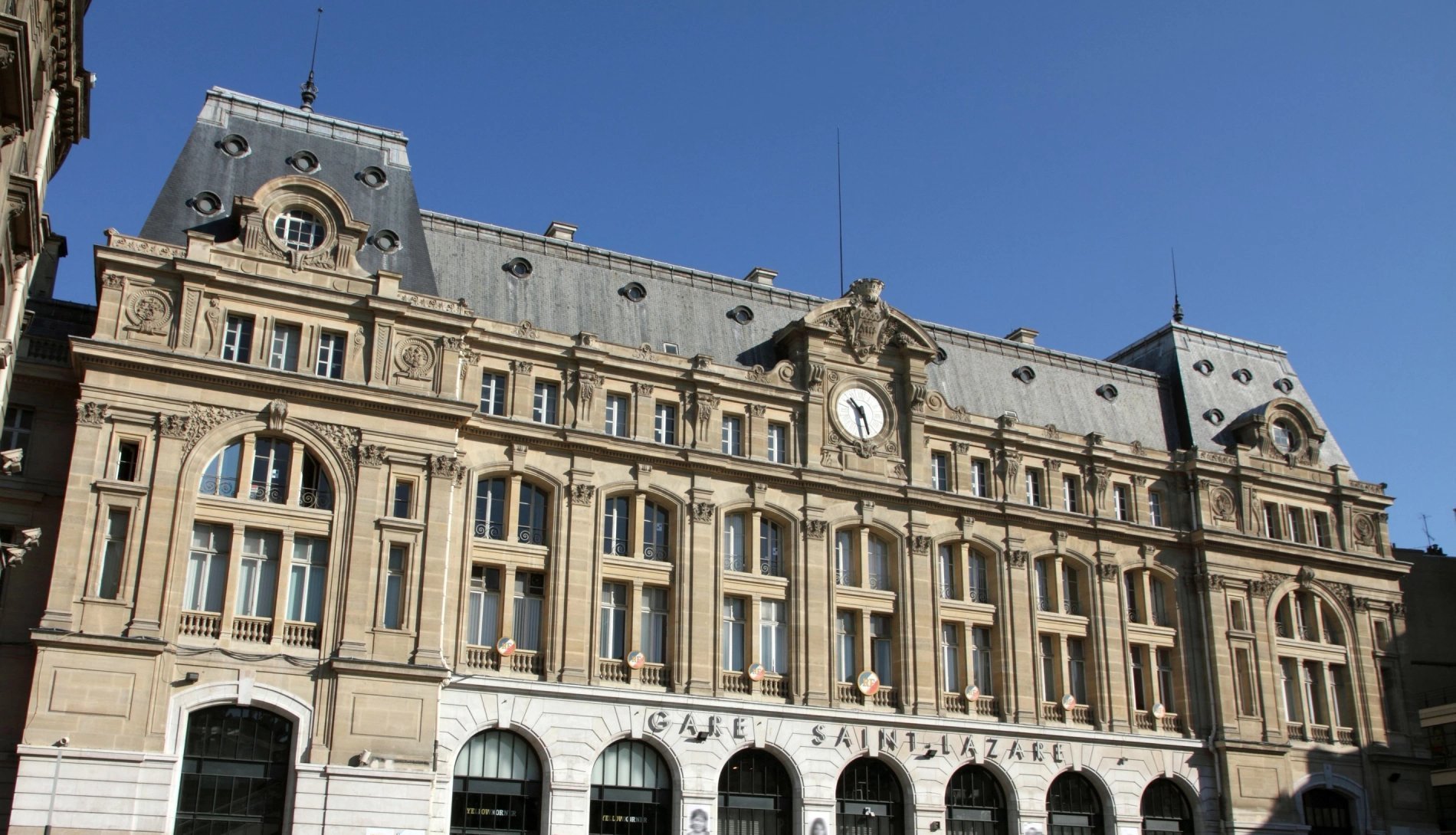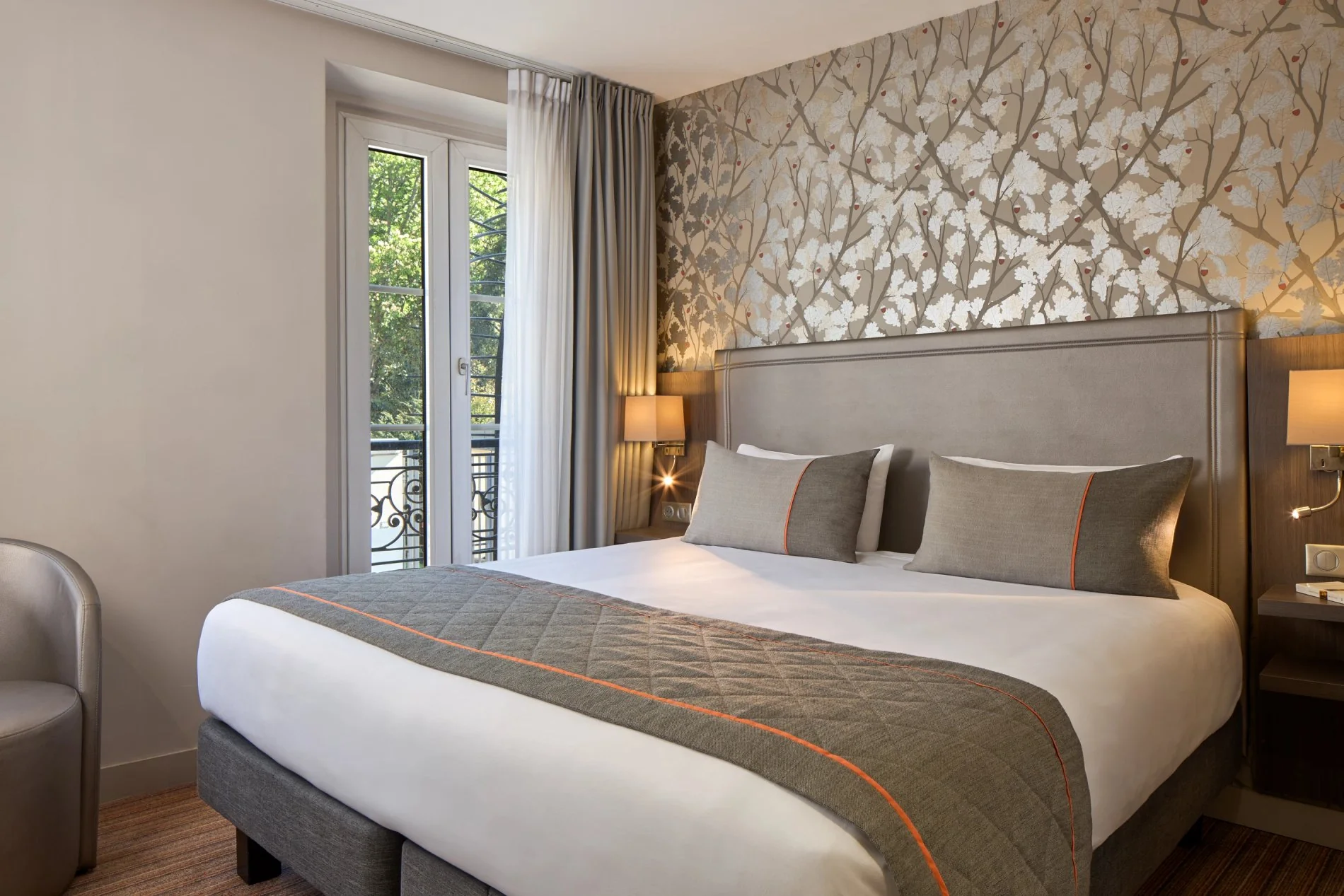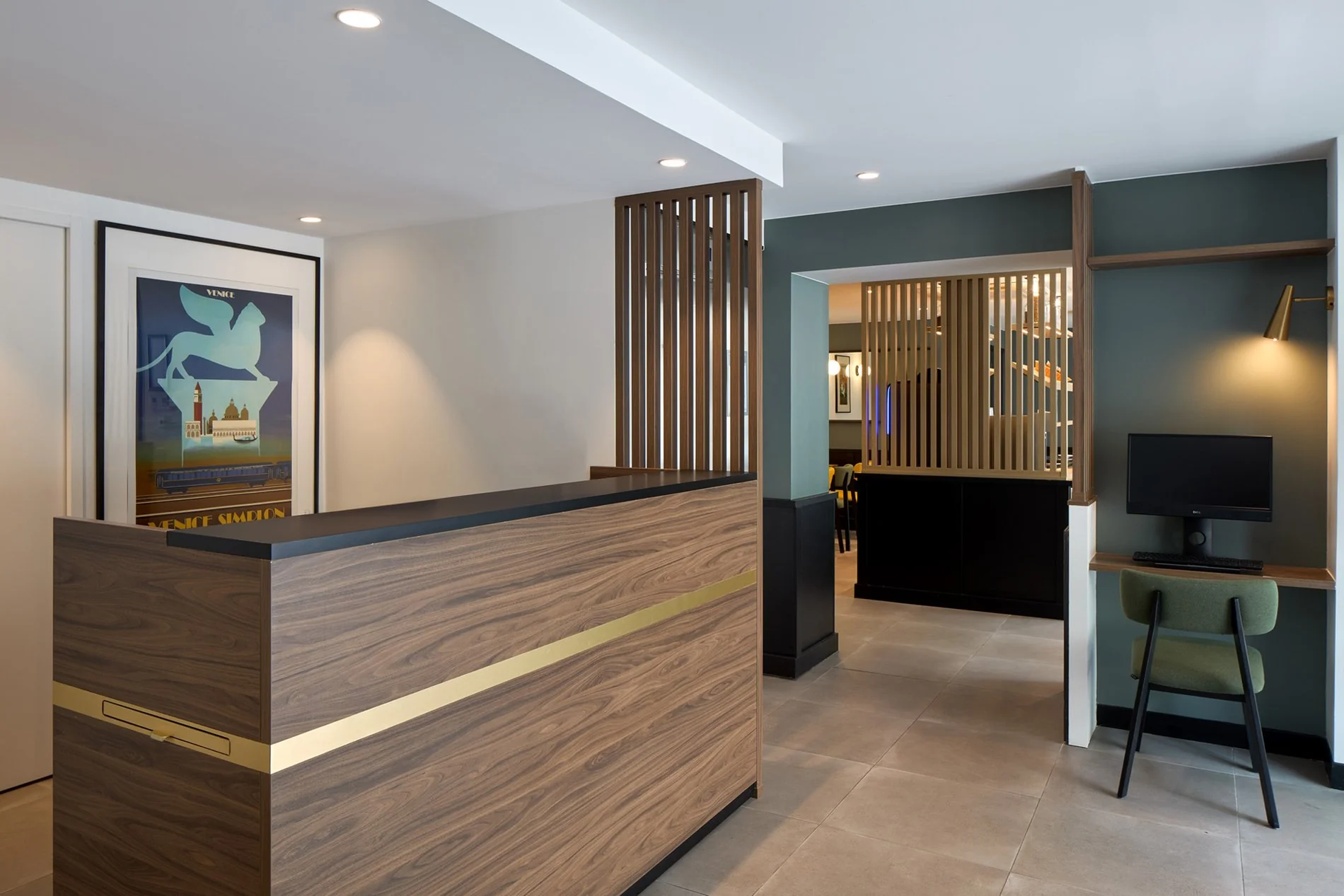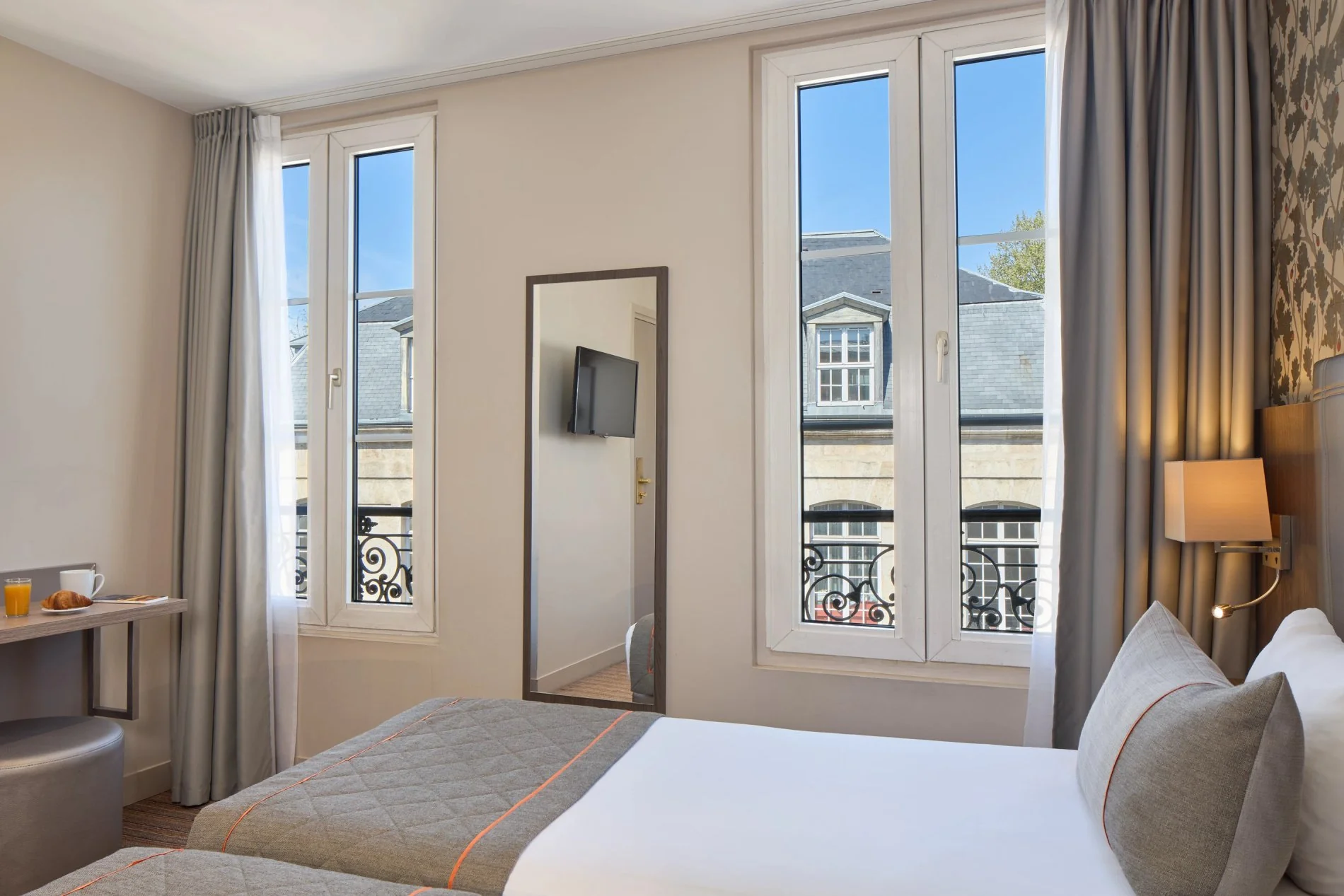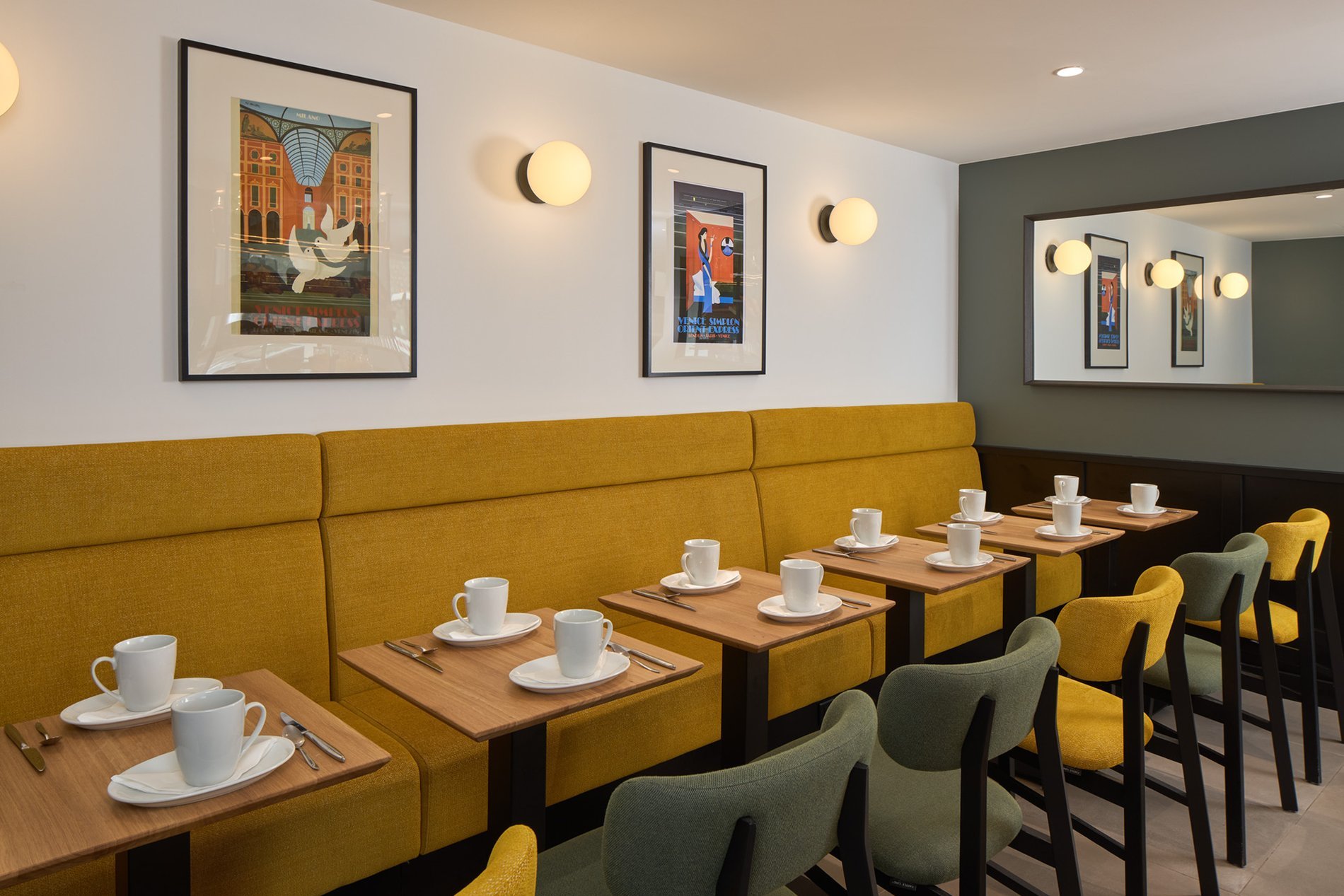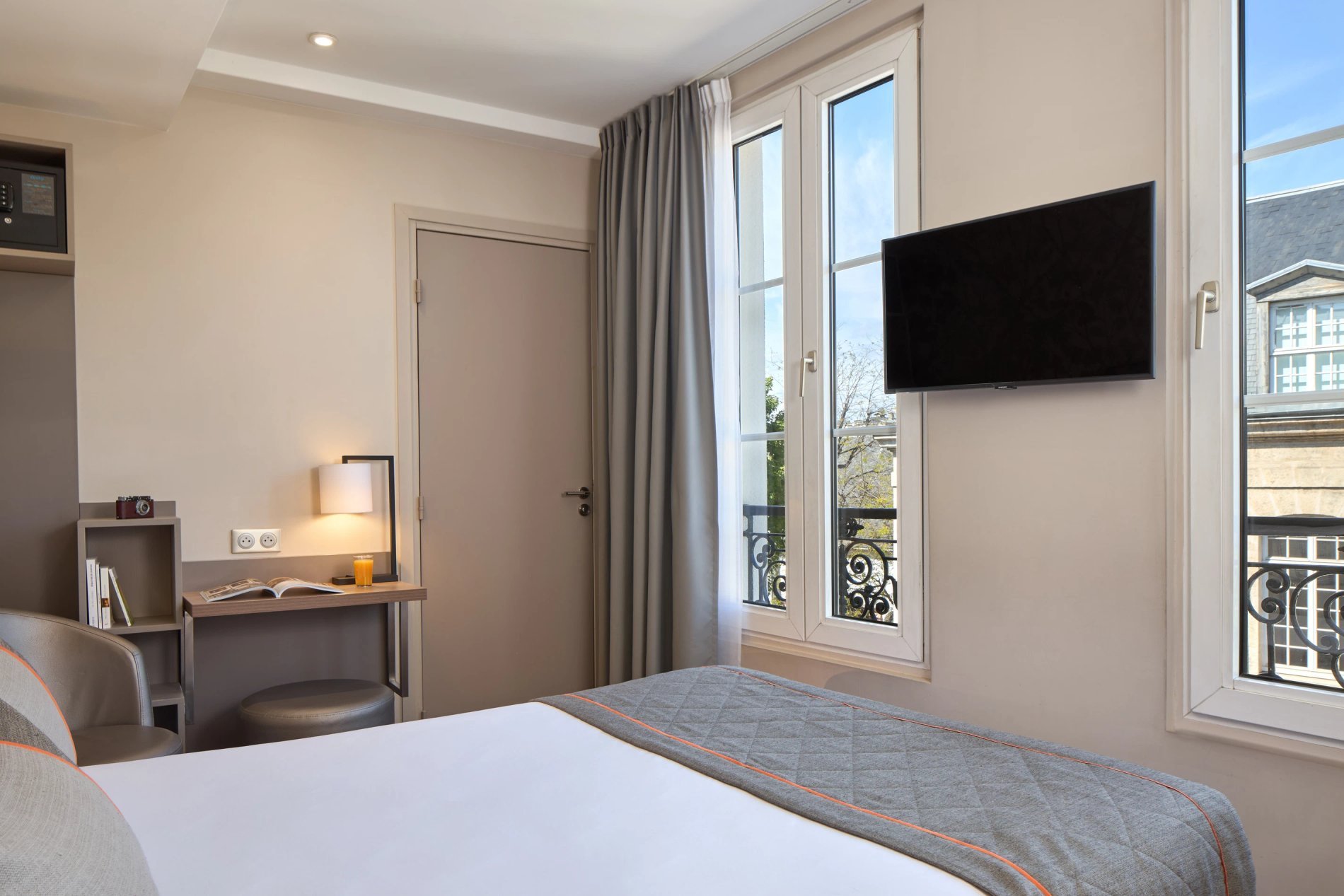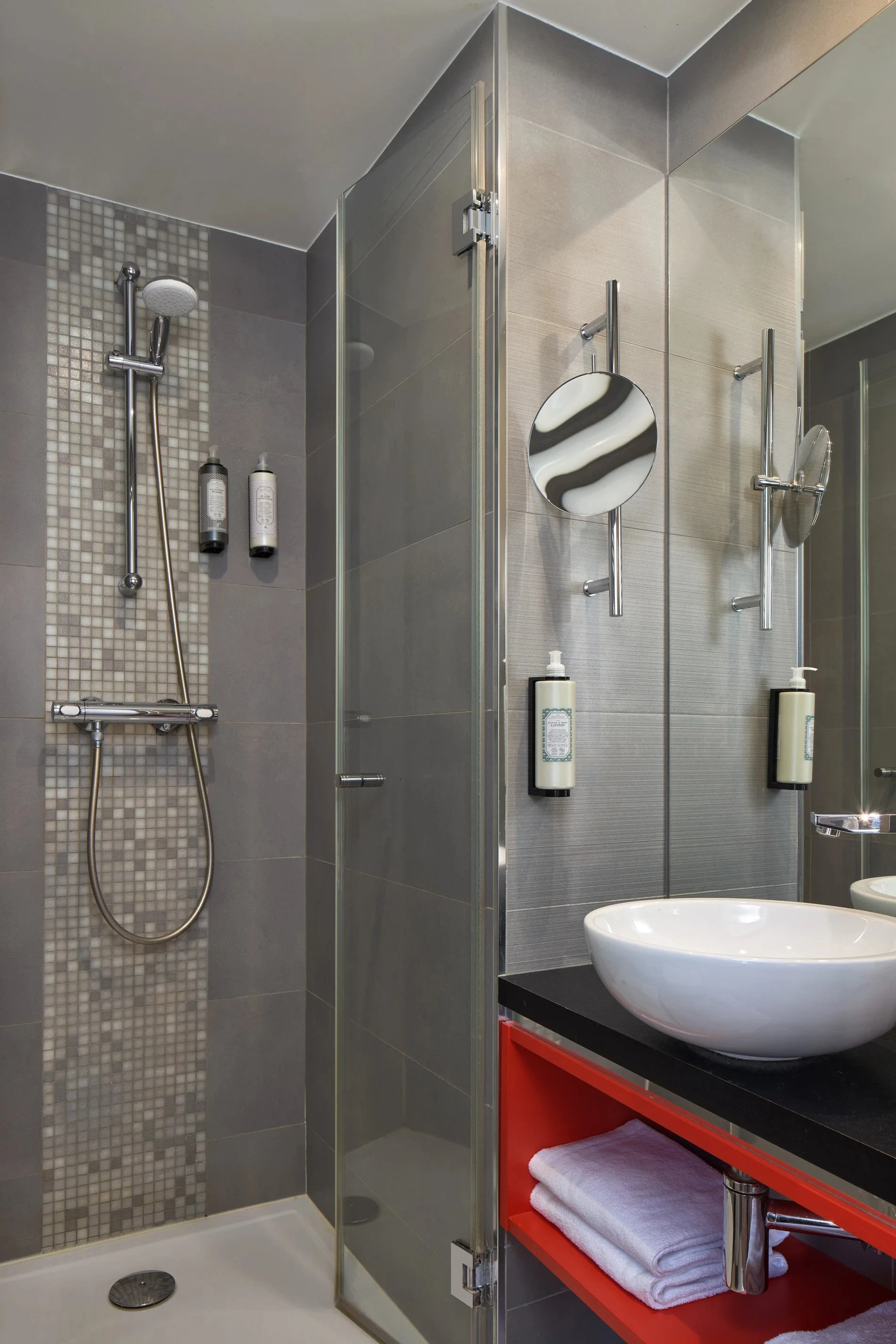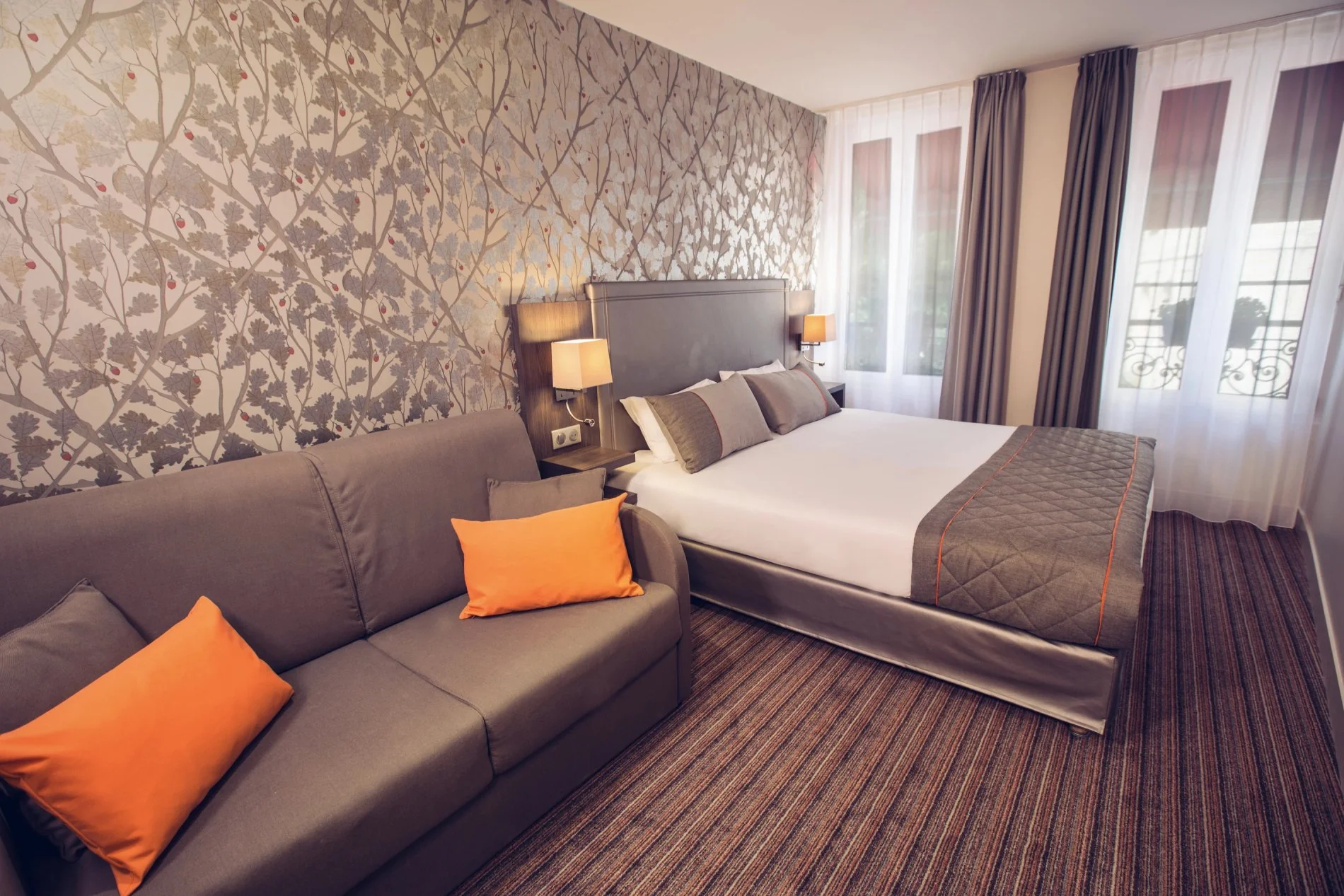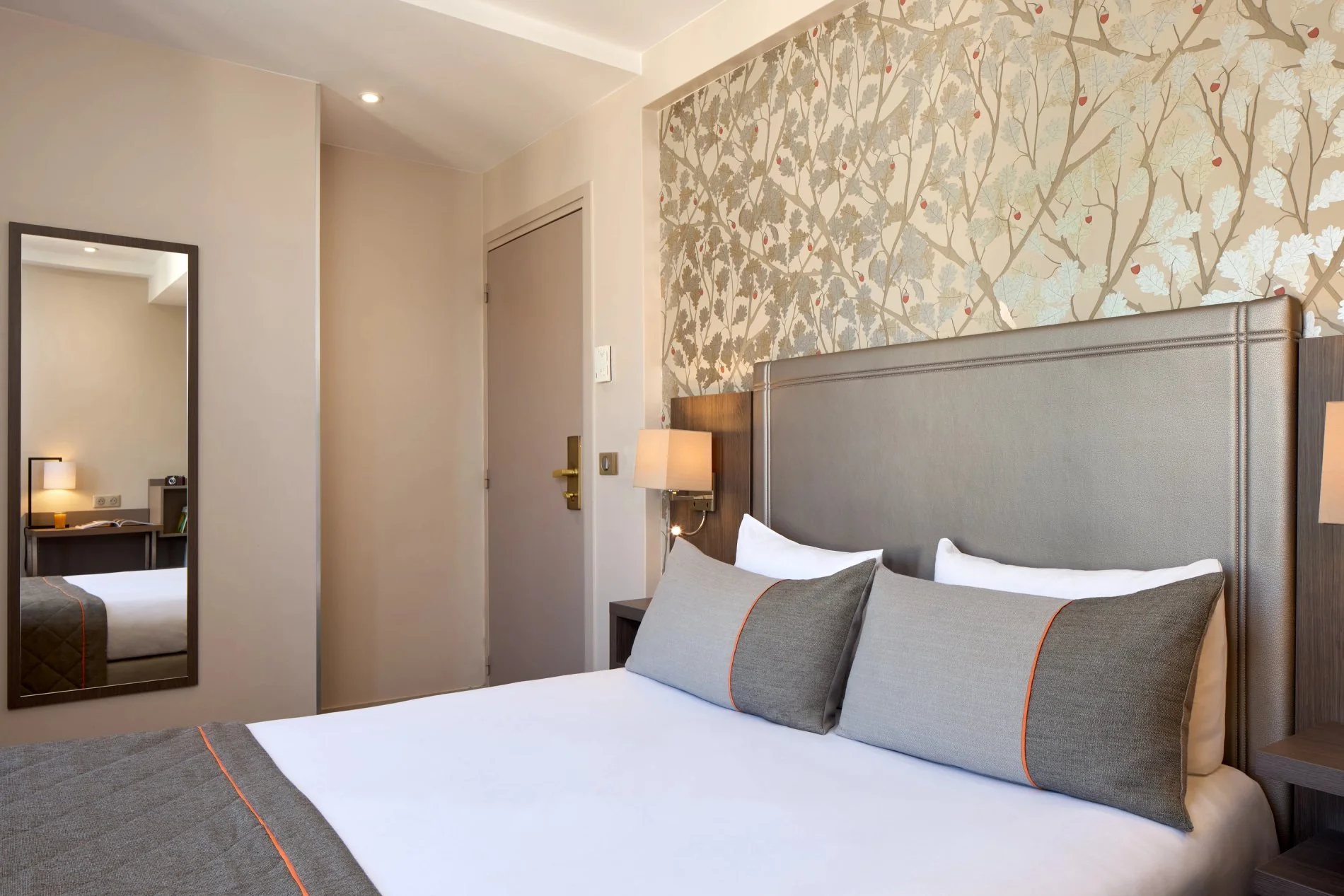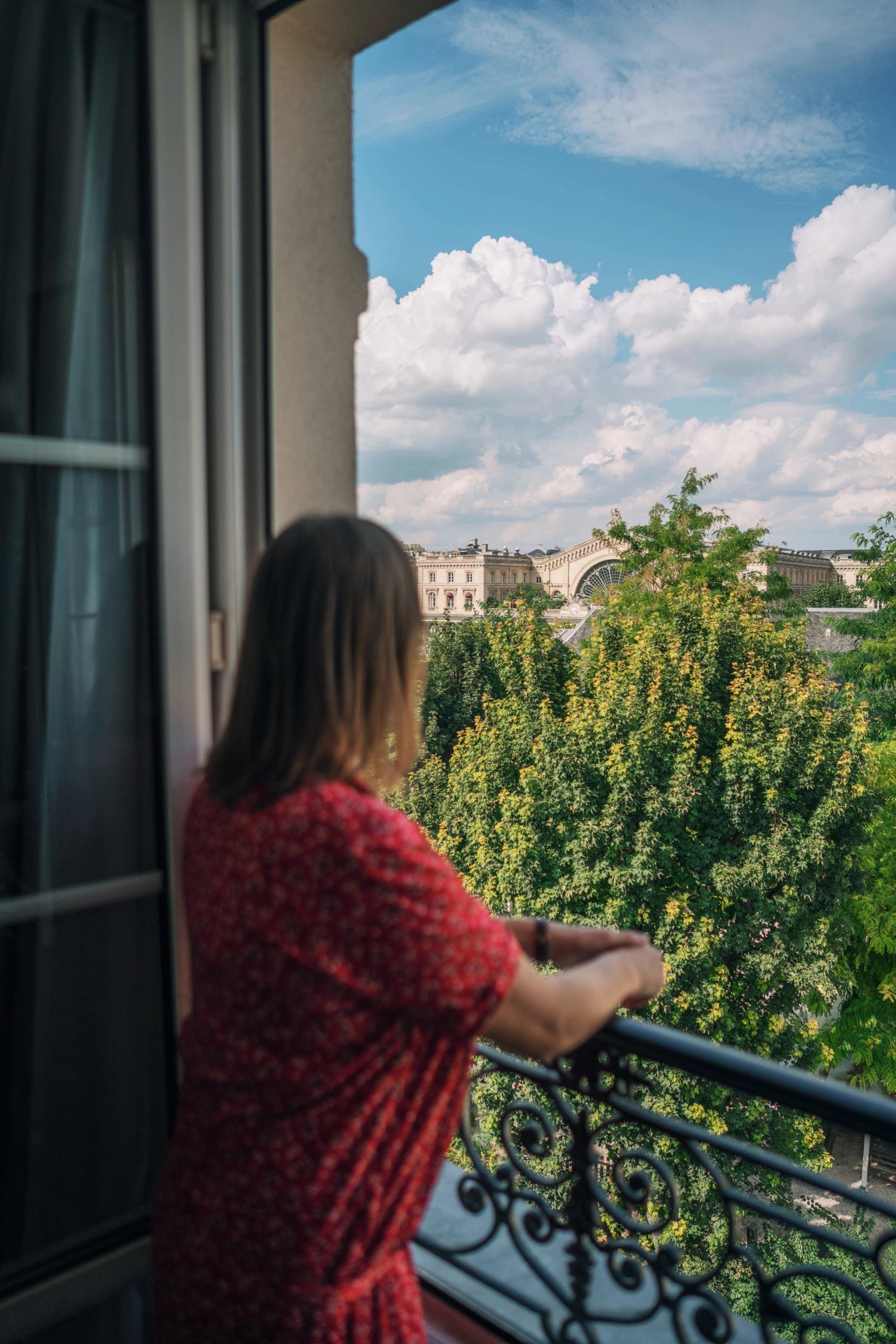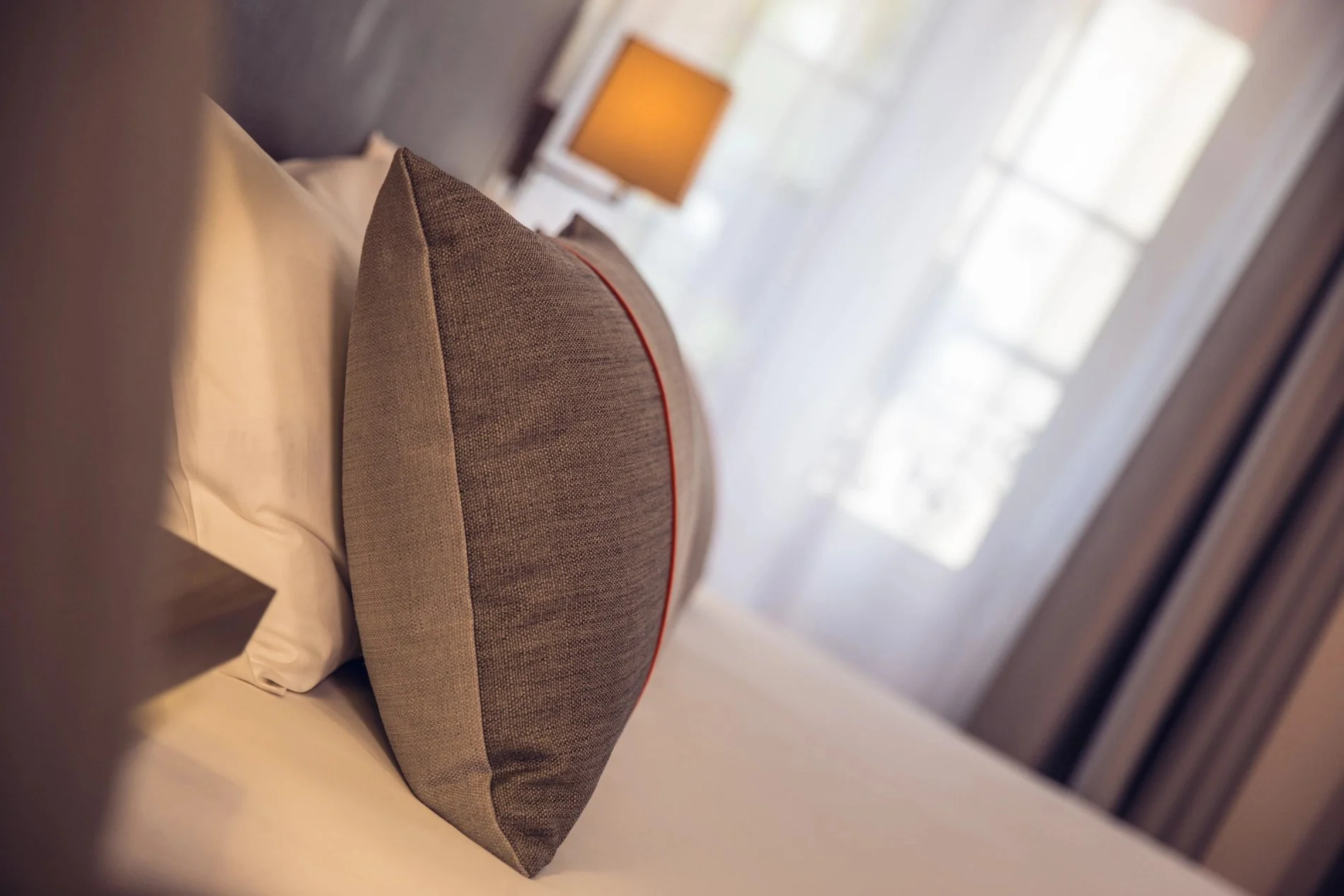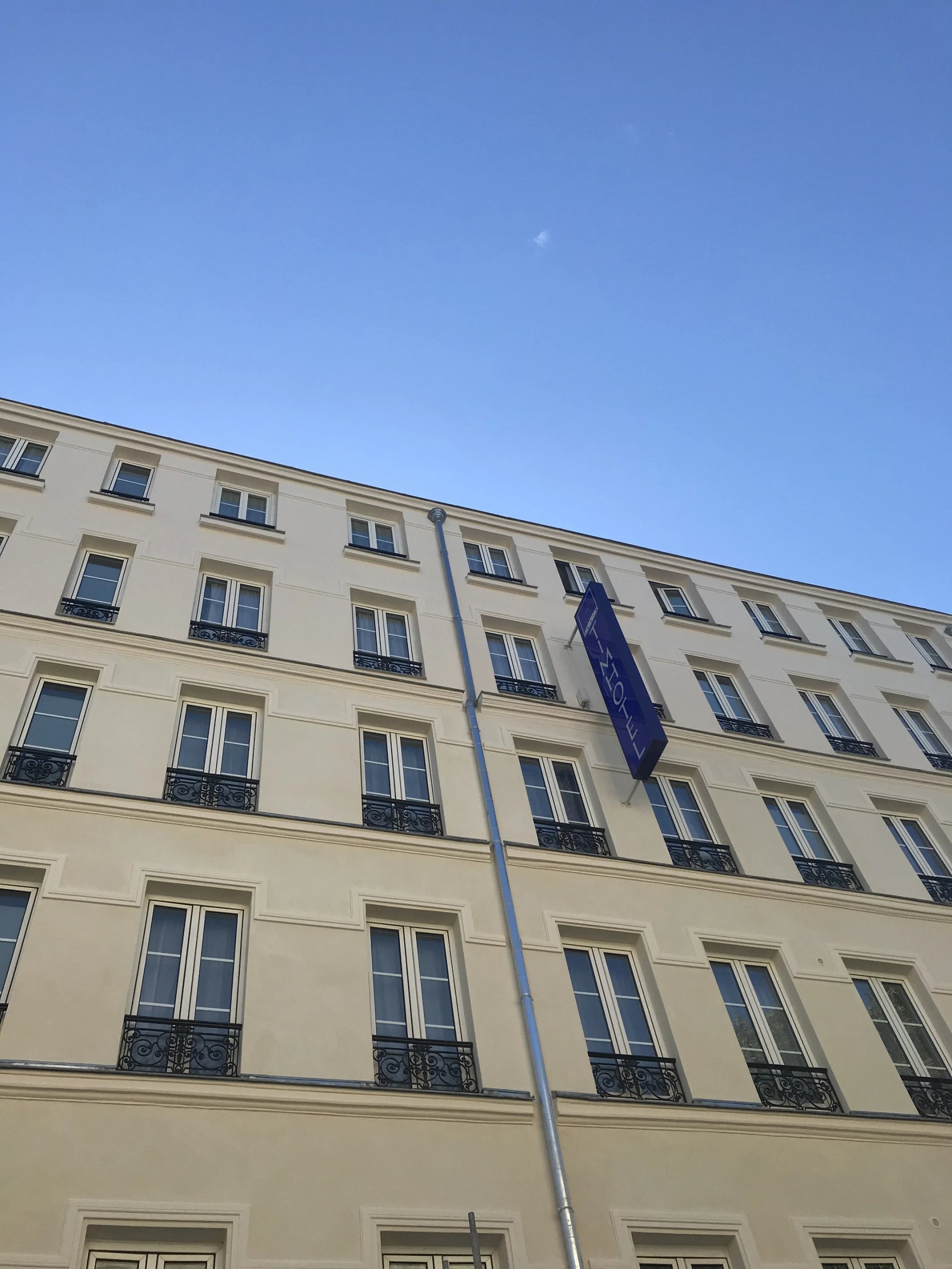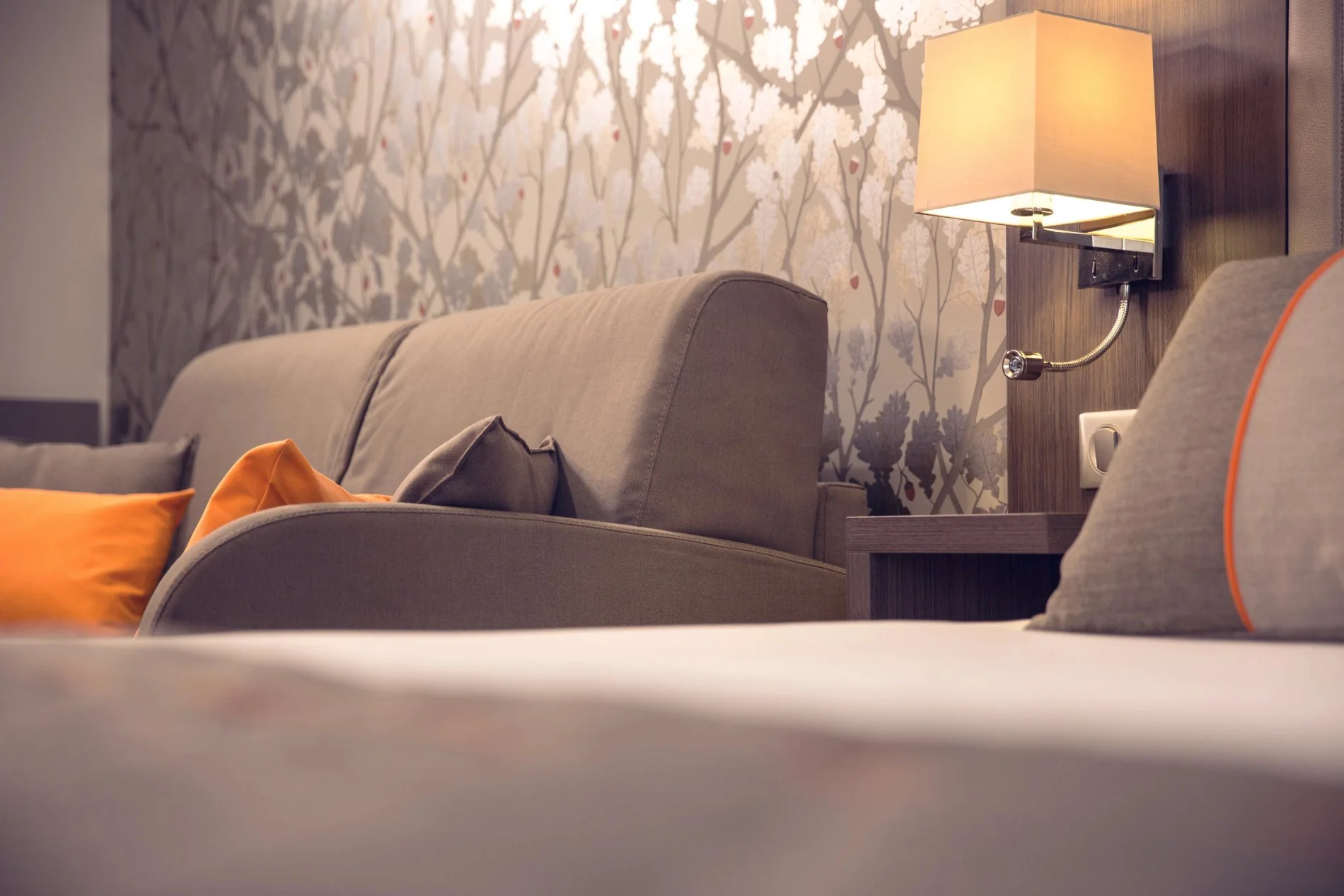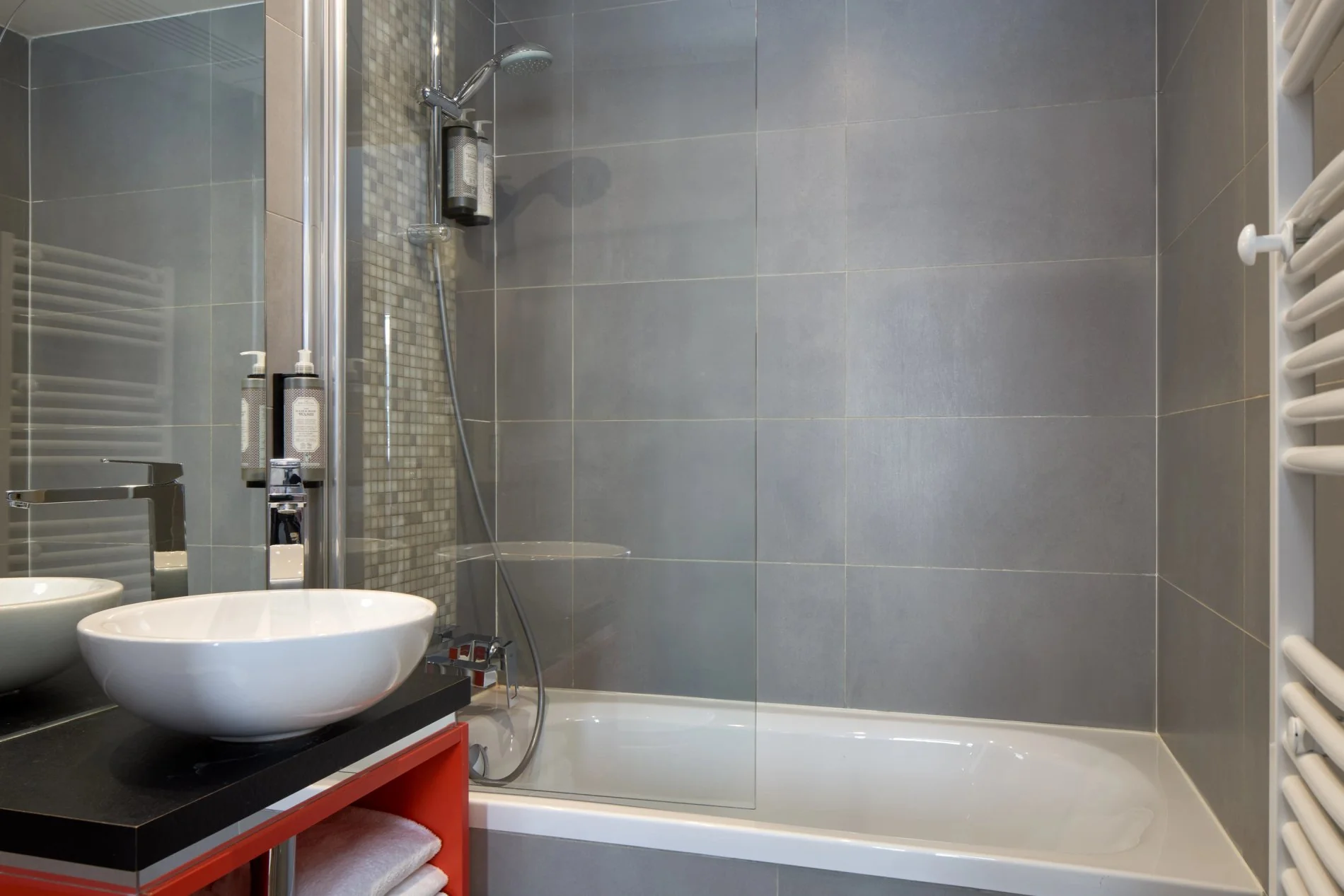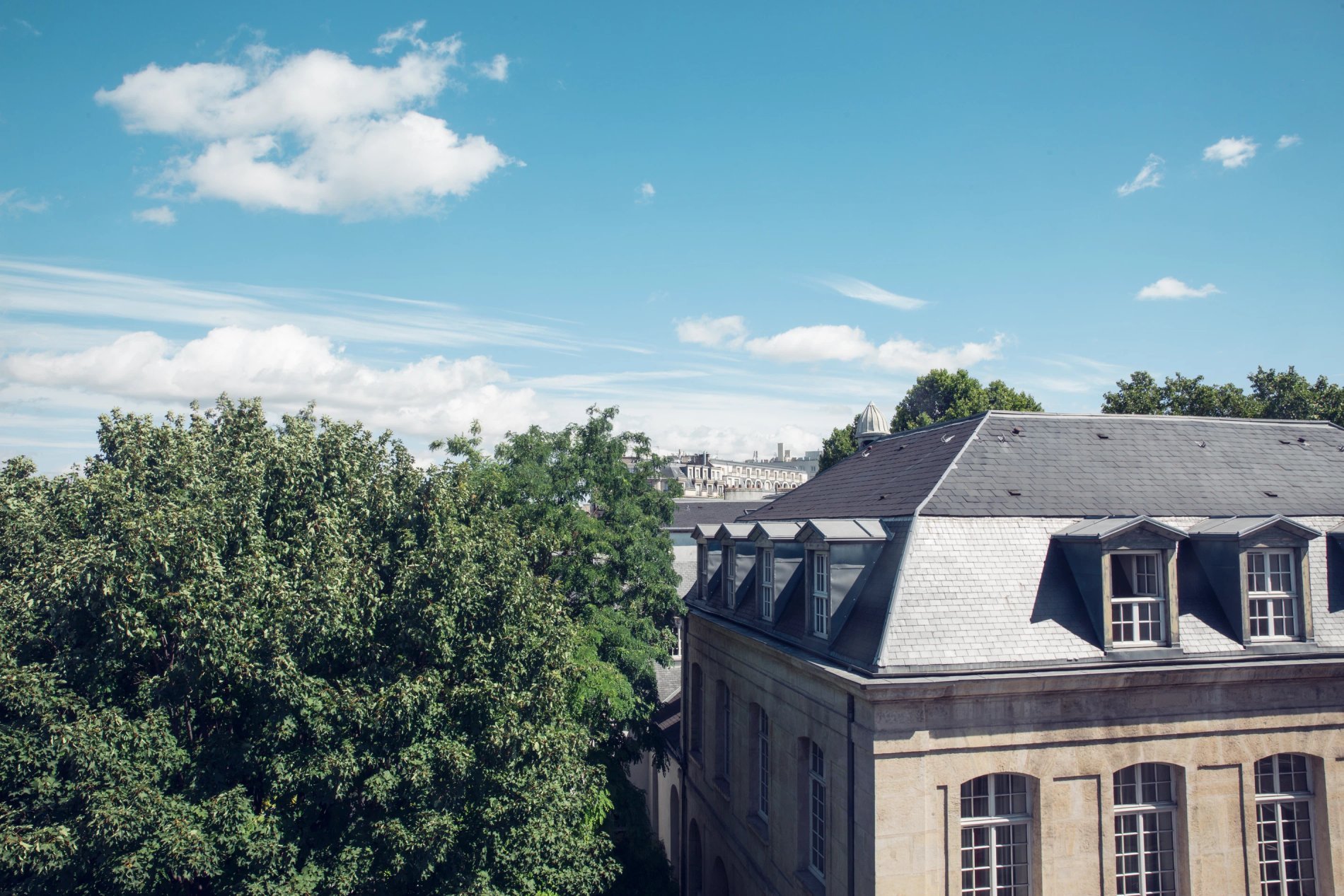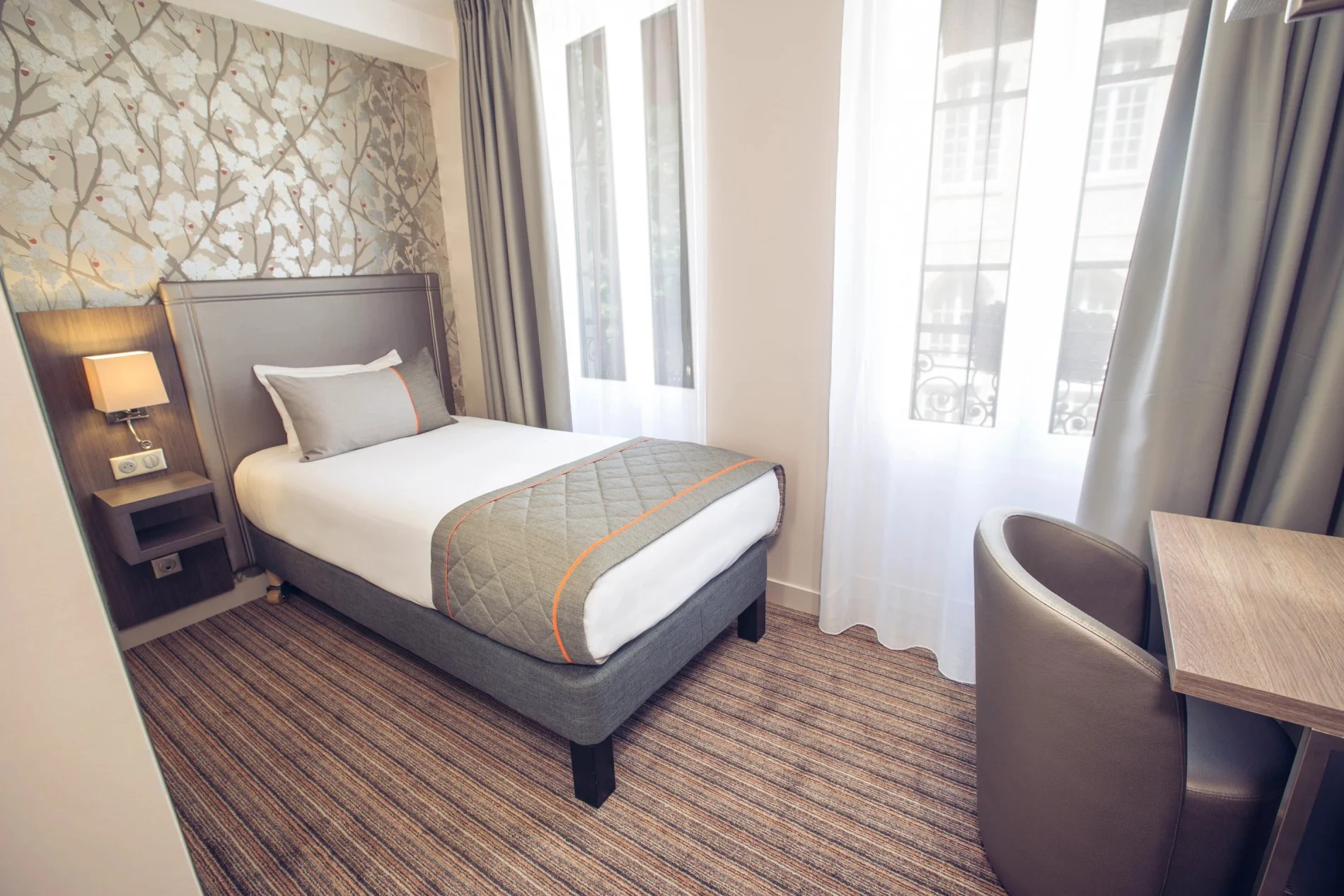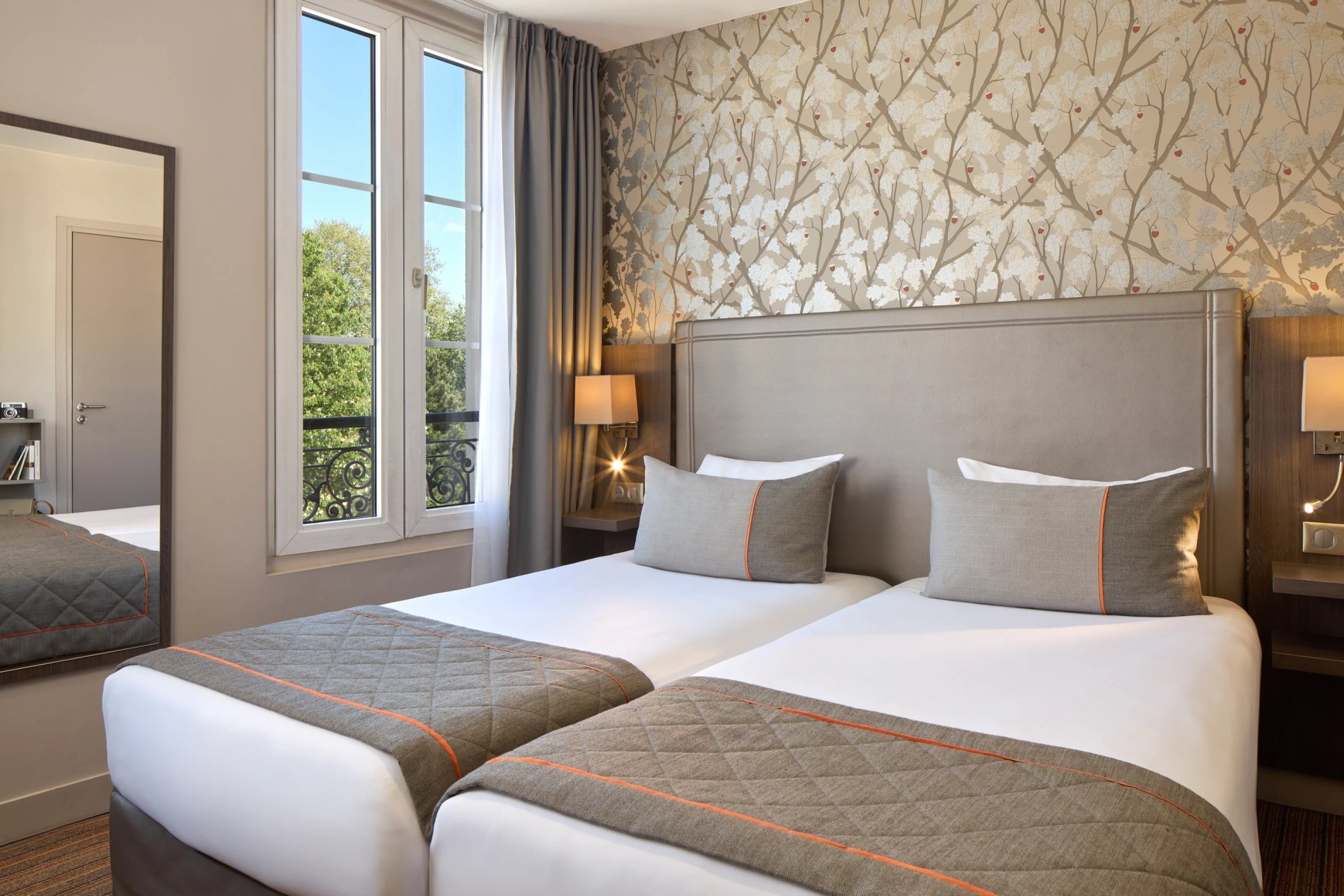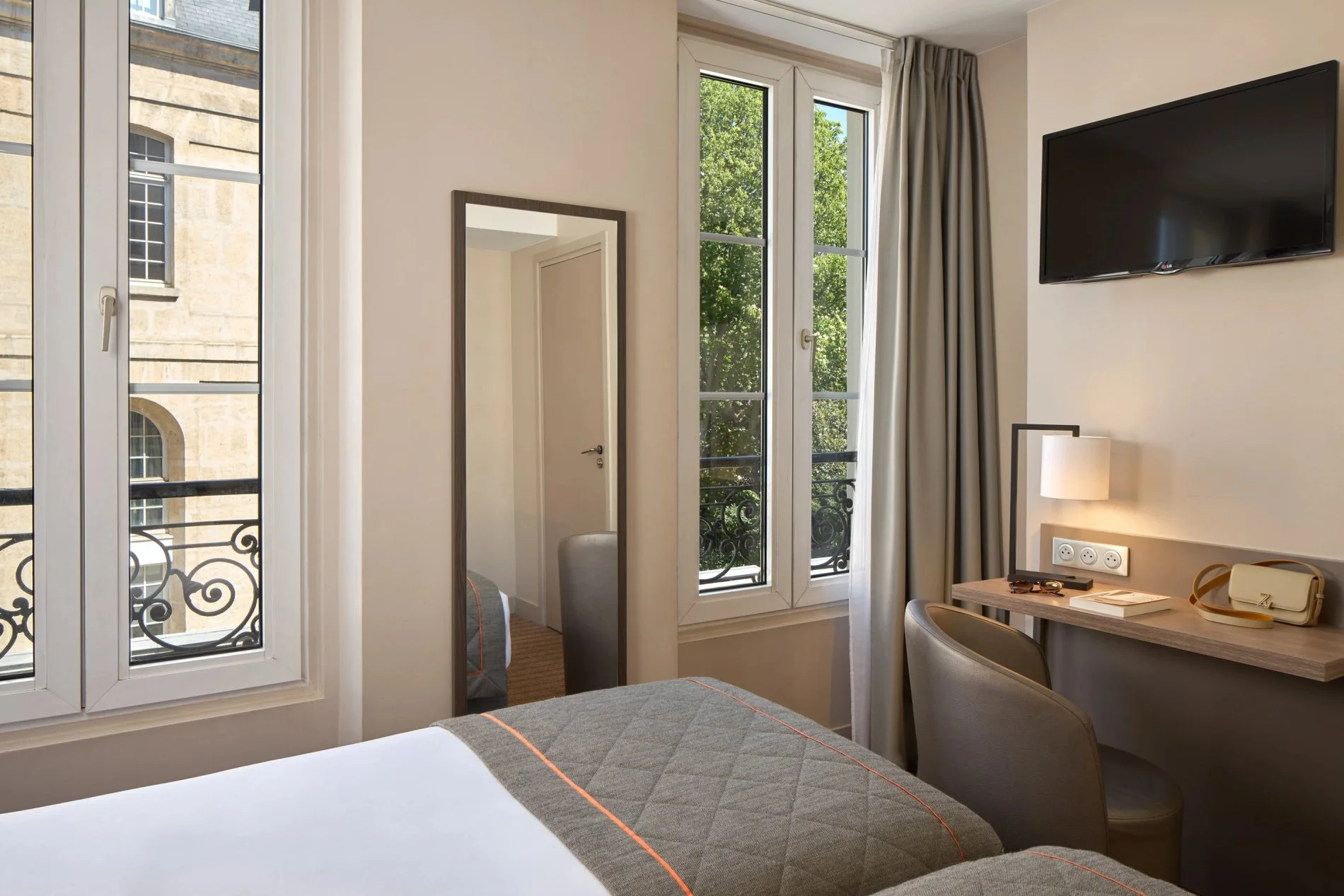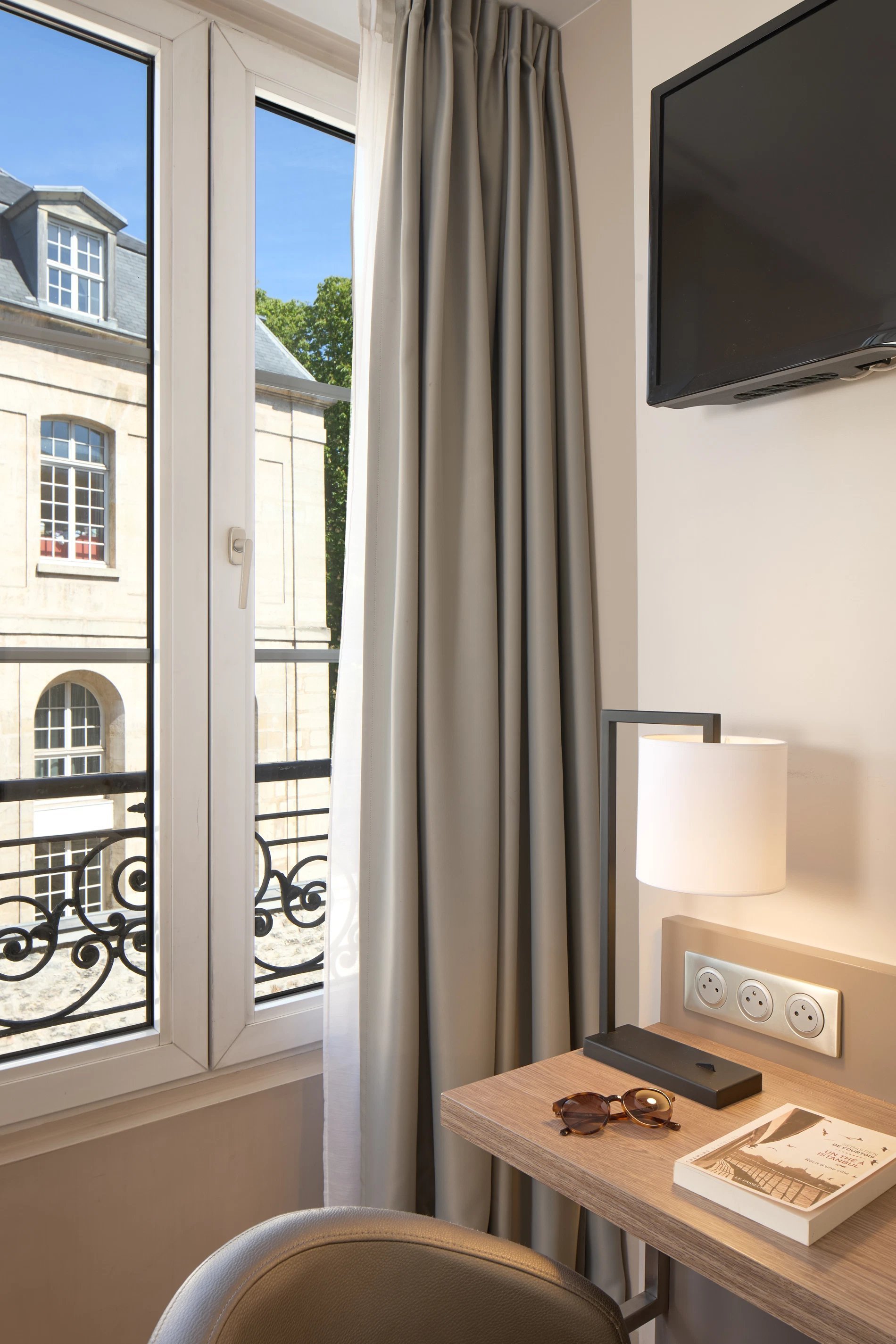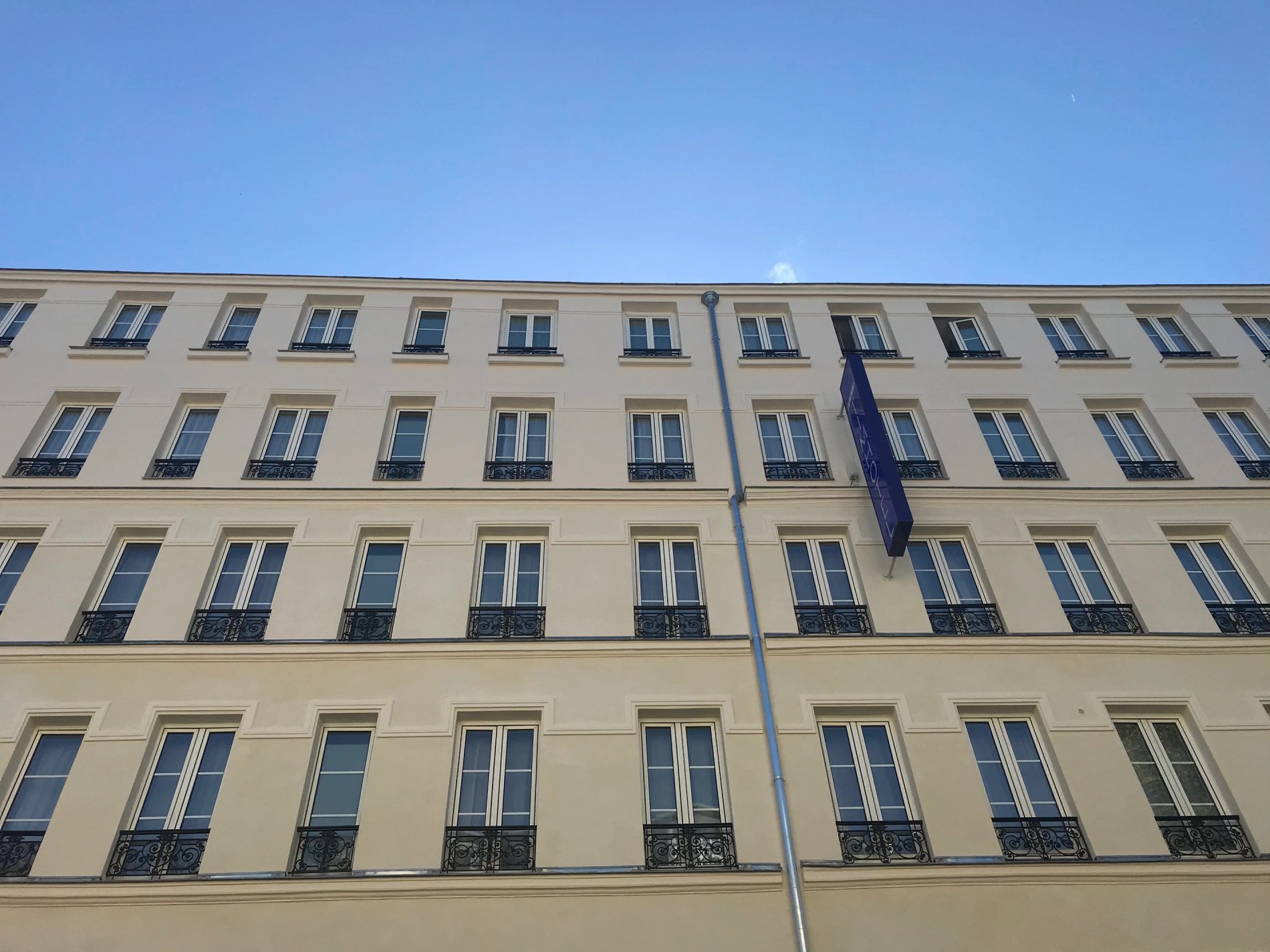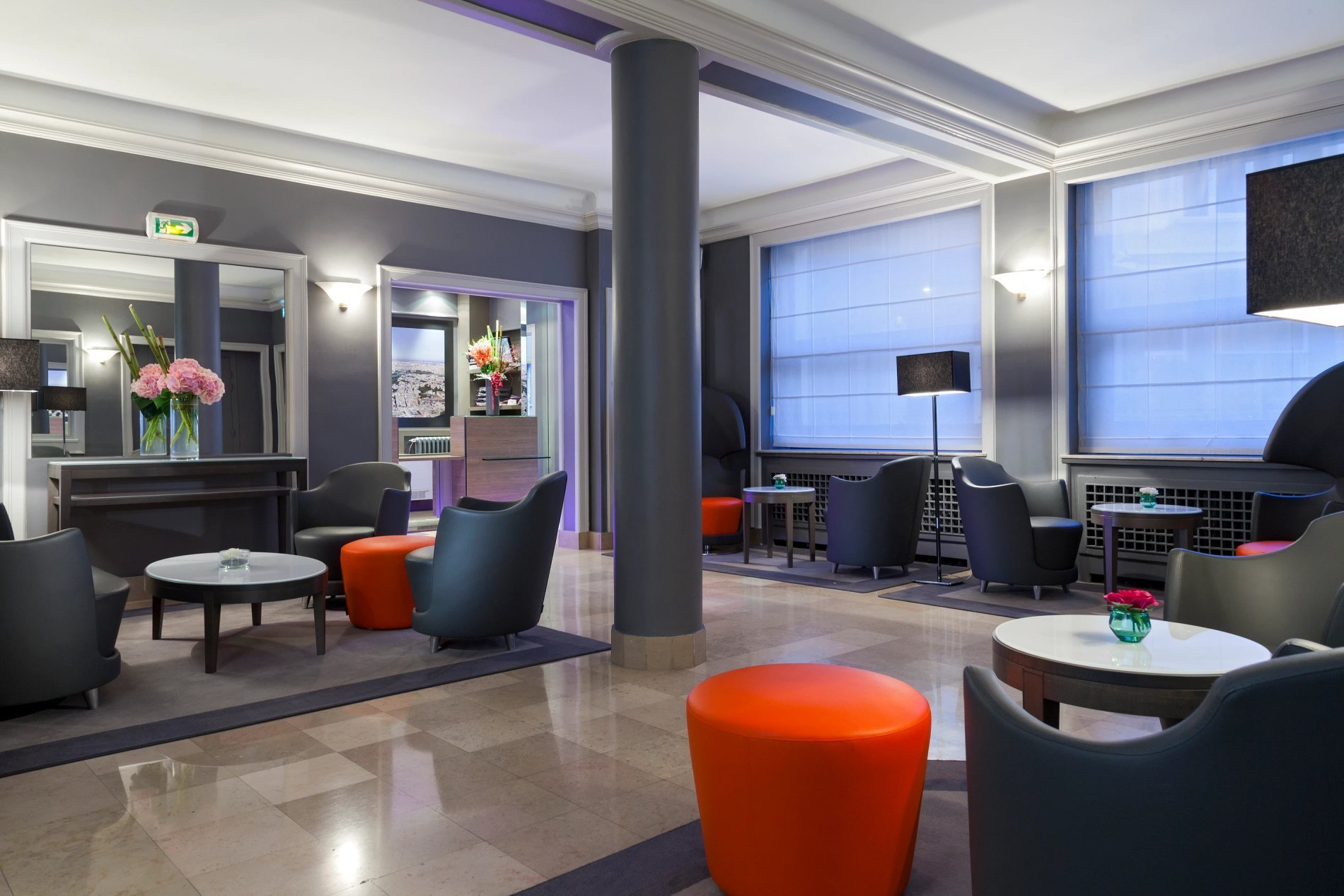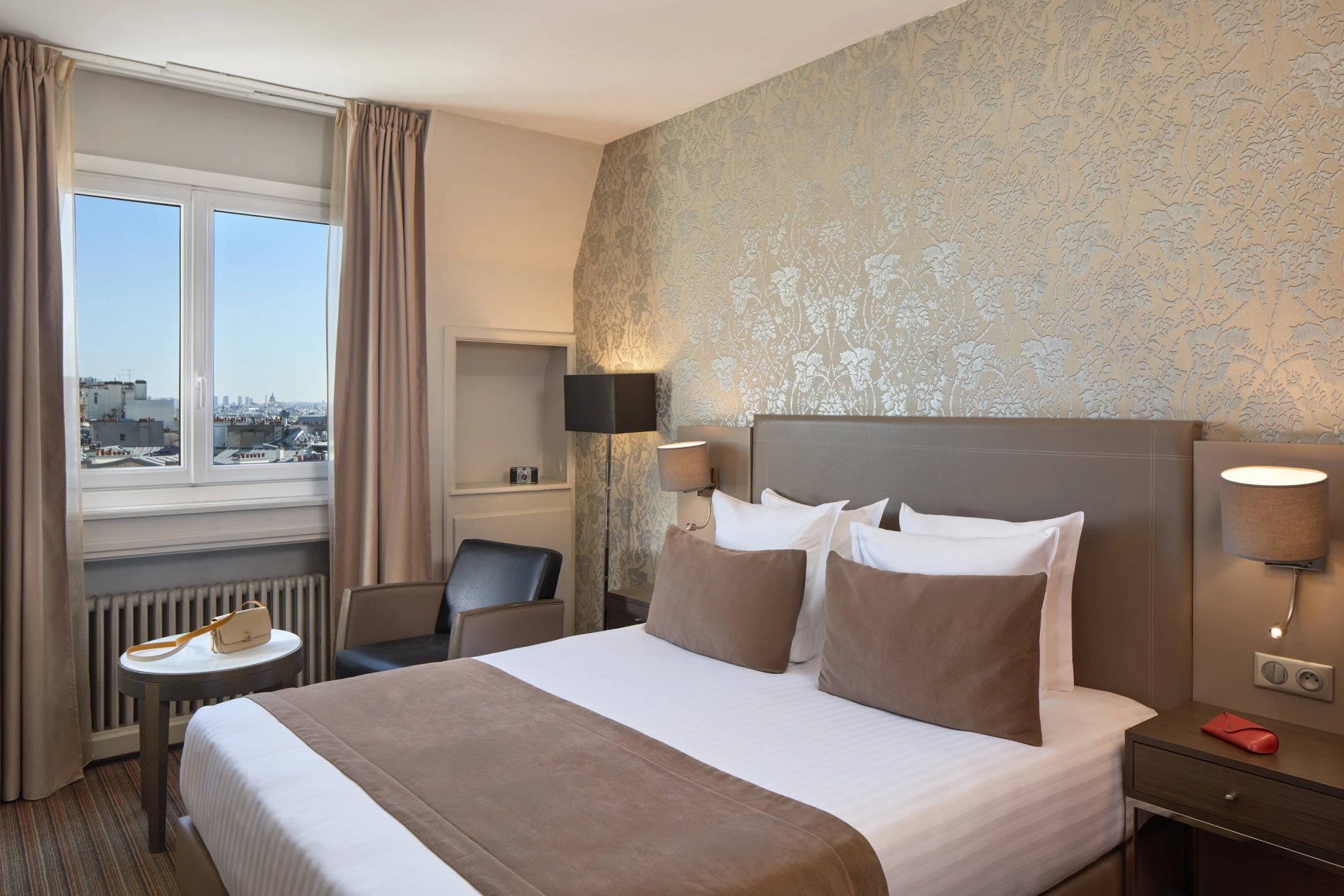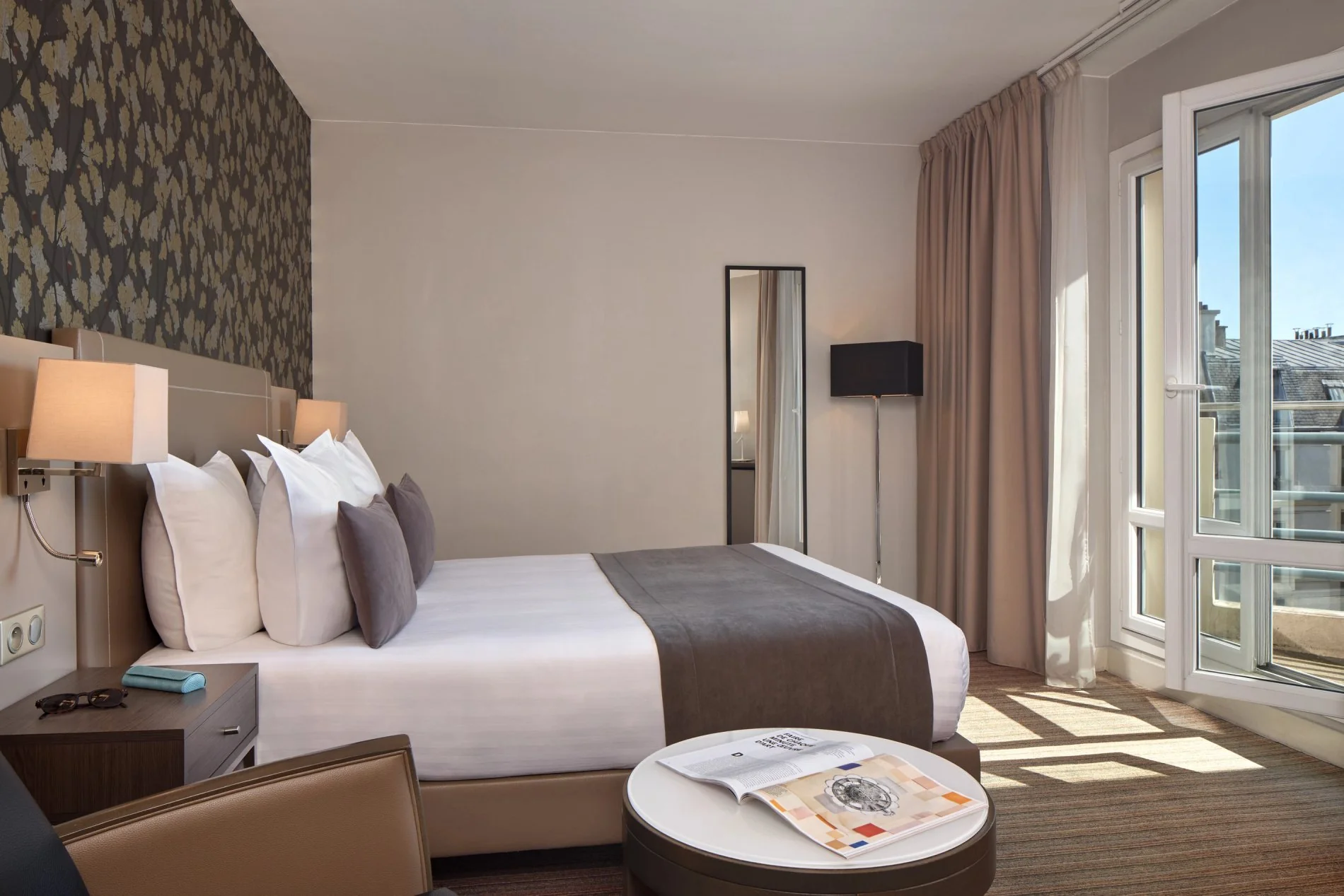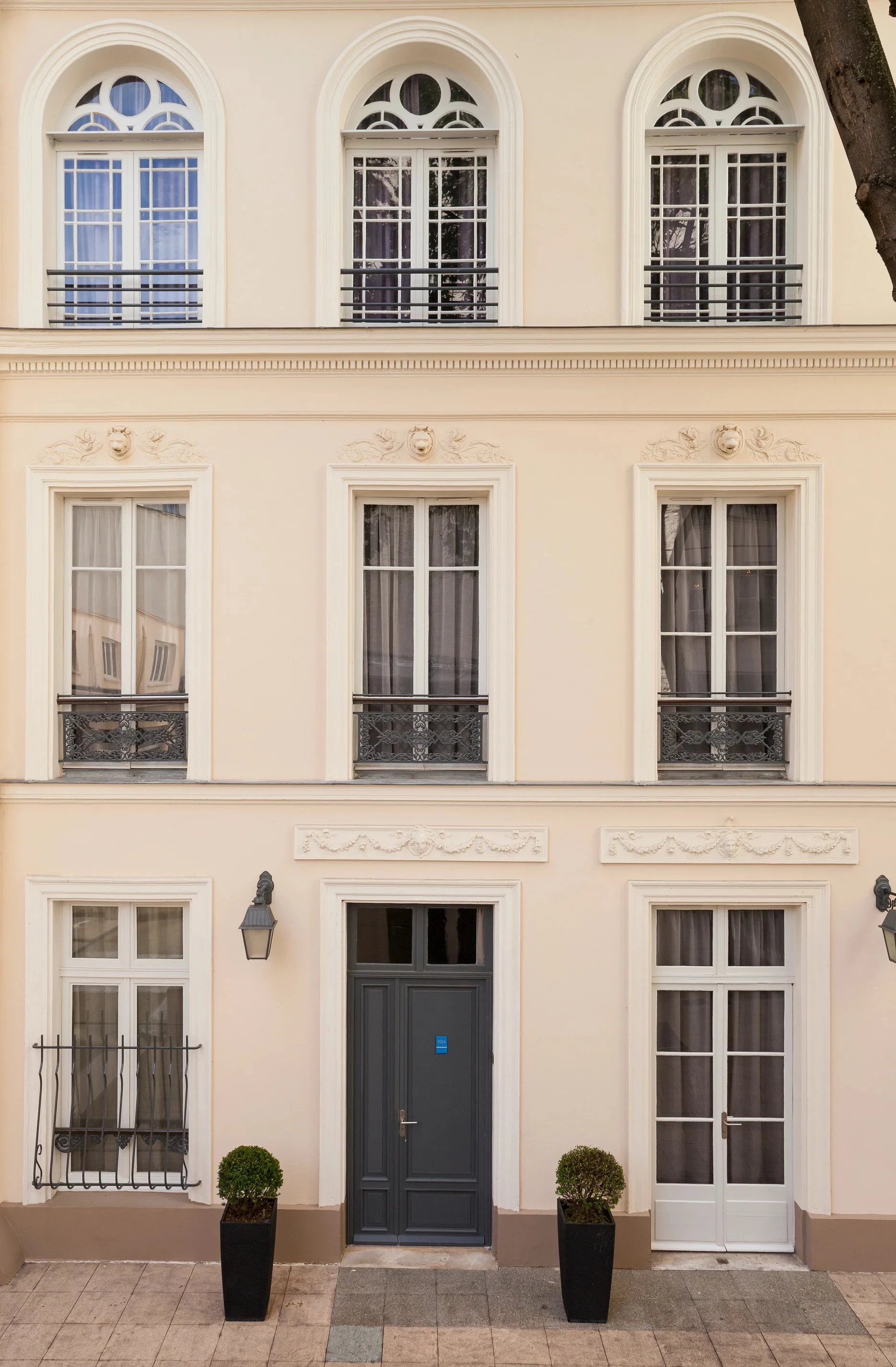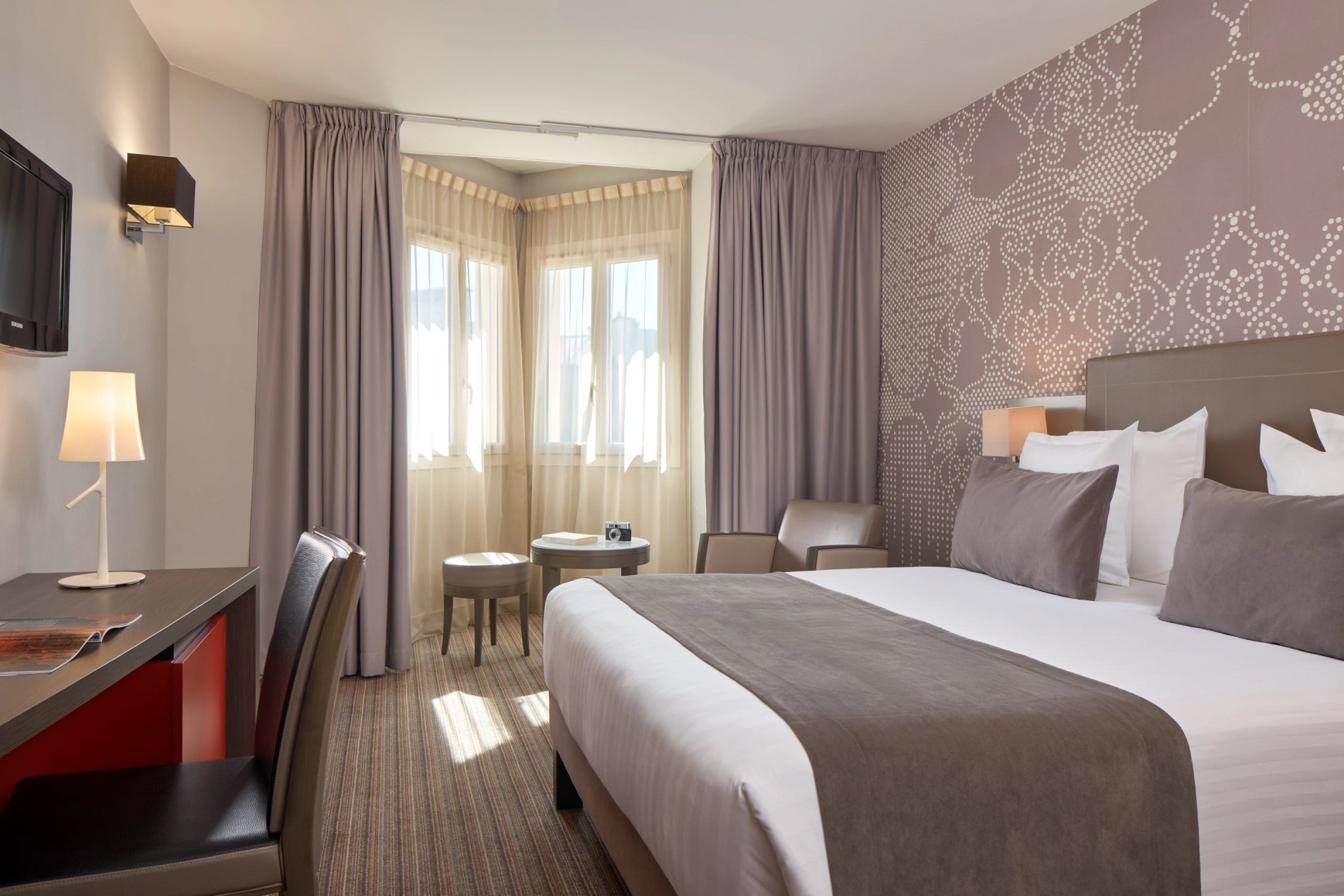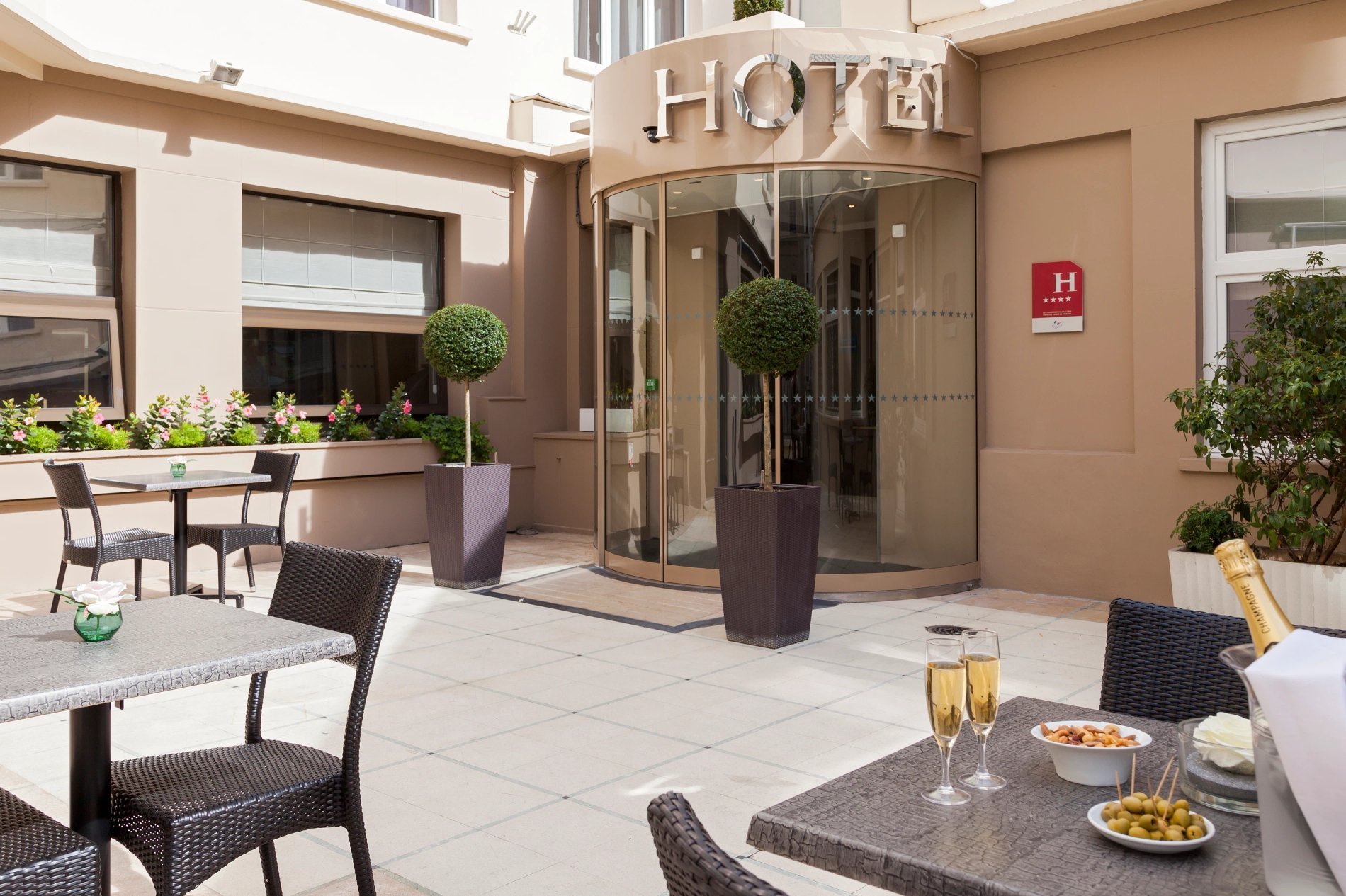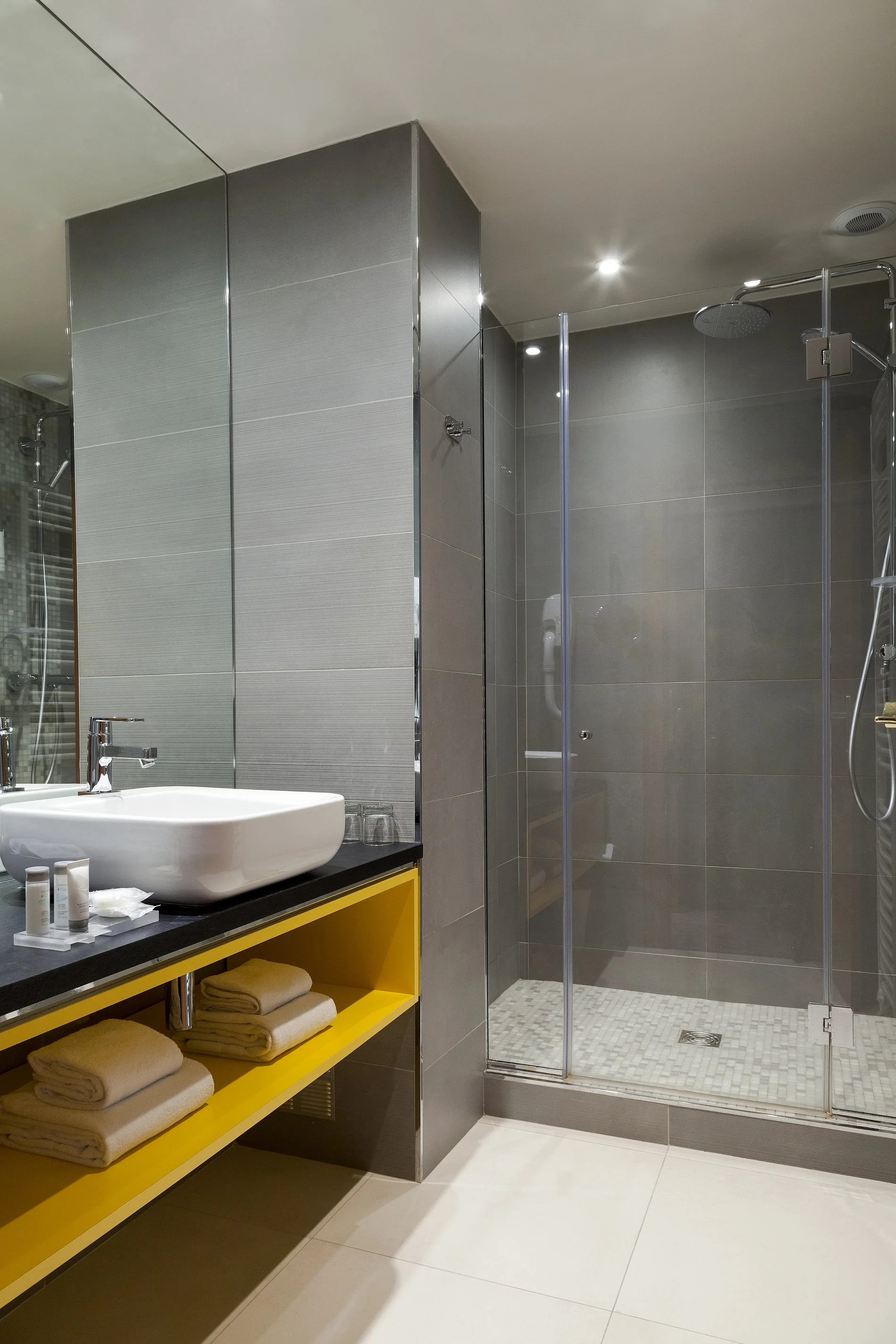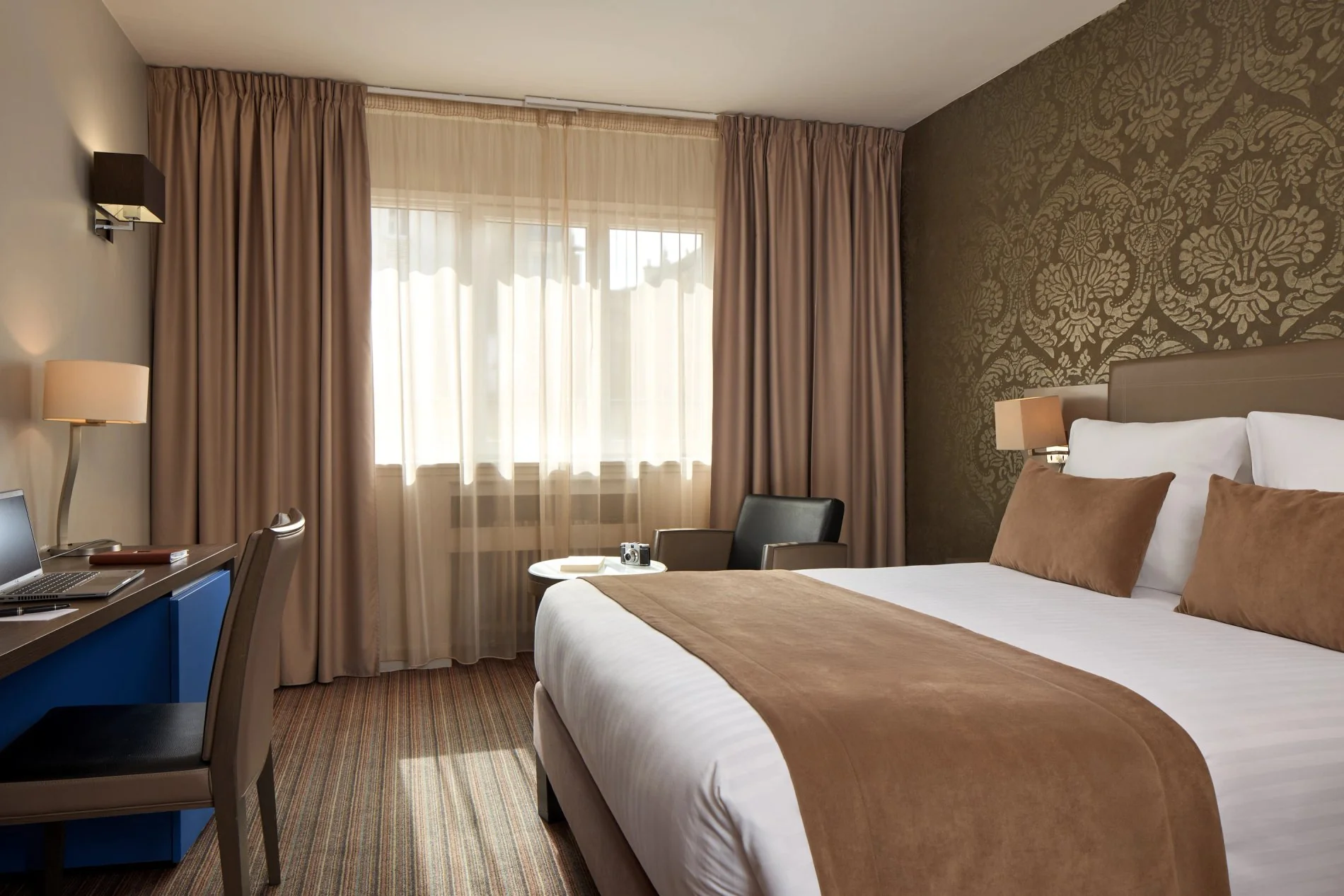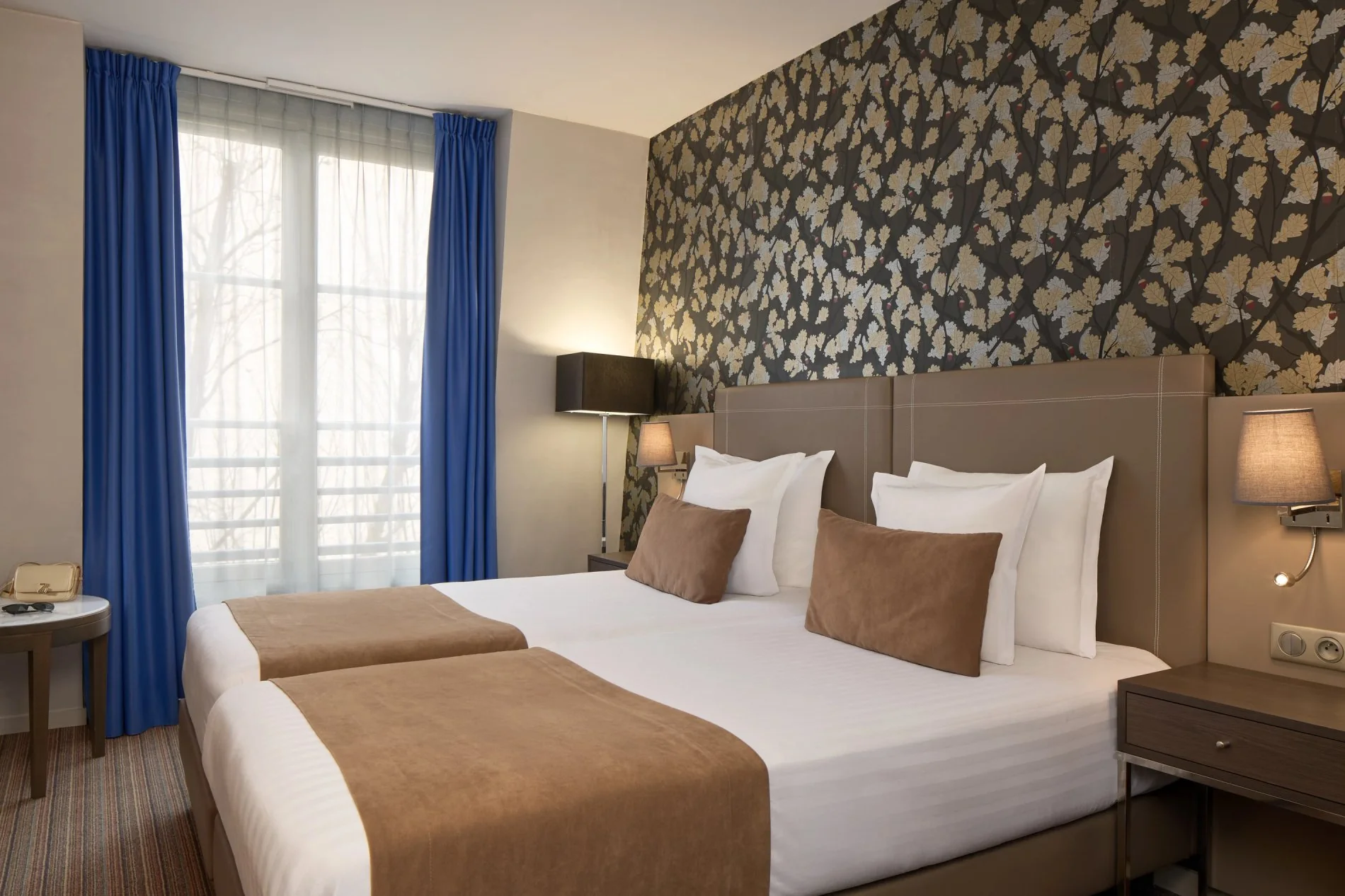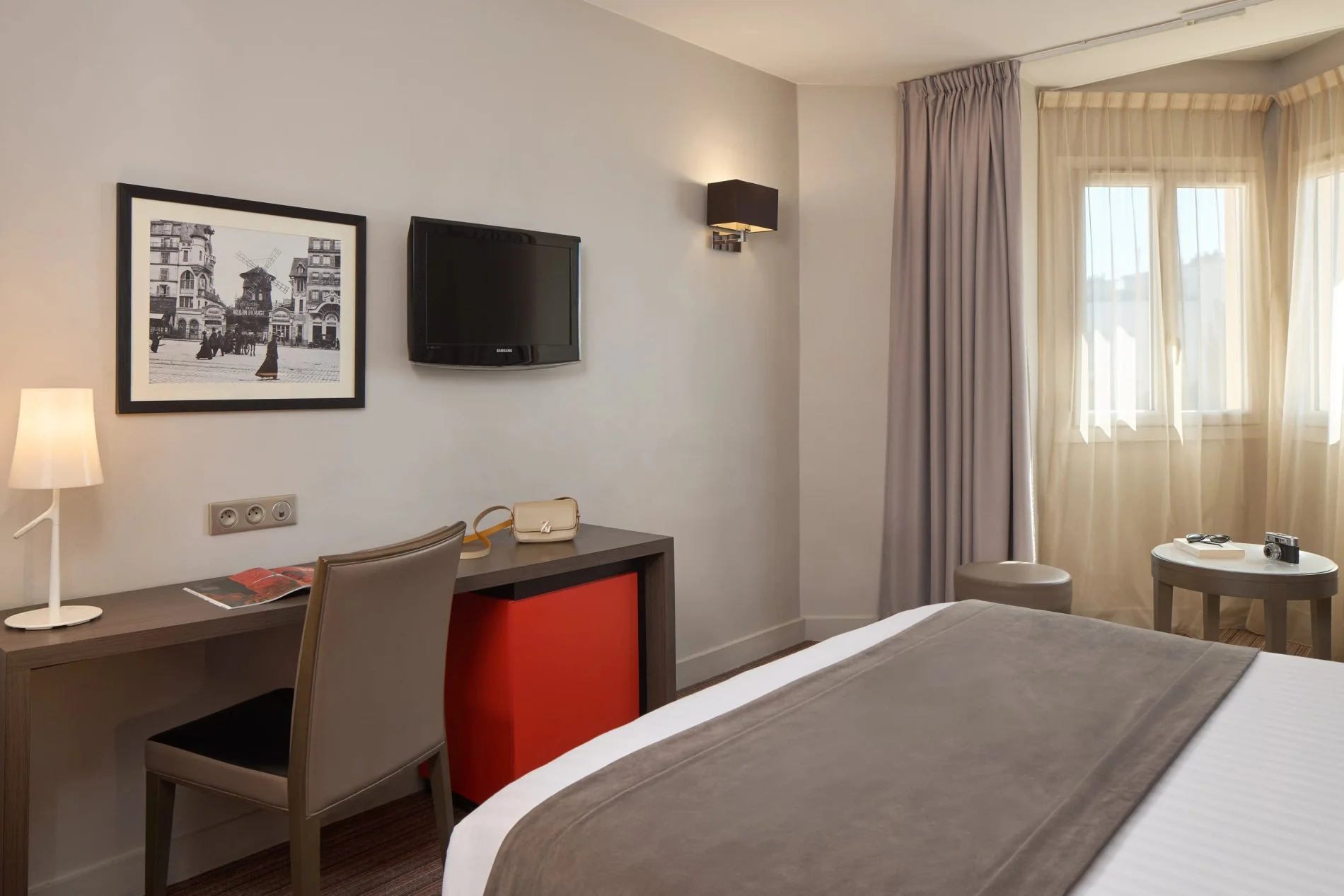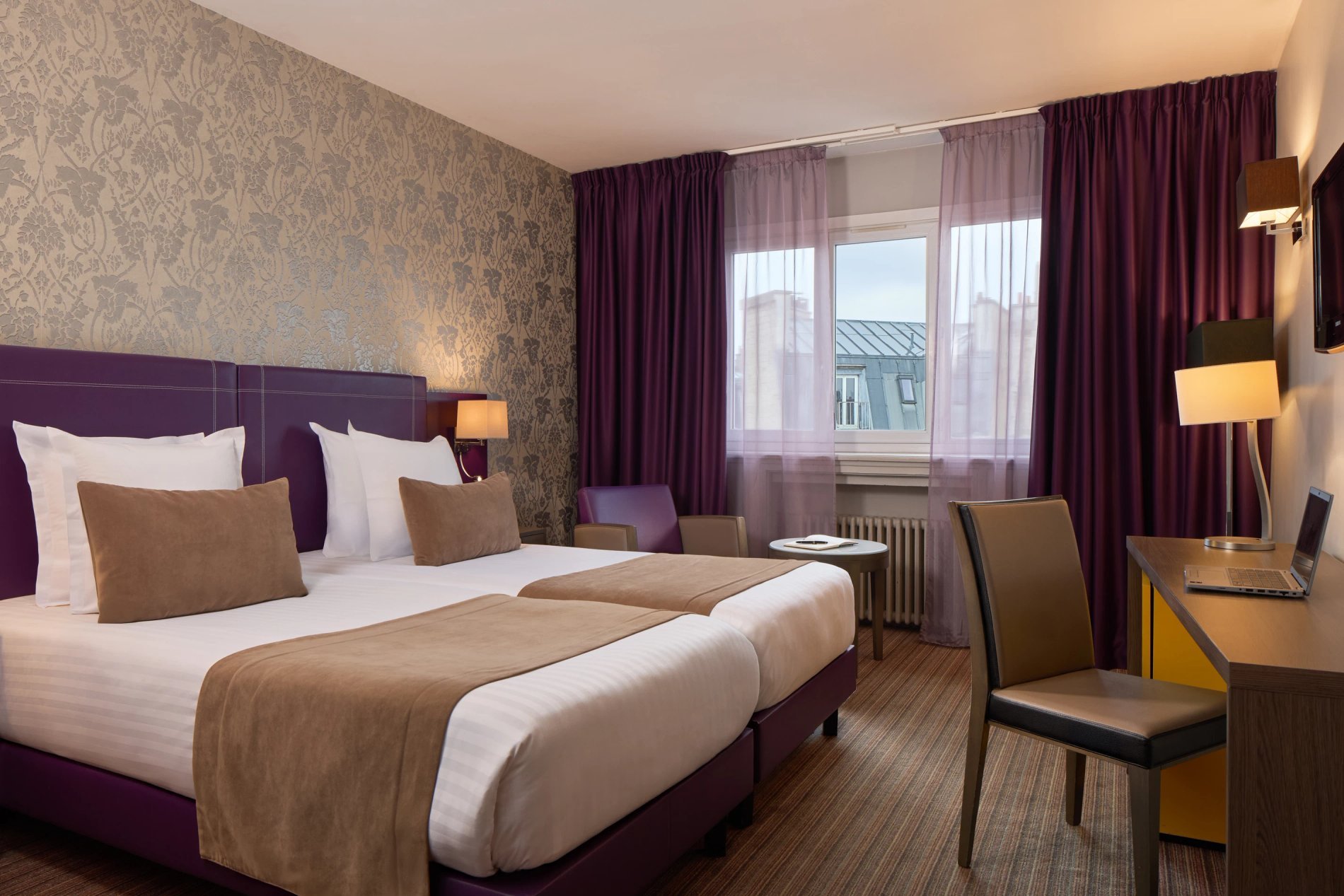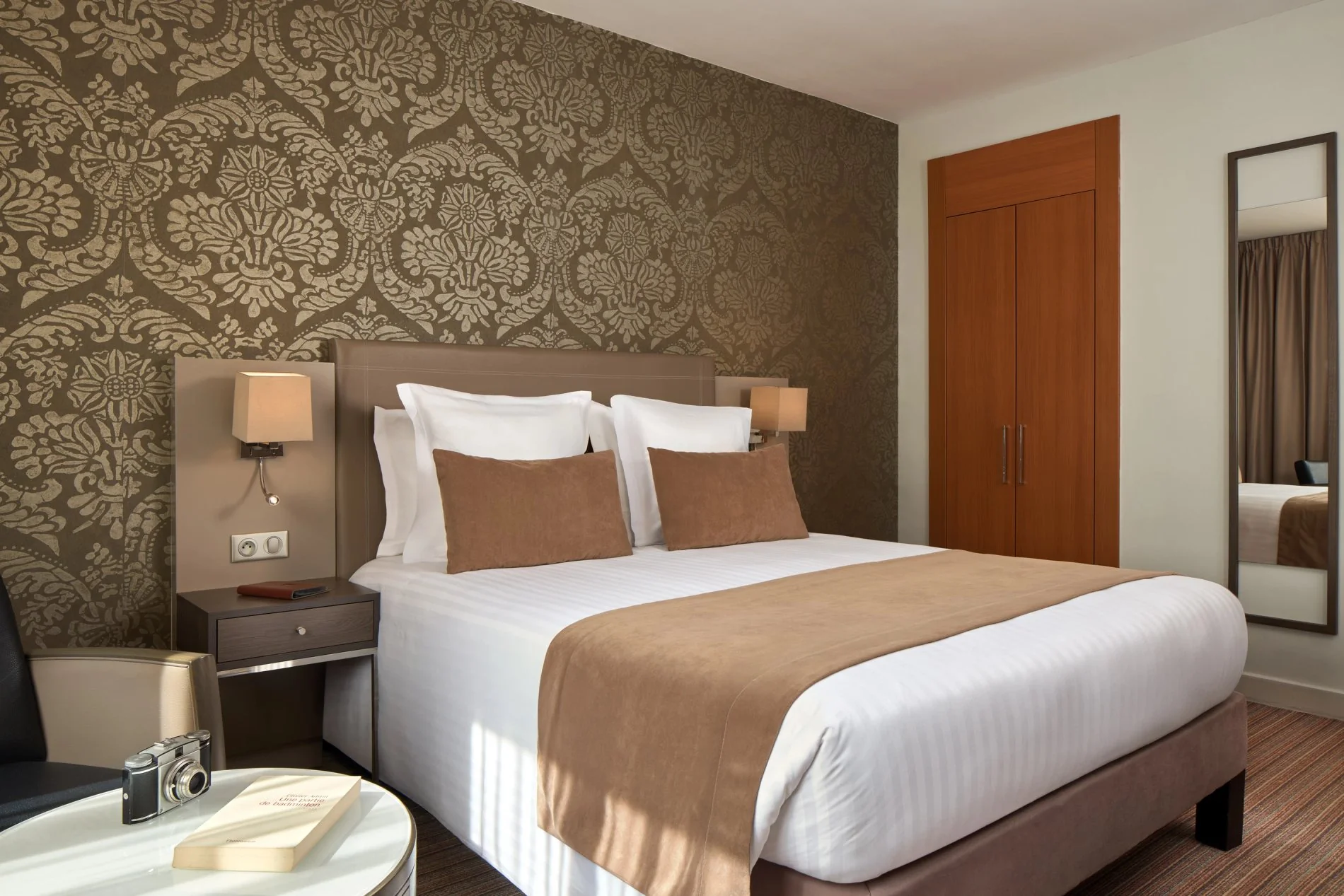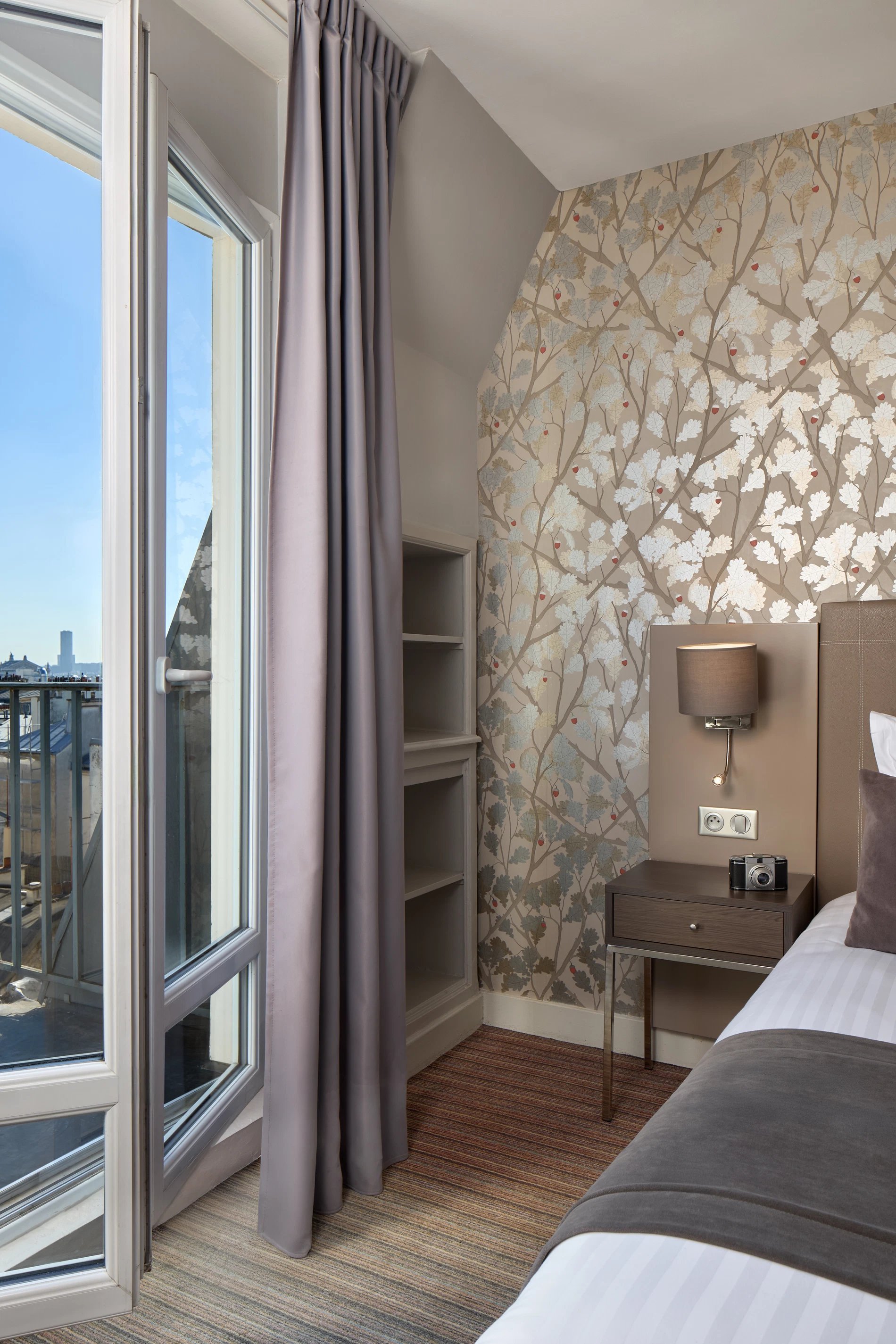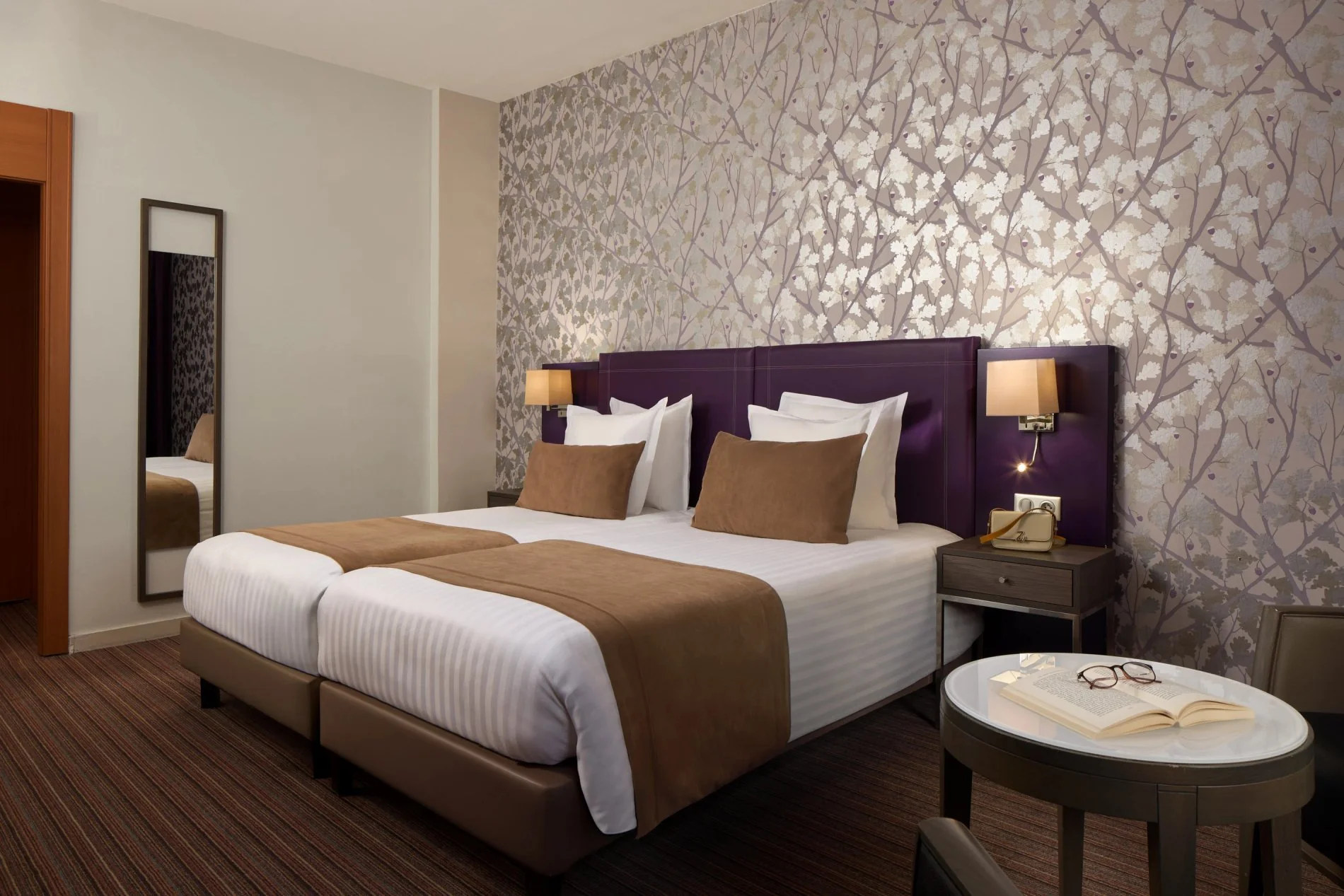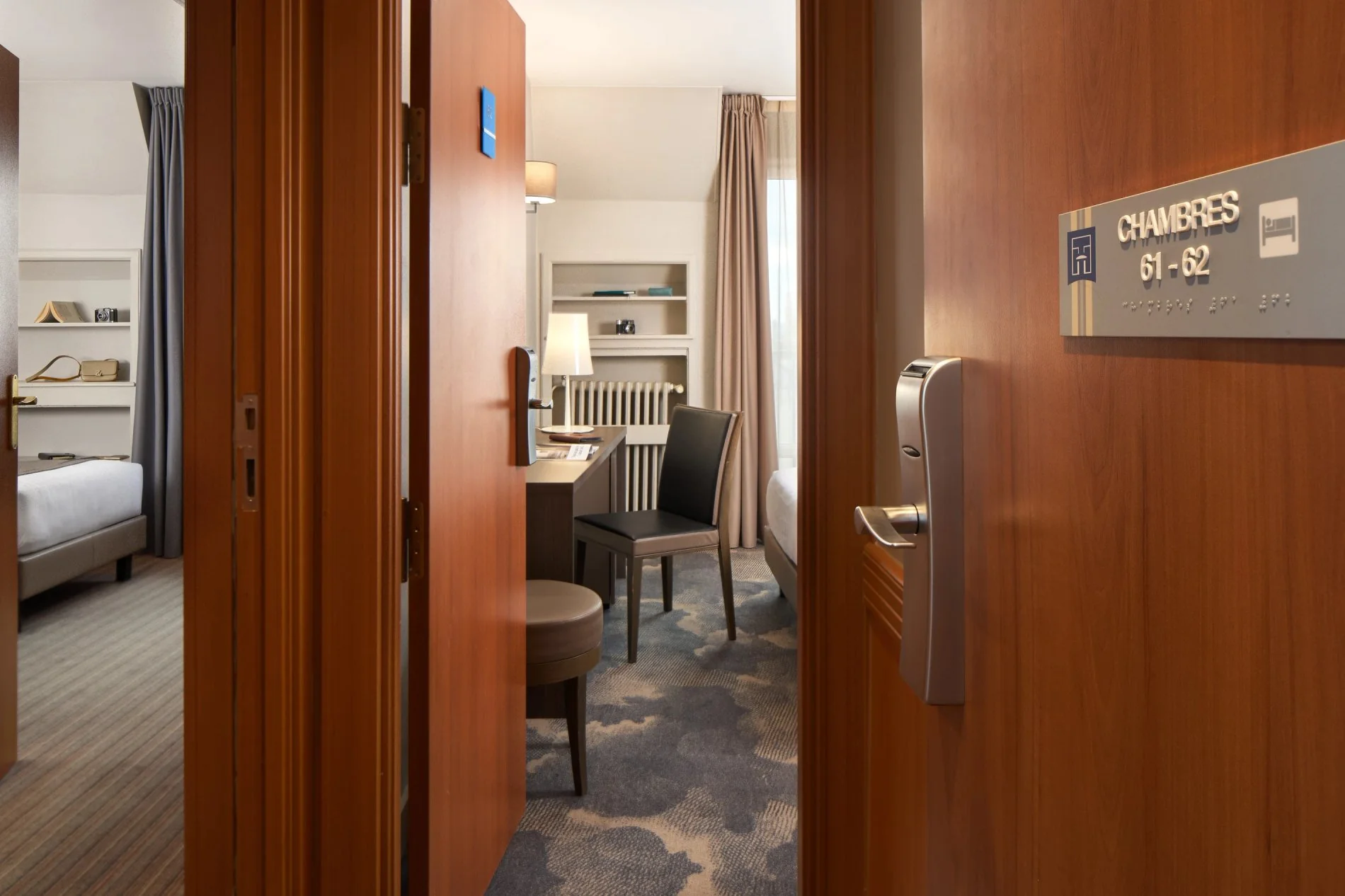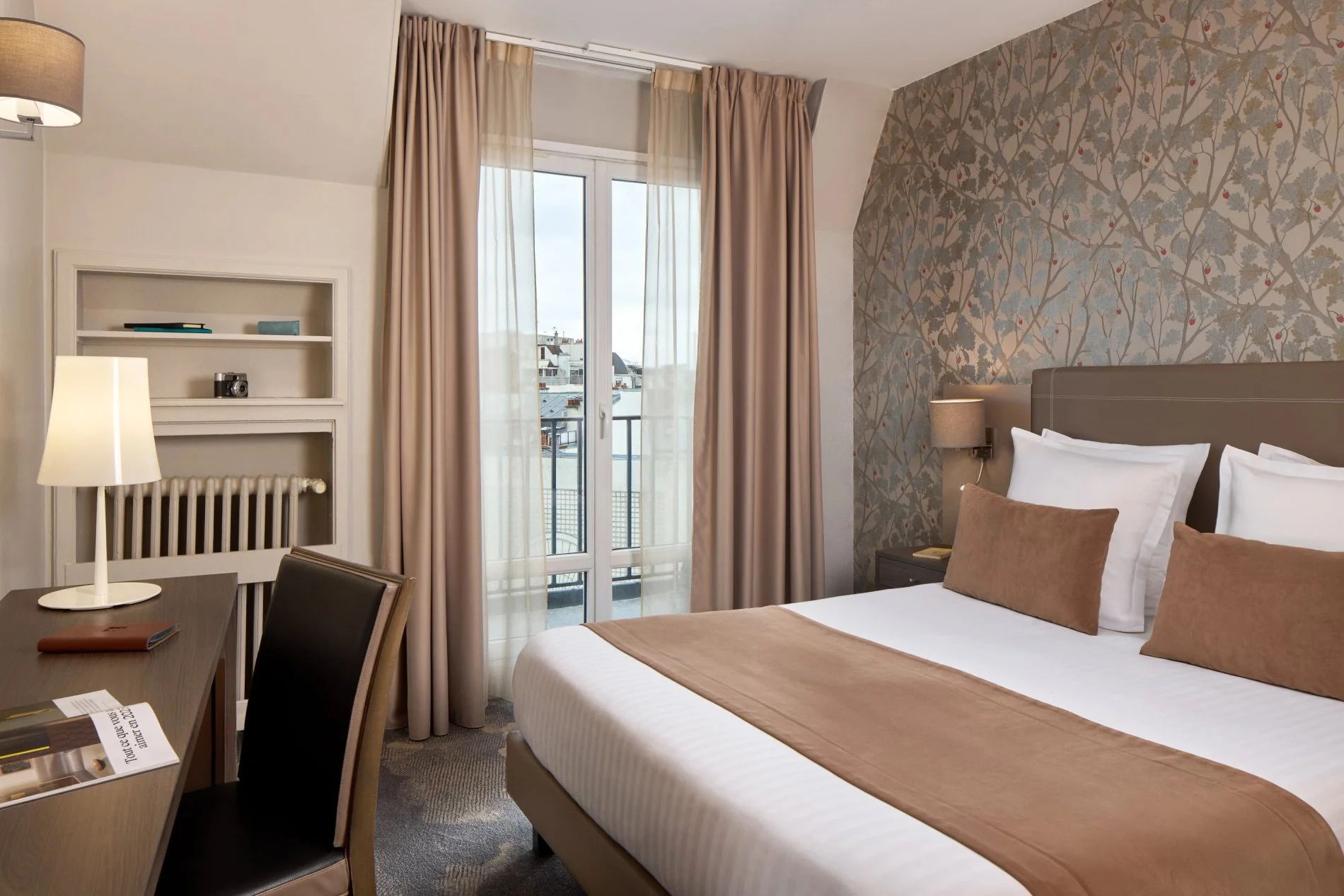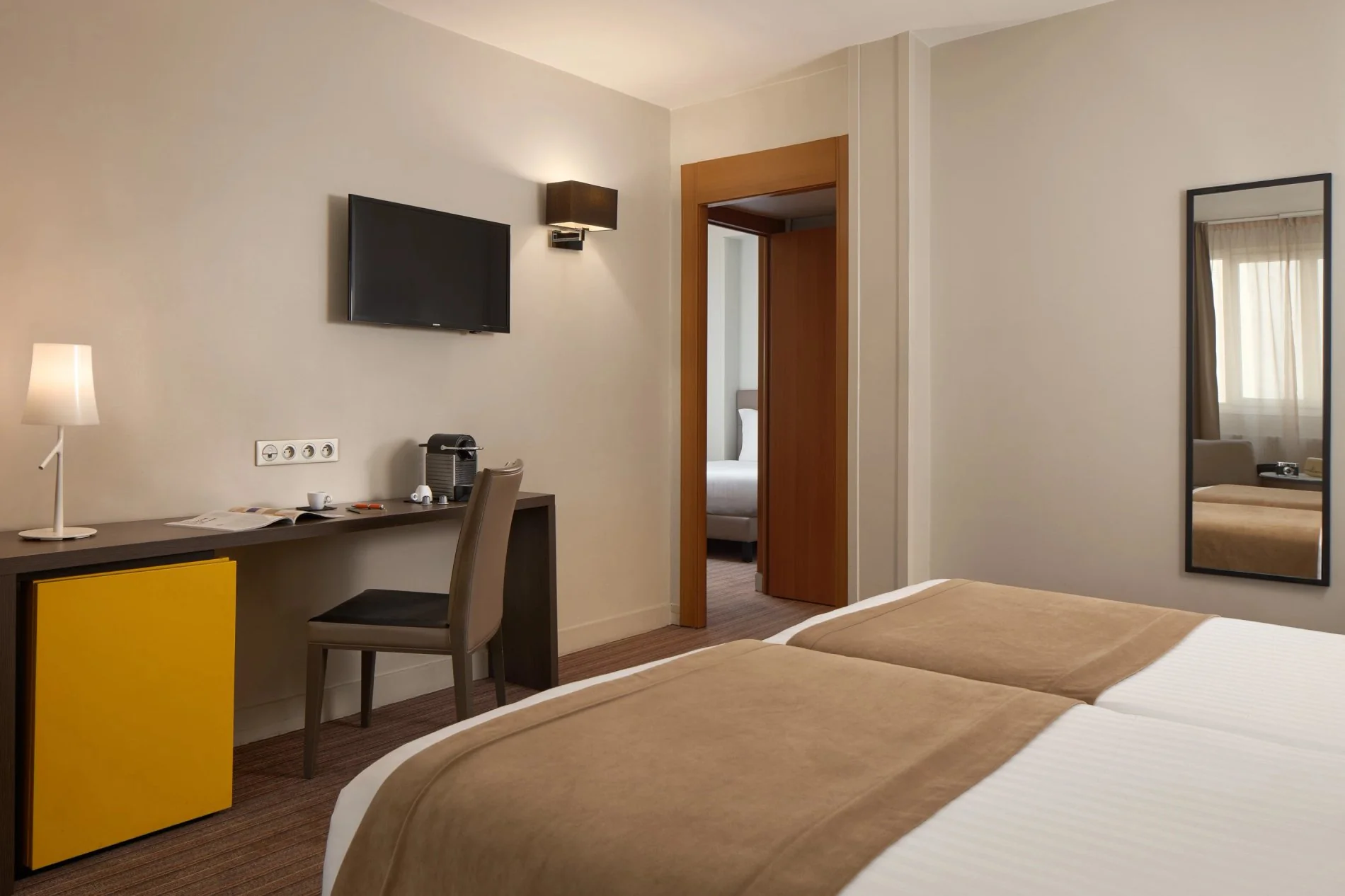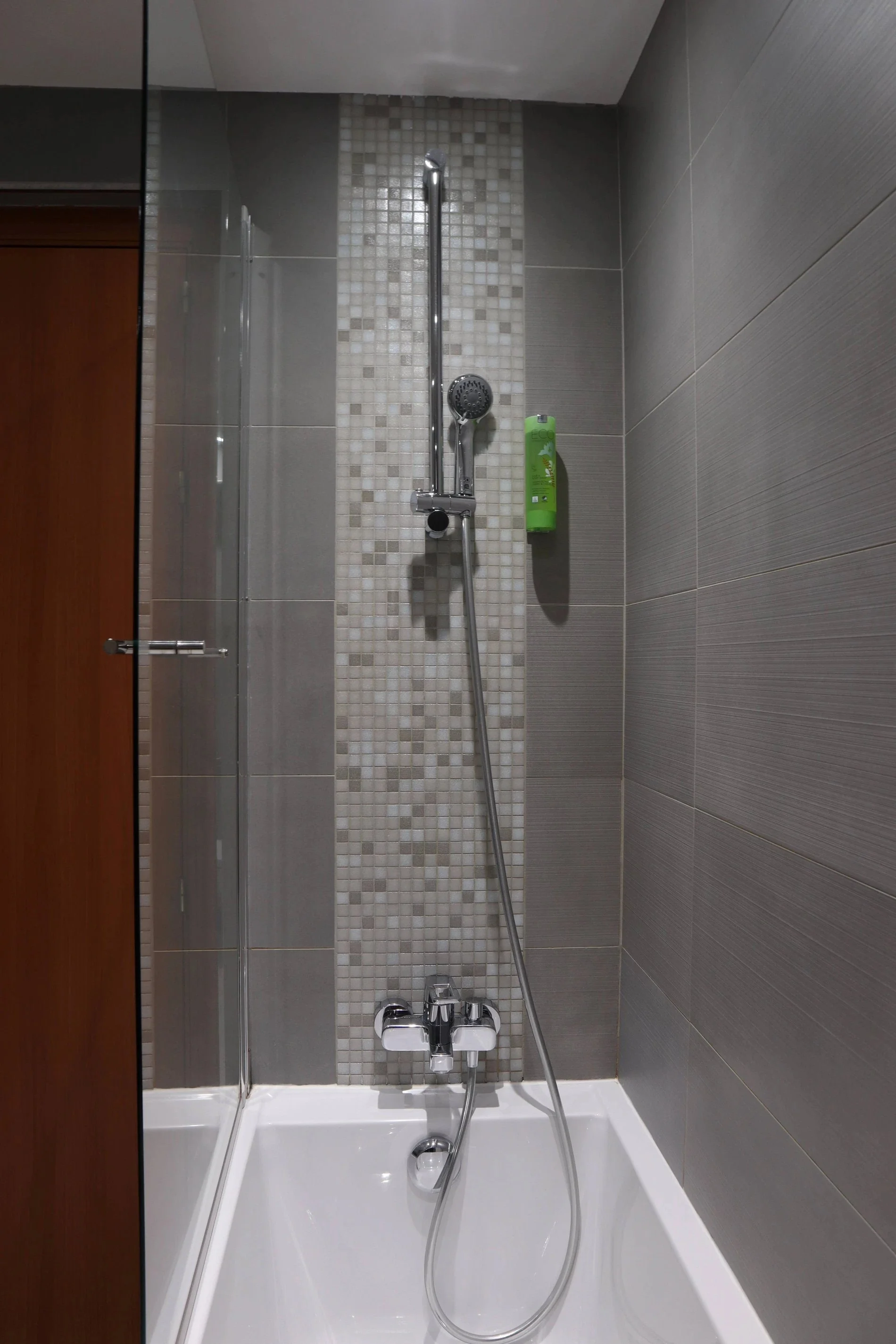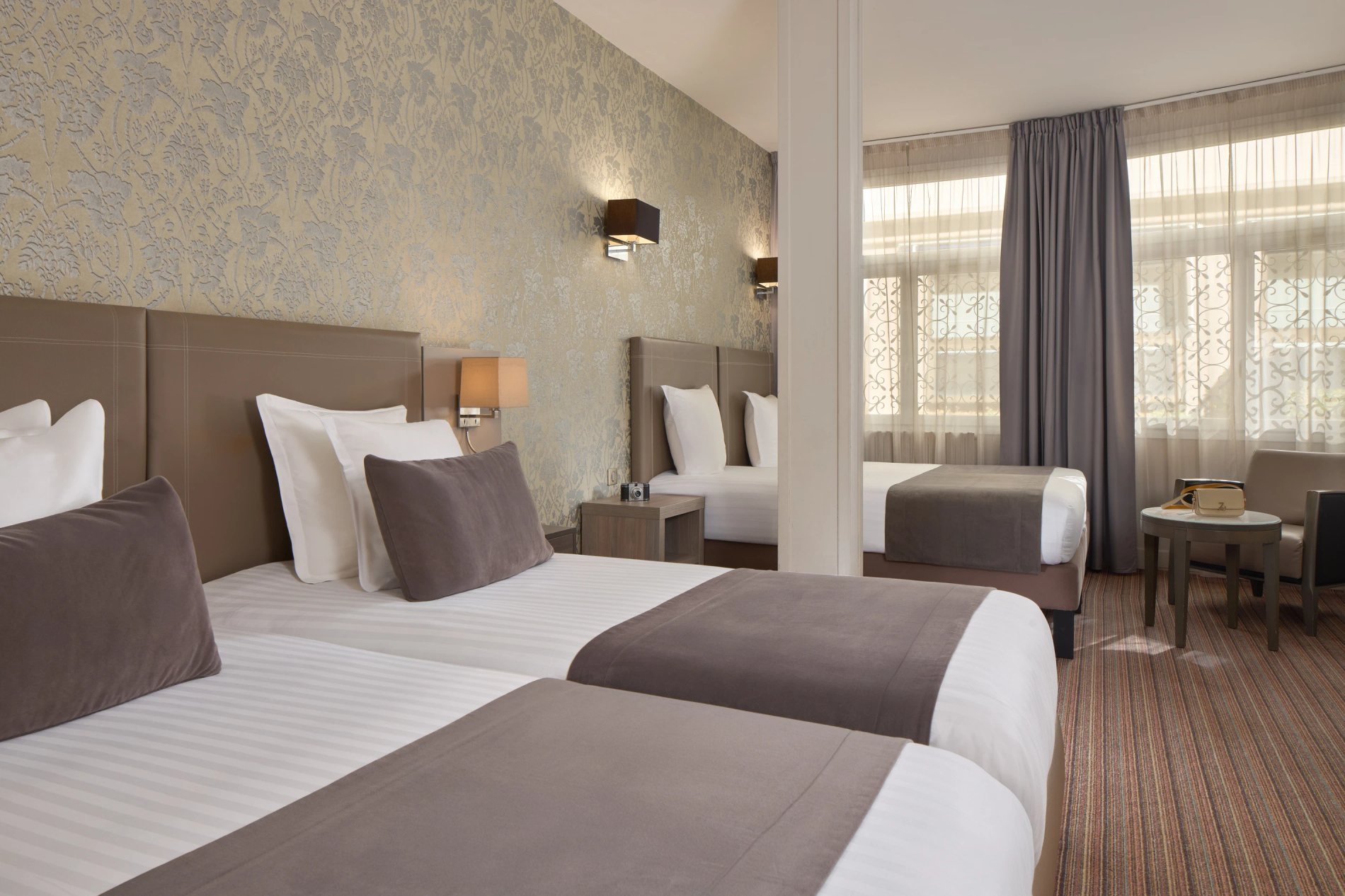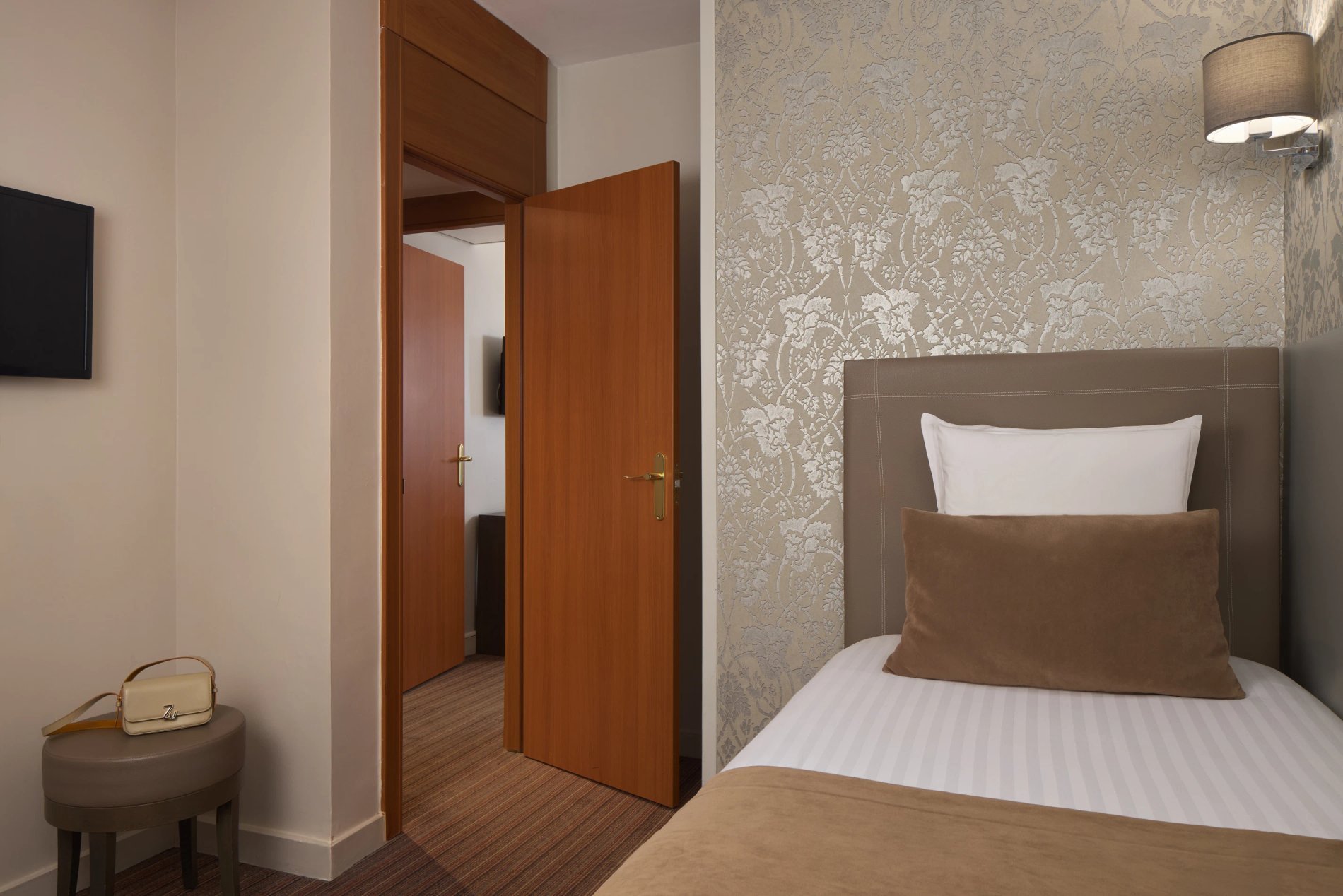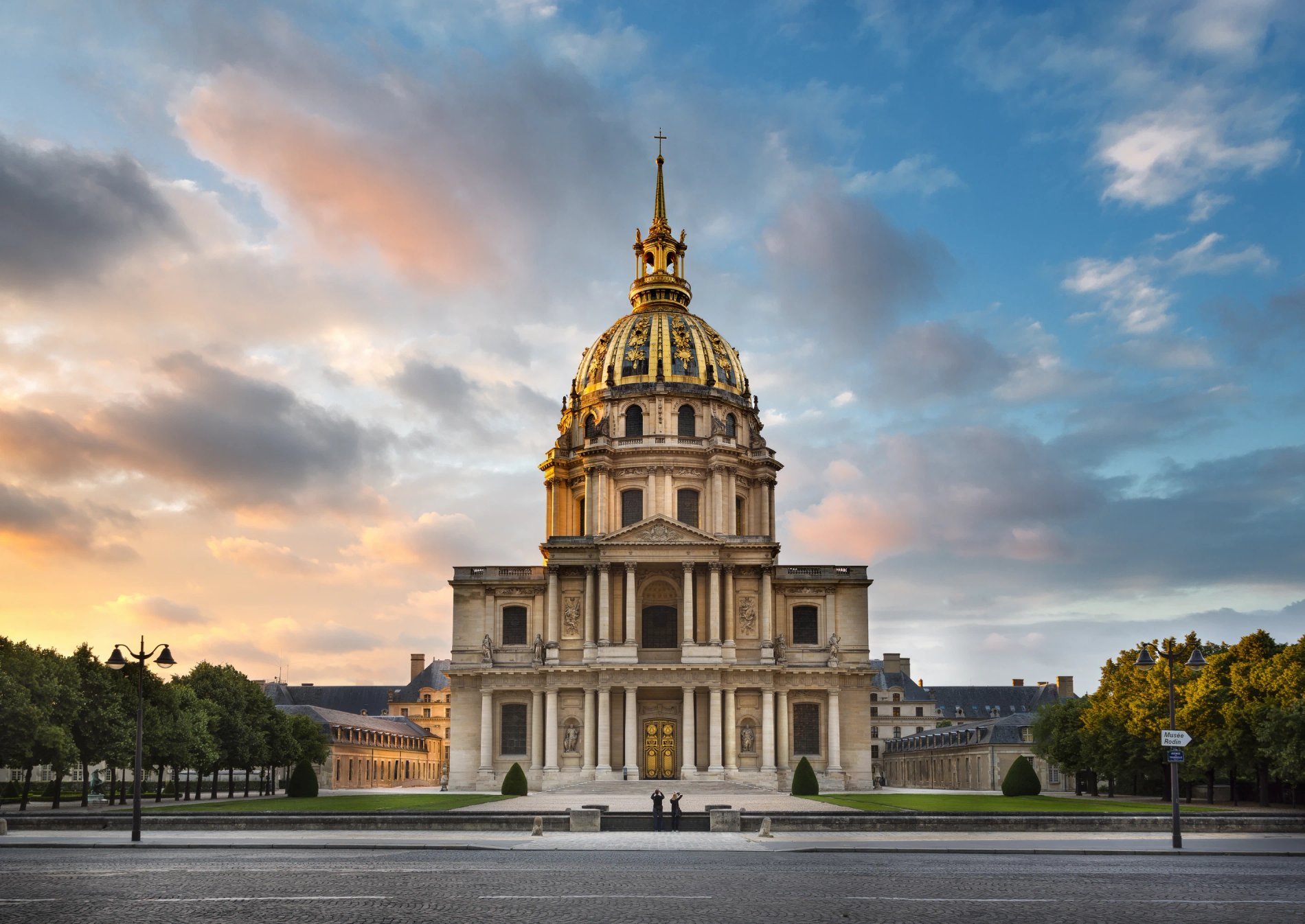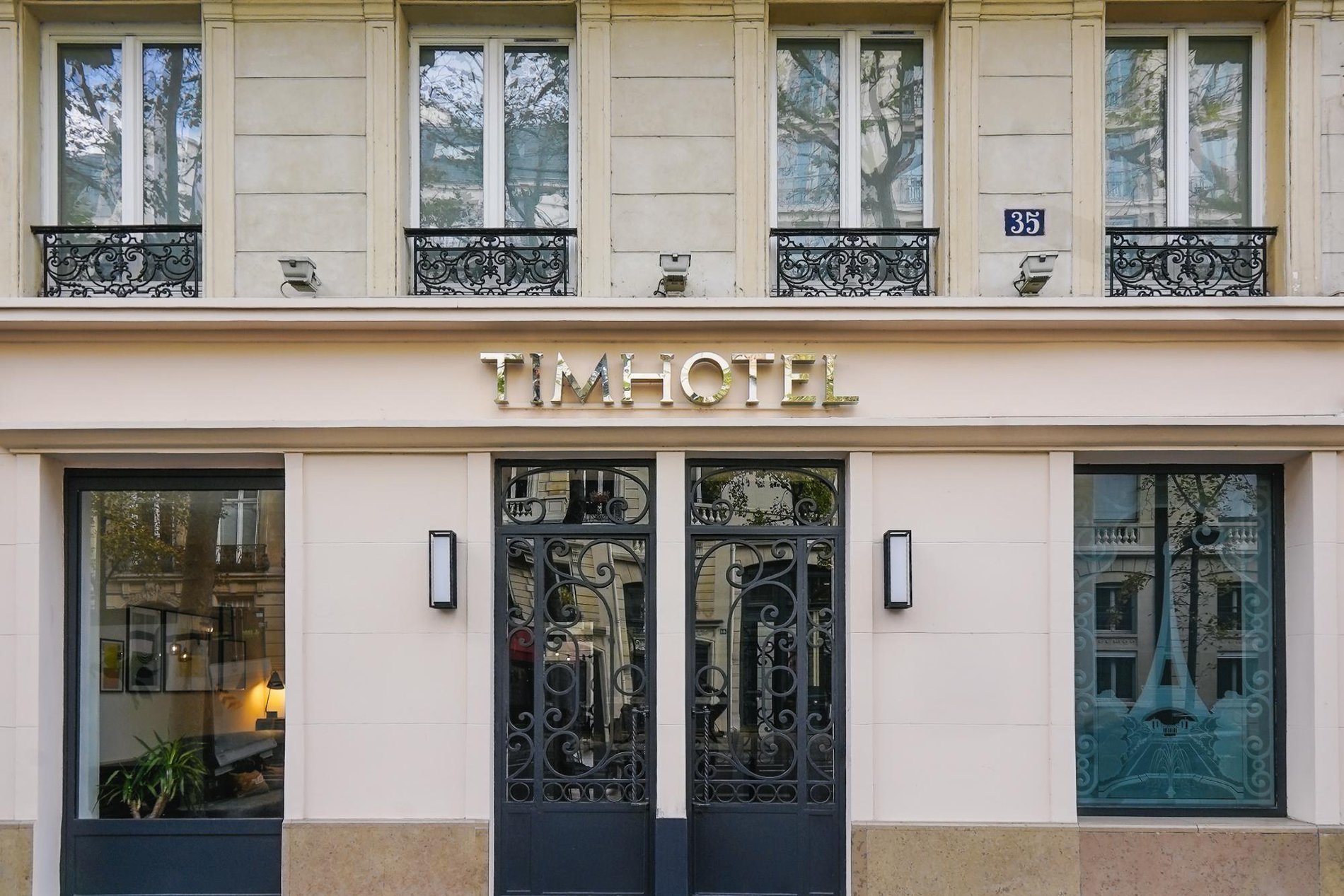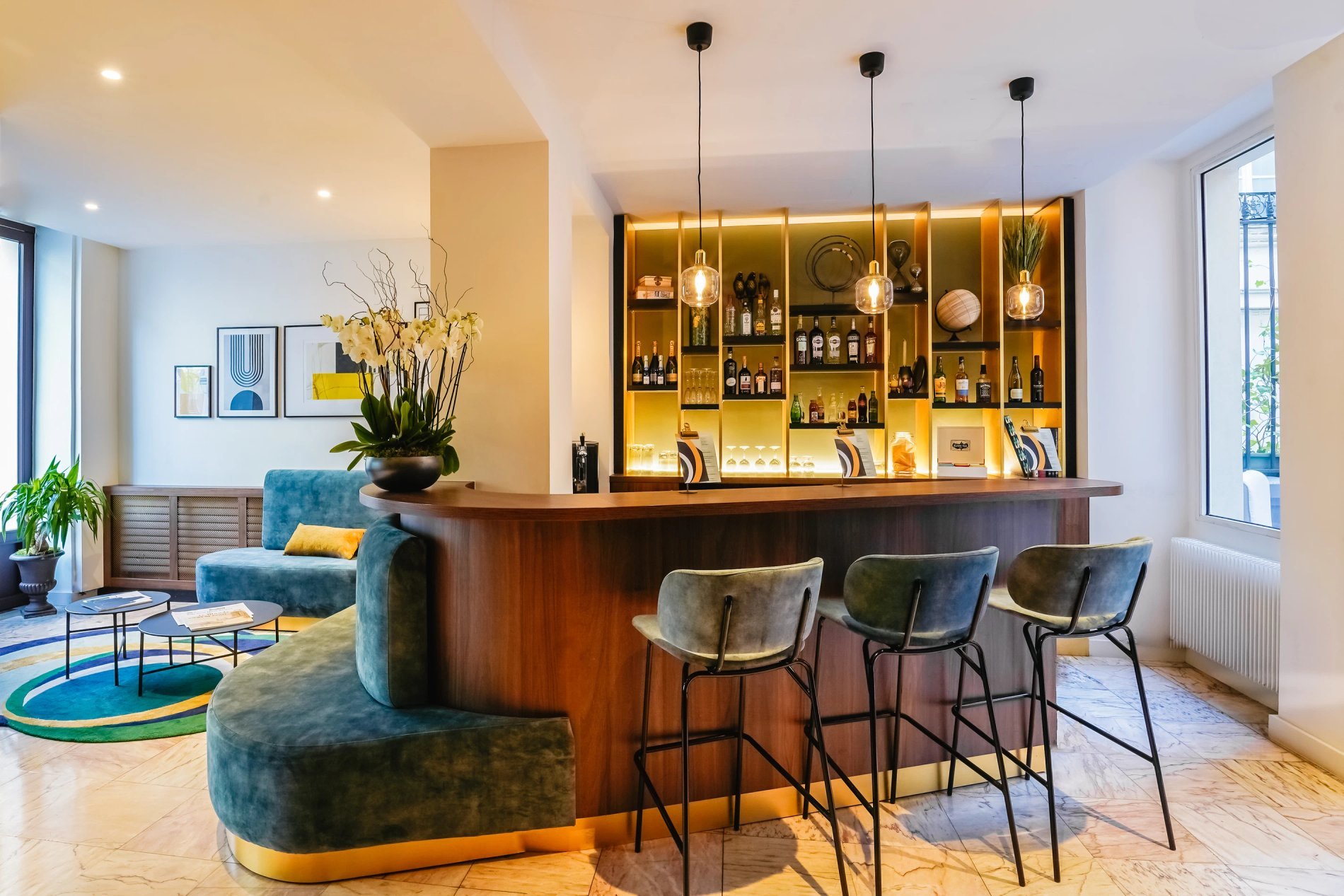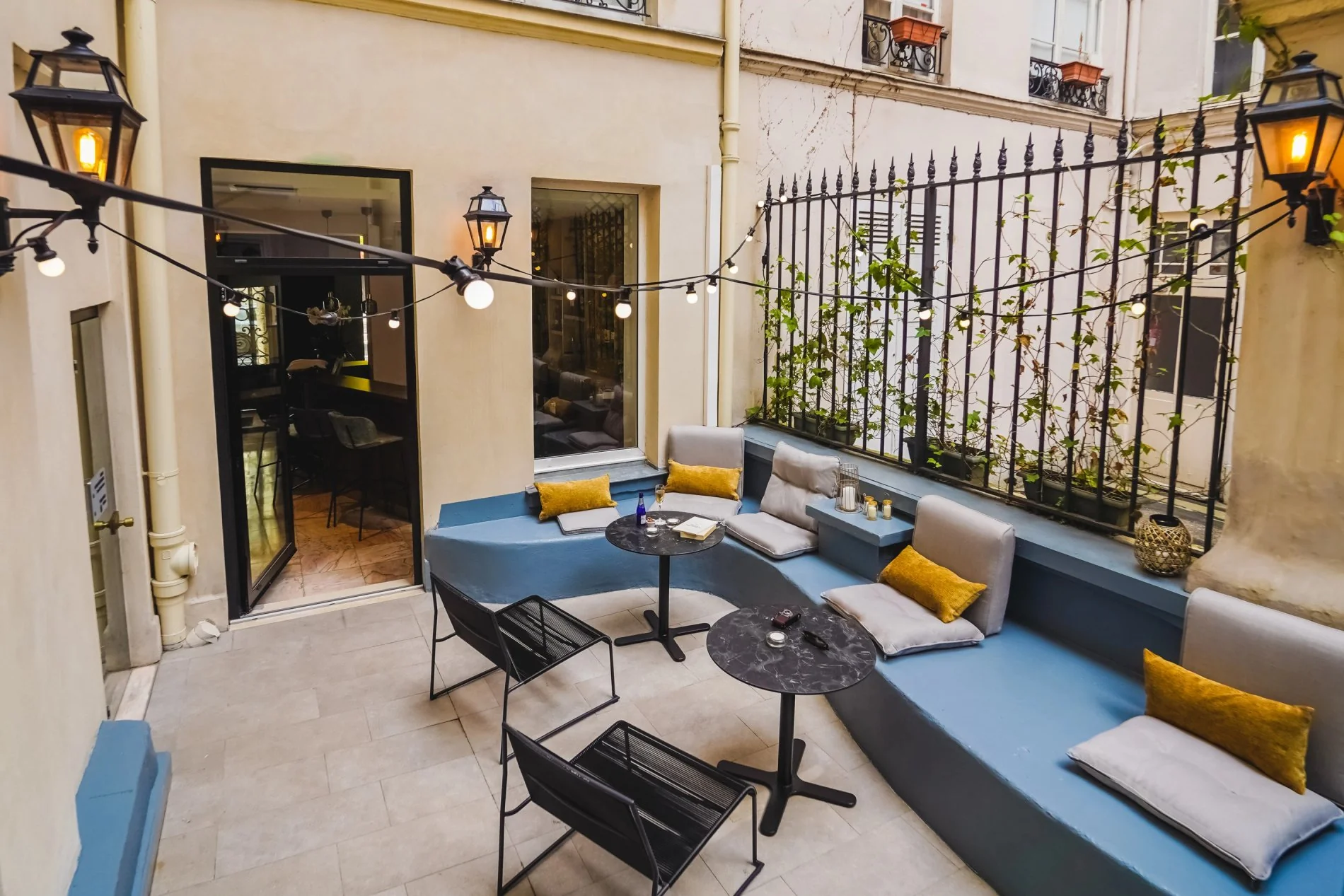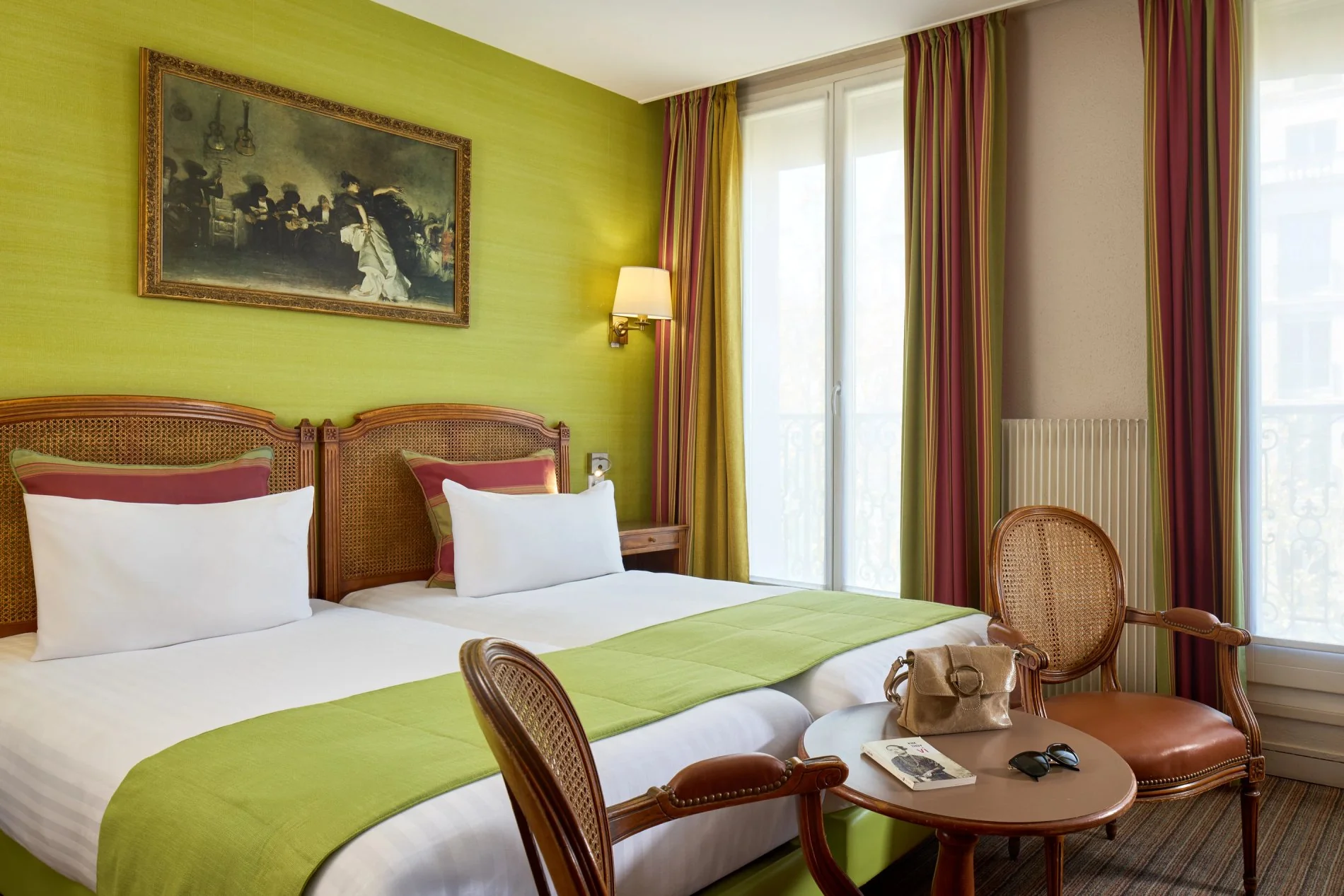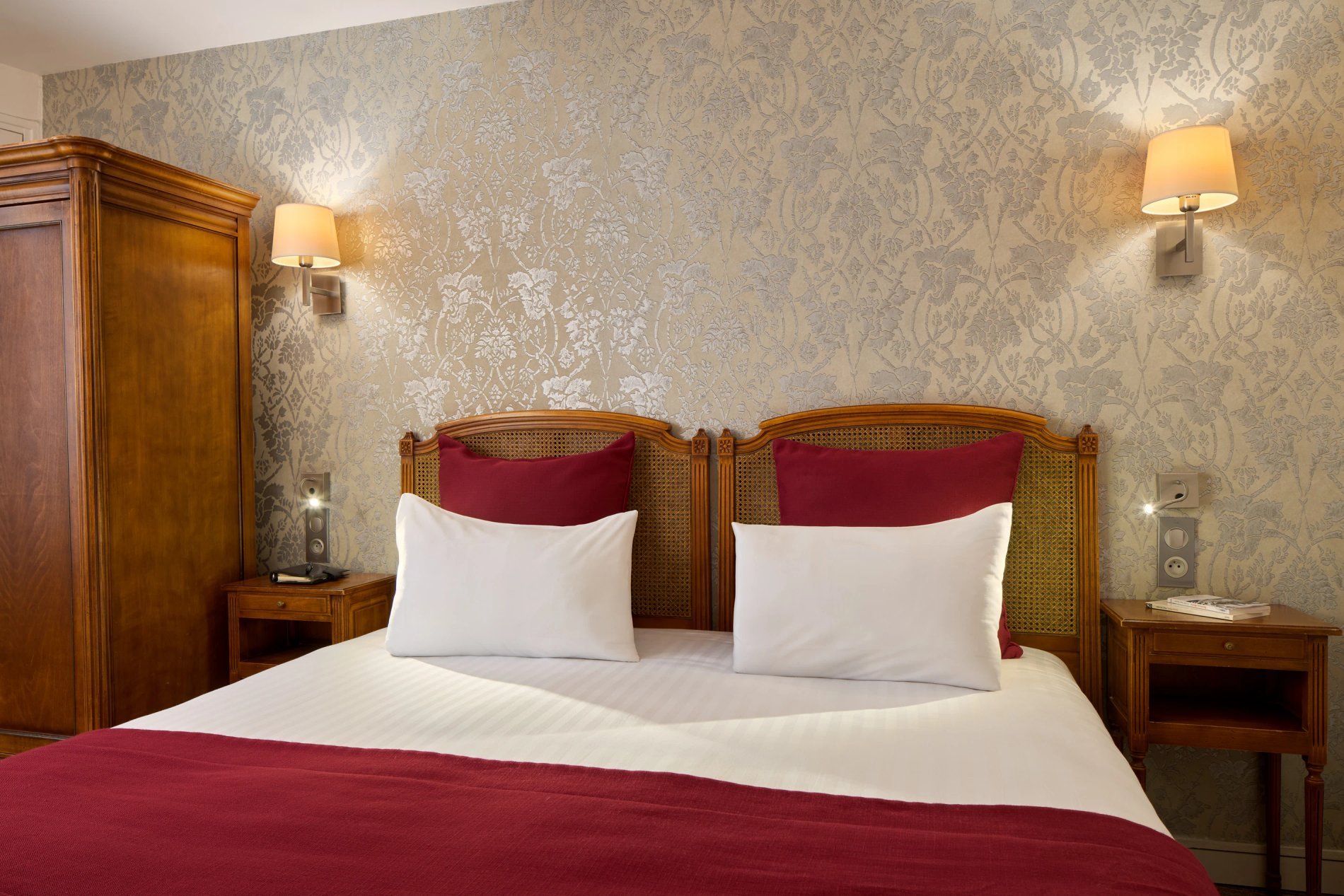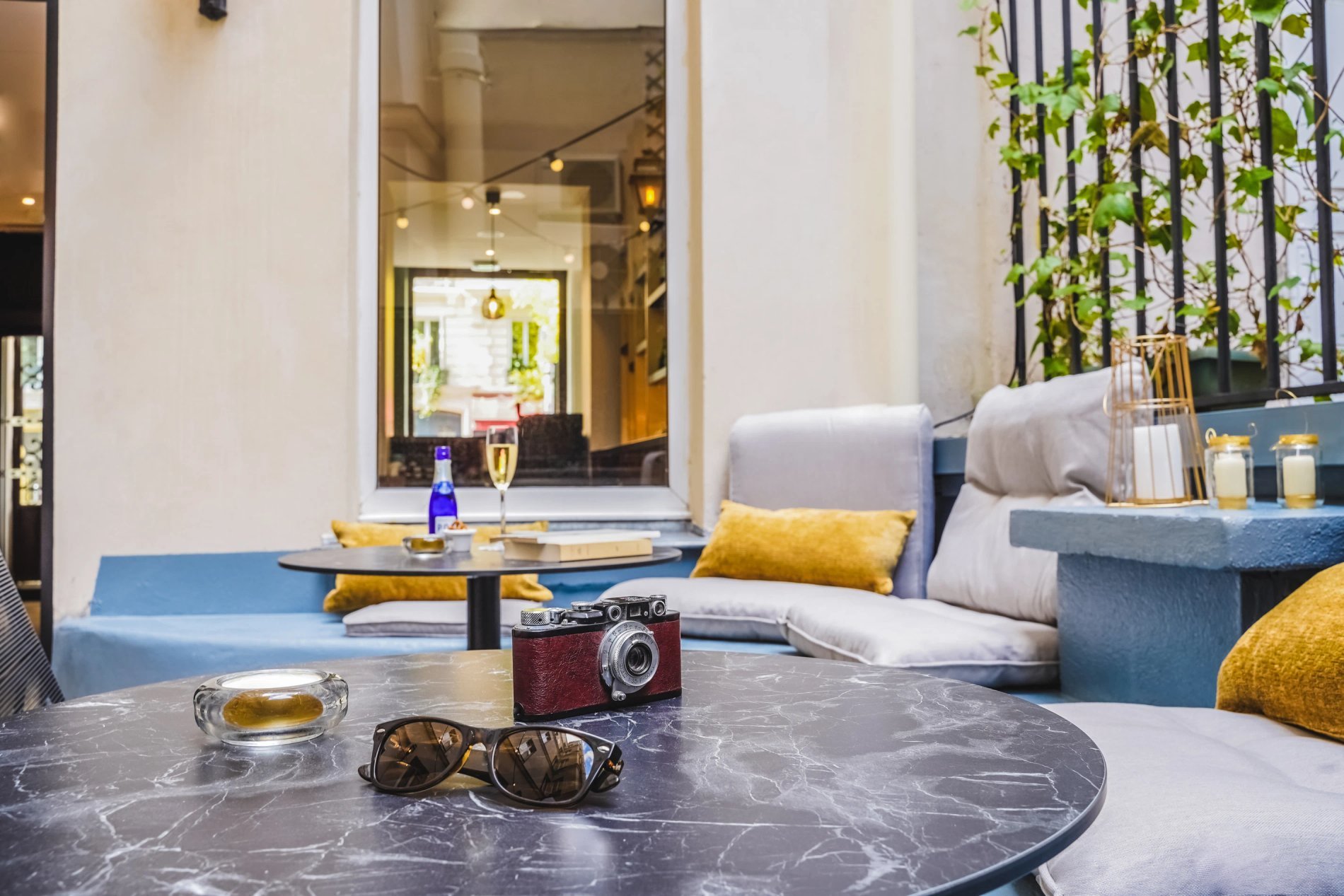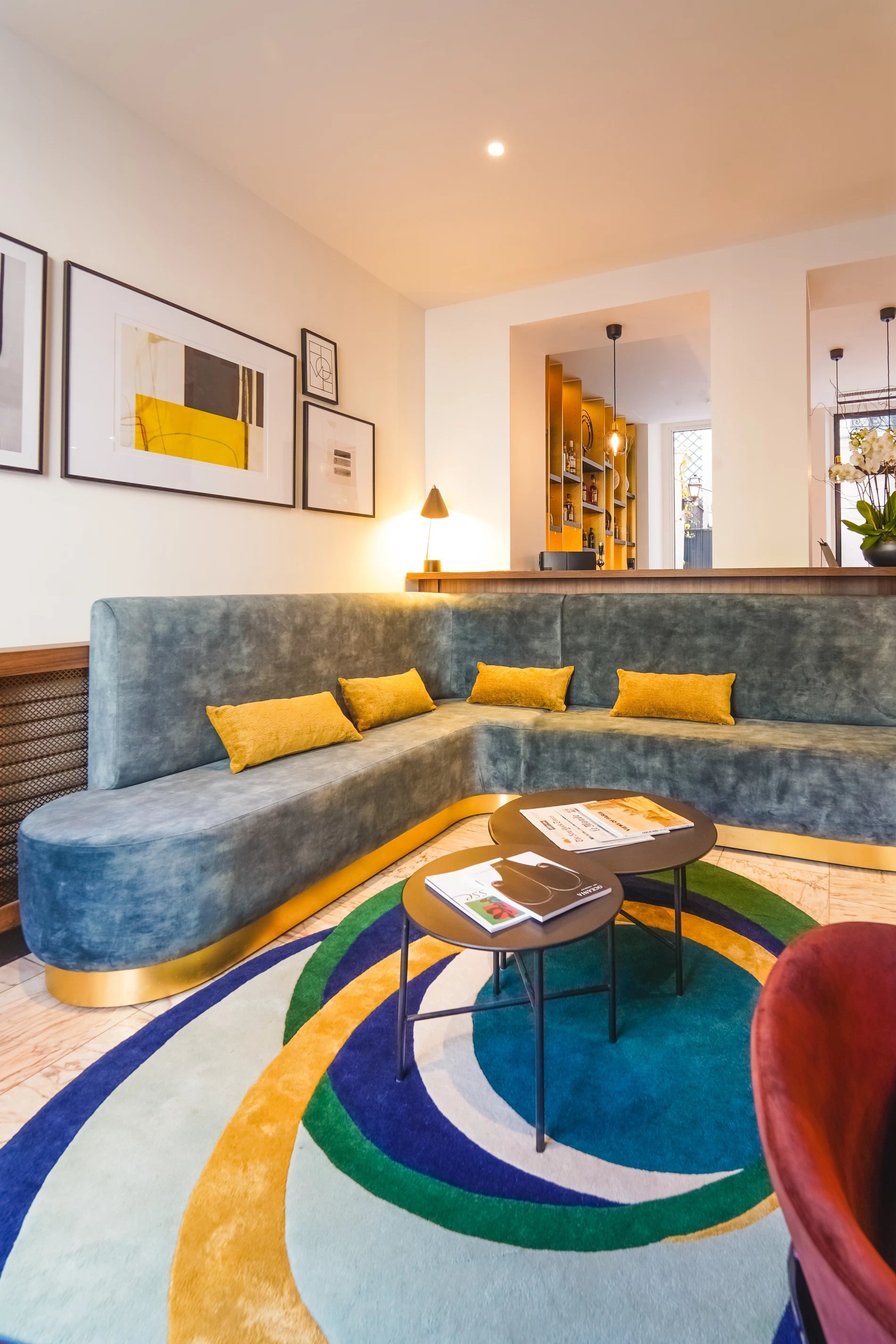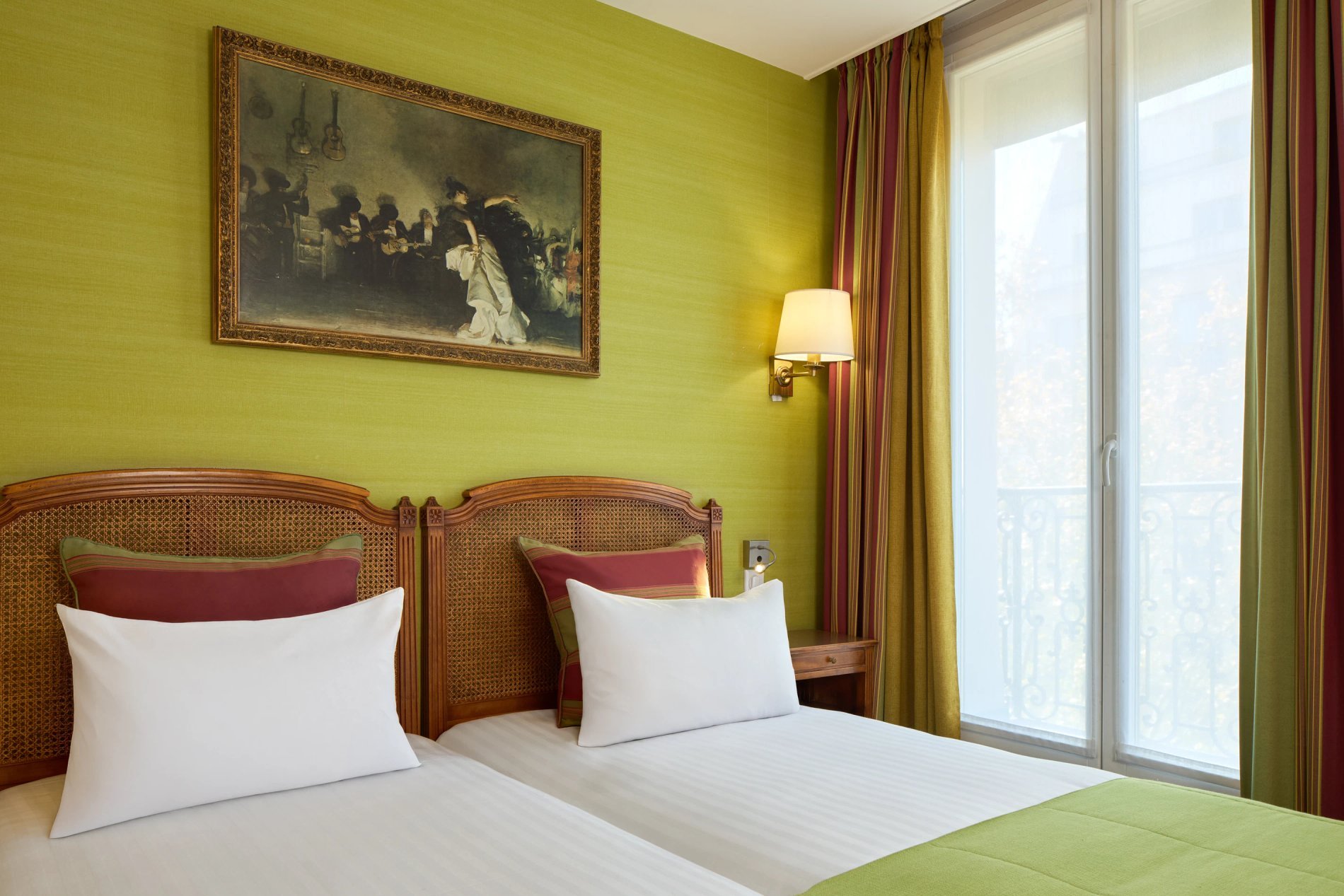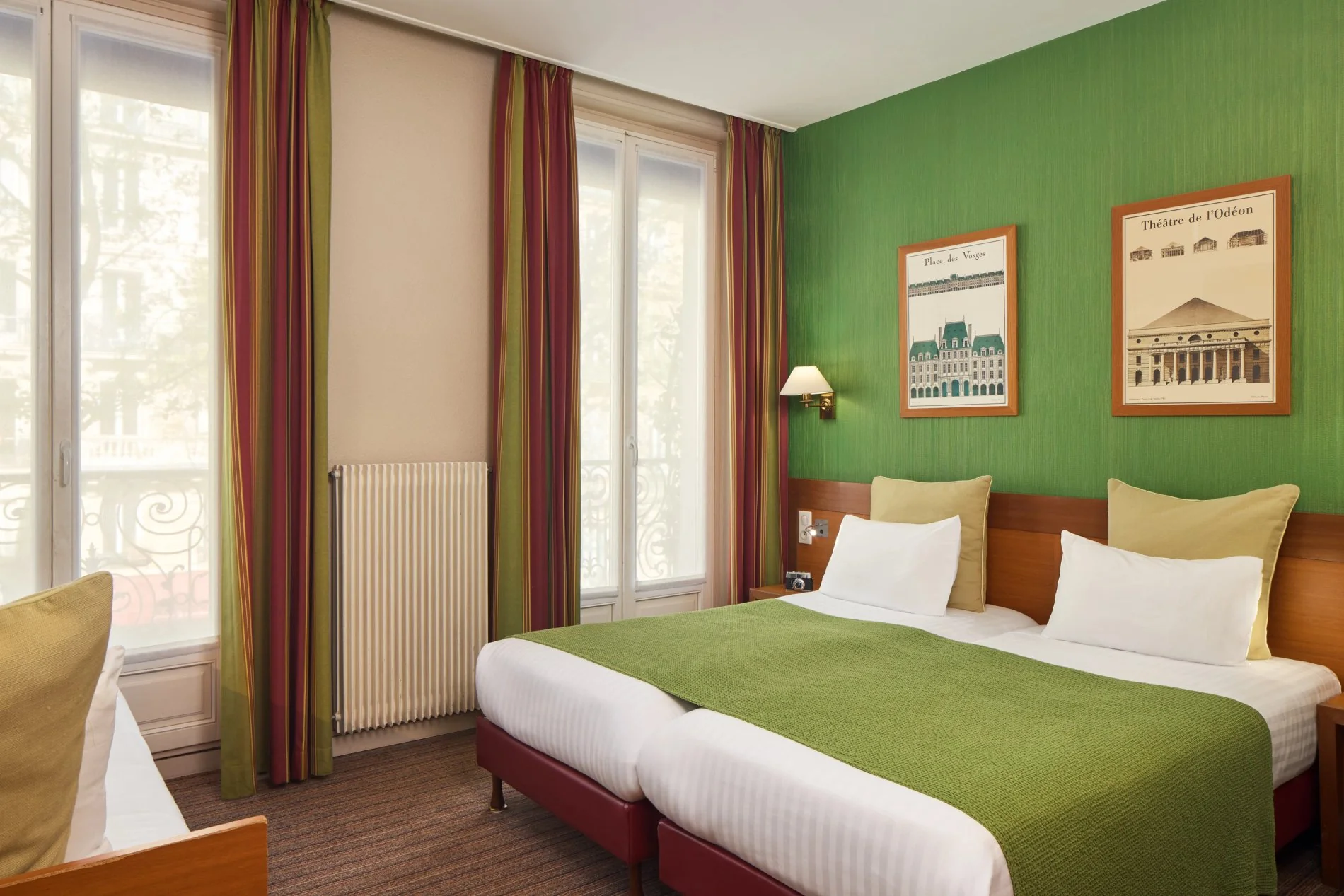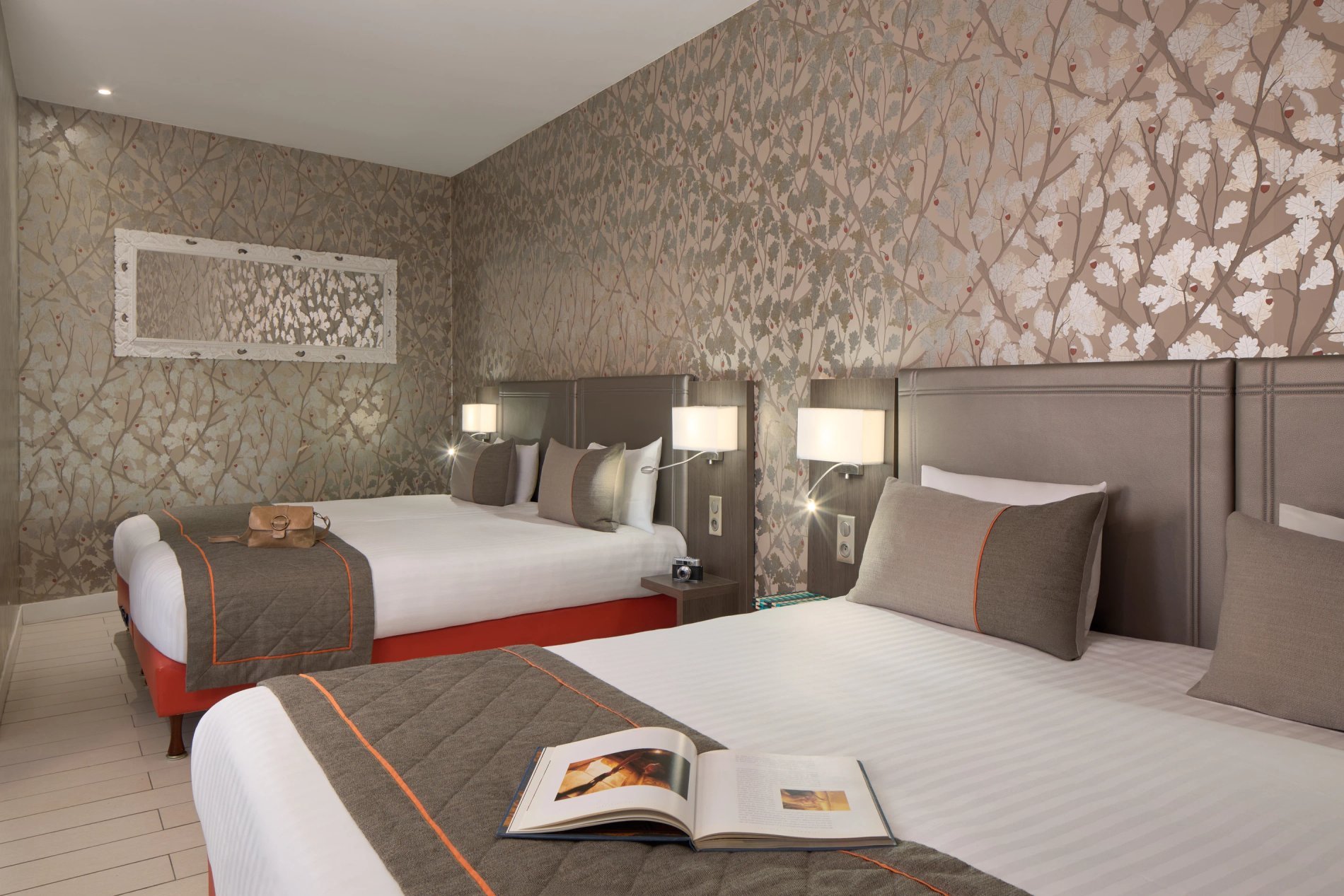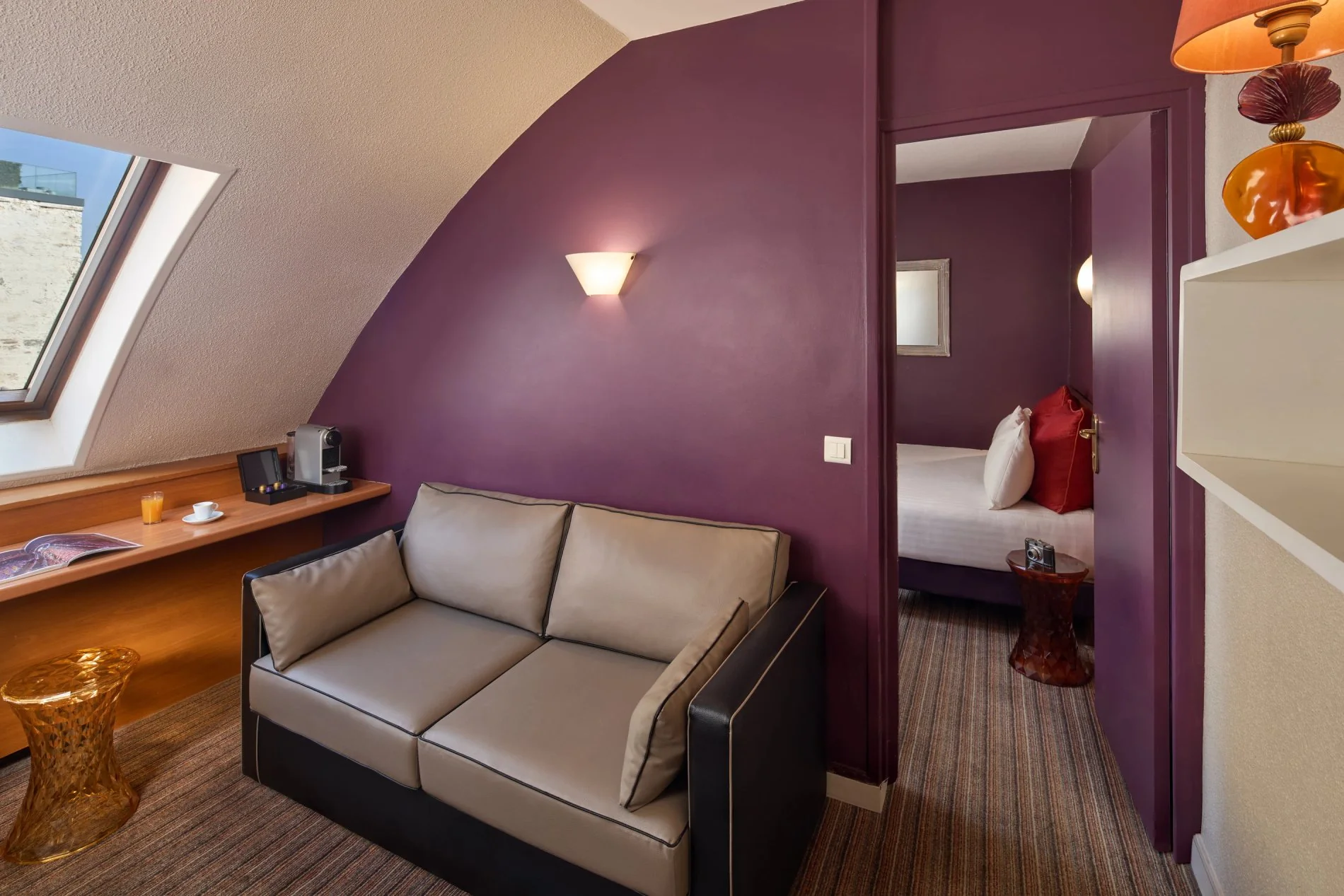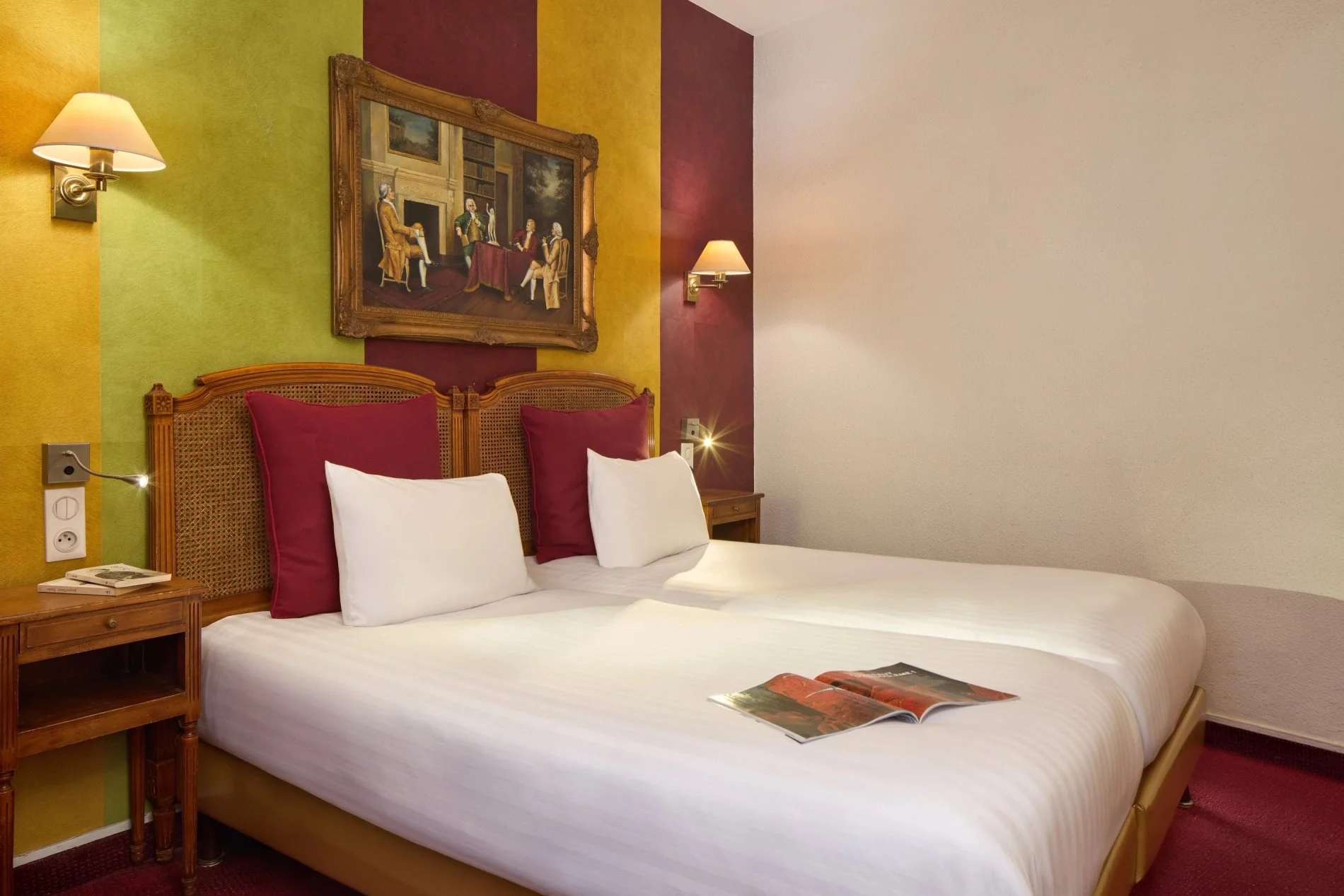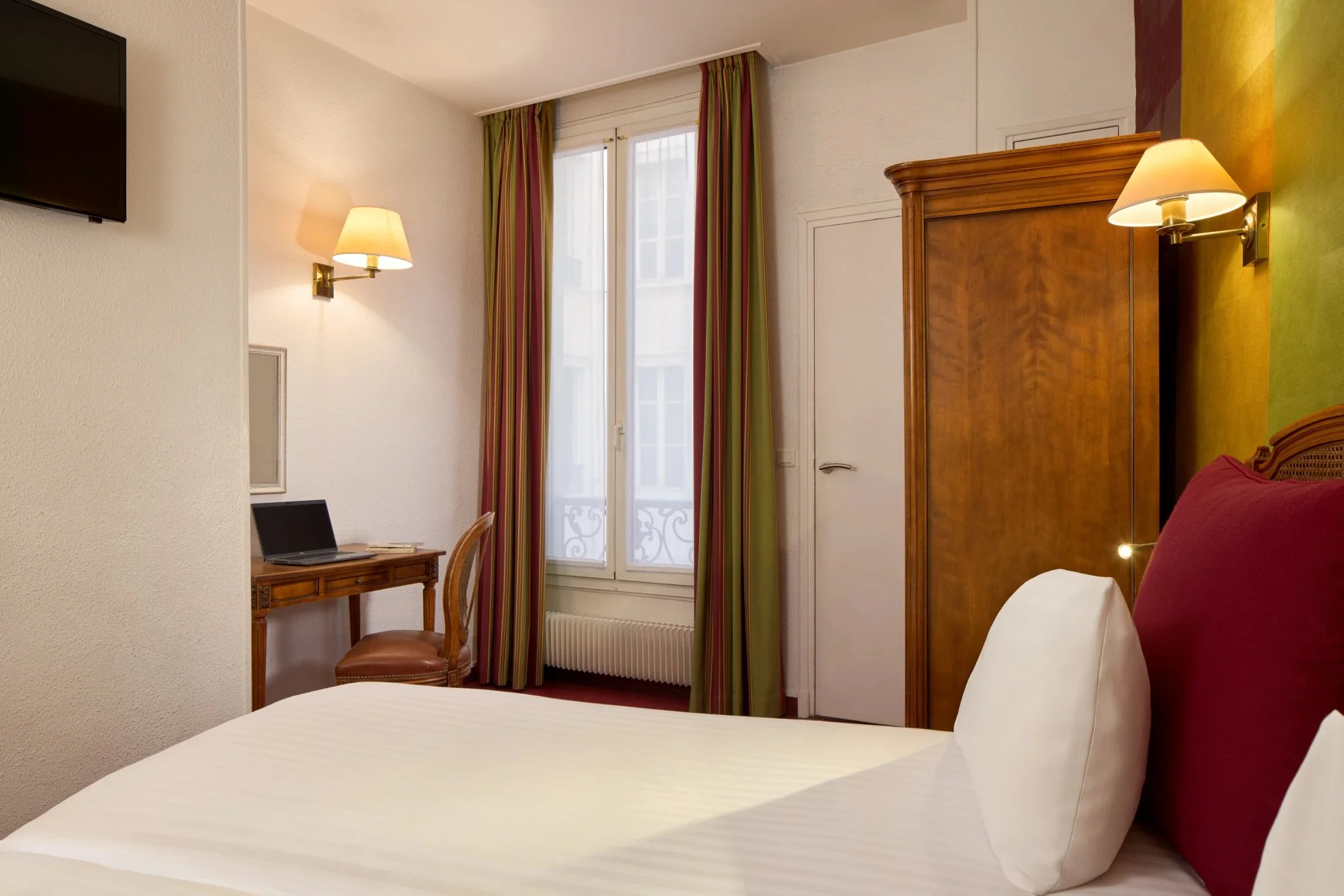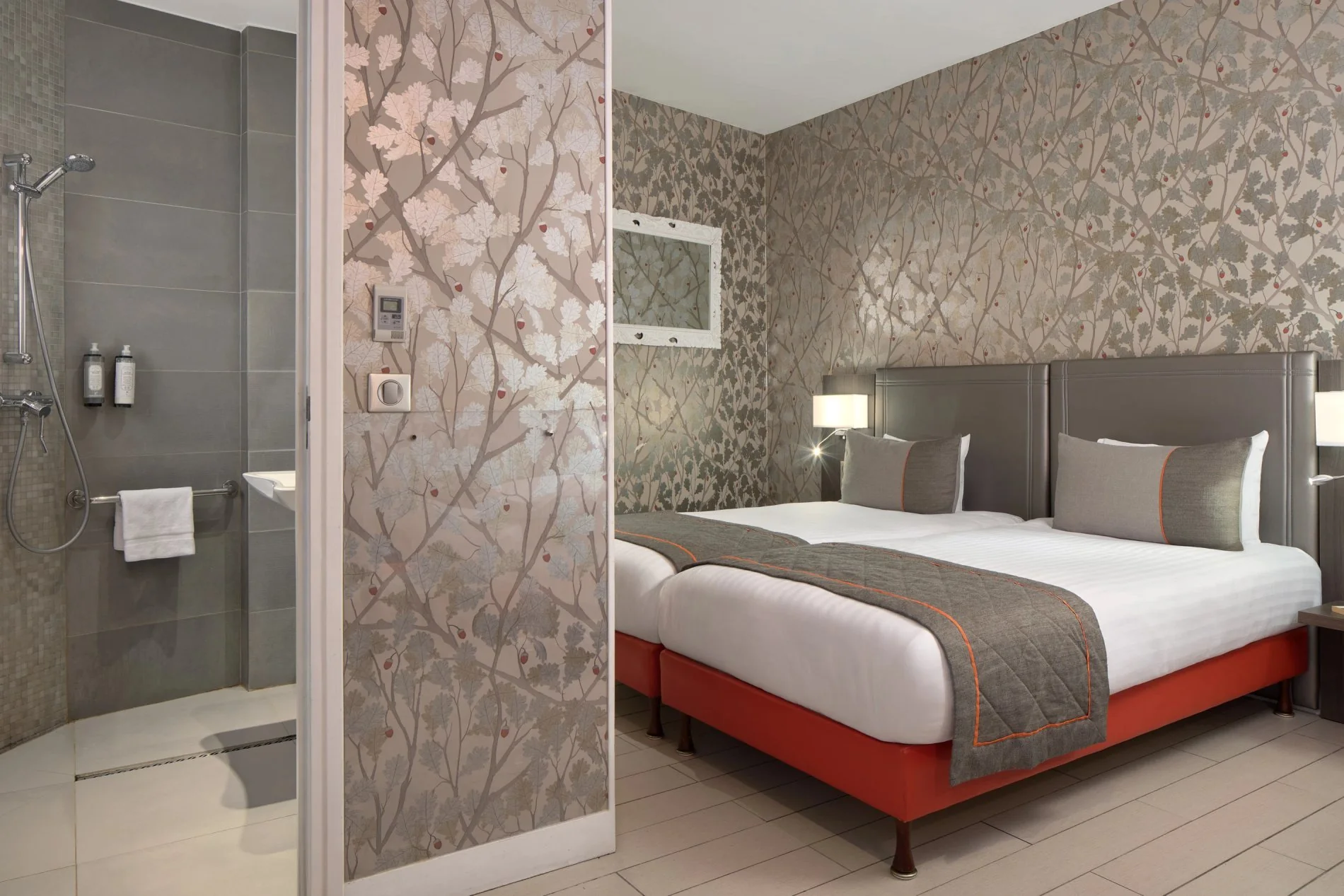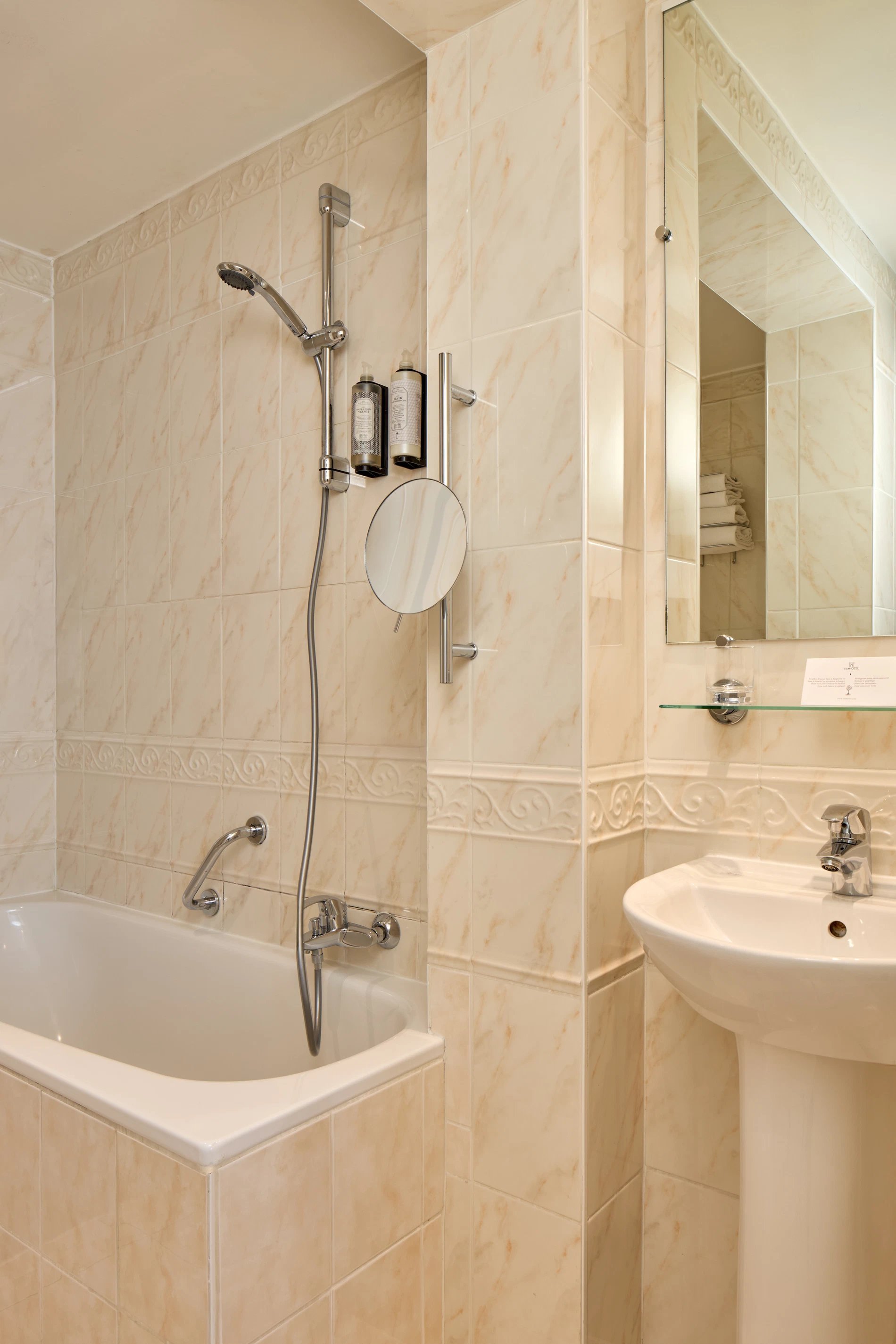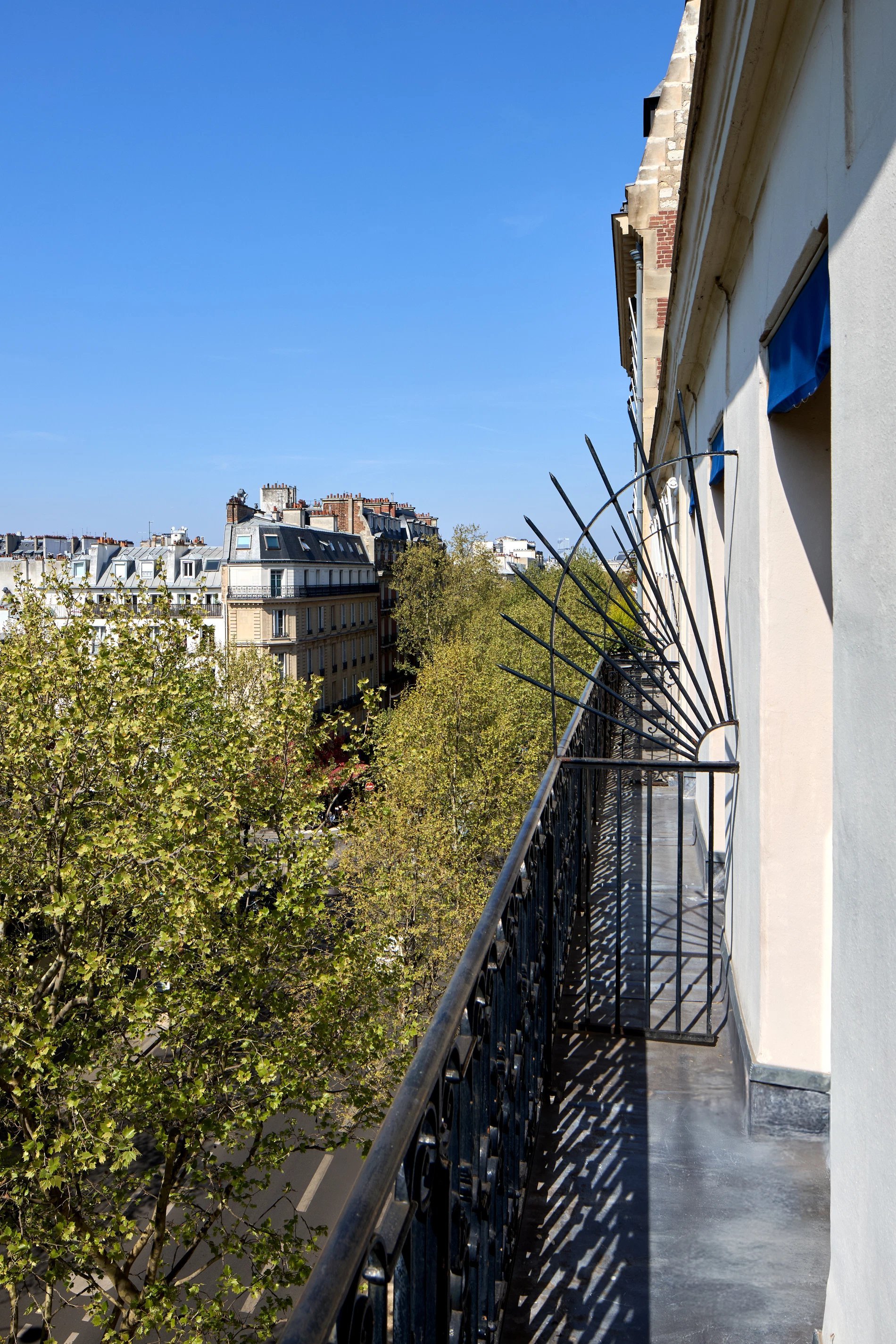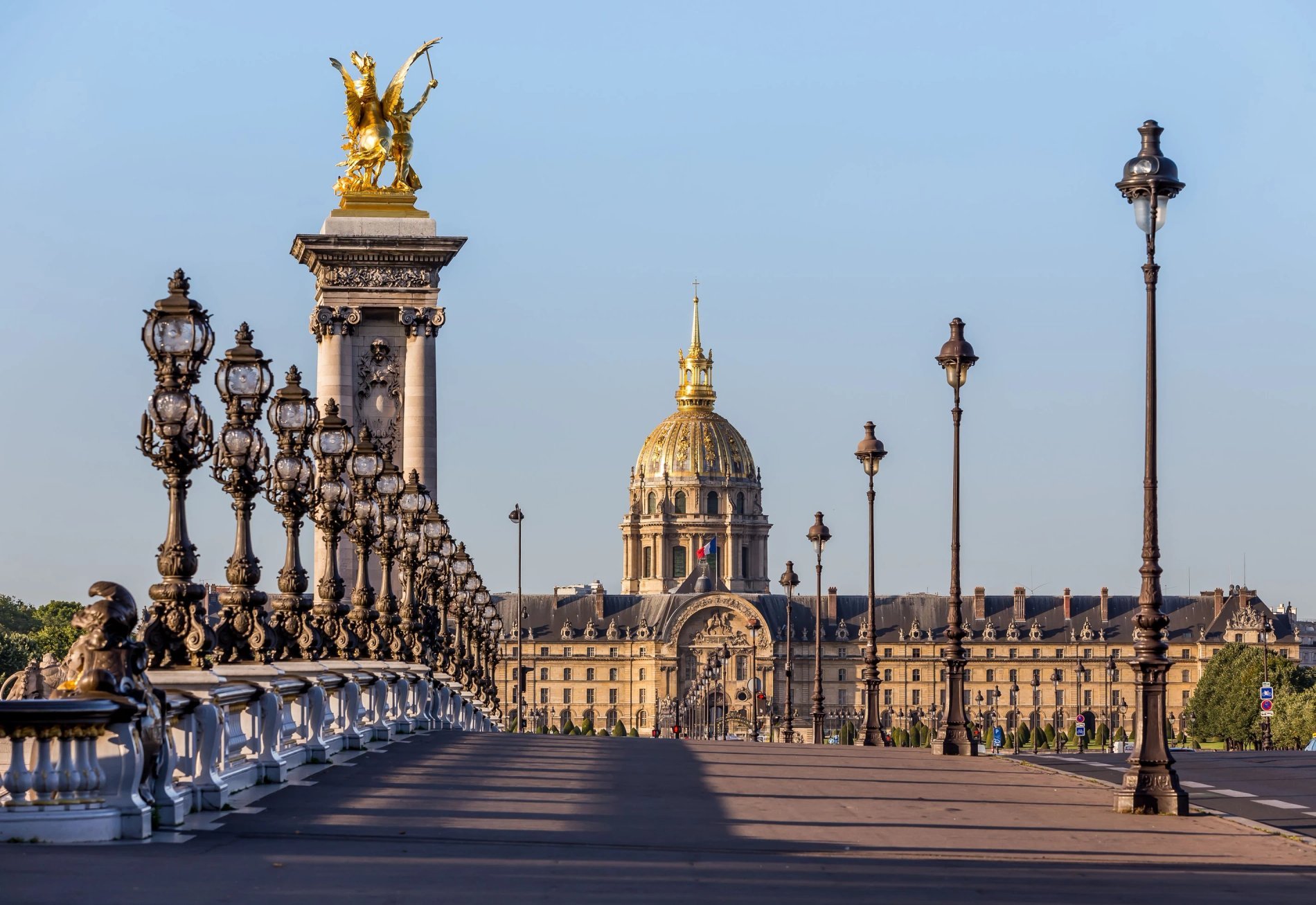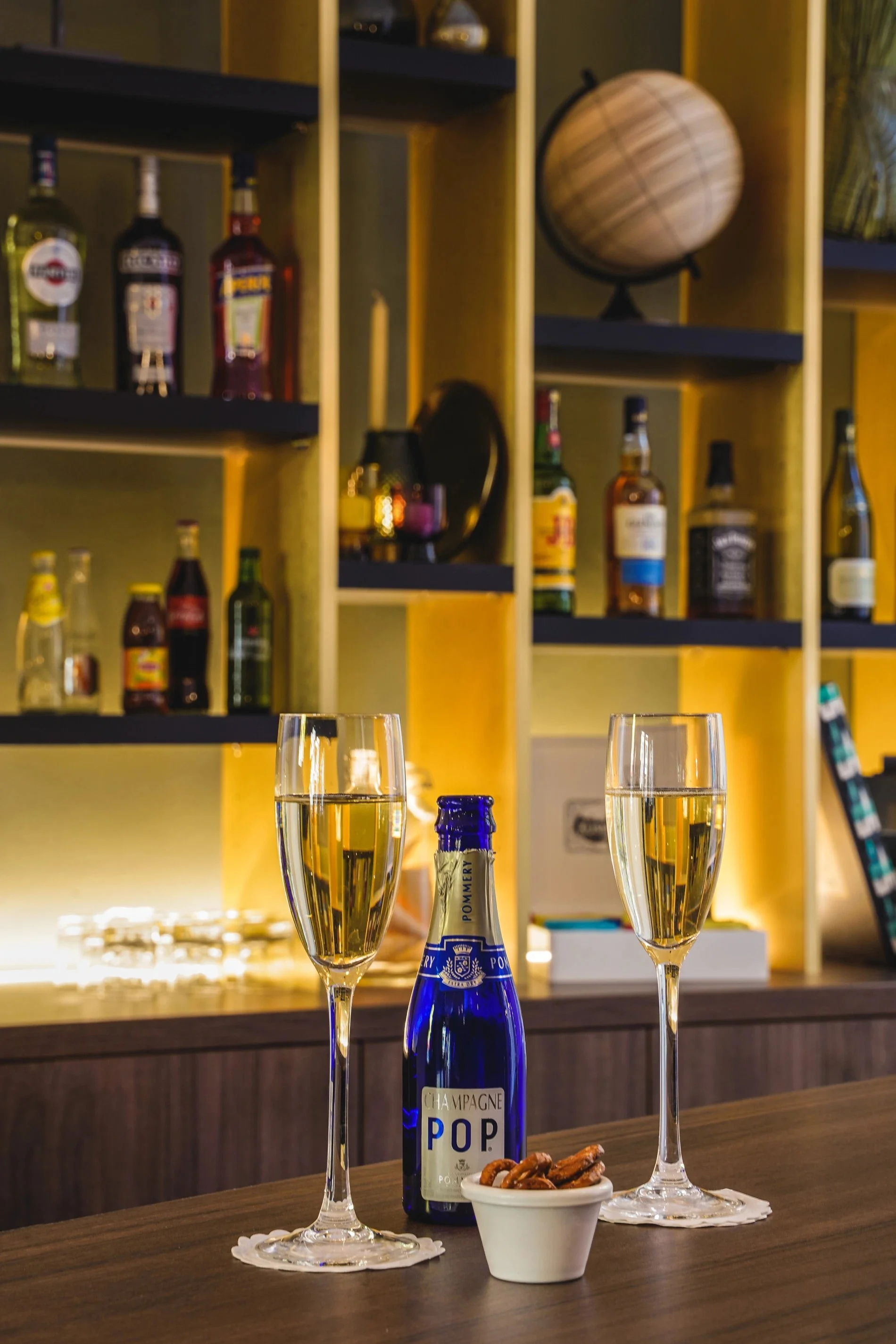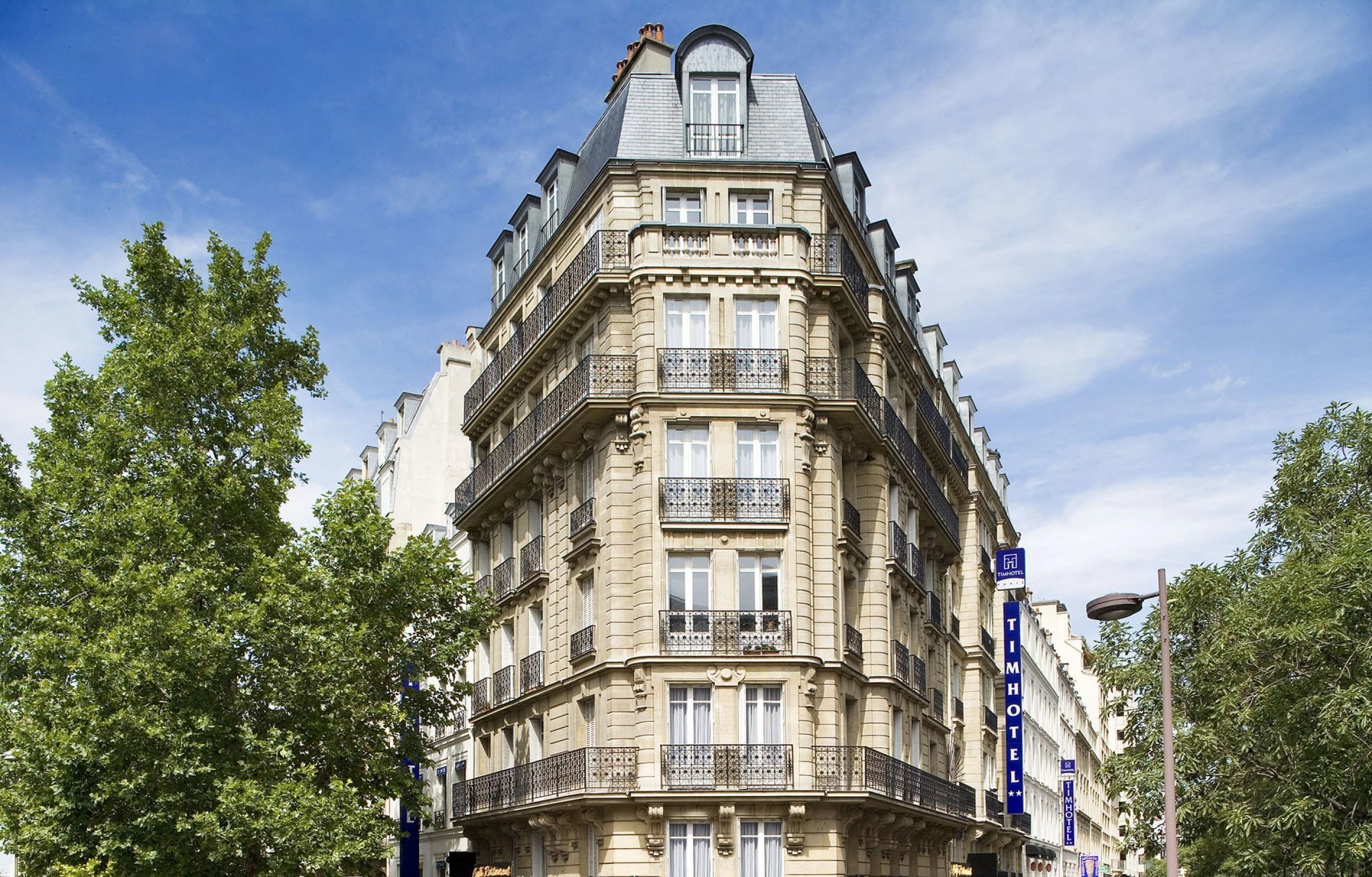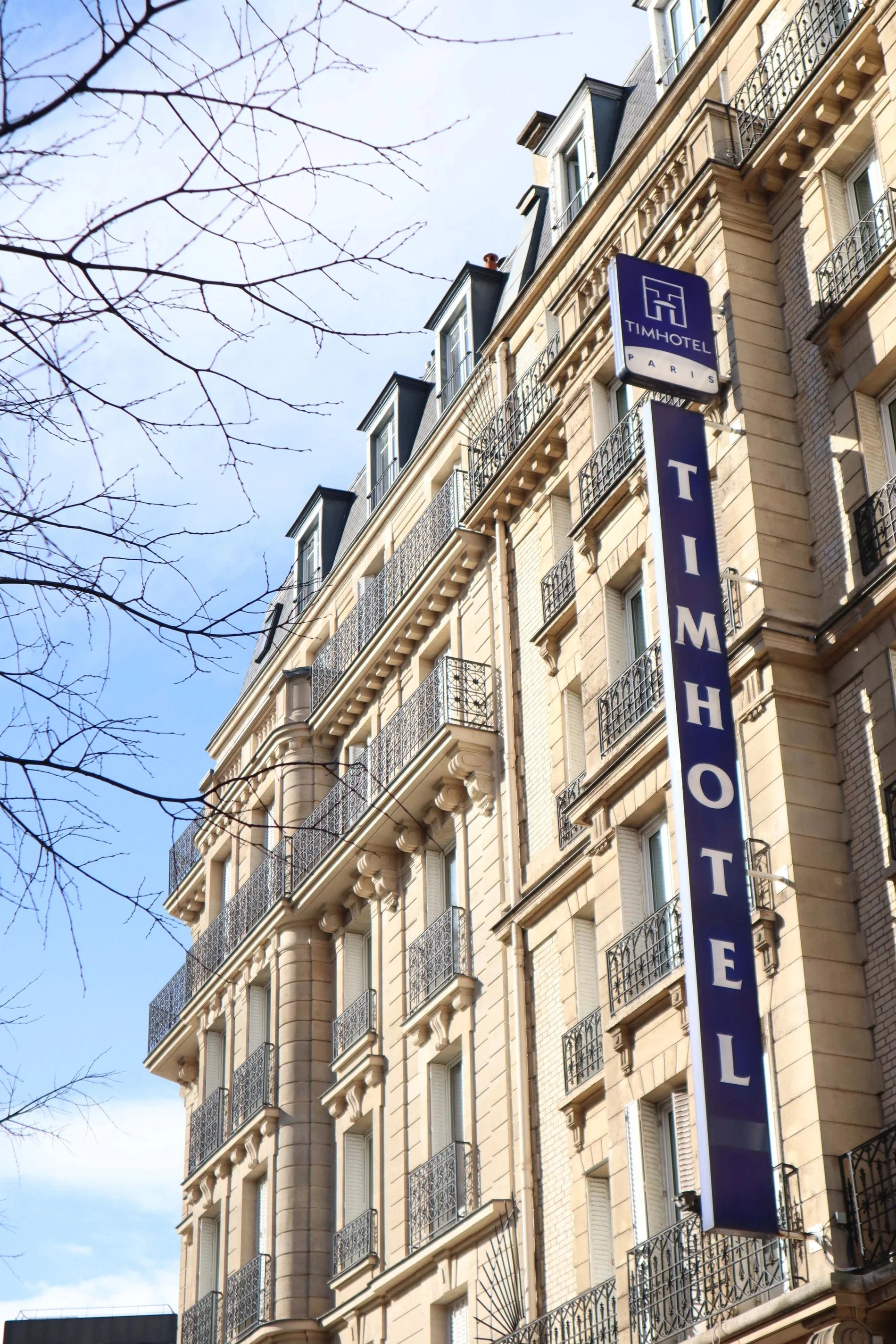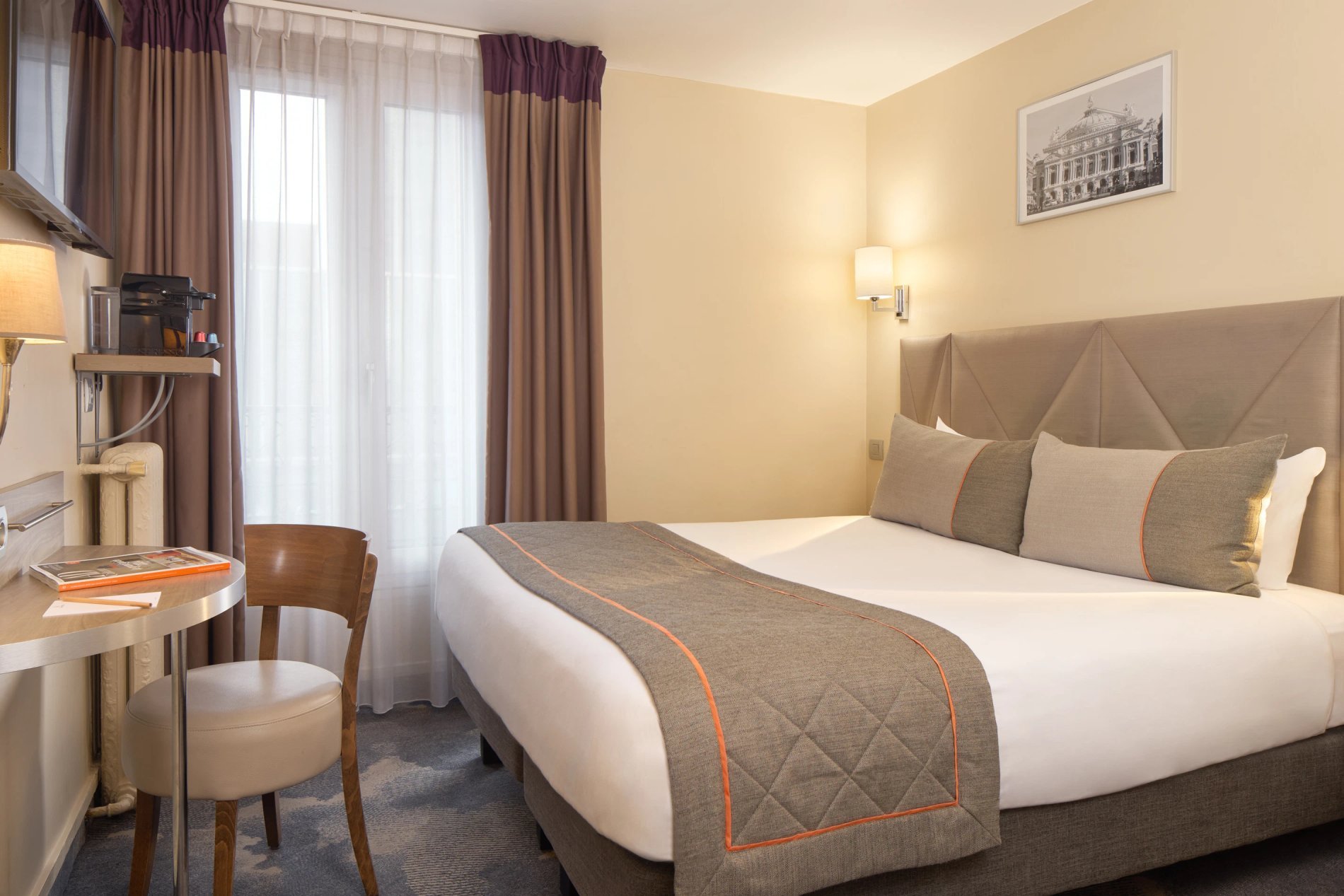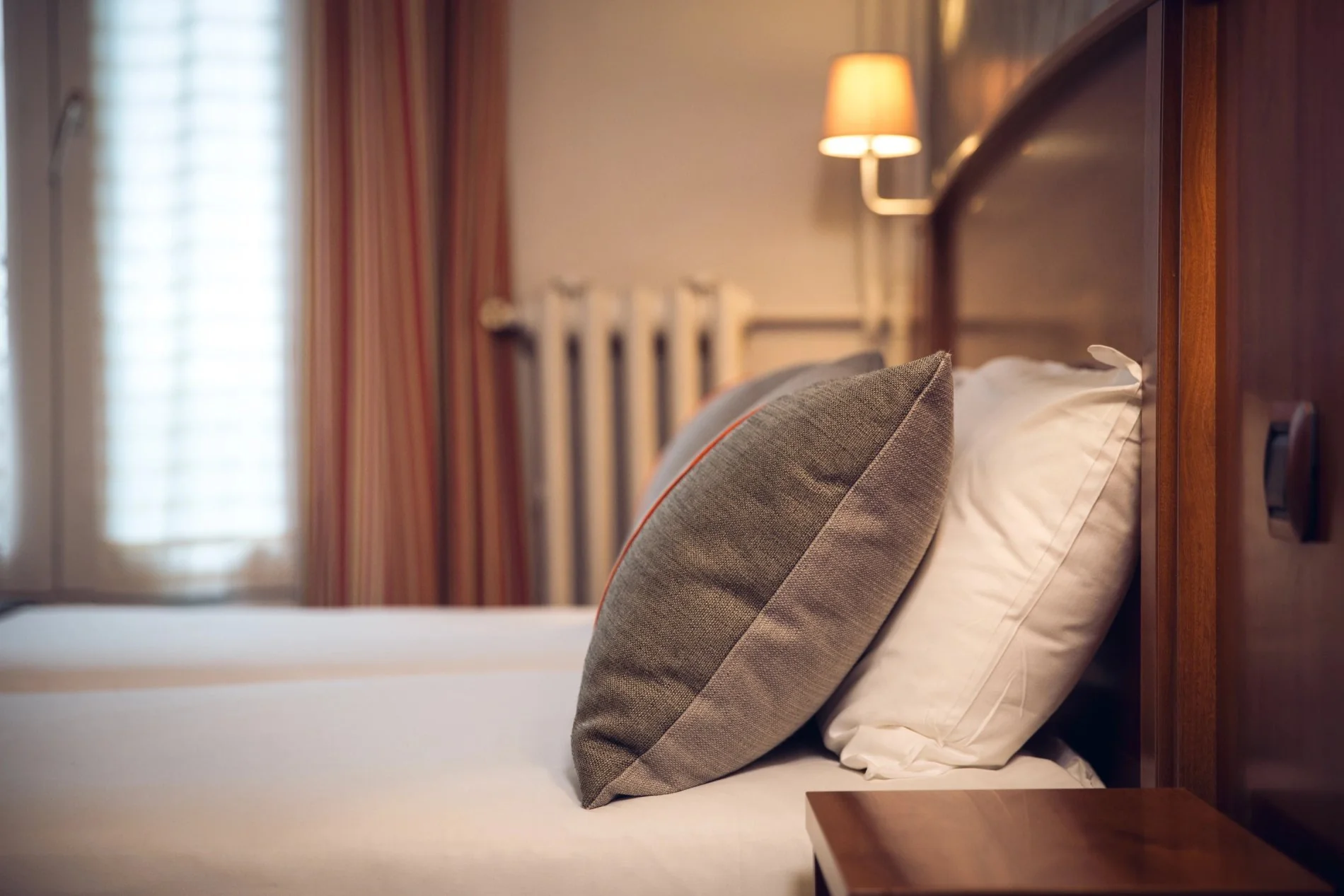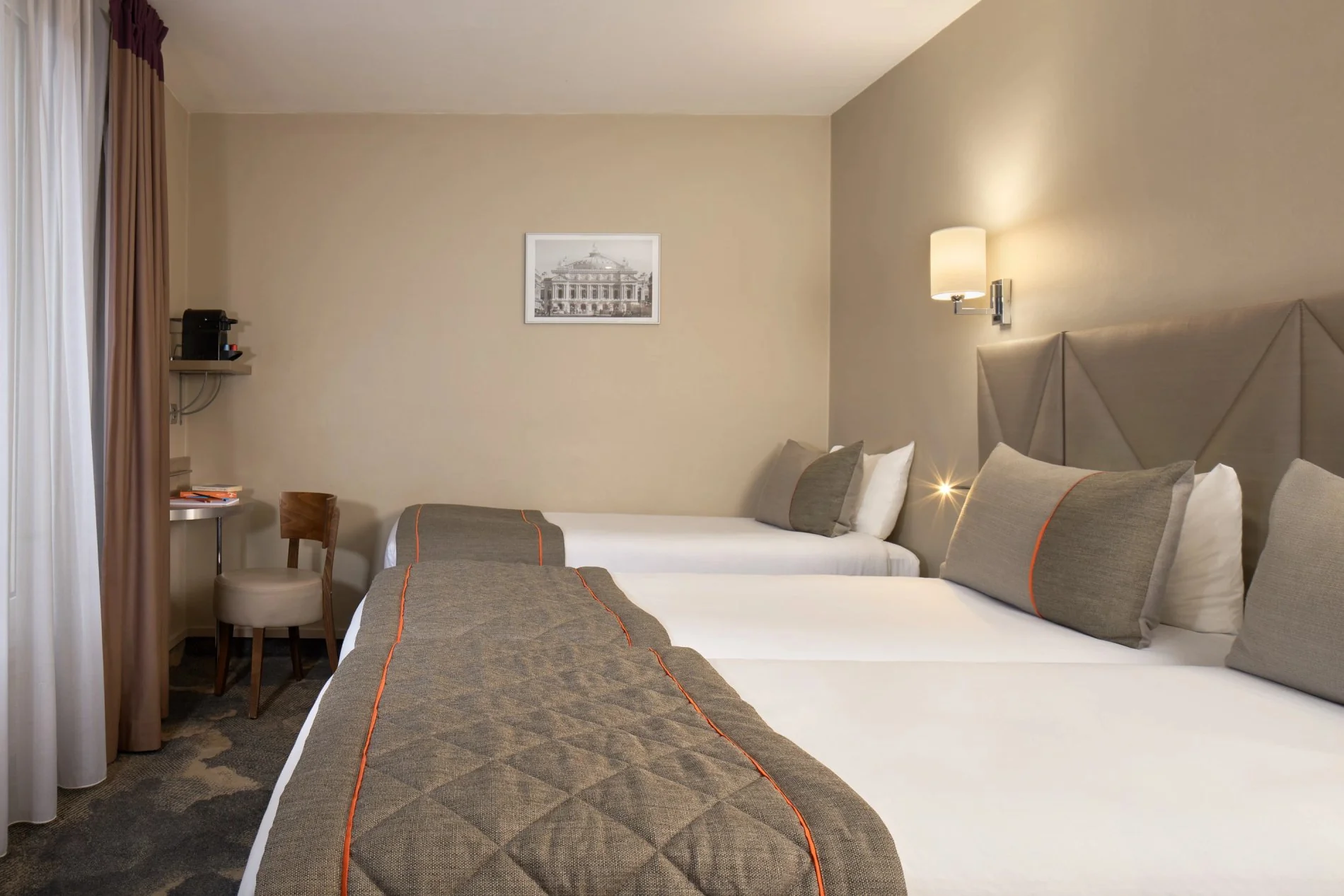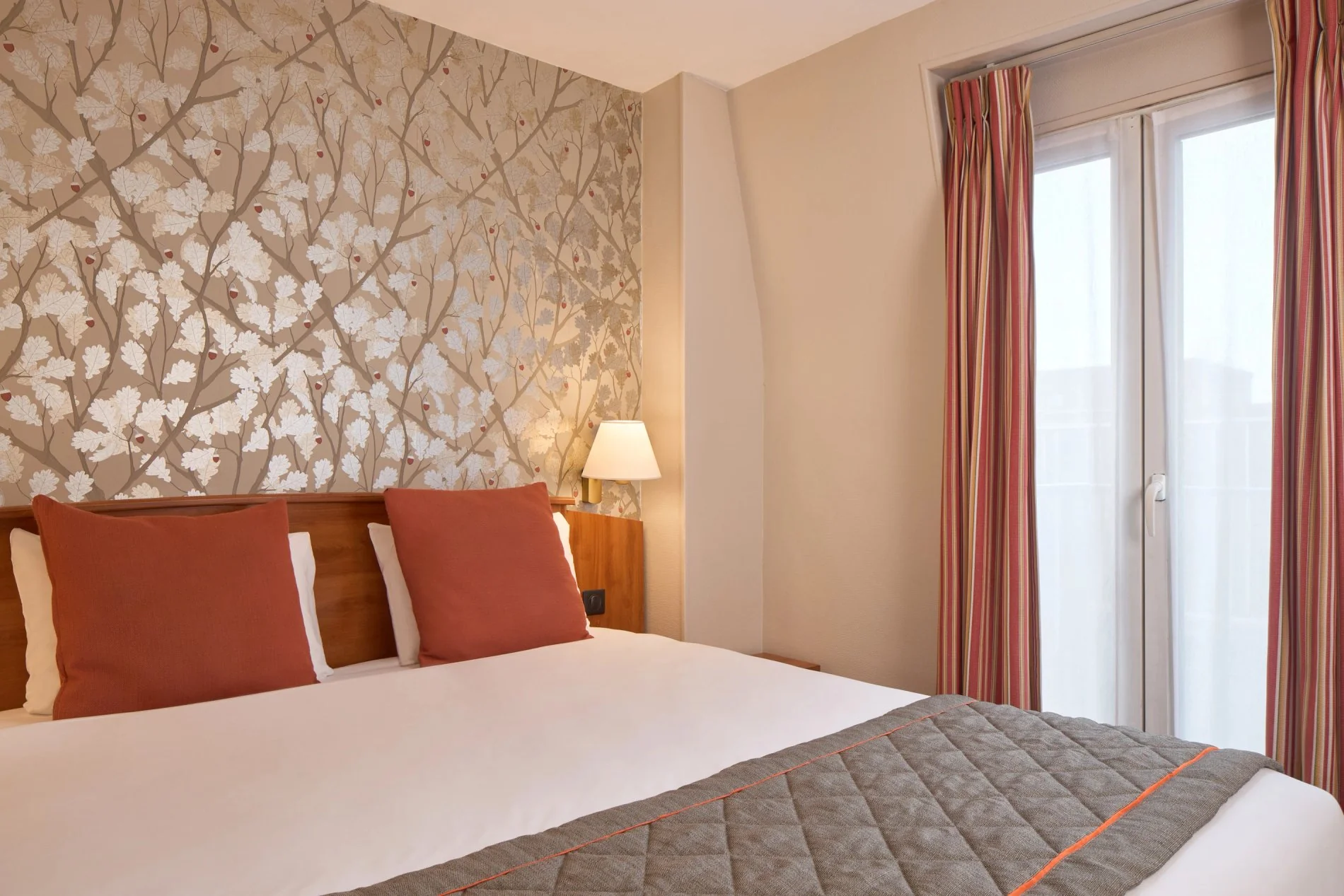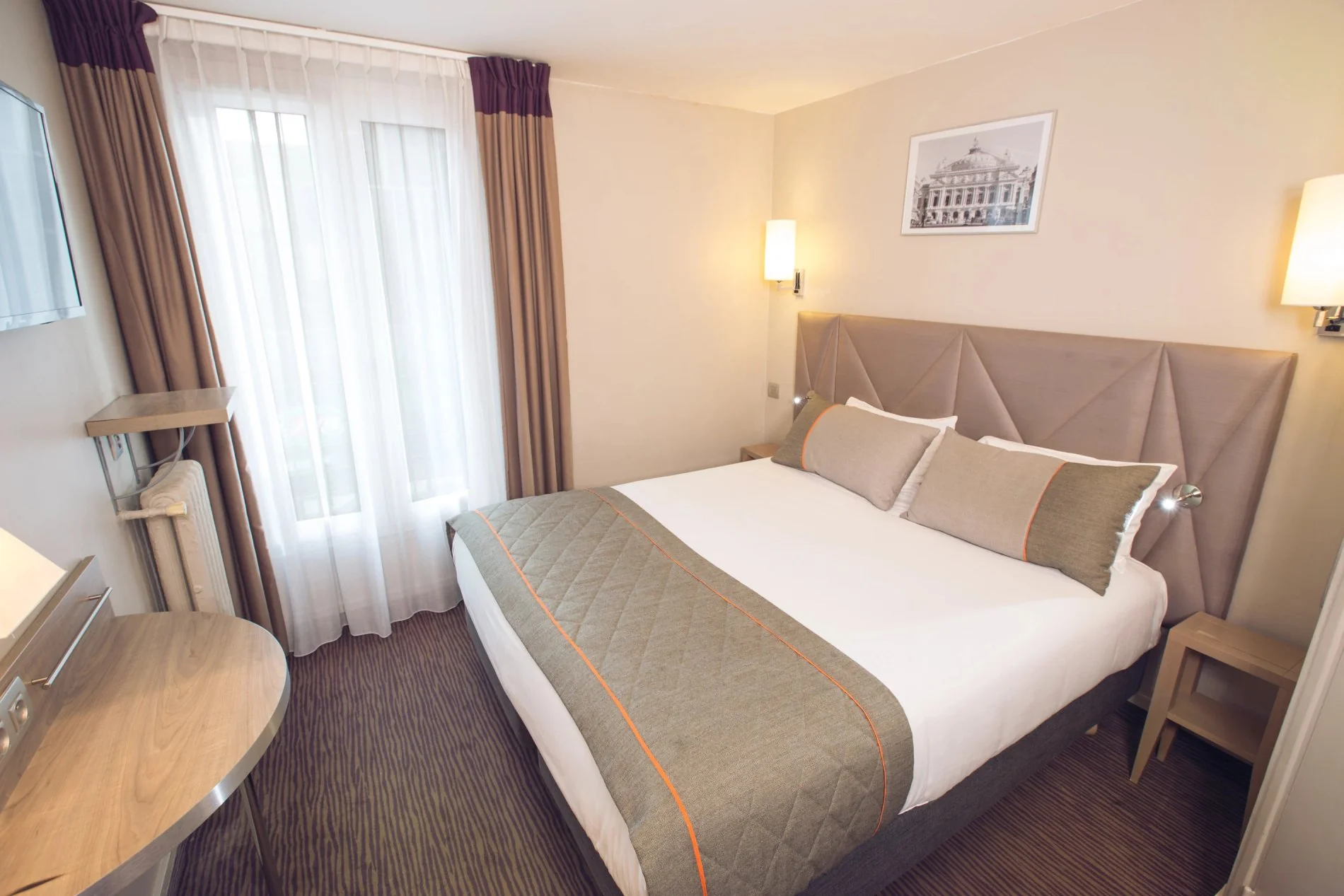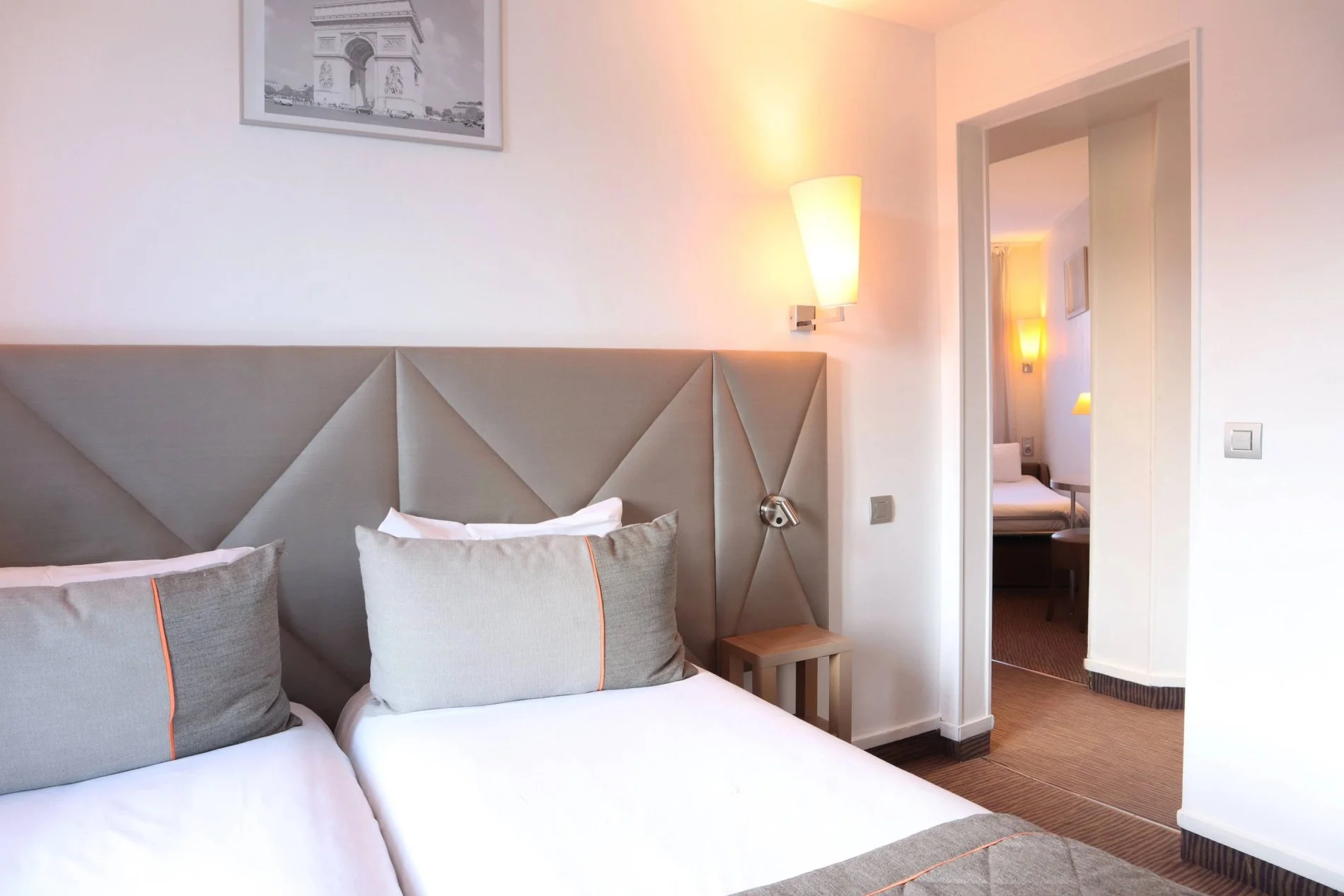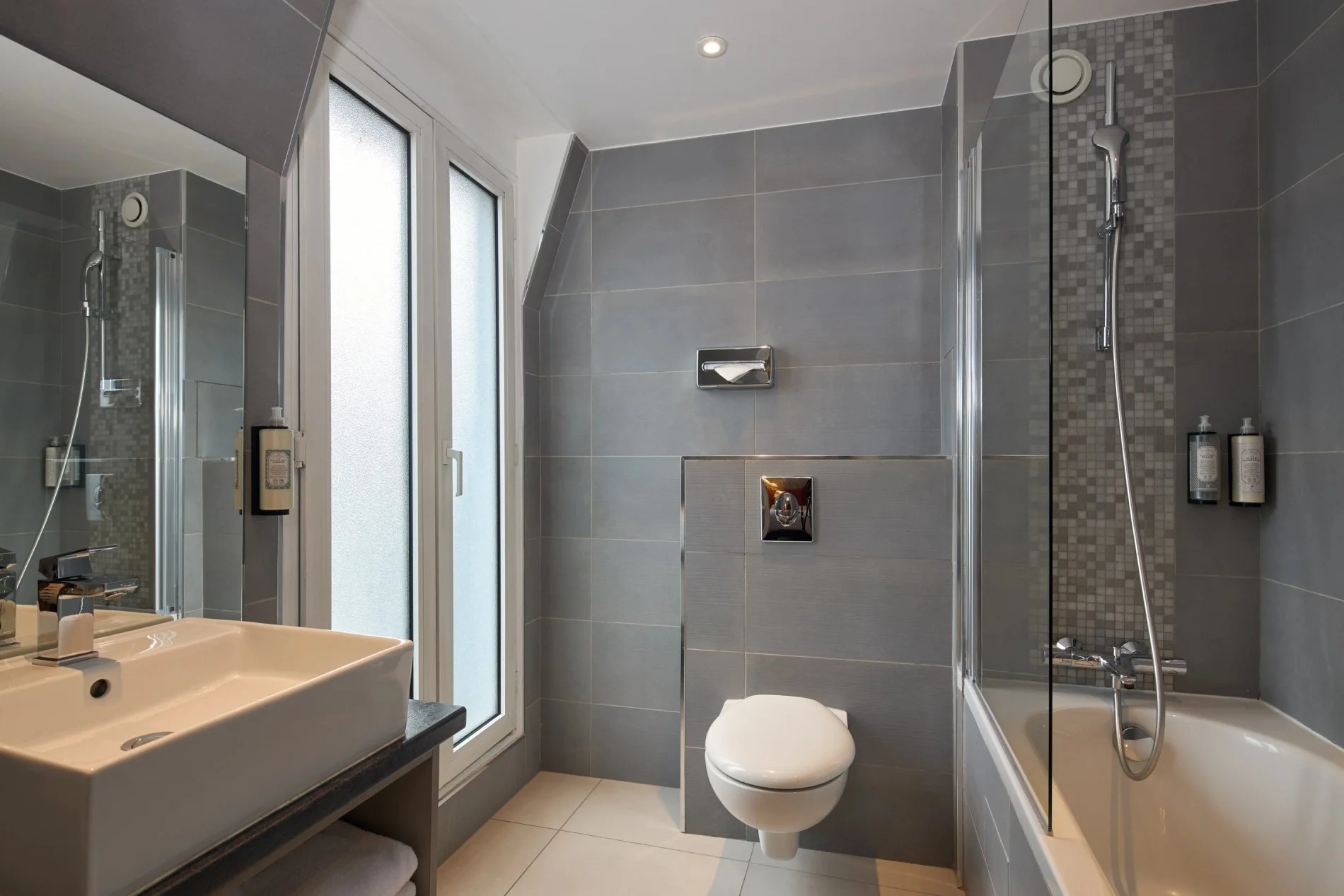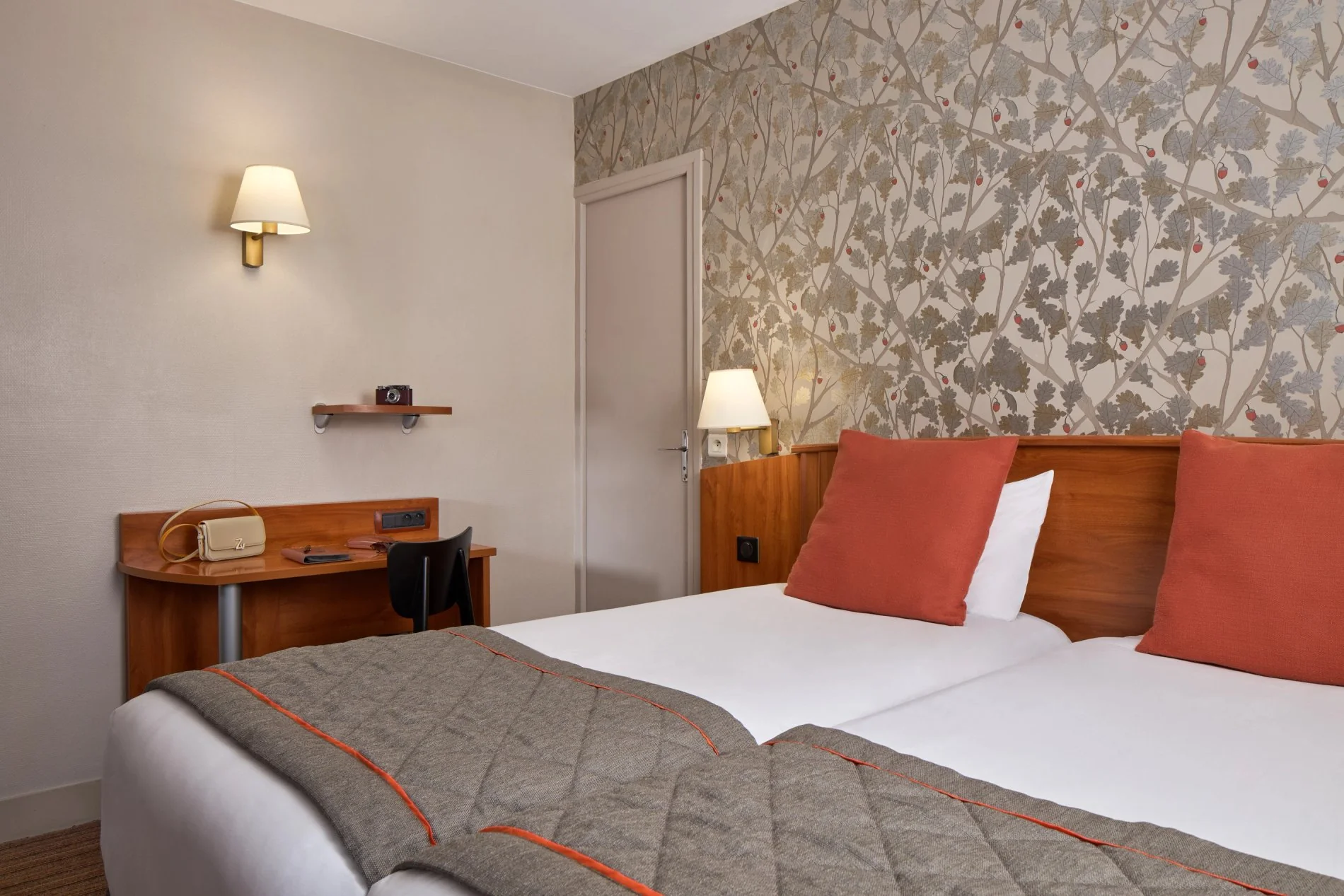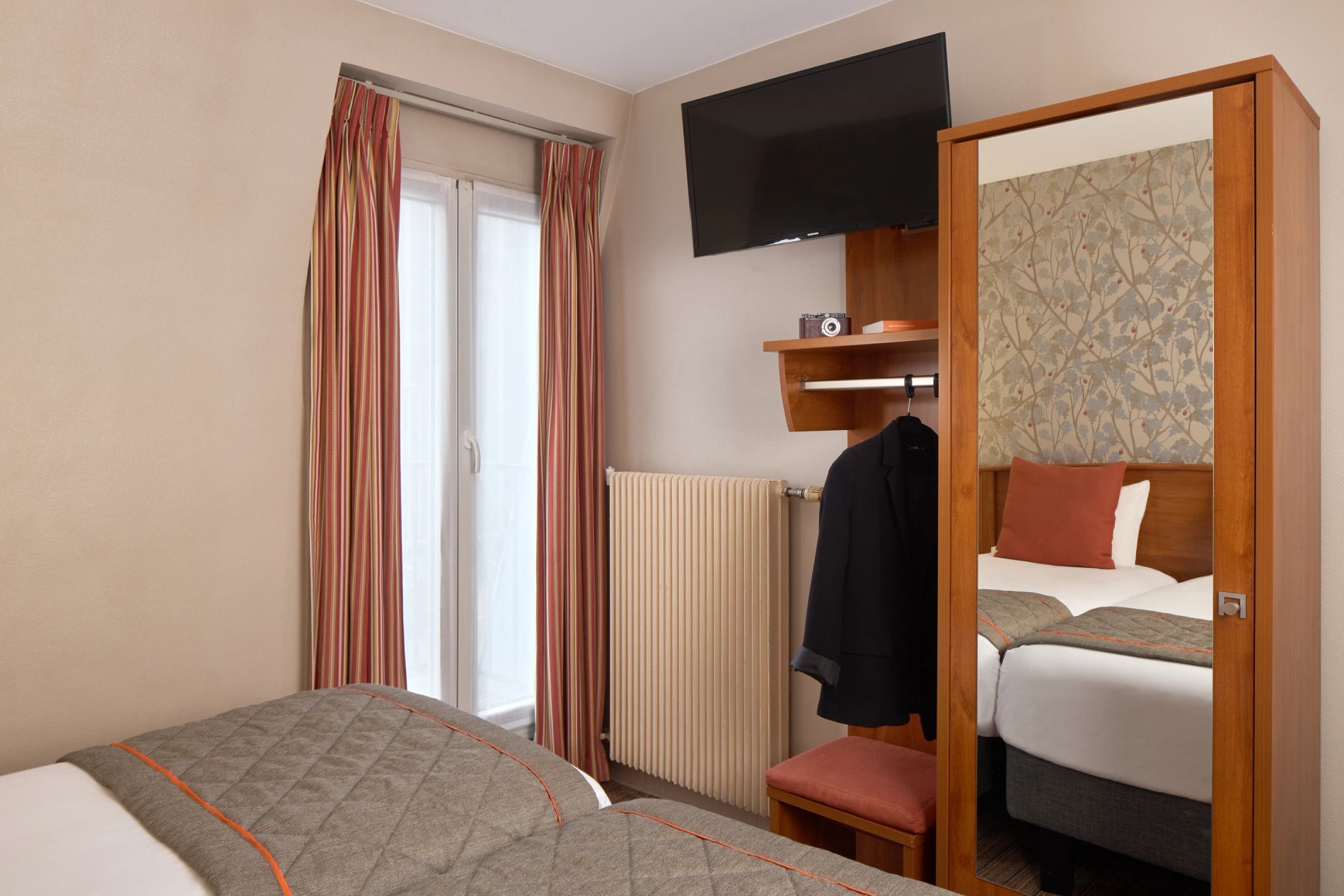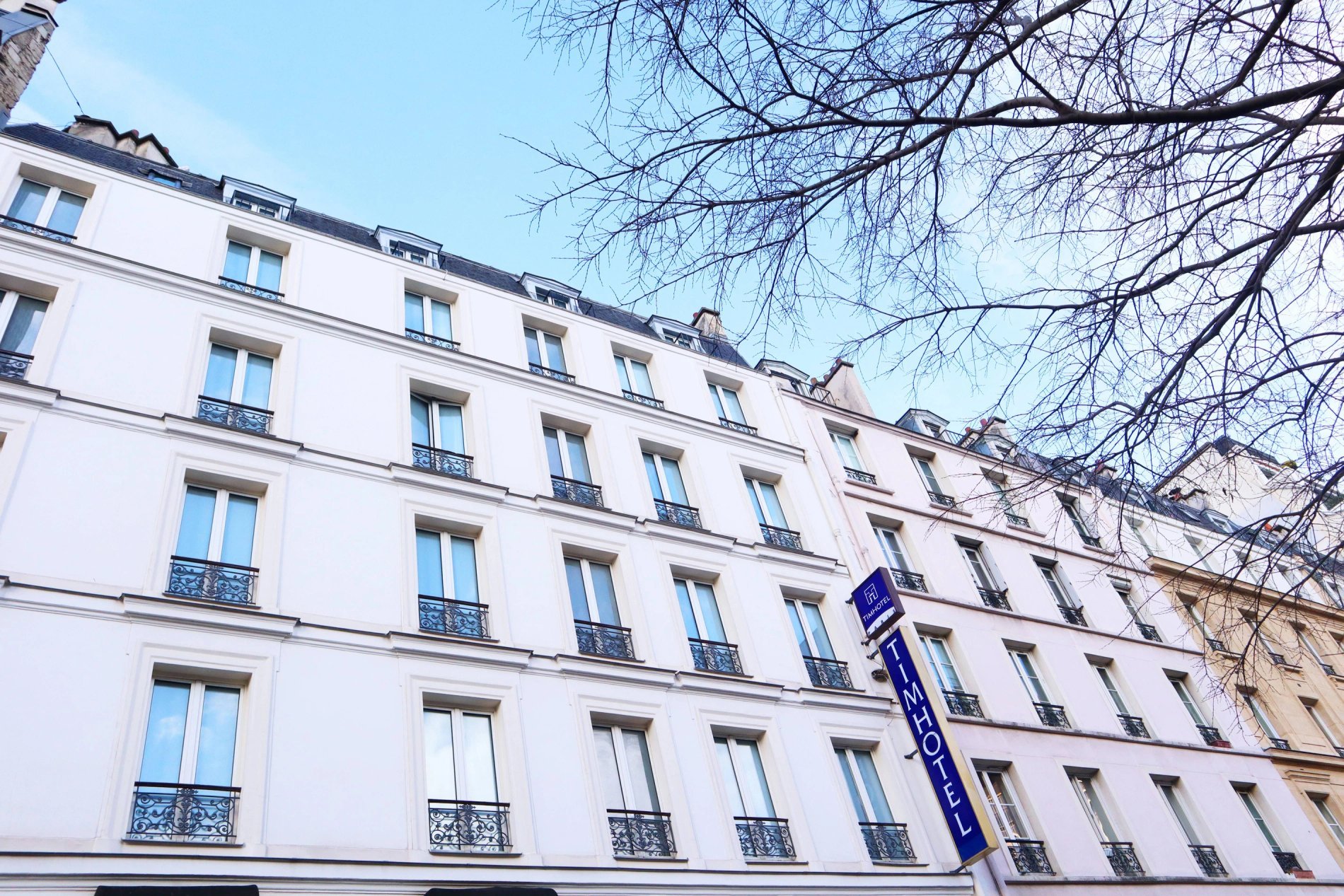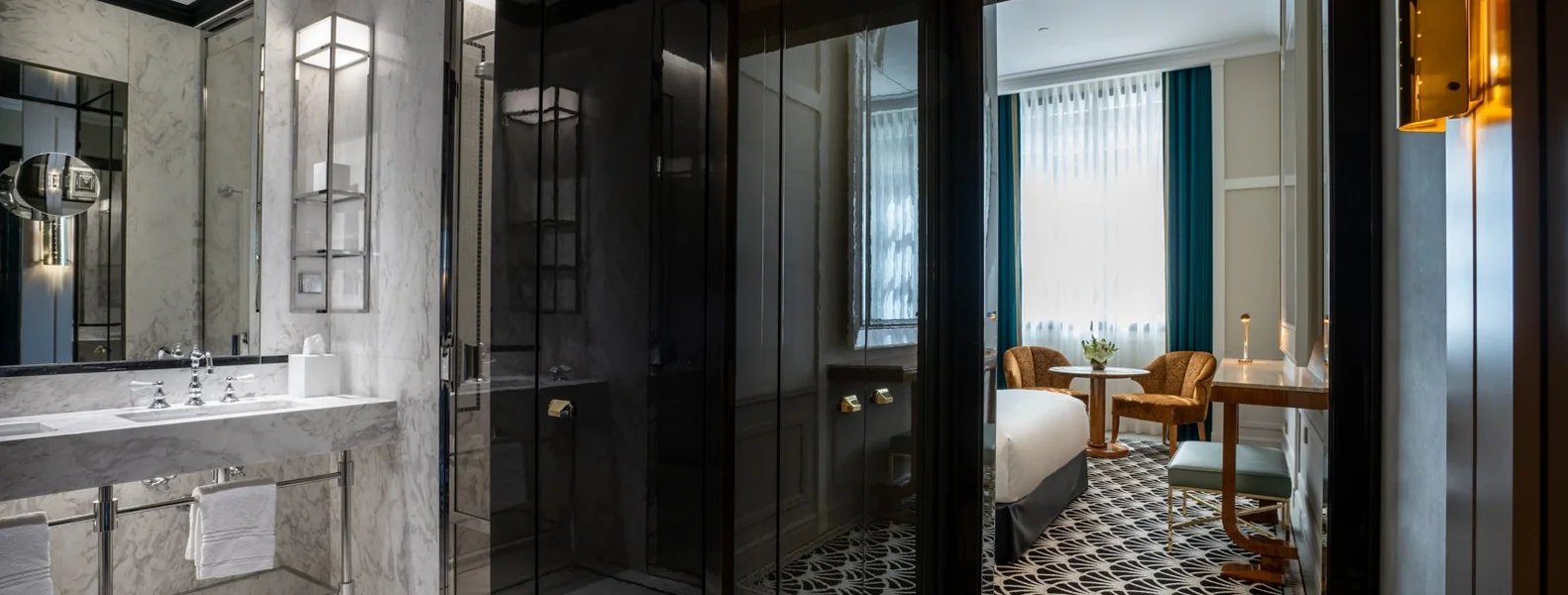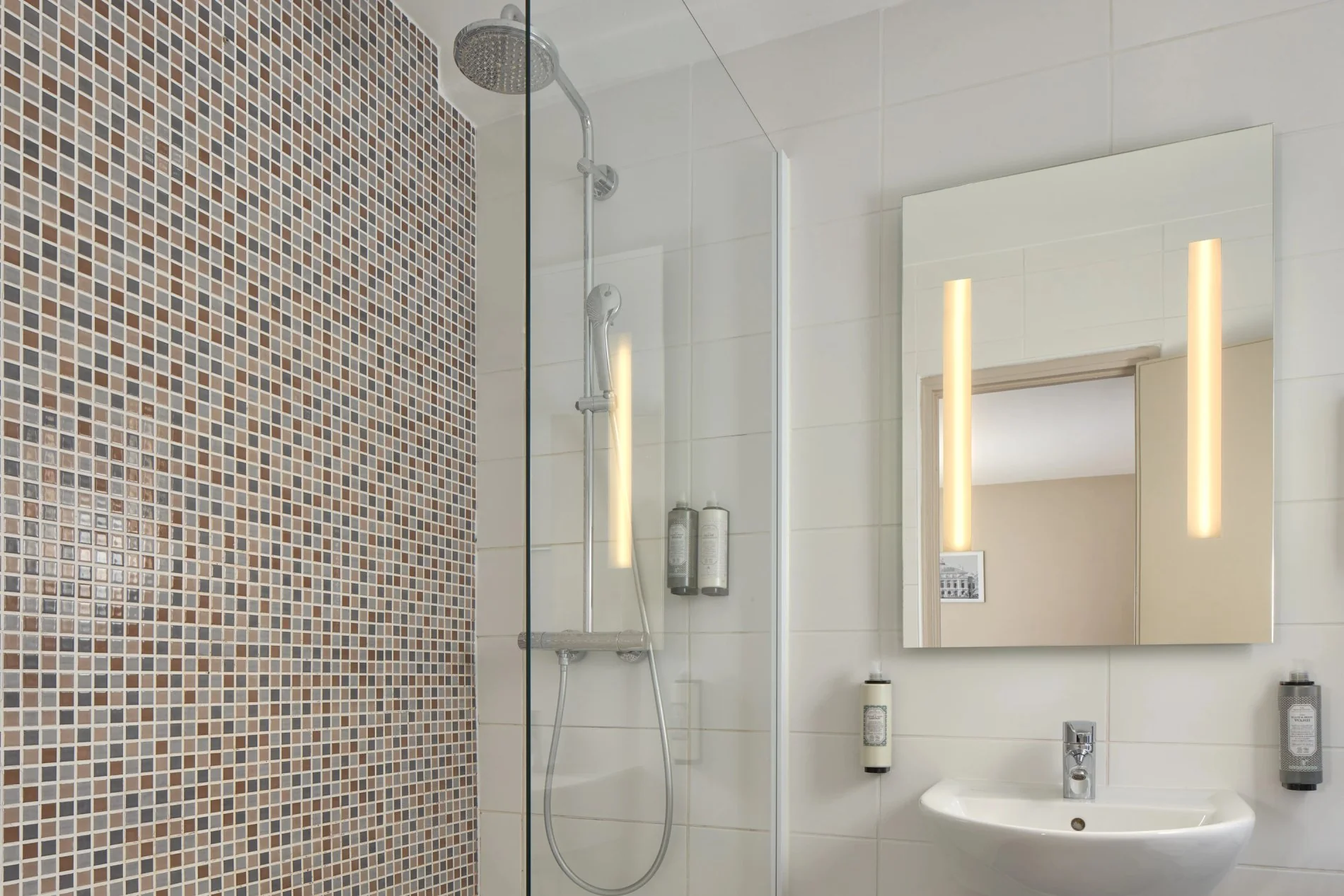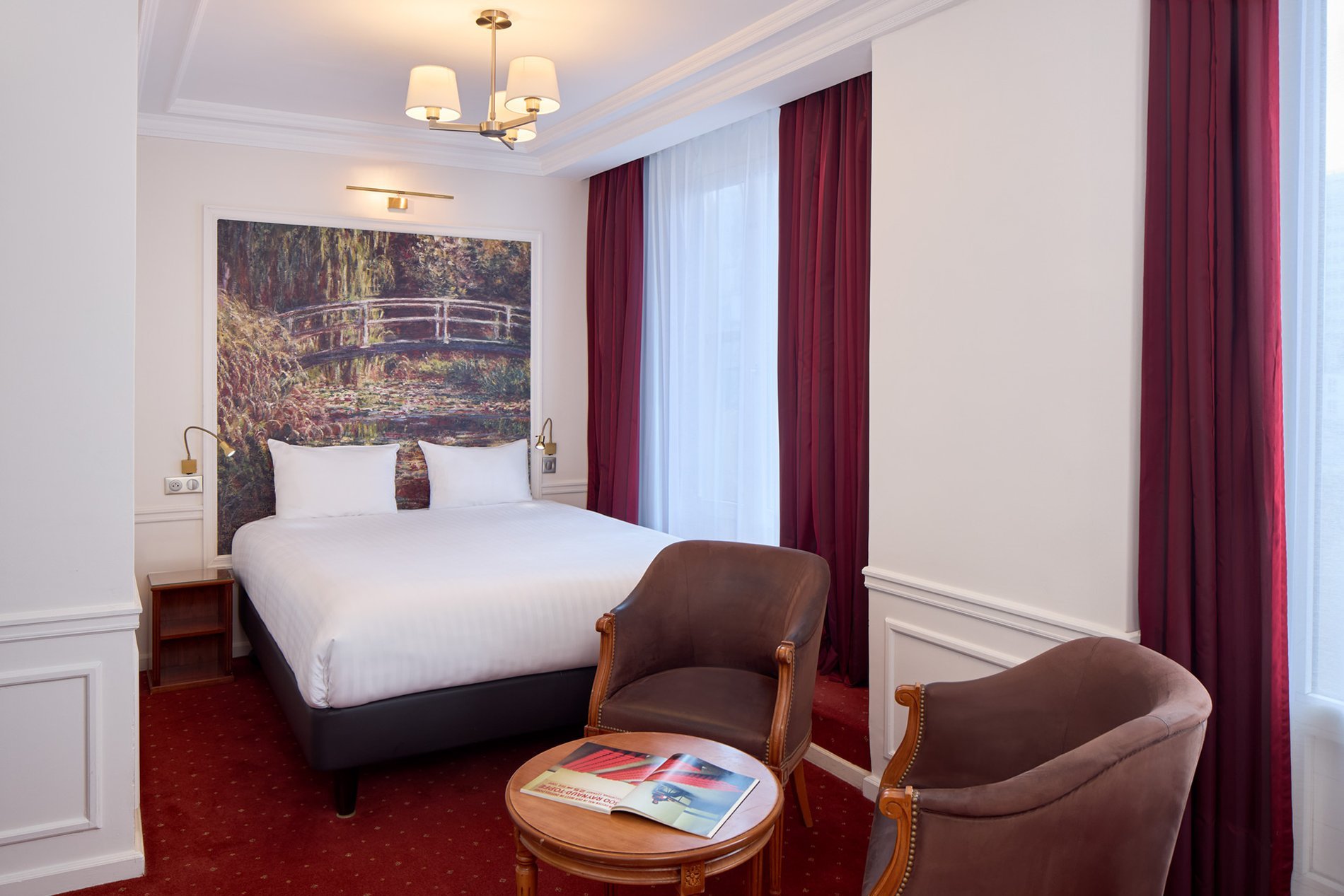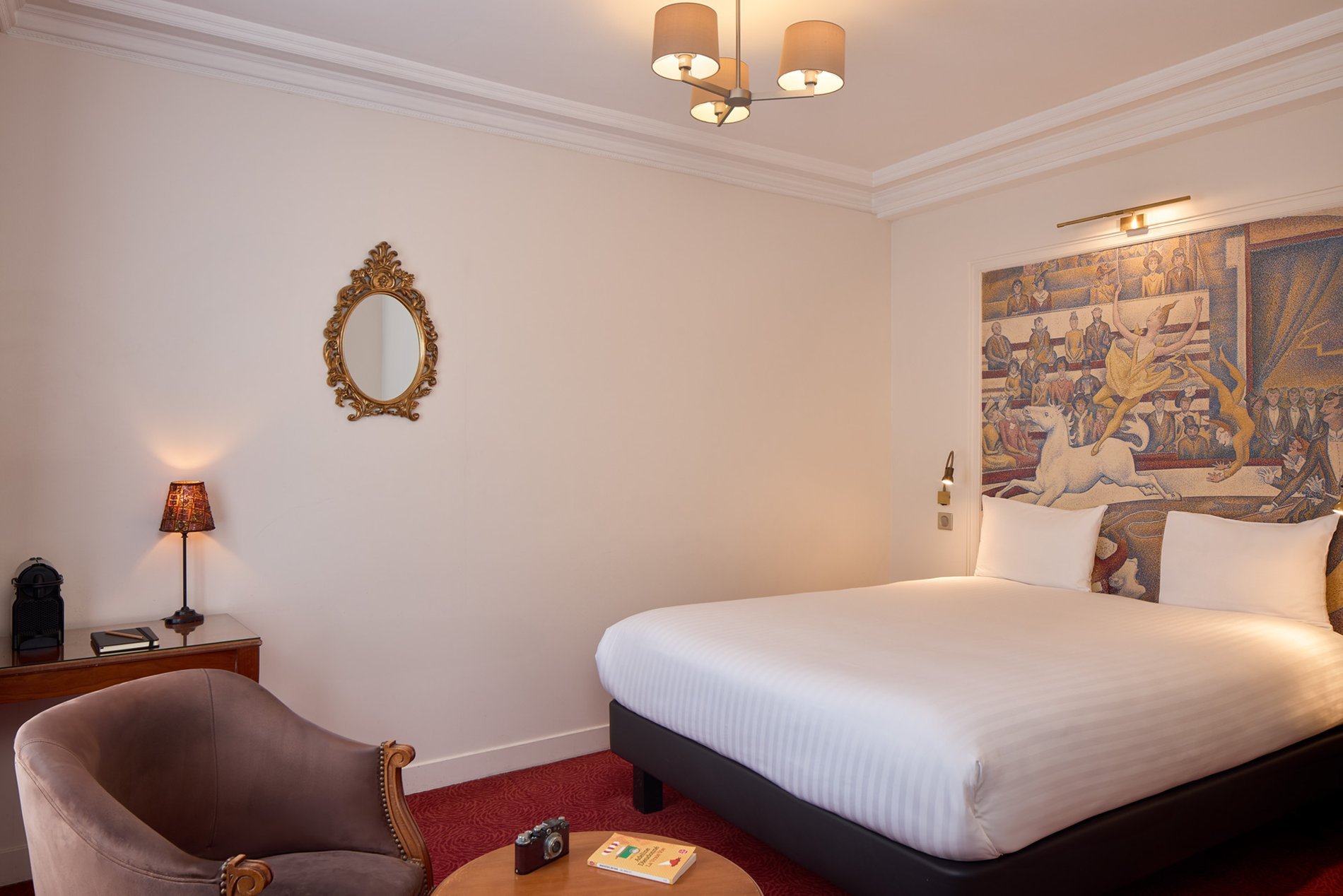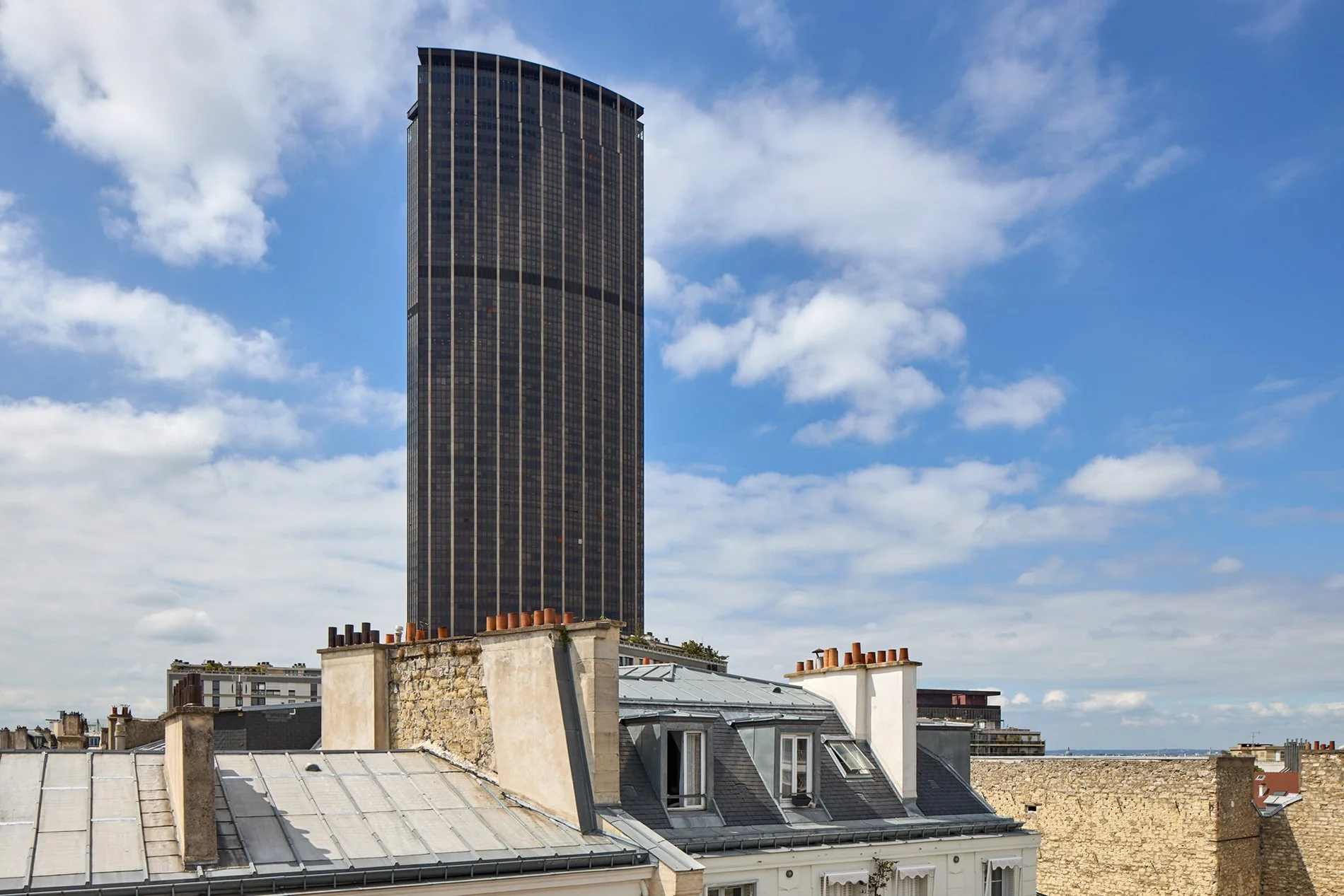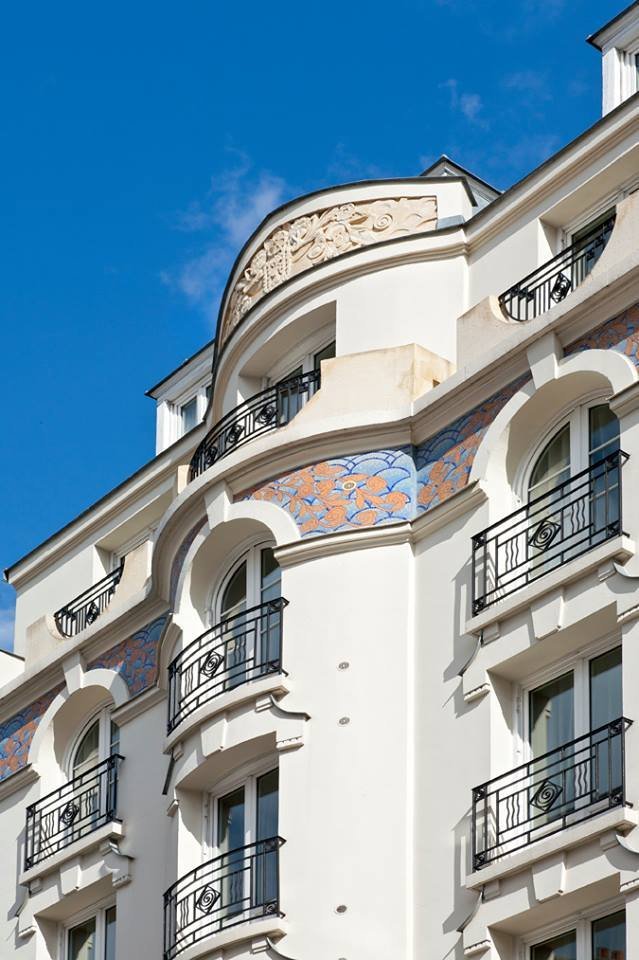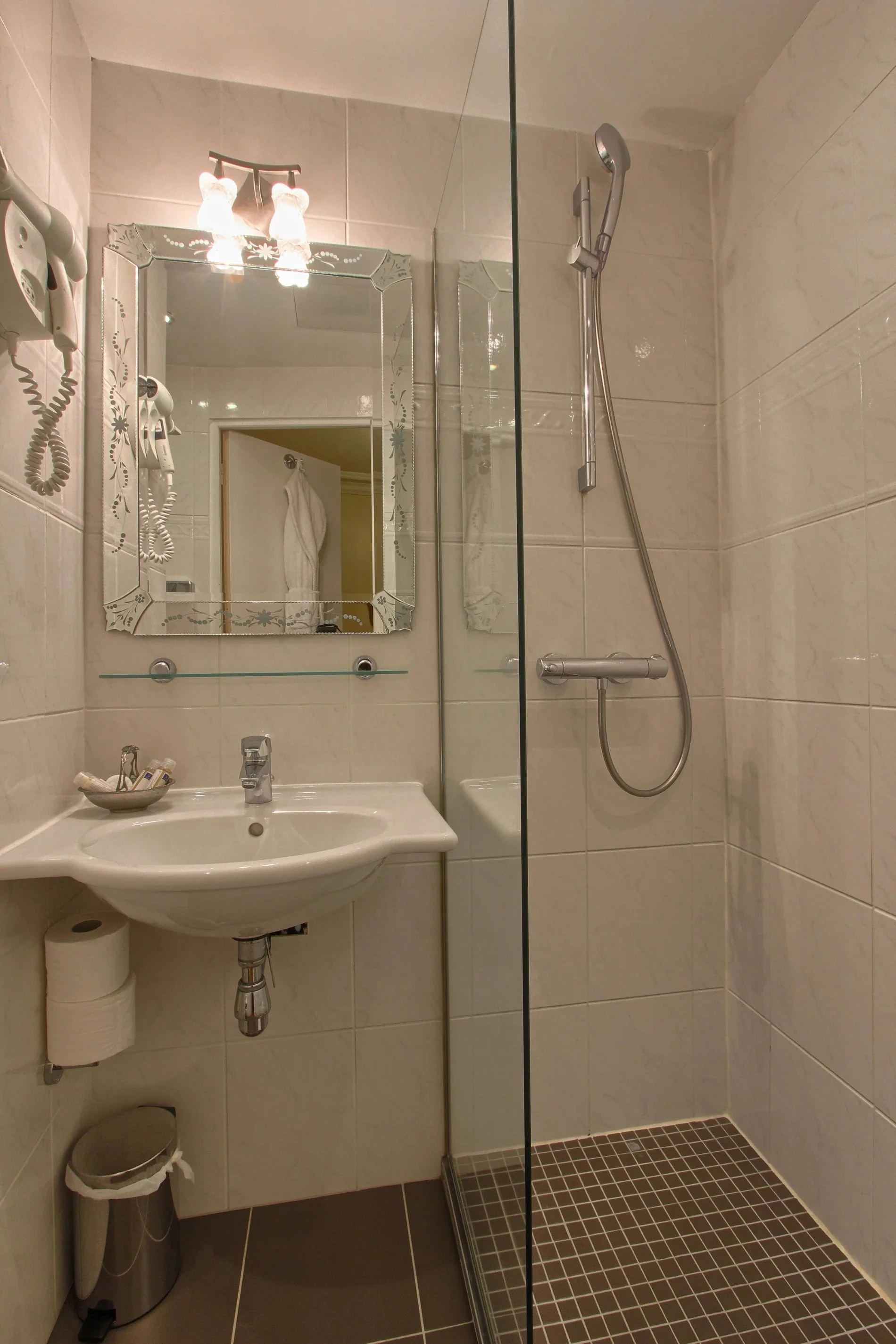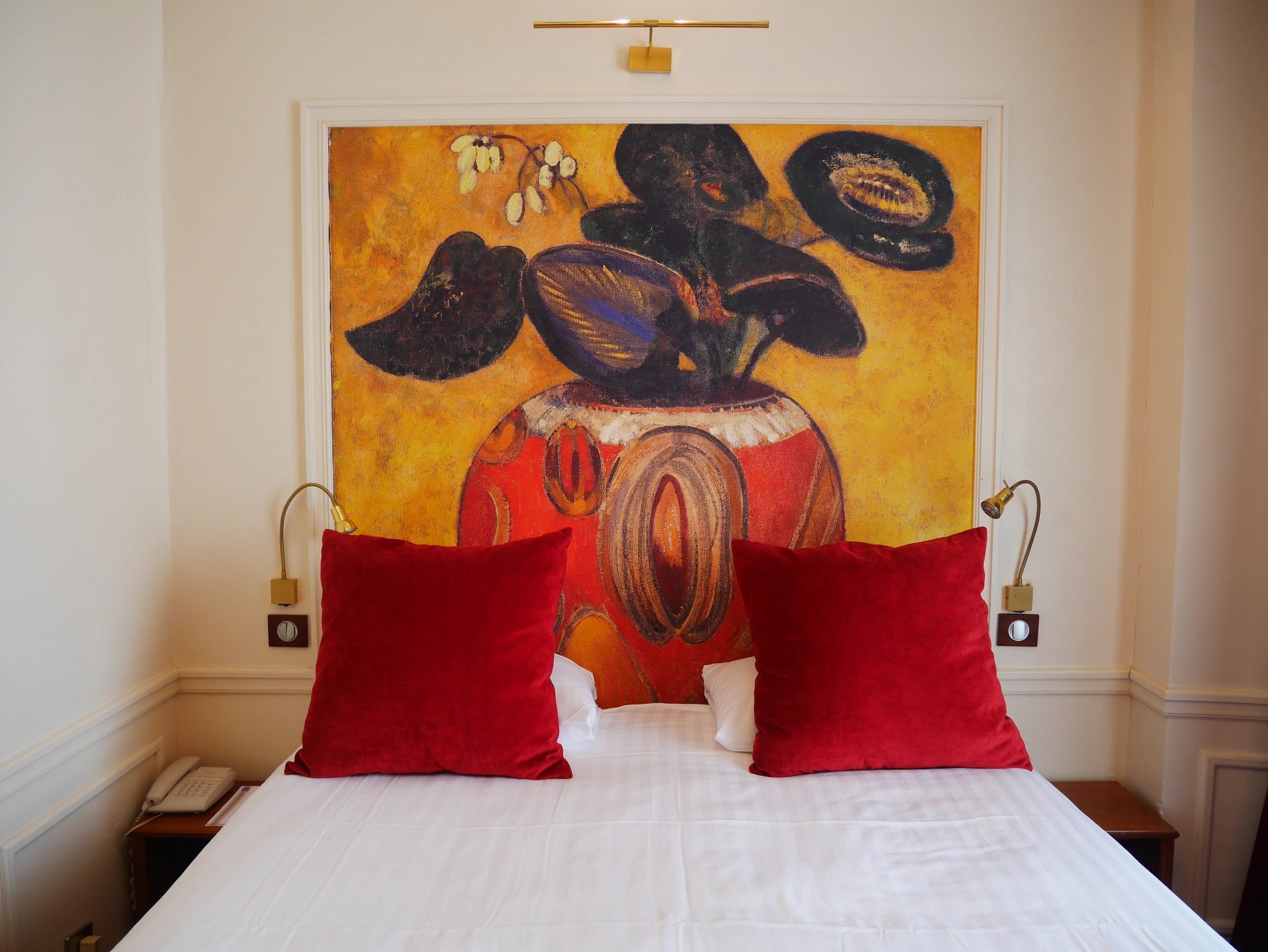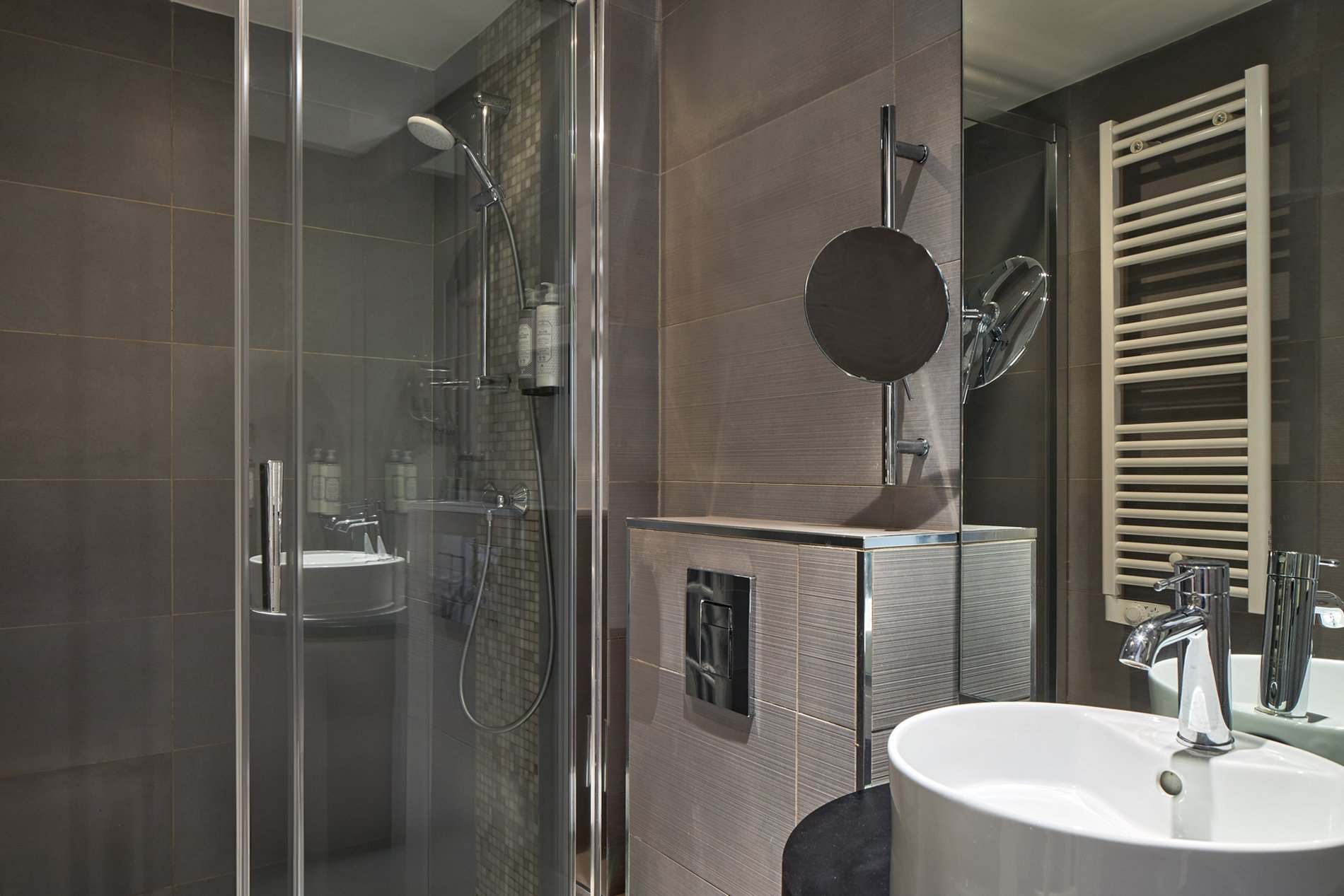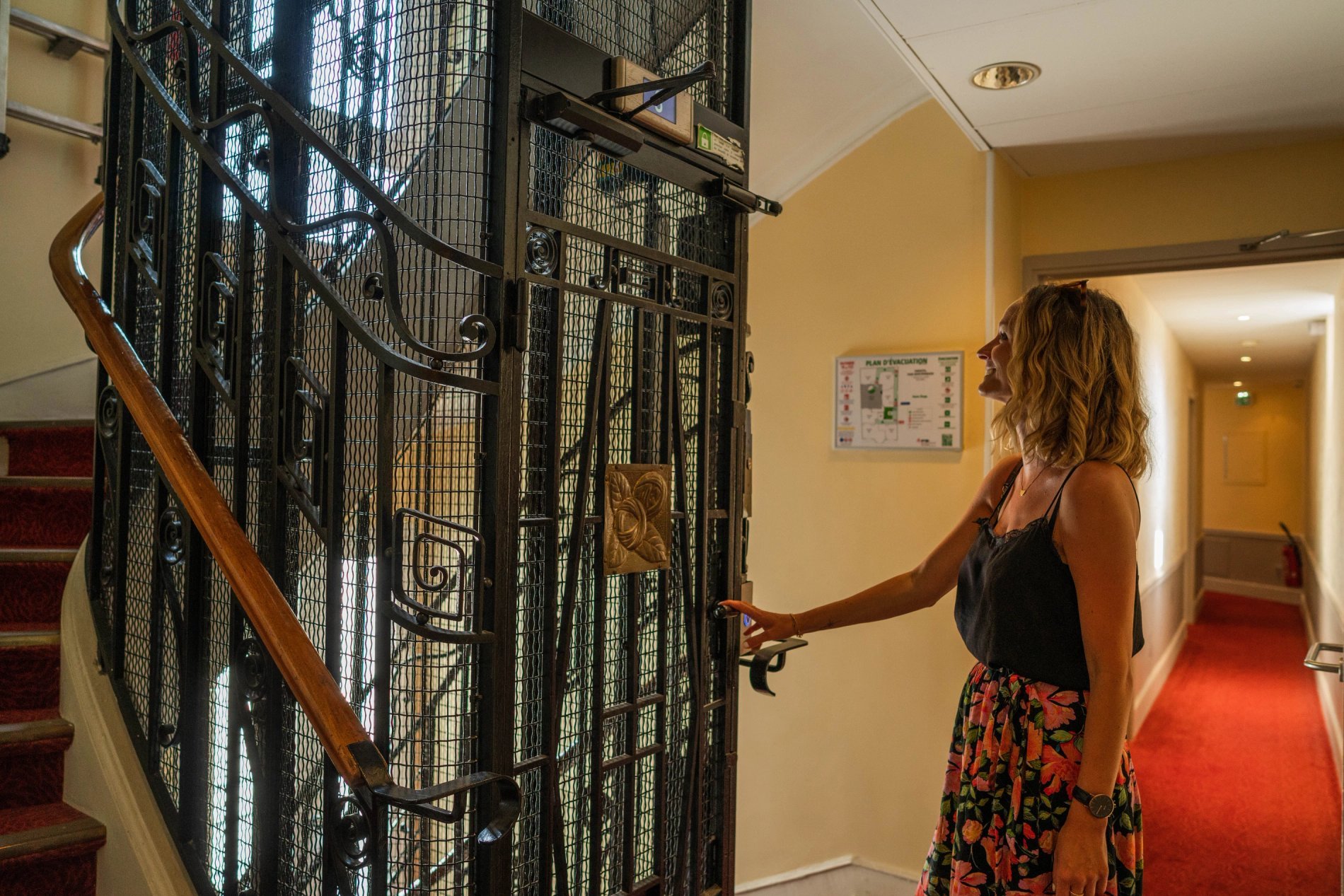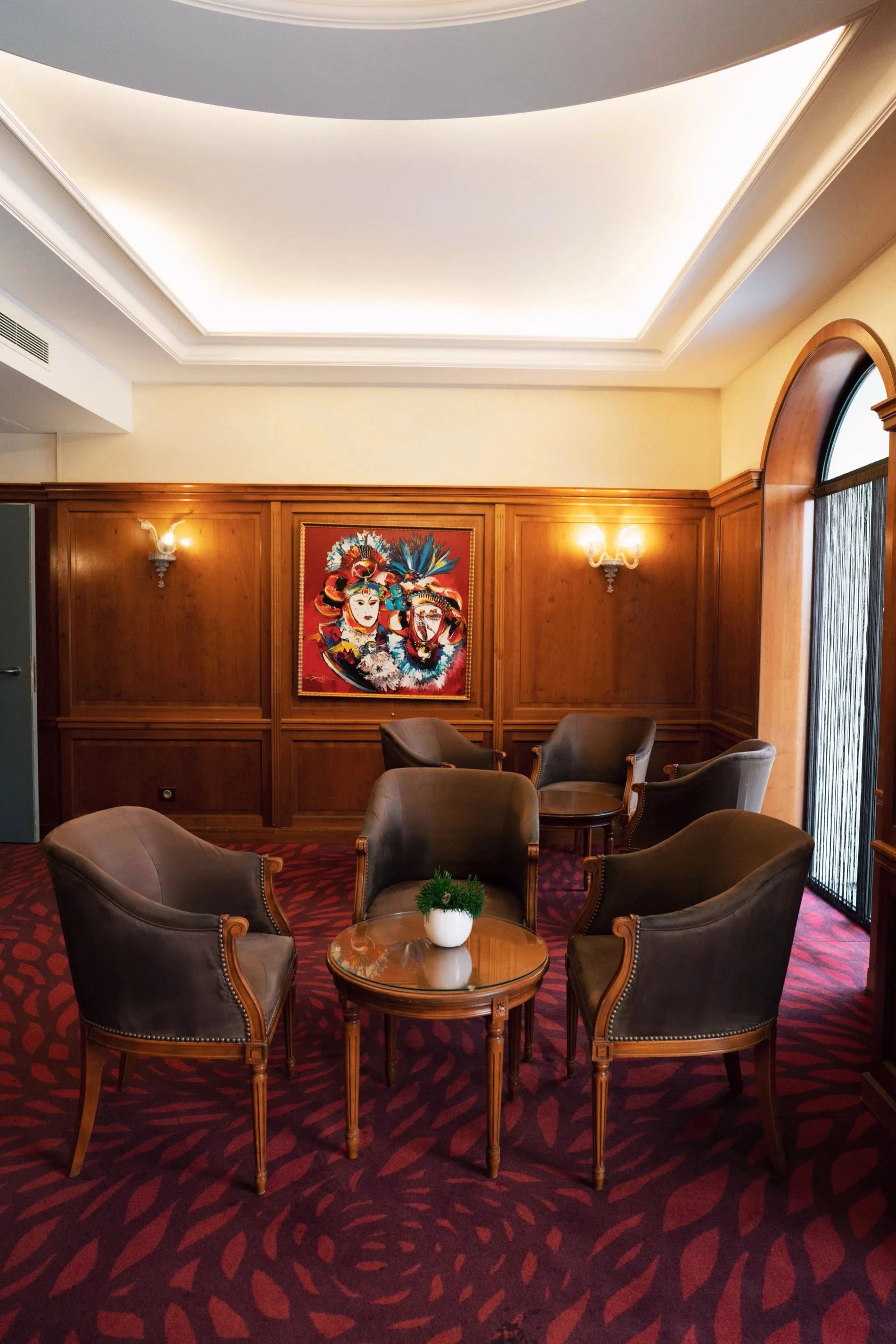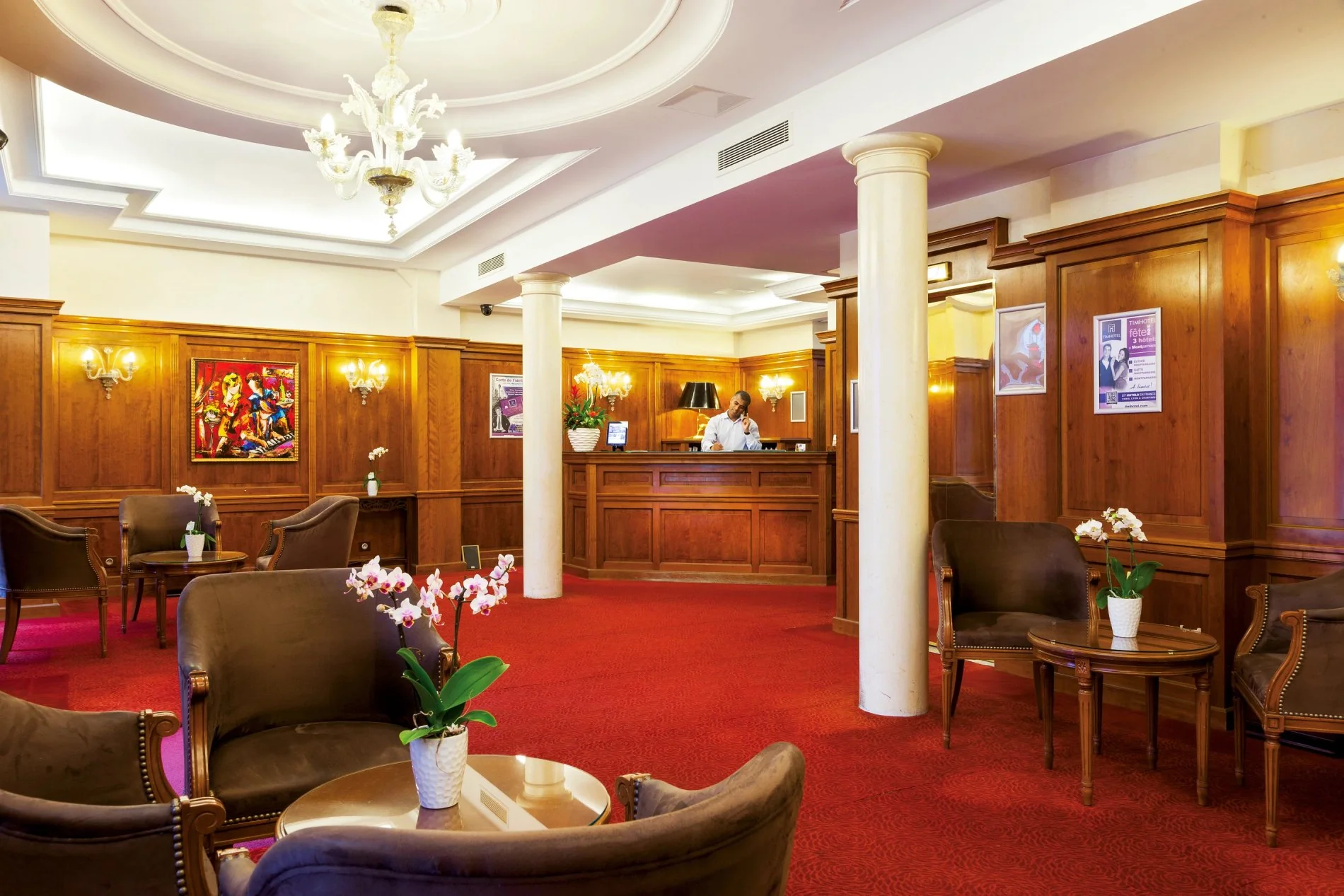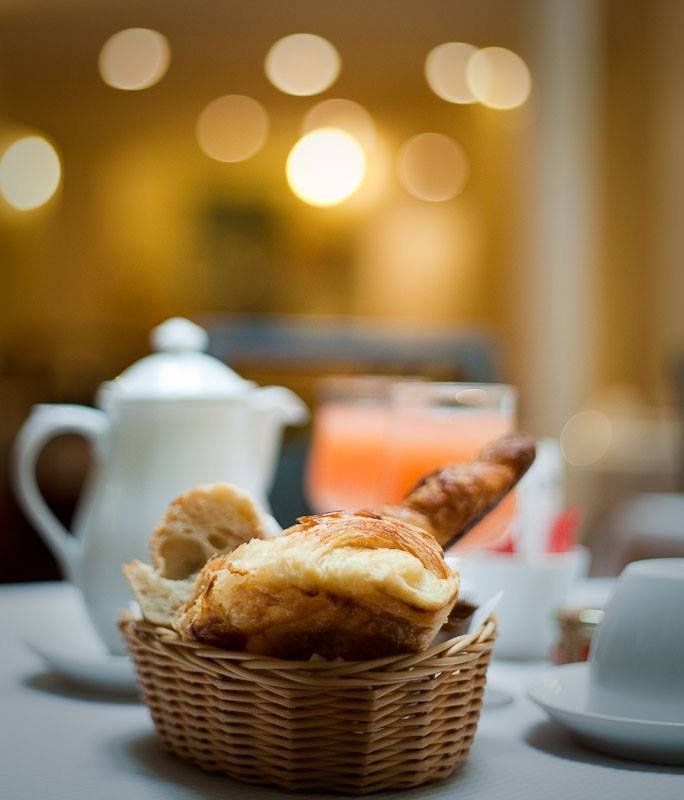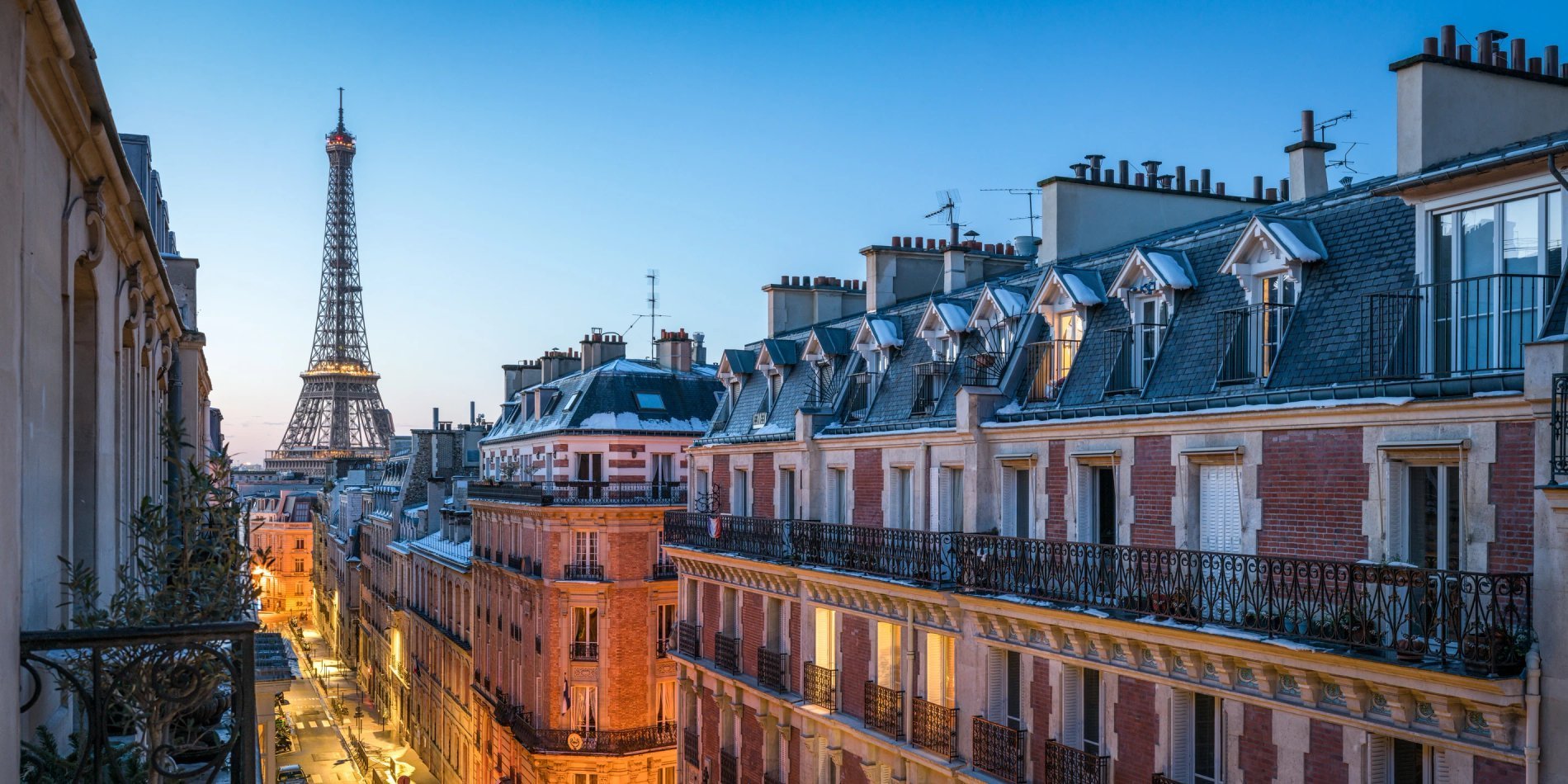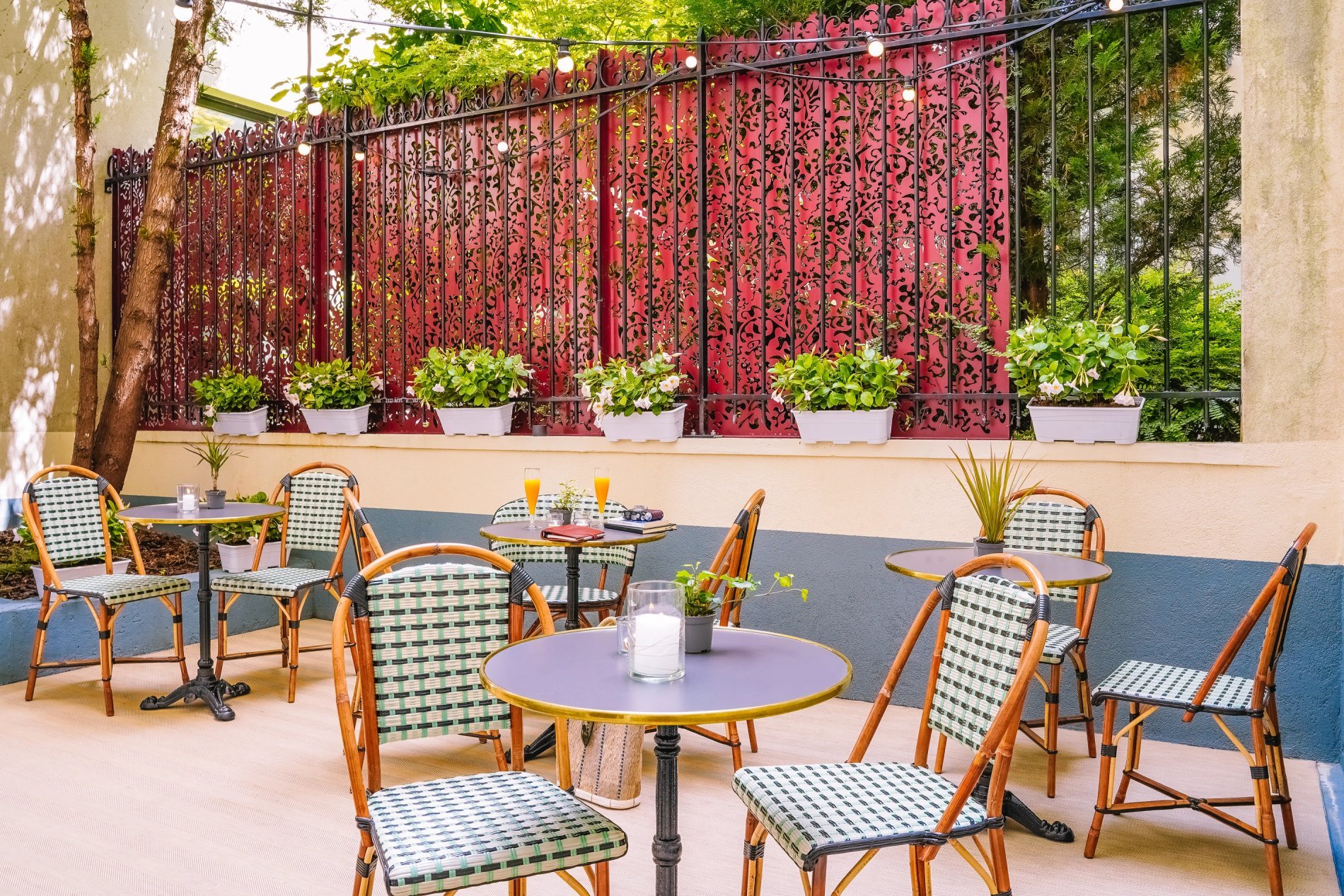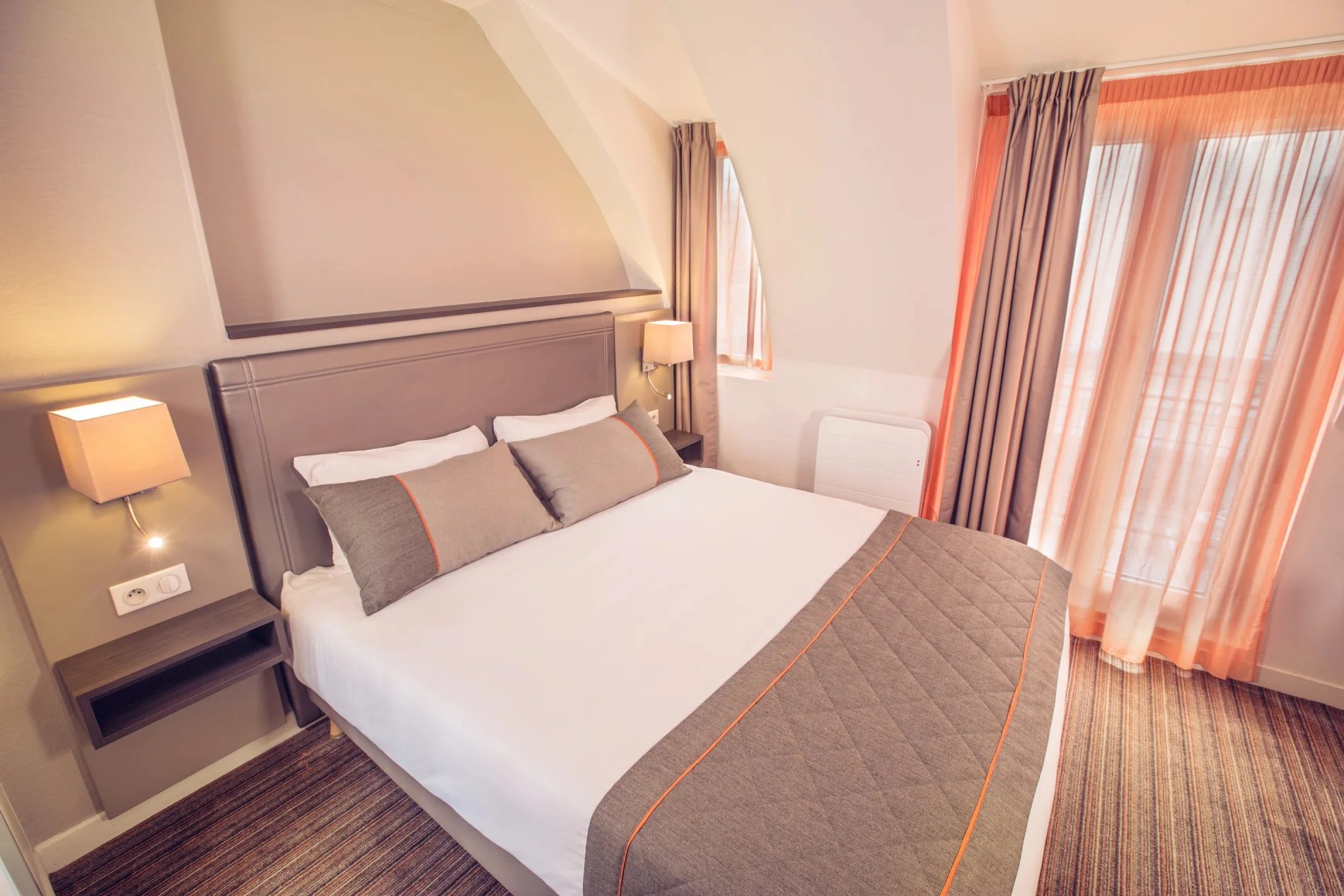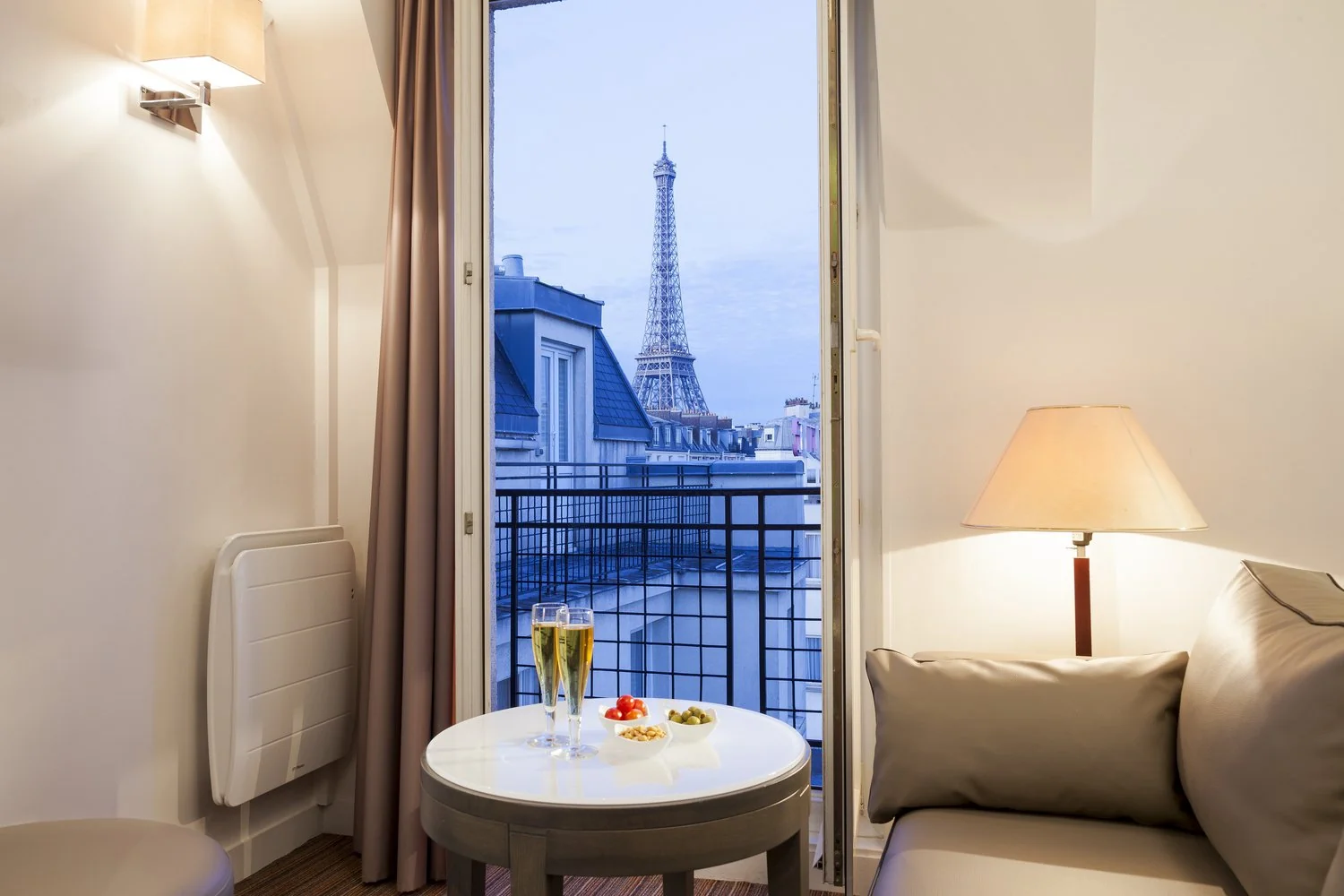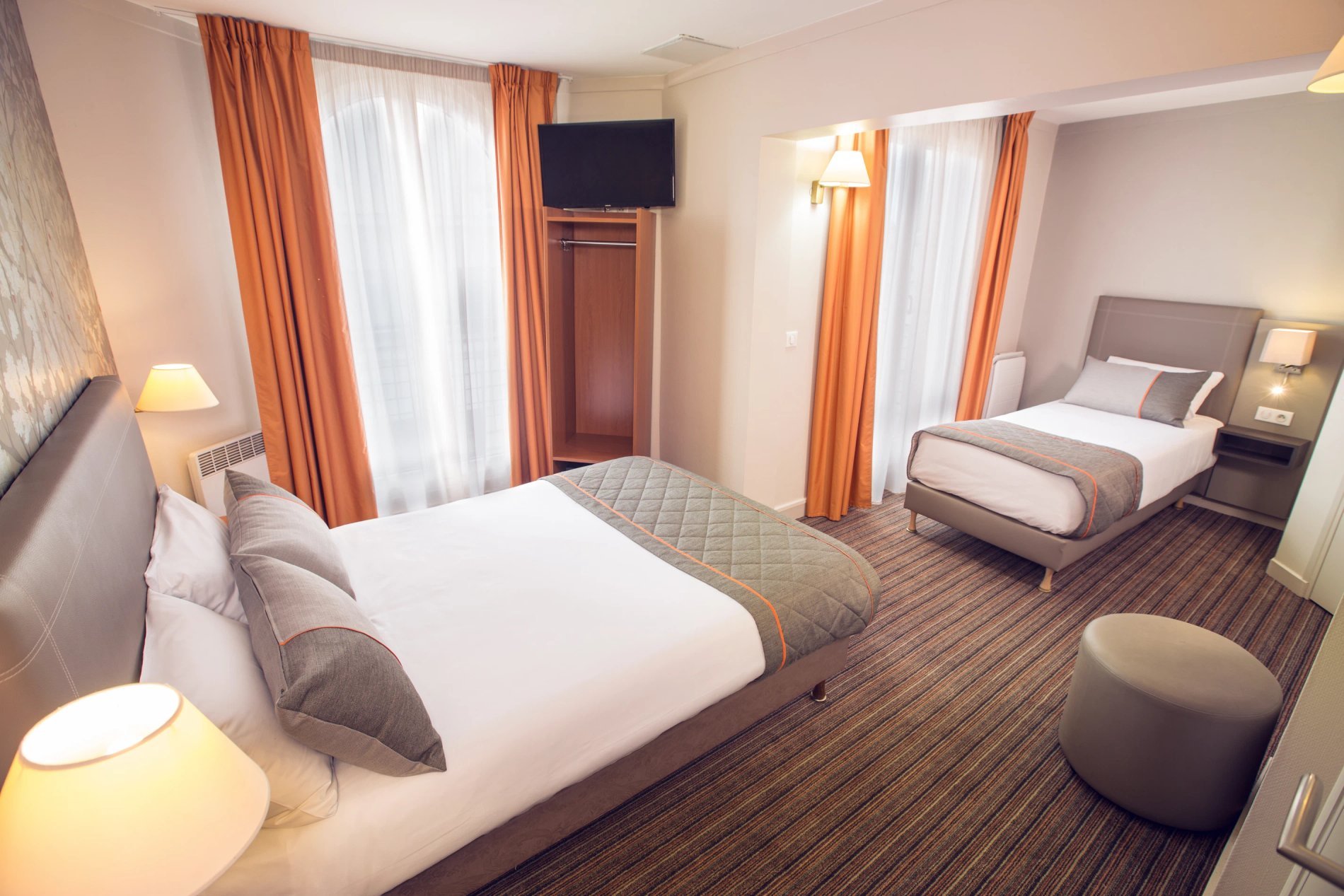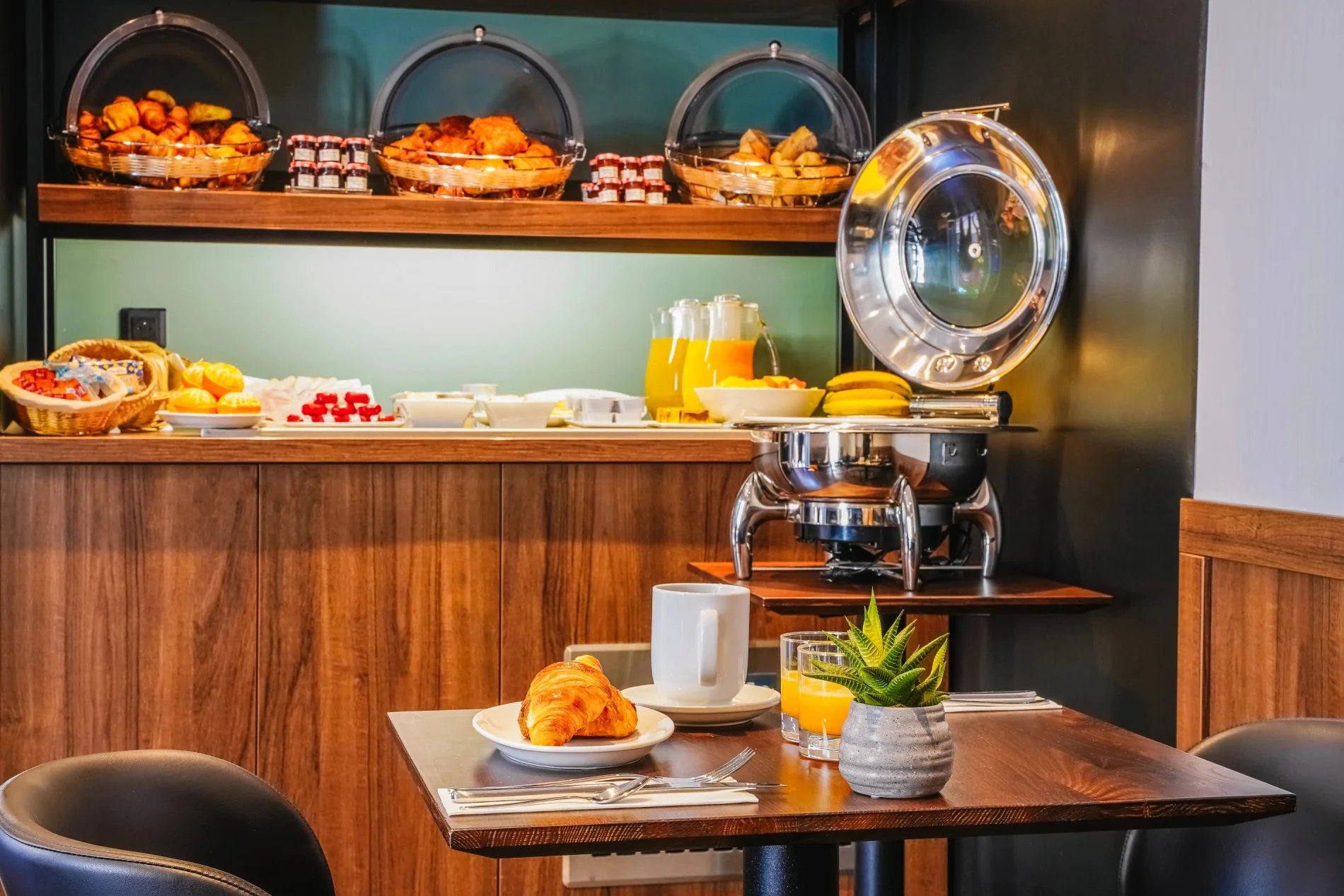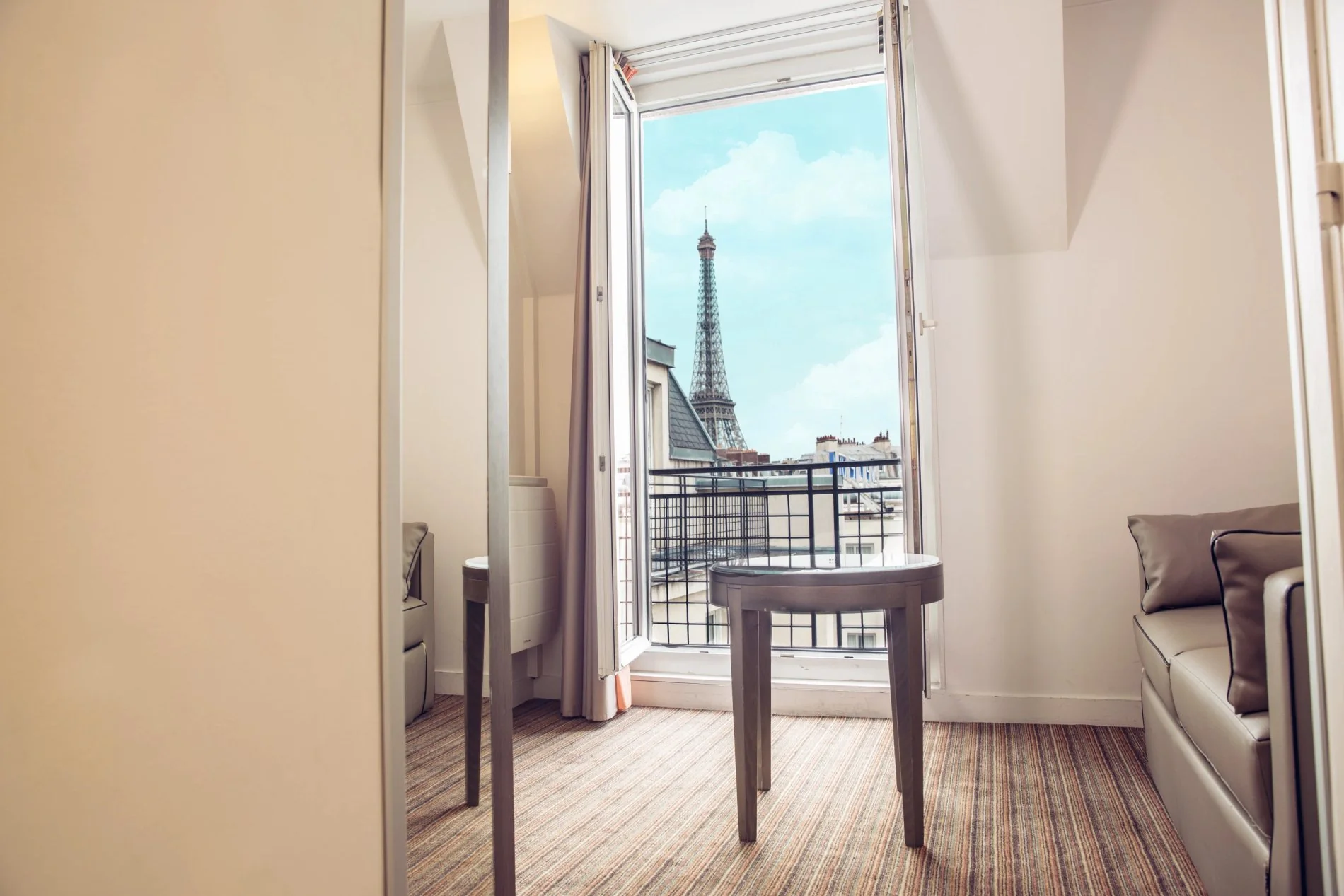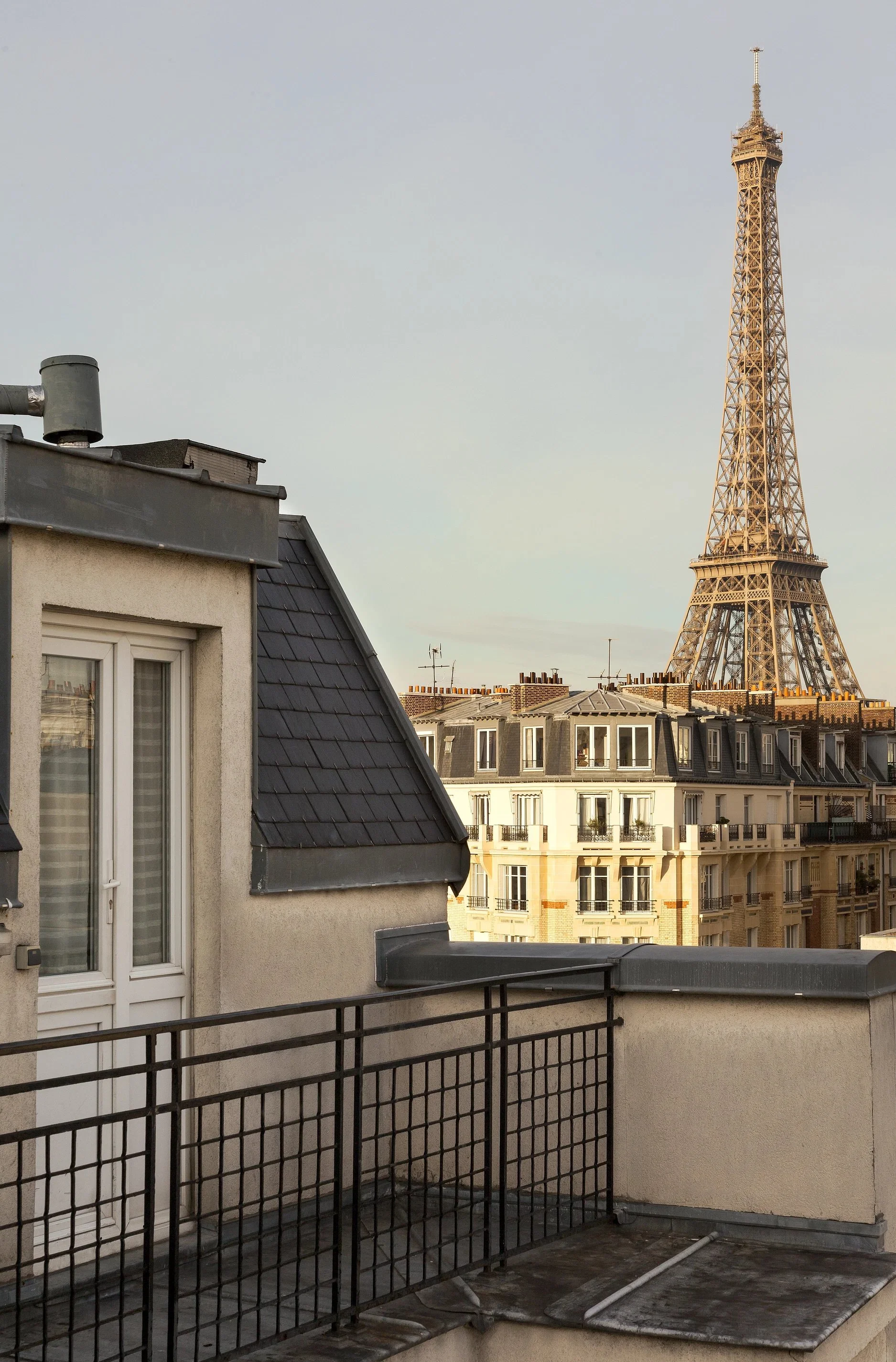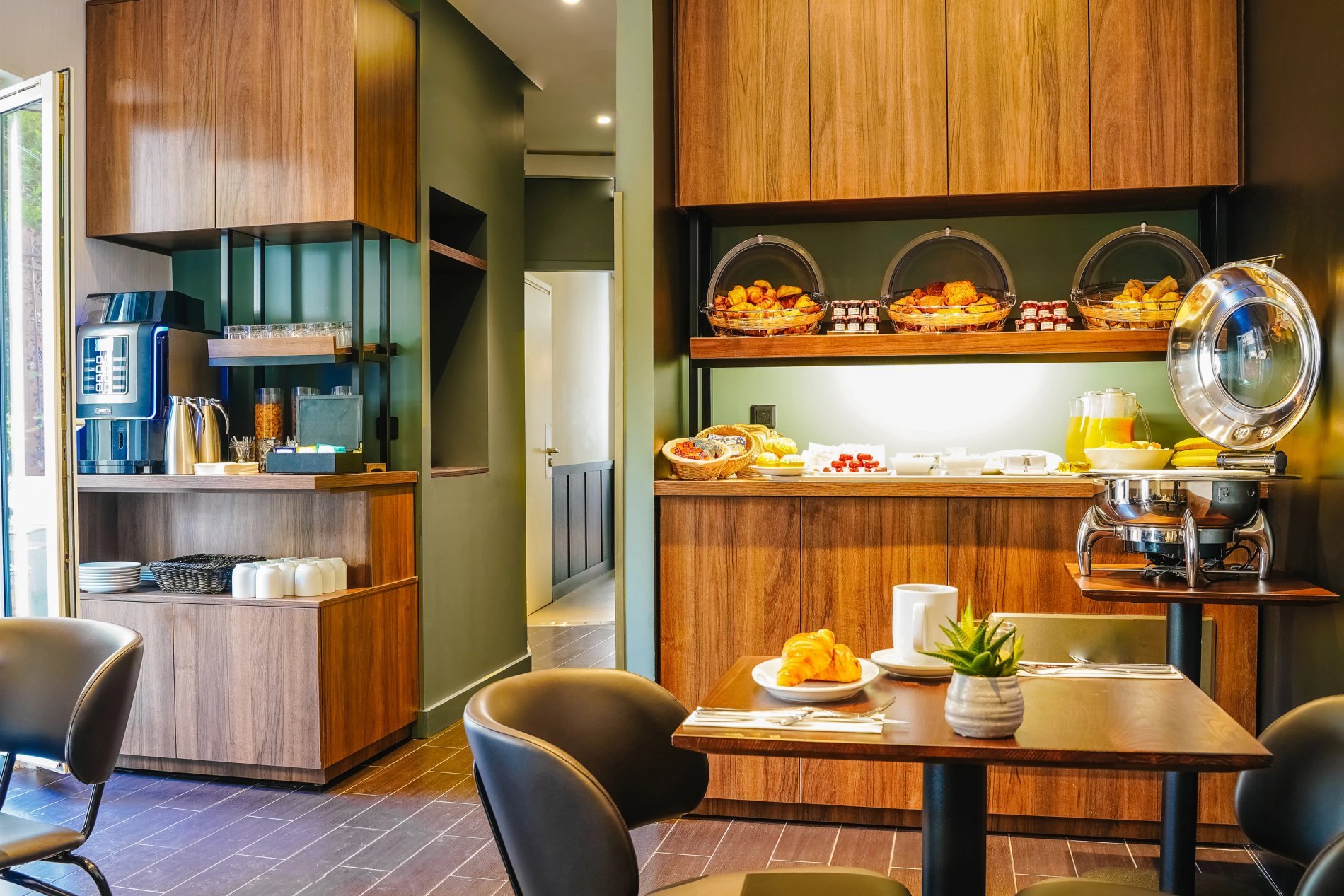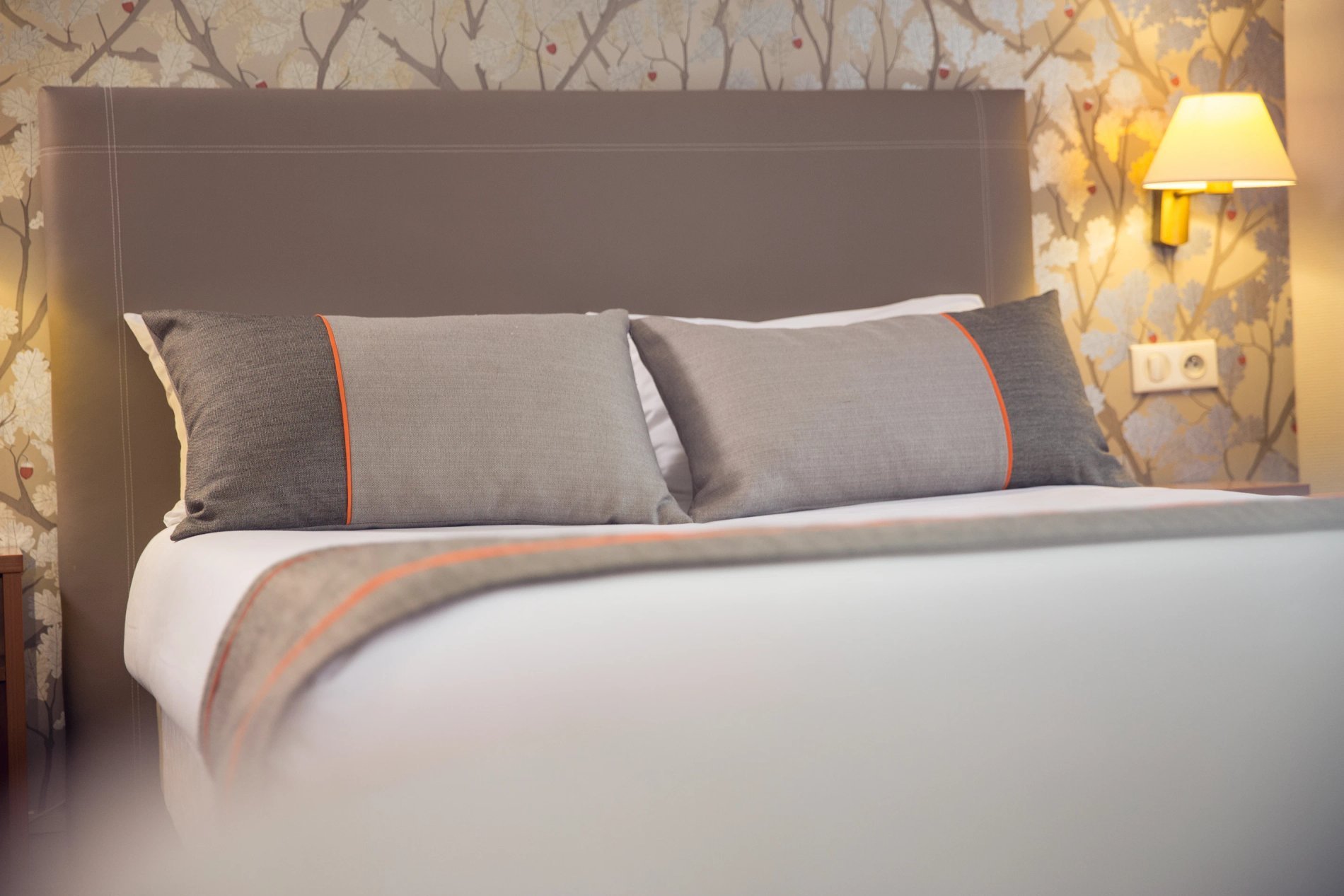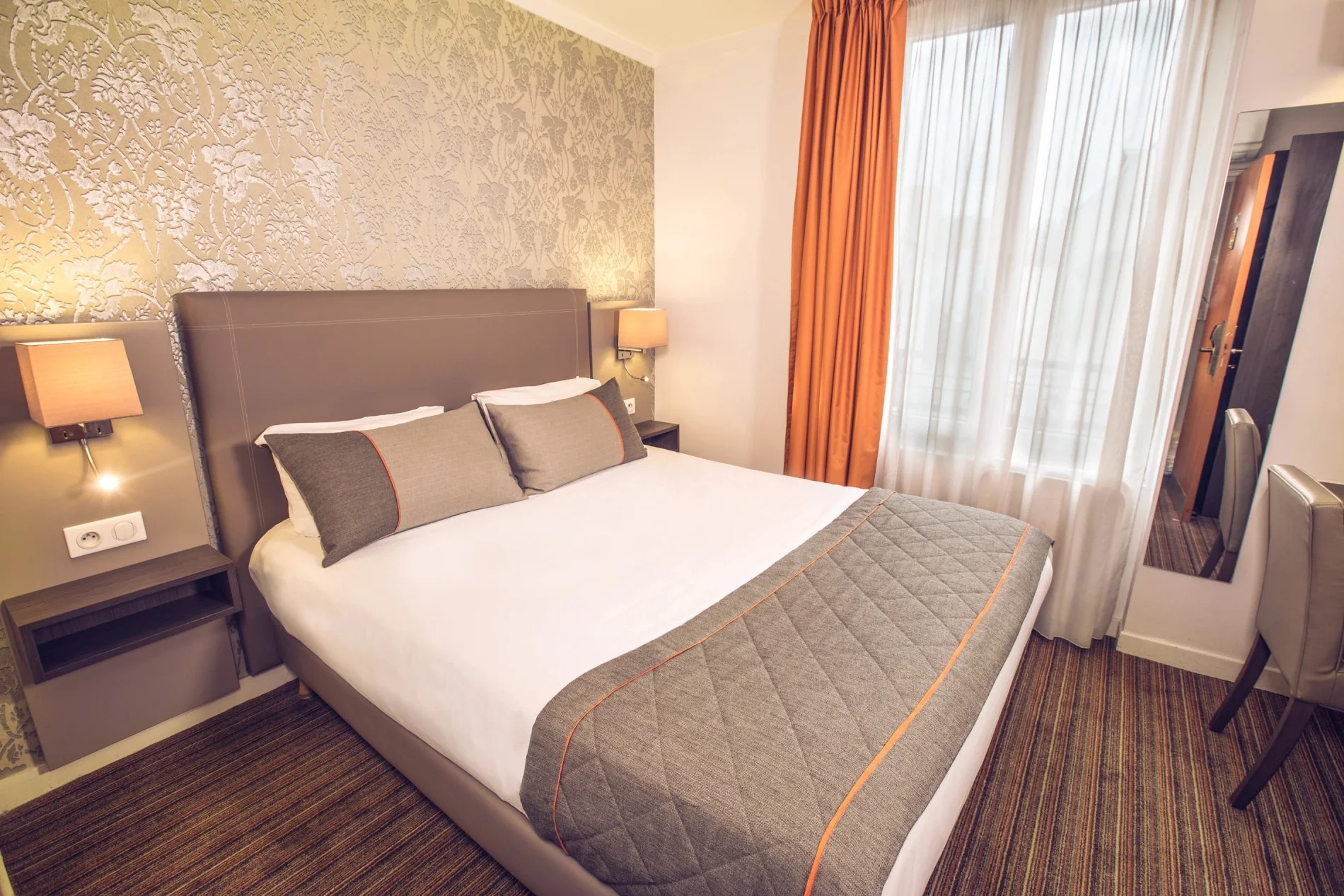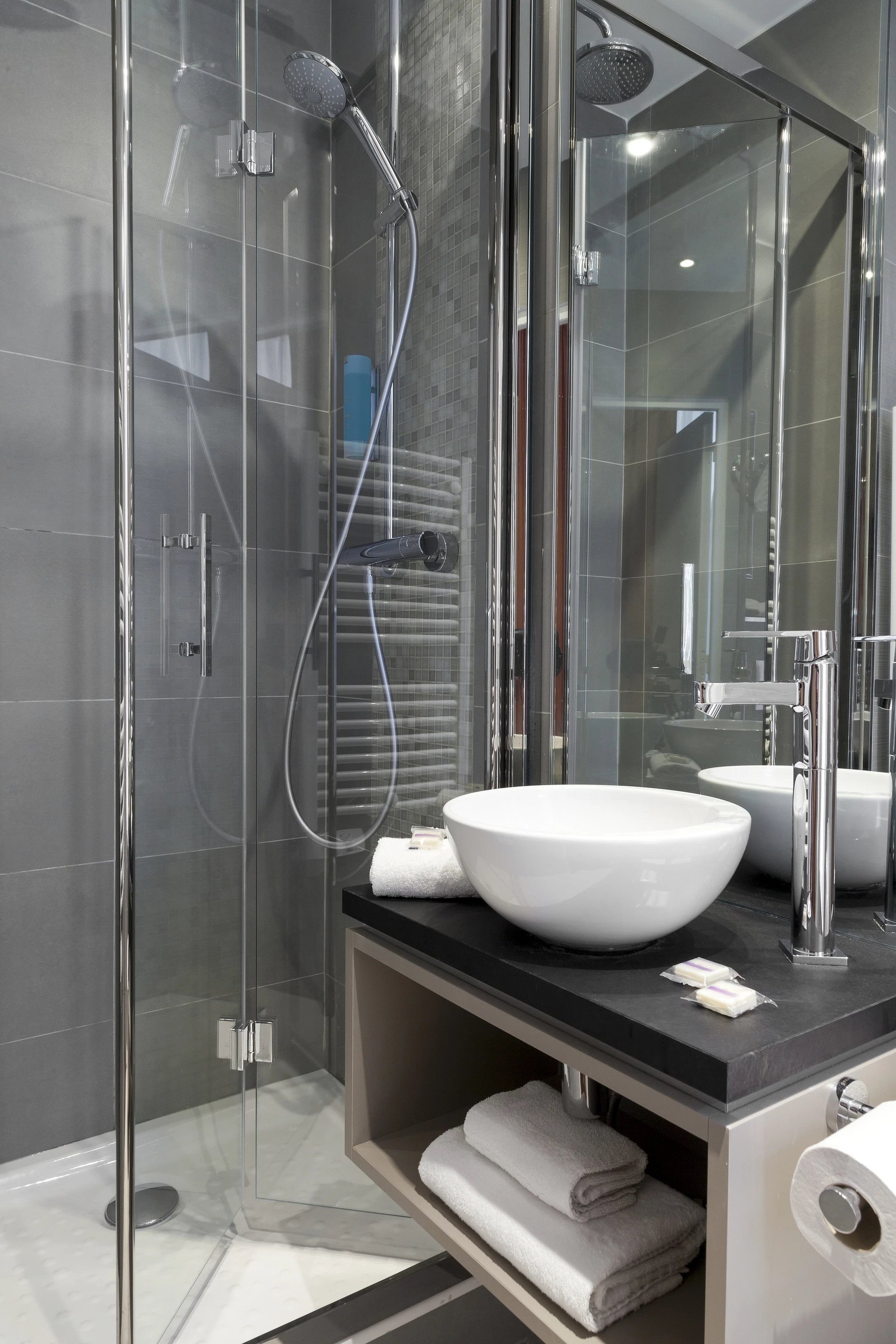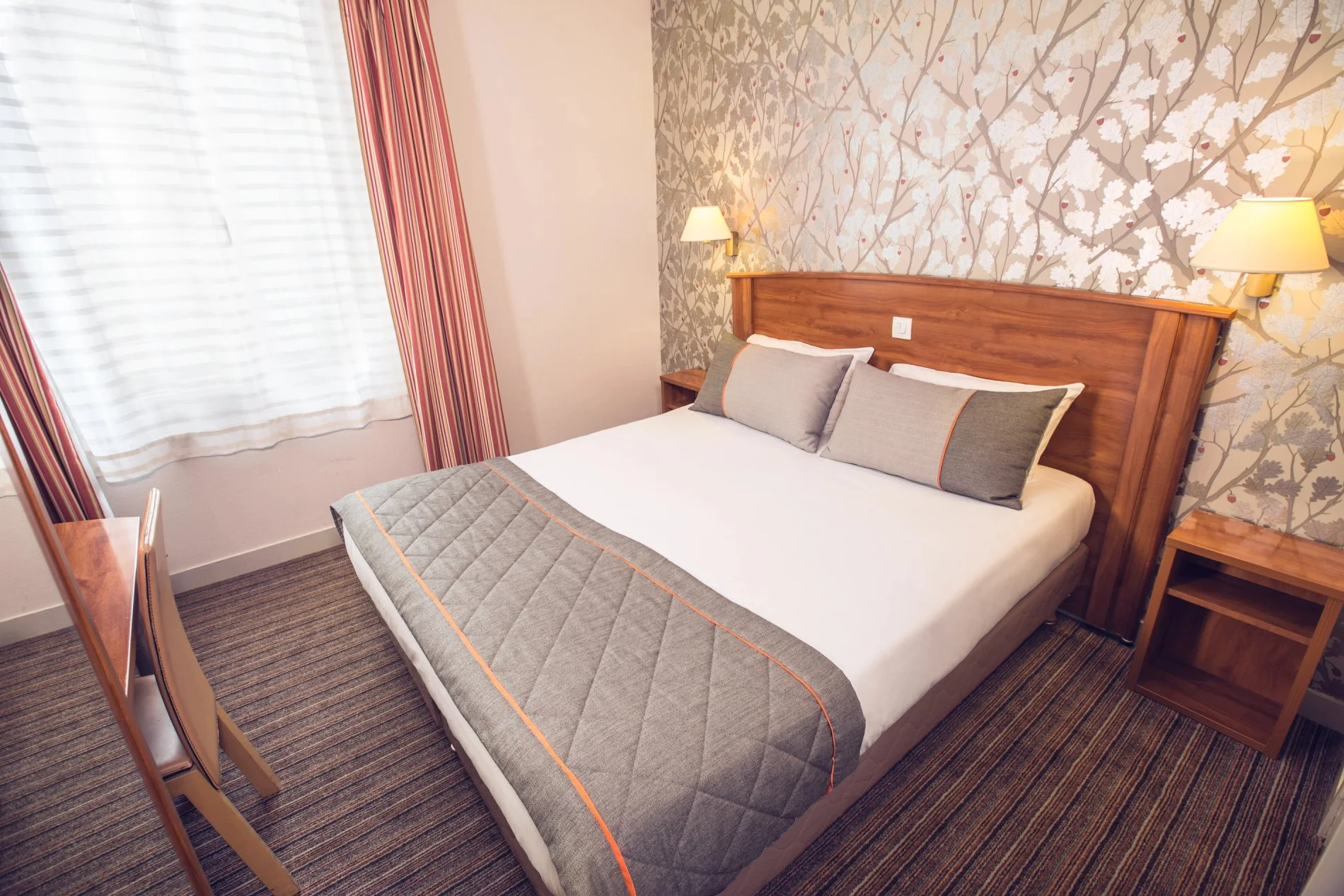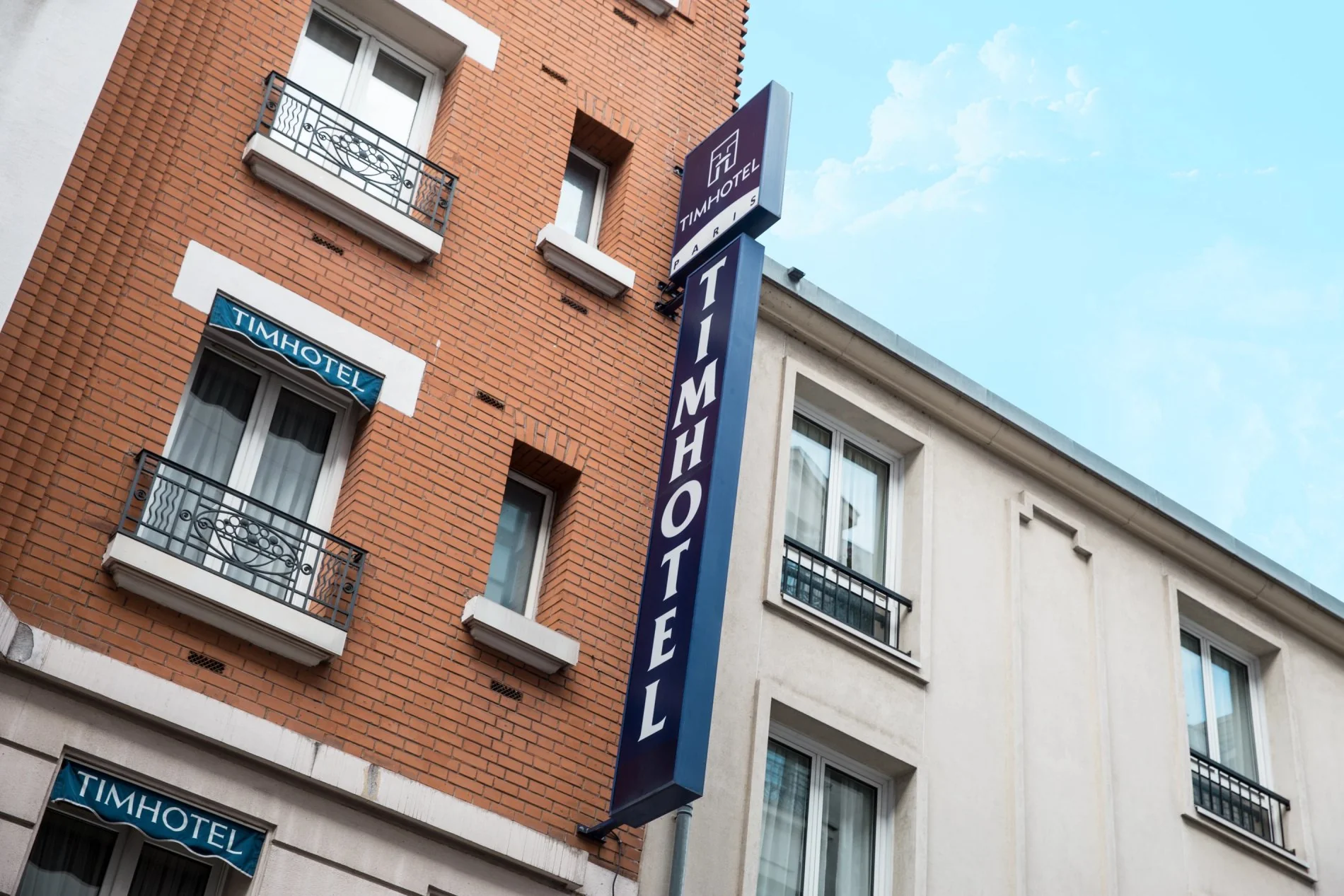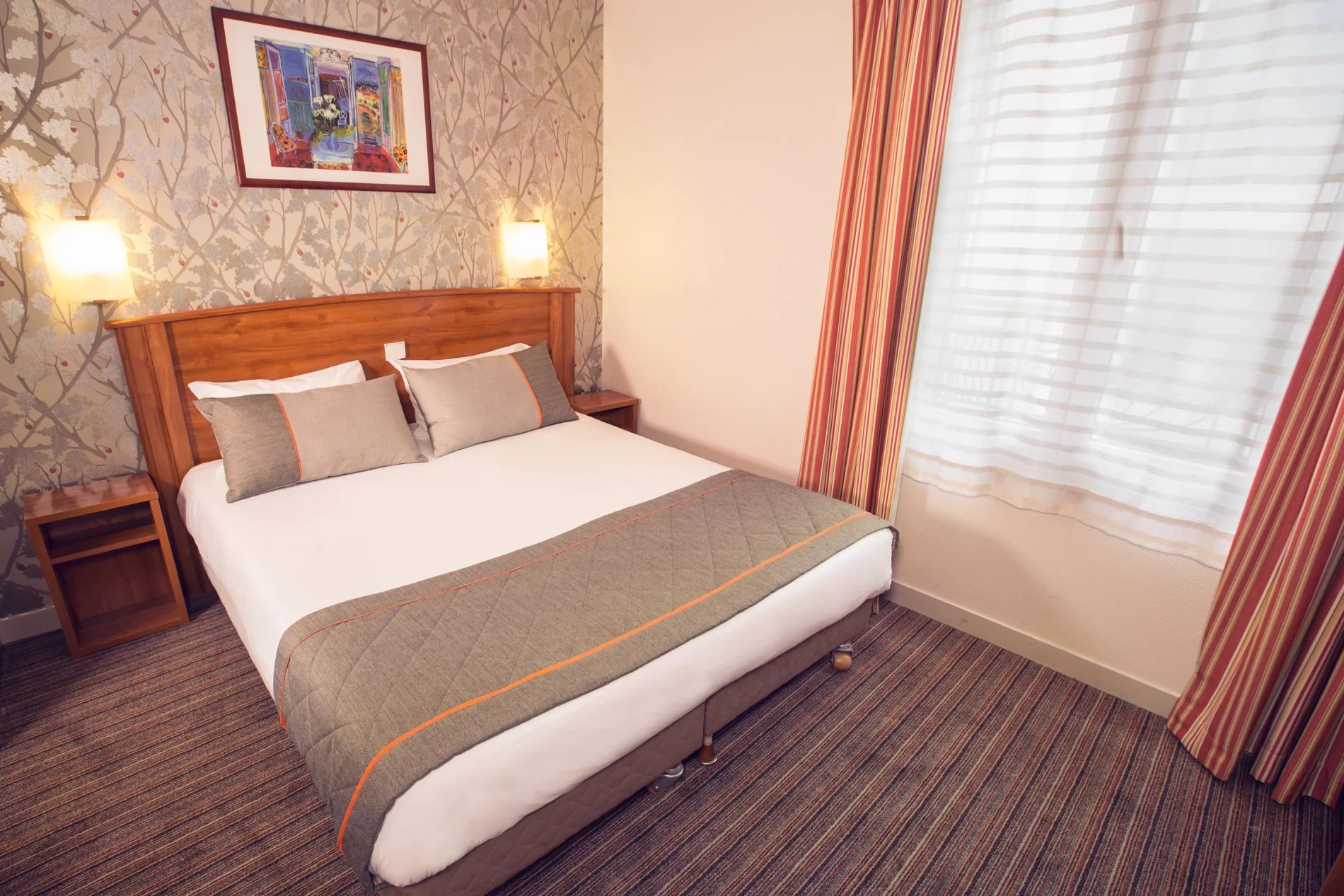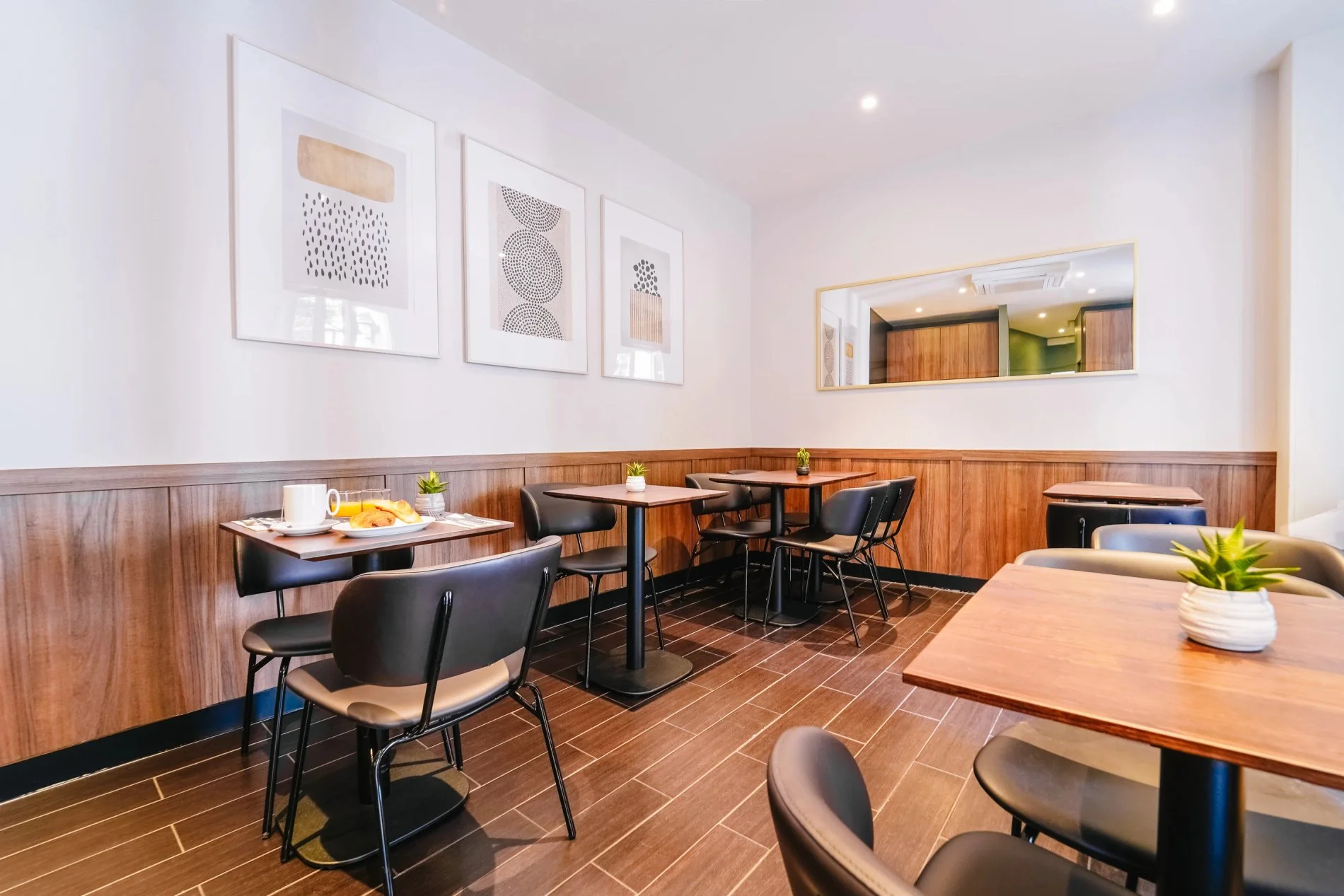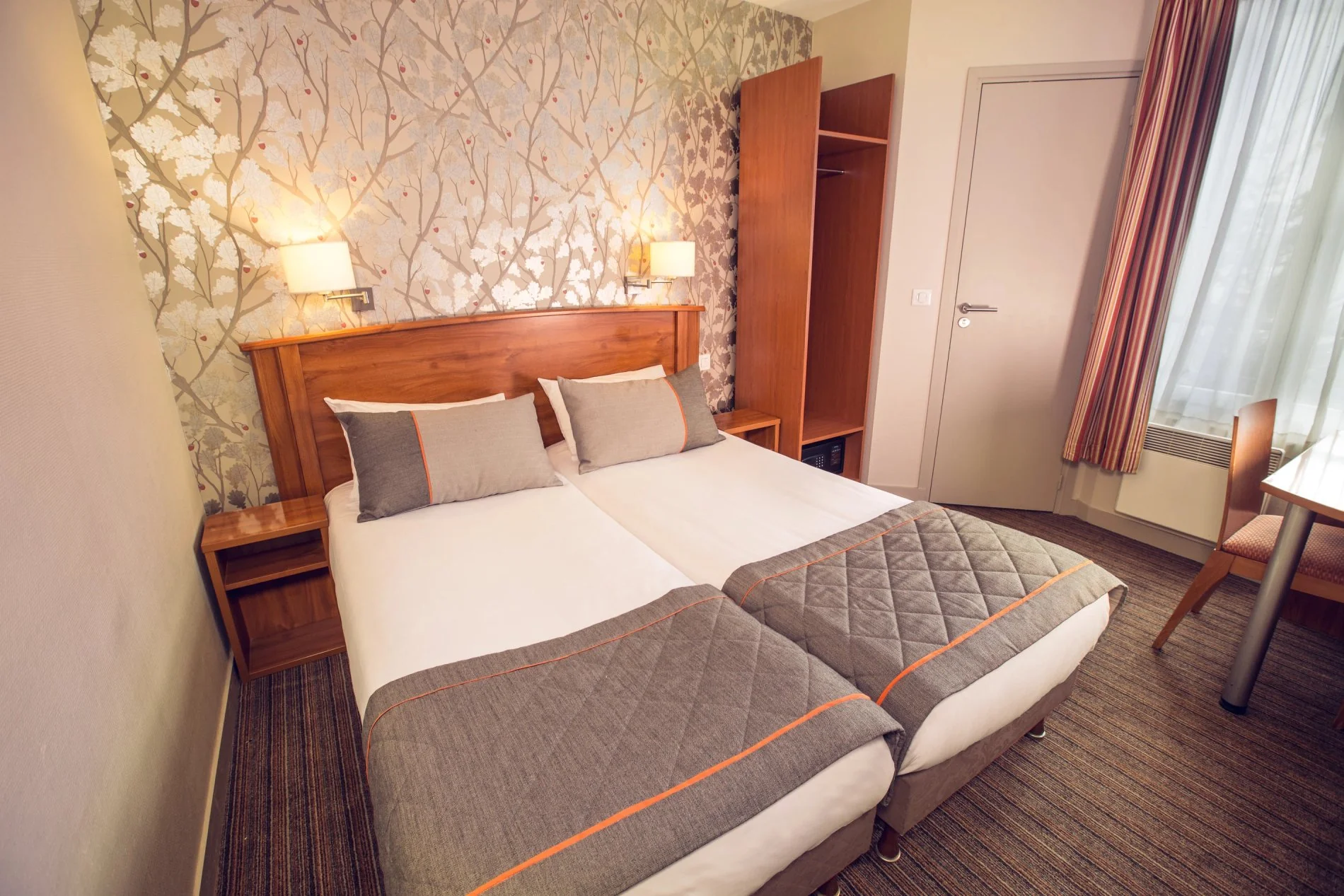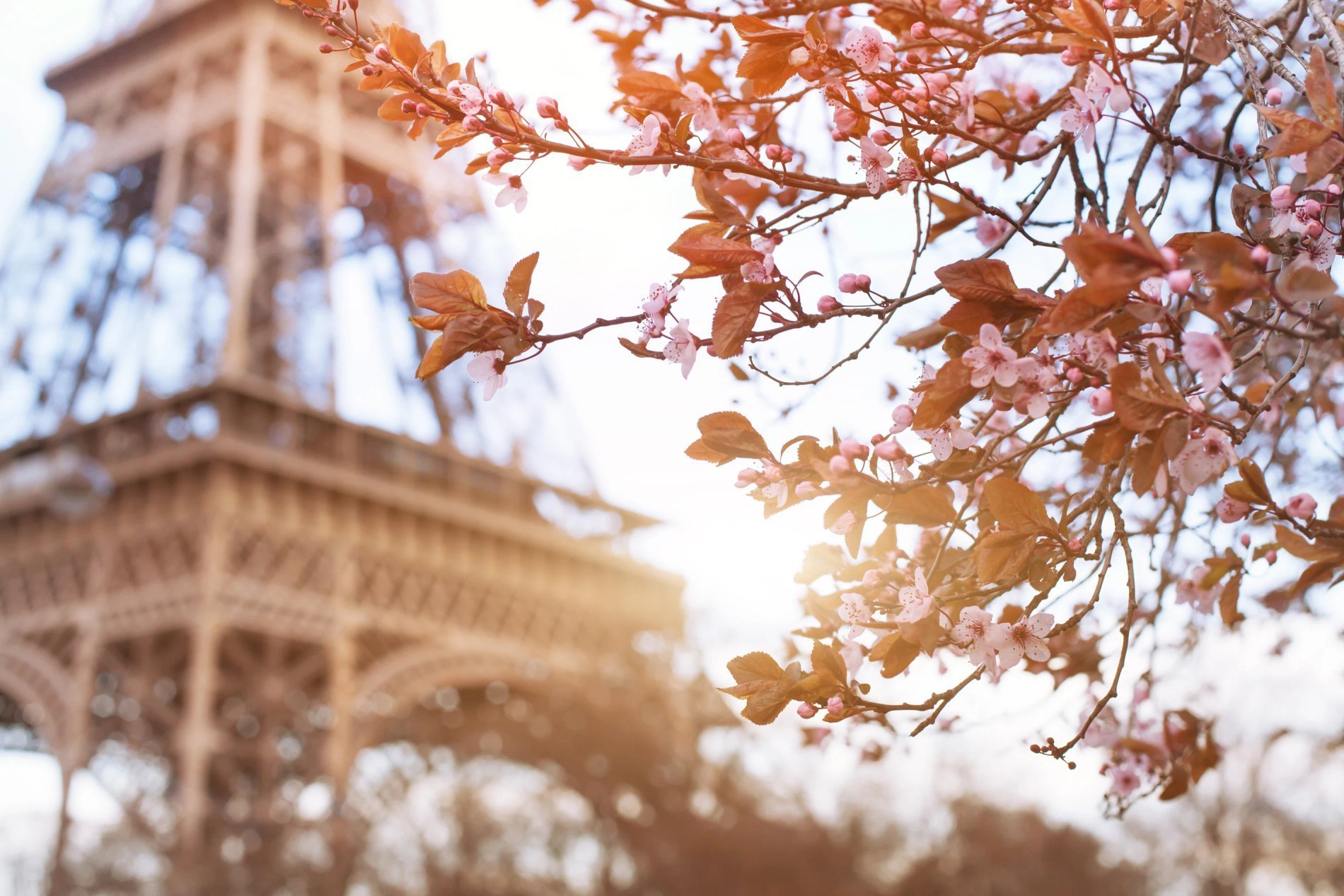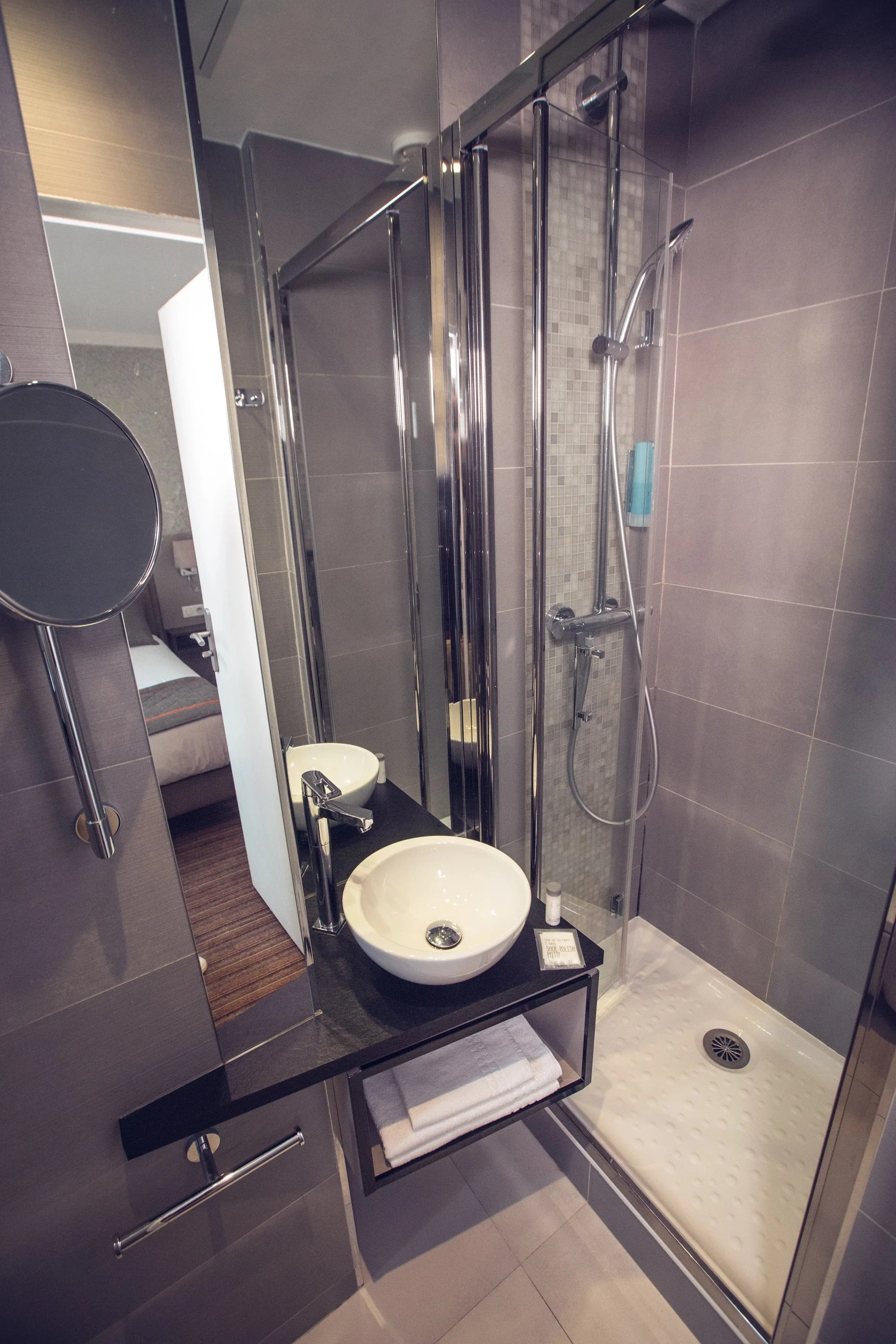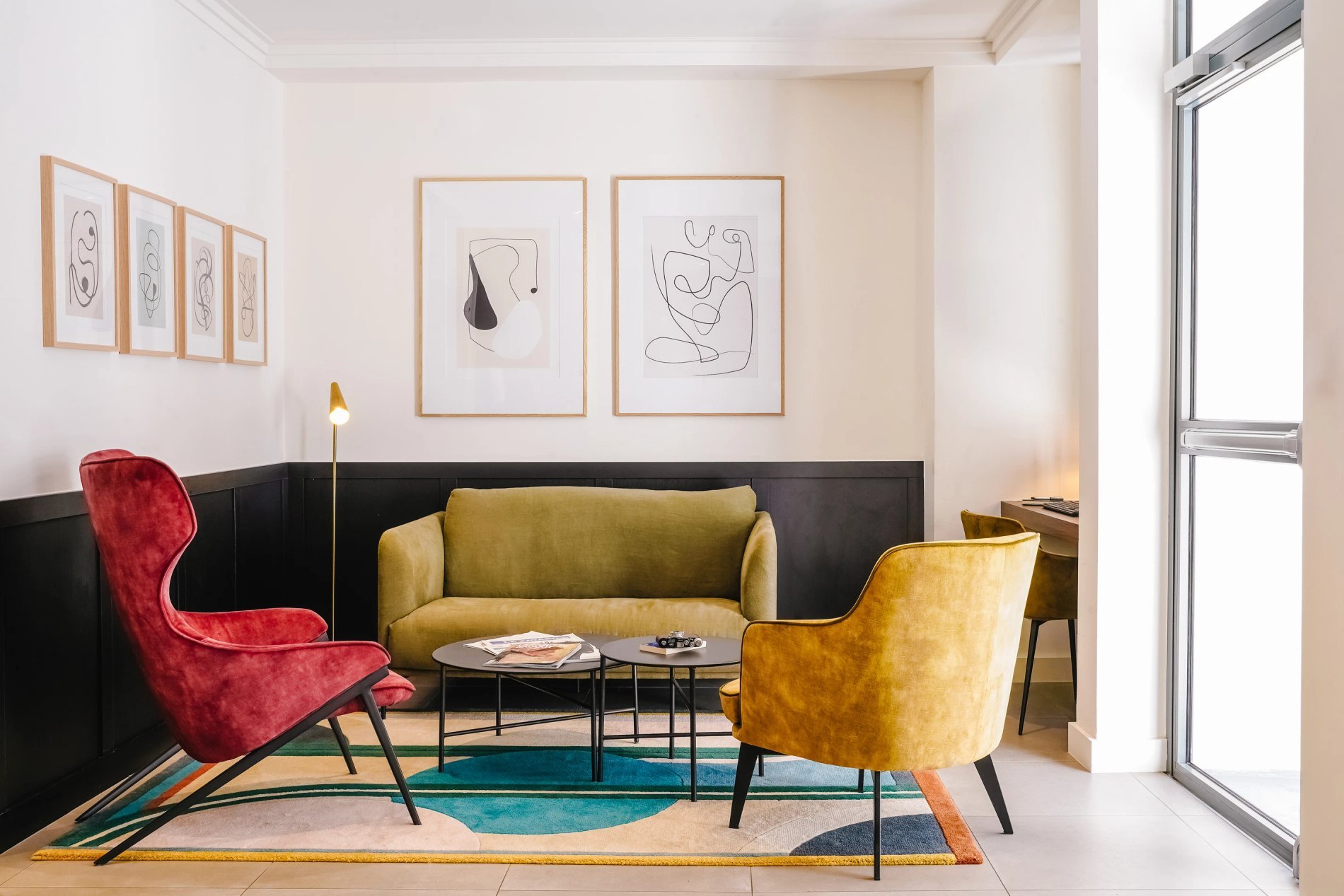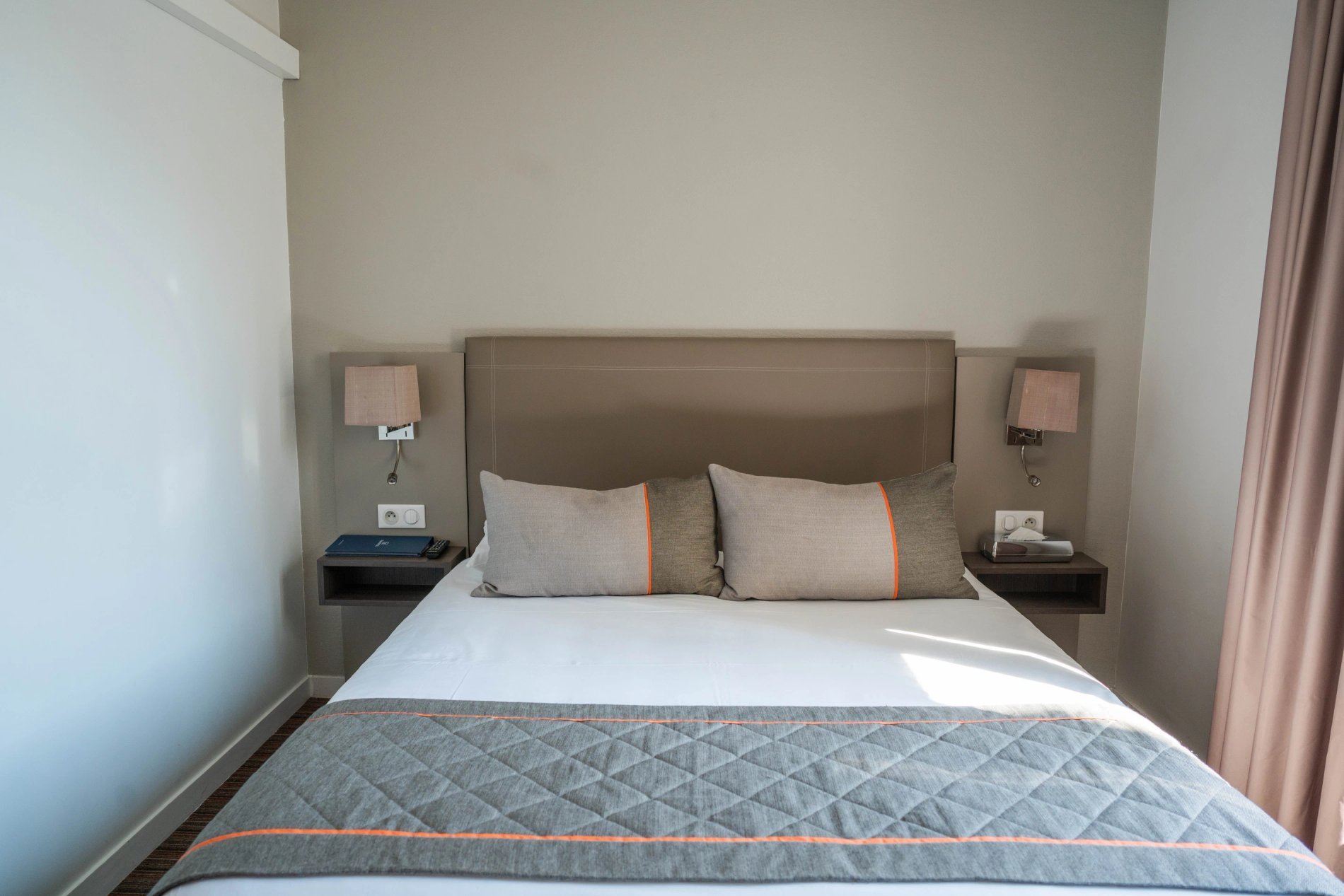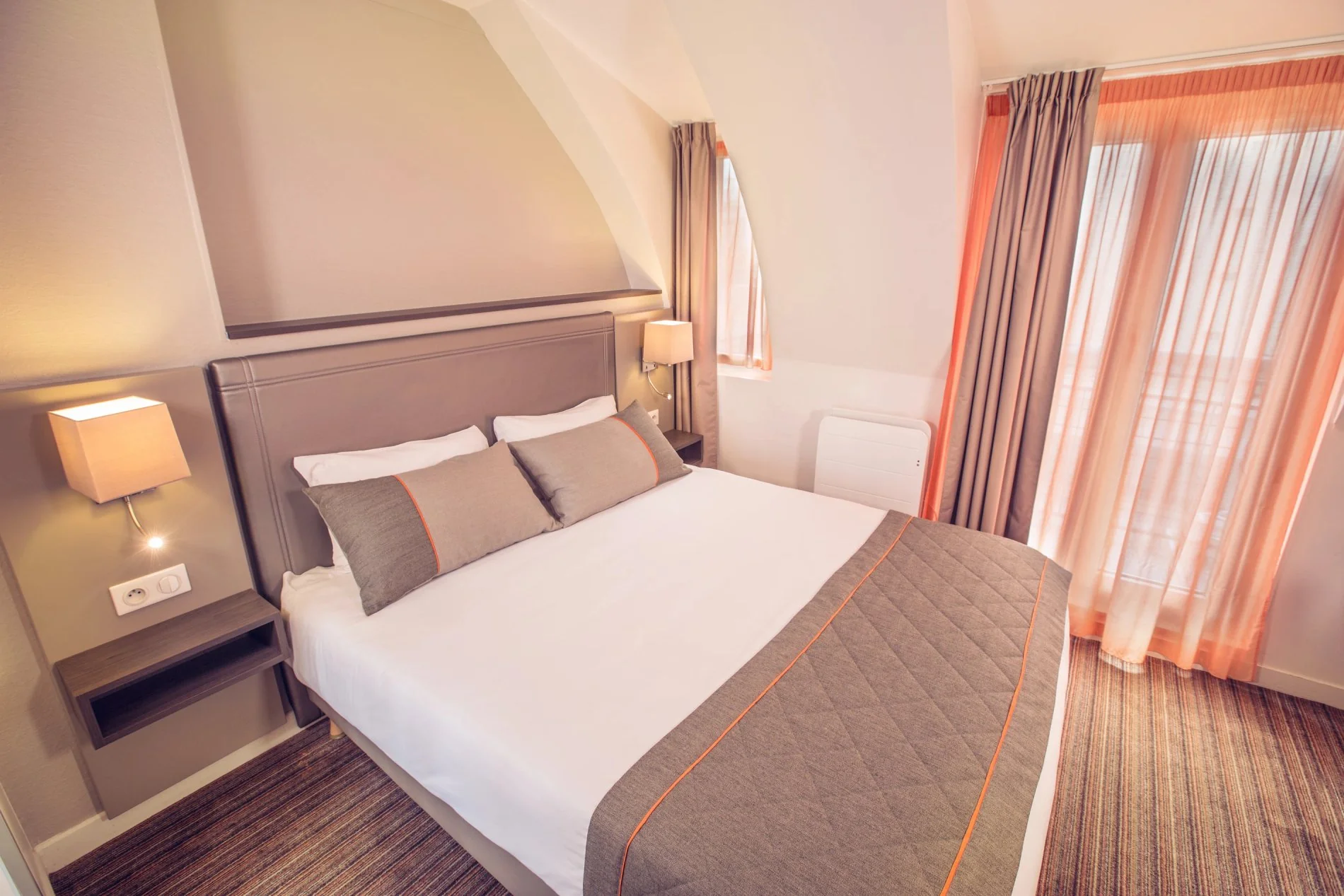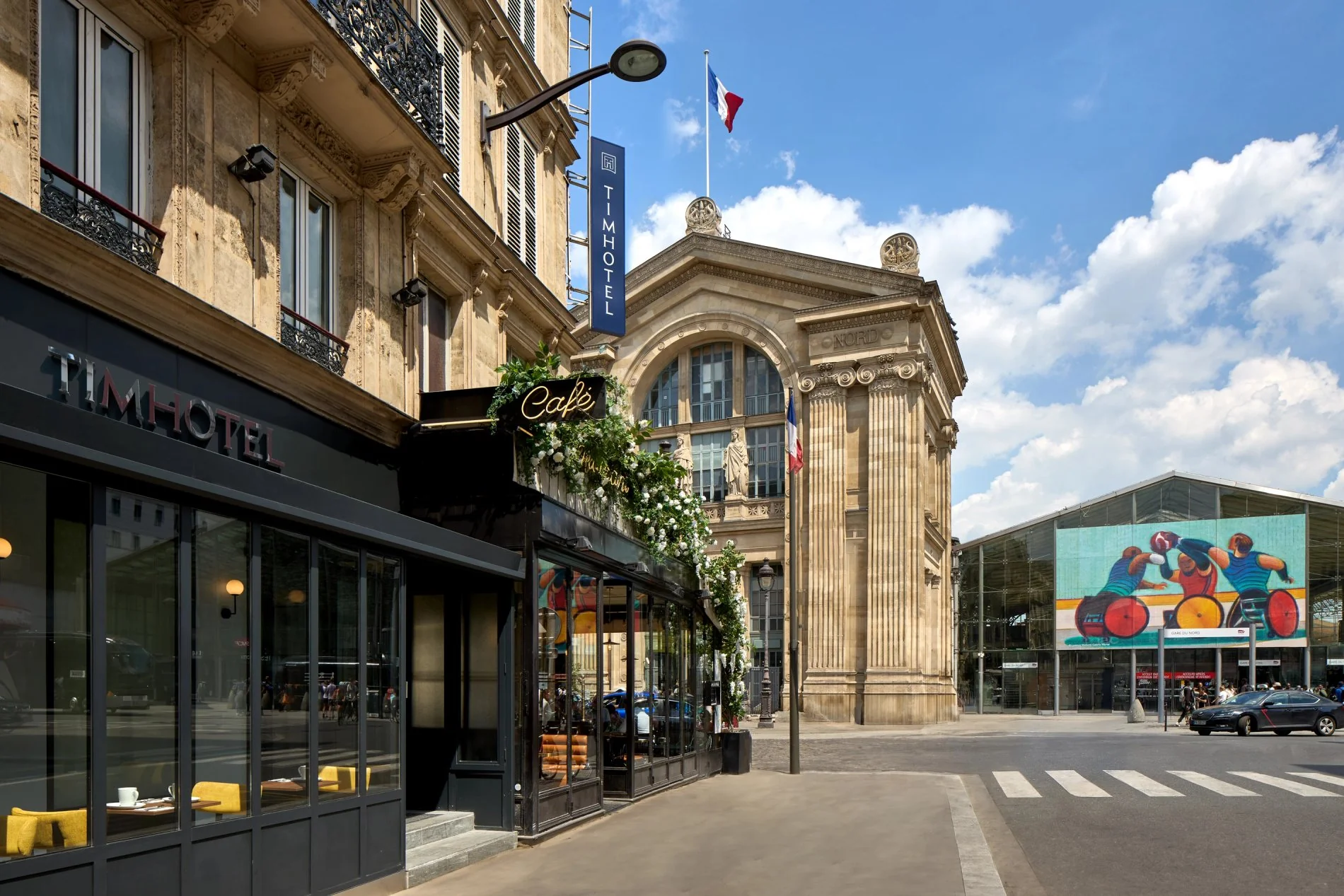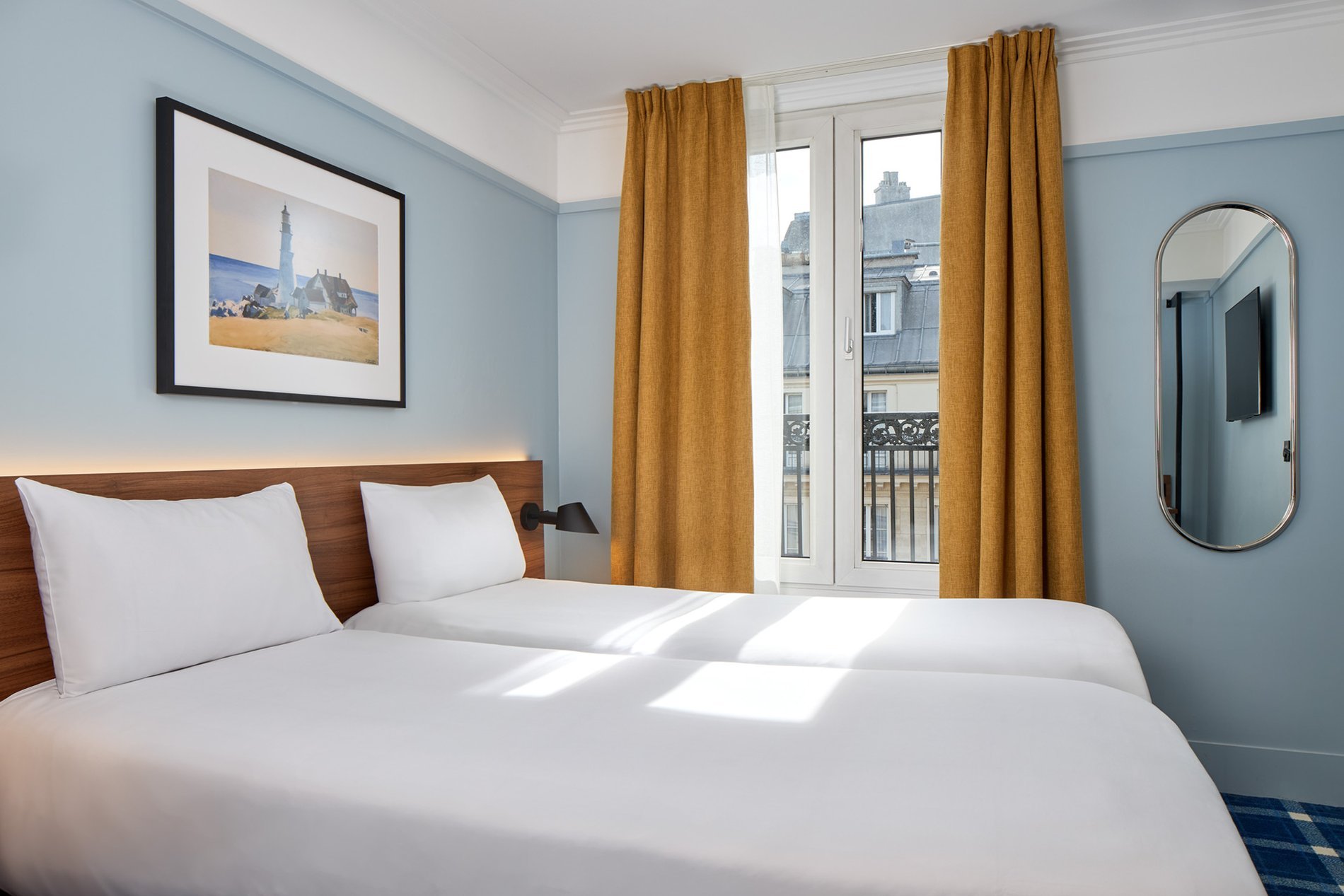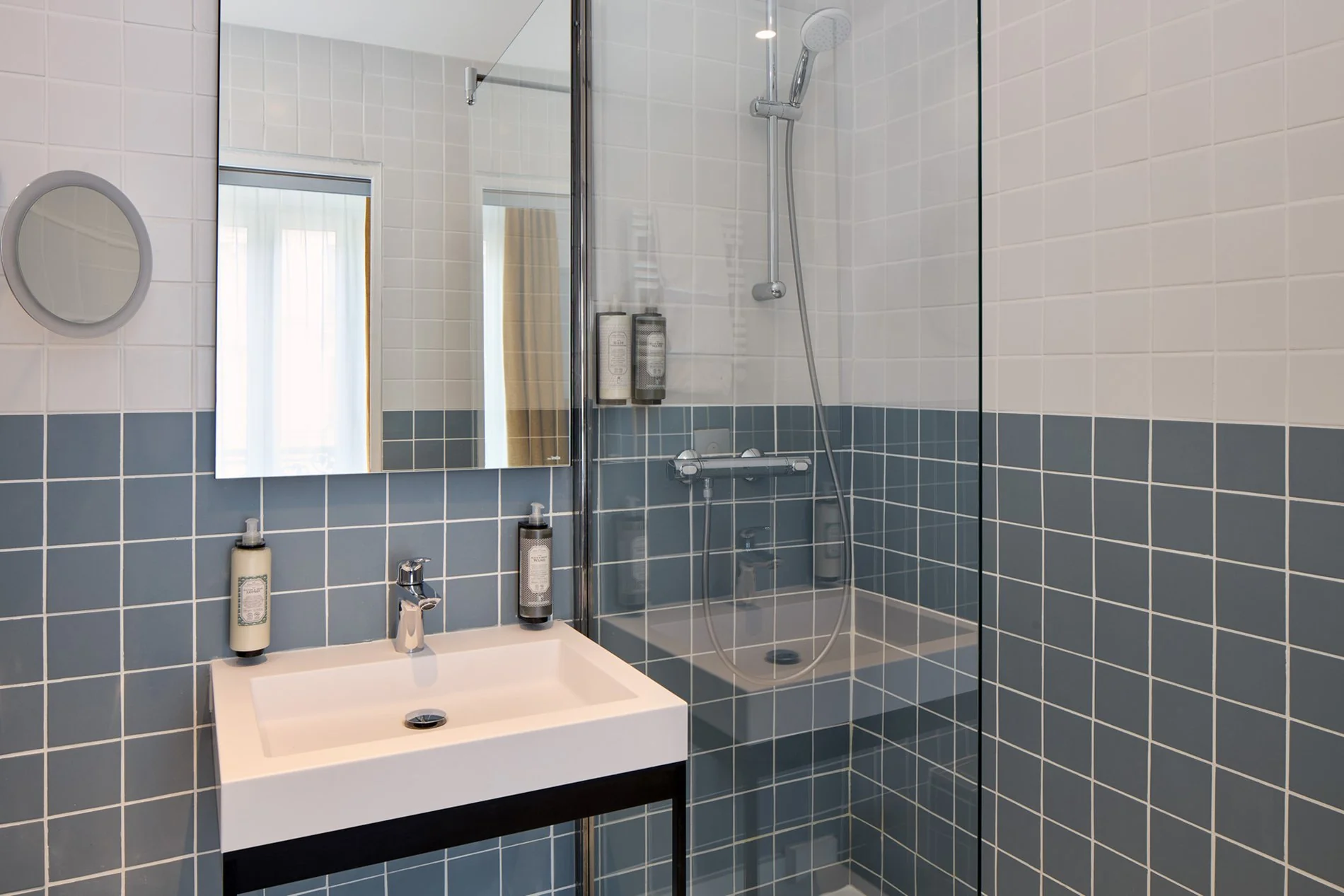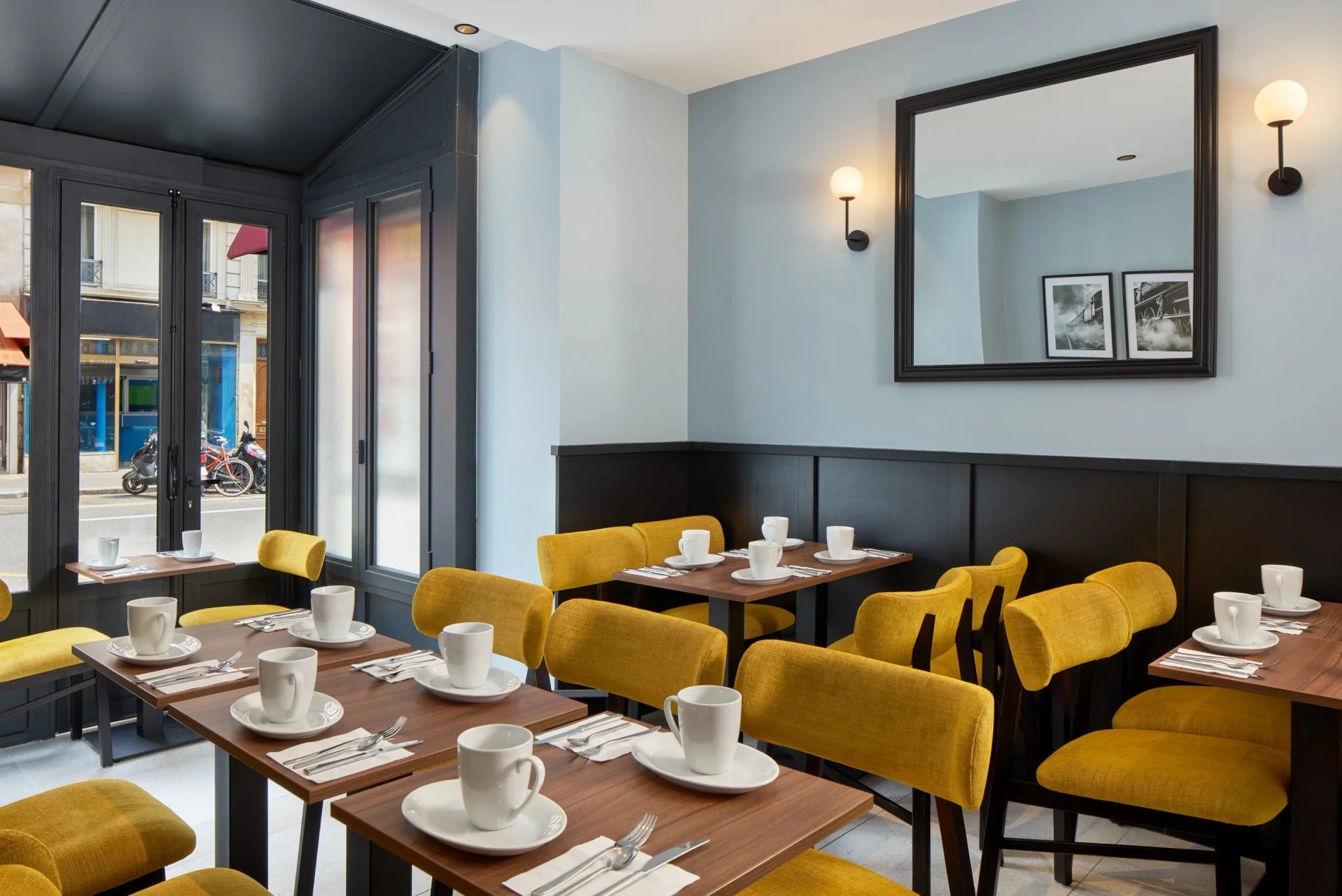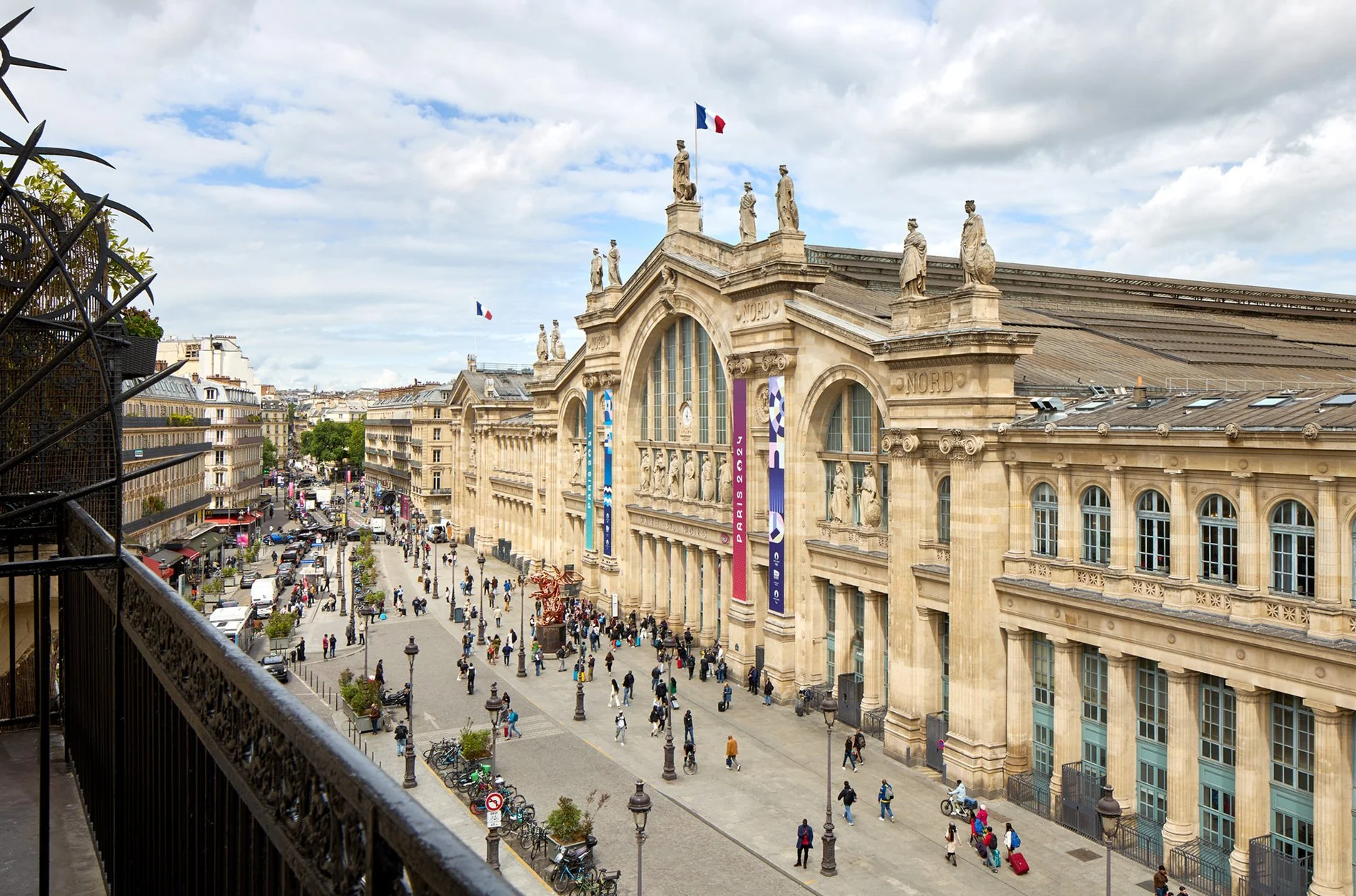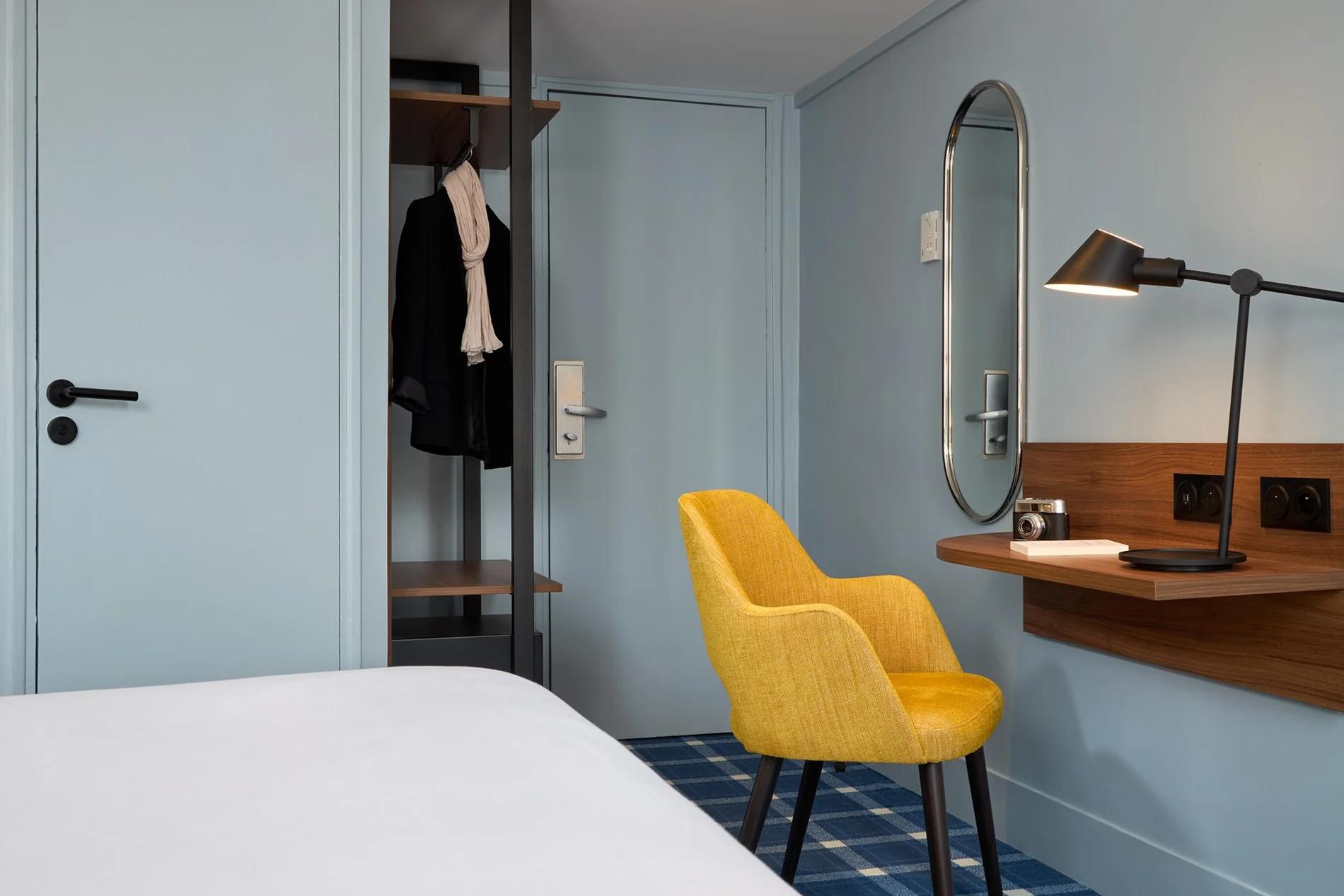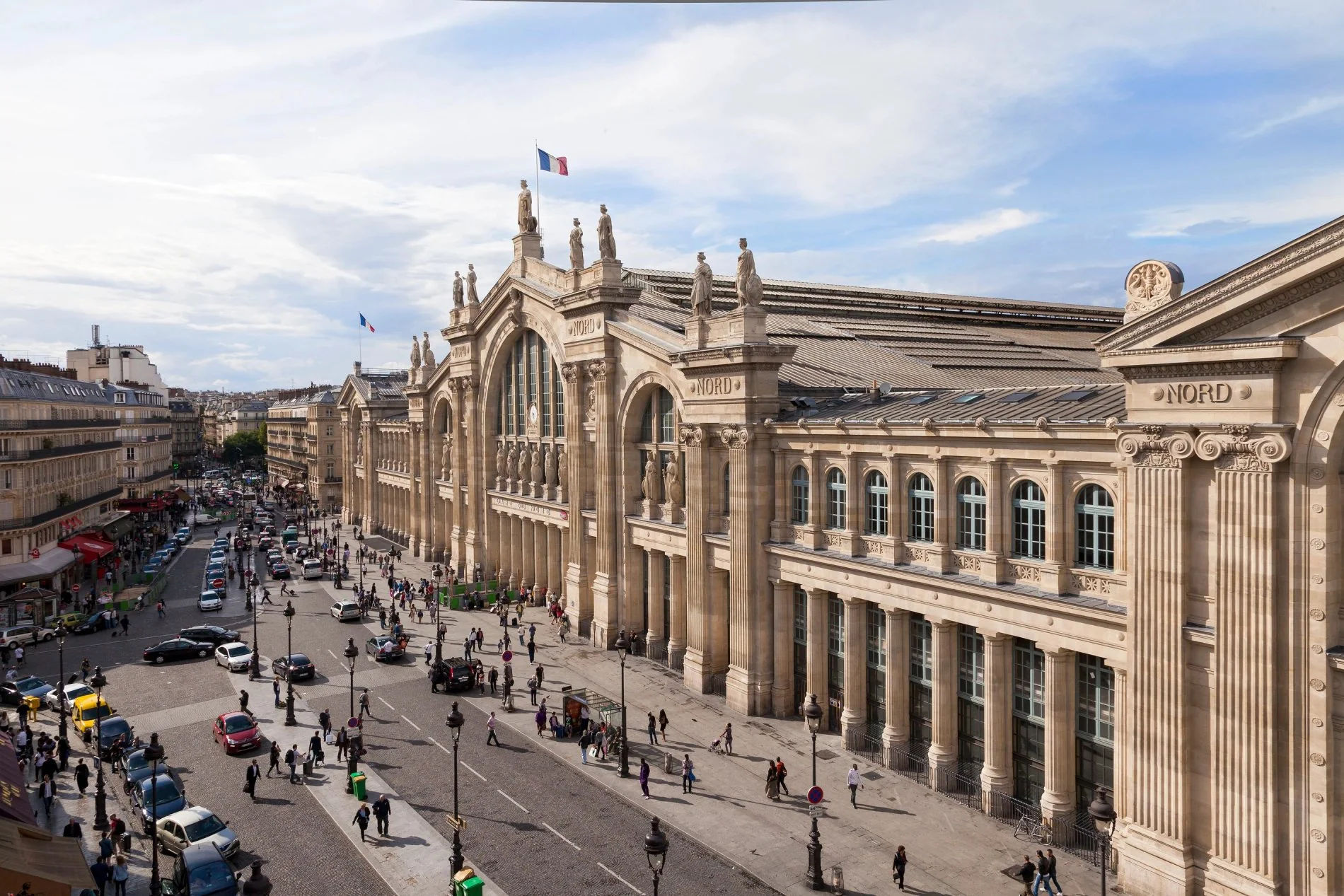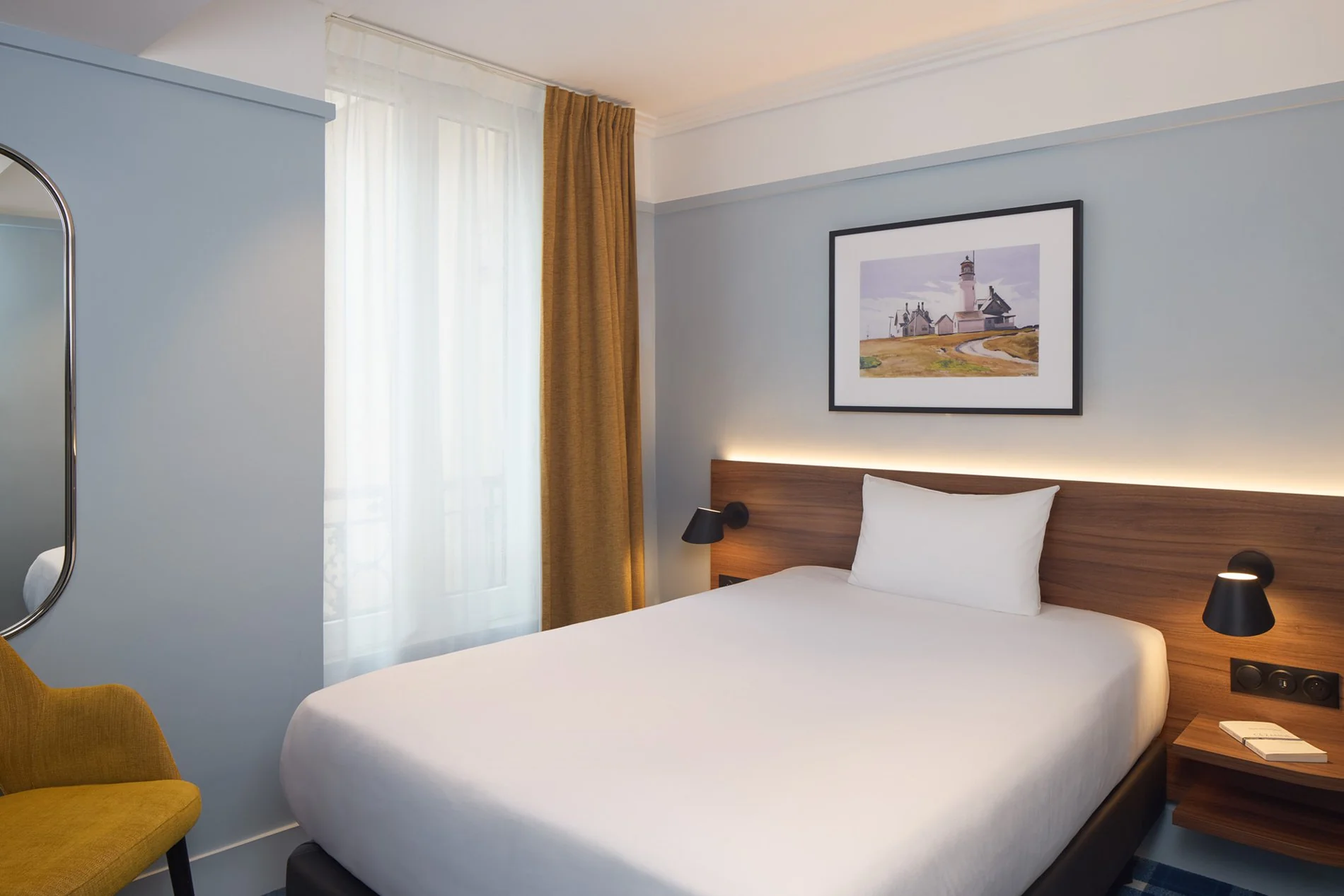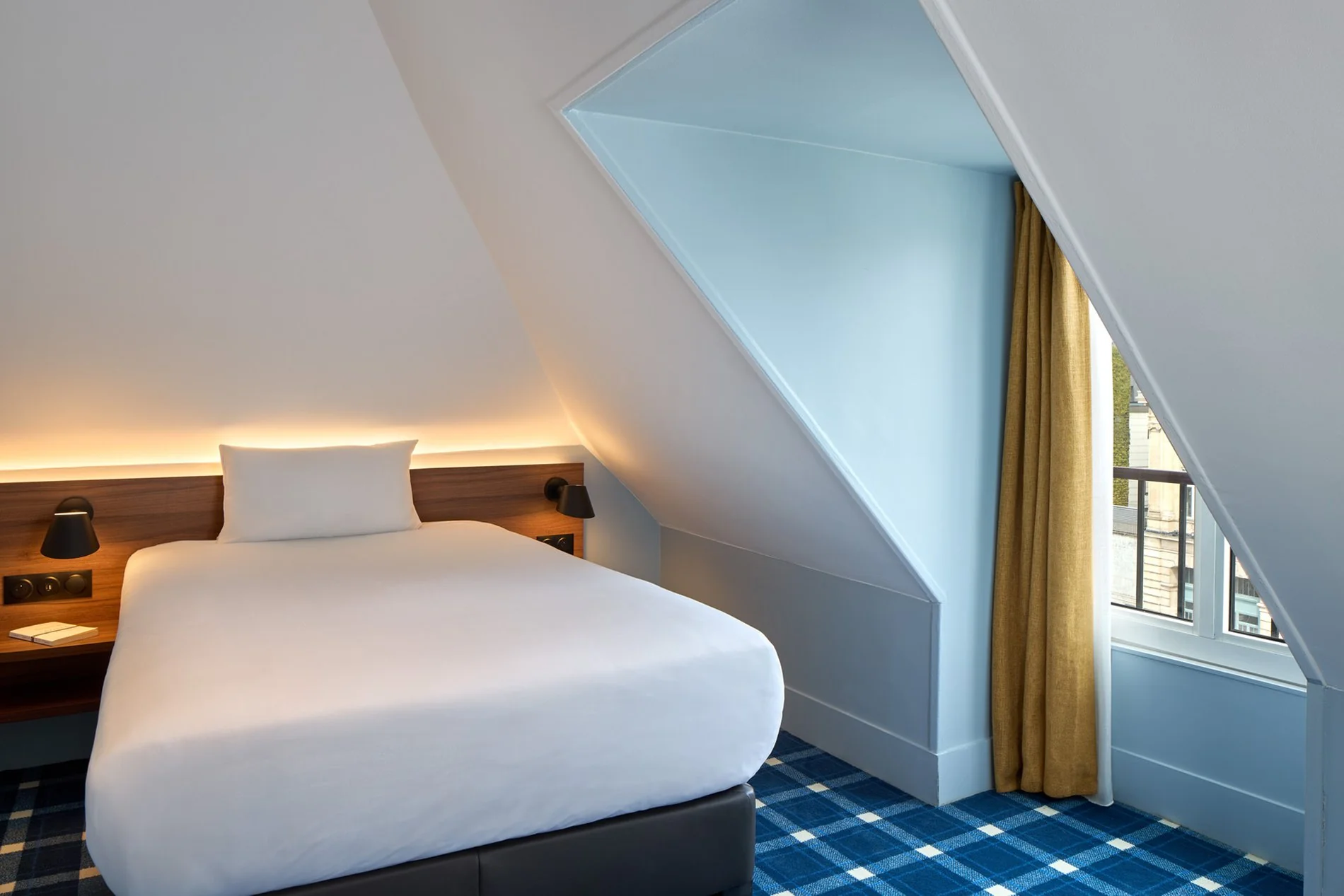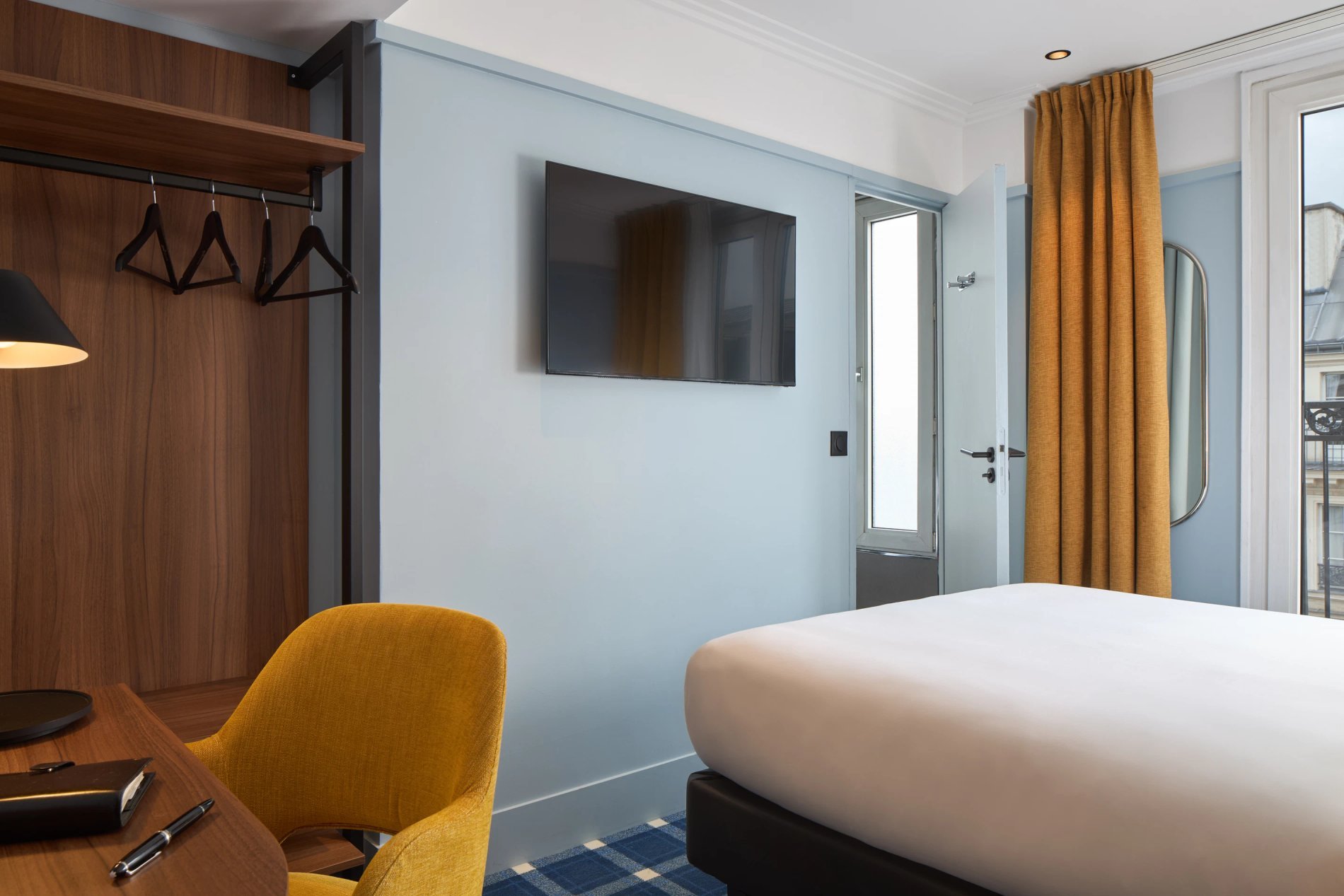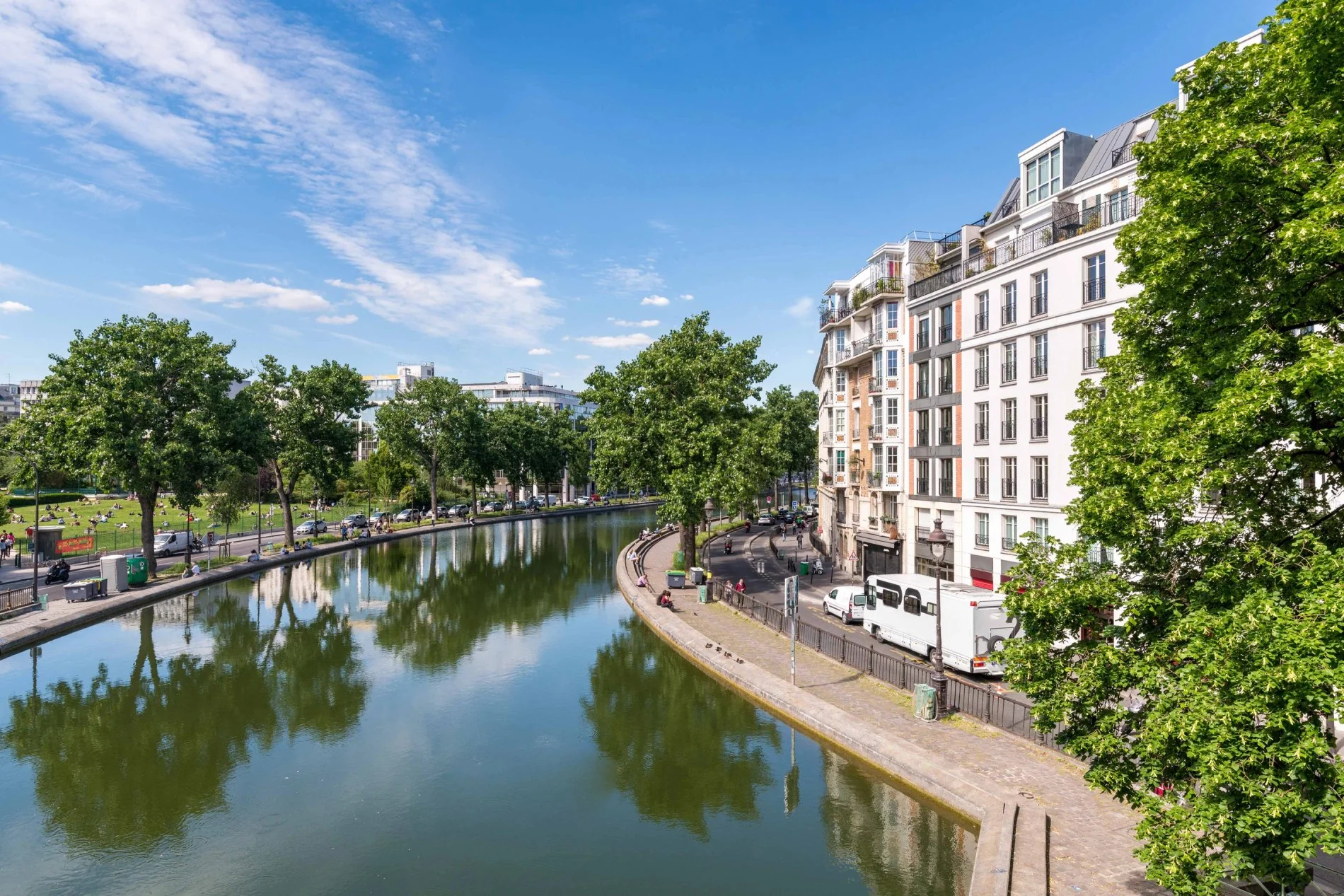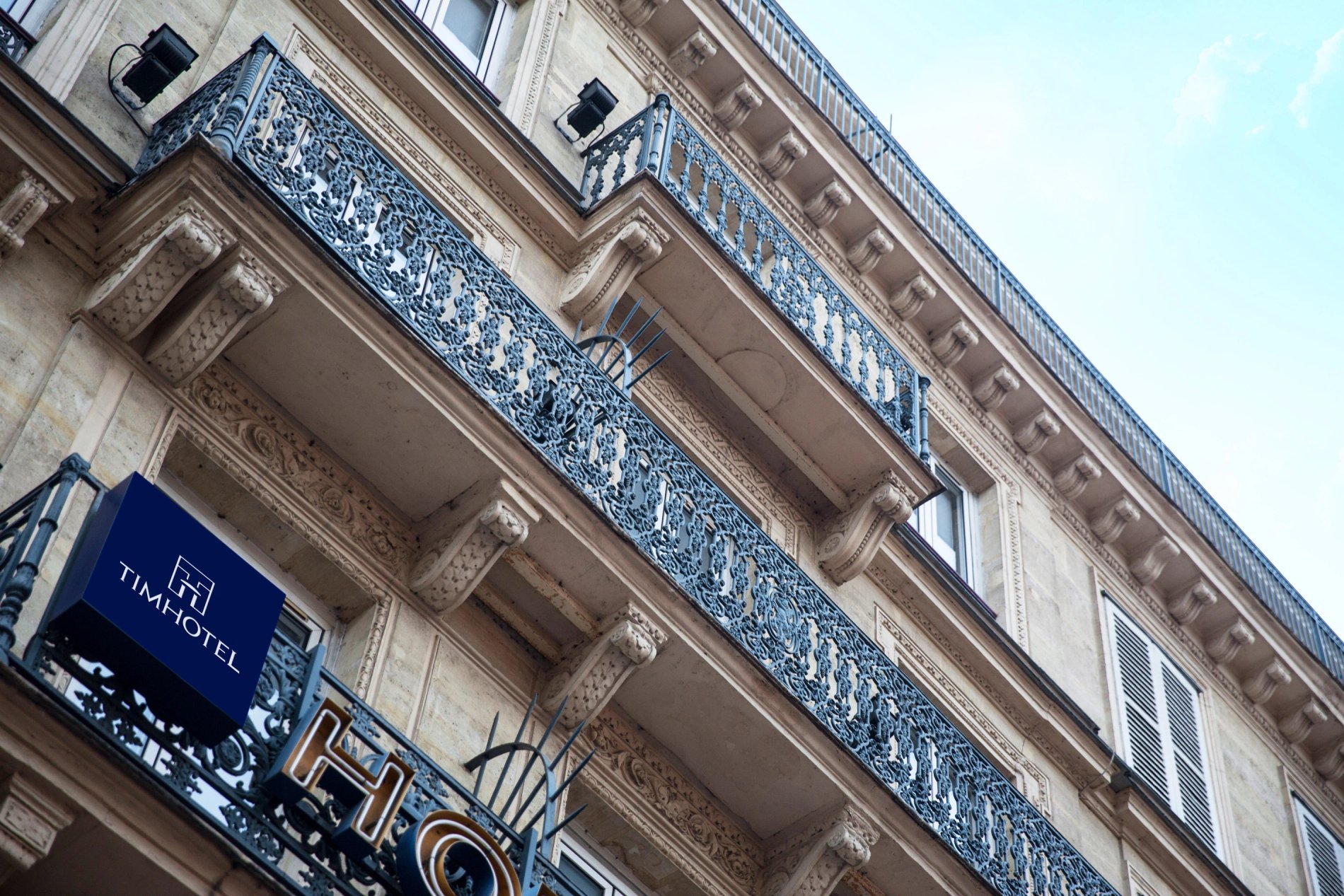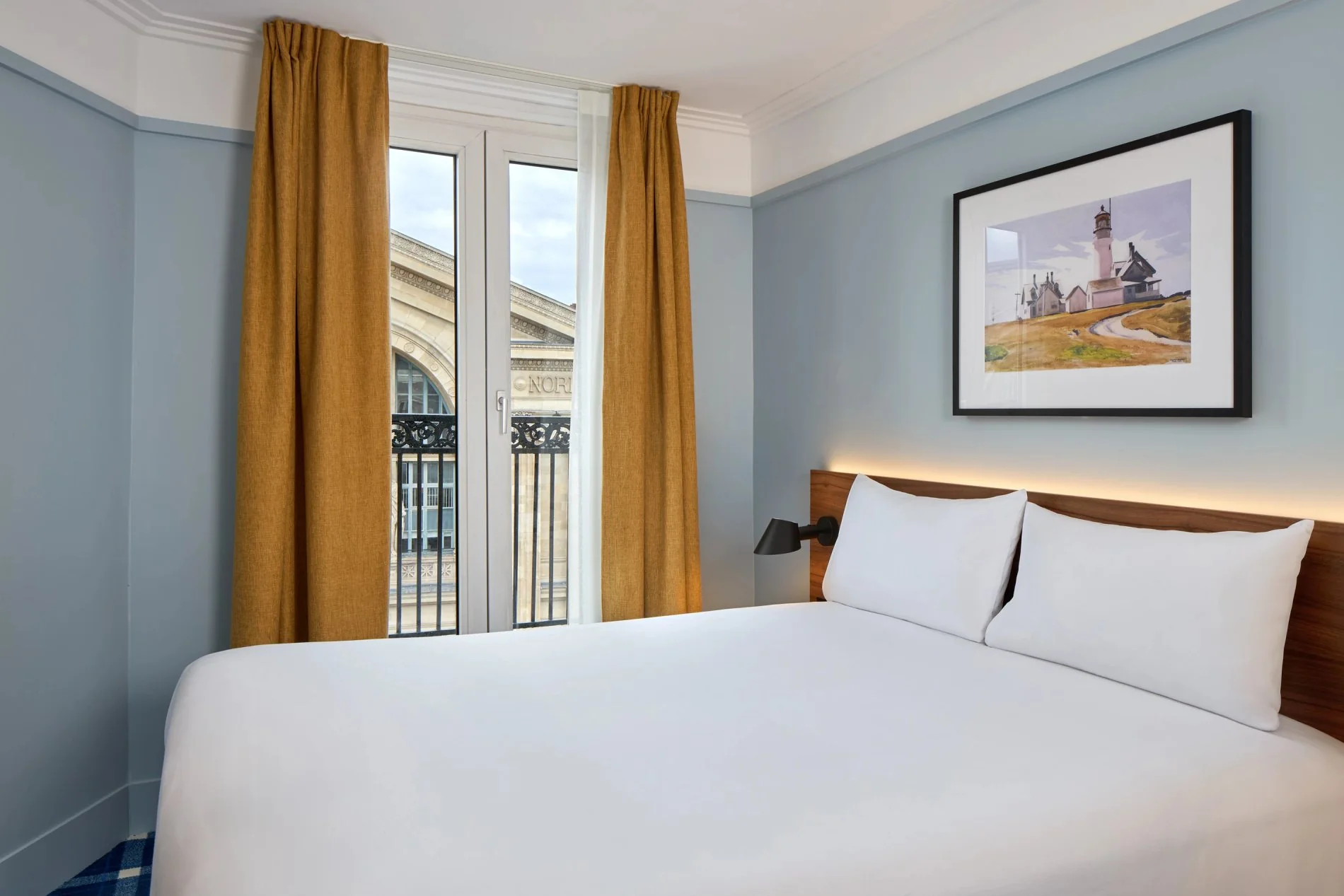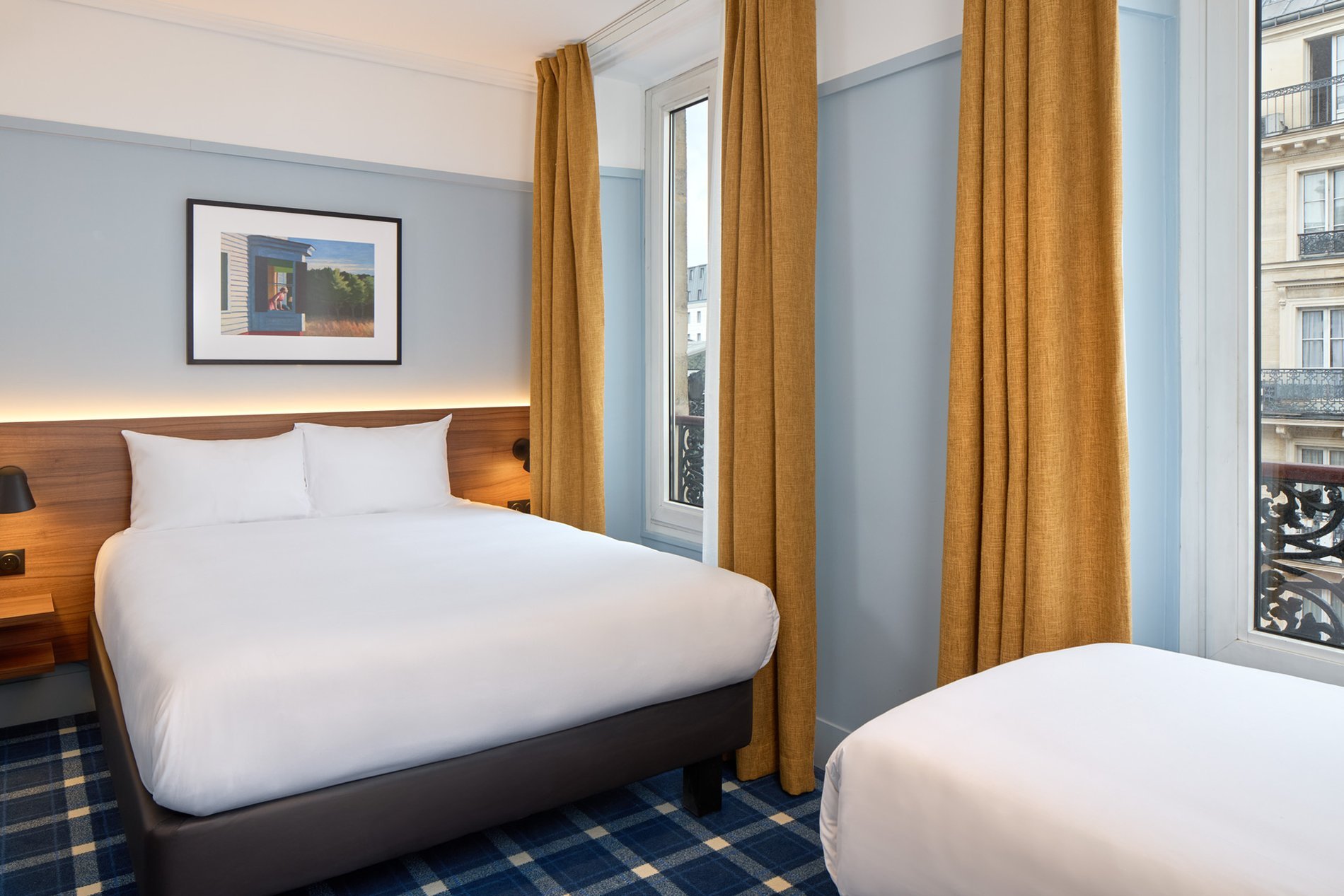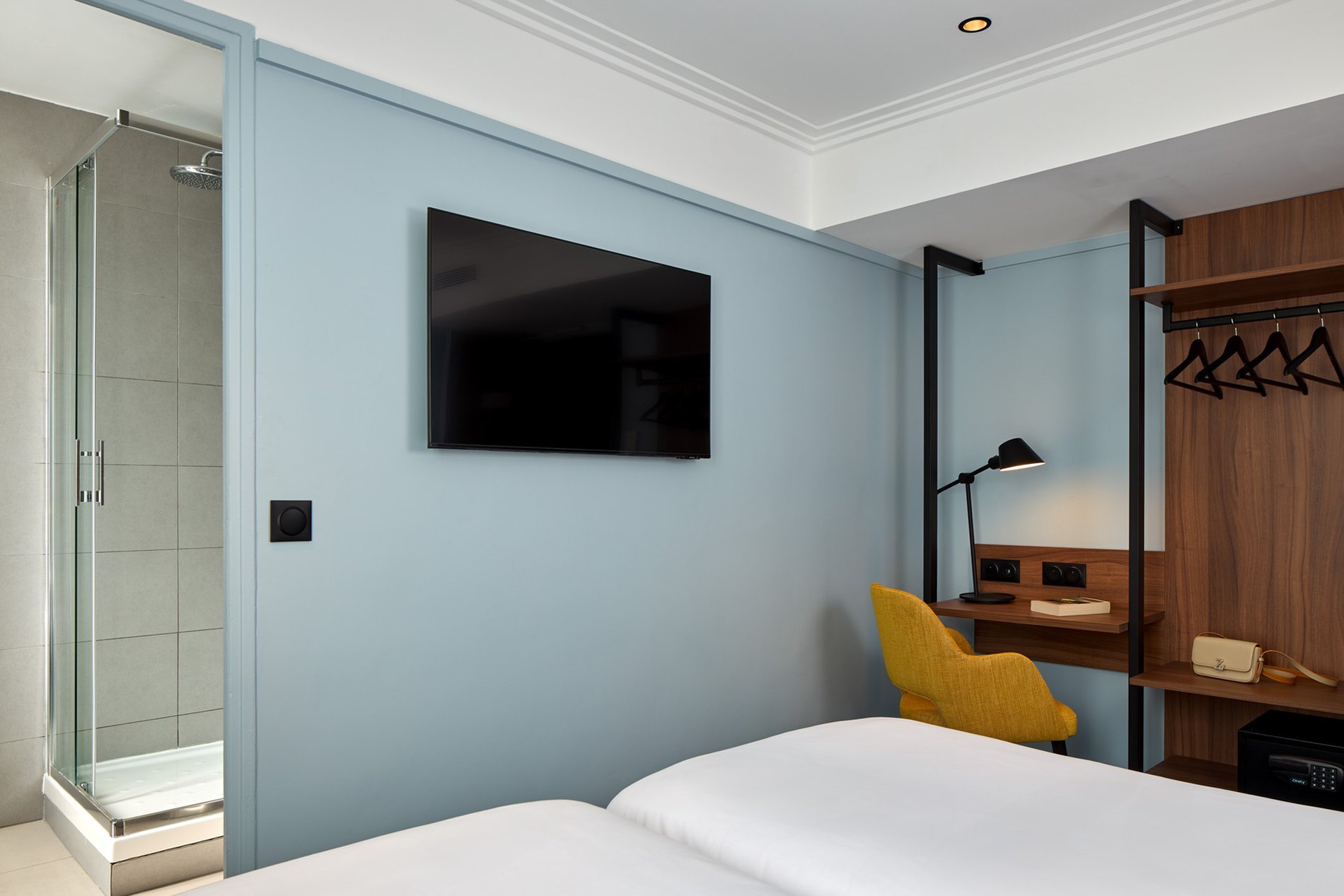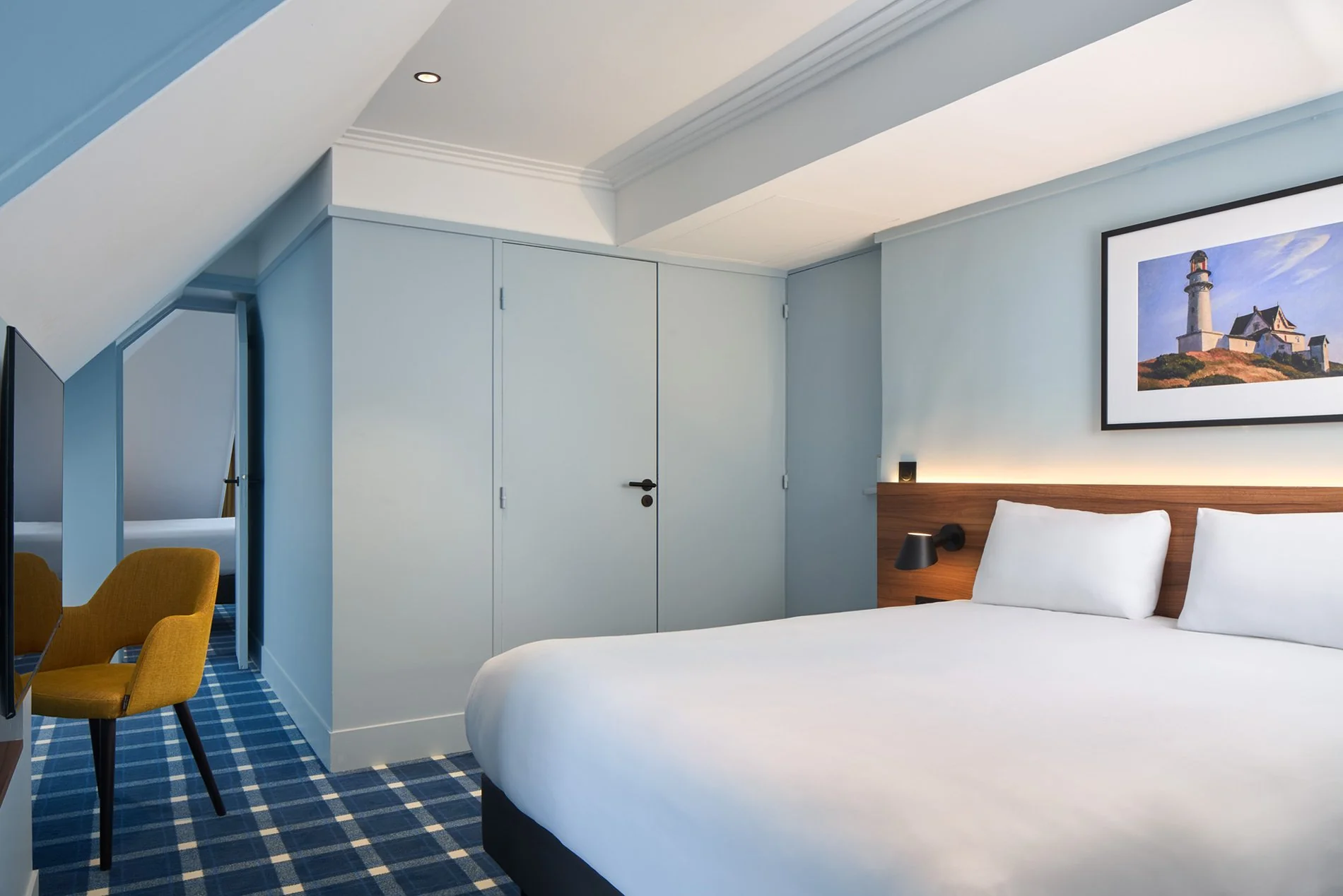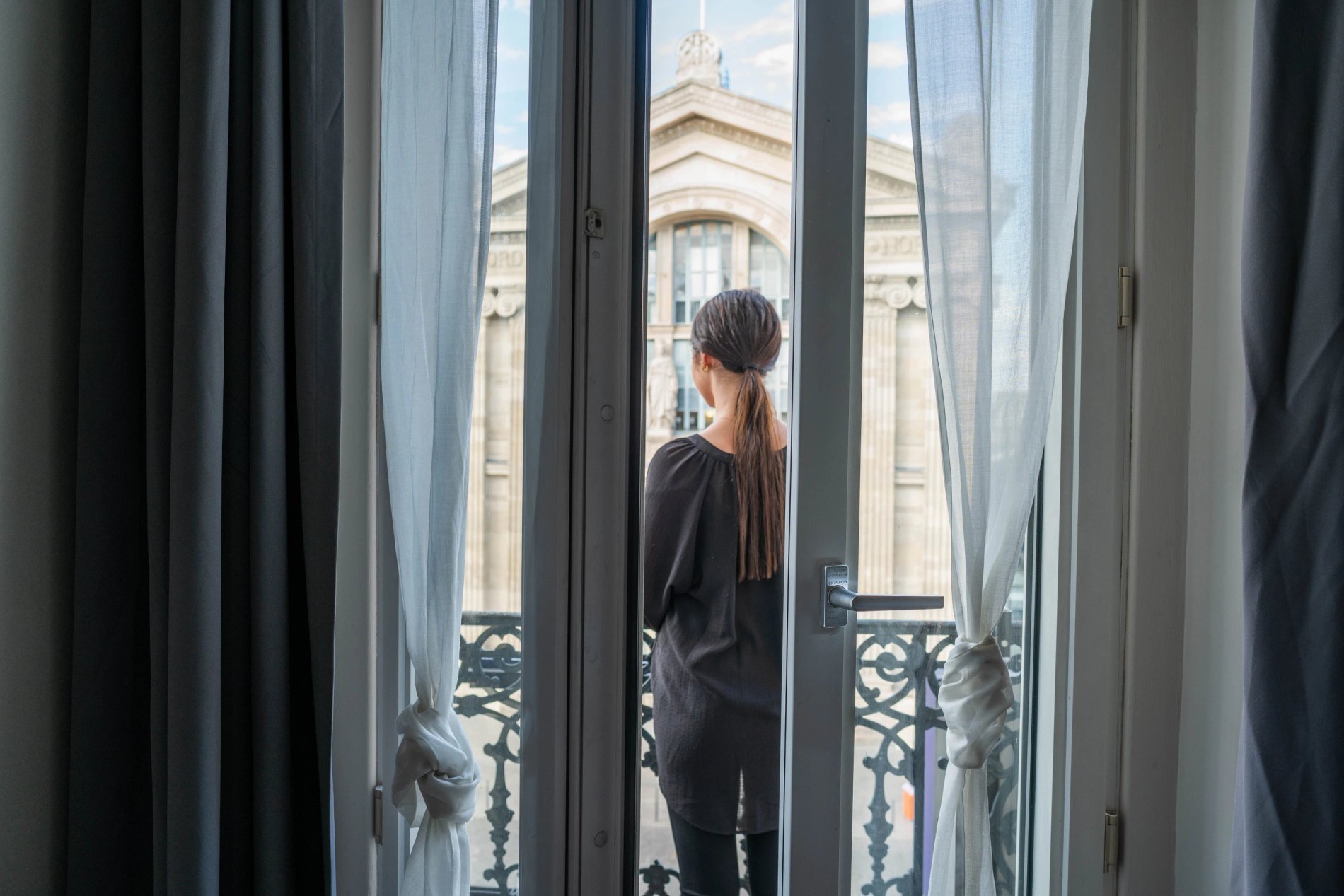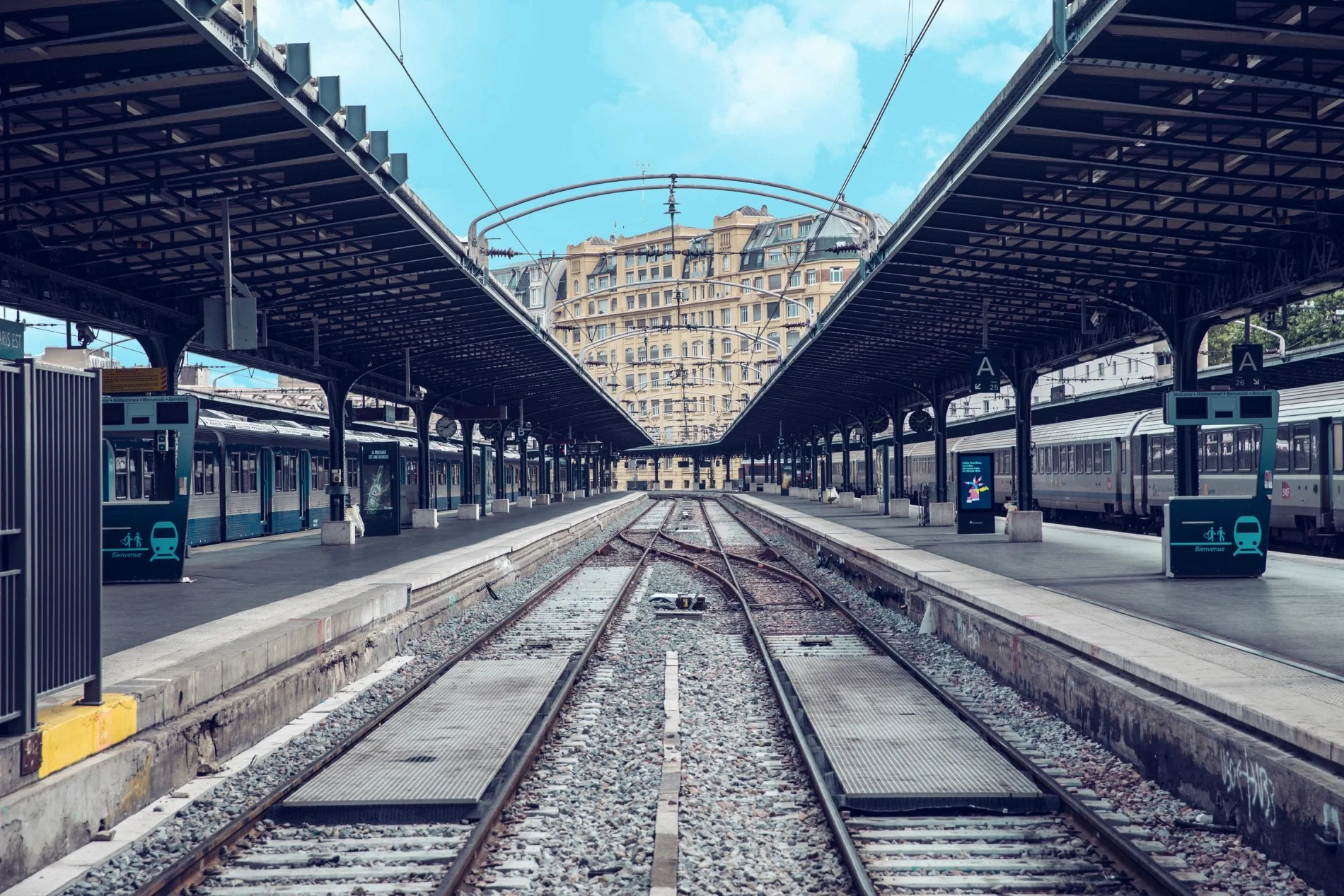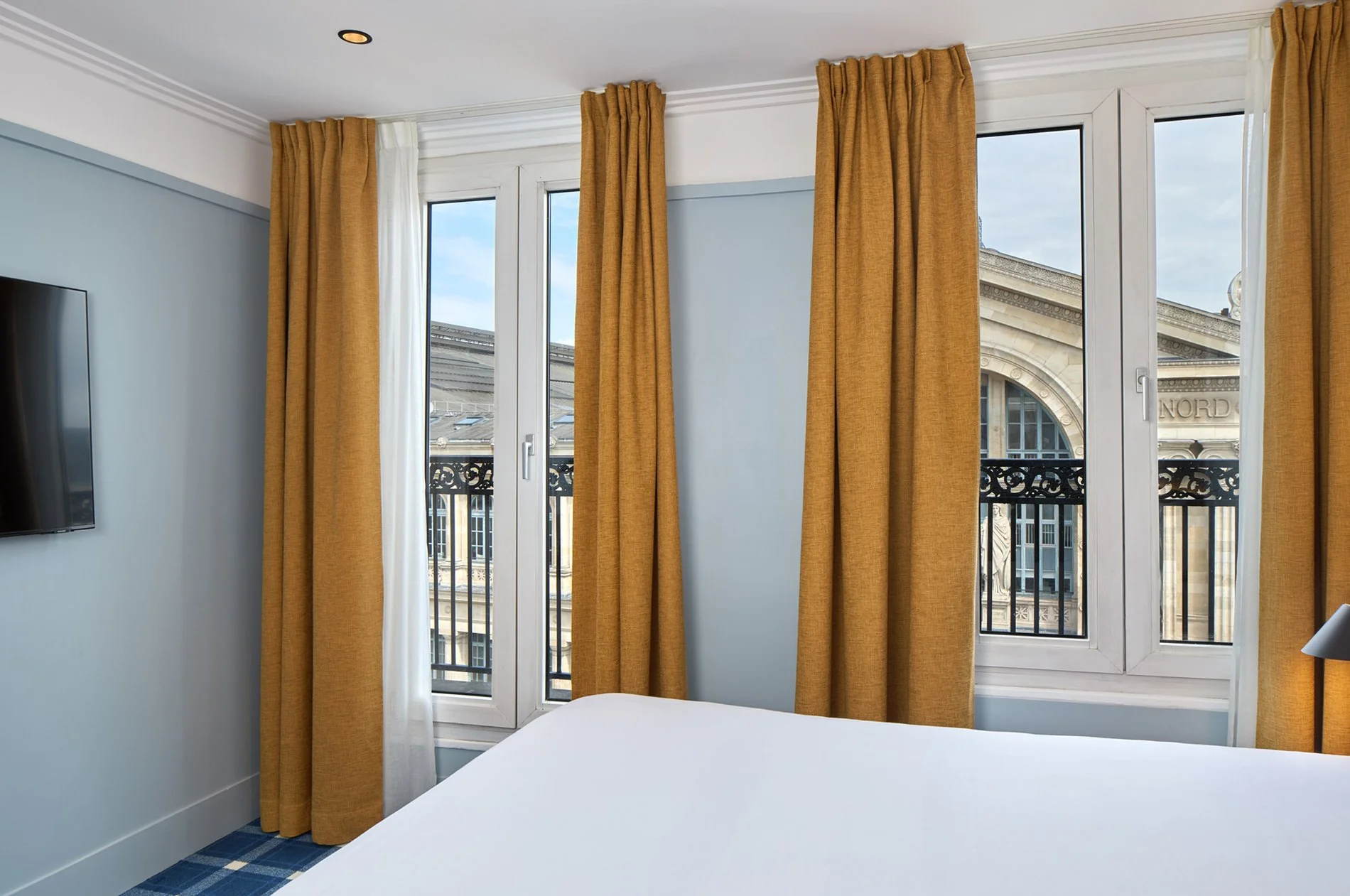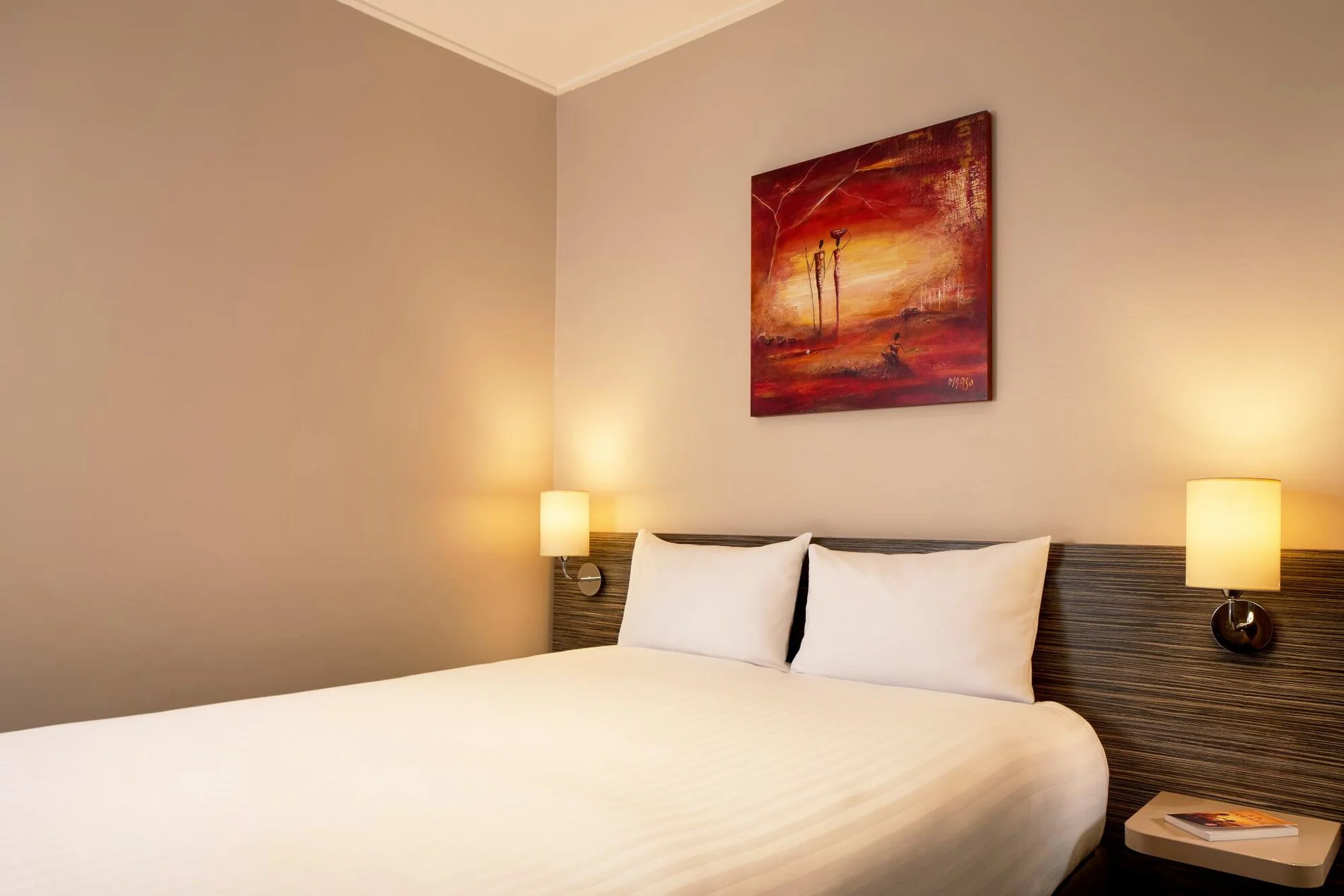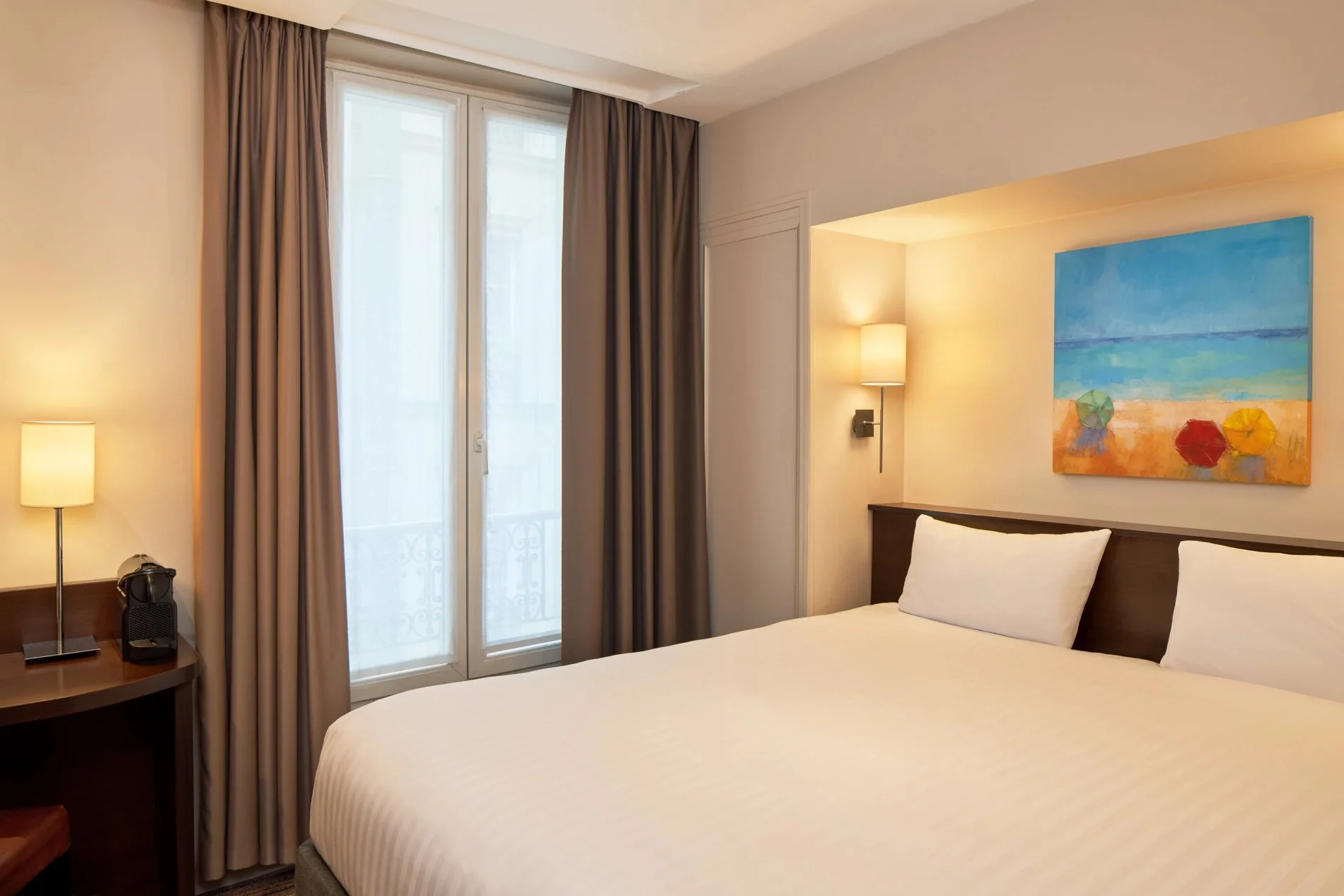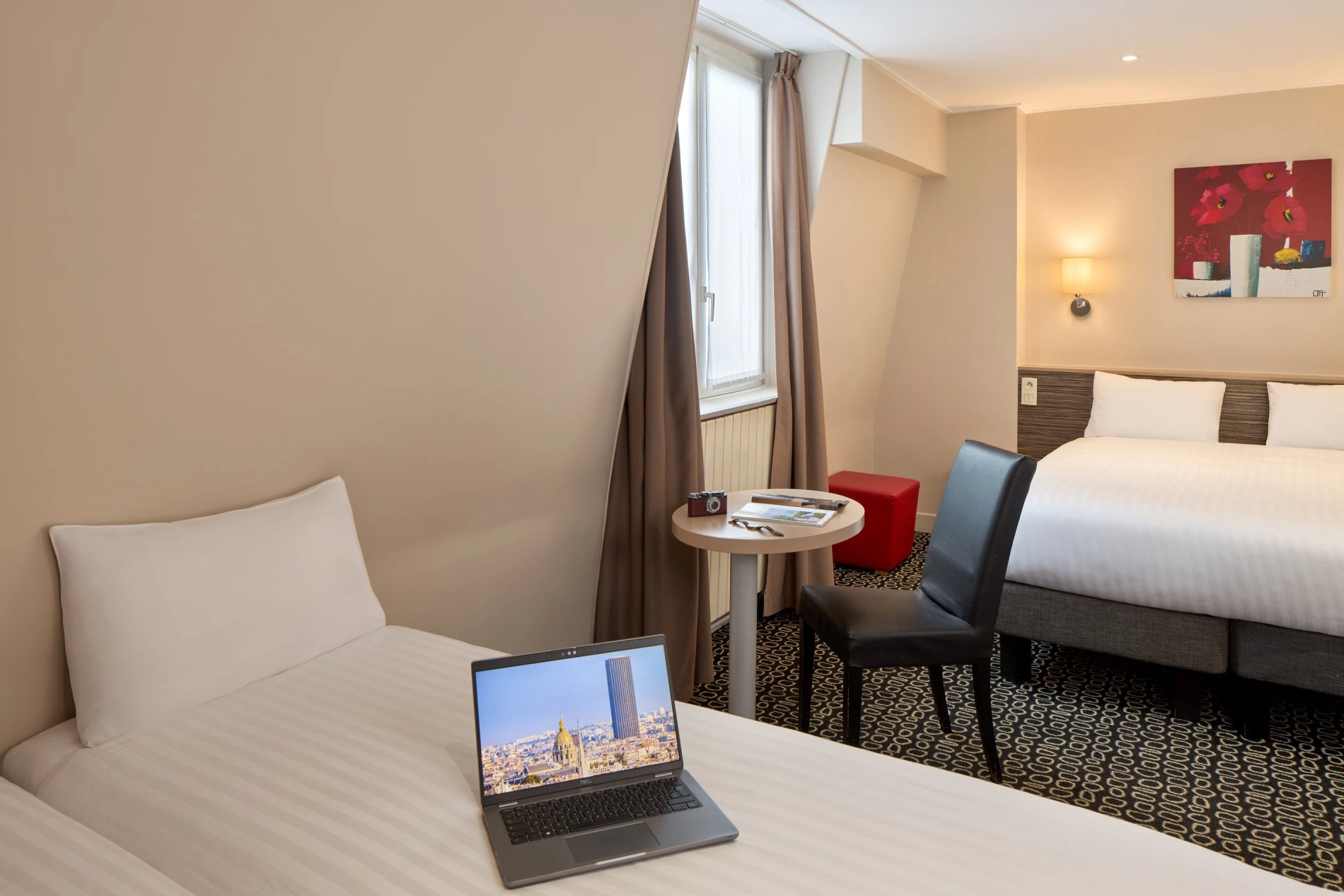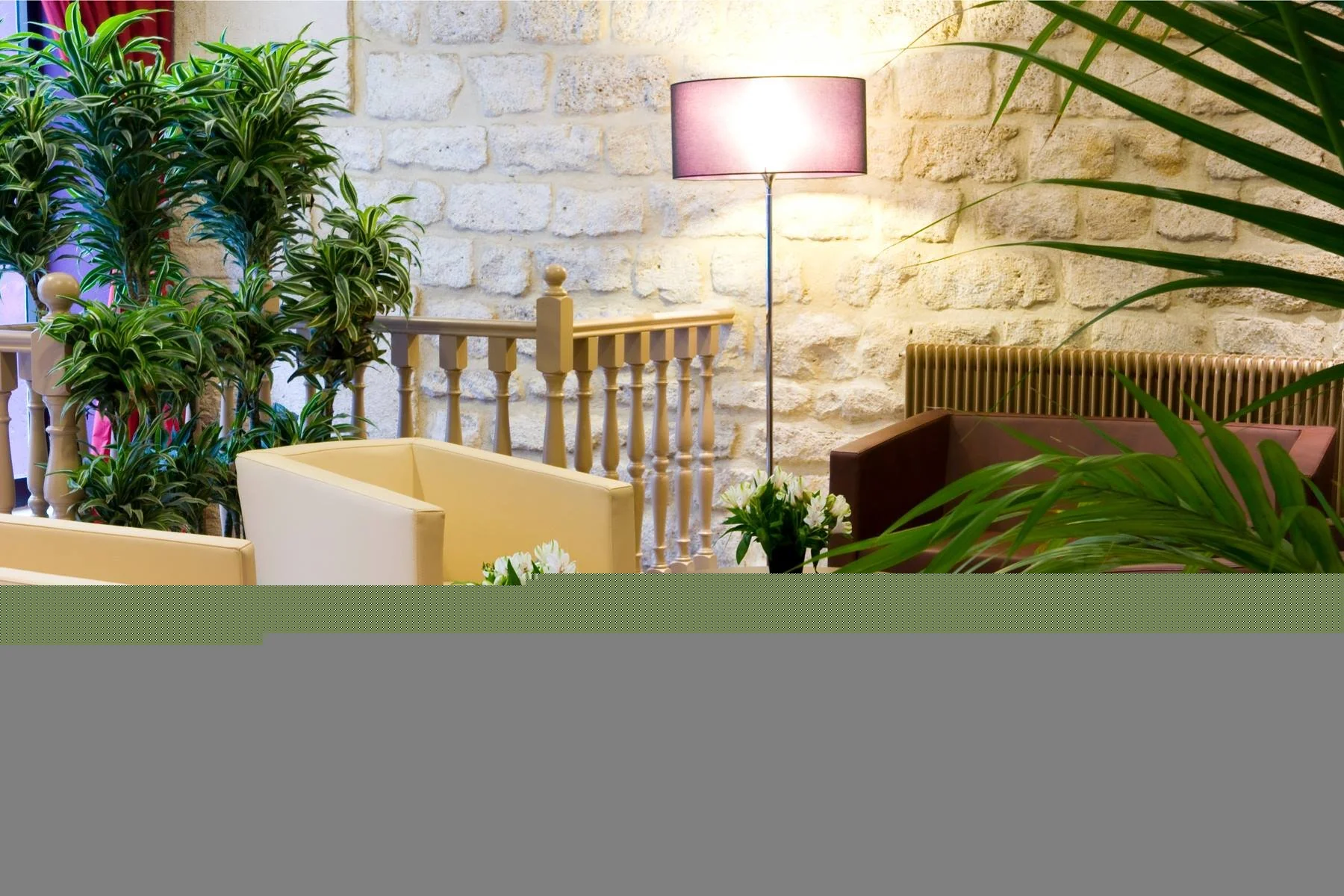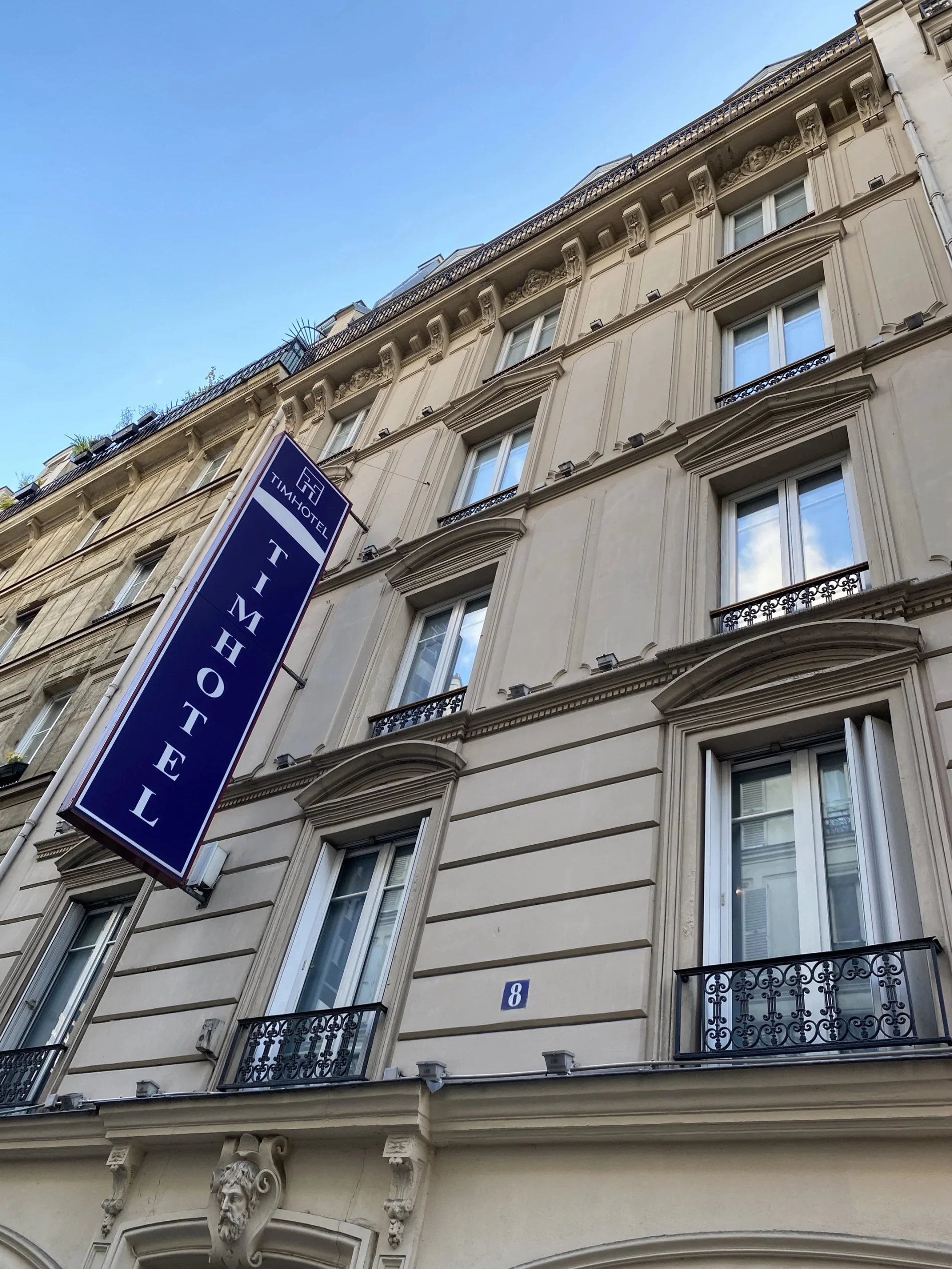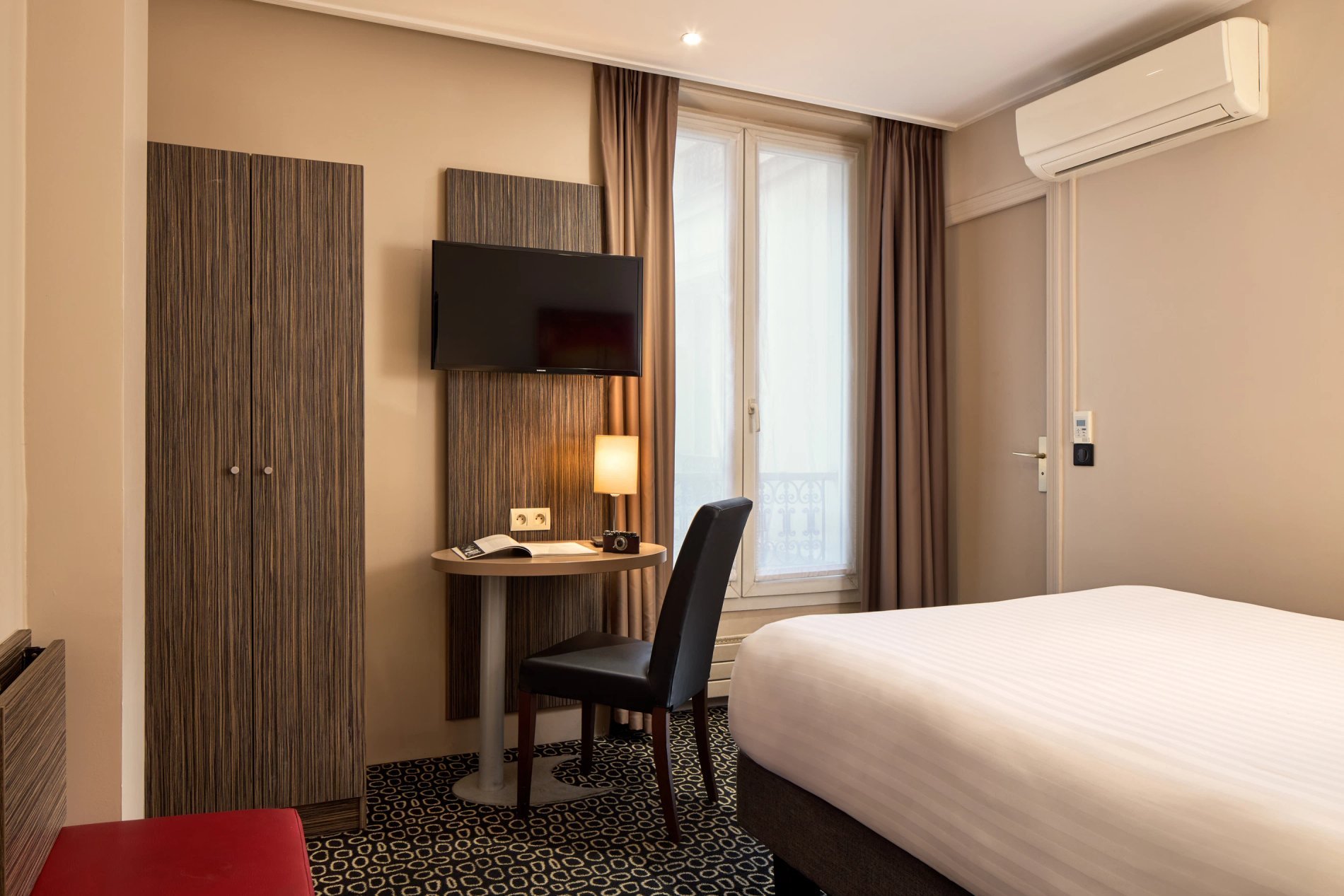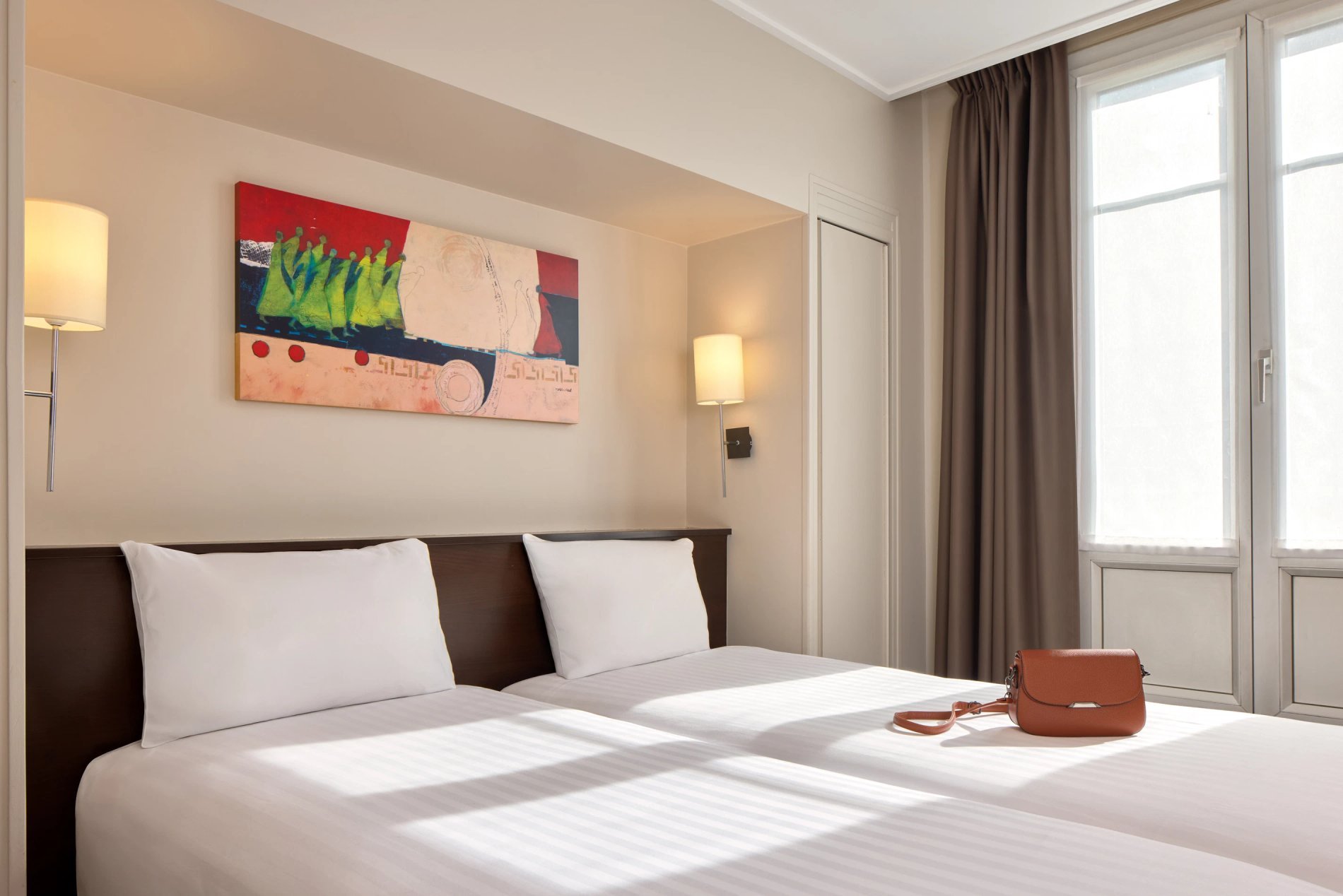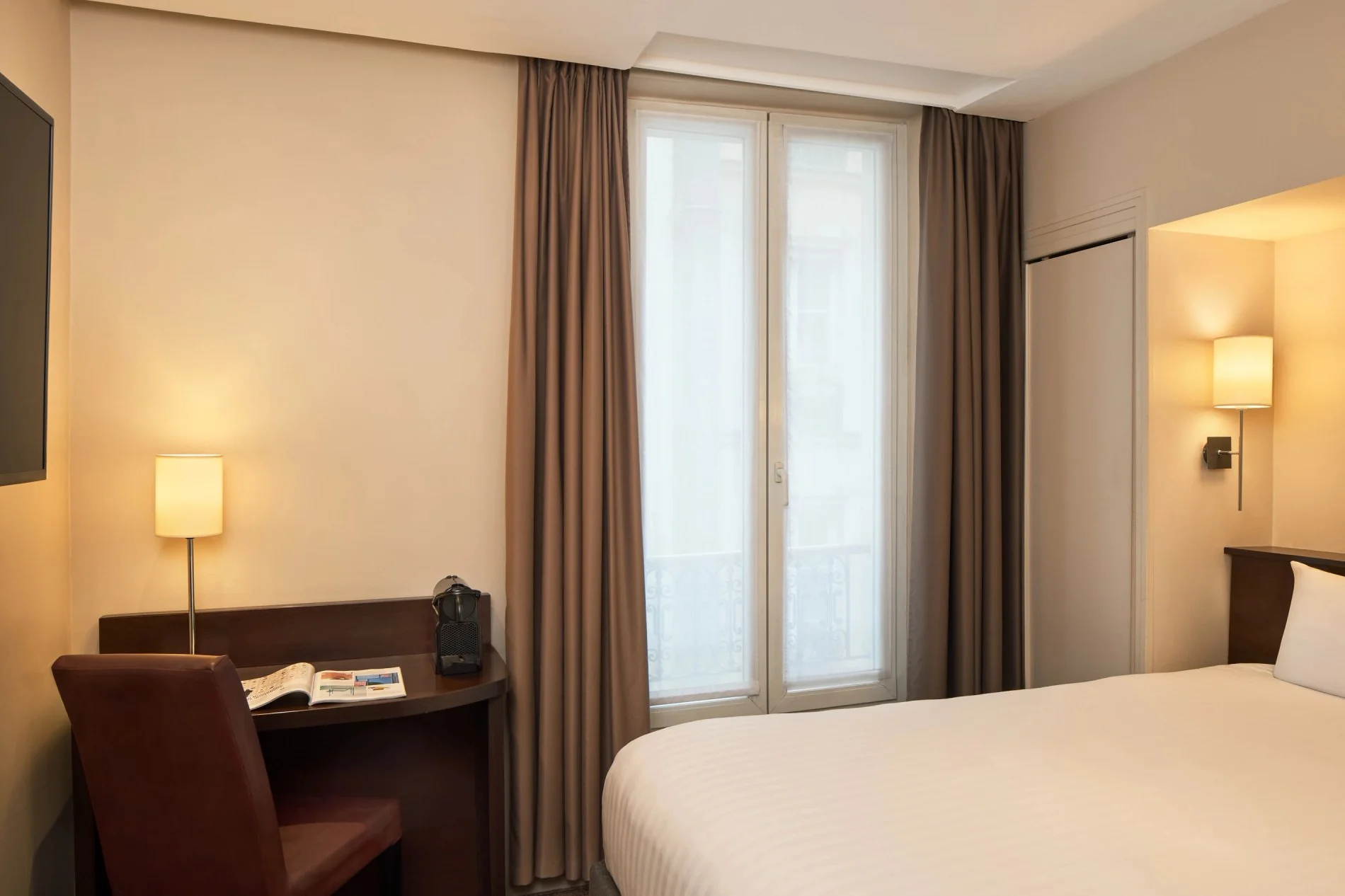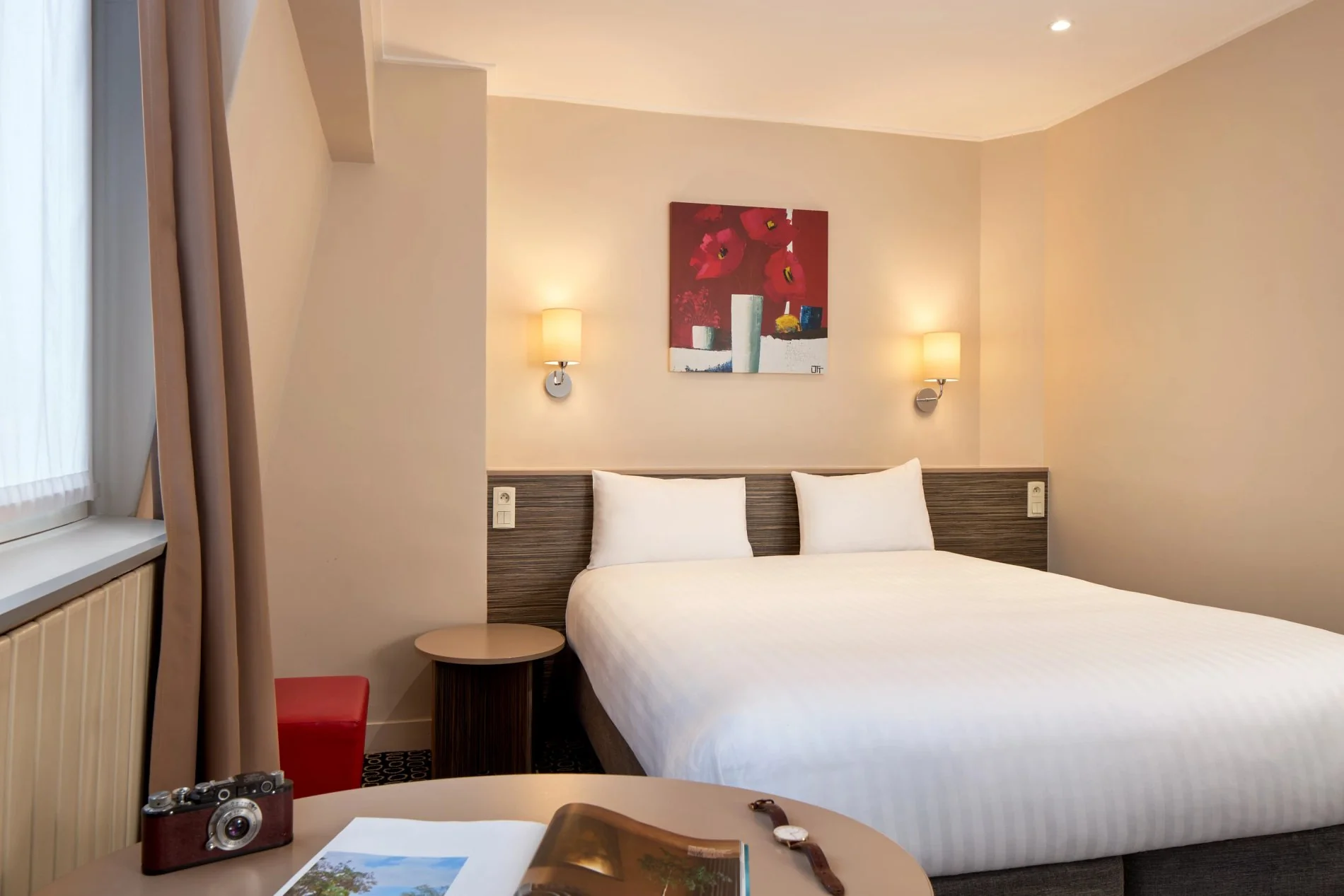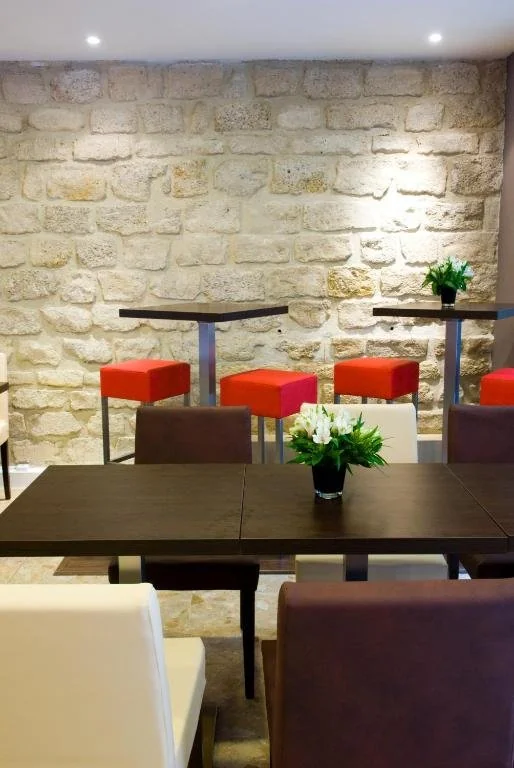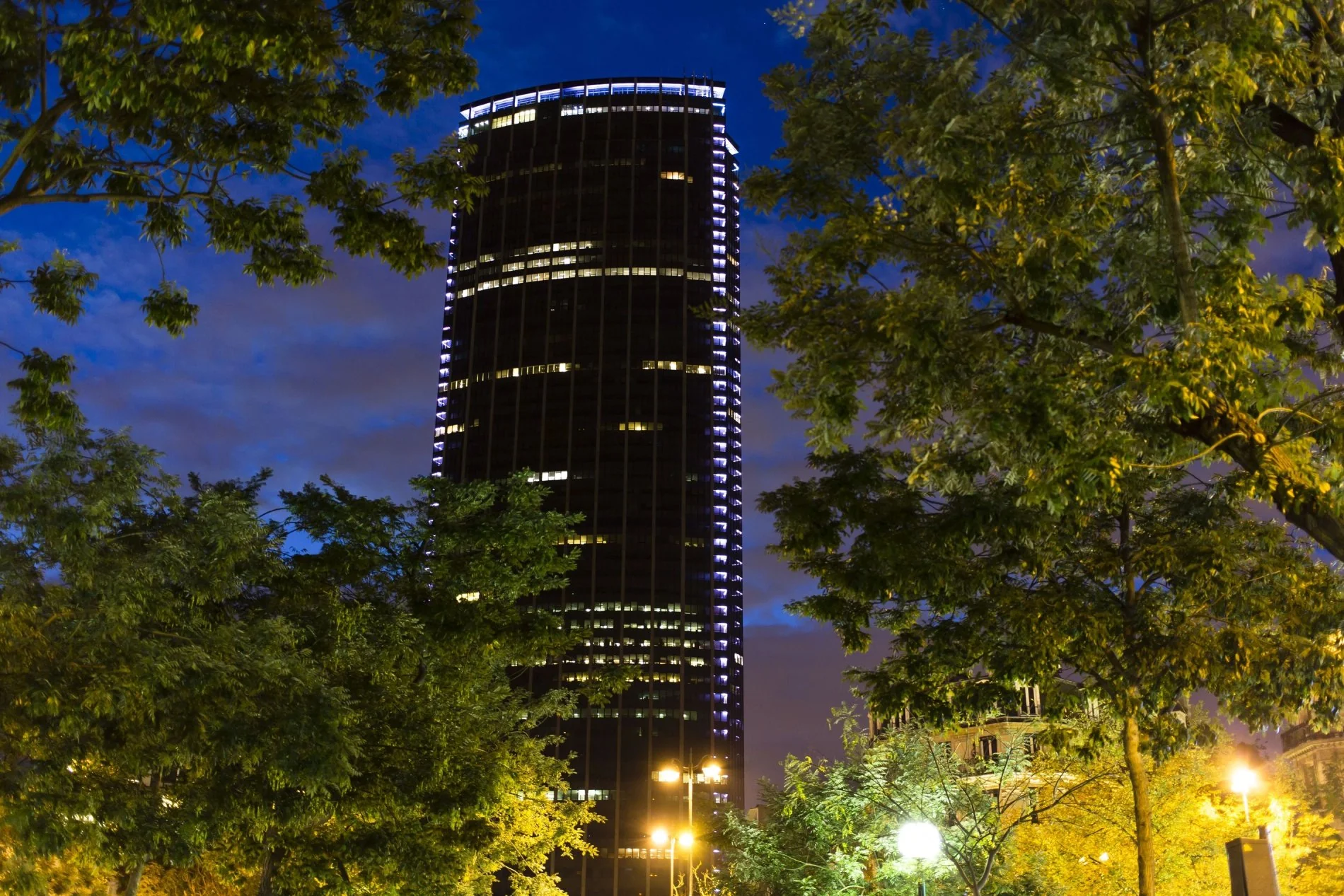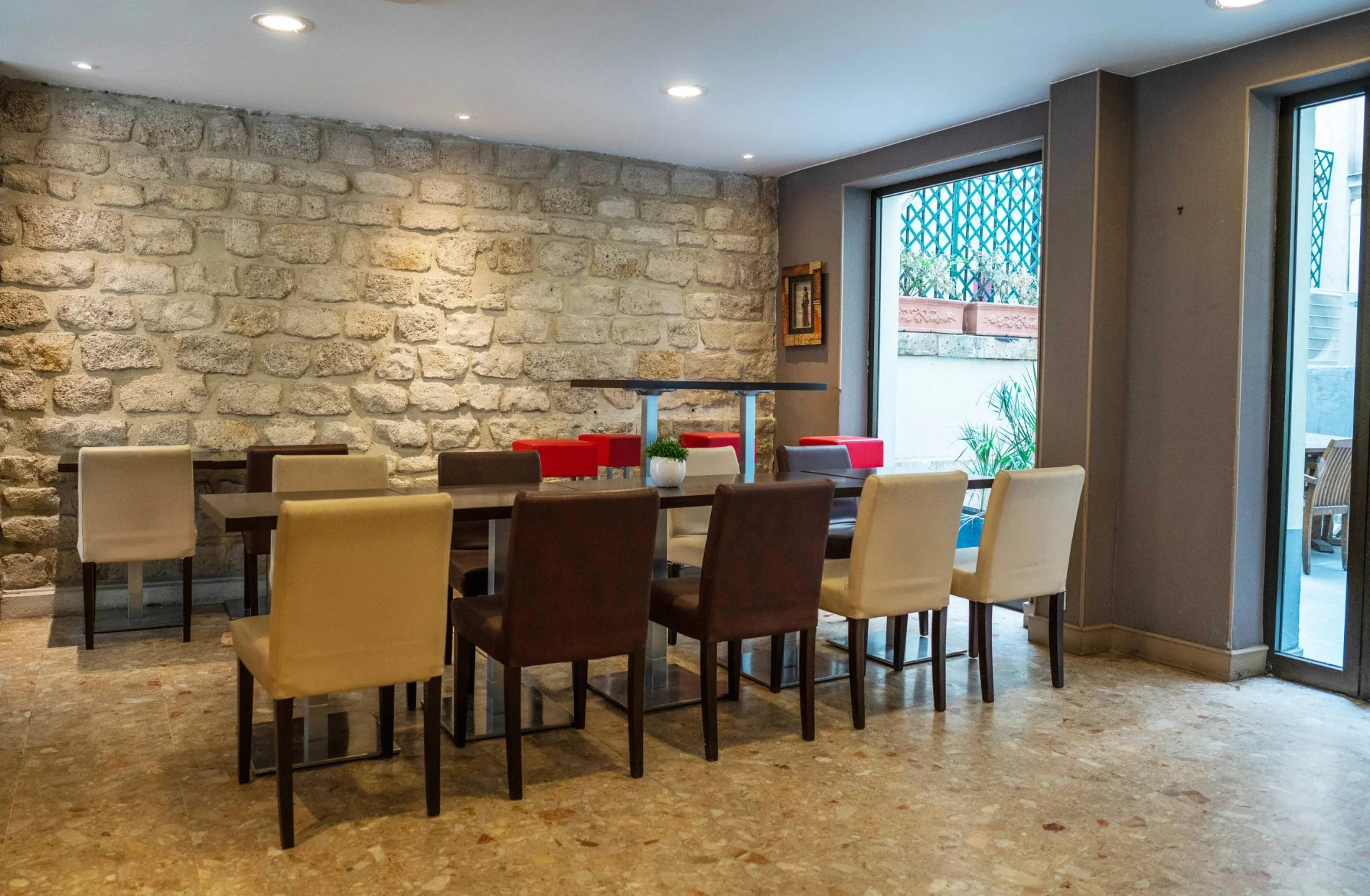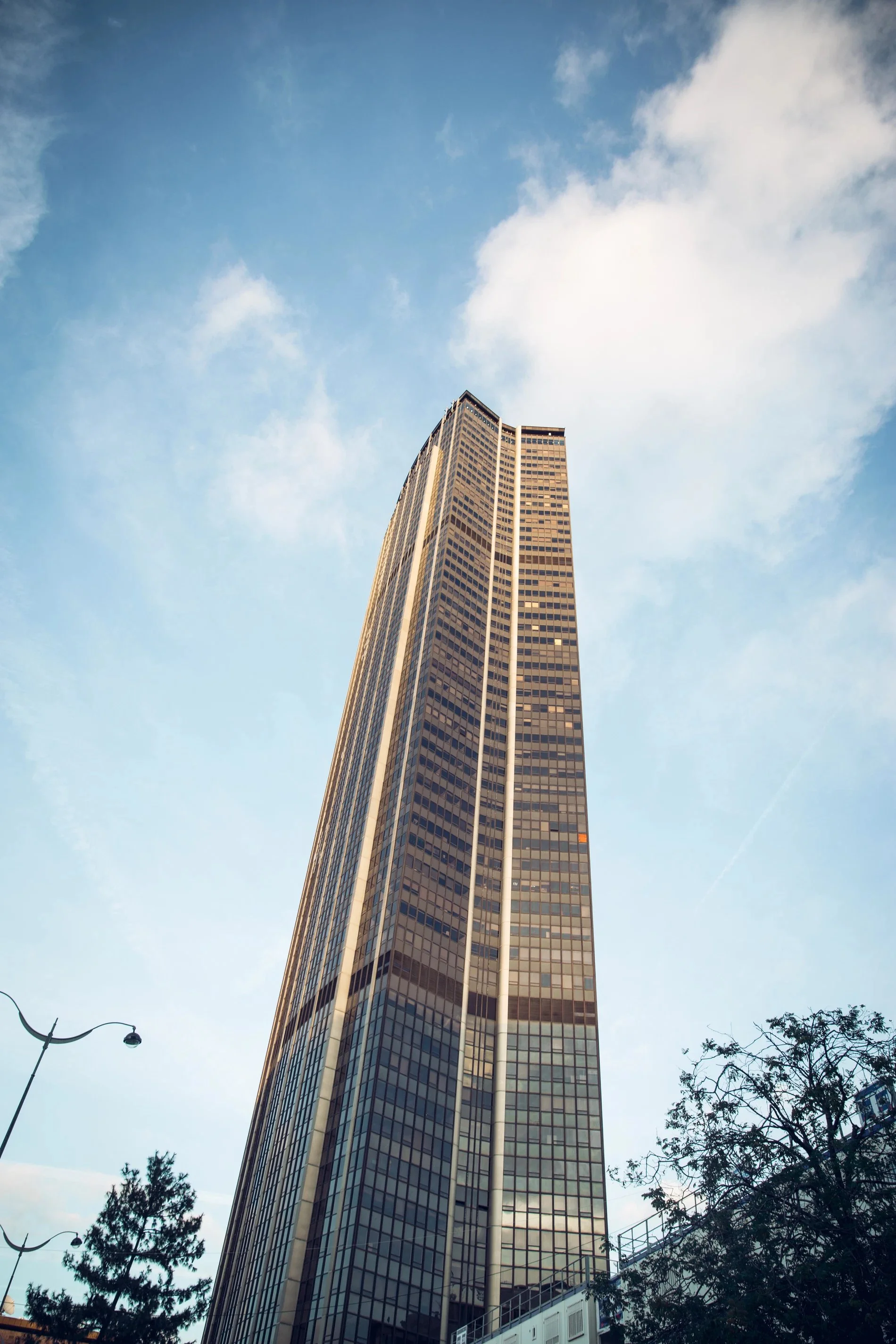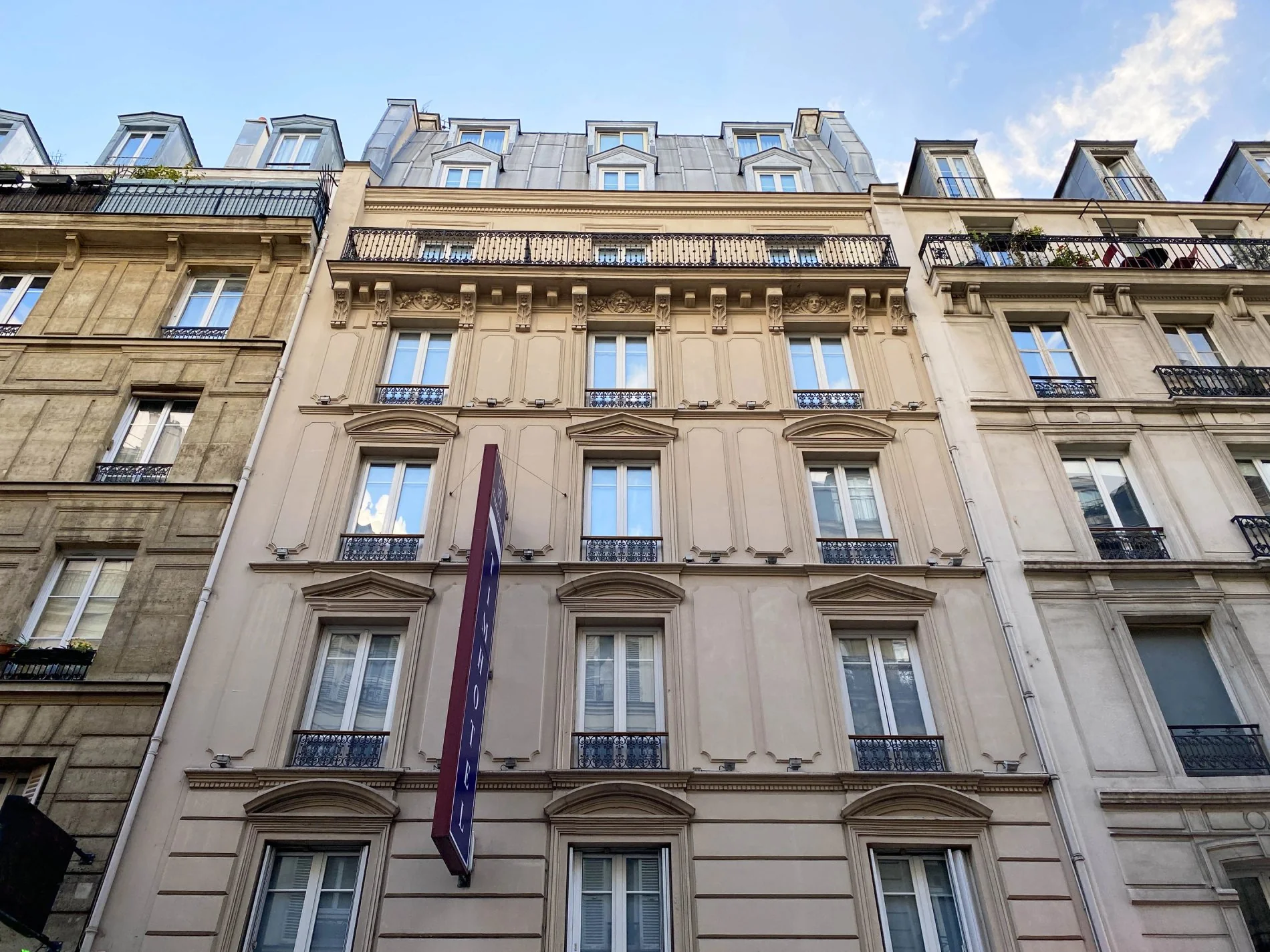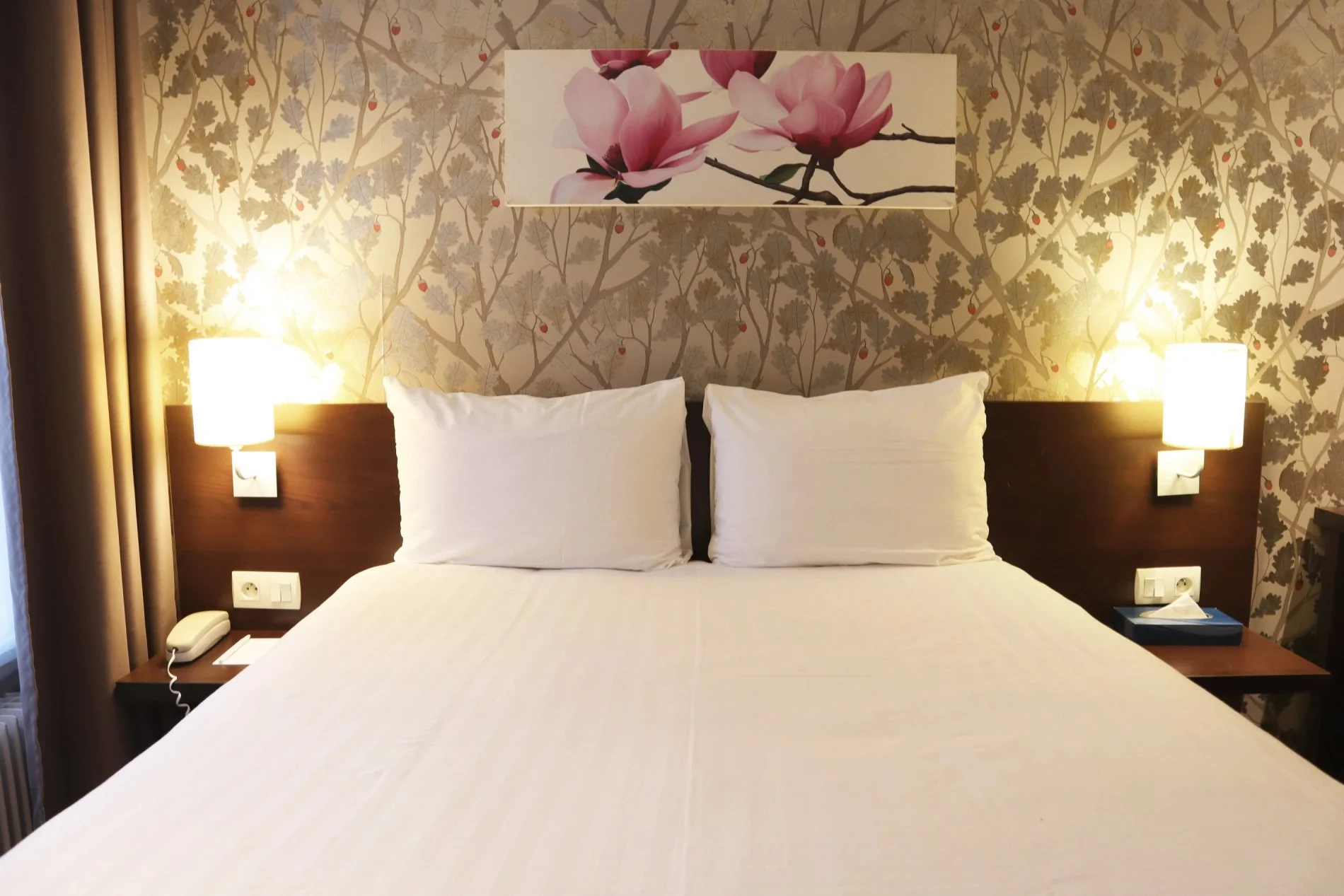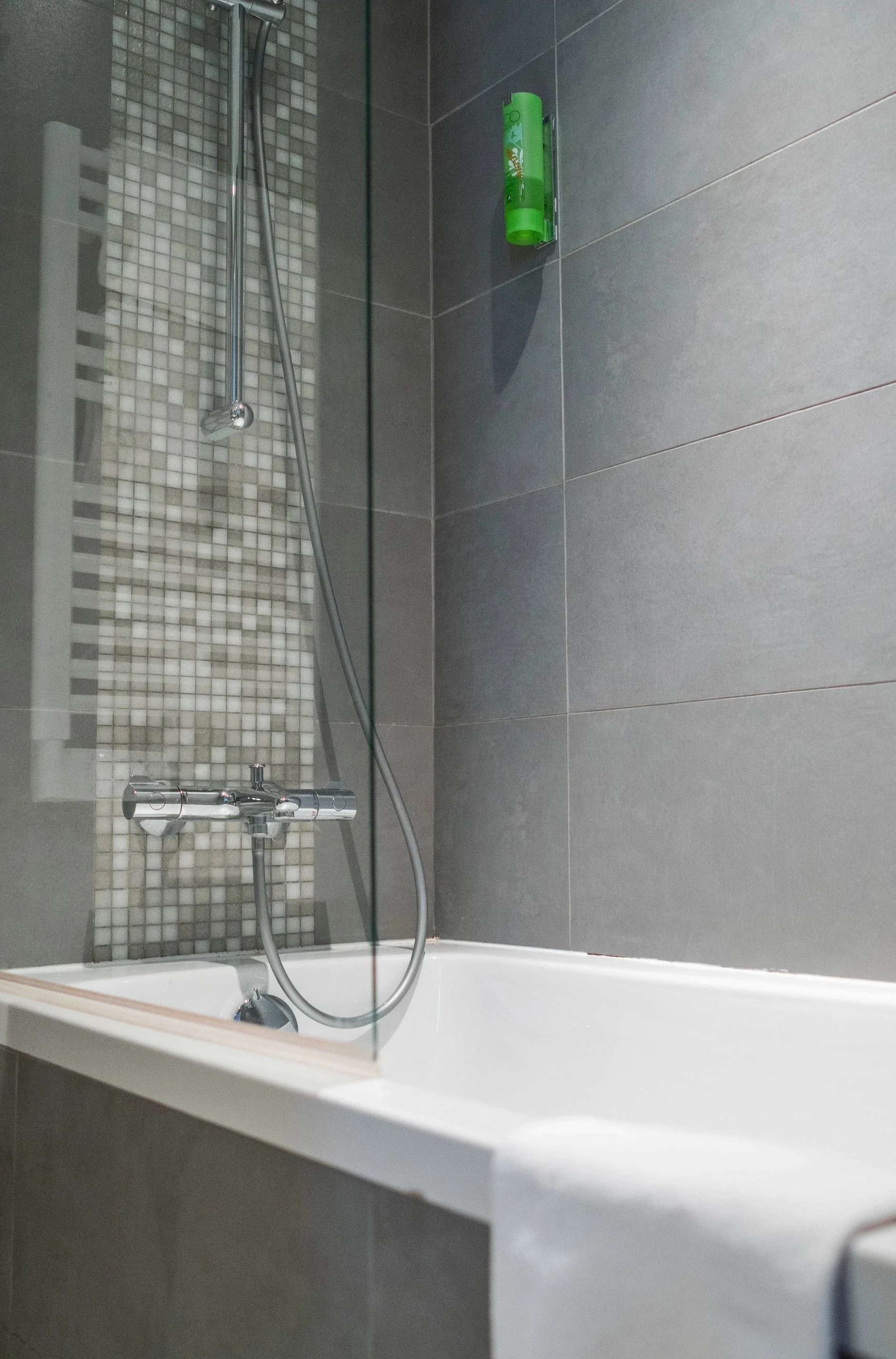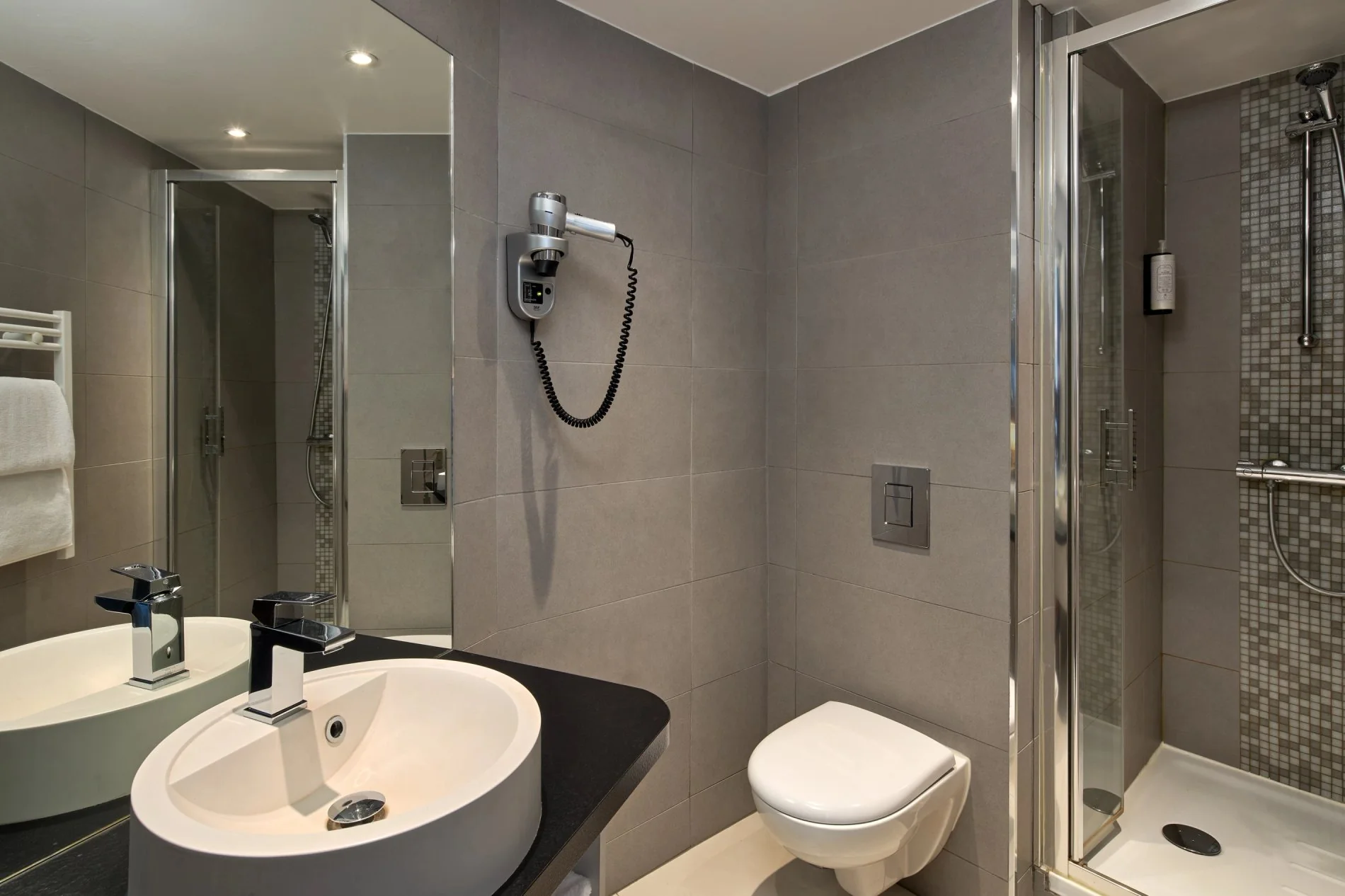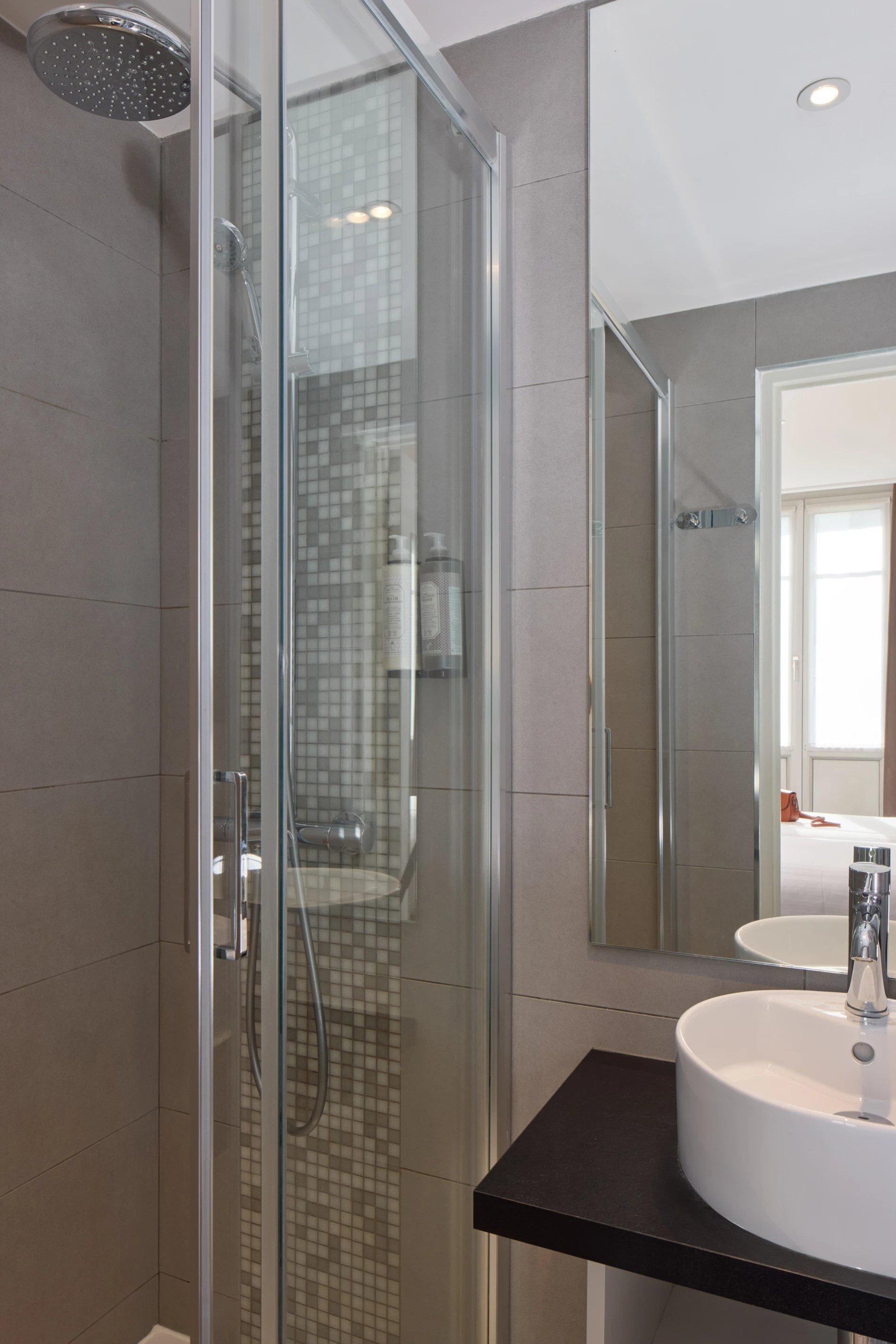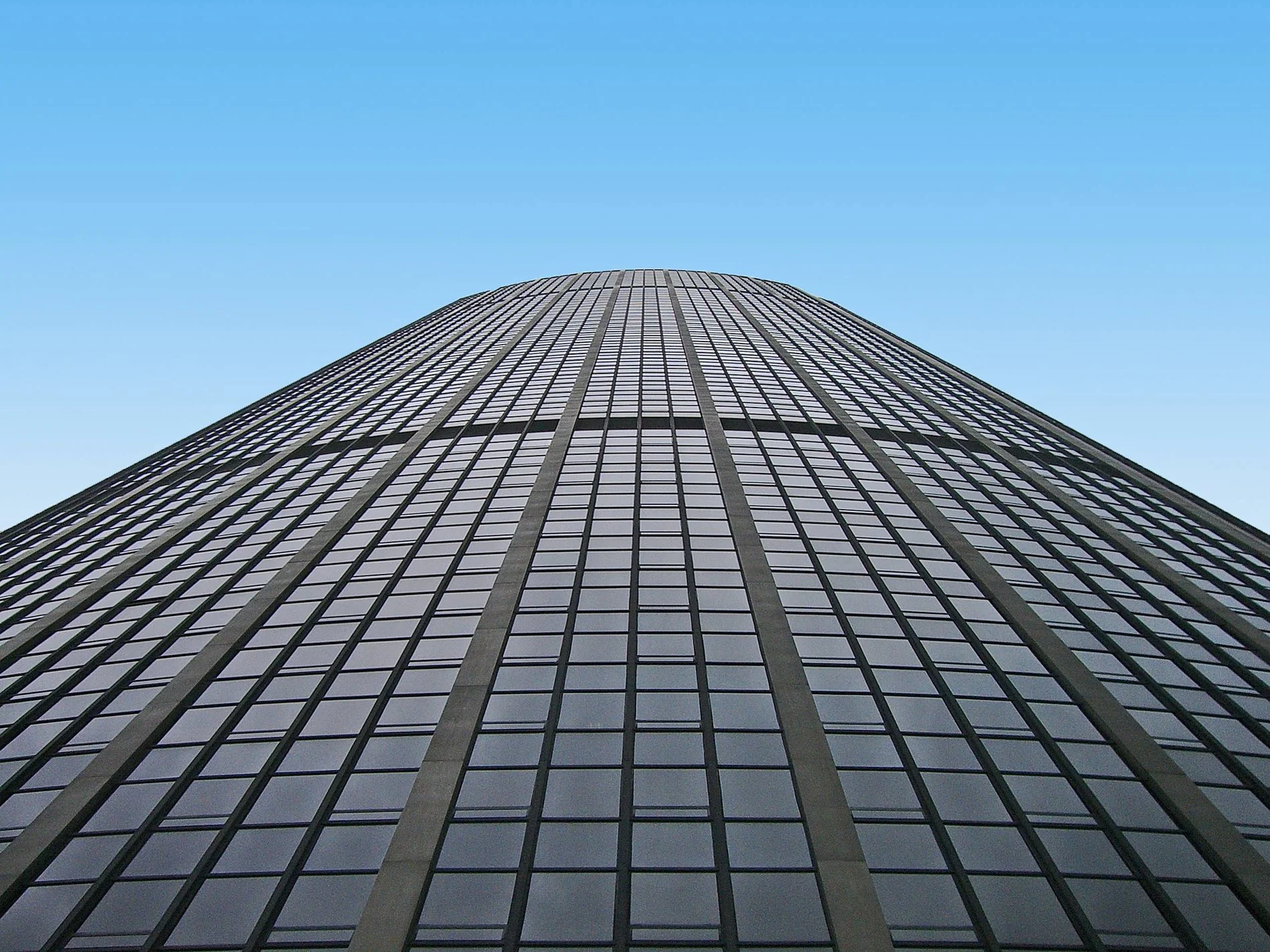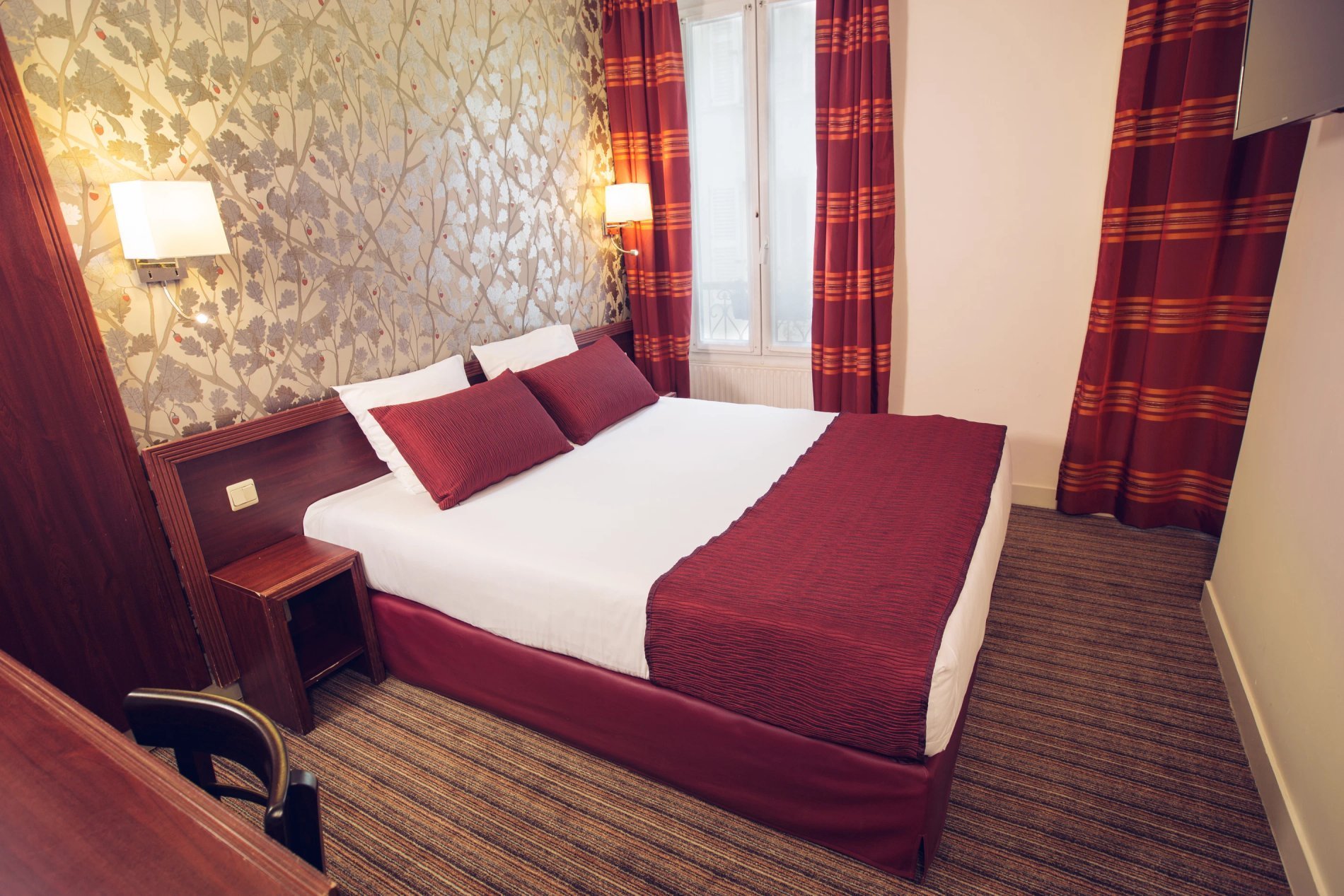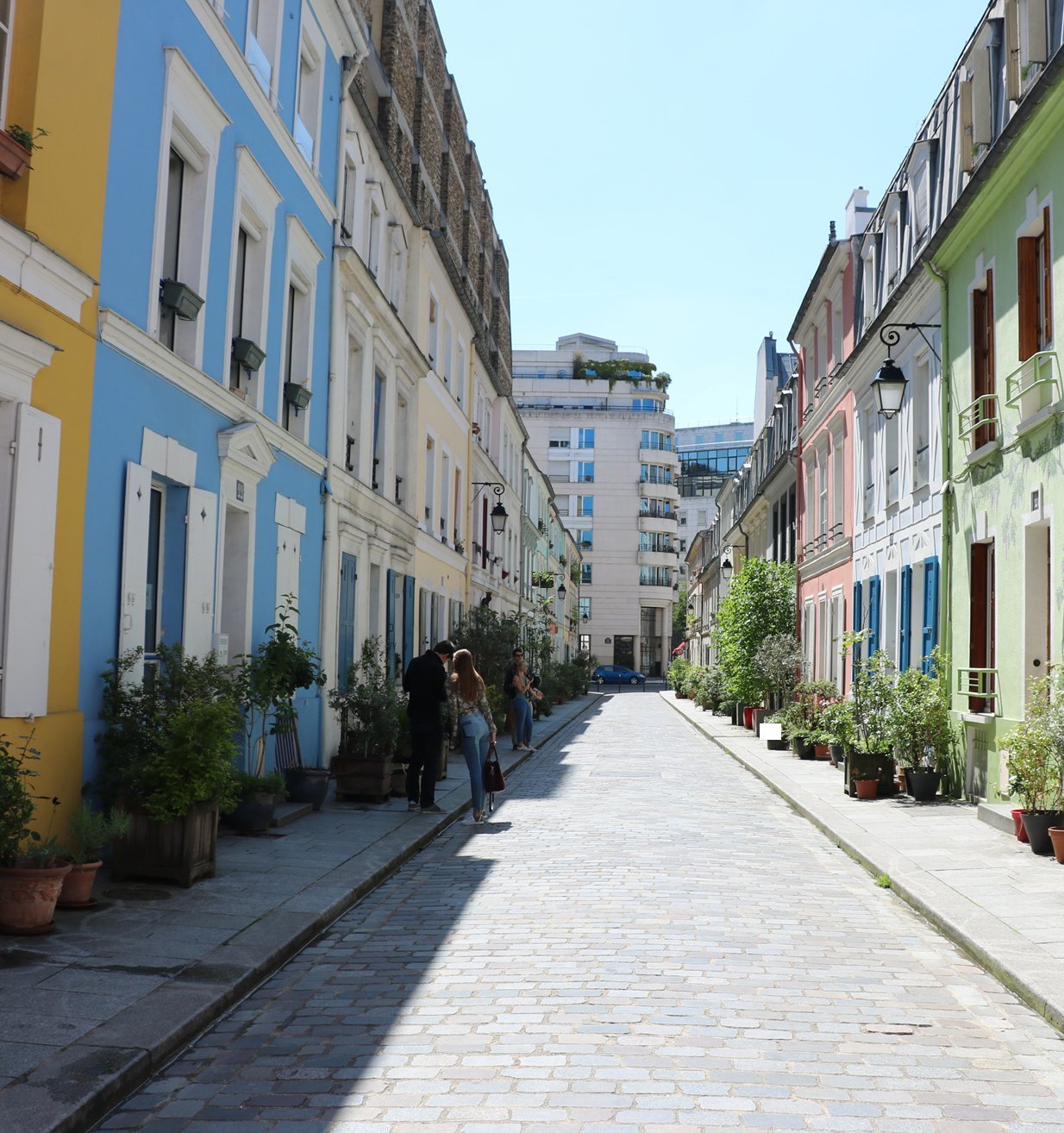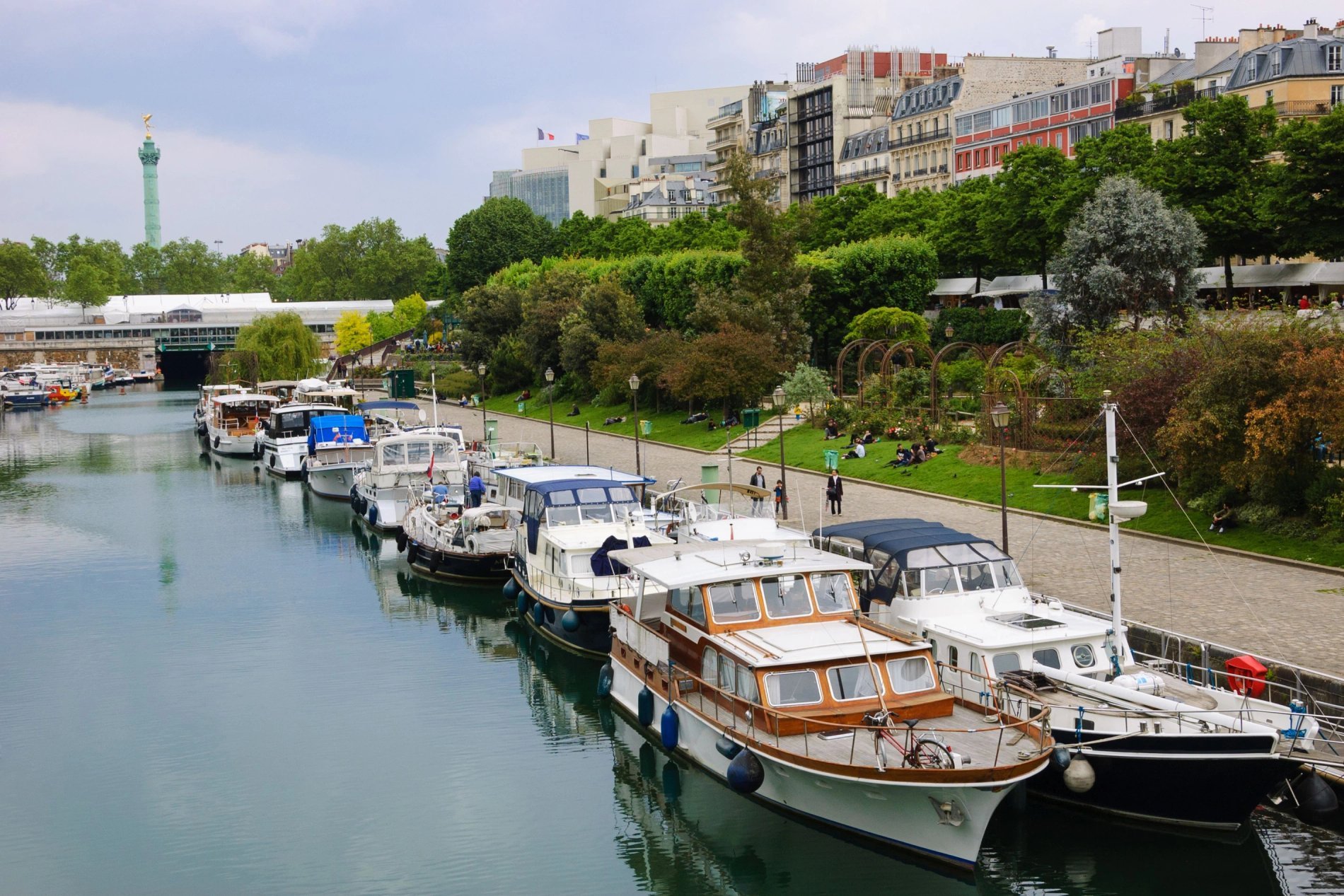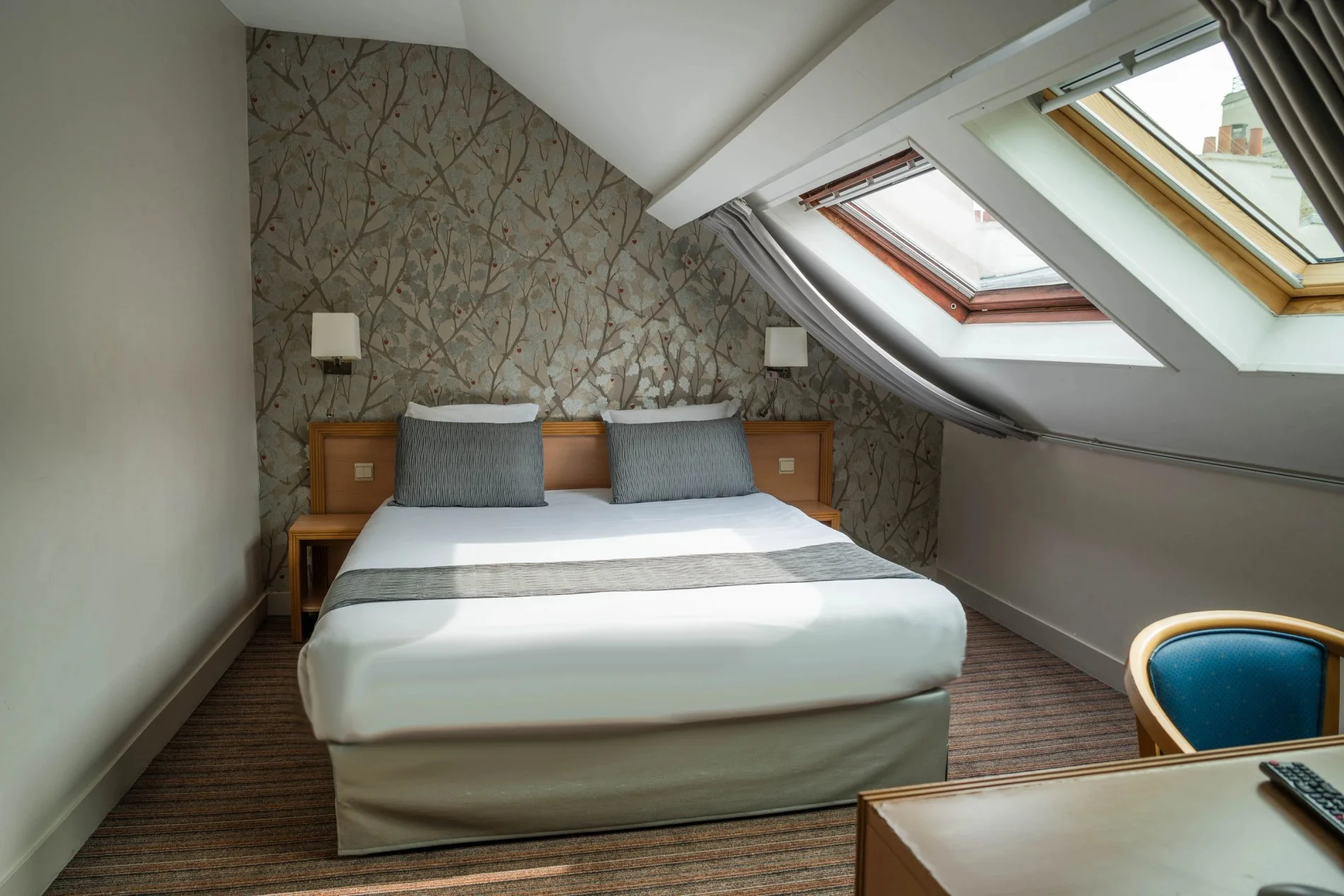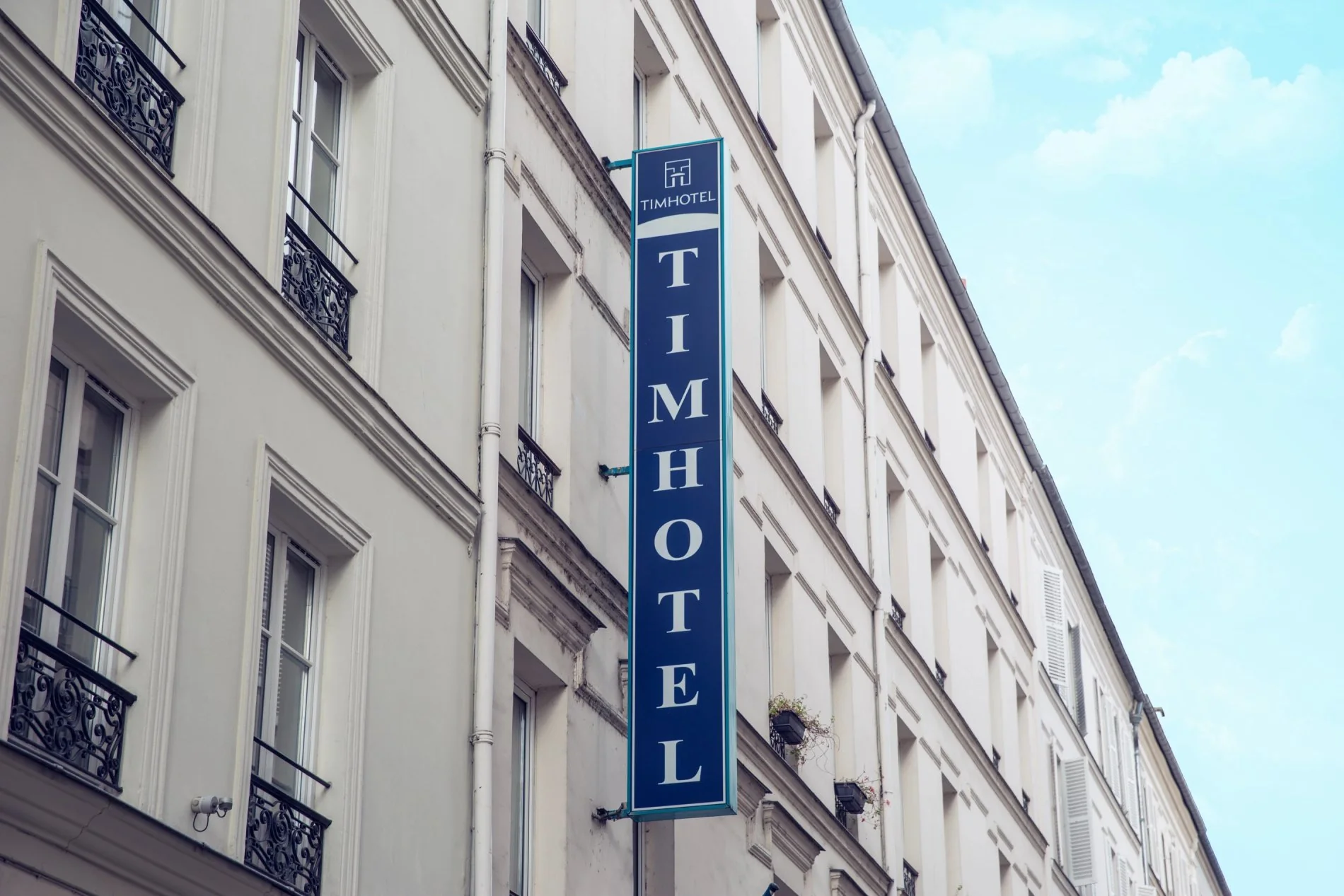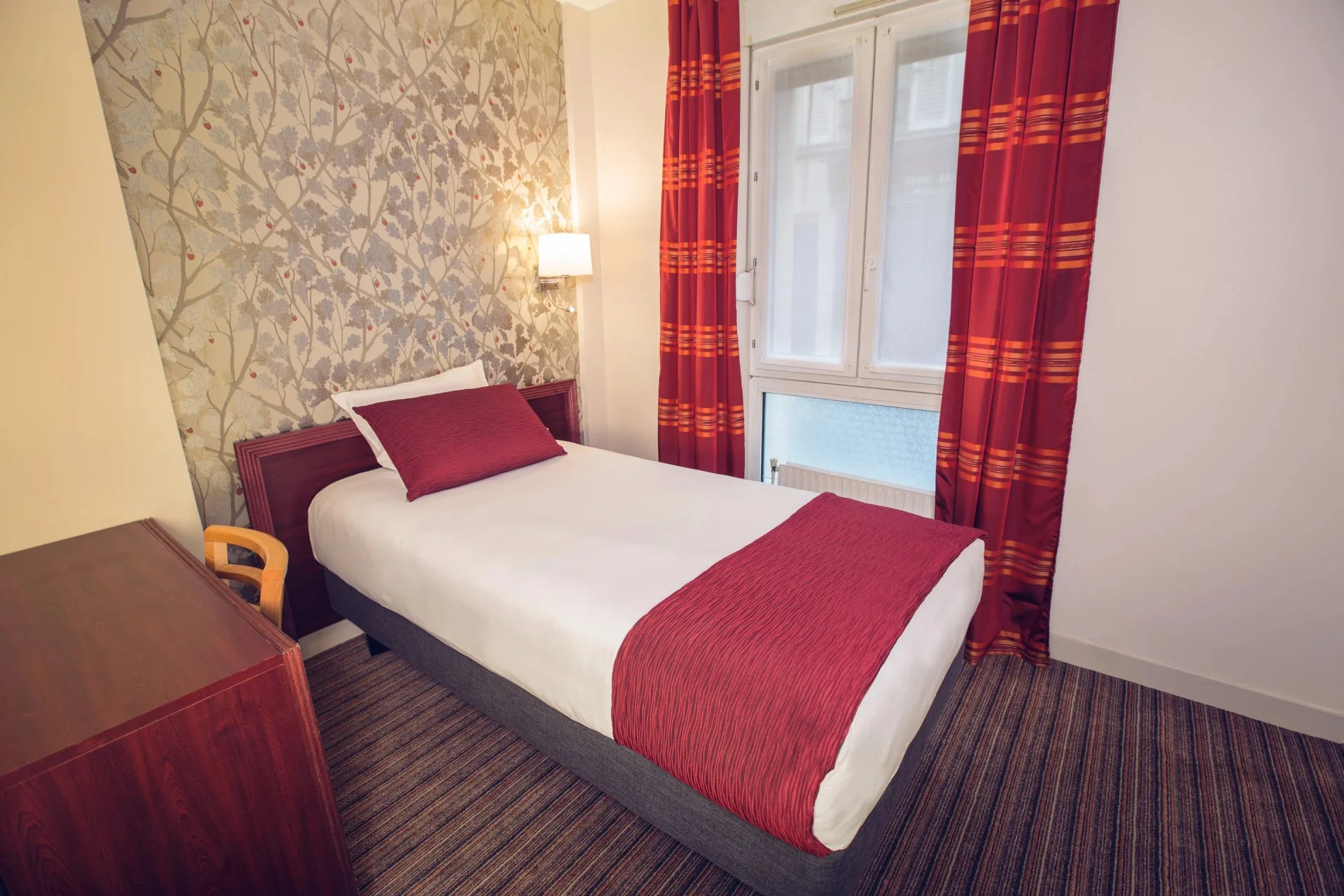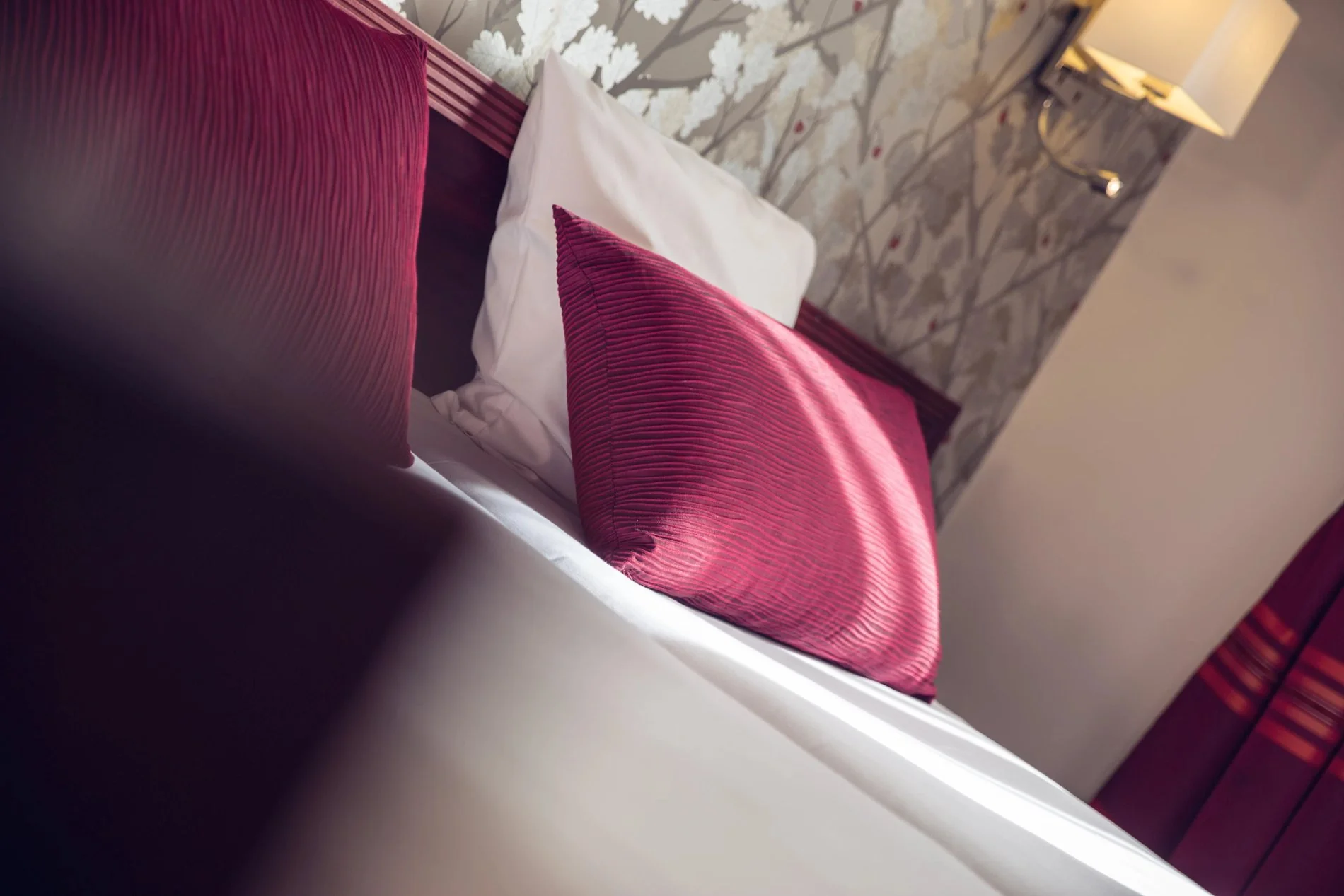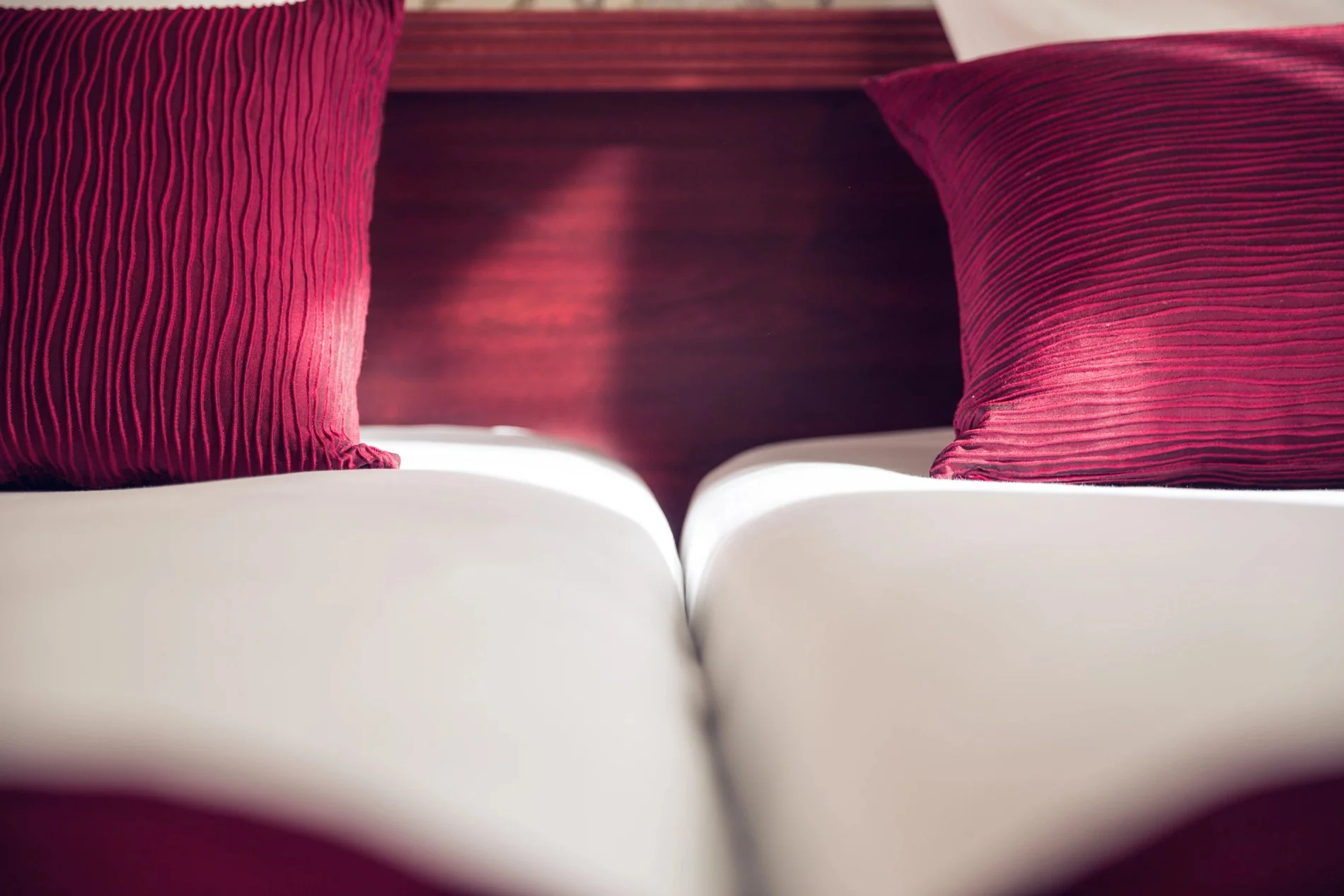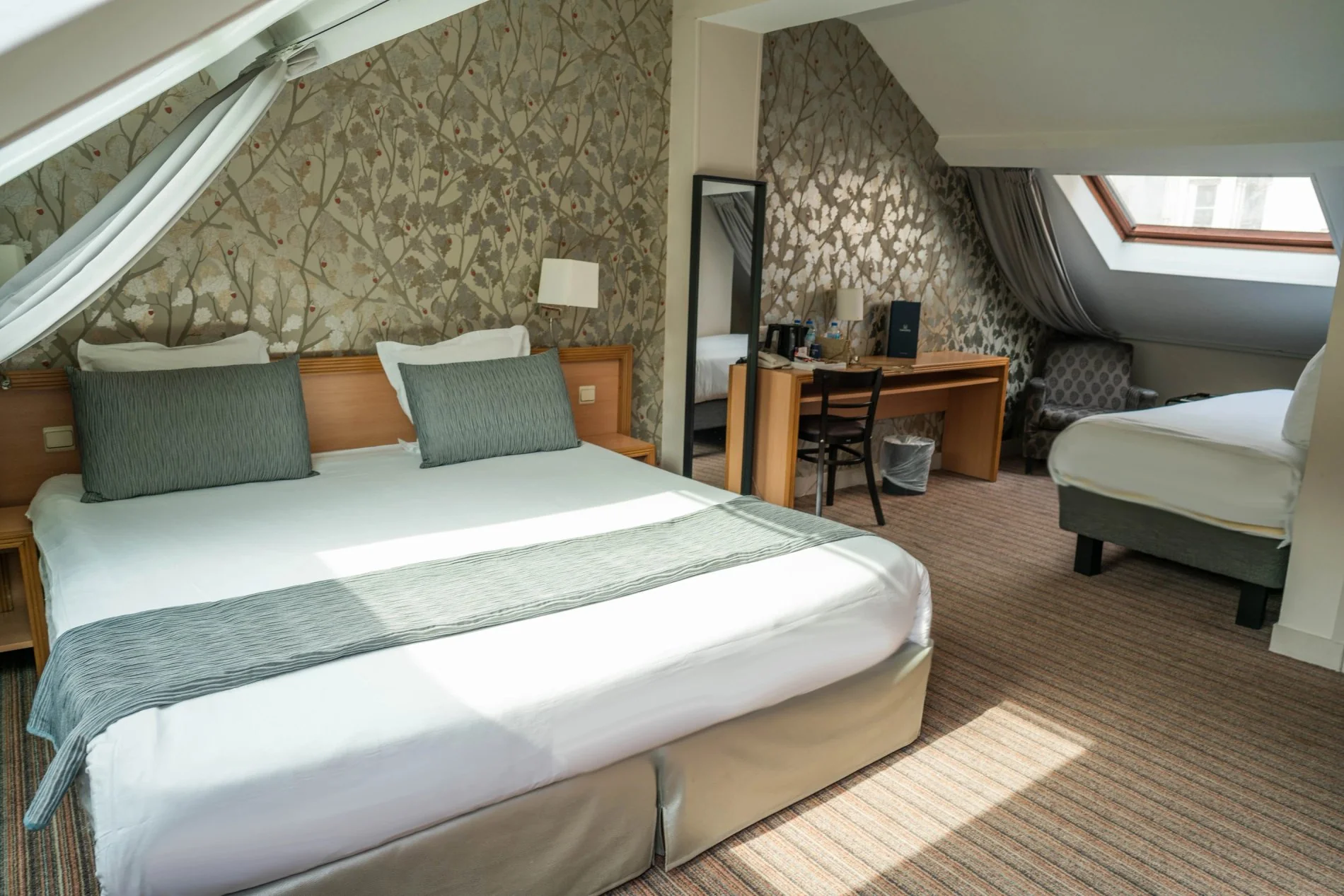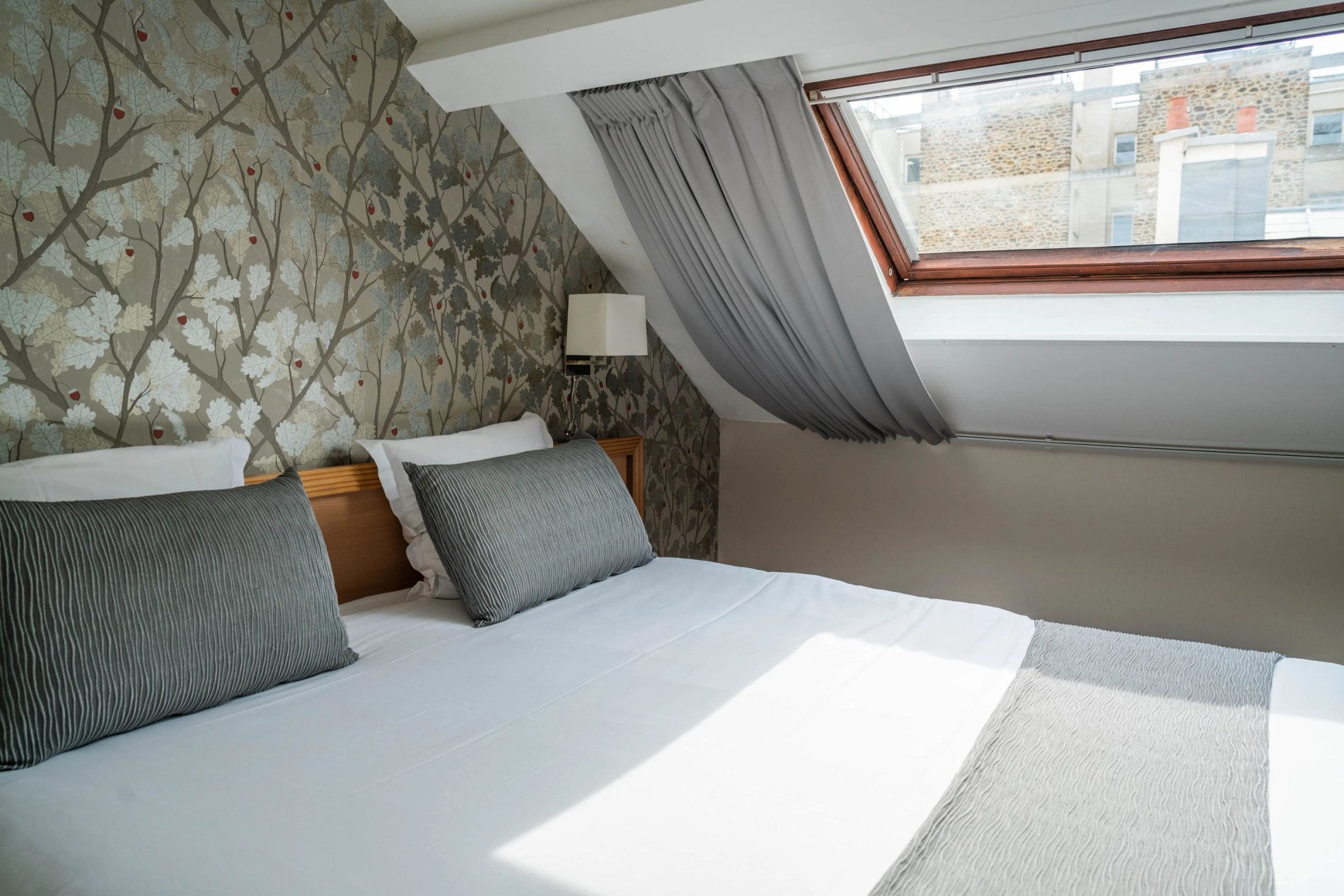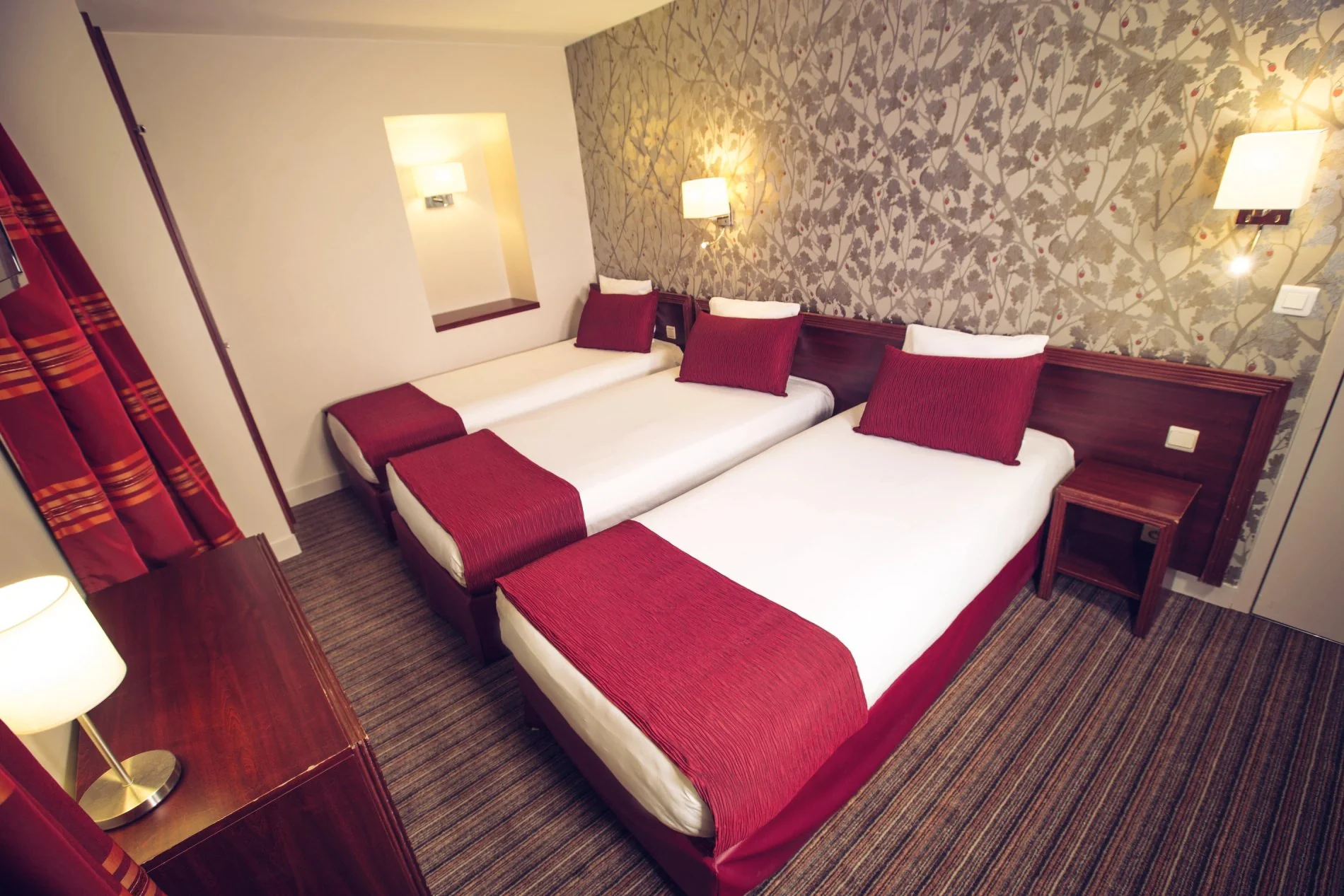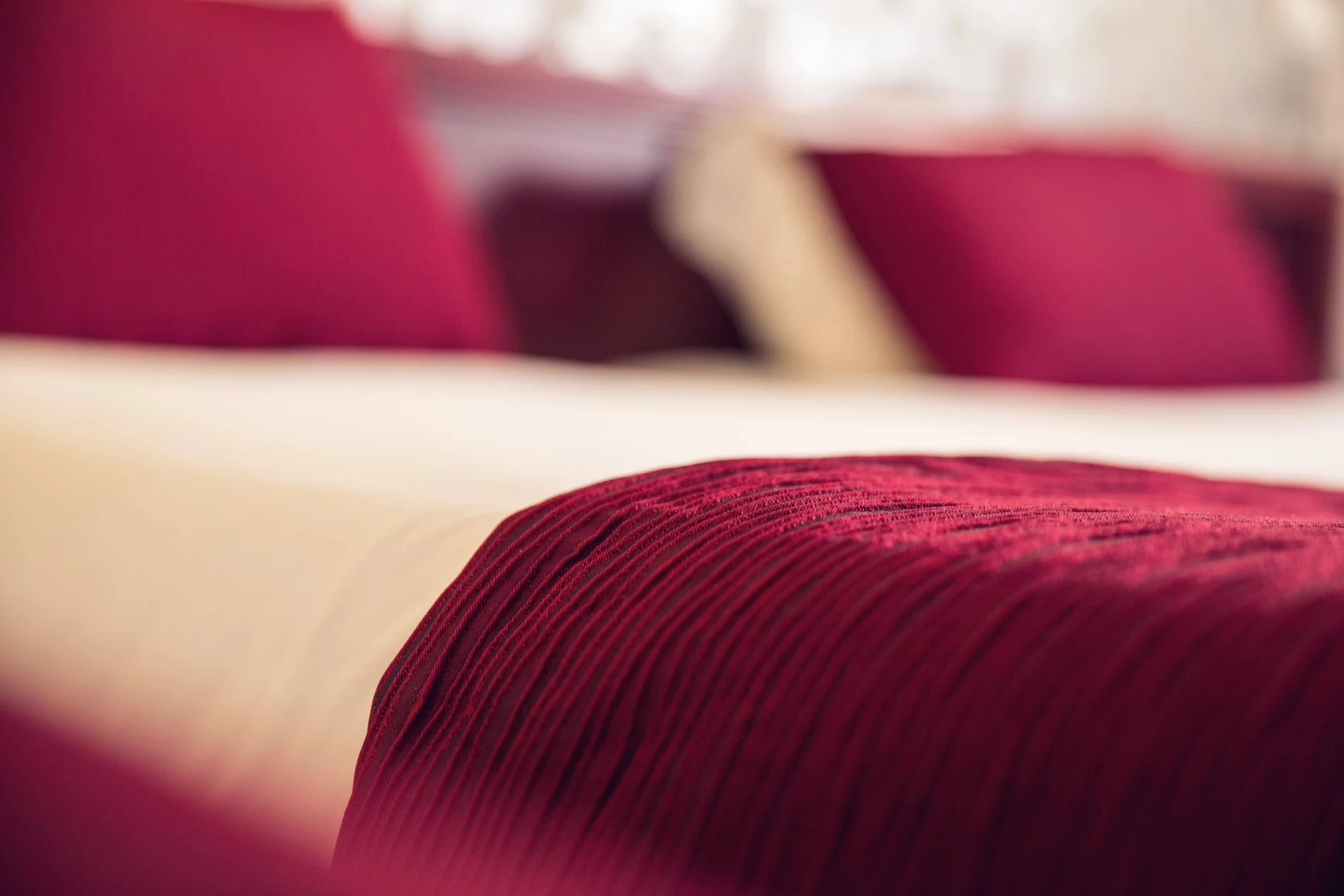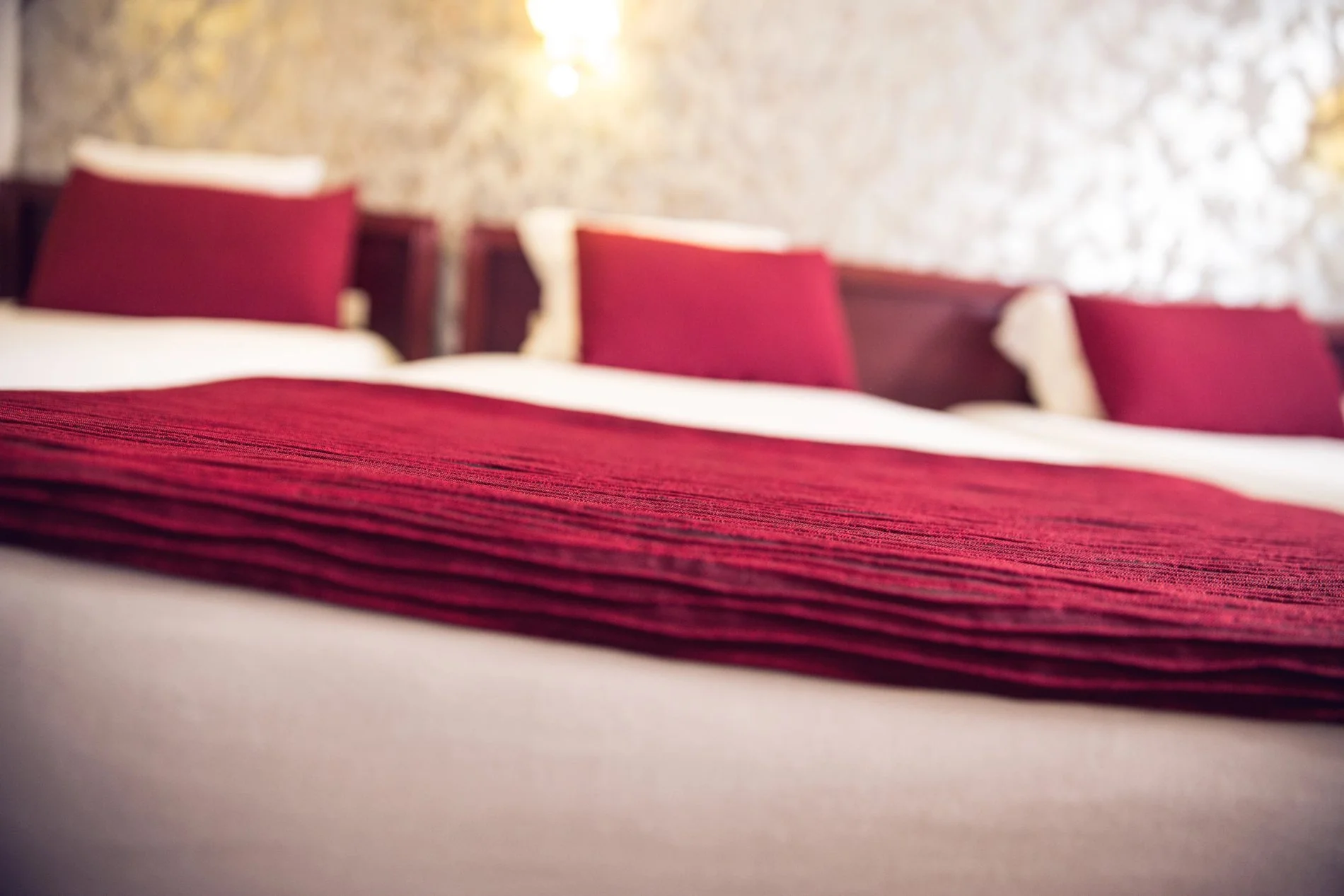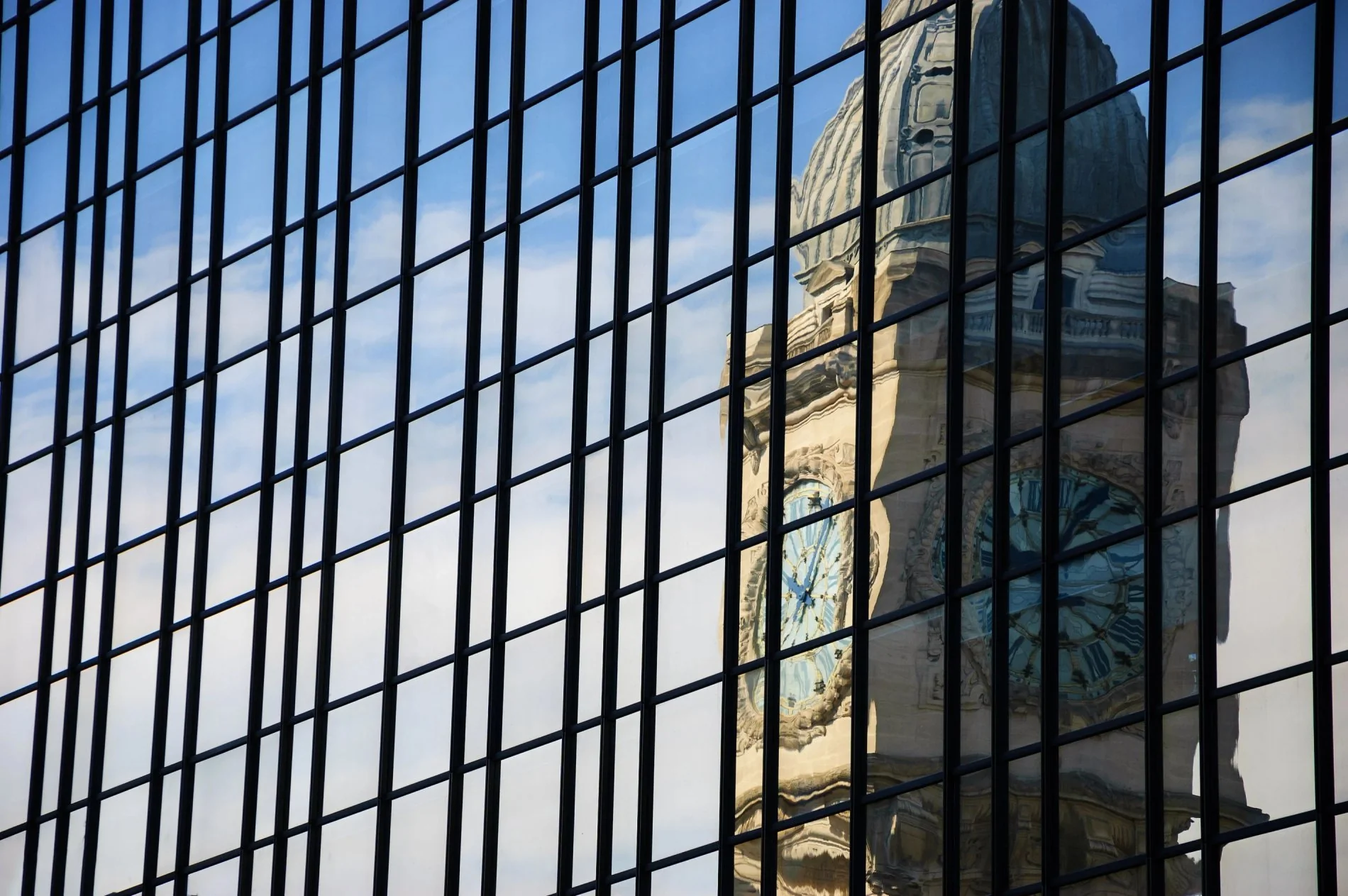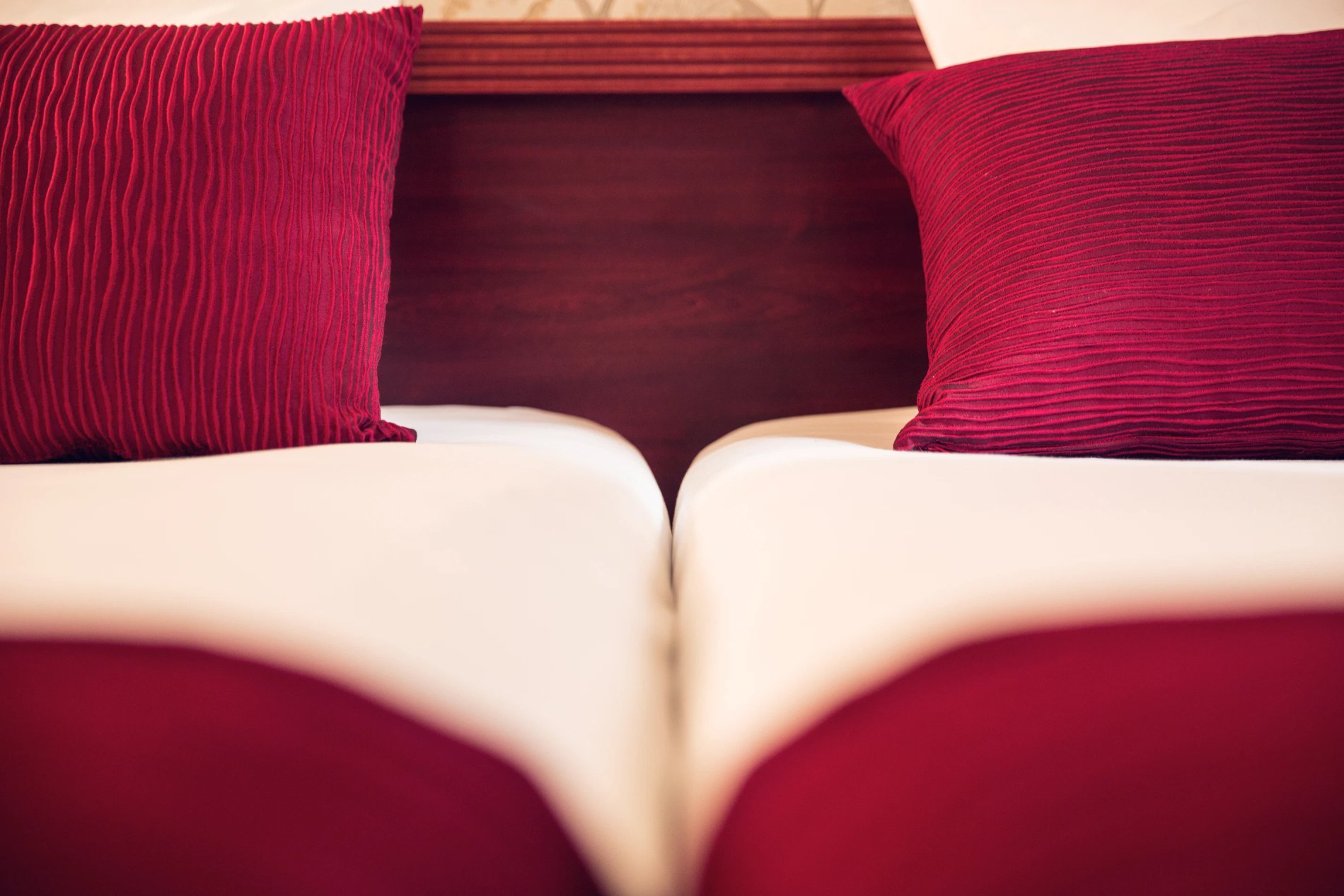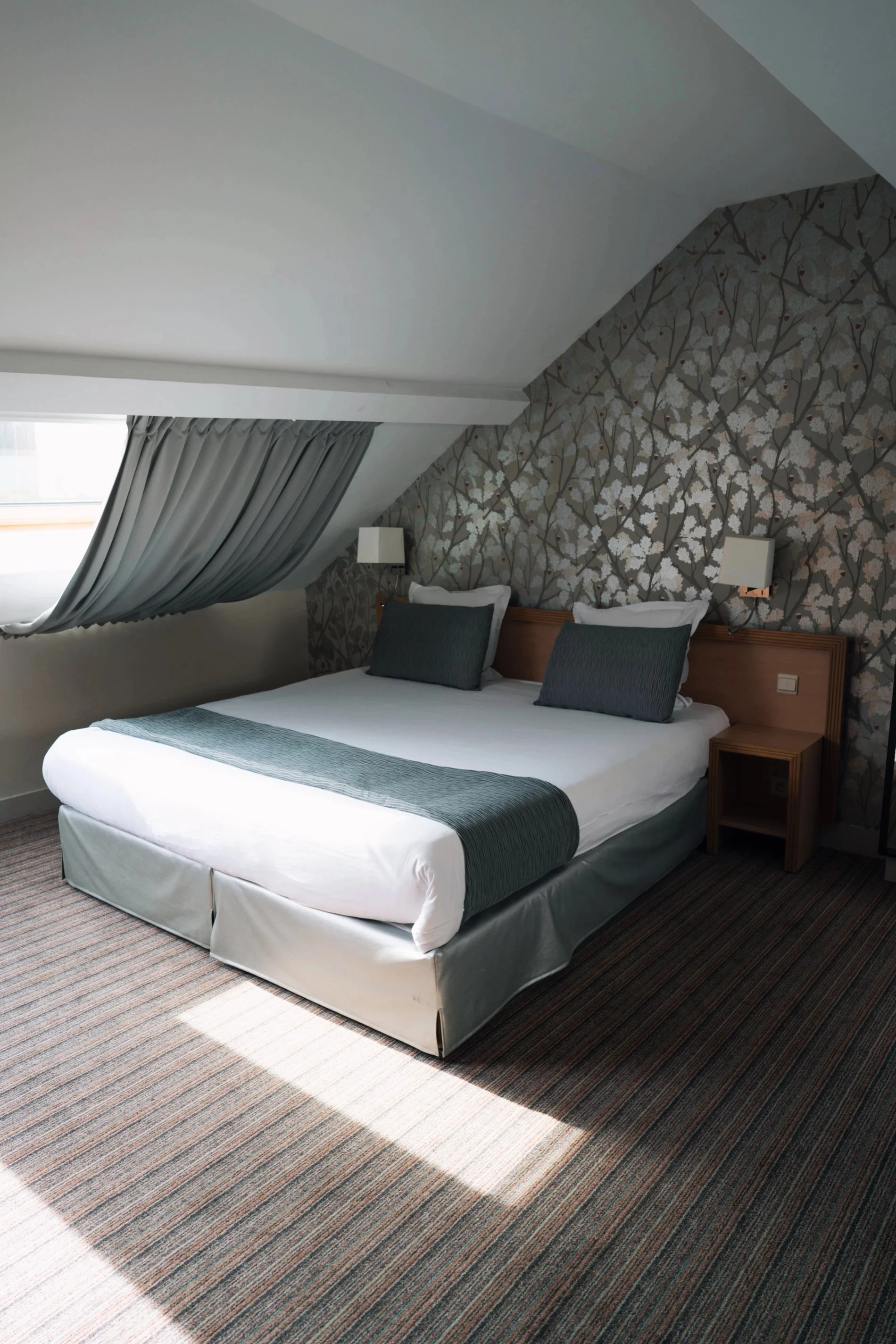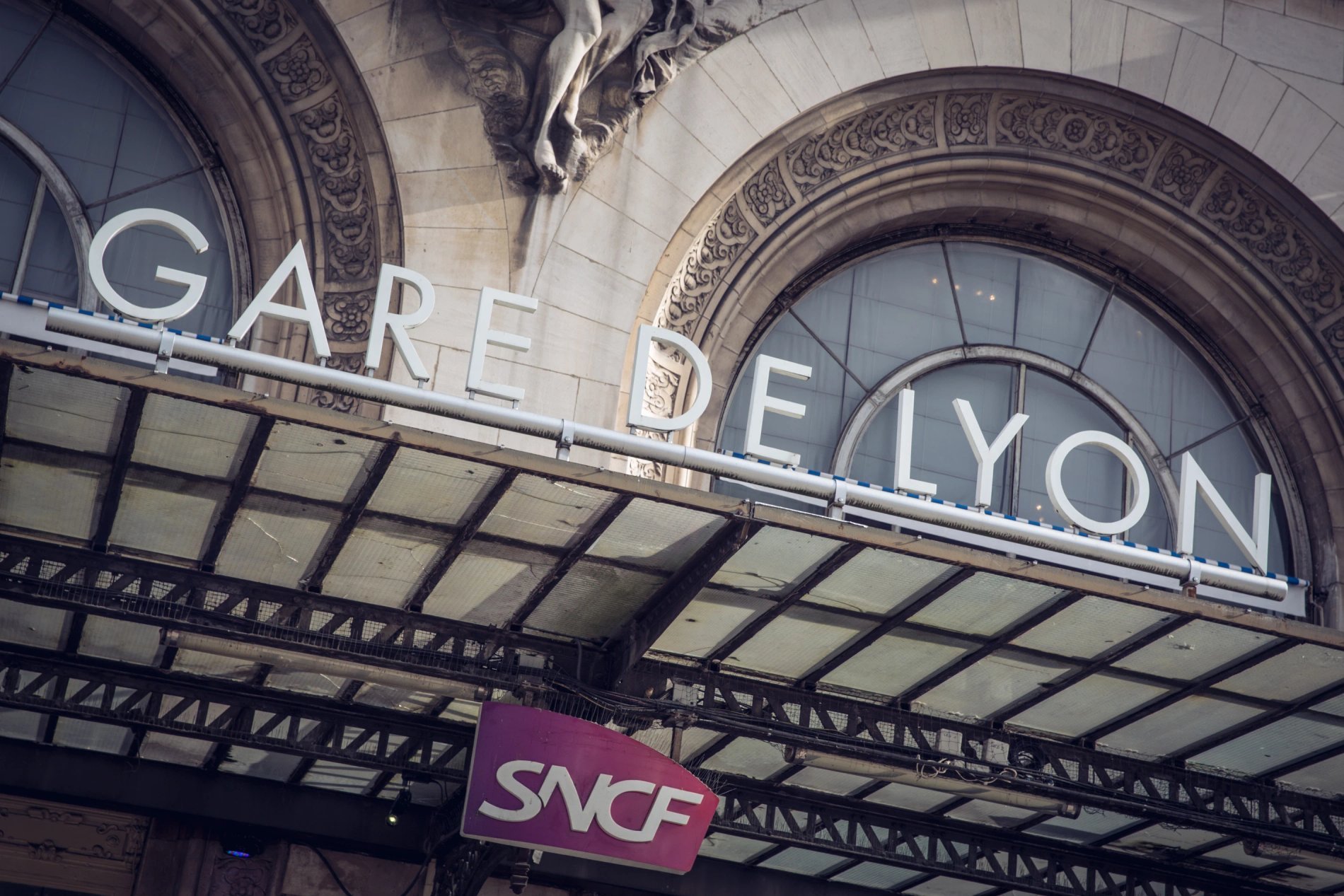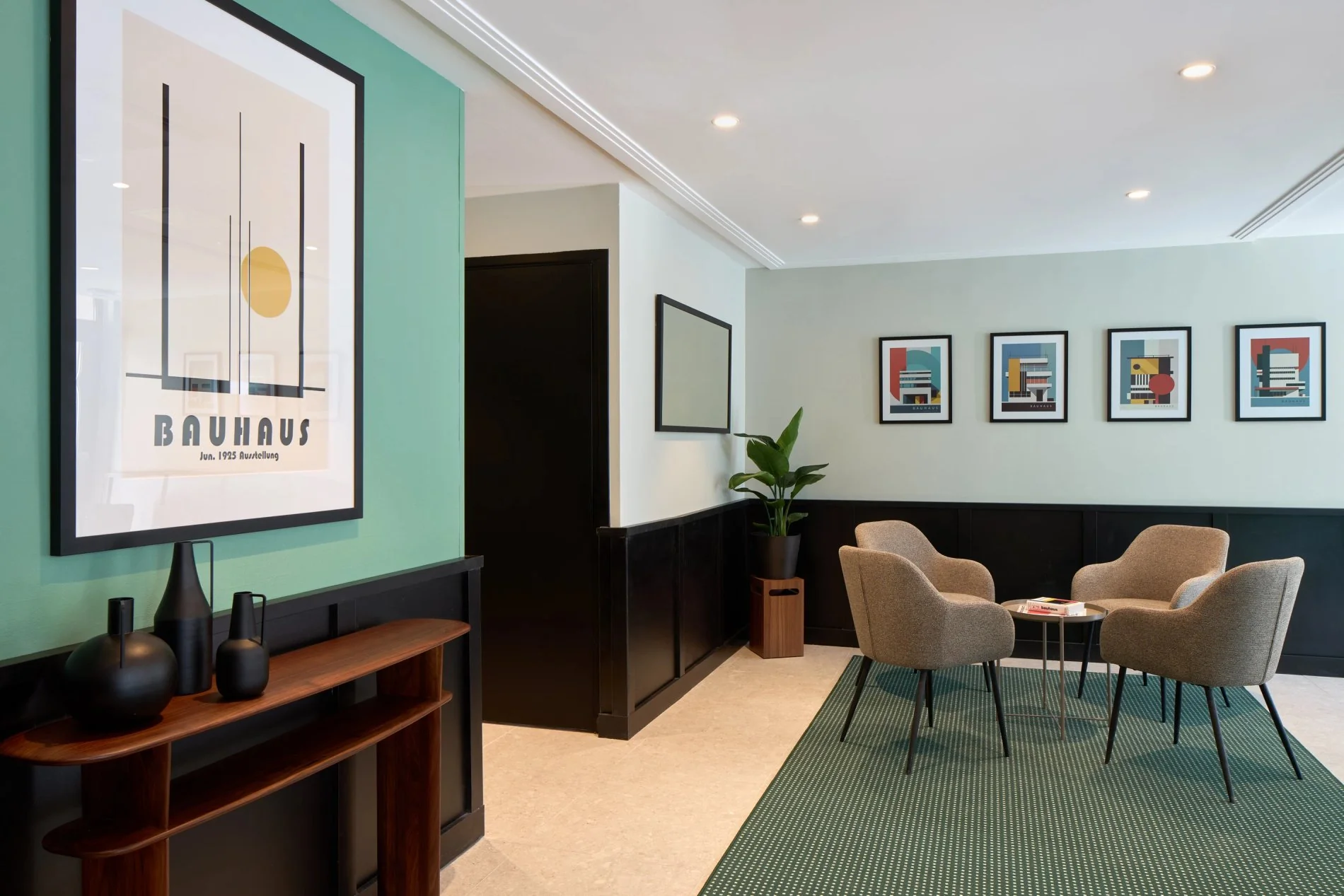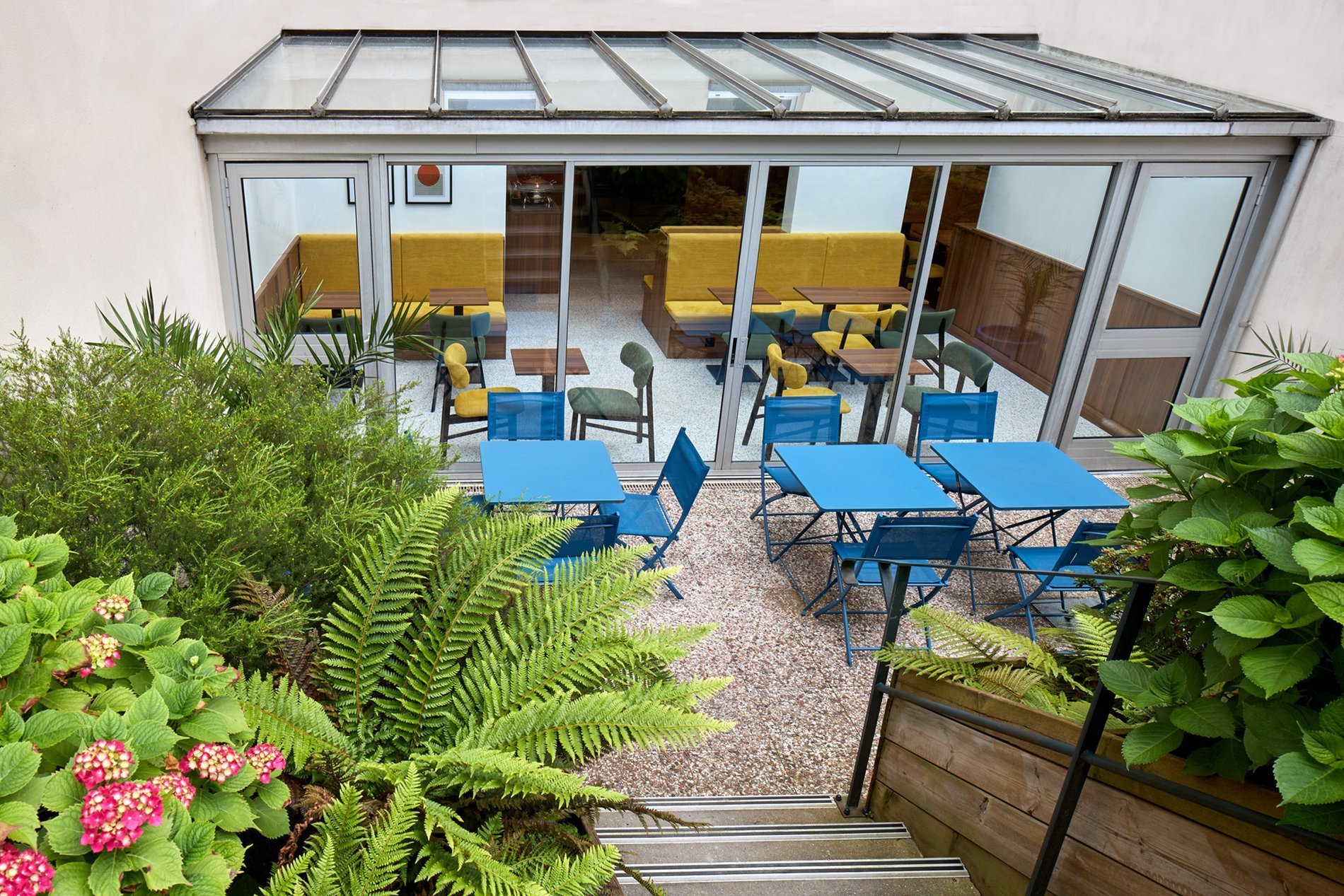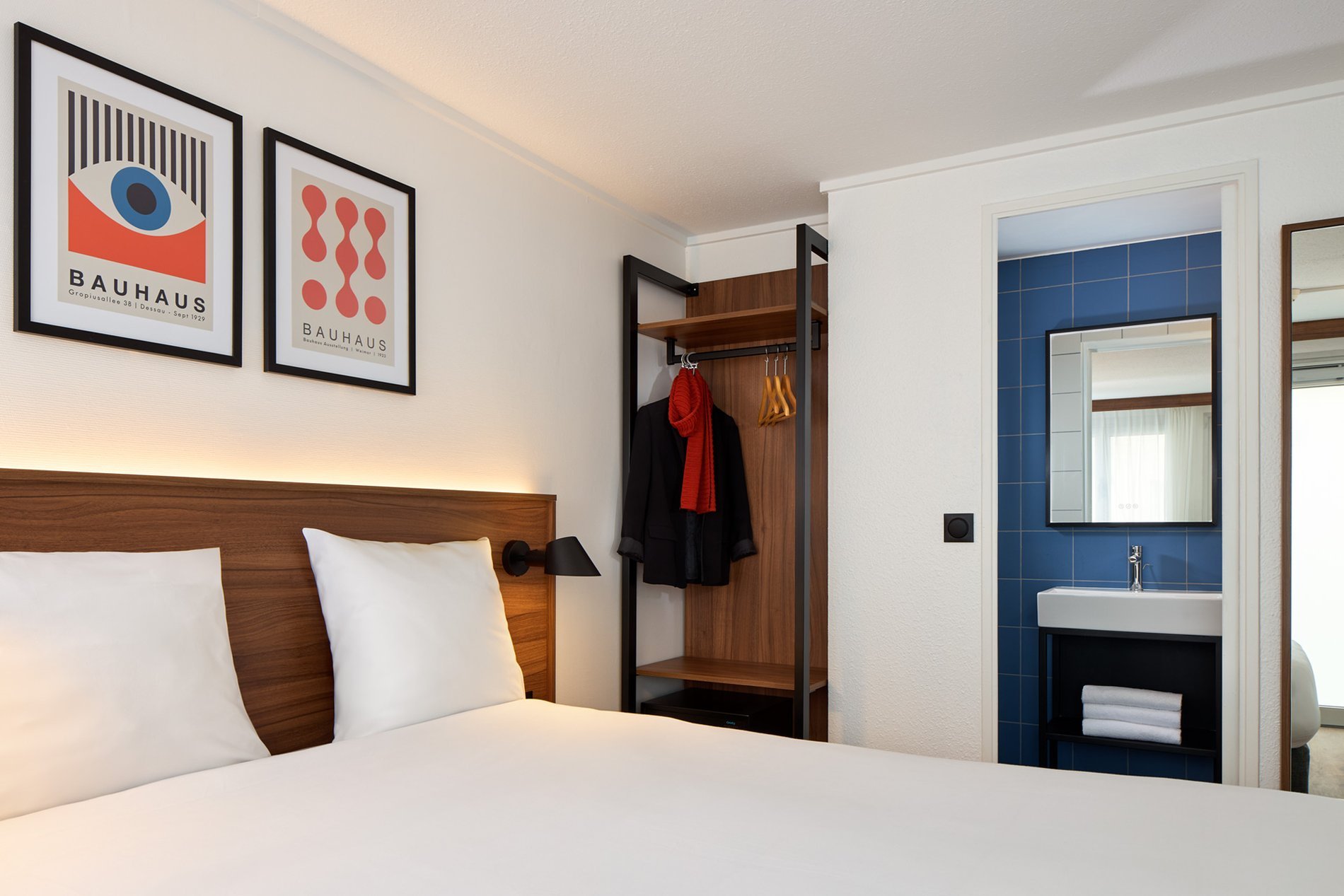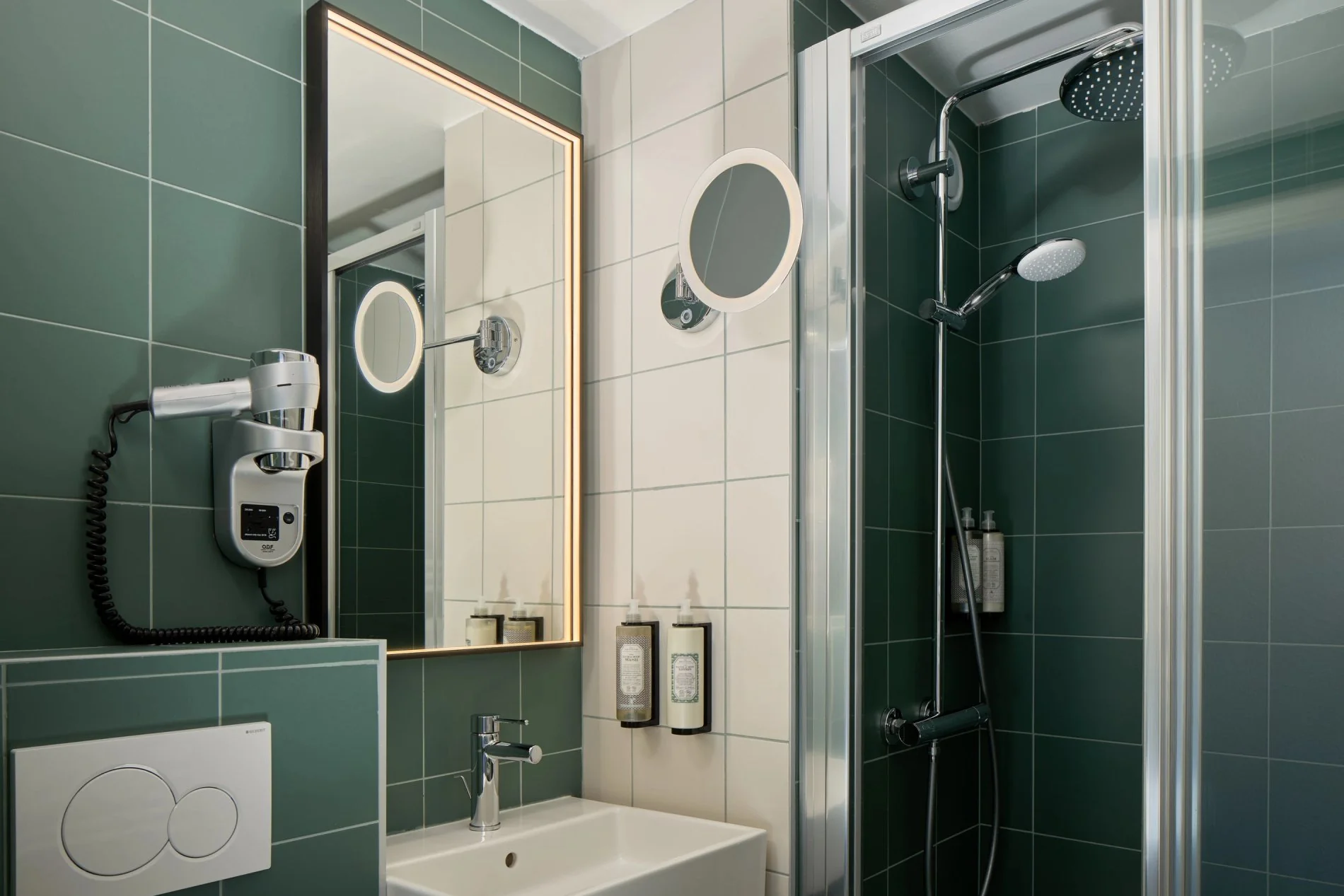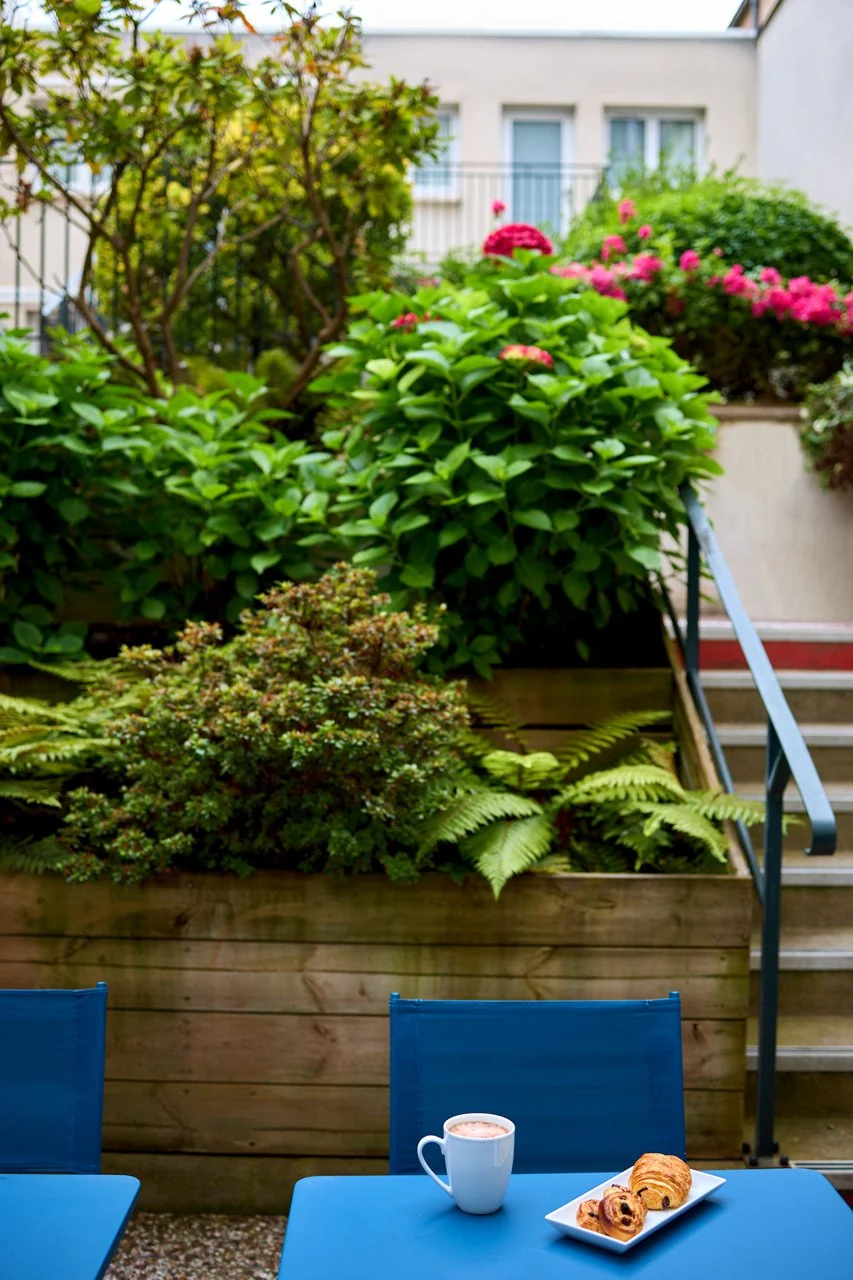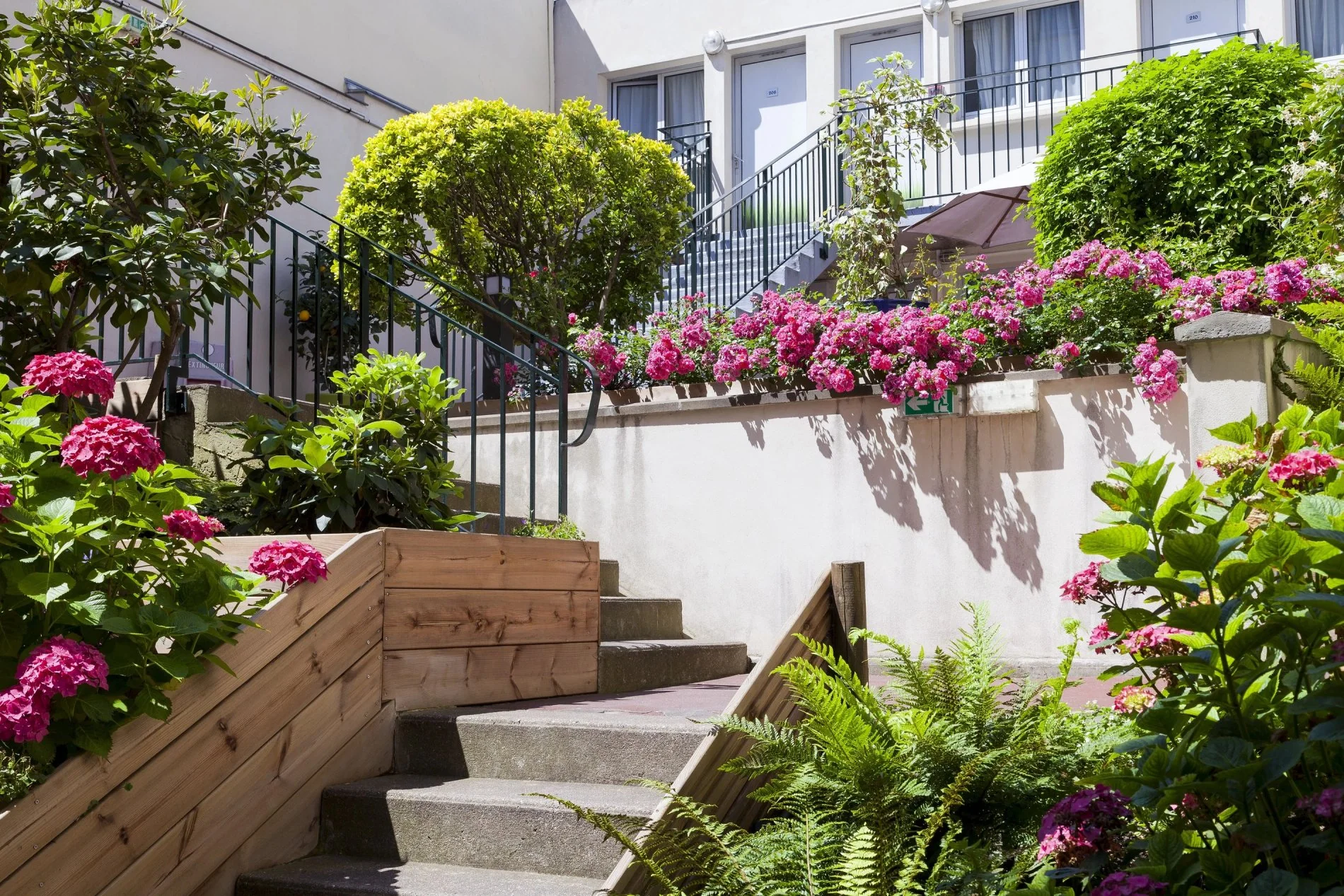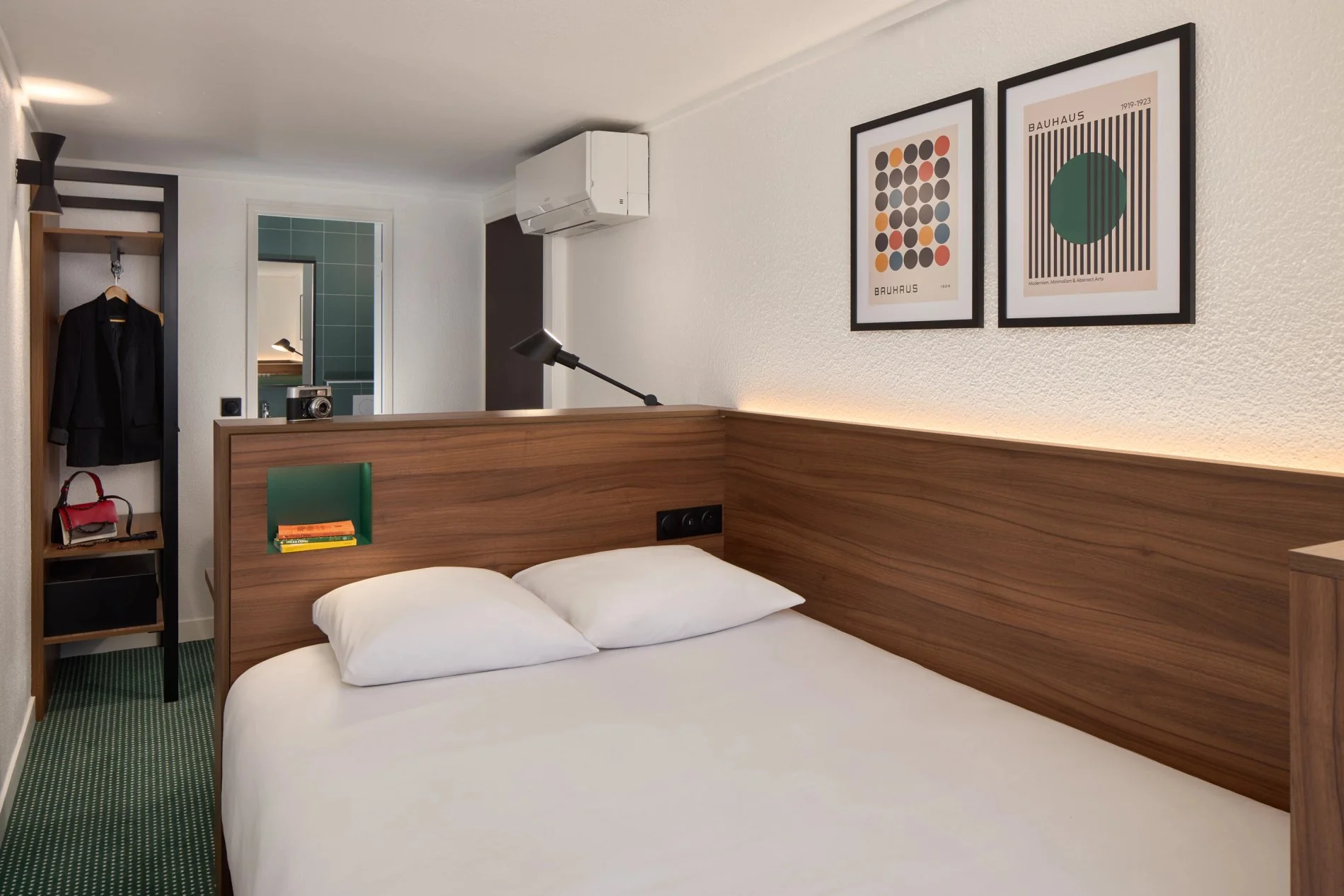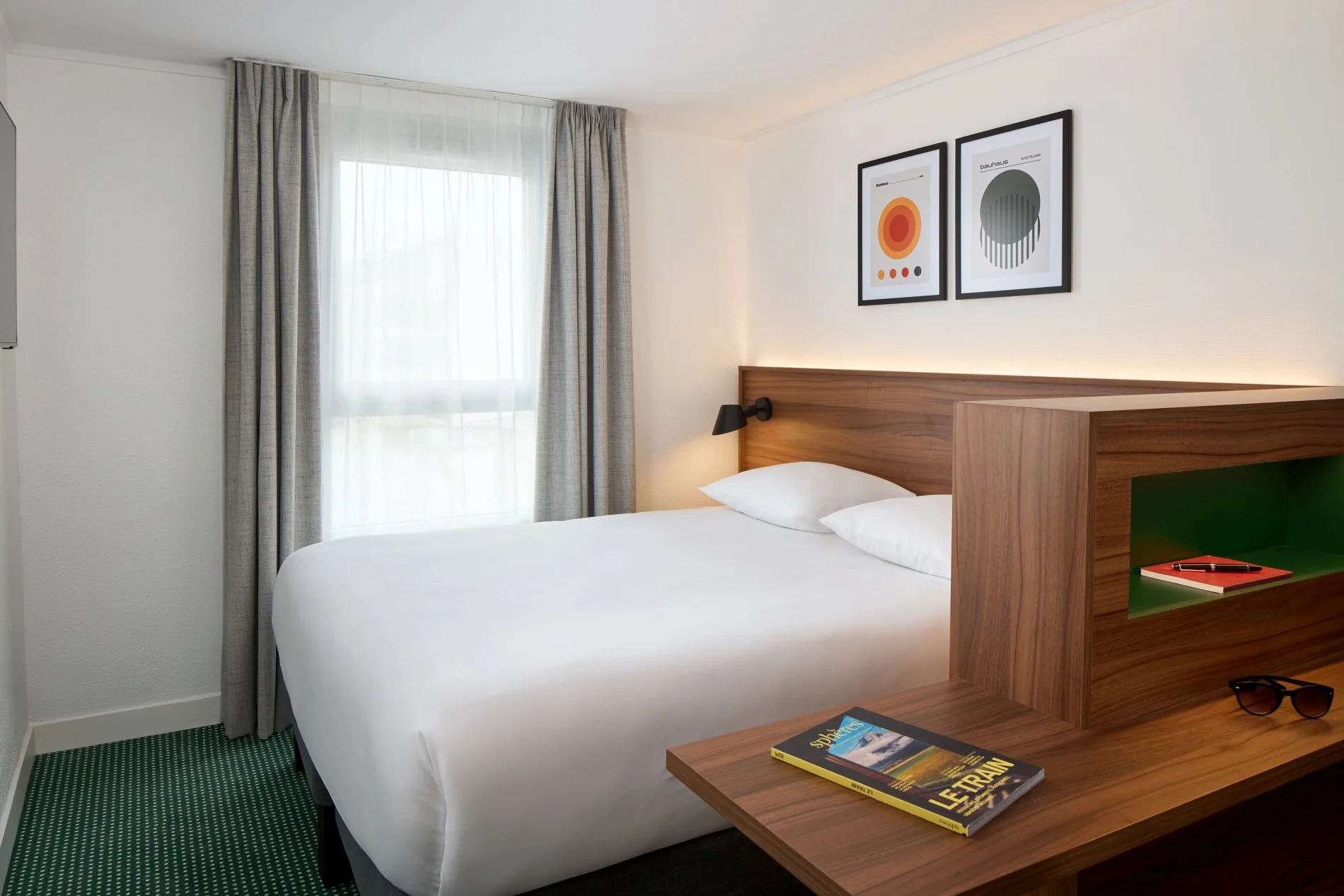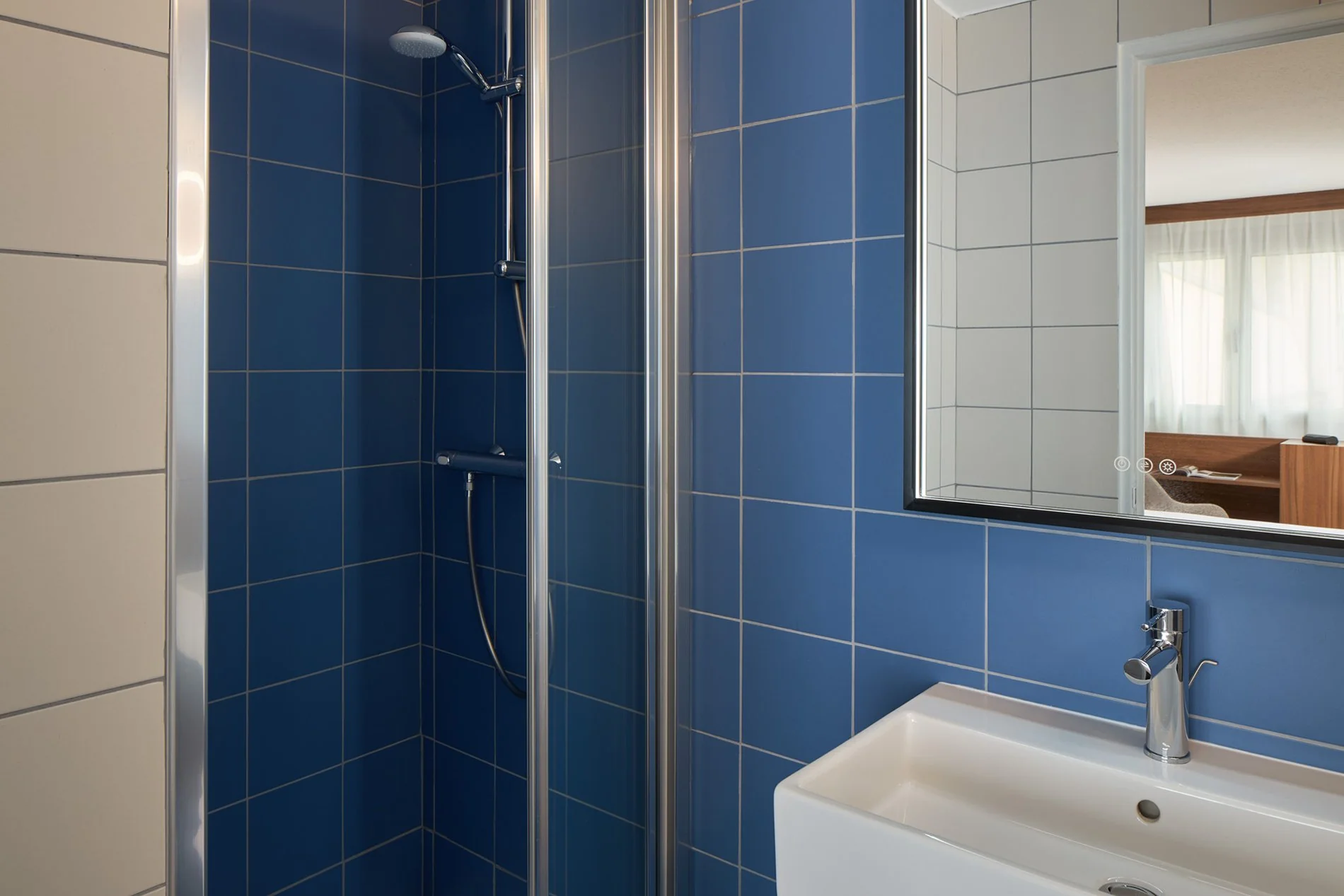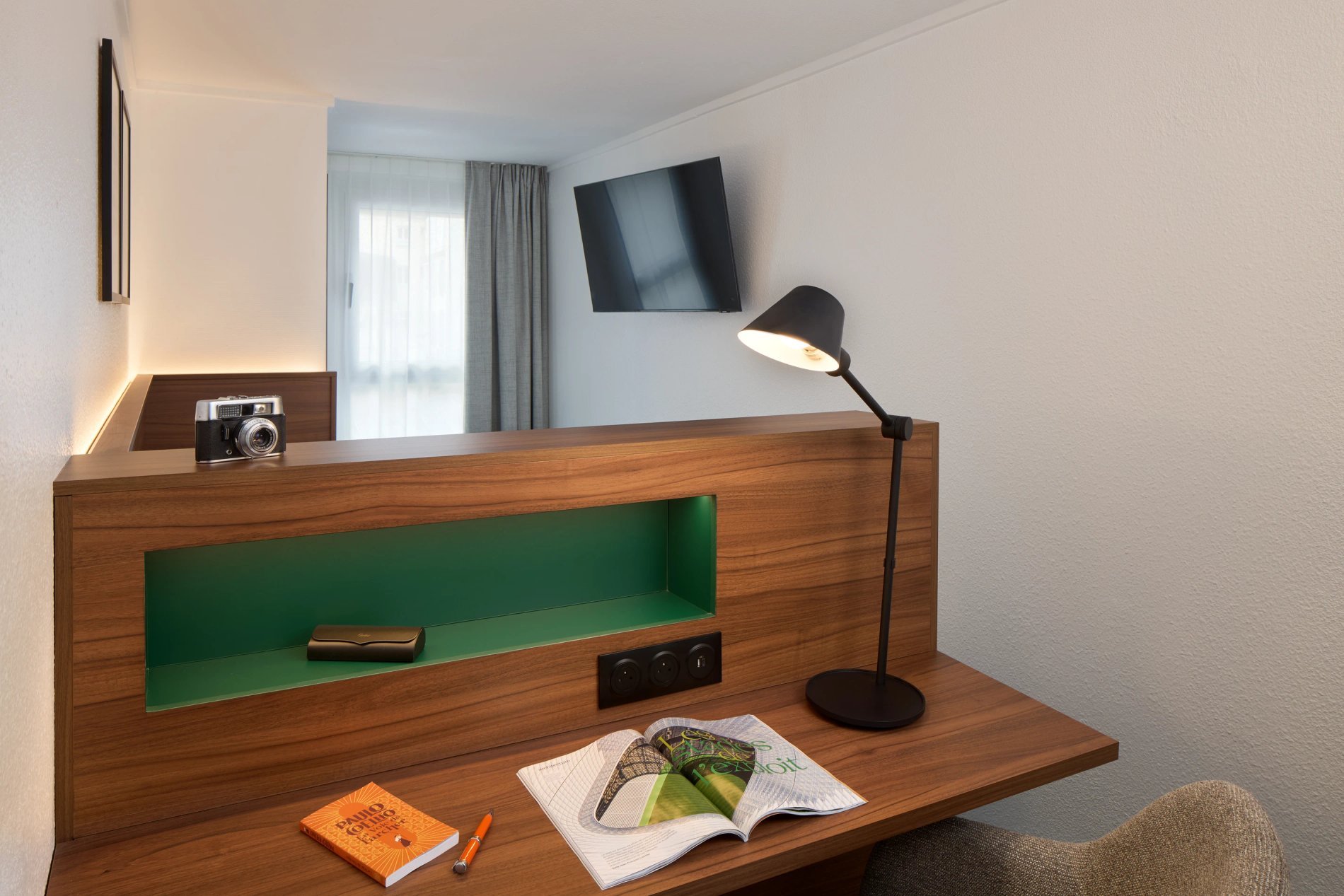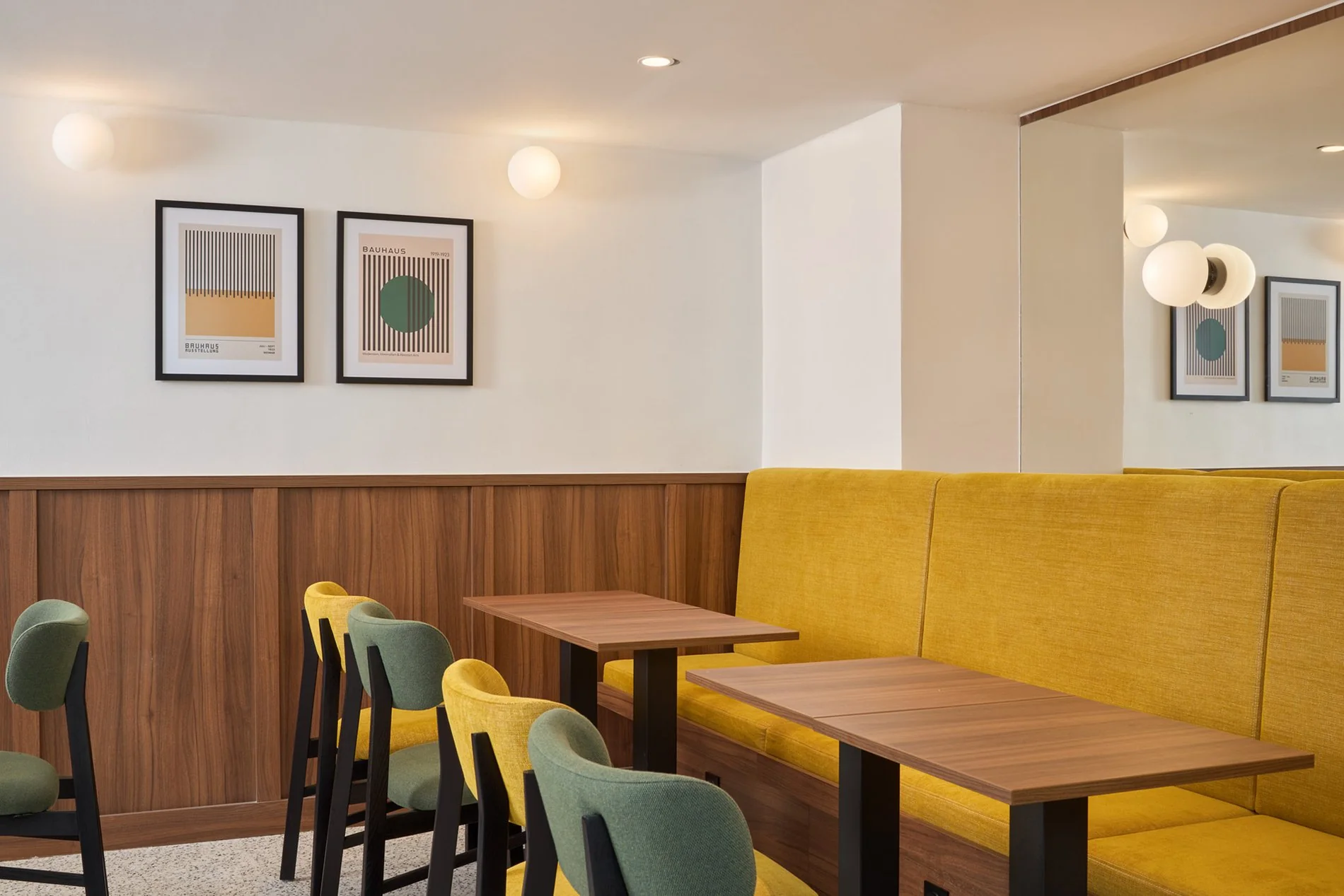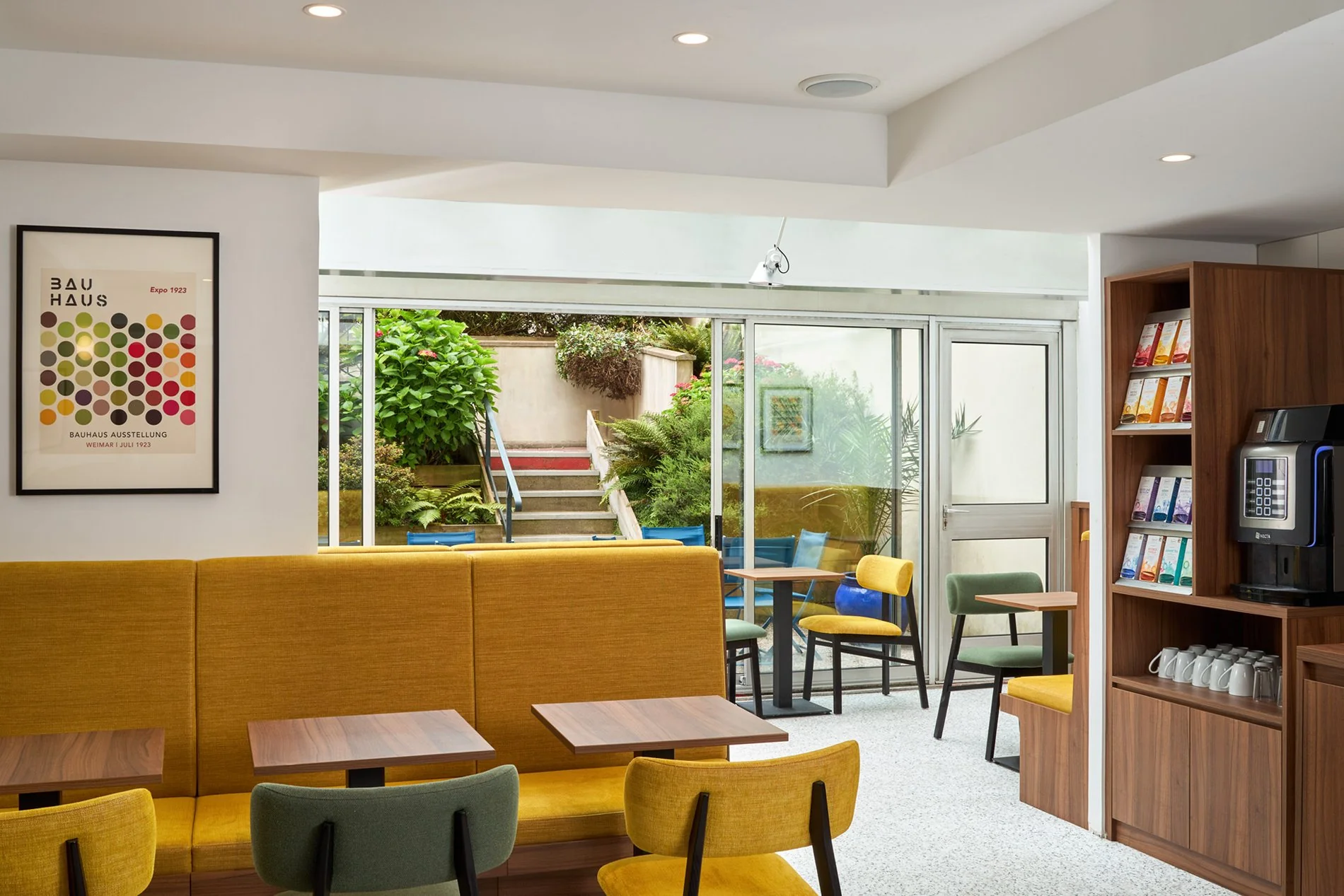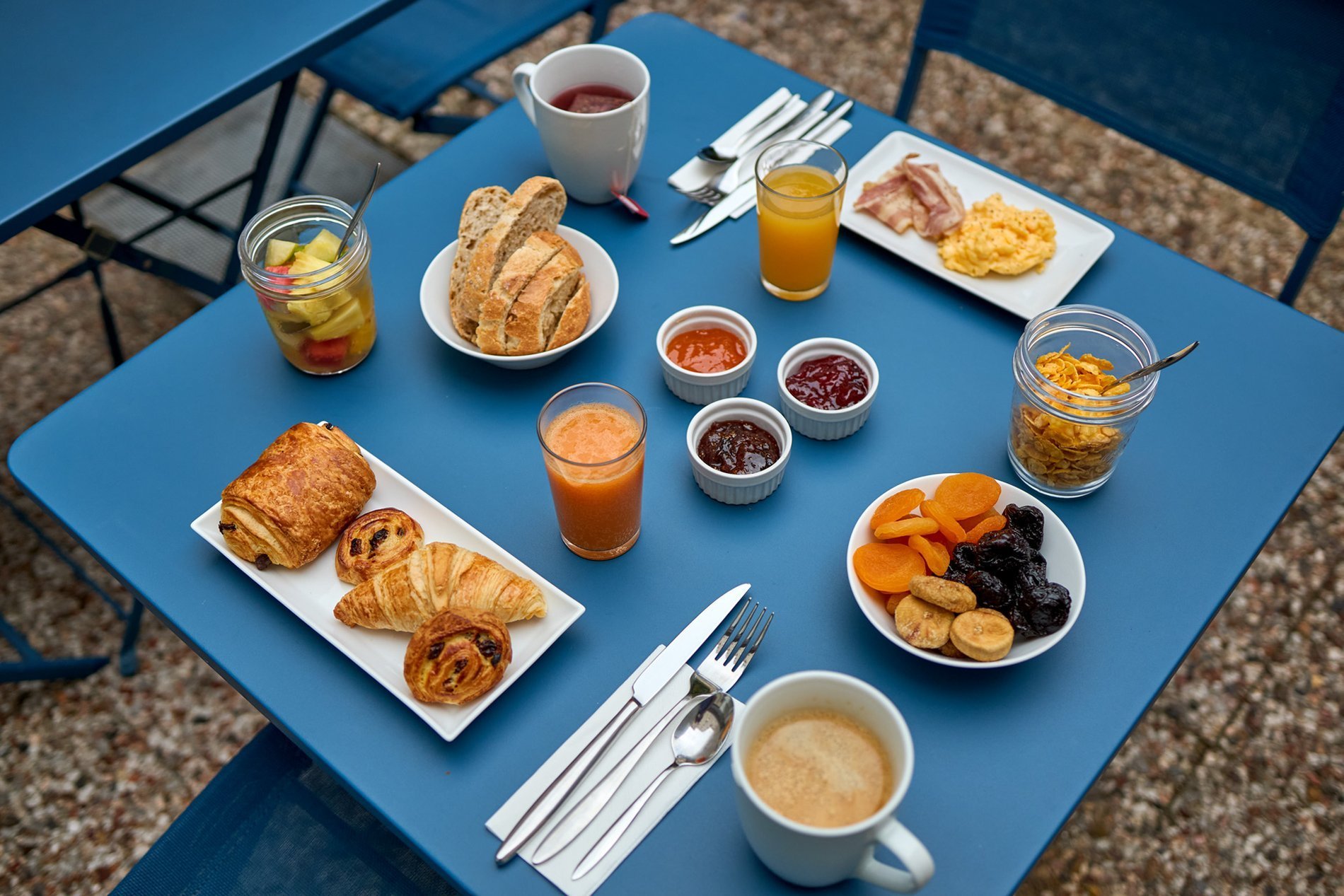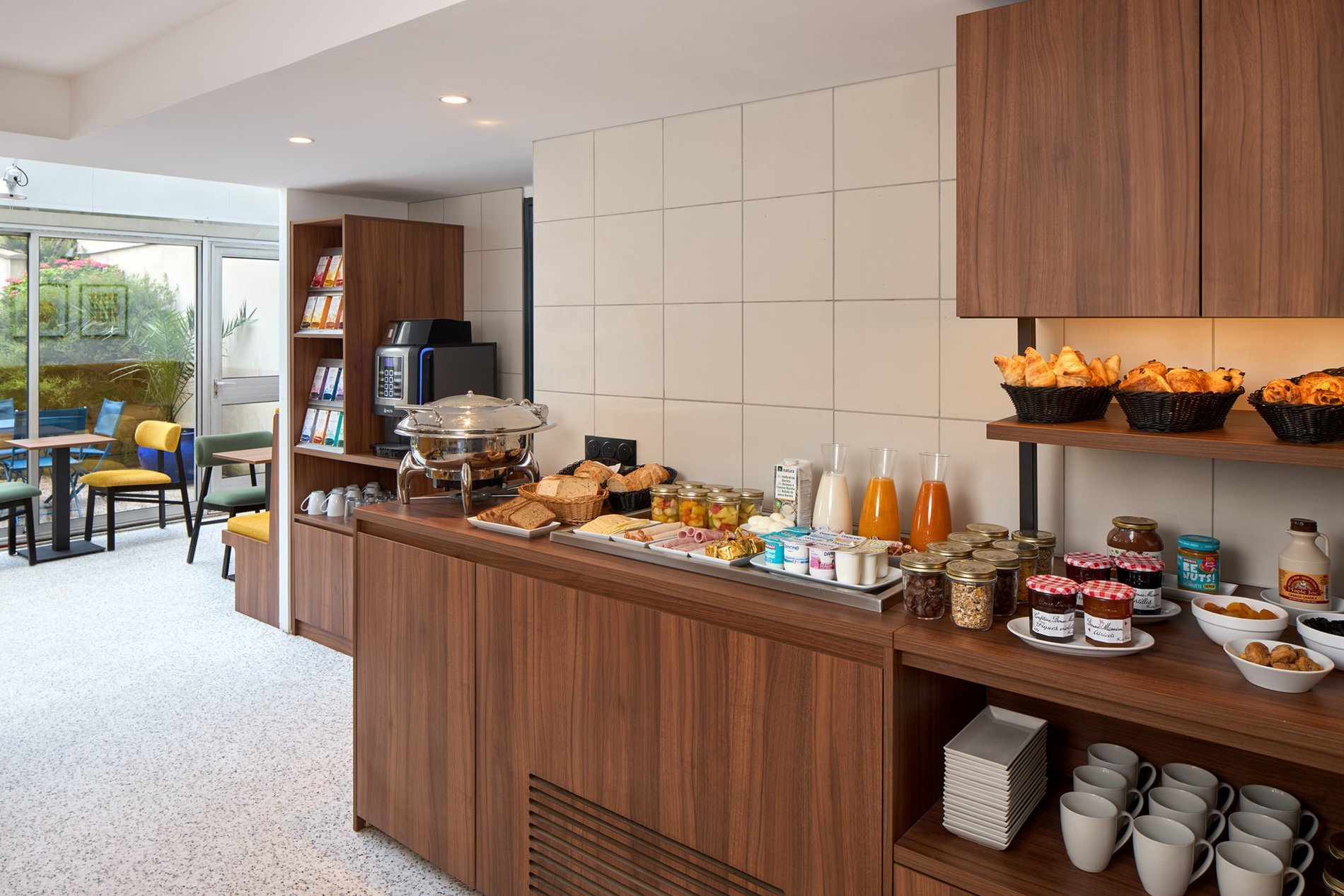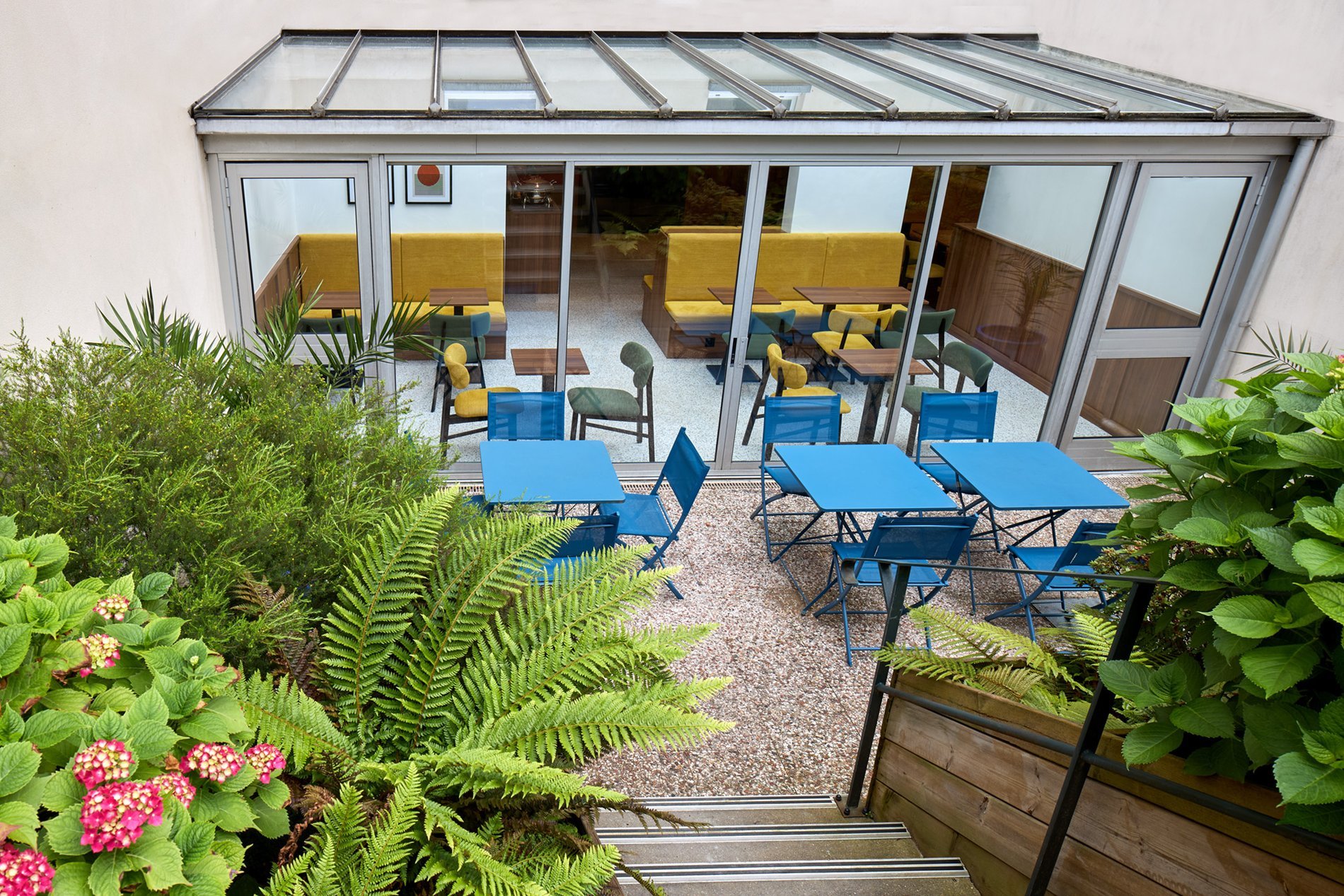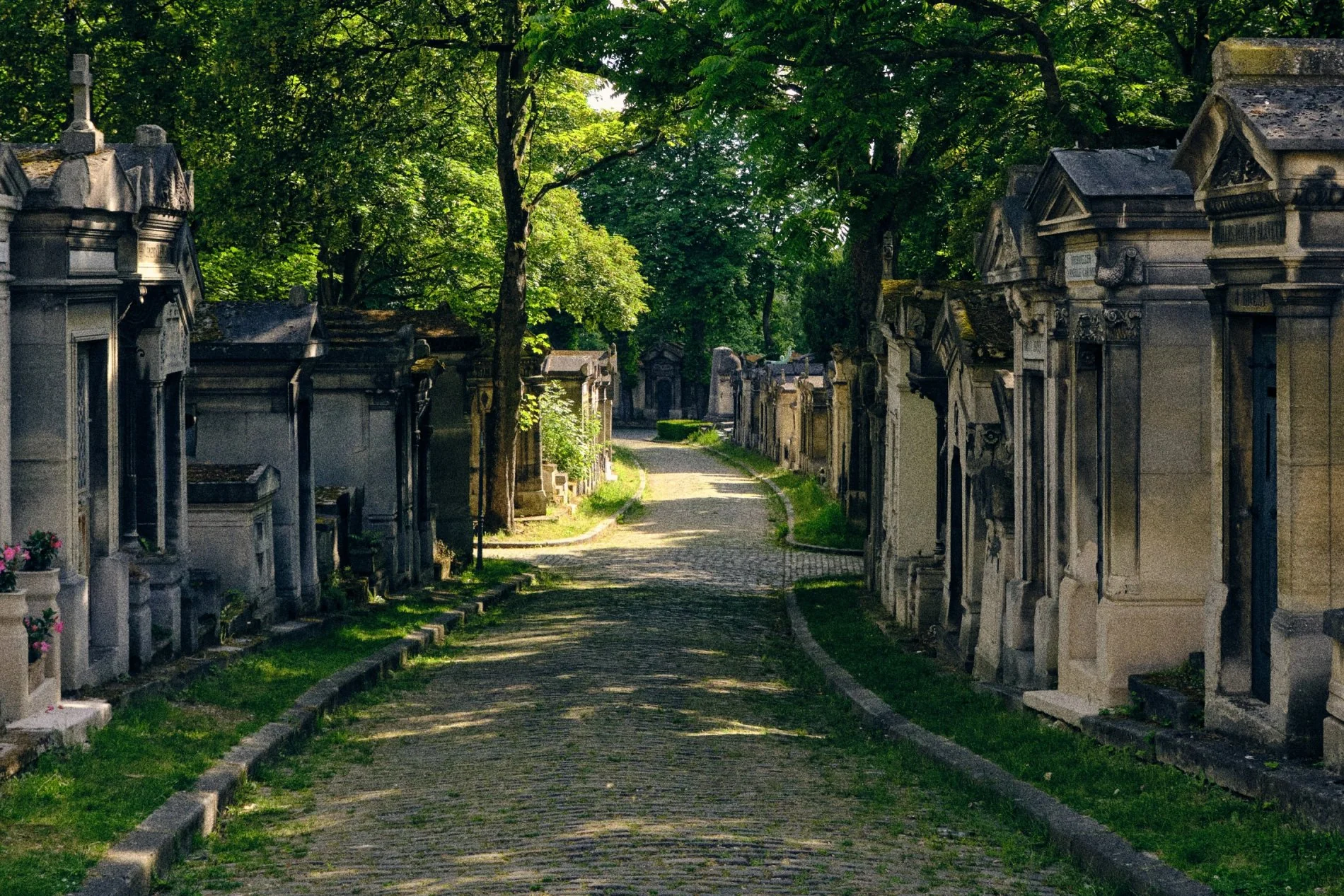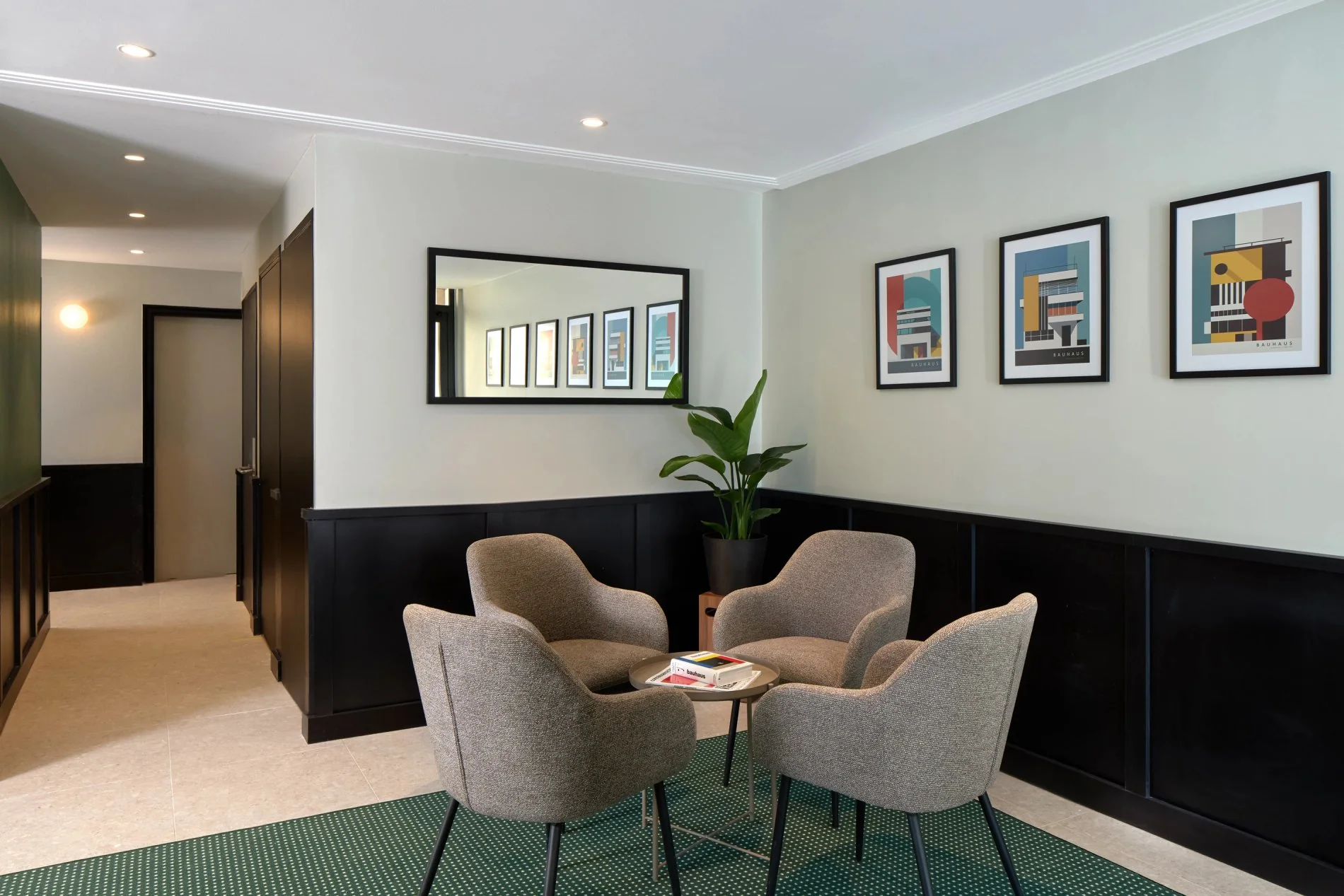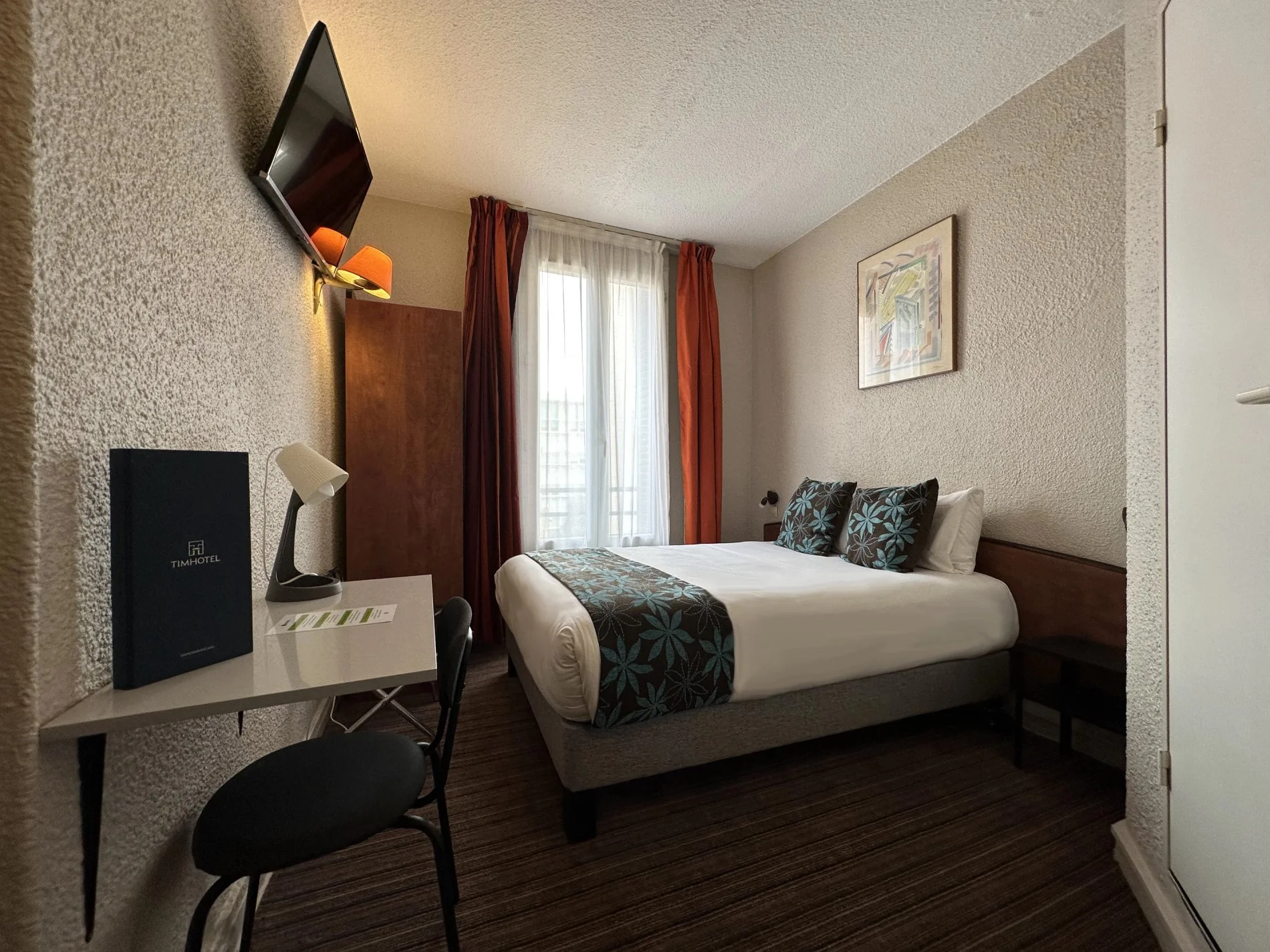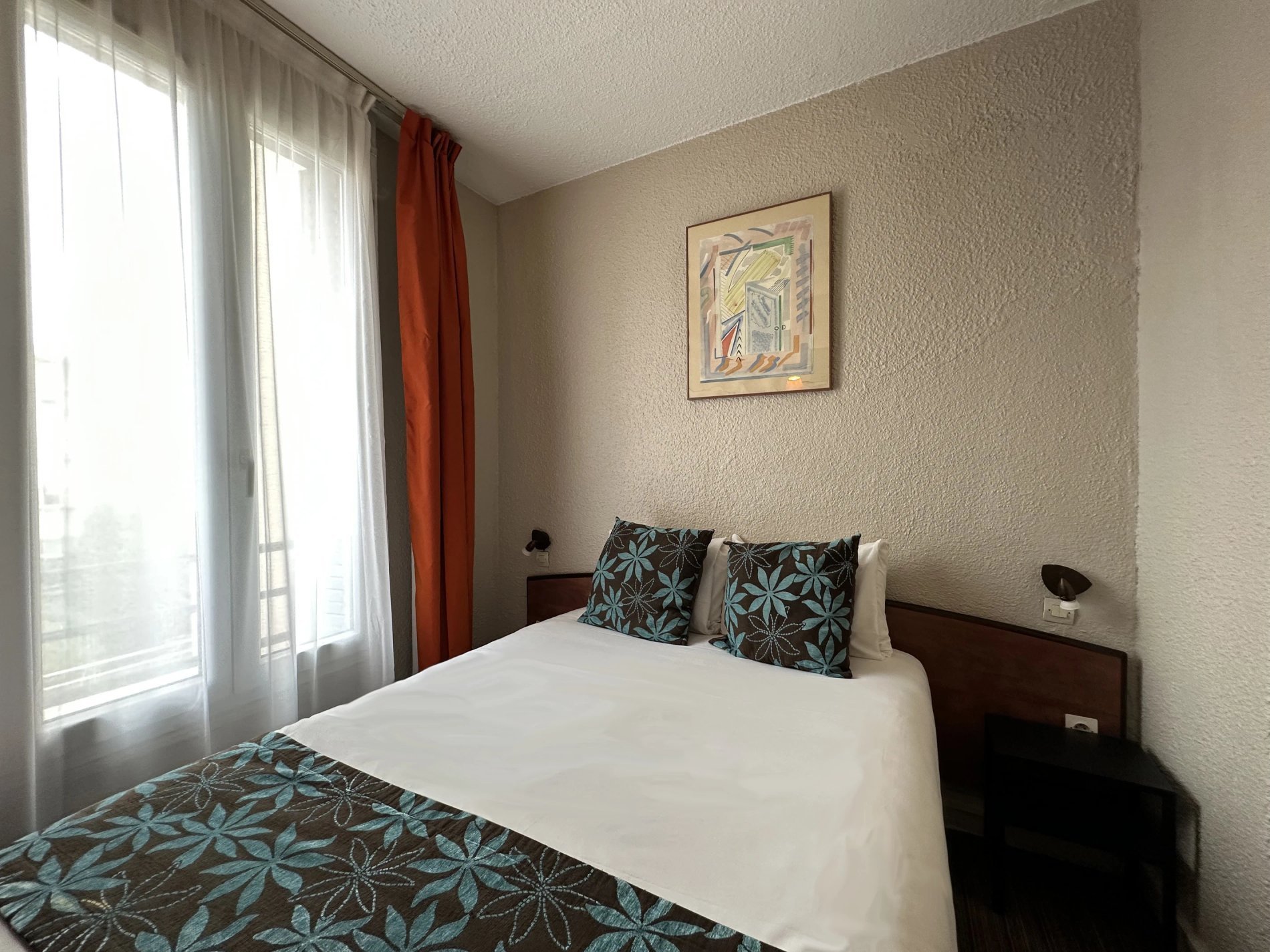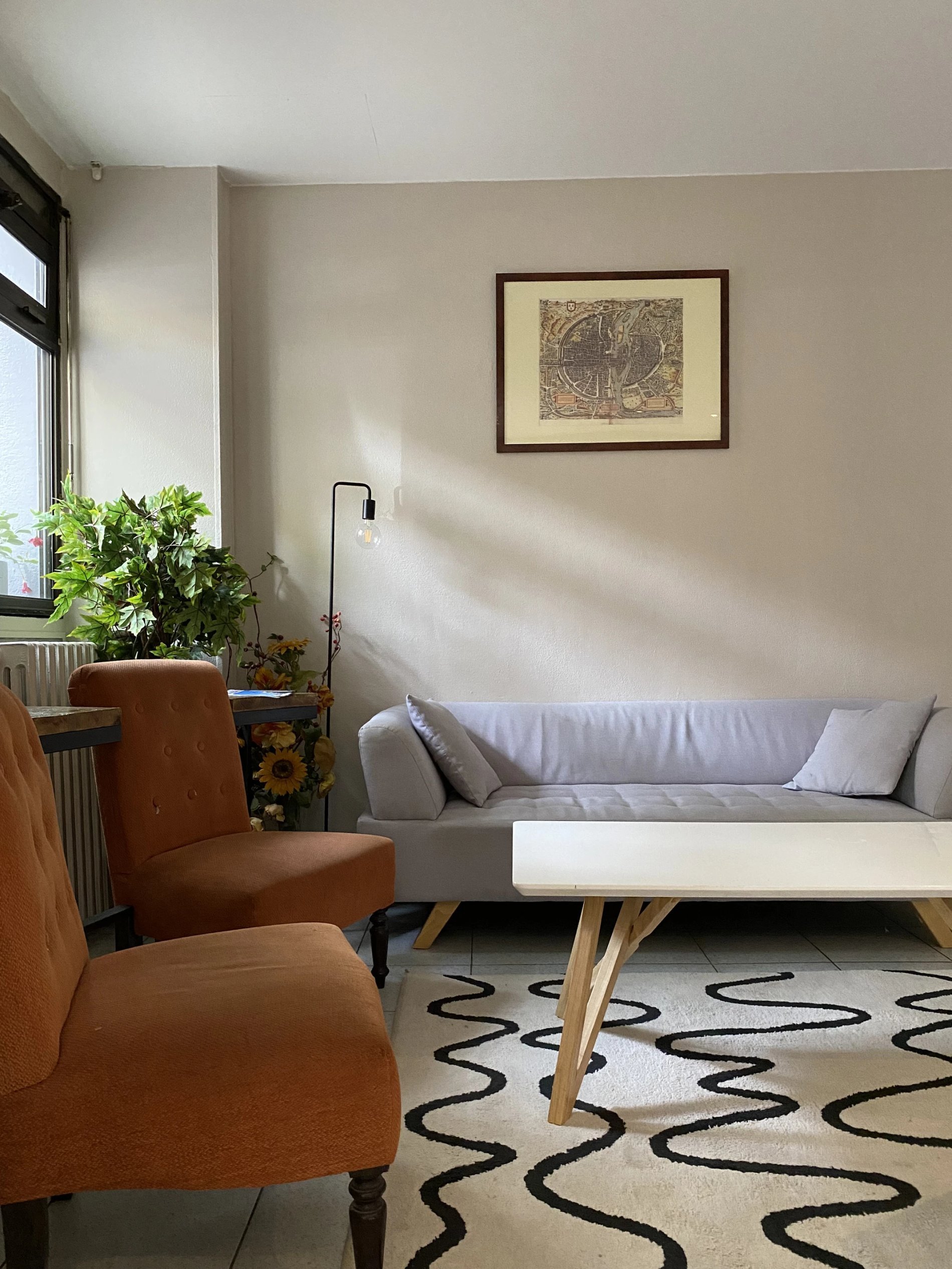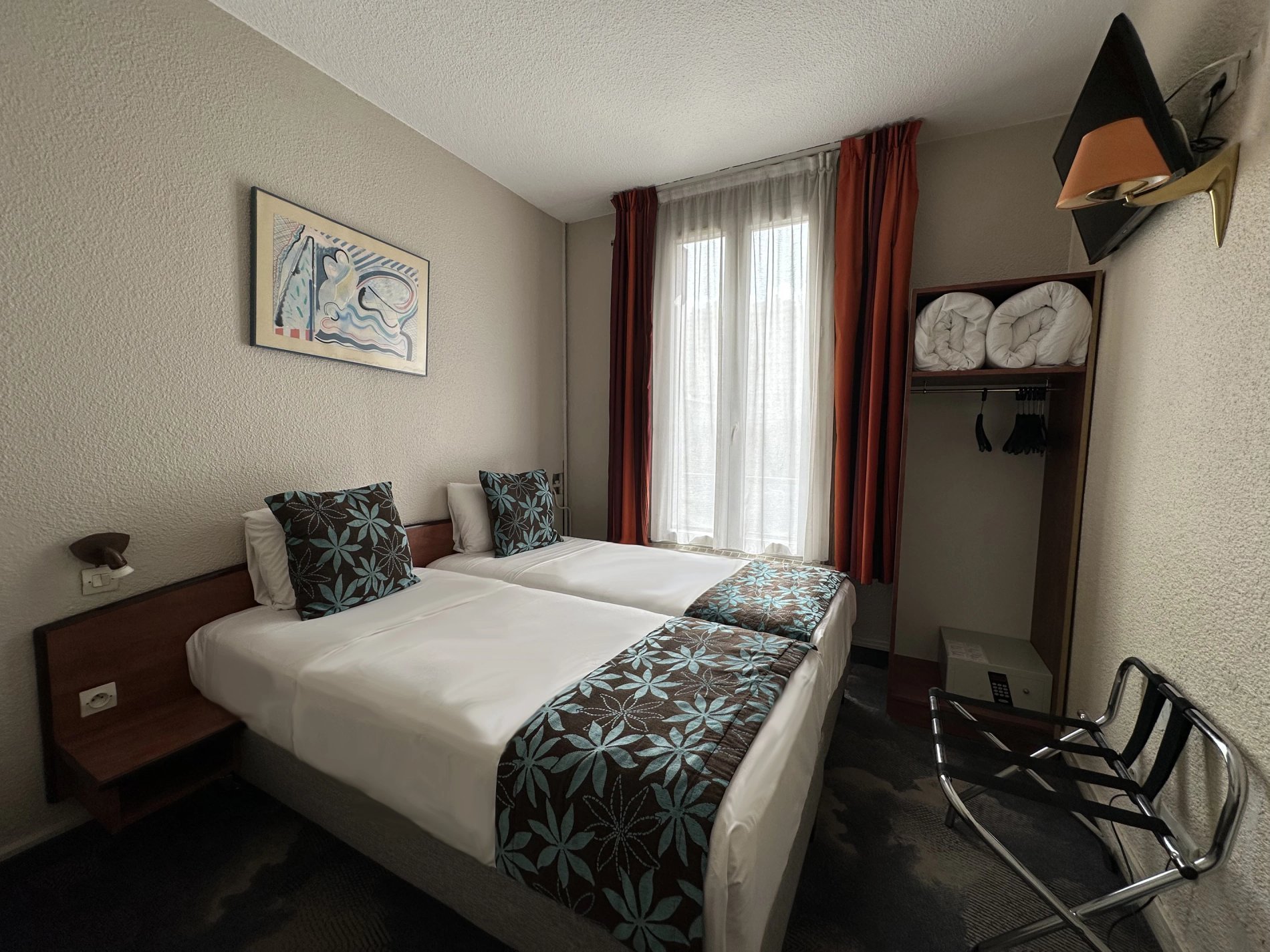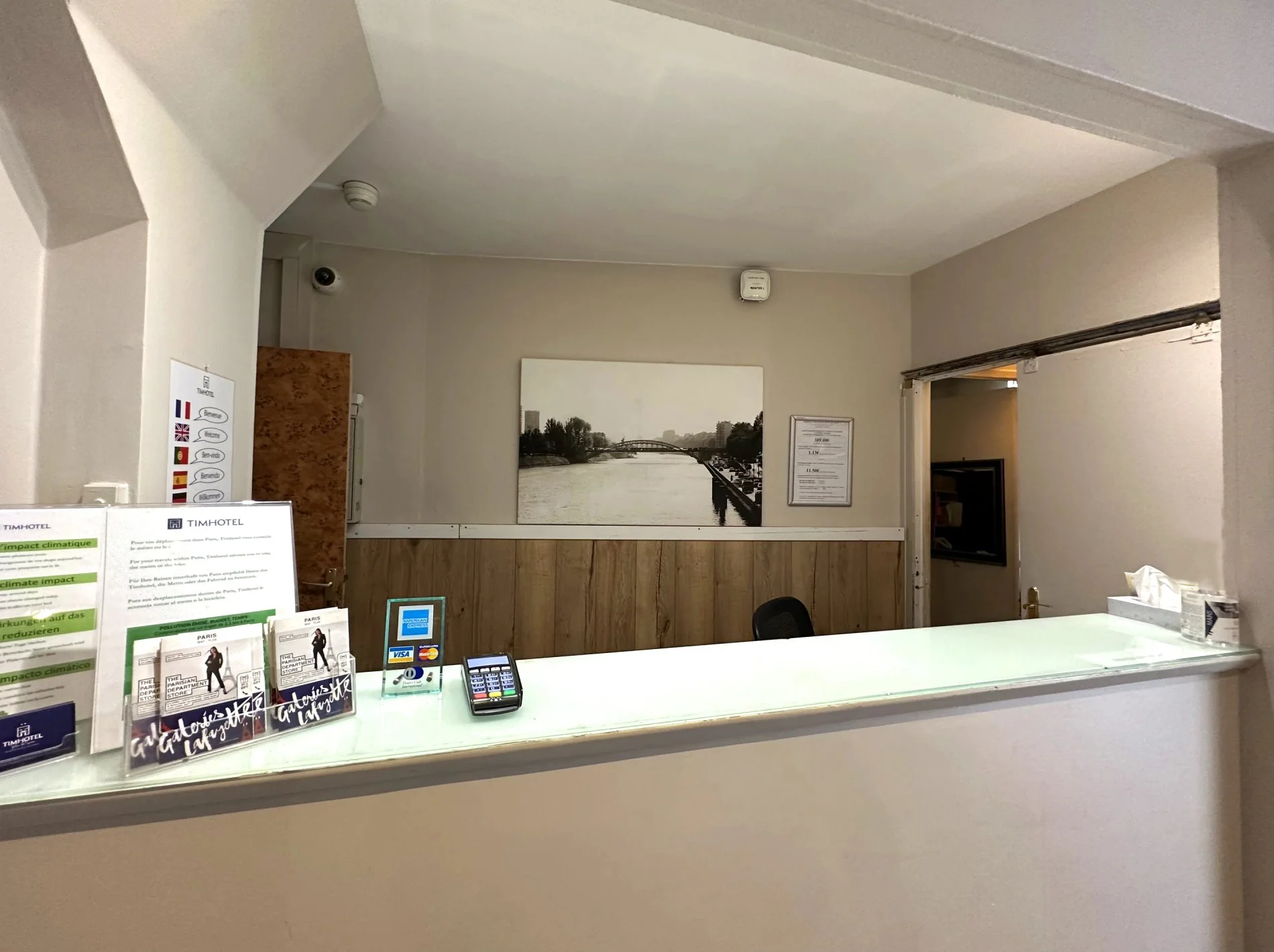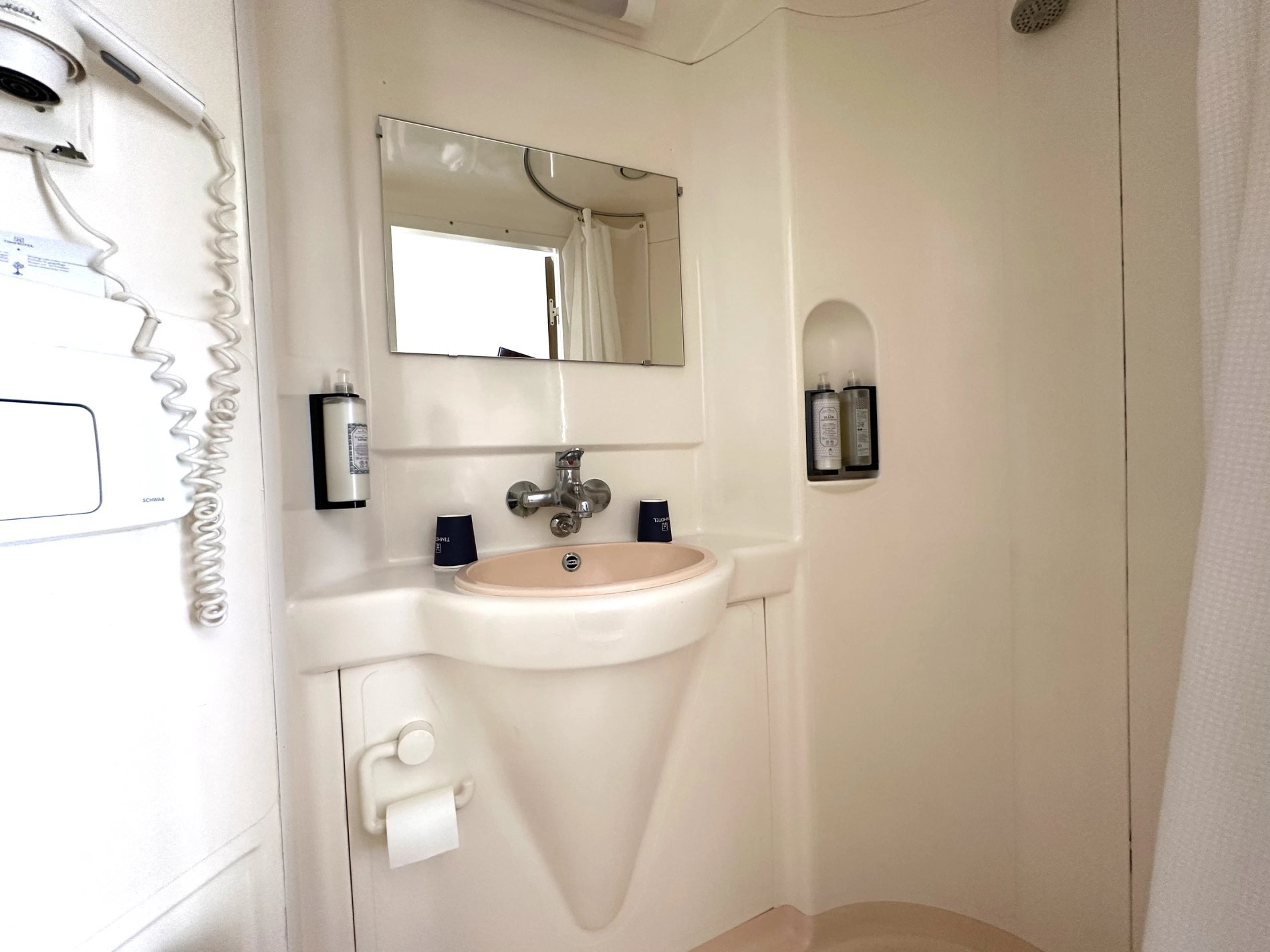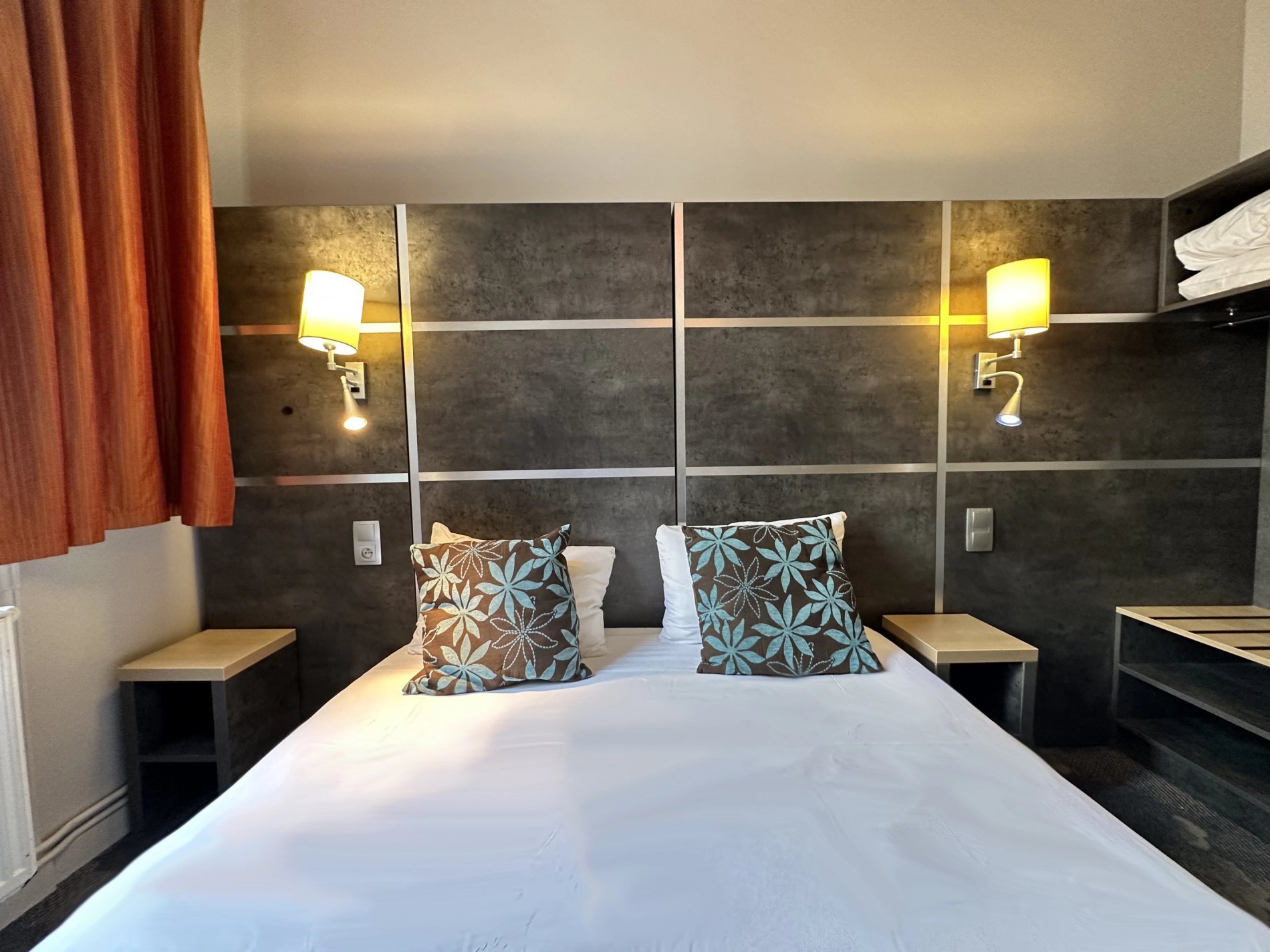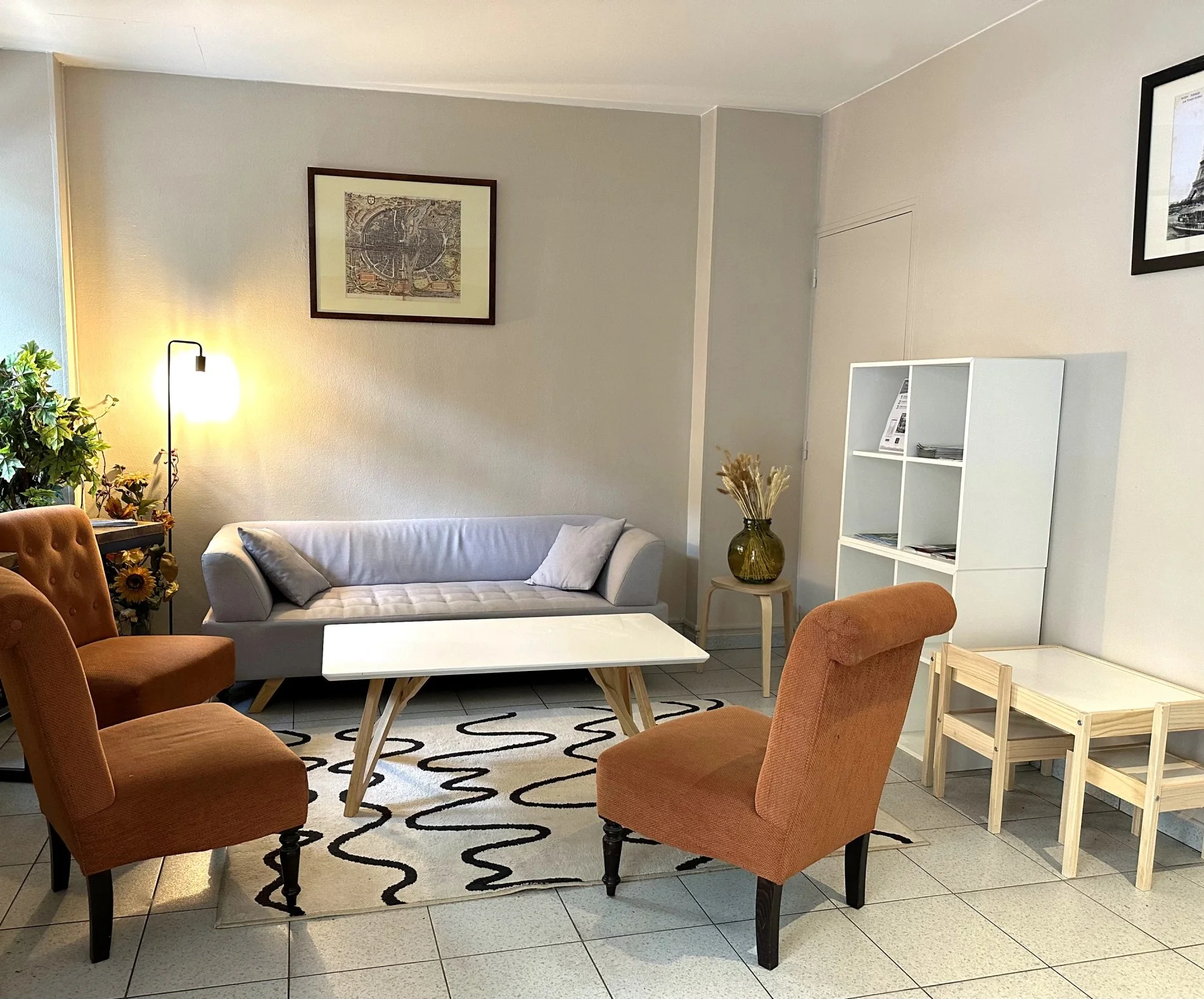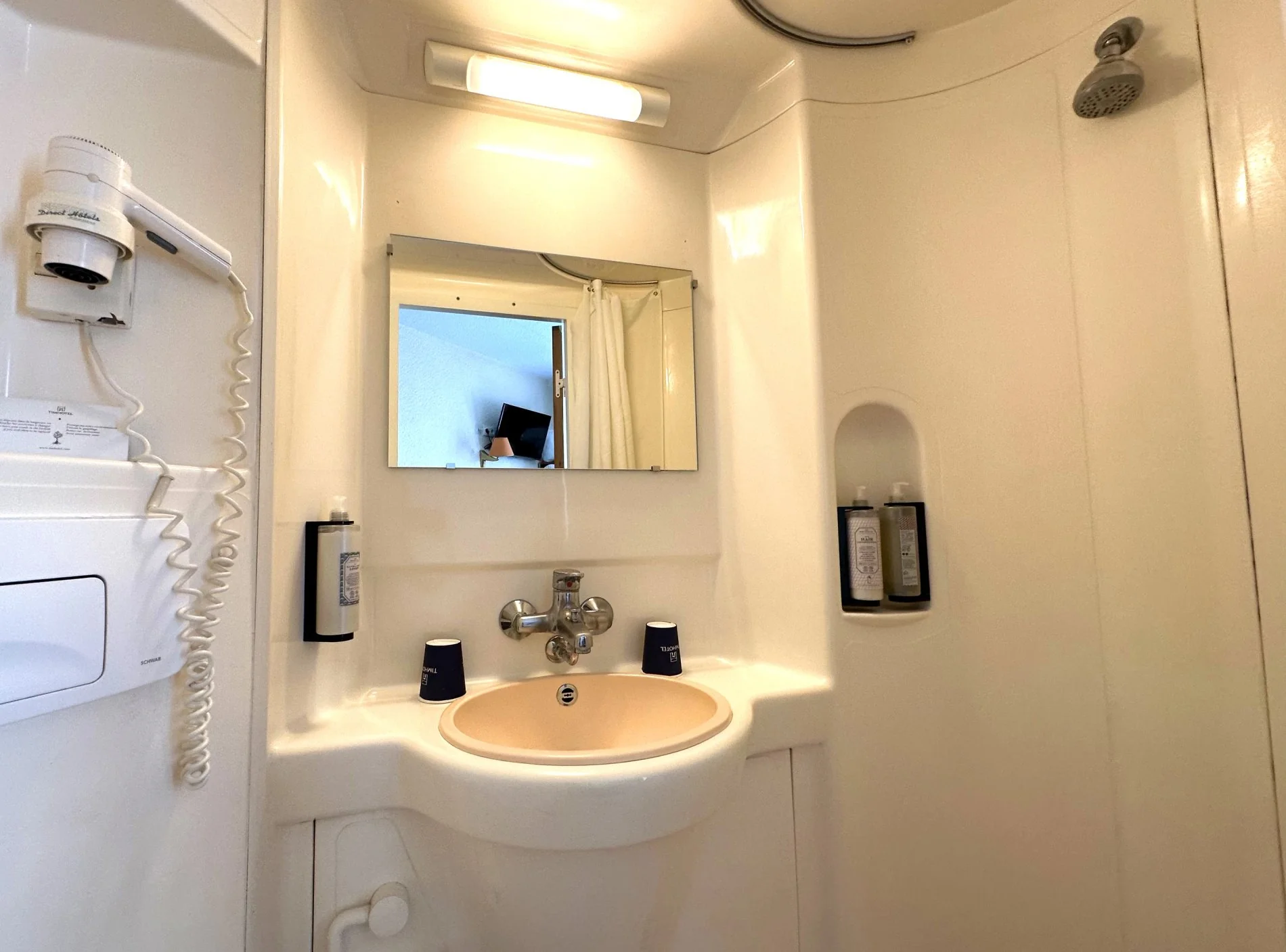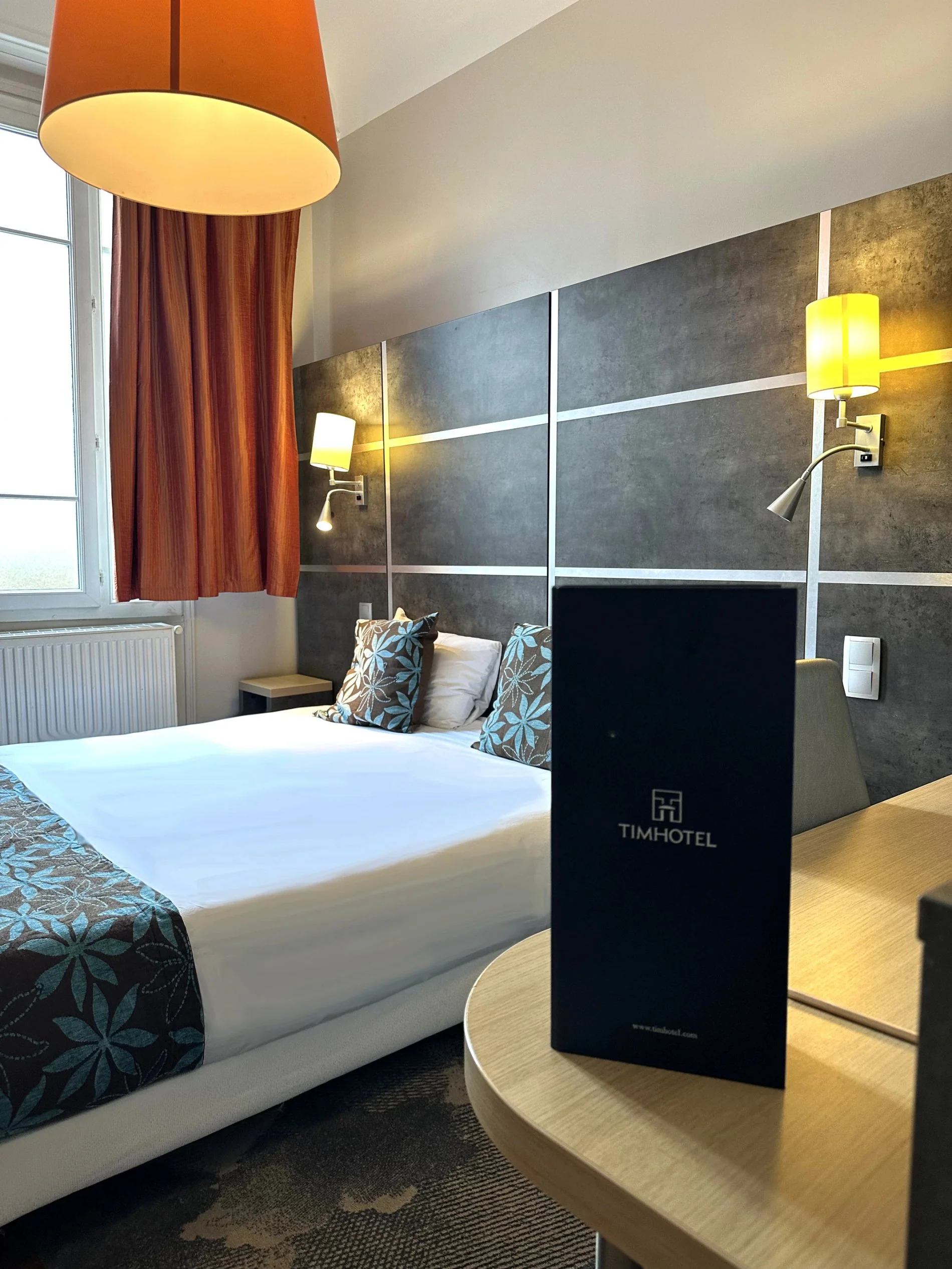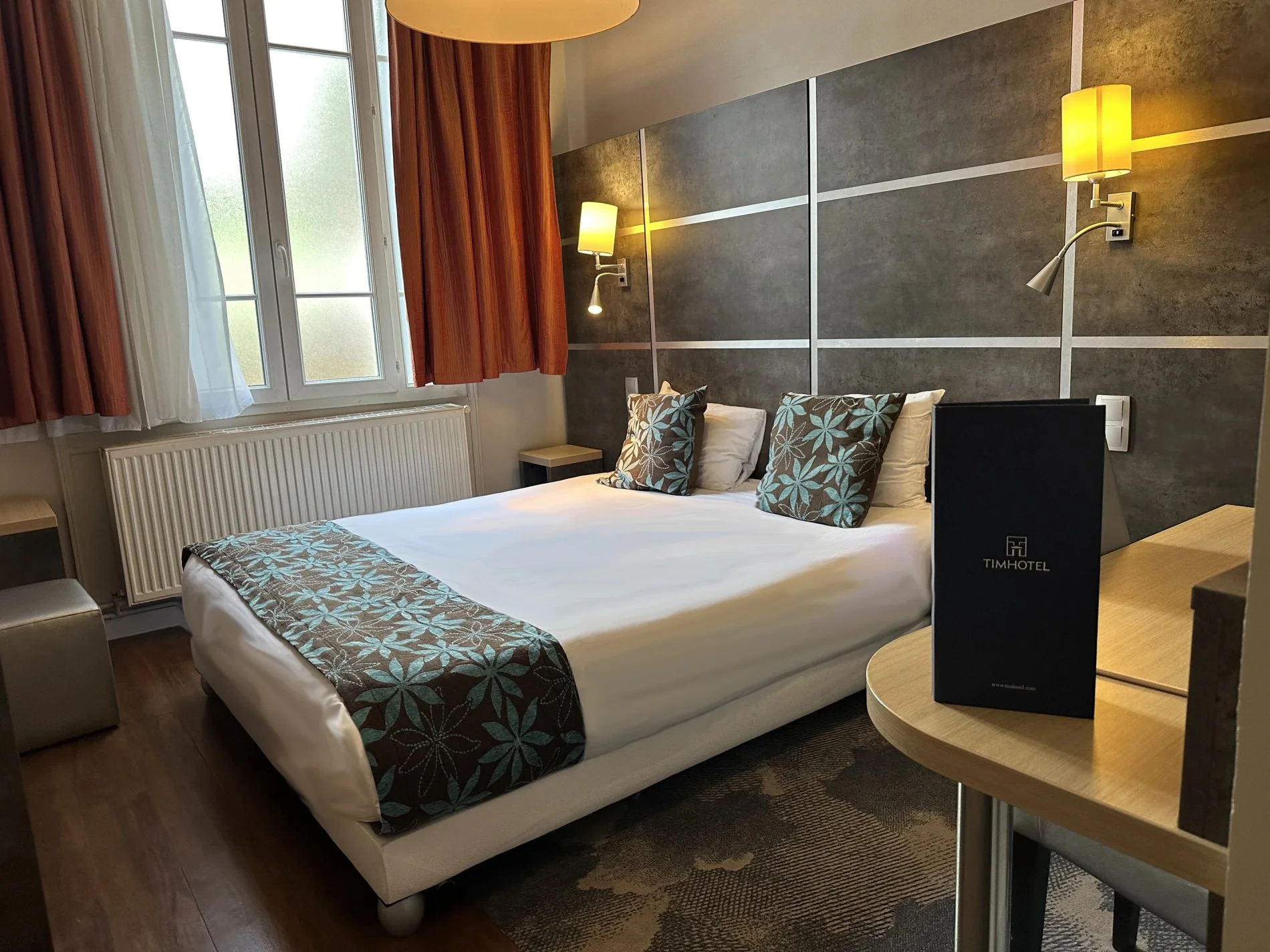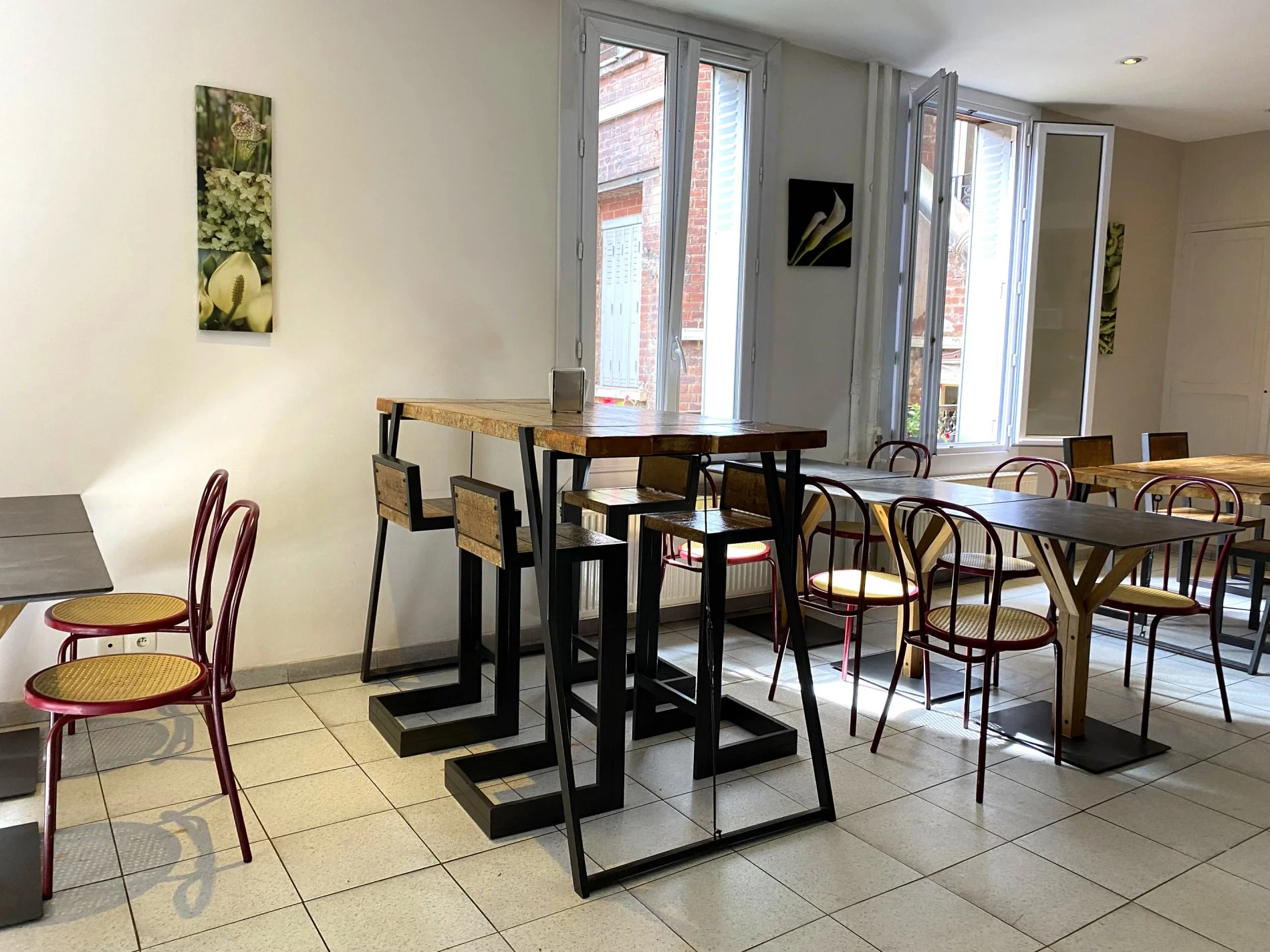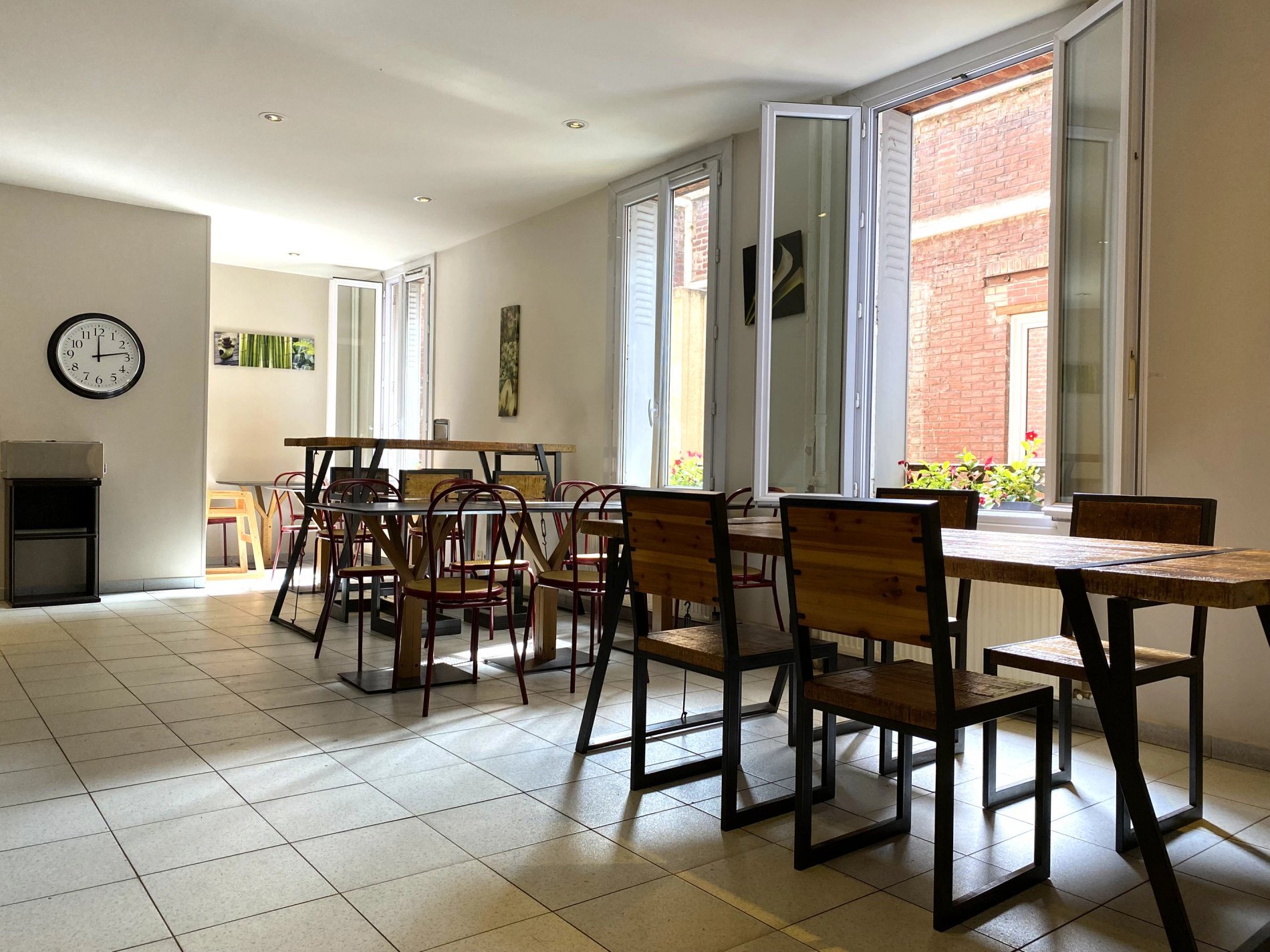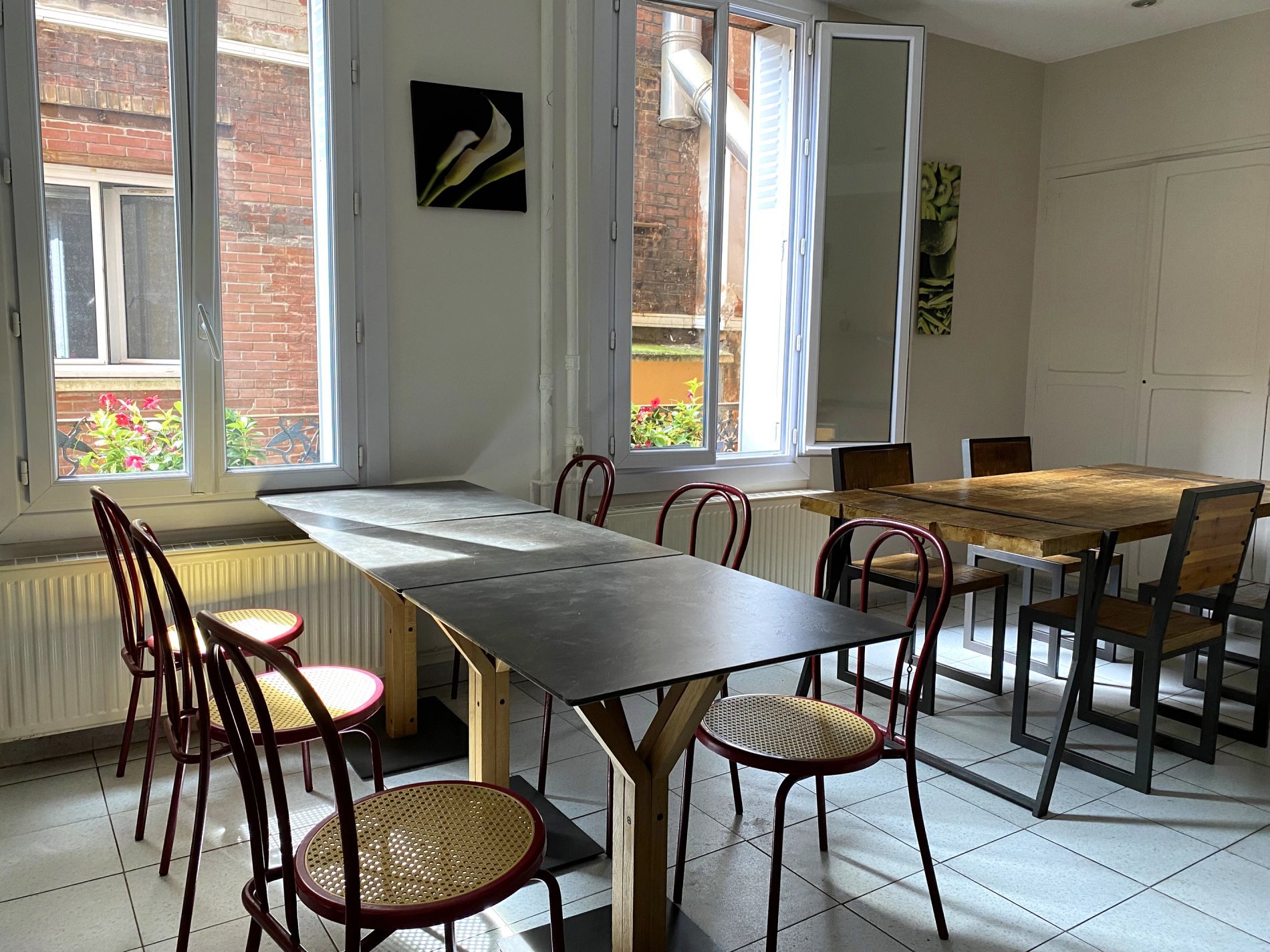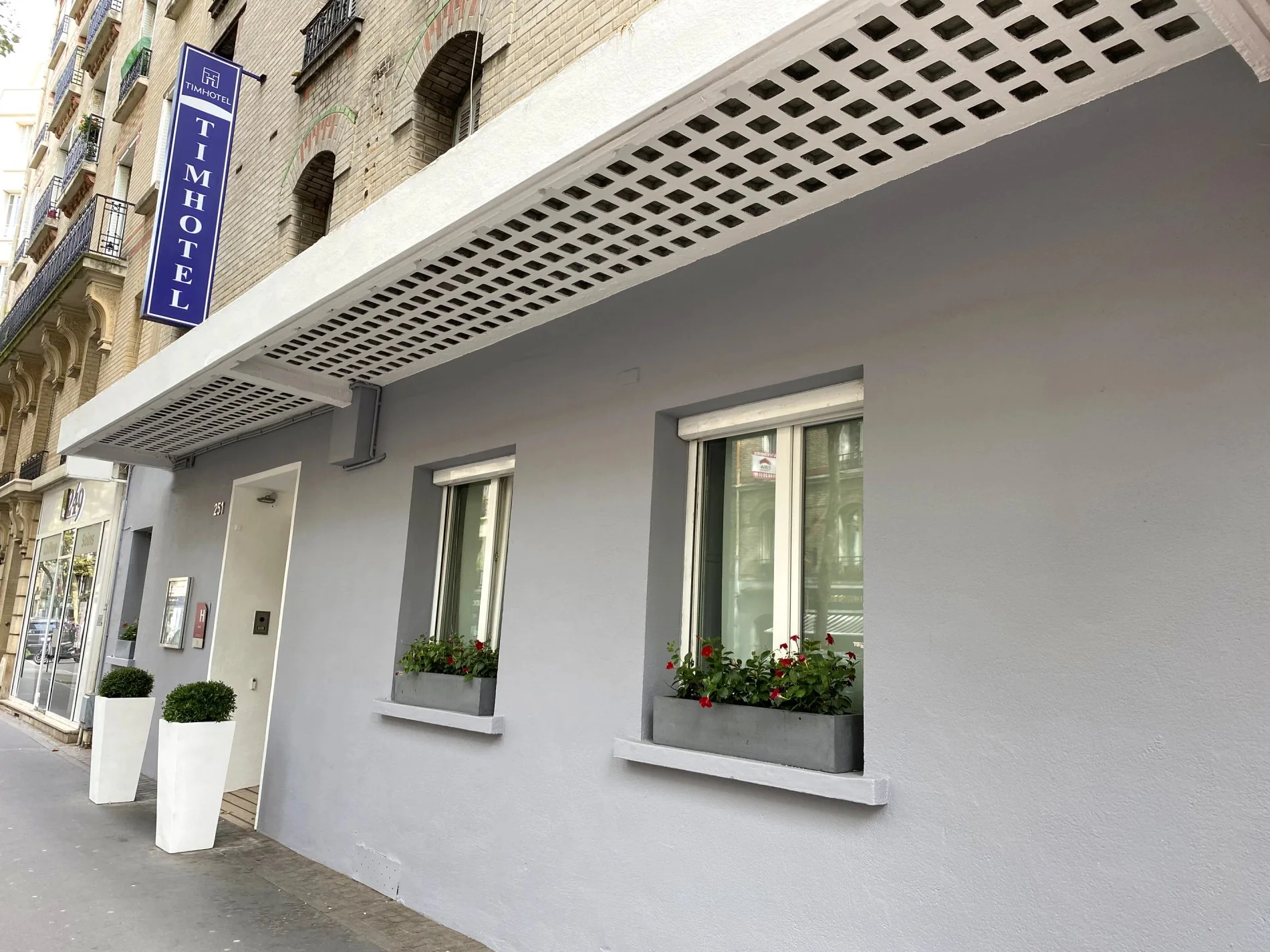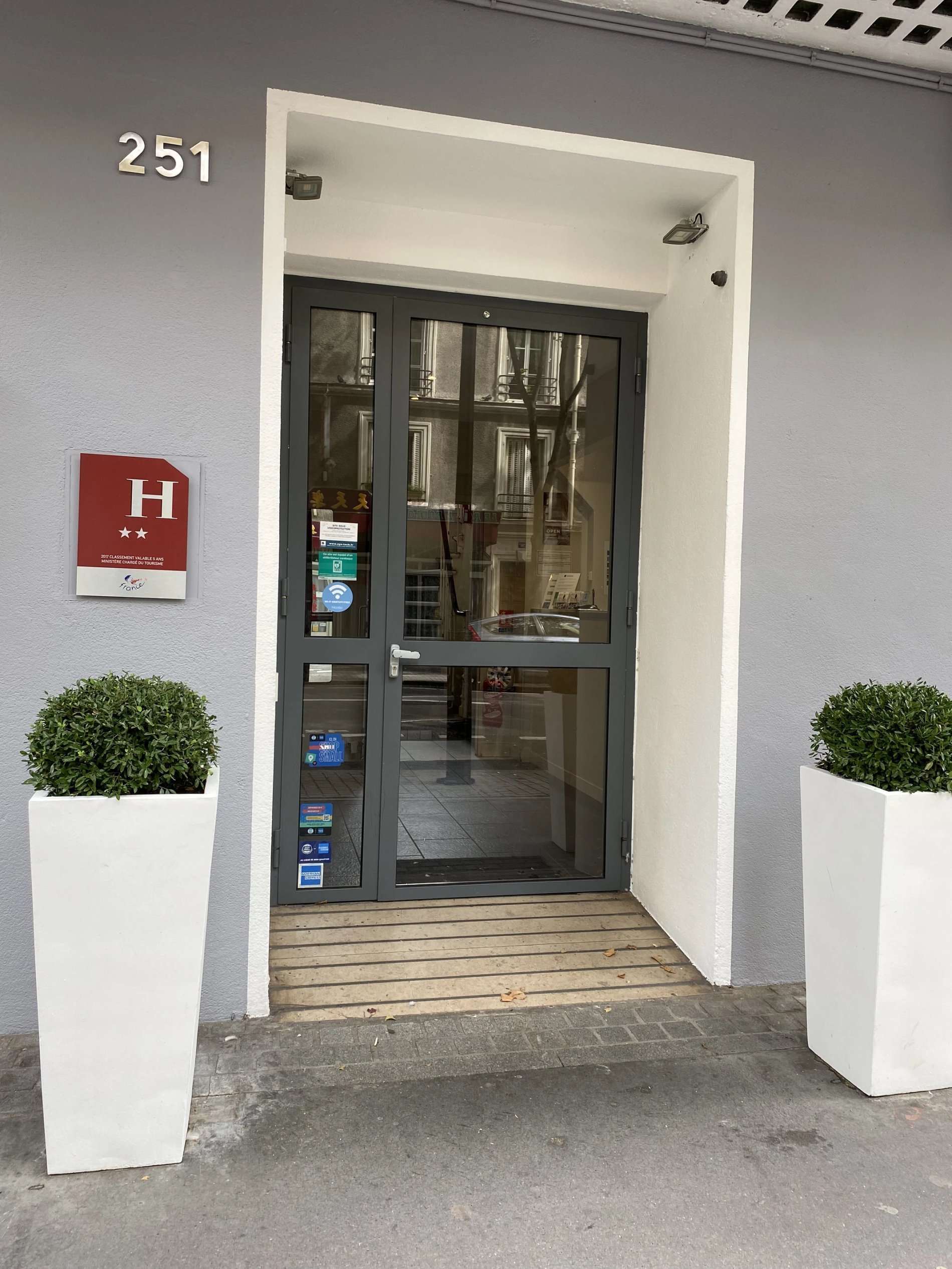Le Louvre | Palais Royal
The Center of Paris
To take full advantage of the 1st and 2nd arrondissements, a Parisian district rich in entertainment and history, stay in one of our two 3*** hotels: Timhotel Louvre in the heart of Paris 1st, and its neighbour Timhotel Palais Royal located a few steps away in the 2nd arrondissement.
Timhotel Le Louvre: 300m from the Louvre Museum
Our hotel near the Louvre, located in the quiet Croix des Petits Champs, is ideally situated near the Louvre Museum and the famous Rue de Rivoli and Rue Saint-Honoré.
Tourism or business, whatever the reason for your trip, our 54 rooms are equipped to welcome you in the best conditions.
Close to the automated metro (4 minutes walk from line 1 and 8 minutes from line 14) you can cross the capital in a few minutes: the Champs Elysées (15 minutes), the Défense district (20 minutes), the Place de la Bastille (13 minutes)
The Louvre Museum: located in the 1st arrondissement of Paris, it is one of the largest museums in the world, welcoming millions of visitors every year. Today, it houses various collections consisting of more than 445,000 pieces, 35,000 of which are on display. Oriental, Egyptian, Greek, Roman and Etruscan antiquities, Islamic art, paintings from the Middle Ages to 1848, sculptures and graphic arts: more than 14.5 kilometres of exhibition halls are available to you, not to mention the temporary exhibitions that are renowned for their quality. From the Mona Lisa to the Raft of the Medusa, from Liberty Guiding the People to the Lacemaker, experience the intense magic of this place.
Timhotel Palais Royal: in a charming neighbourhood
Our 3*** hotel near the Palais Royal, is a charming hotel with mosaic and stained glass windows, located in the heart of the 2nd arrondissement. Just a stone's throw from the Vivienne Gallery and 750m from the Louvre Museum, the hotel welcomes you in one of its 47 comfortable rooms.
The hotel is served by numerous metro lines, including line 3 (4 minutes' walk), which takes you to Place de la République, a district with many theatres, restaurants and shops, and line 14 (10 minutes' walk), which takes you across Paris from east to west in a few minutes.
The Palais Royal: an emblematic place of the capital where you can find three centuries of architecture with decorations classified as historical monuments. Its gardens and galleries make it one of the favourite places of Parisians. Installed in the courtyard of the Palais Royal, the 260 columns of Buren, striped in black and white, attract many tourists each year.
The Louvre - Palais Royal: two ideally located districts
For food lovers:
Café Marly: a brasserie located under the arcades of the Louvre with a magnificent view of the Louvre pyramid and the sculptures of the Cour Napoléon.
Chez Angelina: a famous tea room founded in 1903 at 226 rue de Rivoli. People come here at all hours: for breakfast, lunch or snacks. A real institution.
Au pied de cochon: French brasserie with terrace offering traditional specialities in a Belle Époque room
Not forgetting the many restaurants and bars on Rue Montmartre or the famous pedestrian Rue Montorgueil.
For walks :
Jardin des Tuileries: 15 minutes walk from our 2 hotels. The largest public garden in Paris. There are two large ponds for relaxation, statues, but also games for children. This garden combines art and nature to perfection.
The Pont des Arts: linking the Institut de France and the Louvre Museum, this footbridge across the Seine offers an unrivalled view of the most beautiful Parisian monuments. Once known for having housed the padlocks of transient lovers, it remains one of the most beautiful bridges in Paris.
The Pont Neuf: the oldest bridge in Paris. It crosses the Seine at the western end of the Ile de la Cité.
Covered passages: Paris is full of covered passages housing shops and galleries. The Galerie Vivienne, near the Palais Royal, is one of the most emblematic. Some of these passages date back to the end of the 18th century and still retain their authenticity.
For shopaholics:
The Châtelet - Les Halles district: get lost in the maze of streets of this very lively district of the capital. Les Halles has been redeveloped to make it a place of relaxation, shopping and leisure: shopping centre, cinema, restaurants but also a green area with the Nelson Mandela park.
Rue de Rivoli: a popular and touristy 3km long shopping street, it links the 1st arrondissement to the 4th and is home to many shops.
La Samaritaine: an emblematic department stores' founded in 1870 and located right under the Pont Neuf. Closed in 2005 for renovation, it reopened in 2021 after 16 years of work. Beauty, shopping, restaurants and a concept store. The Samaritaine is worth a visit for its stone and steel façade alone.
Place Vendôme: considered one of the most luxurious places in the world. The greatest names in jewellery have made it their home.
What to do around the Louvre - Palais Royal area?
La Concorde: the largest square in Paris, at the foot of the Avenue des Champs-Elysées. You can't miss its Obelisk, a monument erected as a sign of peace between Egypt and France. Take the opportunity to climb aboard the Ferris Wheel, which offers a breathtaking view of the capital.
The Jardin des Tuileries: more than 25 hectares to walk around in the centre of Paris. Every year it hosts the Christmas market and the Tuileries fair (July-August). At its western end you will find the Jeu de Paume and the Musée de l'Orangerie.
Find what you're looking for in the Grands Magasins. Galeries Lafayette Haussmann and Le Printemps Haussmann: temples of luxury and symbols of Parisian fashion abroad. After your shopping spree, don't hesitate to head to their Rooftop to enjoy the panoramic view while sipping a cocktail.
The Opéra Garnier: a true 19th-century architectural masterpiece. The Palais Garnier is open to visitors during the day, and offers a wide range of operatic and choreographic performances.
The Paris Opera House, also known as the Palais Garnier, is one of the most famous opera houses in the world. Located in the 9th arrondissement of Paris, it was inaugurated in 1875 and is a symbol of French culture. The building is a remarkable example of 19th century architecture, with a magnificent façade, ornamental sculptures, murals and a grand marble staircase.
The highlight of the opera house is the main auditorium, which seats up to 1,979 patrons. The hall is decorated in a neo-baroque style and features an elaborate stage, richly decorated boxes and balconies that offer a view of the stage.
In addition to the main auditorium, the Palais Garnier also houses a library and a museum. The library contains a collection of documents on the history of opera, including scores, programs and photographs. The museum offers visitors the opportunity to learn about the history of the Paris Opera, with exhibits on costumes, sets and the opera's archives.
Every year, the Paris Opera attracts thousands of visitors from around the world, who come to see performances and learn about the history of this iconic cultural institution. Tickets for performances can be booked online, although seats for the most popular productions are often sold out months in advance.
In short, the Paris Opera is a jewel of French architecture and culture. With its world-class ballet and opera performances, as well as its exhibitions and training programs, the Paris Opera is a must-see destination for art and culture lovers.
The Opera Garnier is easily accessible from our hotel Timhotel Opera Madeleine, located near Gare Saint-Lazare, Place de la Madeleine, Montmartre, the Louvre and the Palais Royal.
Visit the Rodin Museum and the Hôtel National des Invalides in the 7th arrondissement, on the banks of the Seine
Go up to the IIe de la Cité to contemplate the majestic Notre-Dame de Paris Cathedral.
The Cathedral of Notre-Dame de Paris is one of the most emblematic buildings in France and one of the most famous cathedrals in the world. Located on the Ile de la Cité in the center of Paris, it was built in the 12th century and is dedicated to the Virgin Mary. This magnificent Gothic cathedral has endured through the centuries, with moments of glory and tragedy, becoming a symbol of French history and culture.
One of the most remarkable aspects of the cathedral is its western façade, which is adorned with three richly decorated portals. The central portal, called the Portal of the Last Judgment, is decorated with sculptures depicting the damned, angels and saints. Above the central portal is a statue of the Virgin and Child, surrounded by statues of the twelve apostles.
The interior of the cathedral is also magnificent, with its high pointed vaults and colorful stained glass windows. The central nave is about 130 meters long and is supported by massive columns. The side chapels are also richly decorated, with sculptures, paintings and stained glass windows. The choir is decorated with numerous sculptures and golden mosaics.
The cathedral also houses several treasures, including the Holy Crown of Thorns, a relic venerated by Catholics as the crown worn by Jesus Christ at the time of his crucifixion. The cathedral also has a large collection of liturgical objects, paintings and sculptures from different periods in its history.
Our hotel near the Louvre, located close to the Notre-Dame de Paris Cathedral, will facilitate your stay if you come to Paris for your vacations or a weekend.
Join the famous Place des Vosges in the Marais district, one of the oldest and most beautiful squares in Paris, home to numerous private mansions transformed into museums: Picasso Paris Museum, Carnavalet Museum, Victor Hugo's house, etc.
Stroll through the streets of the Latin Quarter, located in the 5e arrondissement. One of the oldest and best known districts of Paris. A must-see place in the capital and a haunt for students at the Sorbonne, the Collège de France and the Lycée Henri IV.
The Conciergerie: this medieval palace was the prison of Queen Marie-Antoinette. This monument is full of history, from the medieval city to the French Revolution. Remains of the Palais de la Cité.
The Sainte-Chapelle: this building houses 1113 stained glass windows representing scenes from the Old and New Testaments. Exceptional stained glass windows of 15m high. This religious monument traces the history of the world.
The Tour Saint Jacques: the only remnant of the Saint-Jacques-la-Boucherie church, whose new bell tower was built between 1509 and 1523. At the top of its narrow staircase of 300 steps, the Tower offers you a 360° view of Paris
The Musée Grévin: located in the 9th arrondissement, this museum has over 3,000 wax figures. Meet celebrities from the past to the present.
The Jardin des Plantes: over 20 hectares of nature. It is the second oldest zoological park in the world with over a thousand animals. There are regular exhibitions in the park or in its galleries.
The Louvre is one of the most famous and most visited museums in the world. Located in the heart of Paris, it houses a vast collection of artworks and historical objects, ranging from antiquity to the 19th century. The museum is housed in a former royal palace, the Palais du Louvre, which was built in the 12th century and expanded over the centuries.
The Louvre Museum has an impressive collection of over 380,000 works of art and historical objects, of which approximately 35,000 are on public display. The collections are organized into eight departments: Oriental Antiquities, Egyptian Antiquities, Greek, Etruscan, and Roman Antiquities, Islamic Arts, Paintings, Sculptures, Graphic Arts, and Works of Art.
The Department of Sculpture has a collection of sculptures from antiquity to the Romantic period, including works by Michelangelo, Rodin, and other great masters of sculpture. The Department of Graphic Arts exhibits drawings, prints, photographs, and manuscripts from the Middle Ages to the present. Finally, the Department of Works of Art presents a collection of silverware, ceramics, tapestries, and furniture, ranging from the Middle Ages to the 19th century.
The Louvre also hosts temporary exhibitions throughout the year, as well as special events such as concerts and lectures. The museum also offers guided tours, workshops for children, and activities for families, as well as audio guides to help visitors discover the collection at their own pace.
From our hotels near the building, easily reach the Louvre Museum to discover the millions of masterpieces on display.
The Montparnasse Tower is a high-rise building located in the 15th district of Paris, France. It was inaugurated in 1973 and is currently the tallest tower in the city with a height of 210 meters.
The Montparnasse Tower is also known as the Tour Maine-Montparnasse, in reference to the Montparnasse train station located just below. The tower was built in the 1970s, a time when high-rise buildings were considered symbols of modernity and progress. However, since its inauguration, the tower has been criticized for its austere appearance and negative impact on the urban landscape.
The 59-story Tour Montparnasse houses offices, restaurants, a shopping mall, and an observation deck at the top with a panoramic view of the city. The terrace is open to the public and is one of the tower's main tourist attractions.
The Montparnasse Tower is also known for its spectacular nighttime lighting. The lights that illuminate the tower at night are regularly changed to different colors to celebrate special events or festive occasions, making it a must-see sight for tourists and locals alike.
In conclusion, the Montparnasse Tower is an iconic building in Paris, which has been the subject of debate and controversy since its construction. Although its construction has been criticized, the tower has become a symbol of modern urbanism in Paris. It offers an exceptional panoramic view of the city and has become a popular tourist destination.
The Montparnasse Tower is easily accessible from our hotels located right next to it, near the Gaité Montparnasse and the Montparnasse train station, but also from our hotels located in Place d'Italie, near the Eiffel Tower and the Invalides, and near the Louvre and the Palais Royal.
The Centre Georges Pompidou, also known as the Centre Beaubourg, is a cultural complex located in the Marais district of Paris. Opened in 1977, the center is named after Georges Pompidou, former president of the French Republic, who initiated the project in 1969. The building was designed by architects Renzo Piano and Richard Rogers and is considered one of the most famous examples of postmodern architecture.
The Centre Georges Pompidou is home to several museums and art galleries, including the Musée National d'Art Moderne, which is one of the largest museums of modern and contemporary art in the world. The National Museum of Modern Art houses a collection of over 100,000 works of art, spanning all periods of the 20th century, including paintings, sculptures, photographs, installations and videos.
The Centre Georges Pompidou is also known for its temporary exhibitions, which feature contemporary art by some of the world's most innovative and influential artists. Exhibitions are held in several of the center's exhibition spaces, including the Galerie Sud, which houses the most important temporary exhibitions, and the Galerie des Enfants, which offers educational activities for children.
The center also houses a public library, the Public Information Library, which is one of the largest public libraries in Europe. The library houses over 2 million items, including books, periodicals, newspapers and sound recordings. The library is open to all and offers free access to its collections.
The Centre Georges Pompidou is also a lively cultural venue, with concerts, performances, film screenings, workshops and special events throughout the year. The center's relaxation areas, such as the panoramic terraces, offer a breathtaking view of the city of Paris.
With their many shops, art galleries and bars, the Halles and Marais districts are perfect places to stay. Book one of our nearby hotels and stroll around the Centre Pompidou - Beaubourg, discovering the well-named Old Paris!
The Place de la Bastille is one of the most famous squares in Paris. It is located in the 11th arrondissement and has a rich and eventful history. This square is the symbol of the French Revolution and the fight for freedom.
The square owes its name to the Bastille prison, which was located on the site of the current Place de la Bastille. The prison was destroyed during the French Revolution in 1789, an event that marked the beginning of the fall of the French monarchy. The square was built on the ruins of the Bastille prison.
The Place de la Bastille is an emblematic place of the struggle for freedom and democracy. It has been the scene of many historical events, including the riots of 1830, which led to the fall of King Charles X and the advent of Louis-Philippe, King of the French. The square was also the starting point of the Parisians' revolt during the Paris Commune in 1871, an attempt to create a revolutionary government in the city.
In the center of the square is the July Column, a monument erected in honor of the victims of the 1830 riots. The column is 52 meters high and is topped by a winged genie symbolizing freedom. The column is surrounded by a fountain, which is particularly impressive at night when the lights of the city are reflected on the water.
Finally, the Place de la Bastille is a gathering place for Parisians during major events. It has been the site of many political and cultural gatherings, as well as concerts and sporting events. Celebrations of July 14, the French national holiday, often begin with a parade through the square.
In conclusion, the Place de la Bastille is an emblematic place in Paris, known for its history, its architecture and its lively atmosphere. It is a symbol of the struggle for freedom and democracy, as well as of the Parisian alternative culture.
Whether for a stay or simply for a weekend in Paris, our hotels located near the Place de la Nation, the Gare de Lyon, the Gare de l'Est and the Louvre give you quick access to the Place de la Bastille.
The Eiffel Tower is one of the most famous monuments in Paris, if not the world. Located in the 7th arrondissement of Paris, it is the emblem of the city and attracts millions of visitors every year. The tower is a symbol of human ingenuity and architectural beauty.
Designed by Gustave Eiffel and inaugurated in 1889, the Eiffel Tower was built for the 1889 Paris World's Fair, which celebrated the centenary of the French Revolution. The tower was built in less than two years, a remarkable feat considering the size and complexity of the structure. It is 324 meters high, the equivalent of an 81-story building.
The Eiffel Tower is divided into three observation levels, accessible by stairs or elevators. The first level is 57 meters high and offers a panoramic view of Paris. The second level is 115 meters high and offers an even more spectacular view. Finally, the third level, at 276 meters high, offers an unobstructed view of the city and its surroundings.
In addition to the observation levels, the Eiffel Tower also houses several restaurants and stores. The Jules Verne restaurant, located on the second floor, is particularly famous for its gourmet menu and its panoramic view of Paris. The third floor also houses a bar, where visitors can enjoy a drink while admiring the view of the city.
Today, the Eiffel Tower is a universal symbol of the city of Paris and of France. It has become an icon of modern architecture and technology, representing the ingenuity and audacity of the human spirit. The tower is also a gathering place for the people of Paris and visitors from around the world.
The Eiffel Tower is easily accessible from our hotel located at two steps, but also from our hotels near the Invalides, the Louvre and the Palais Royal.
Extending from the place de la Concorde to the Arc de Triomphe, the Avenue des Champs Elysées is a place for strolling, sight-seeing and luxury shopping.
However, until a few centuries ago this entire area was nothing but marshes and fields until Marie de Medici, had a tree-lined path laid out, linking the Tuileries garden to the Place de l'Alma.
After Andre Le Nôtre's re-design of the city, the name Champs Elysées appeared in 1709. In 1724 the avenue as it appears today was laid by the Duke of Antin with fountains, wide pavements and gas-lighting being installed.
Lancel, Louis Vuitton, Omega, Cartier, Guerlain and Montblanc are just some of the luxury brands present on the famous avenue. Two palaces can also be found there: the Marriott and the Hôtel Fouquet's Barrière.
Today this avenue hosts many prestigious events including the Bastille Day parade, the finish line of the Tour de France and the New Year celebrations.
Want to book your stay in this lively area of the capital ?
Take advantage of the best rates guaranteed on our website.
Timhotel offers 16 3*** and 4**** hotels in the best areas of Paris.
LE LOUVRE | PALAIS ROYAL
Our selection of hotels on this theme
STAYING IN PARIS
Other districts
Montmartre
Saint-Lazare | Opéra
Gare de l'Est | Gare du Nord
Canal Saint-Martin
Tour Eiffel
Pigalle | Moulin Rouge
Montparnasse
Gare de Lyon | Nation
Le Louvre | Palais Royal
Notre Dame de Paris | Quartier Latin
Parc des Princes | Roland-Garros
Boulogne-Billancourt


